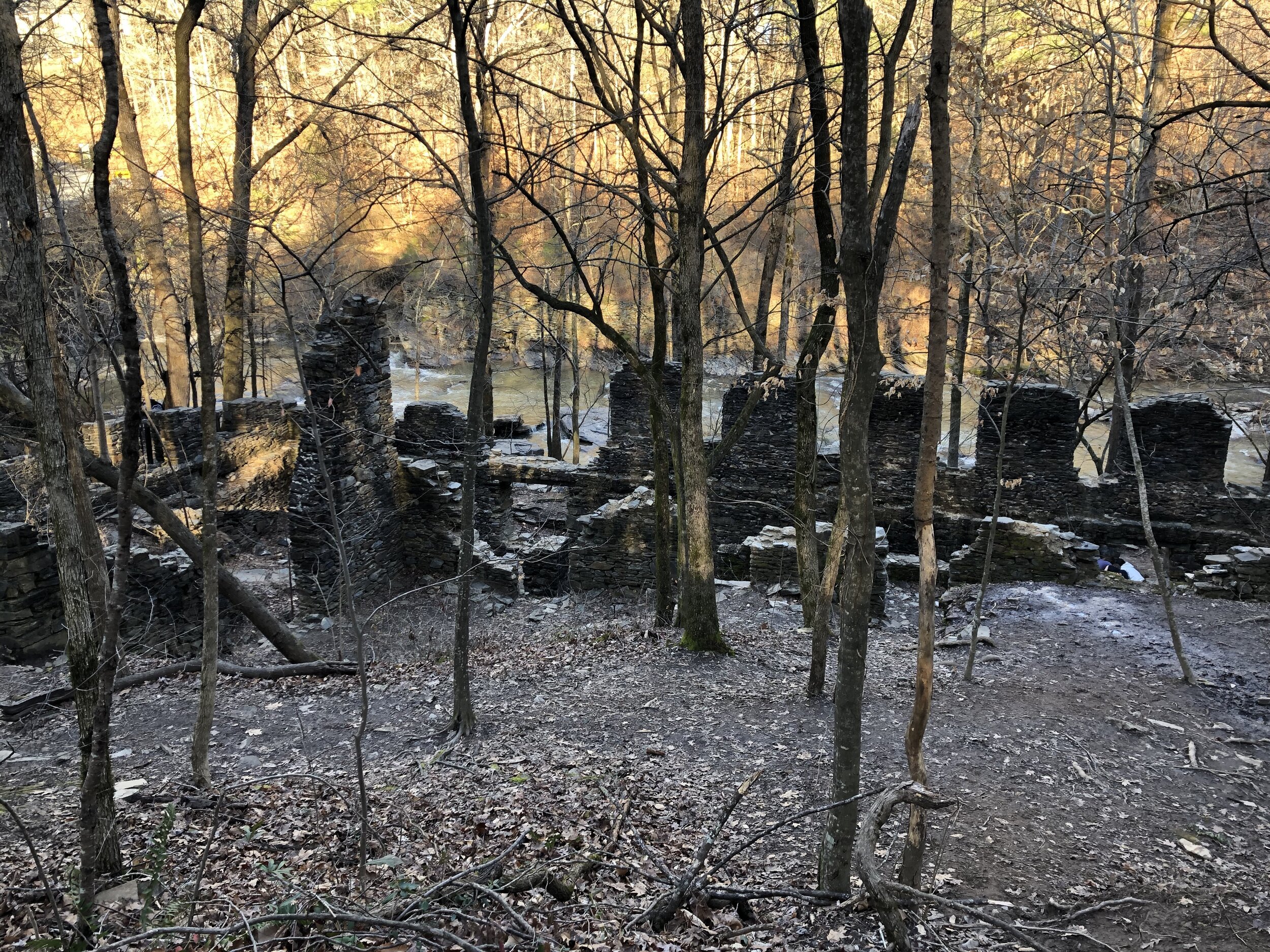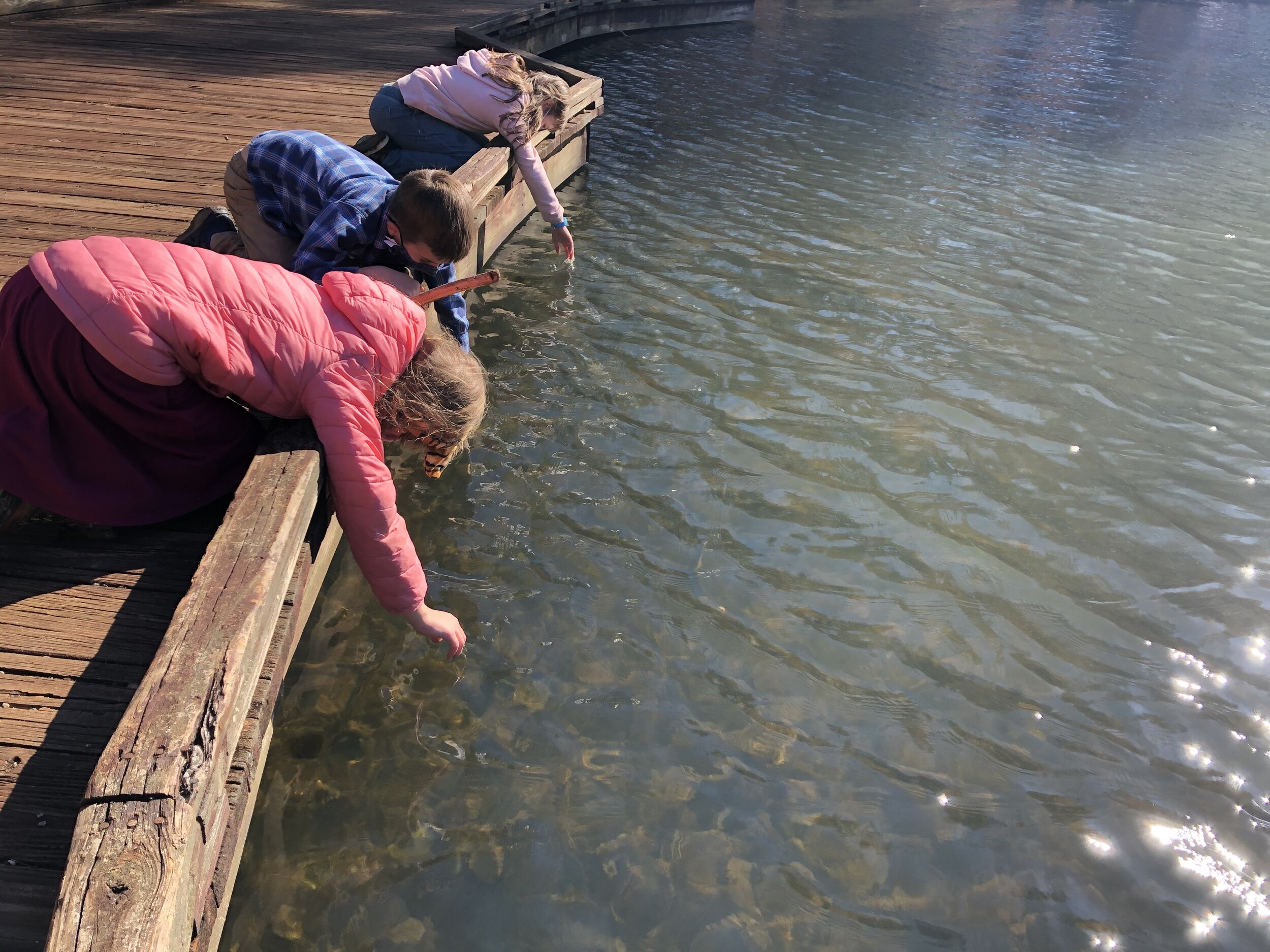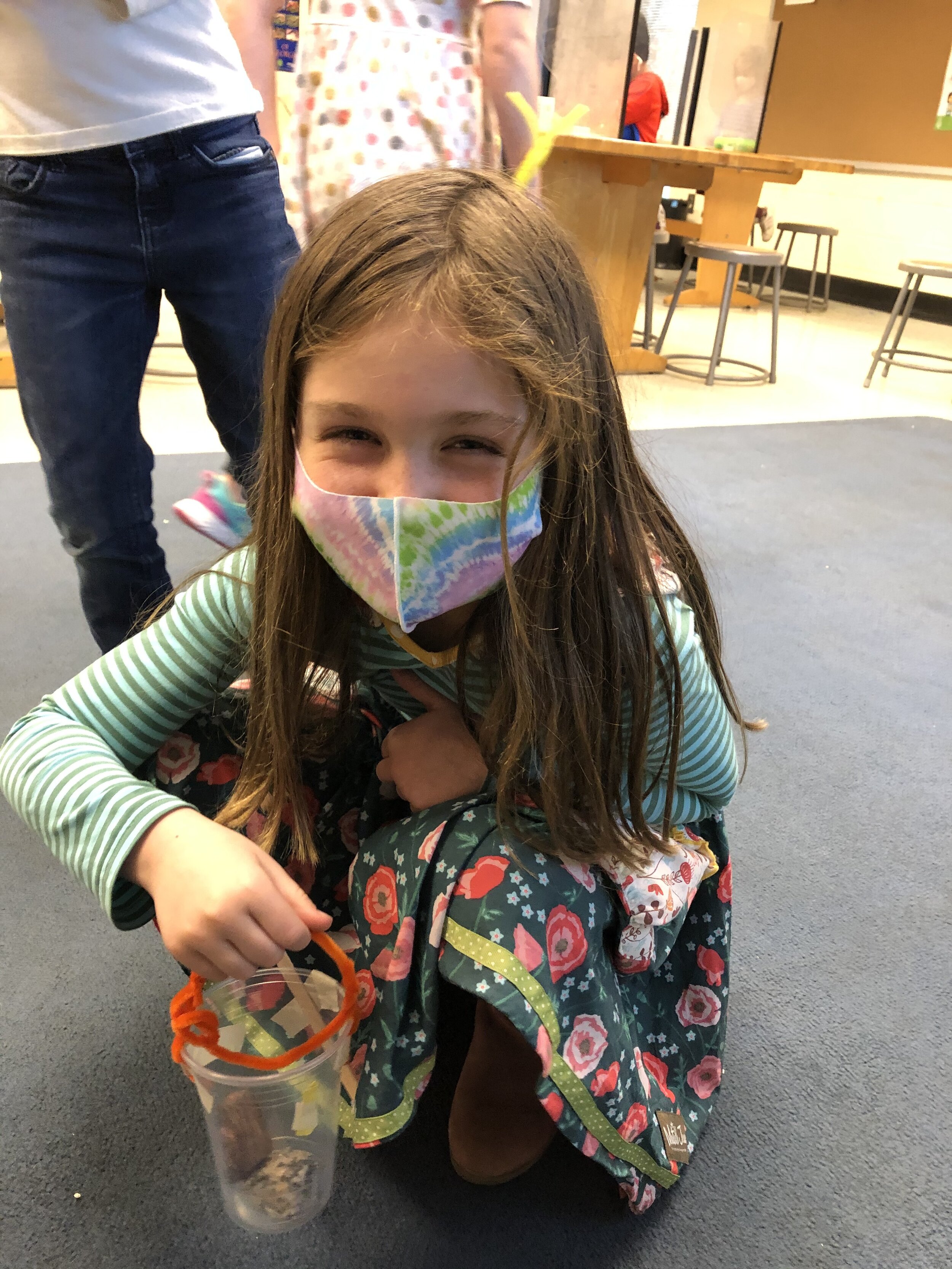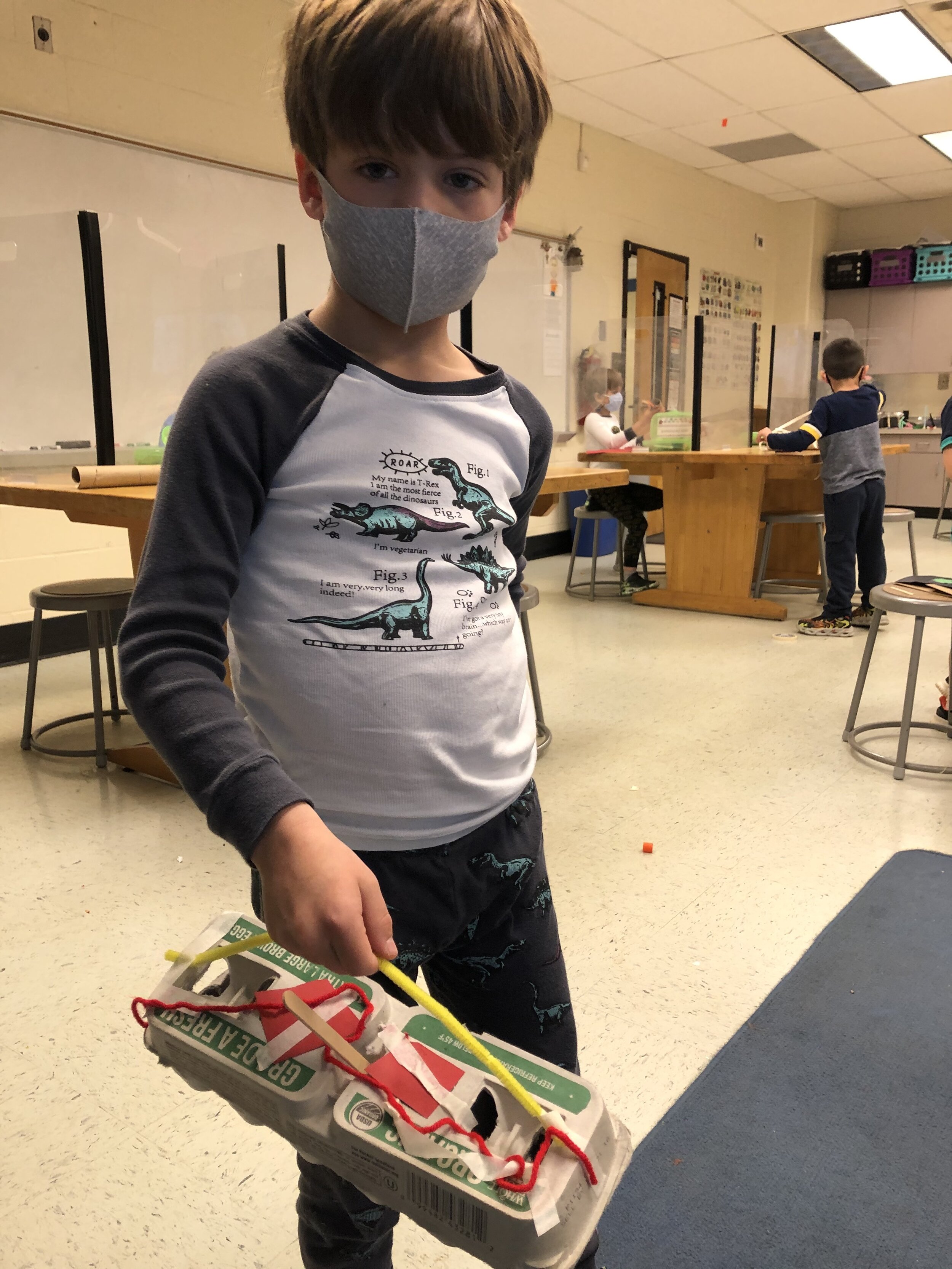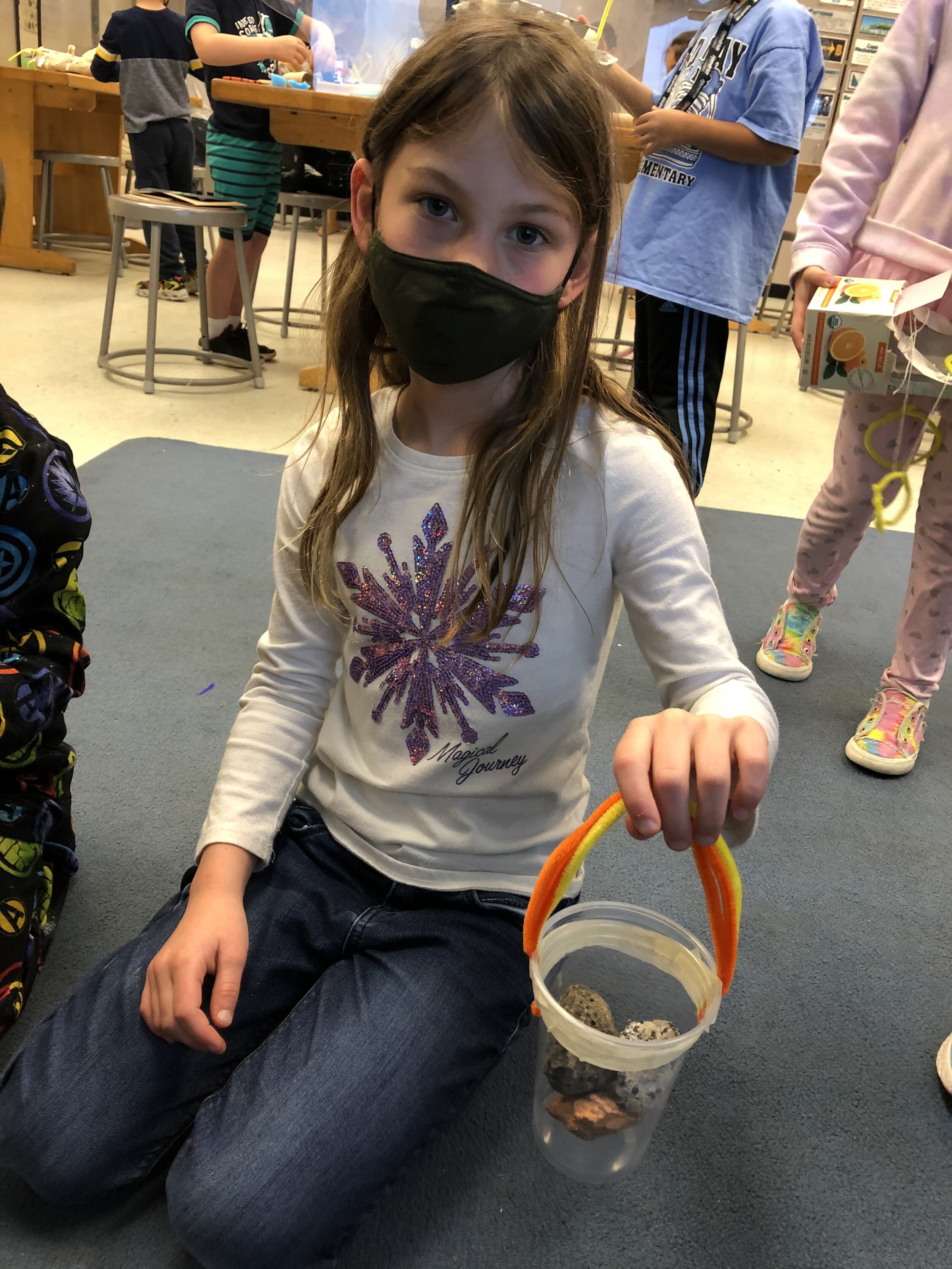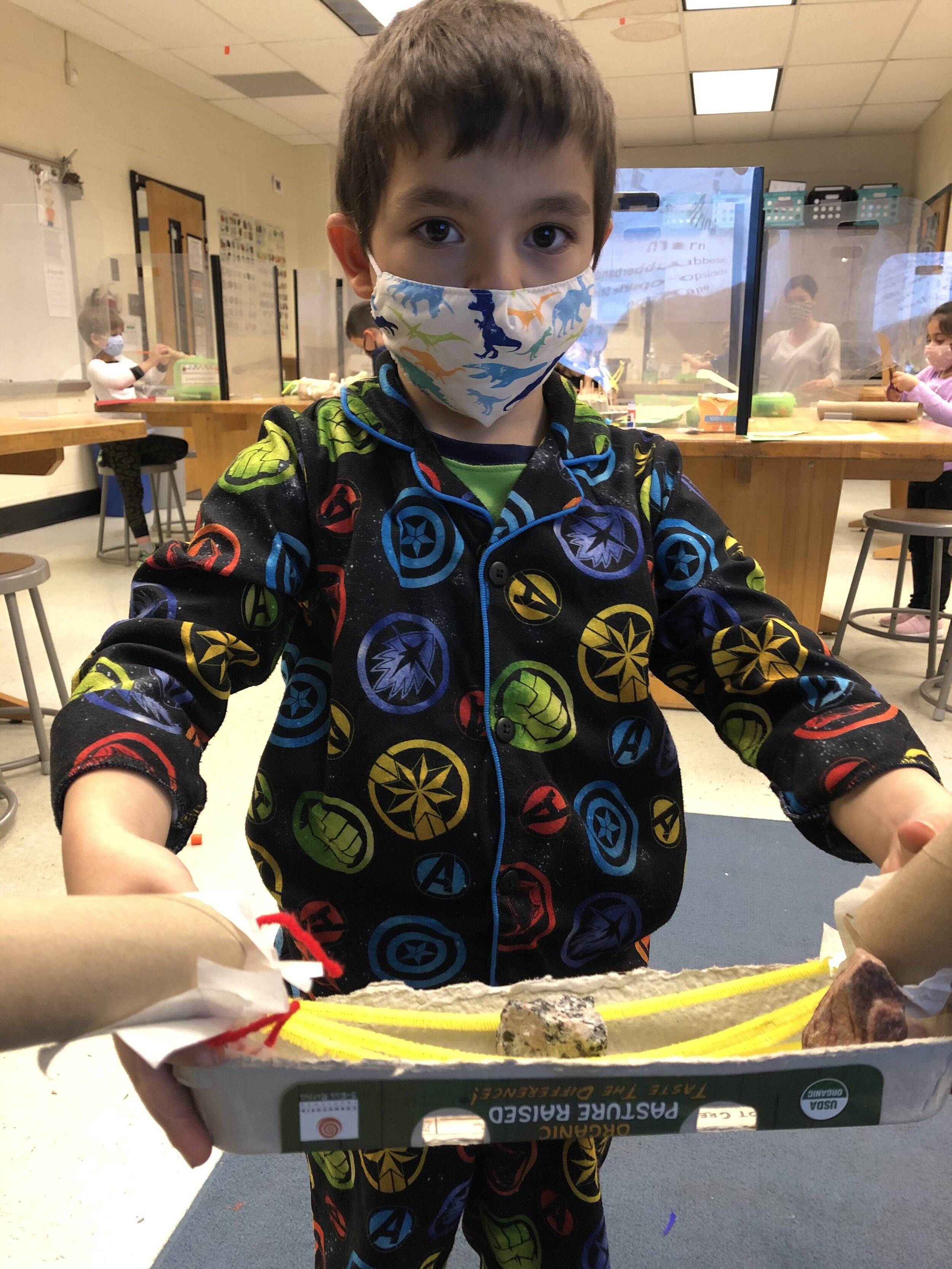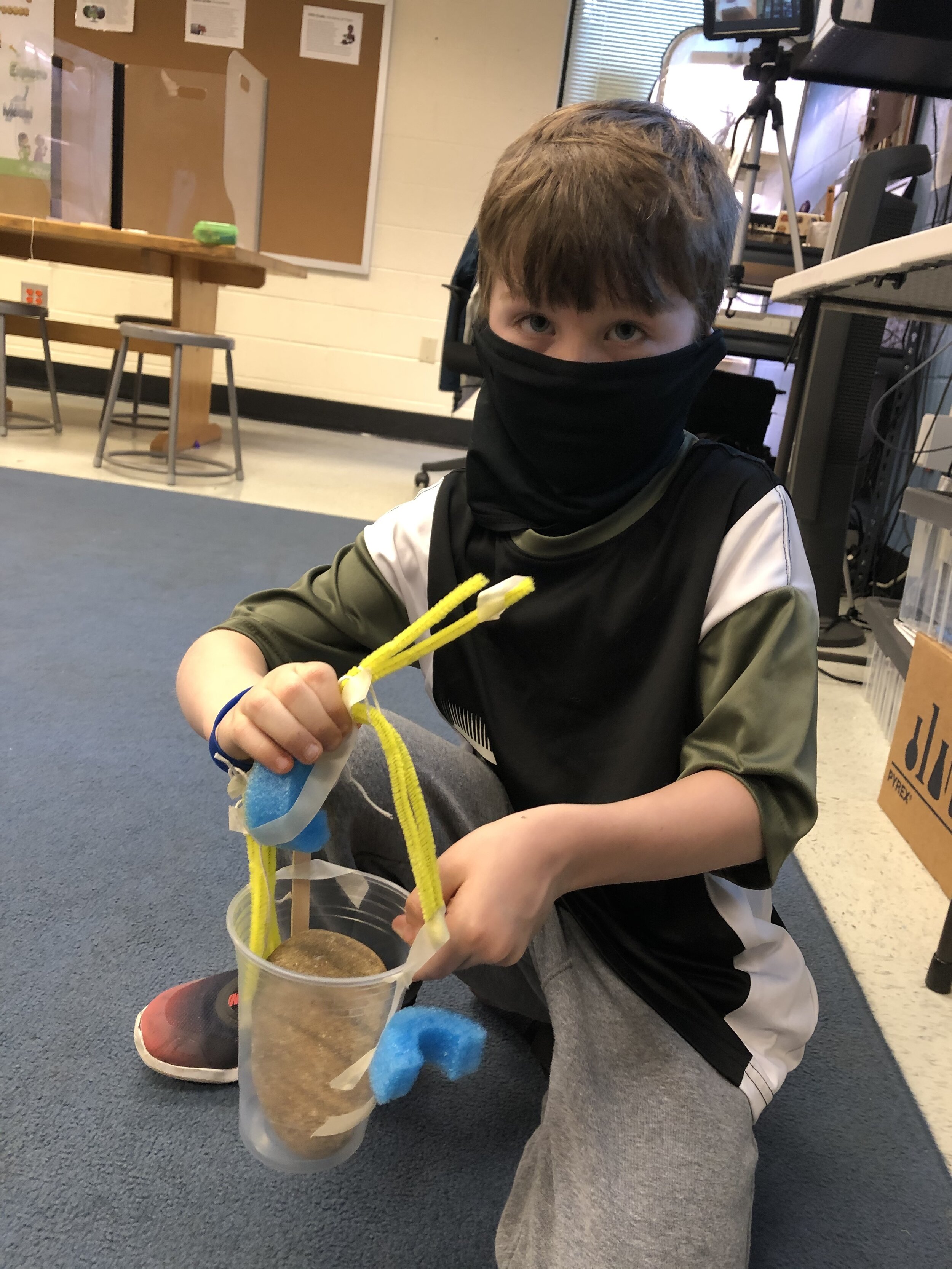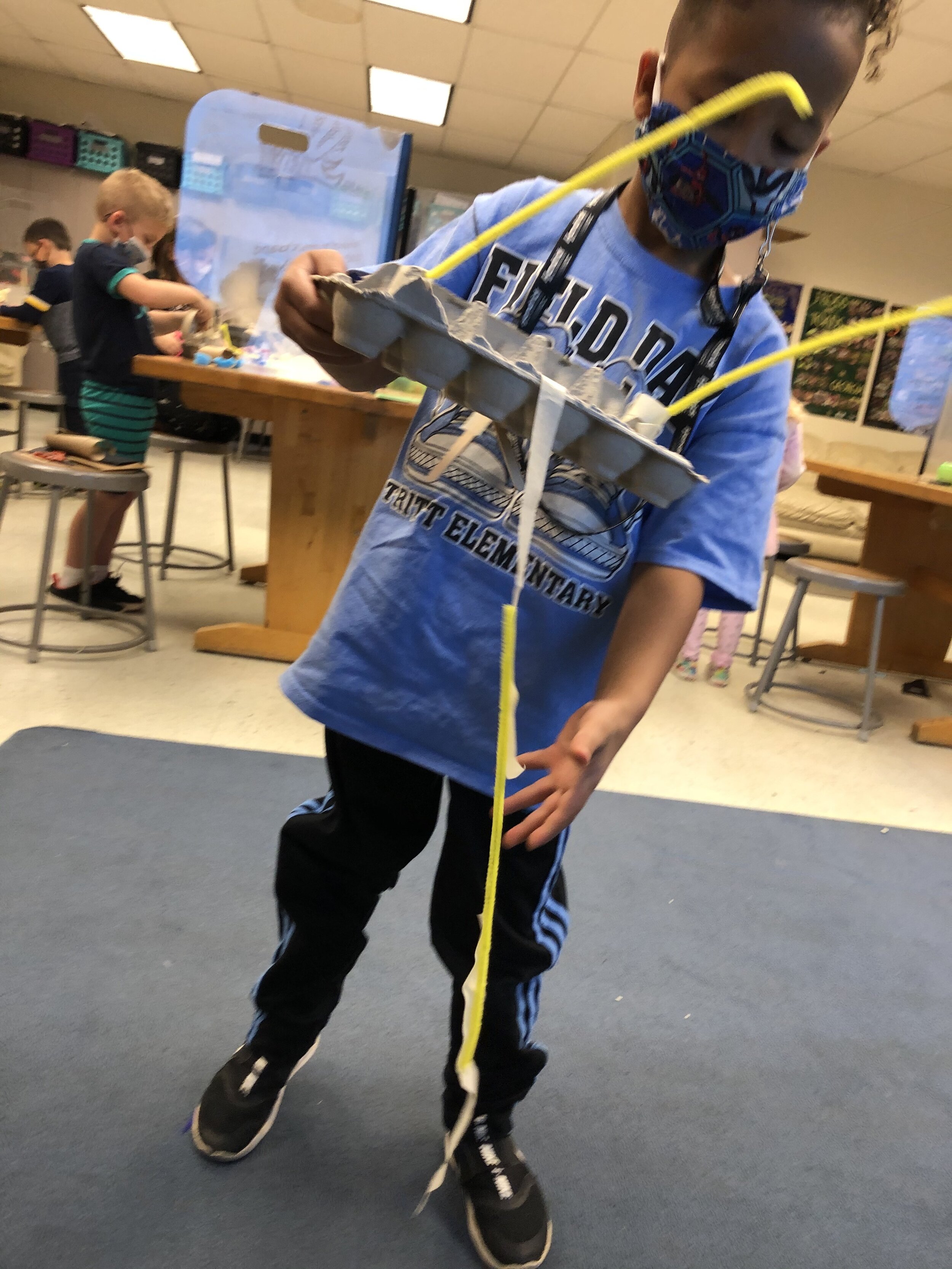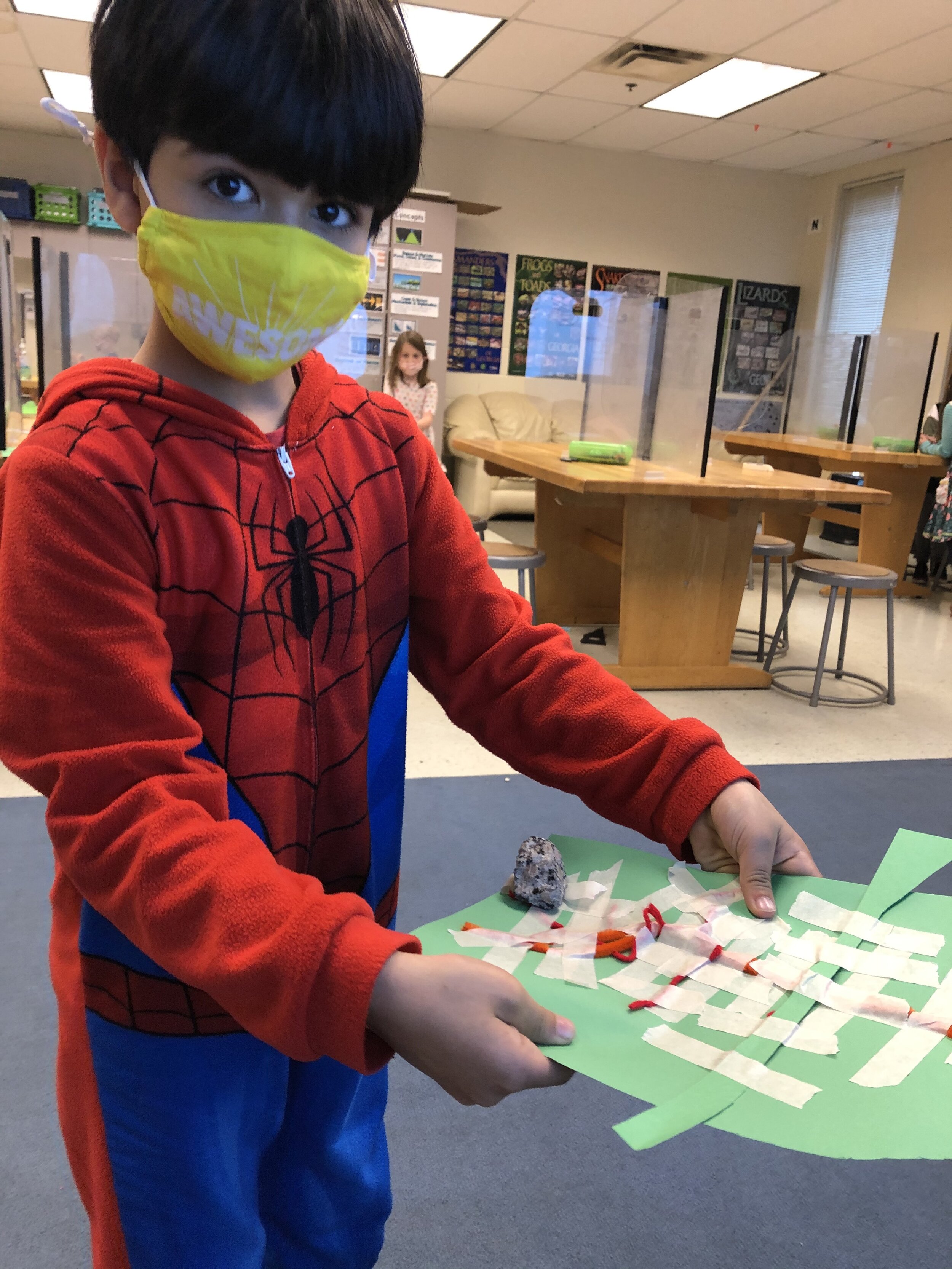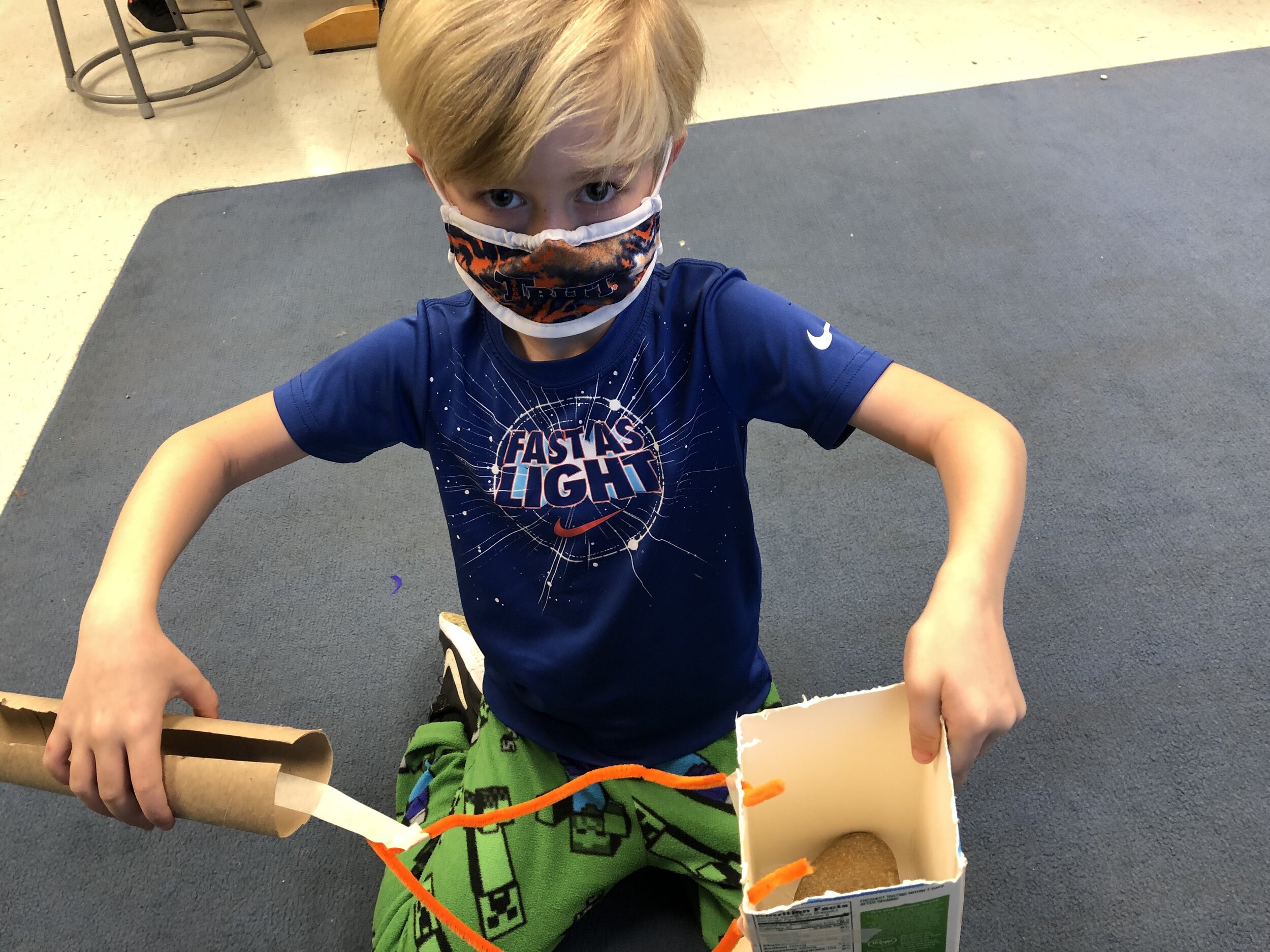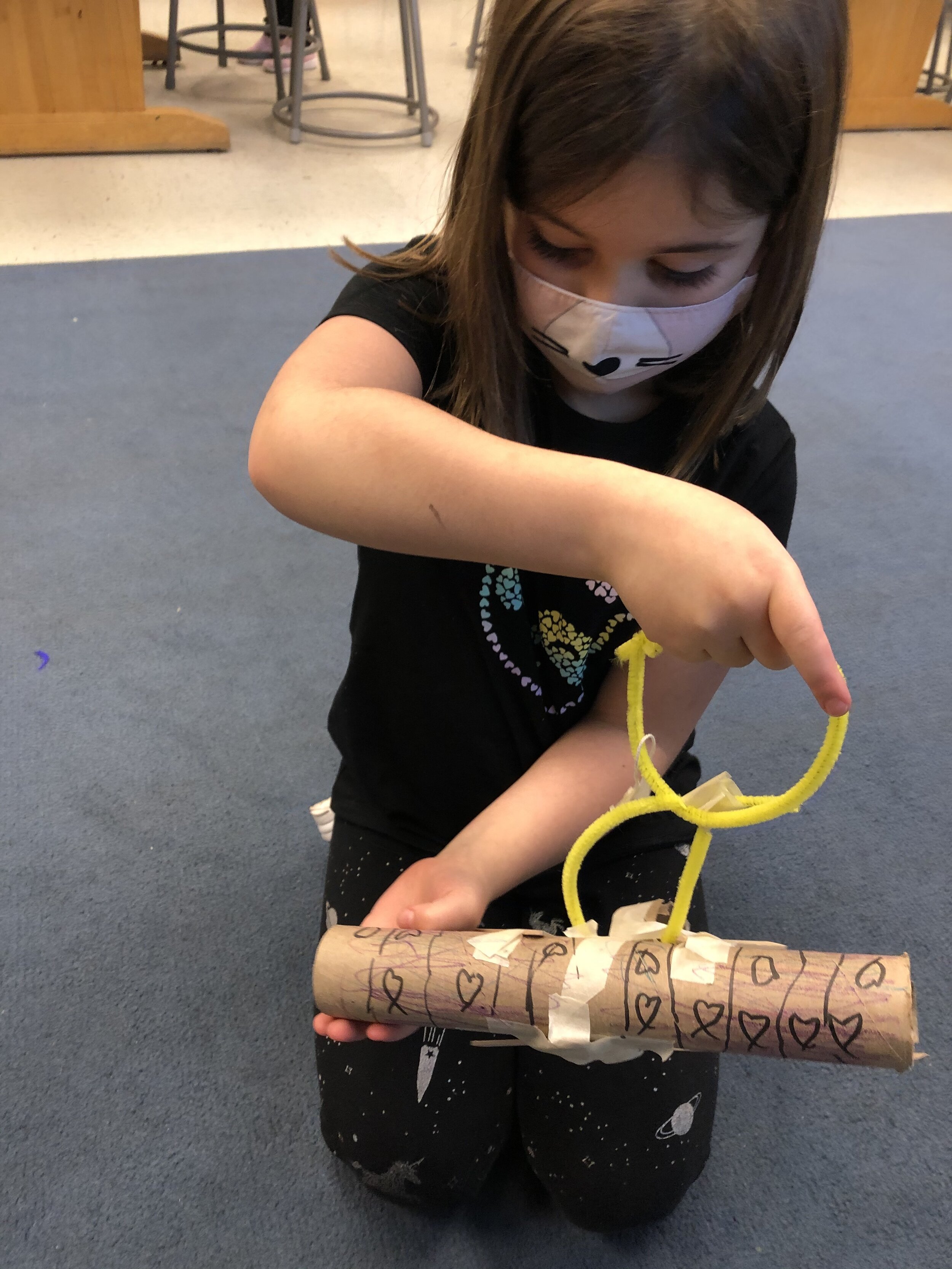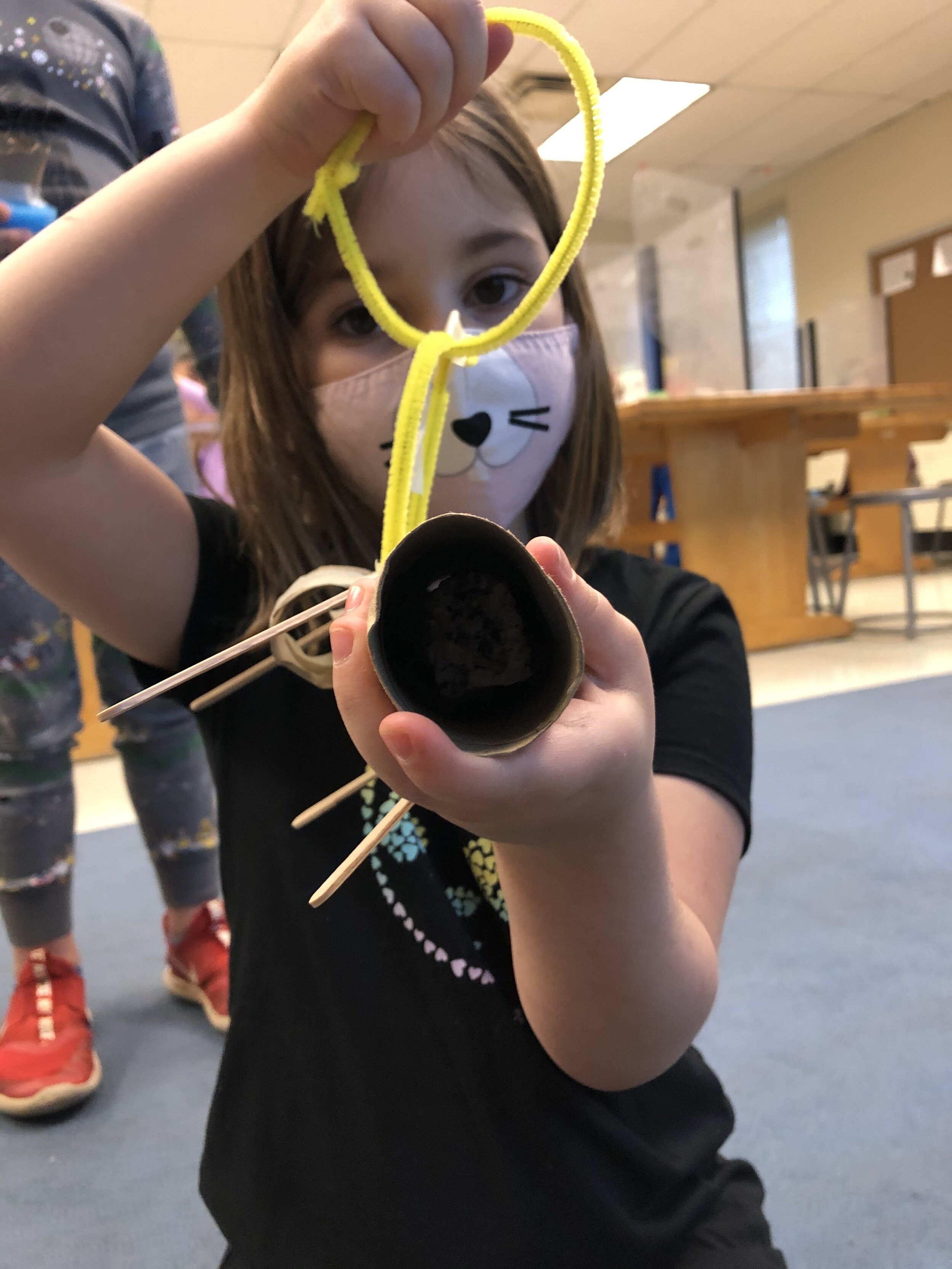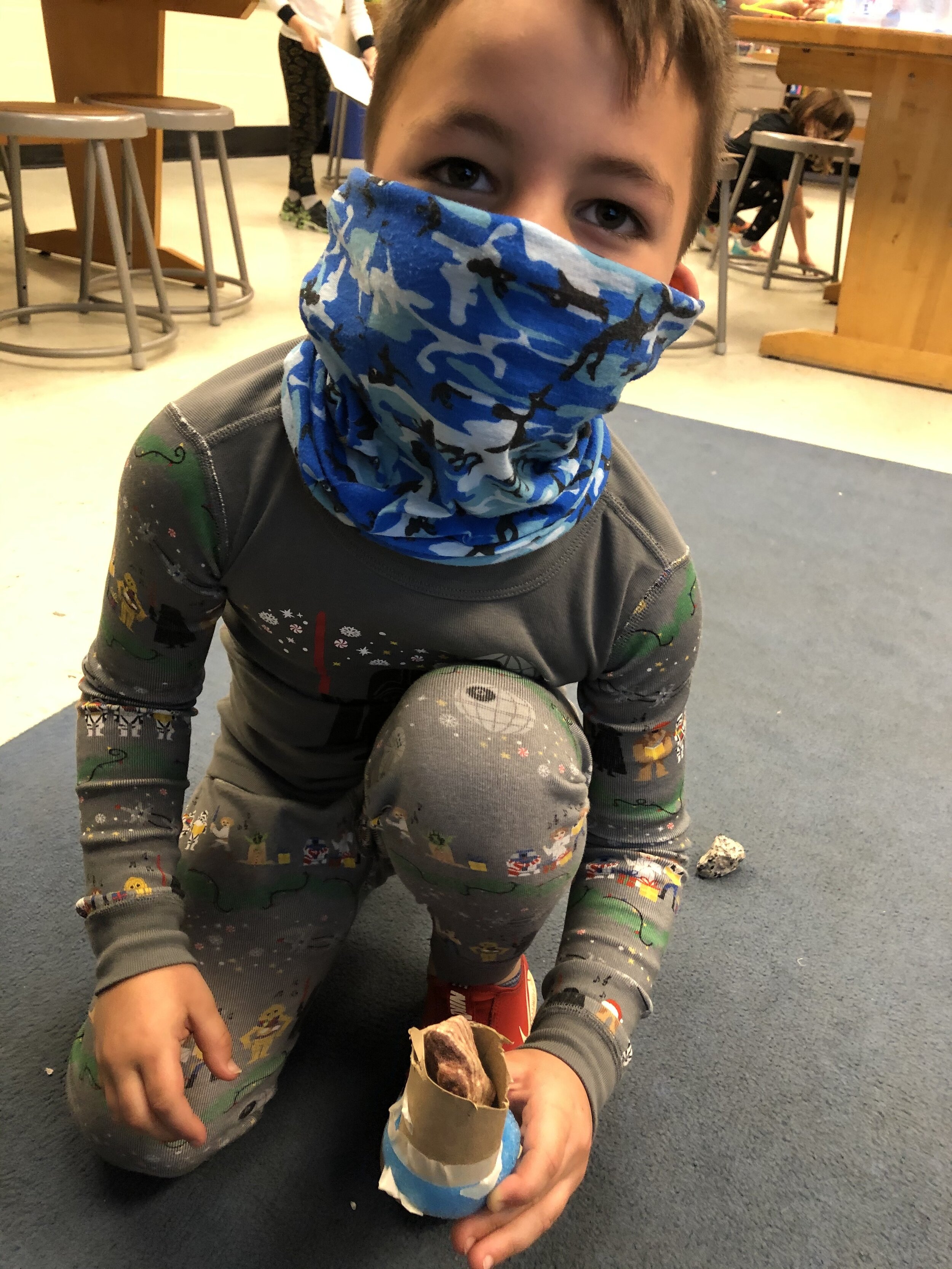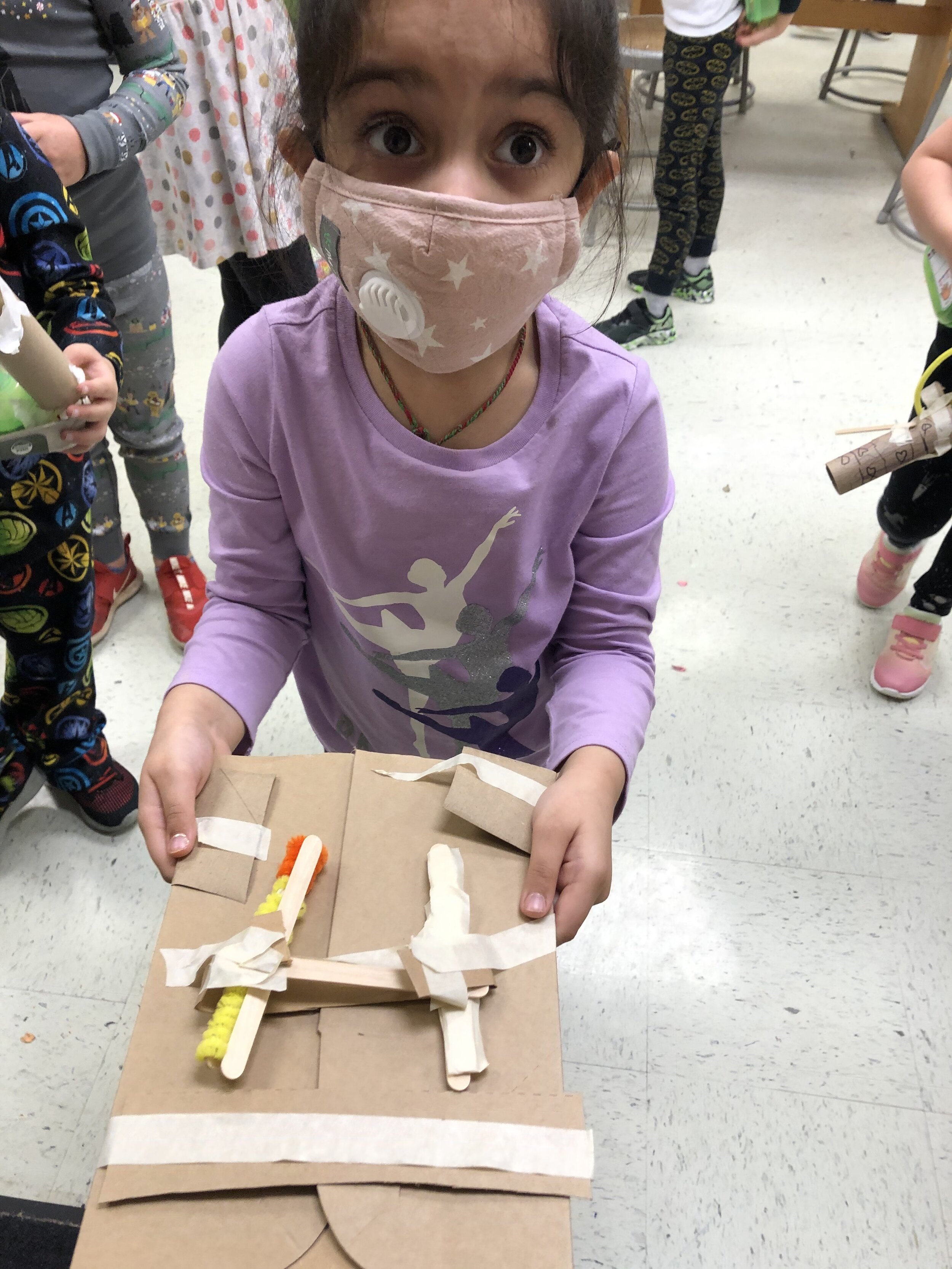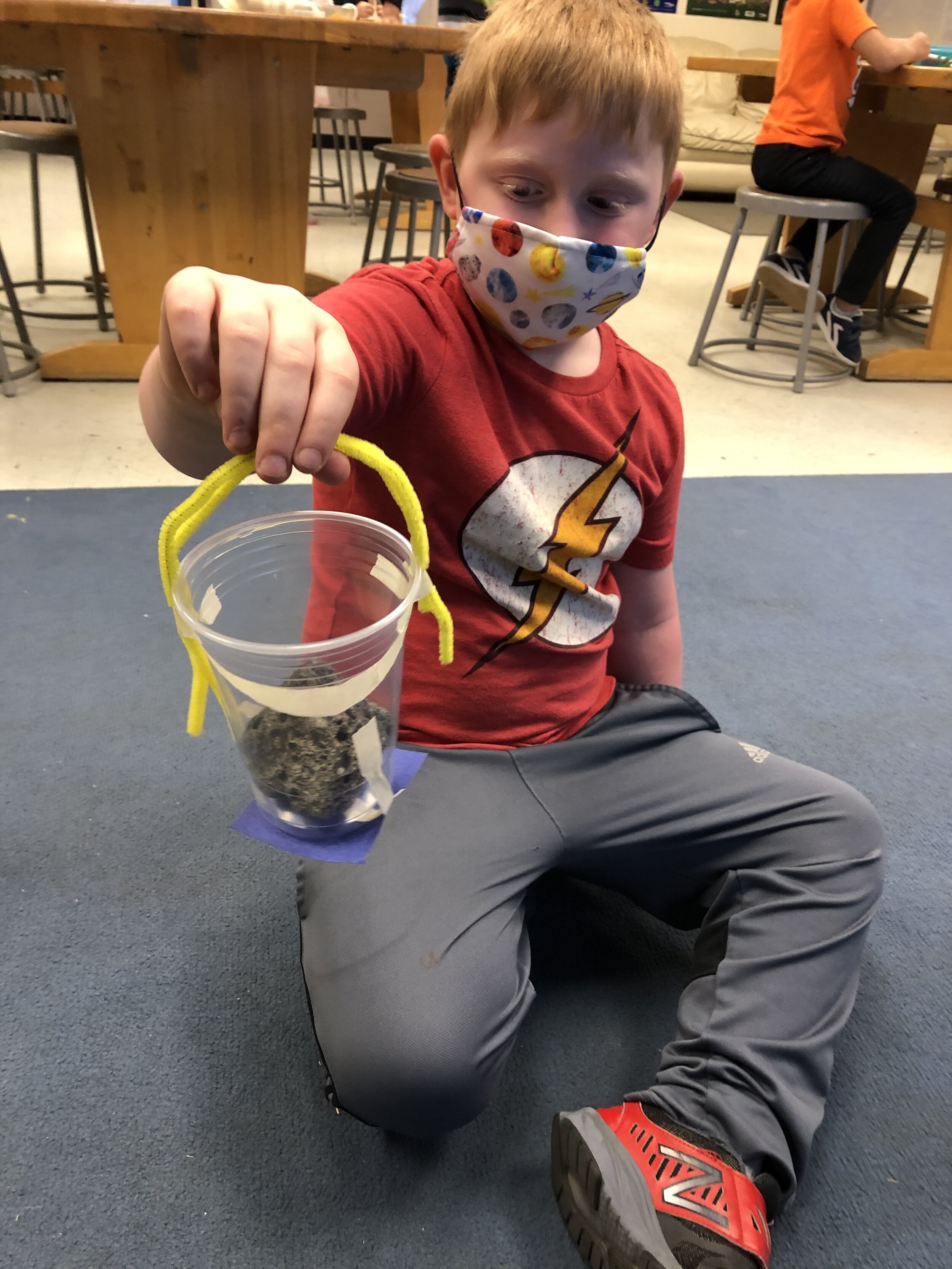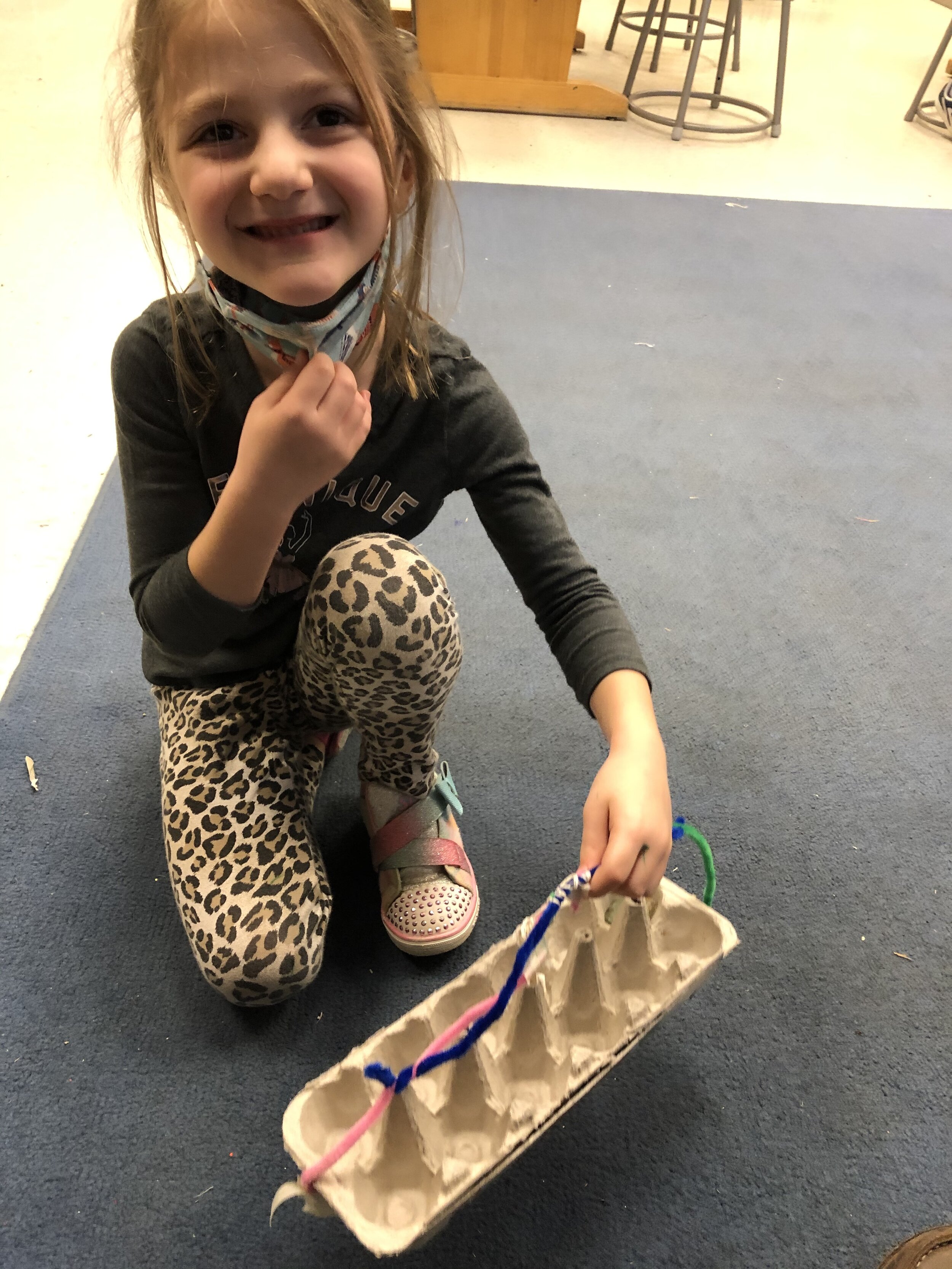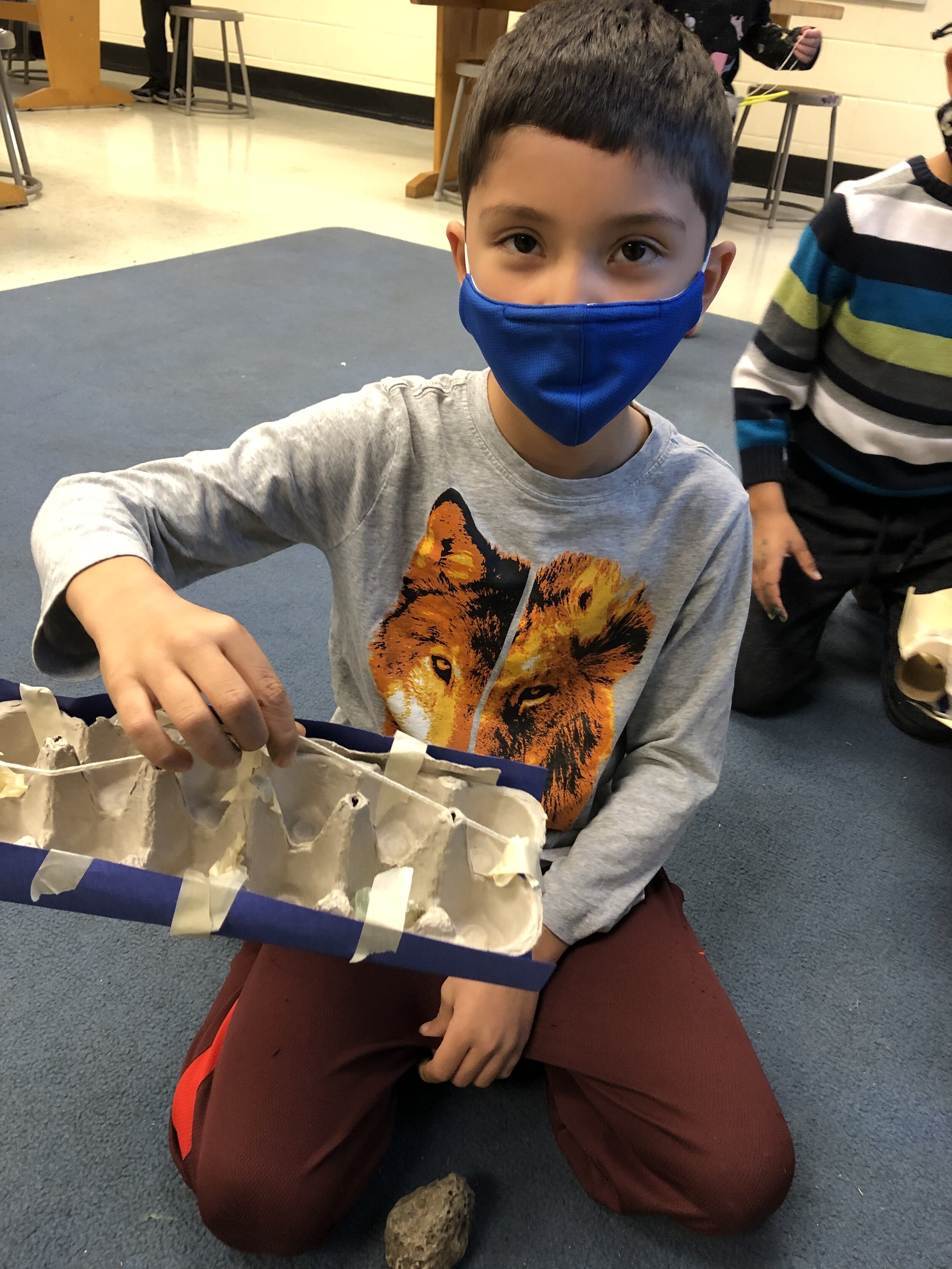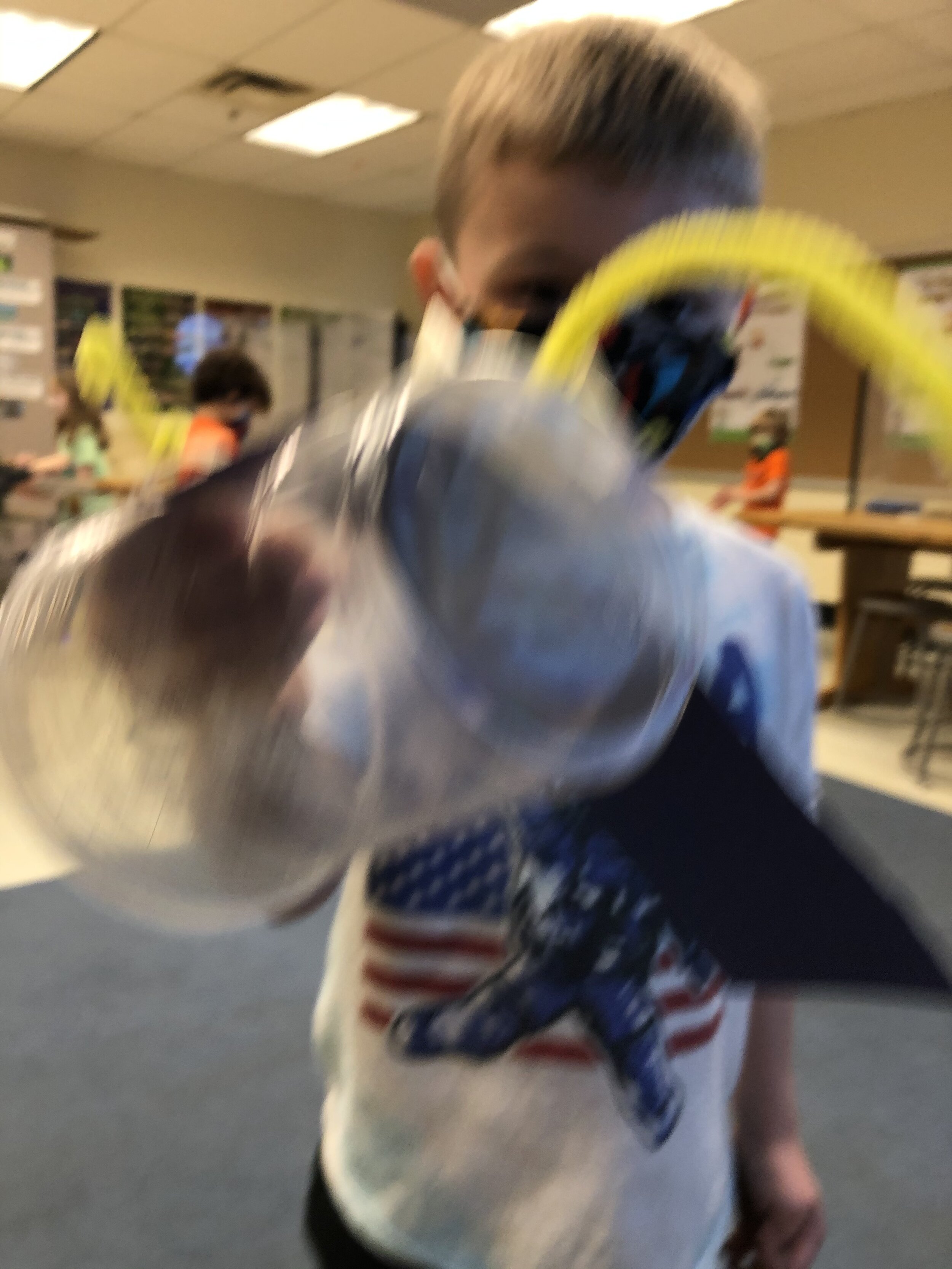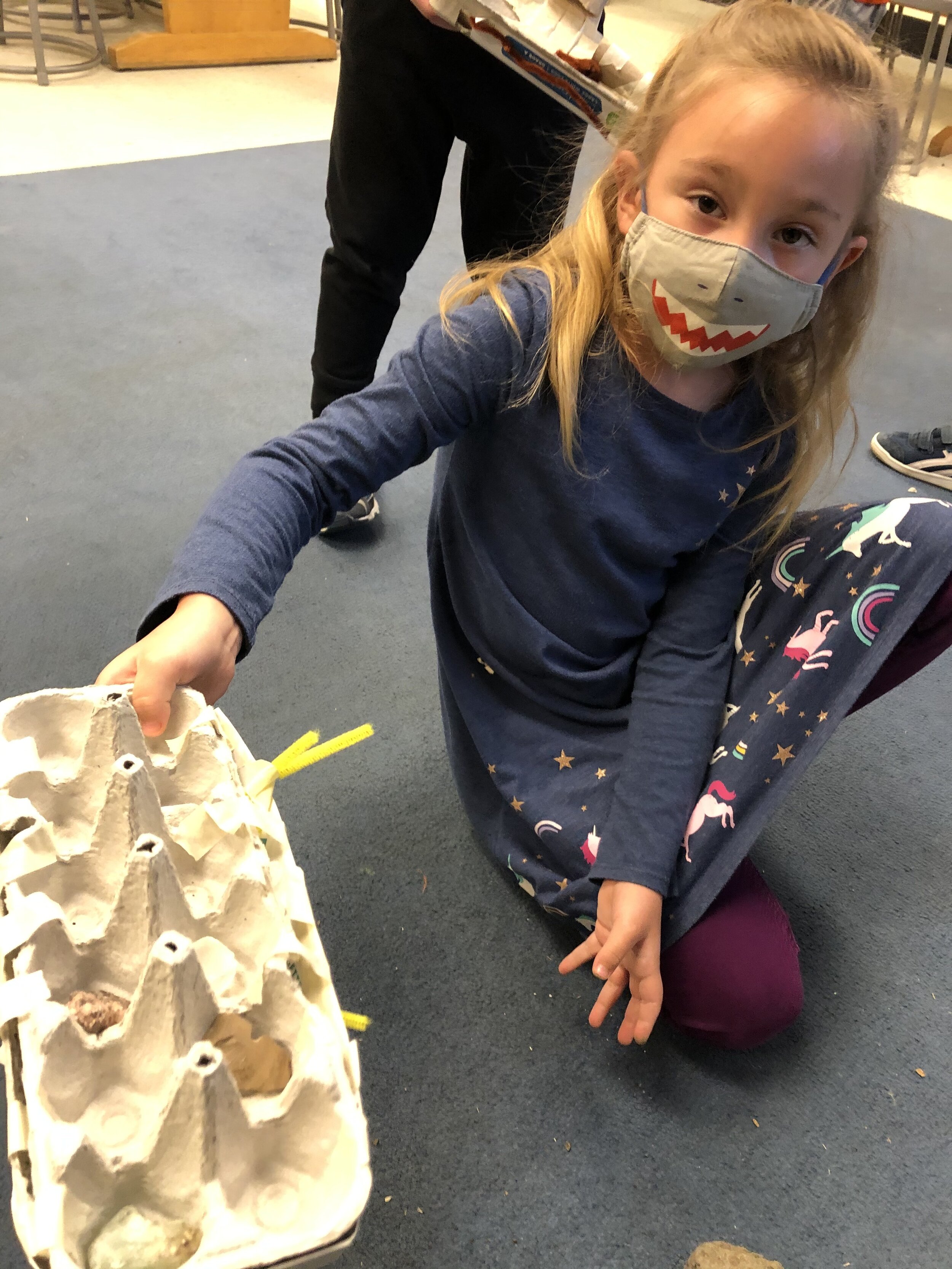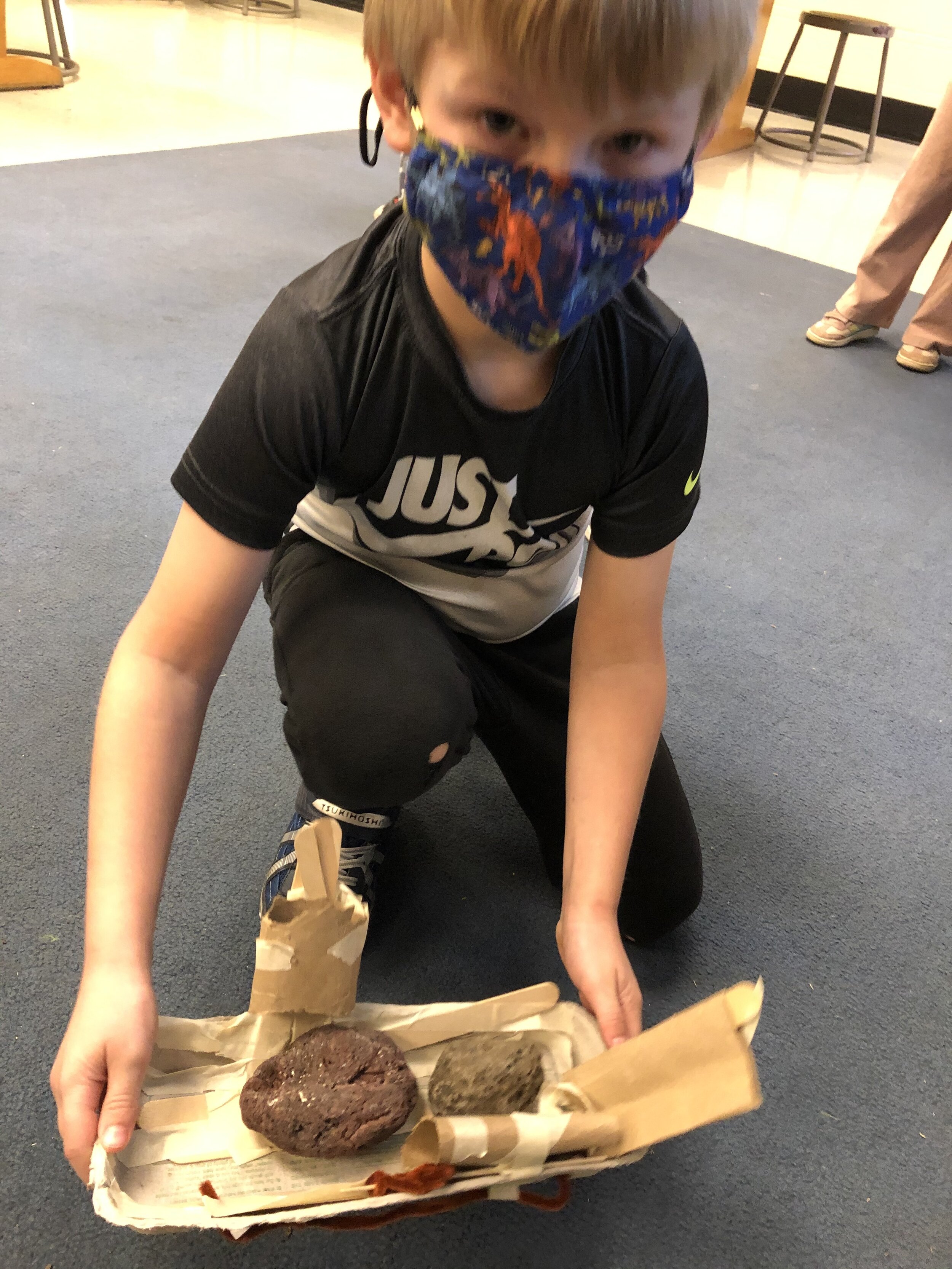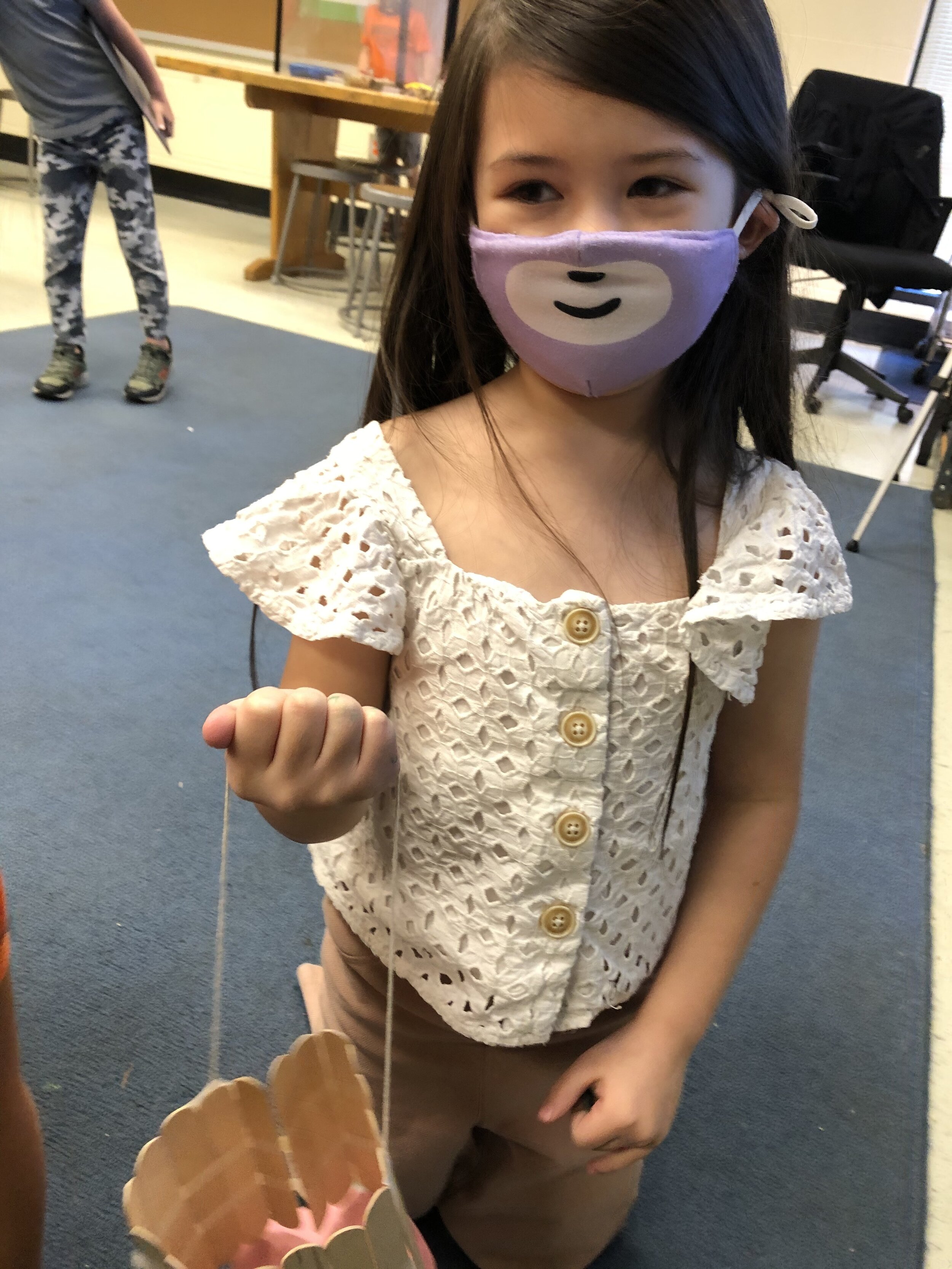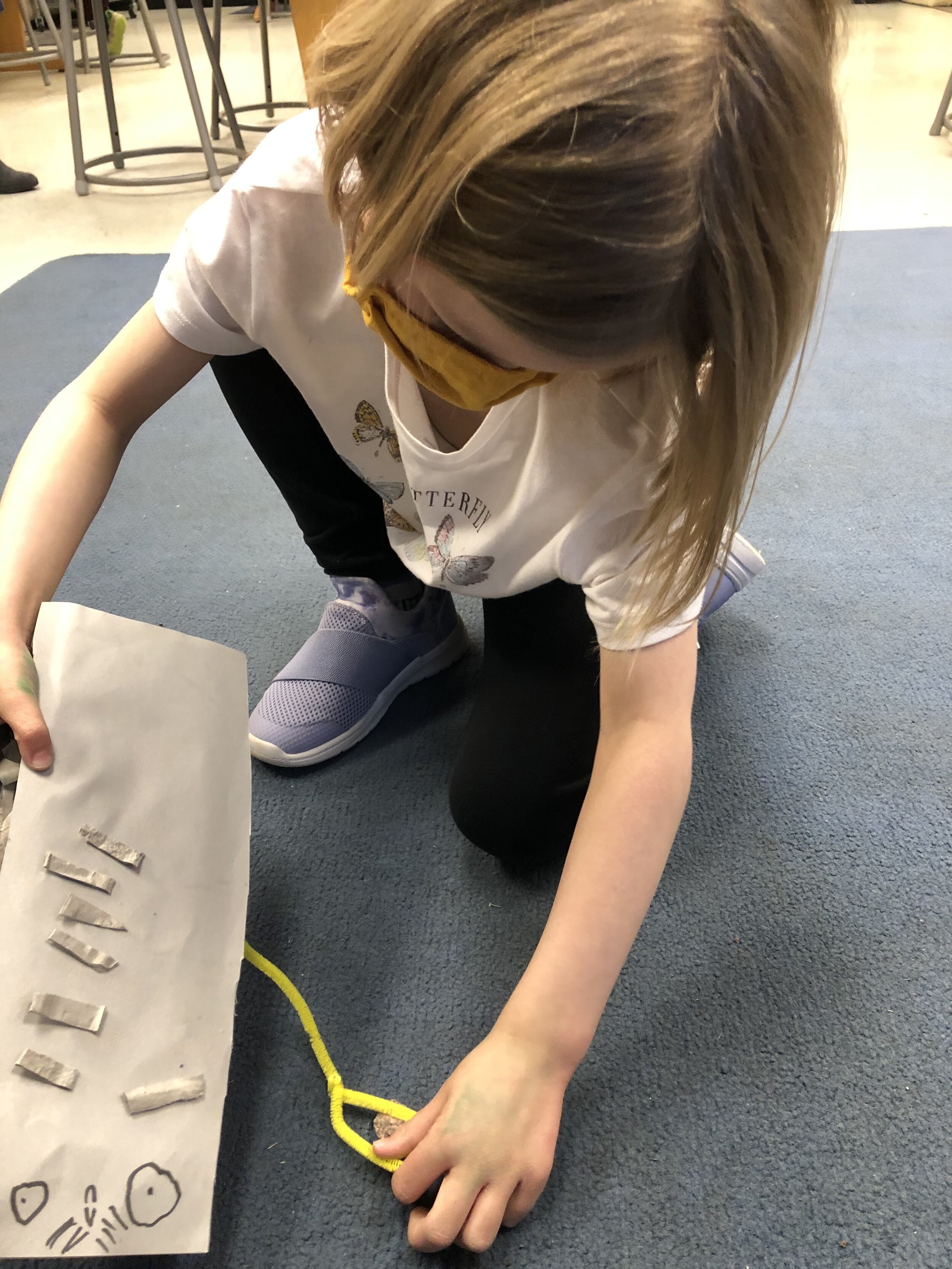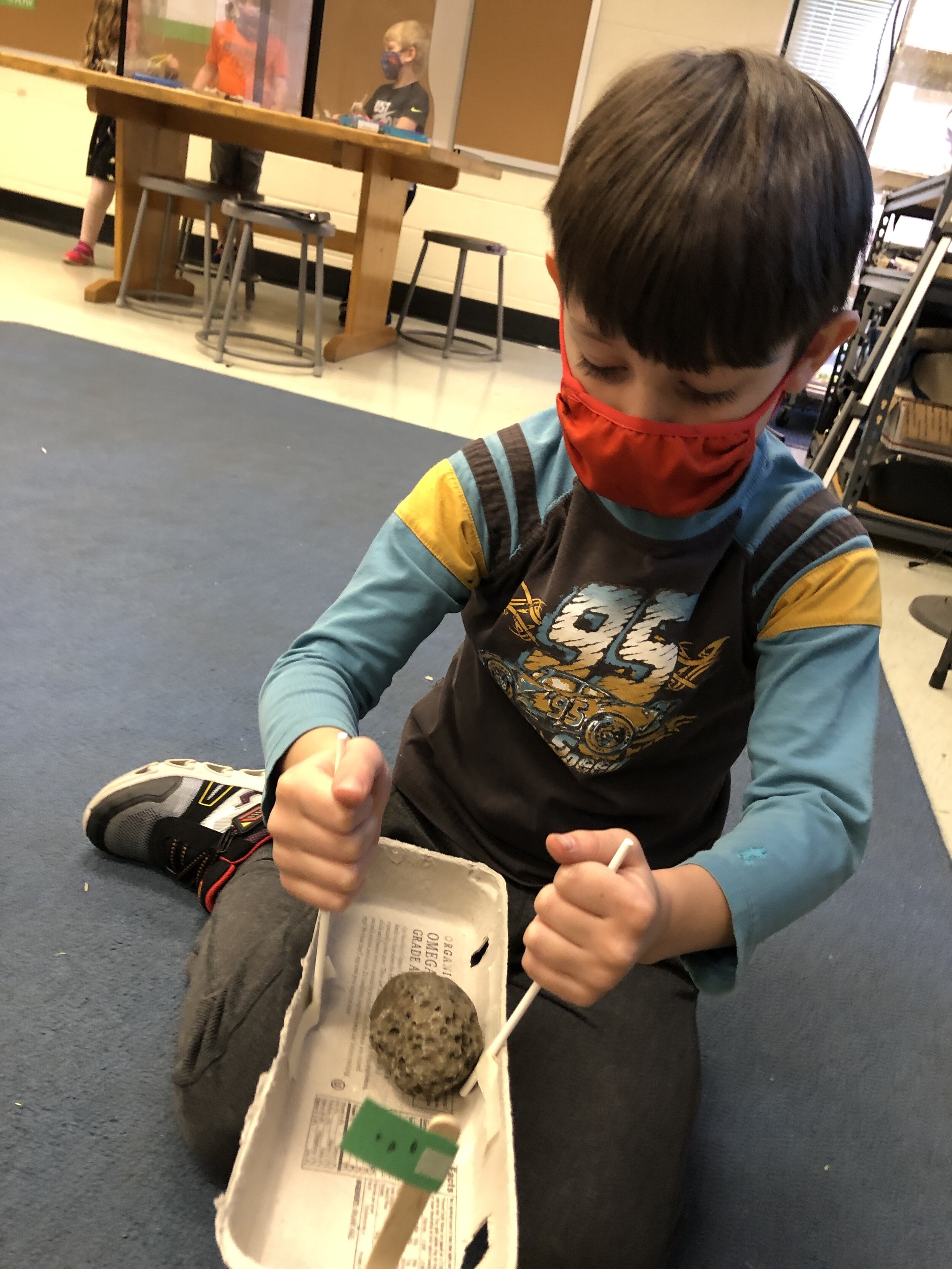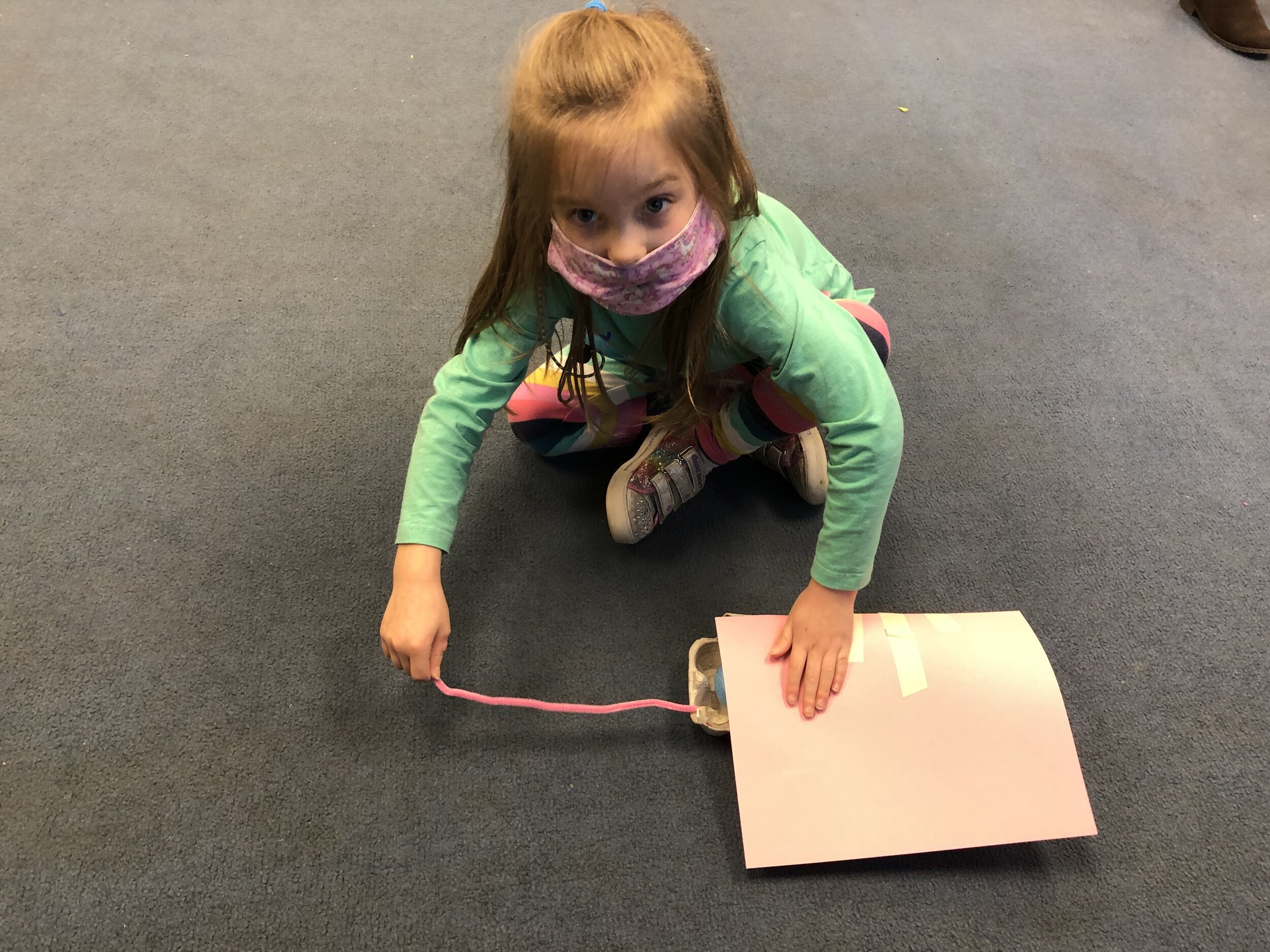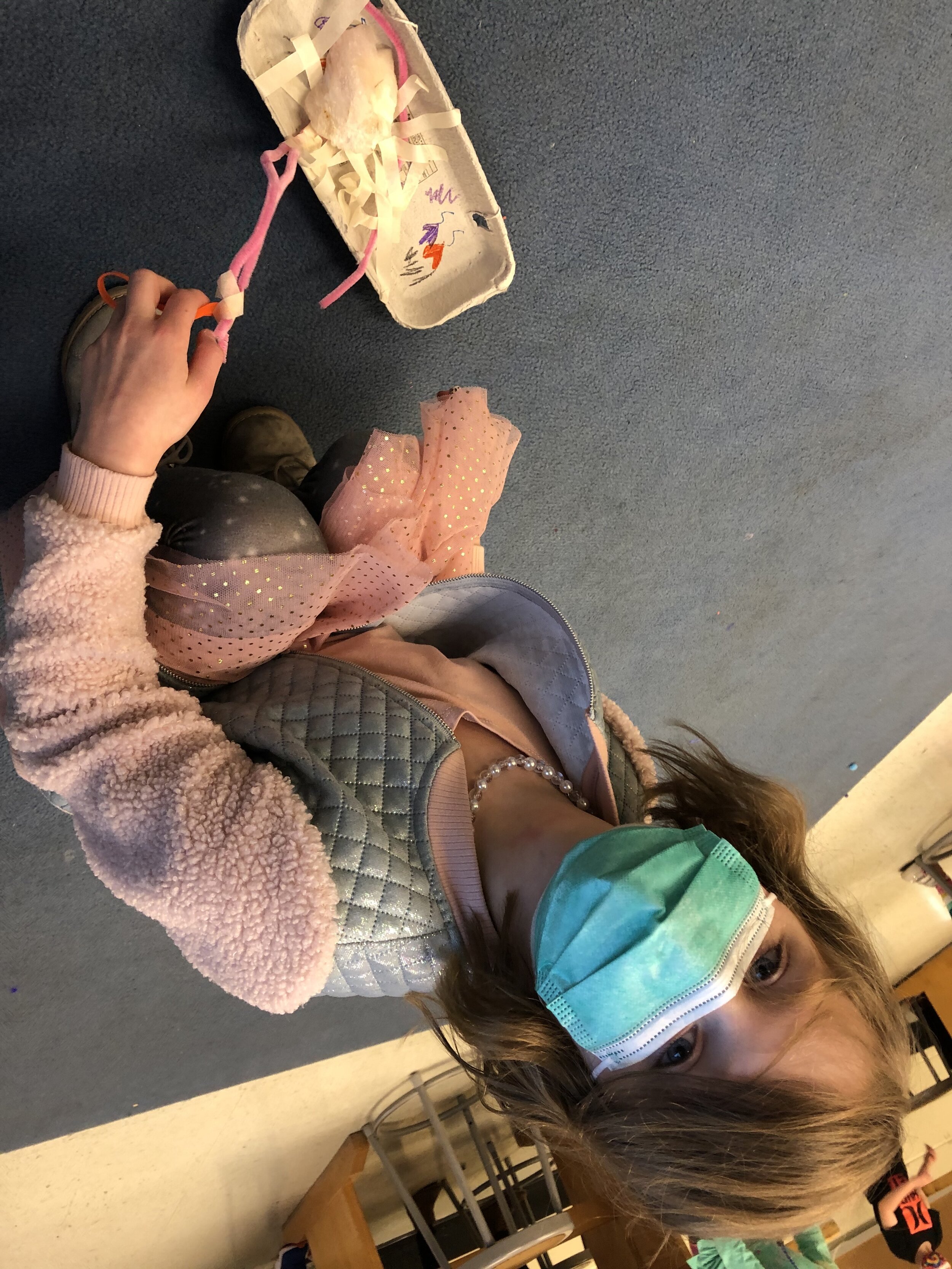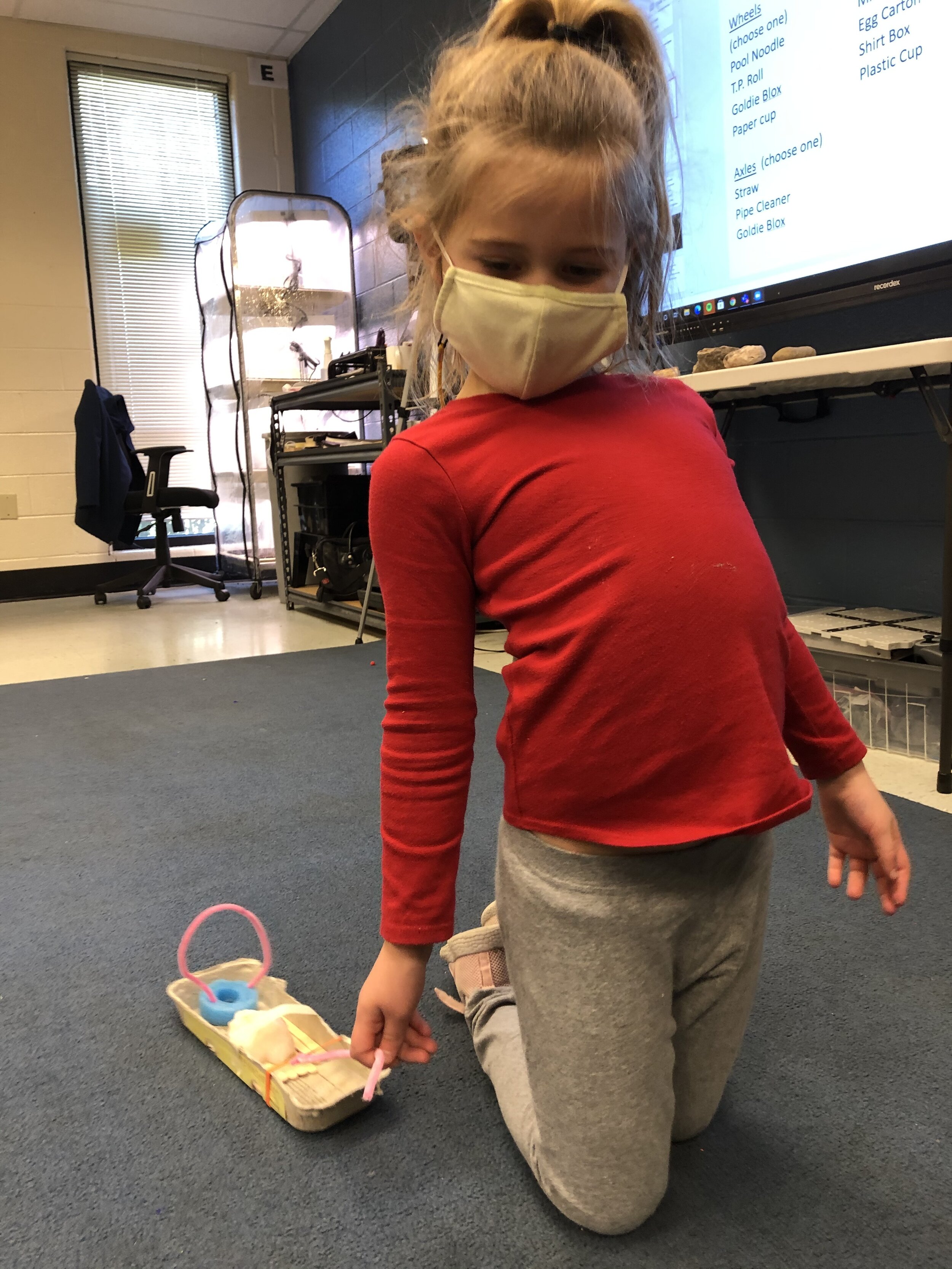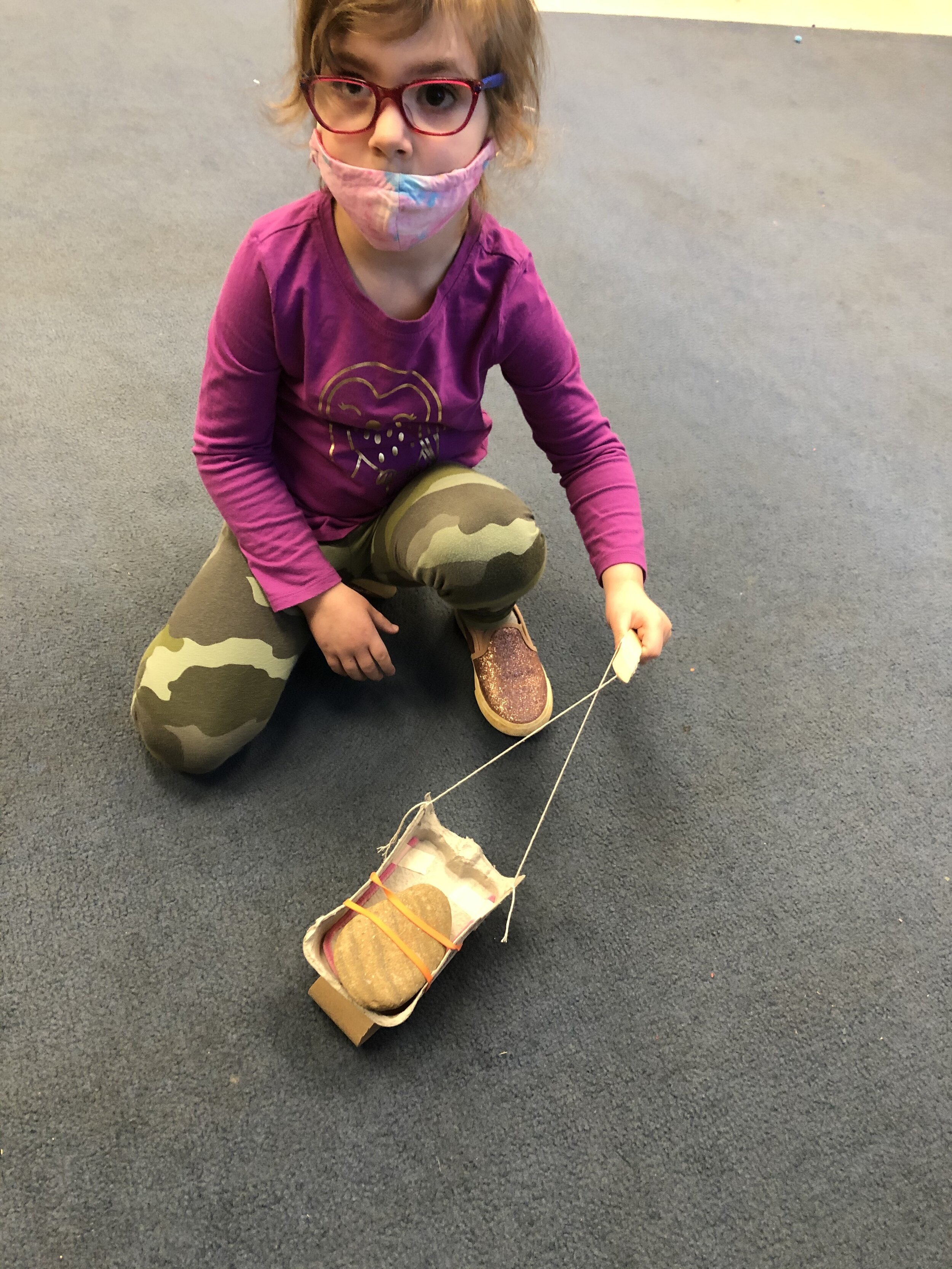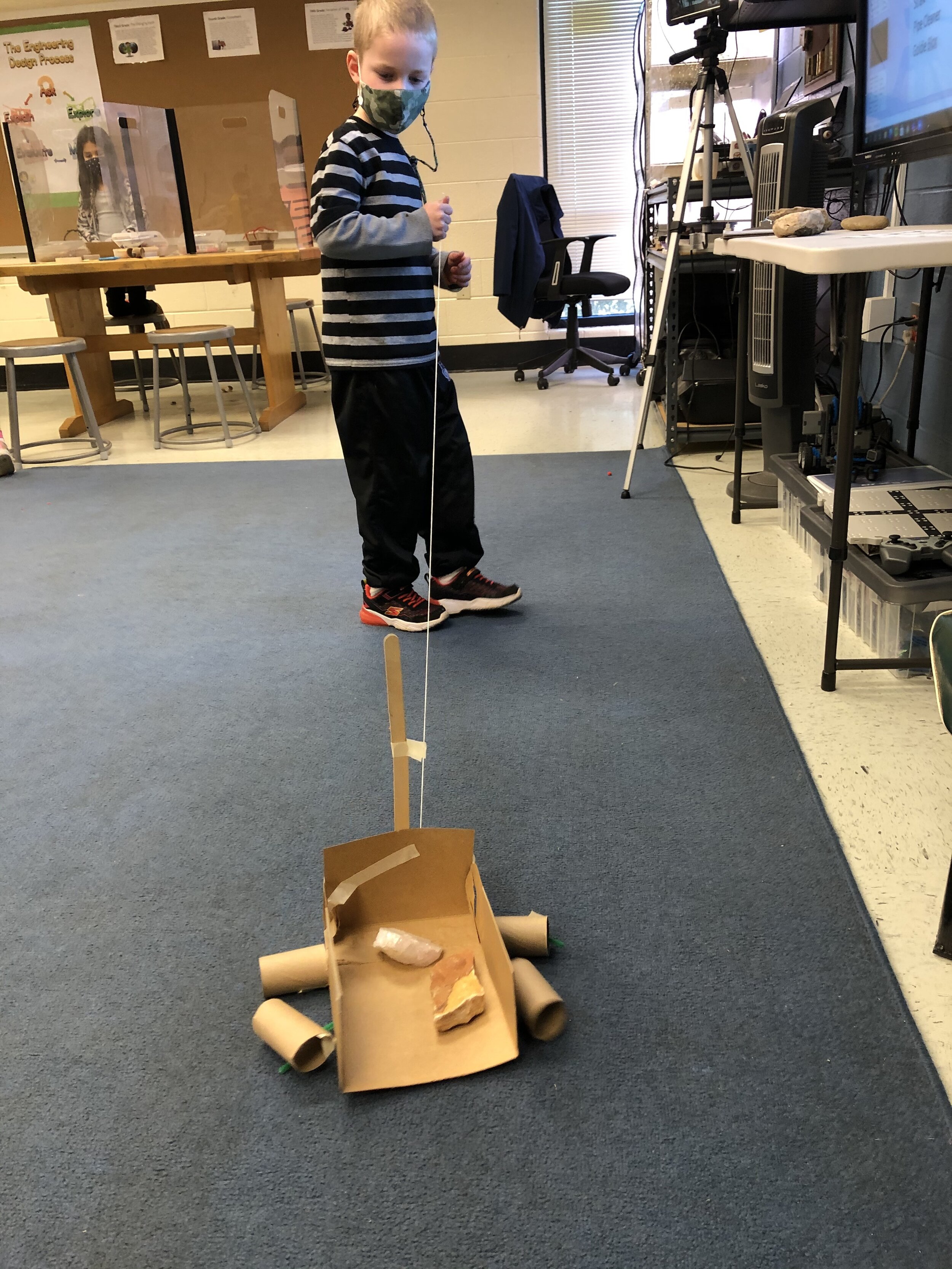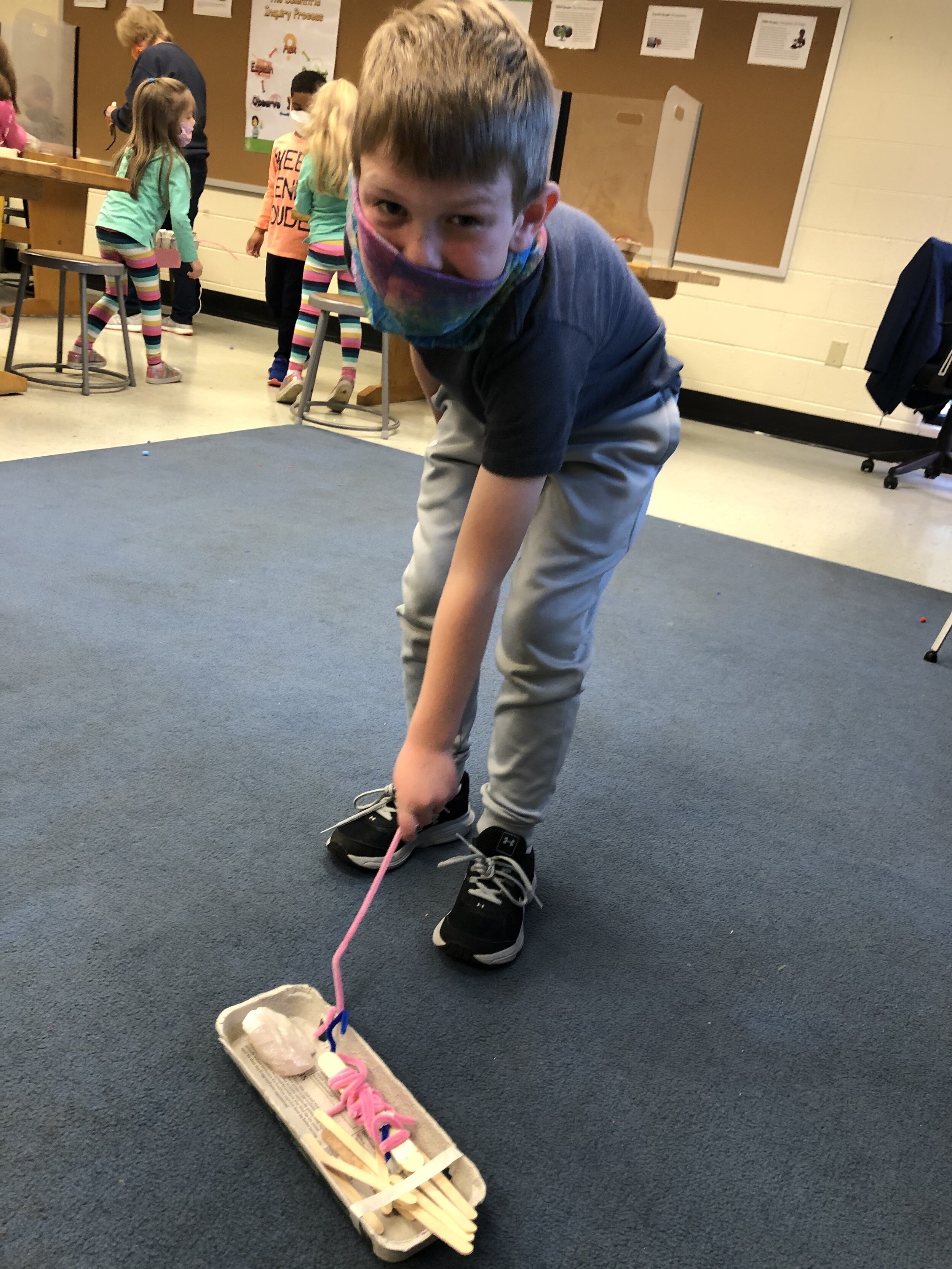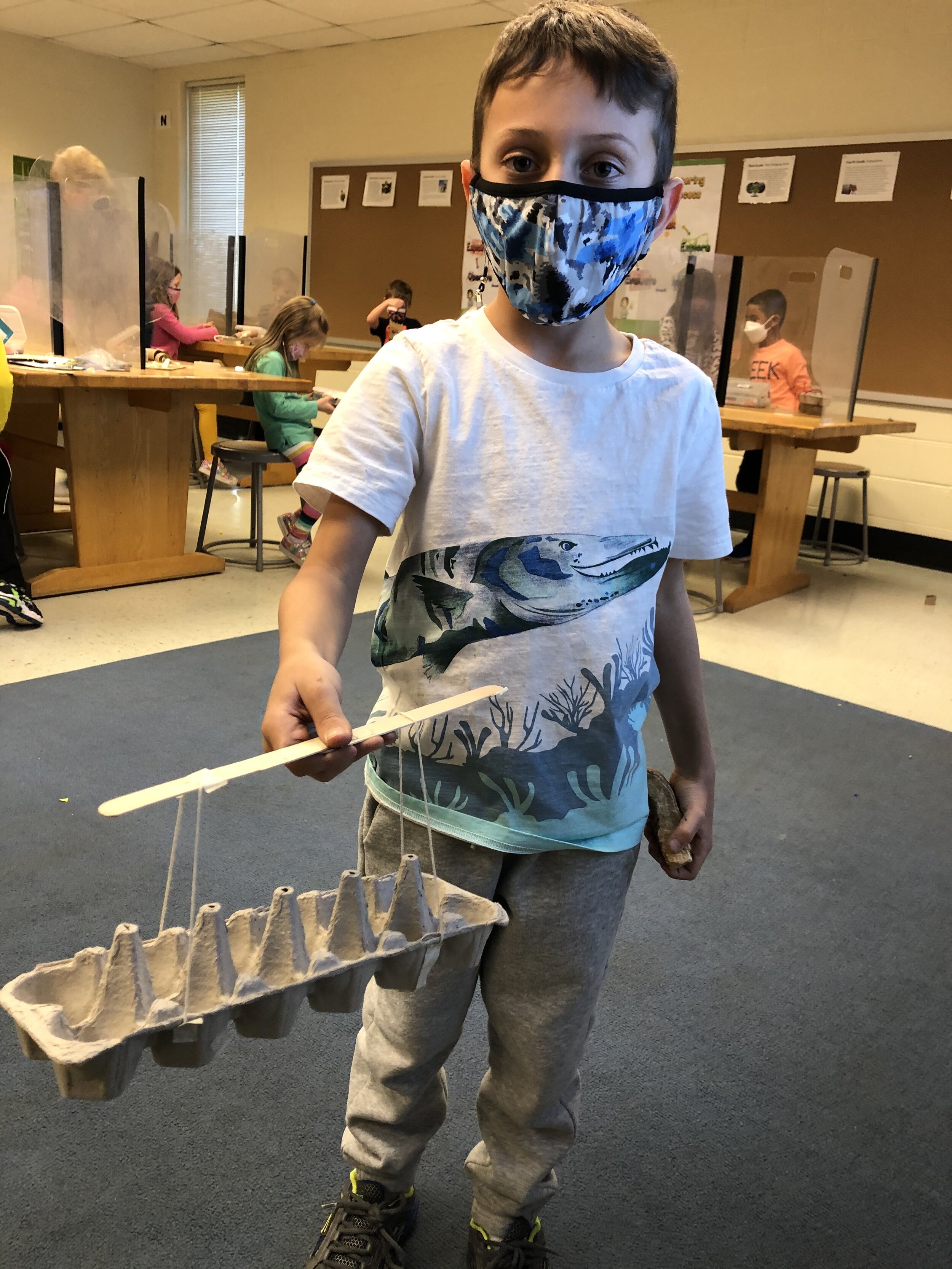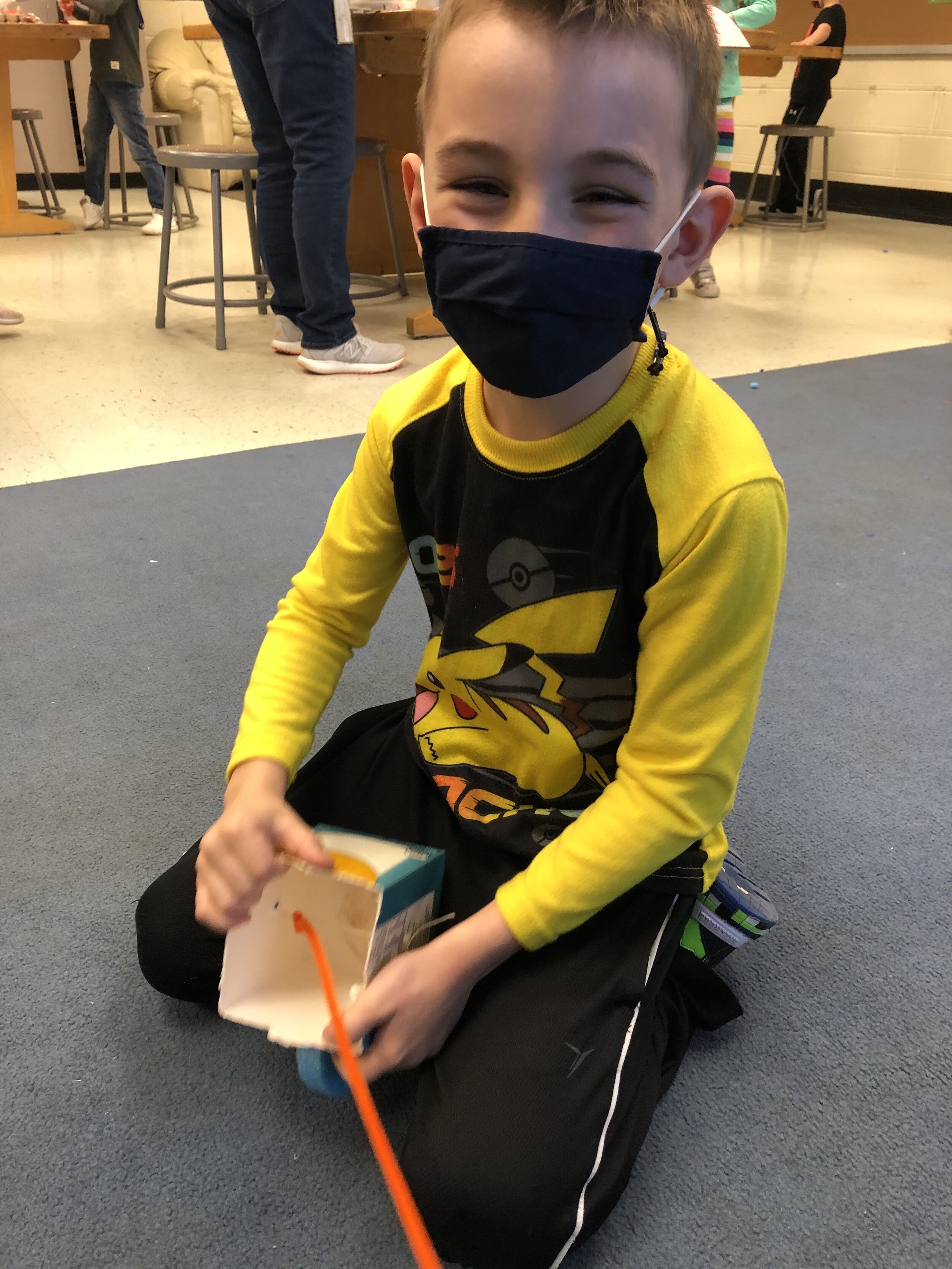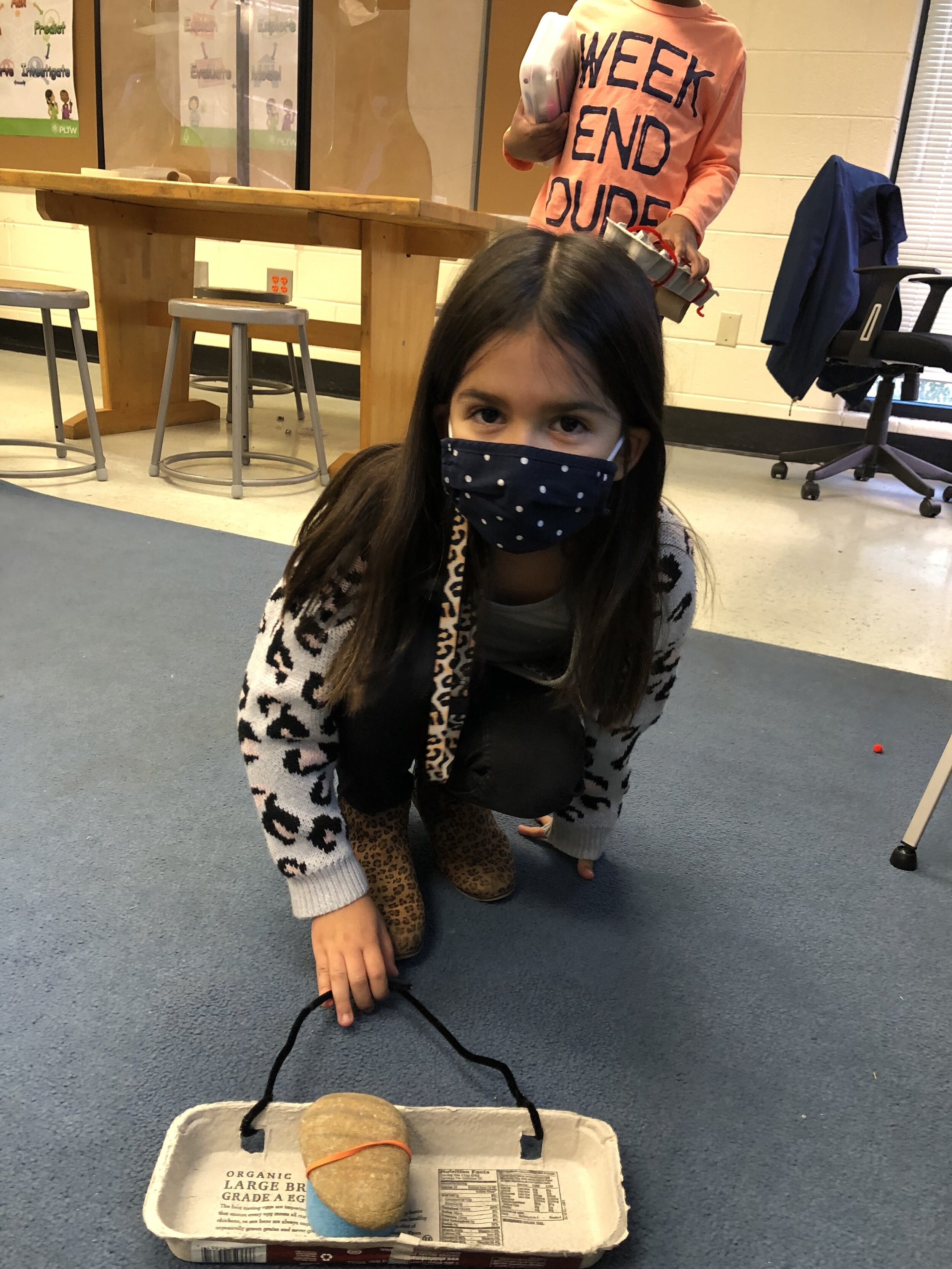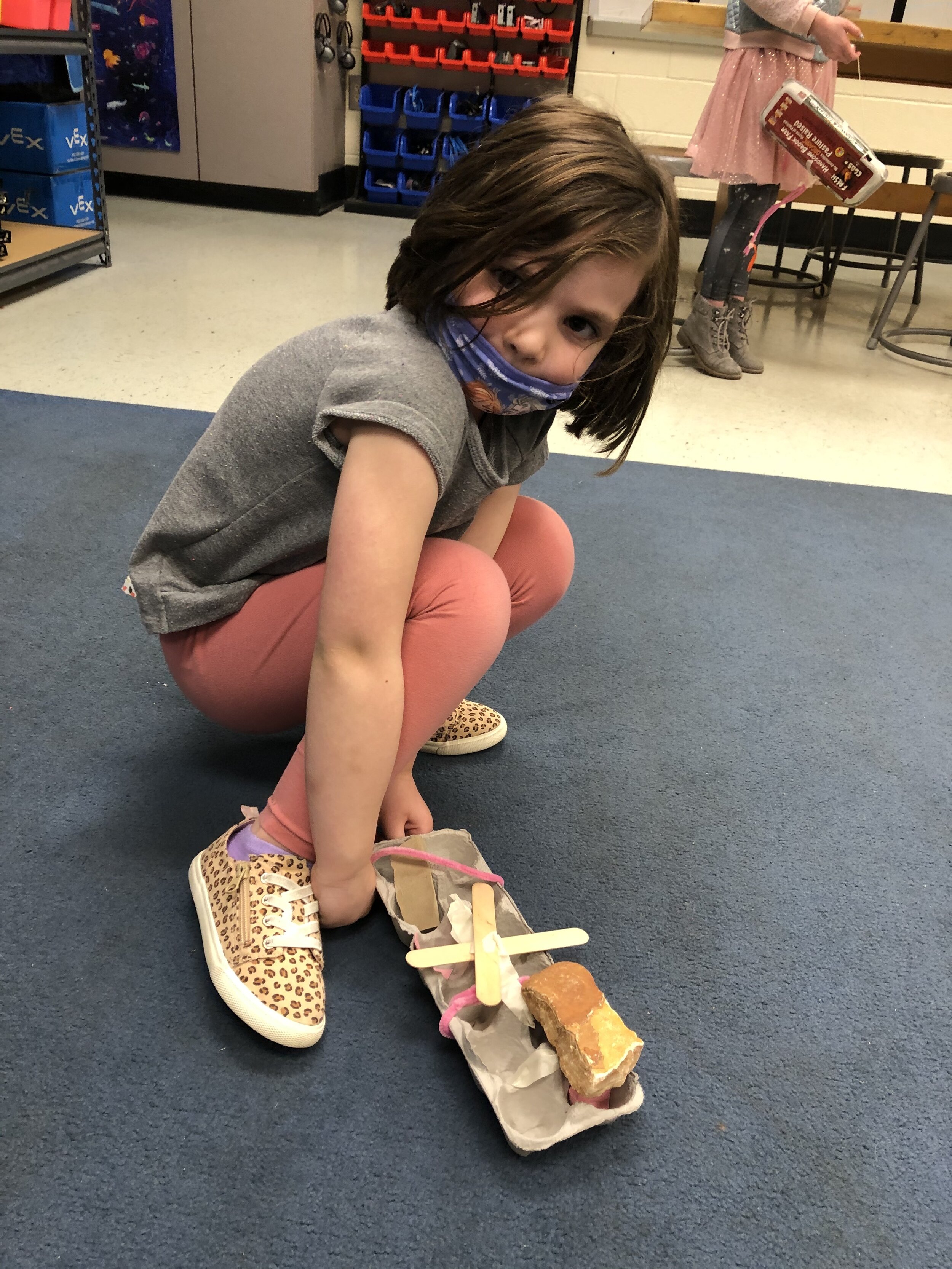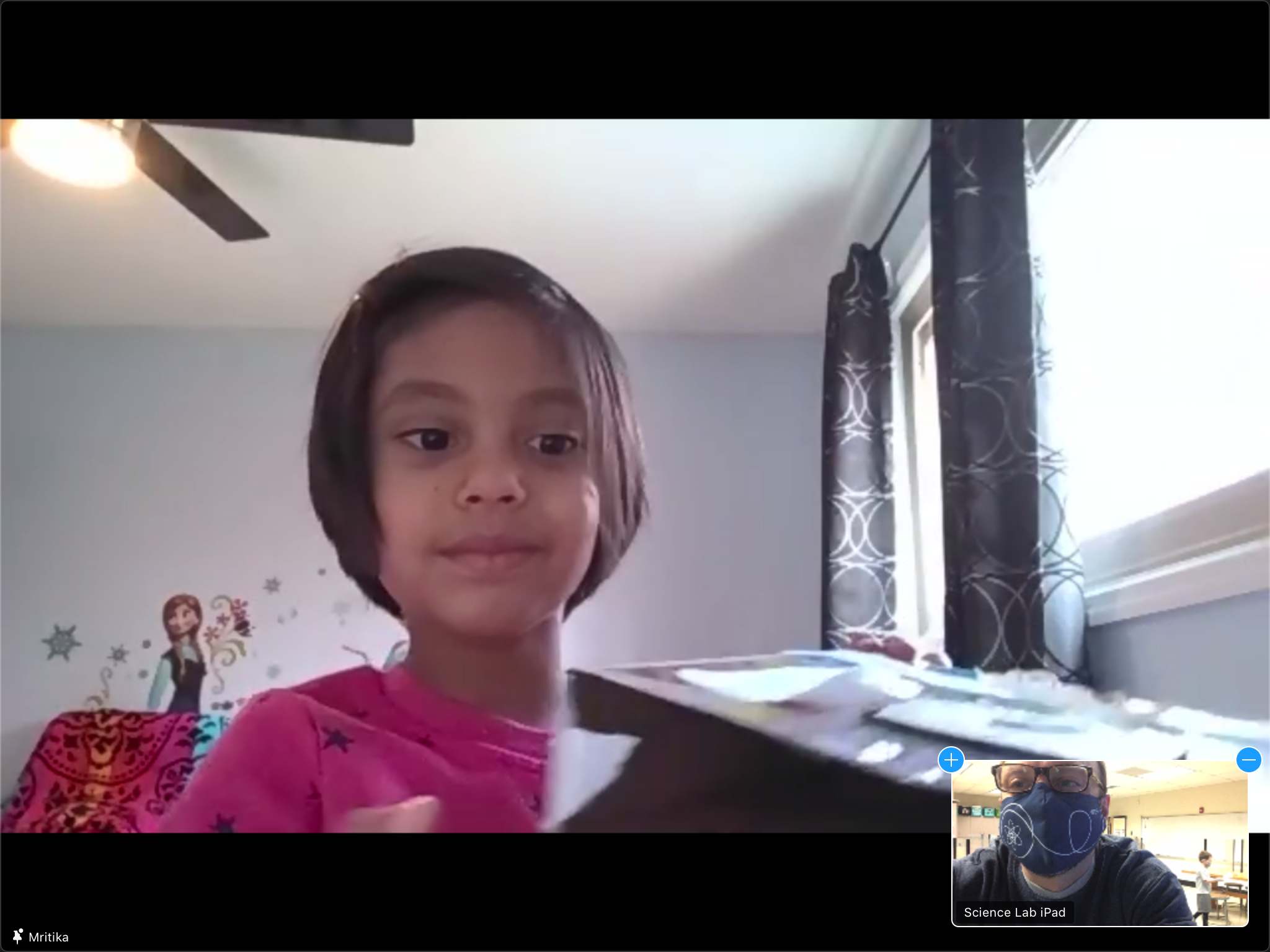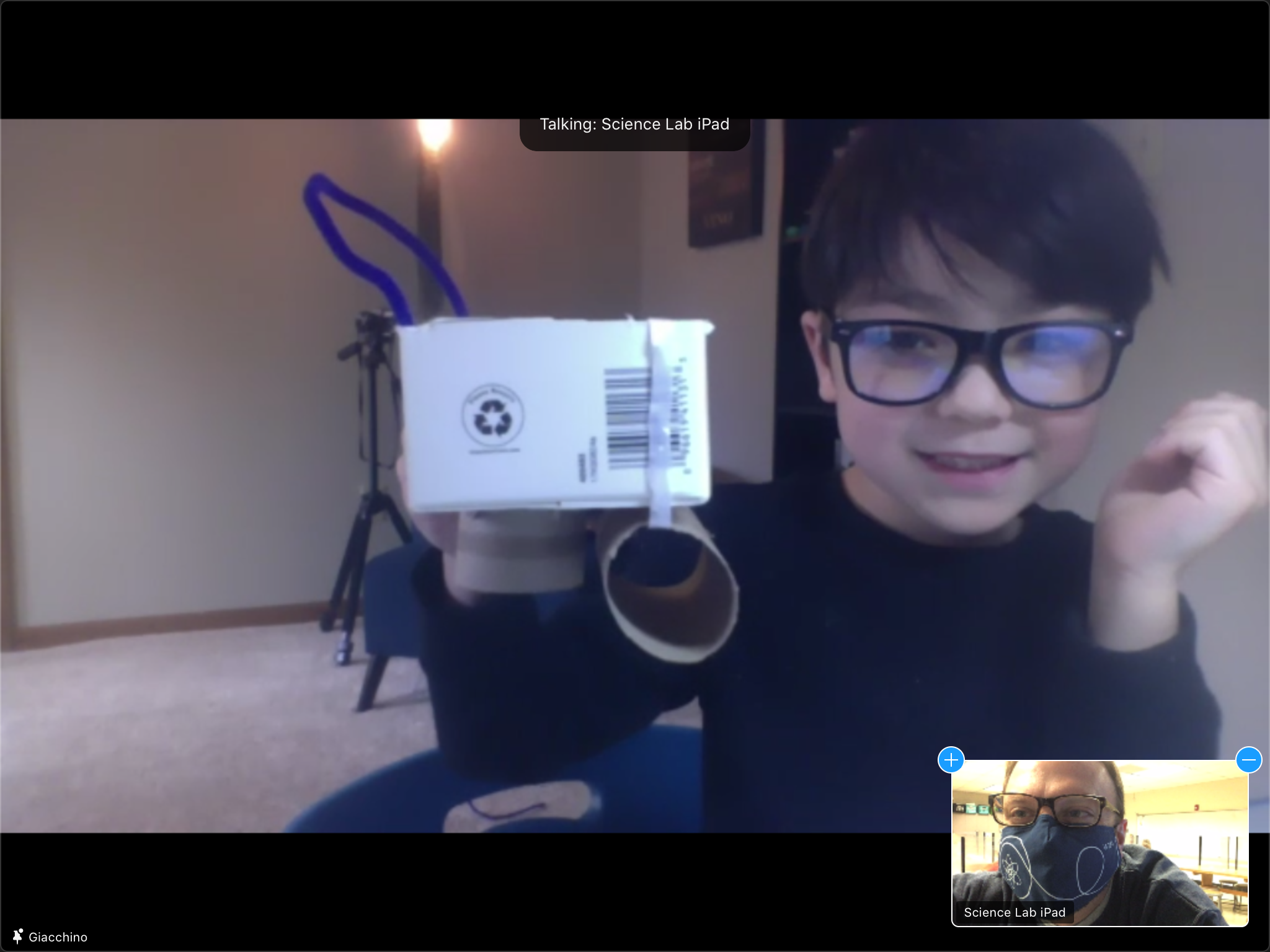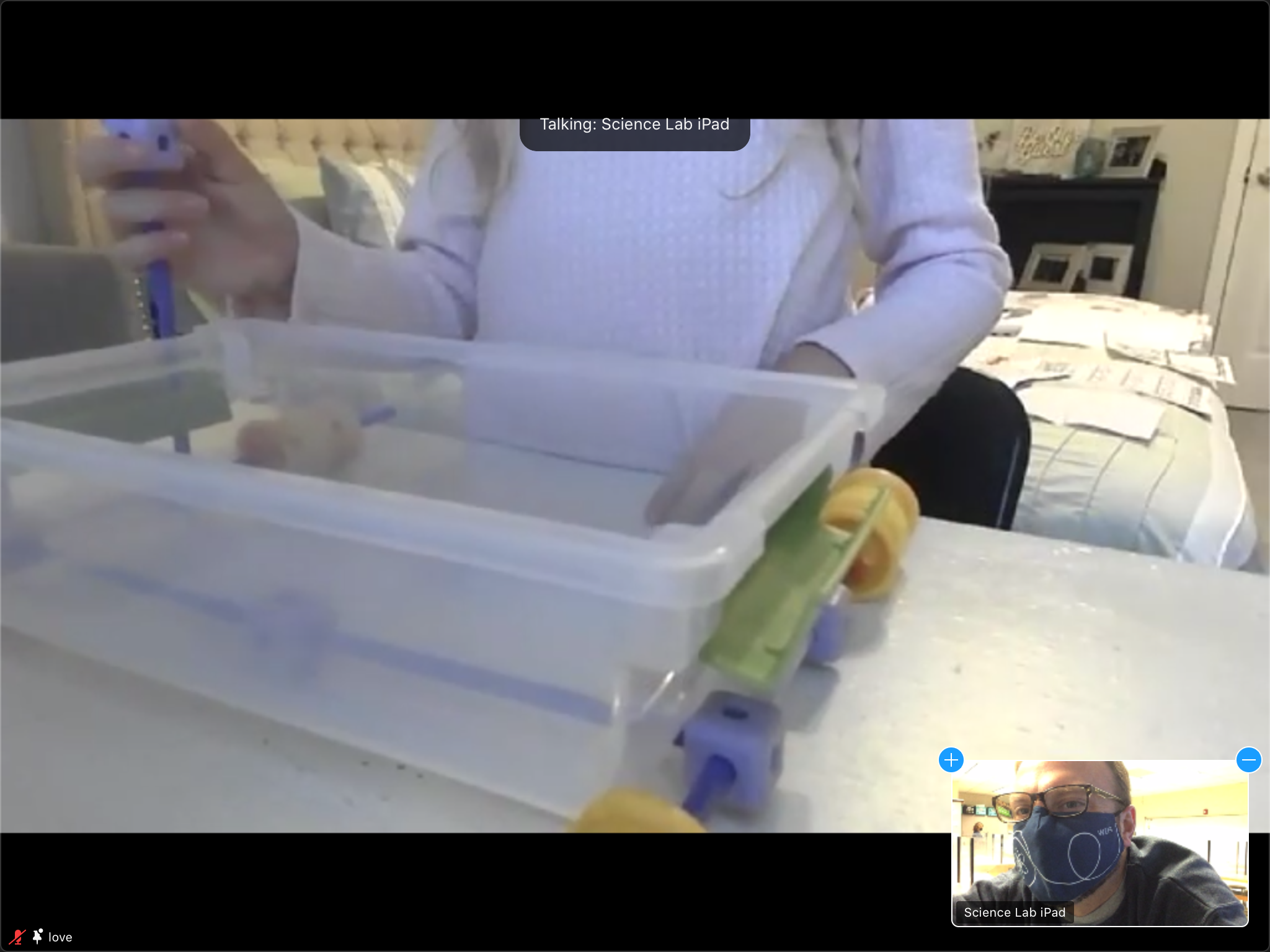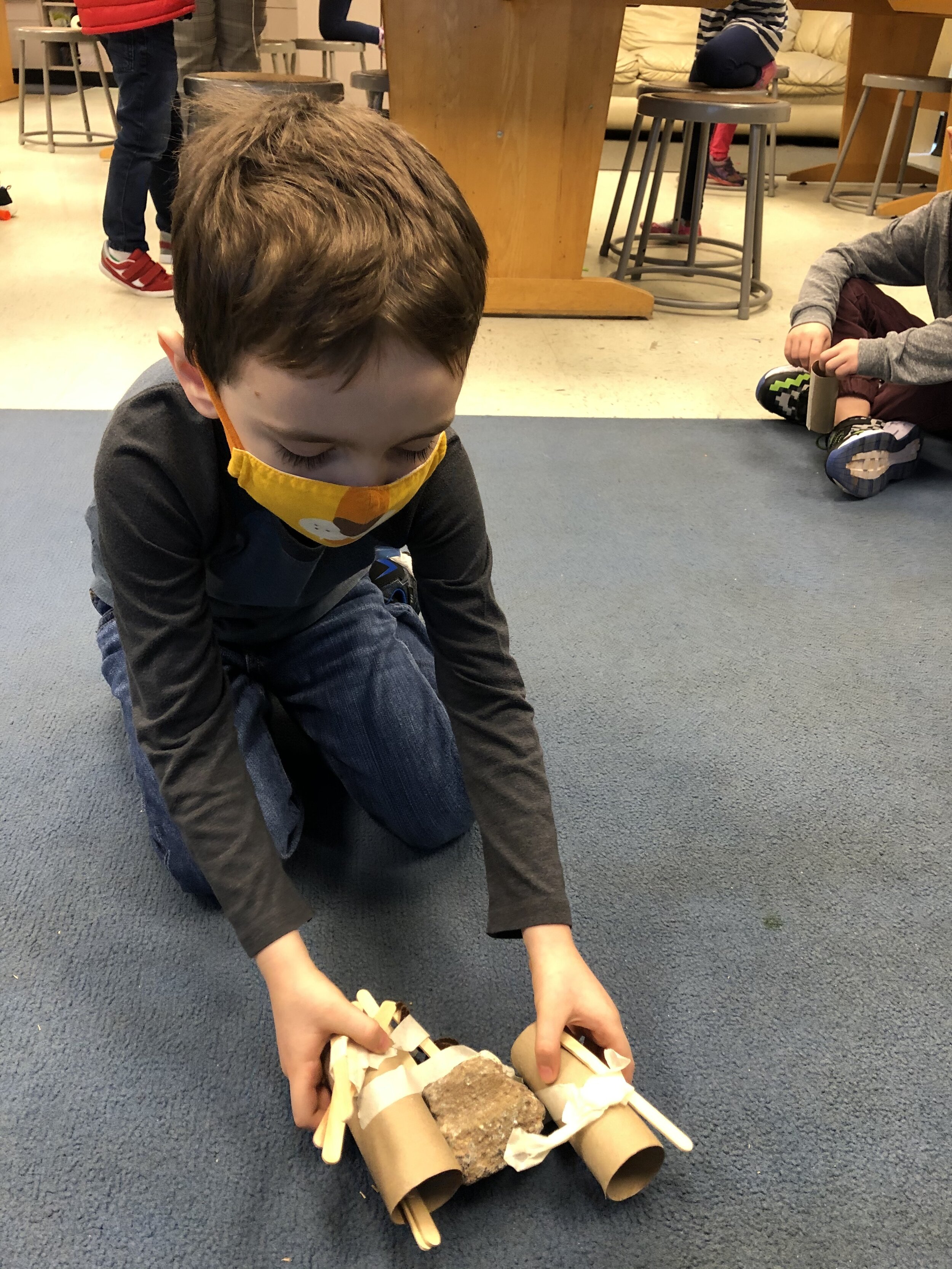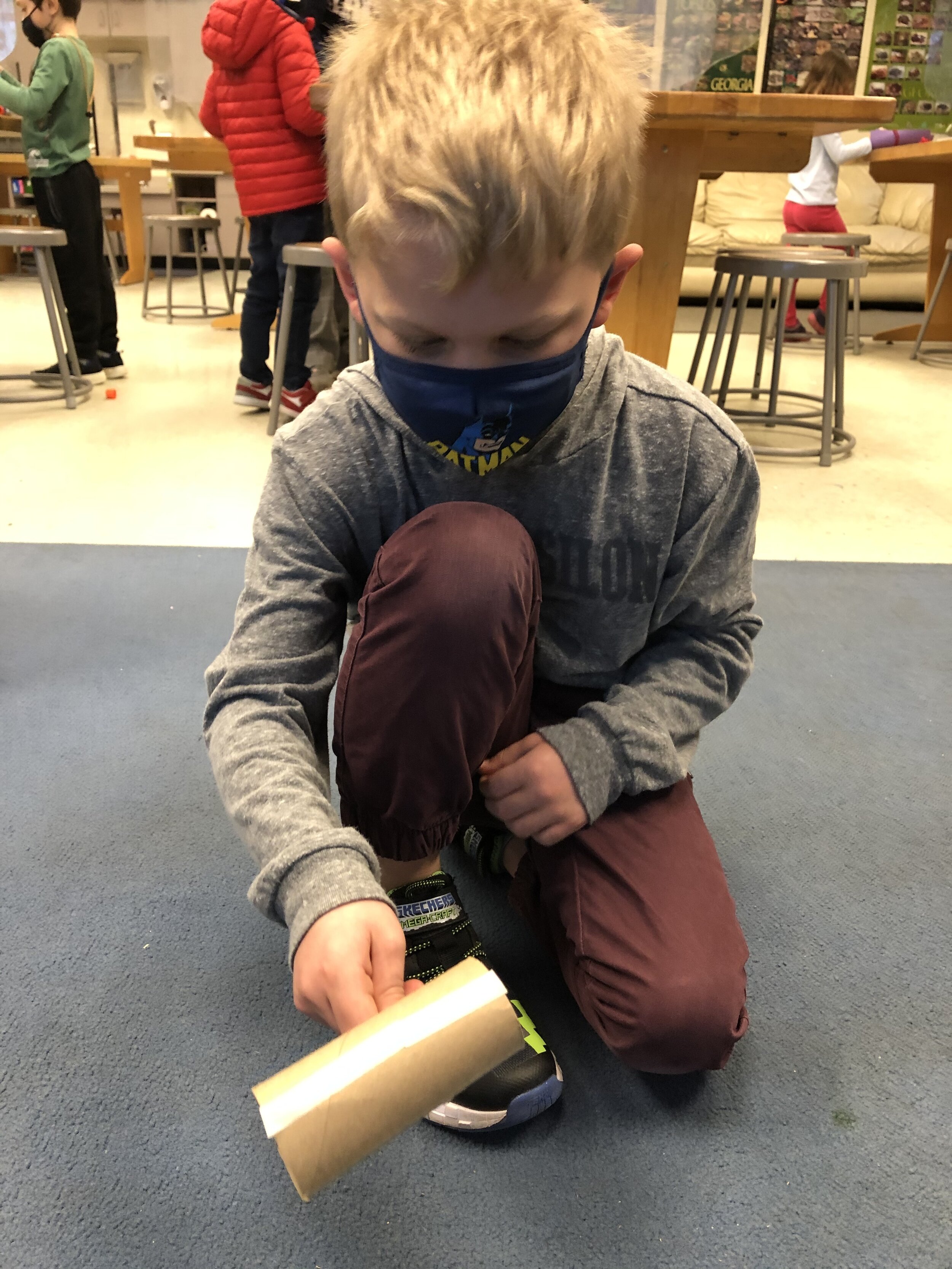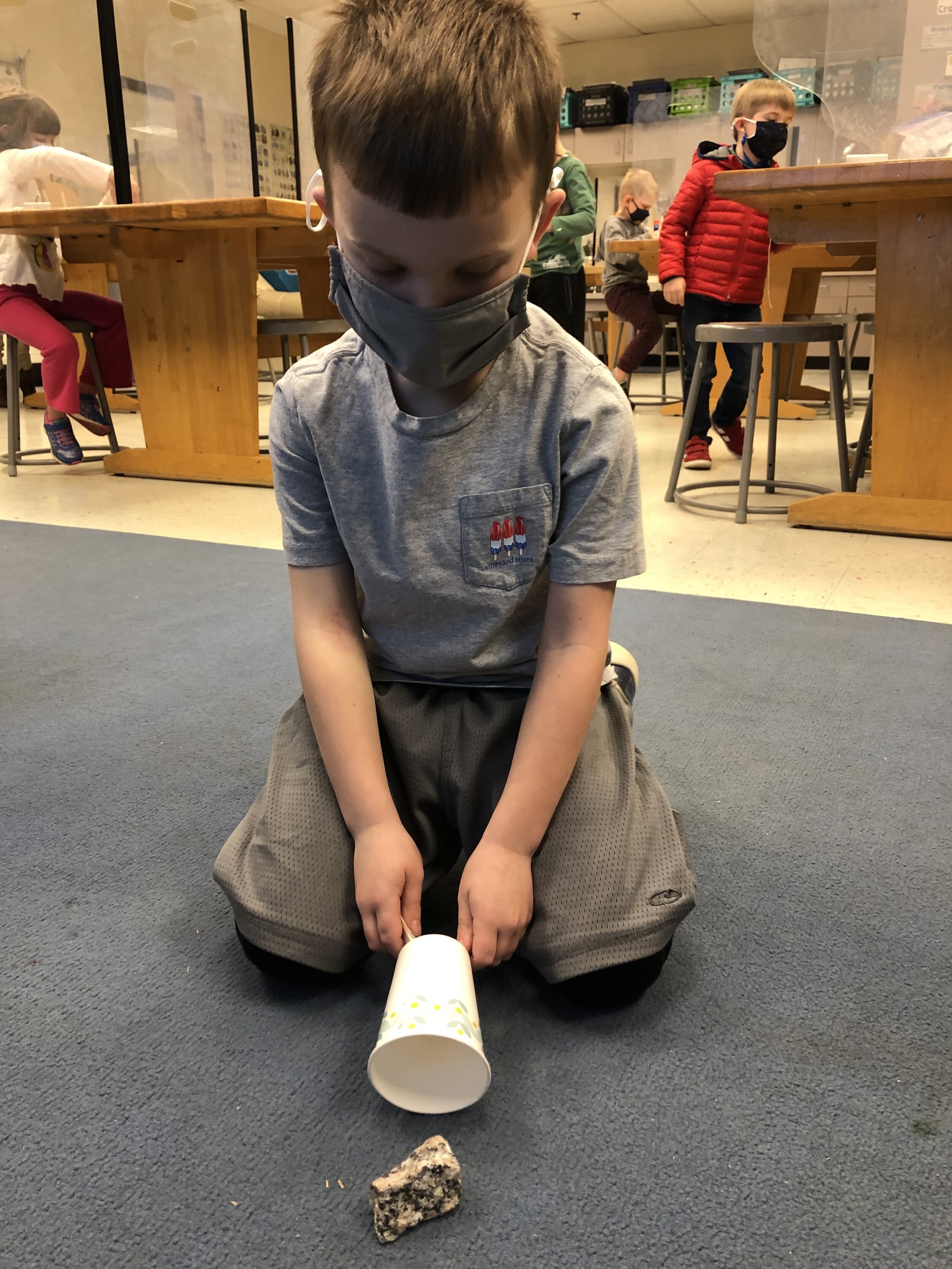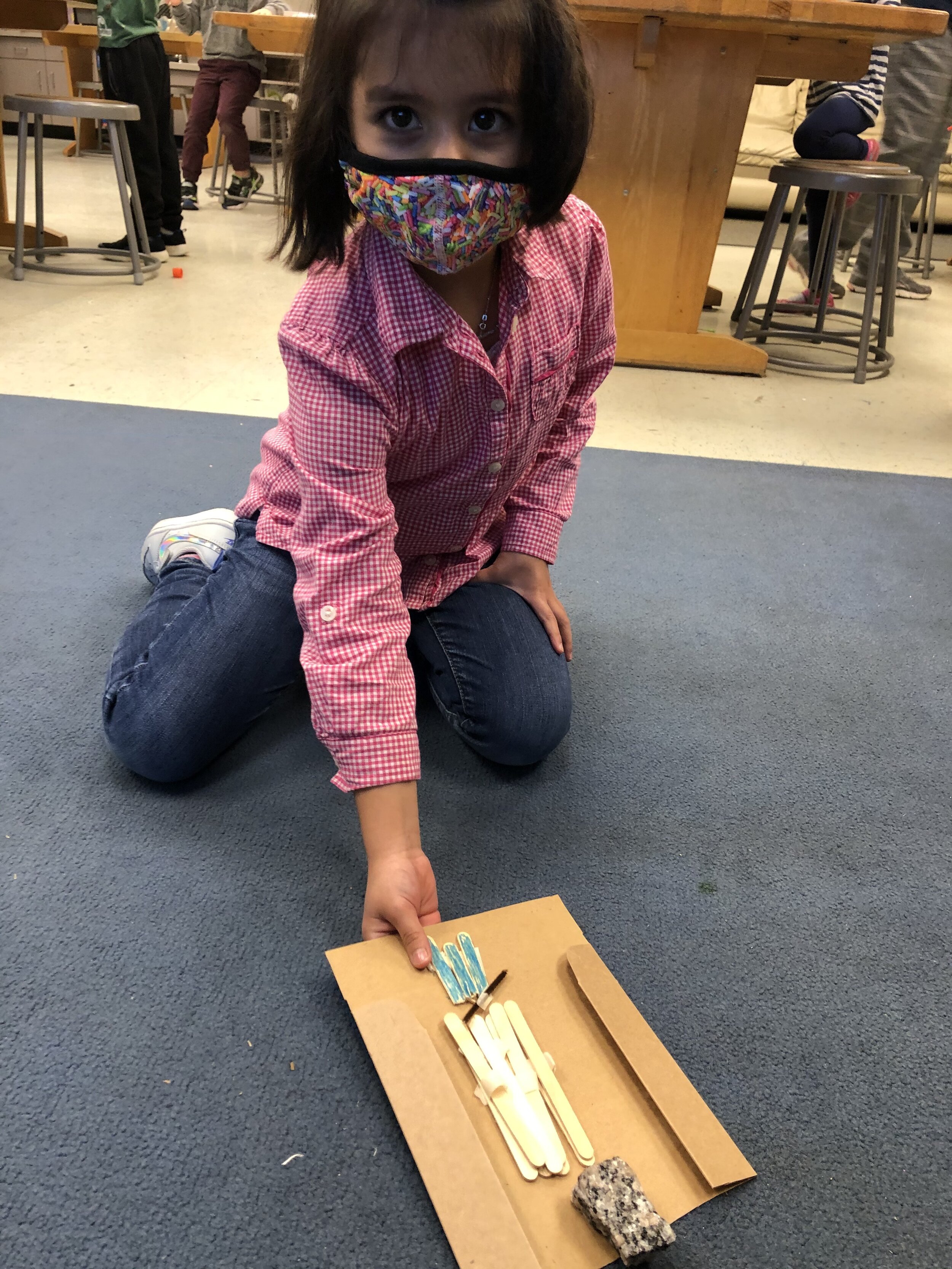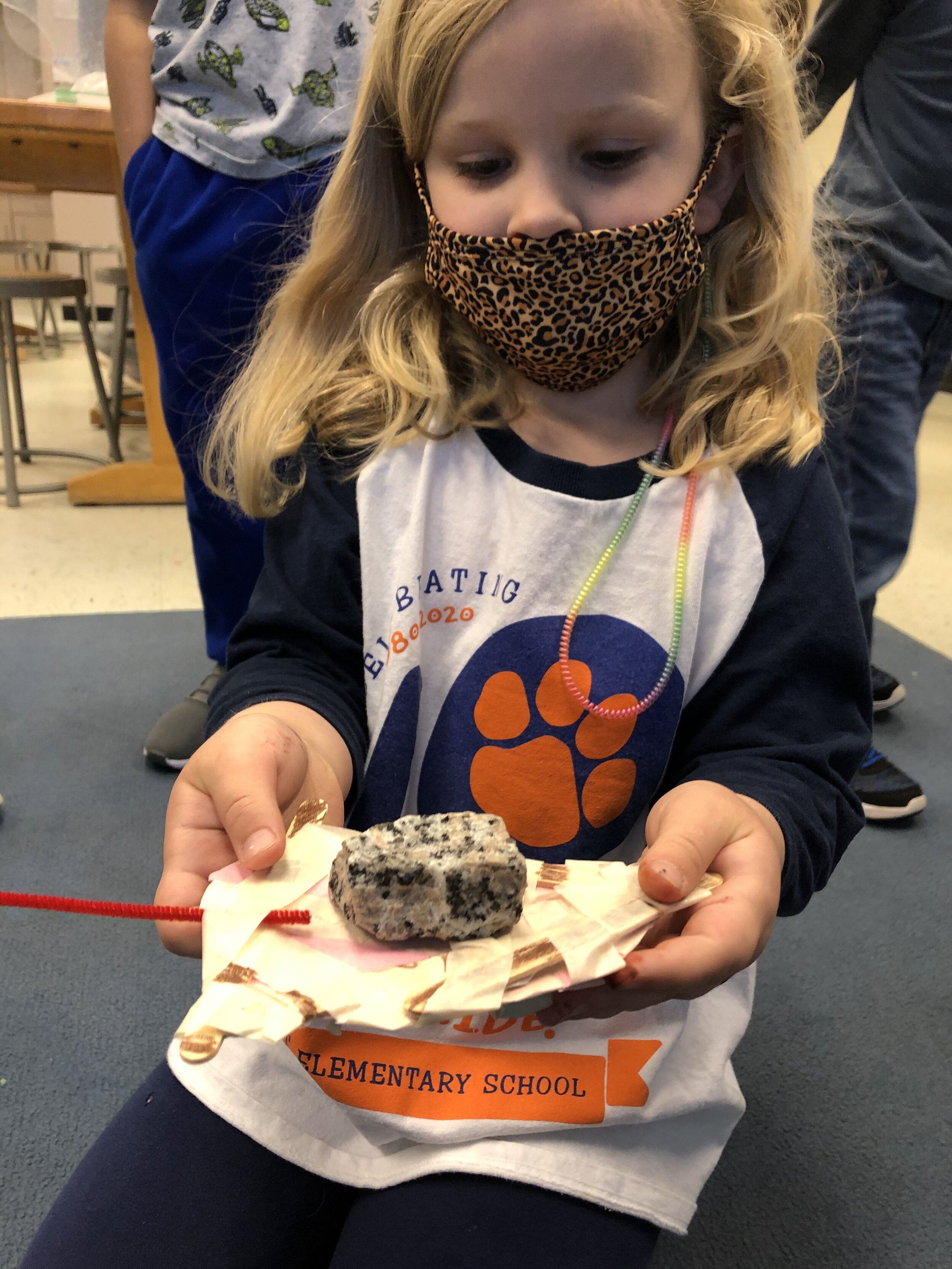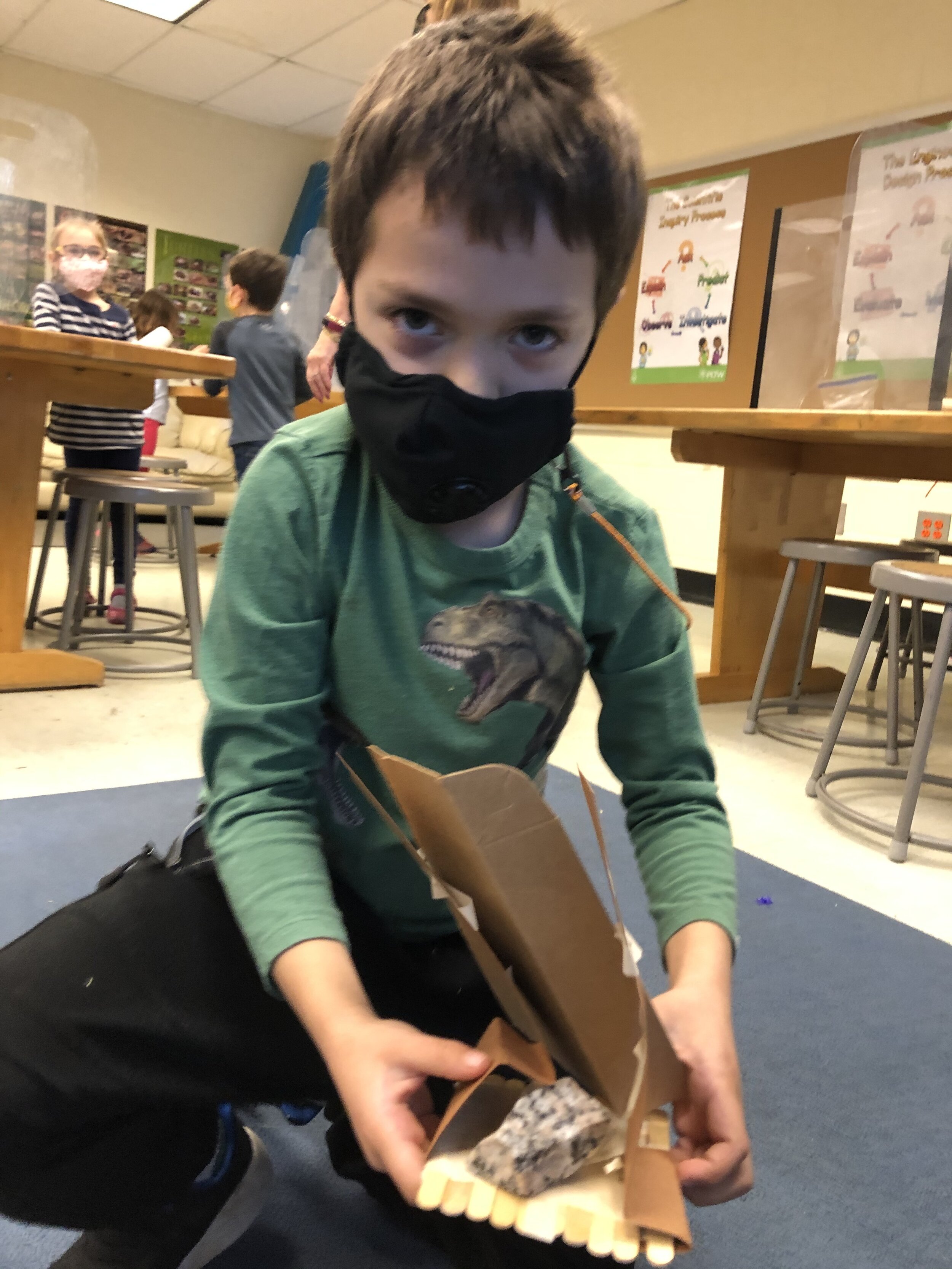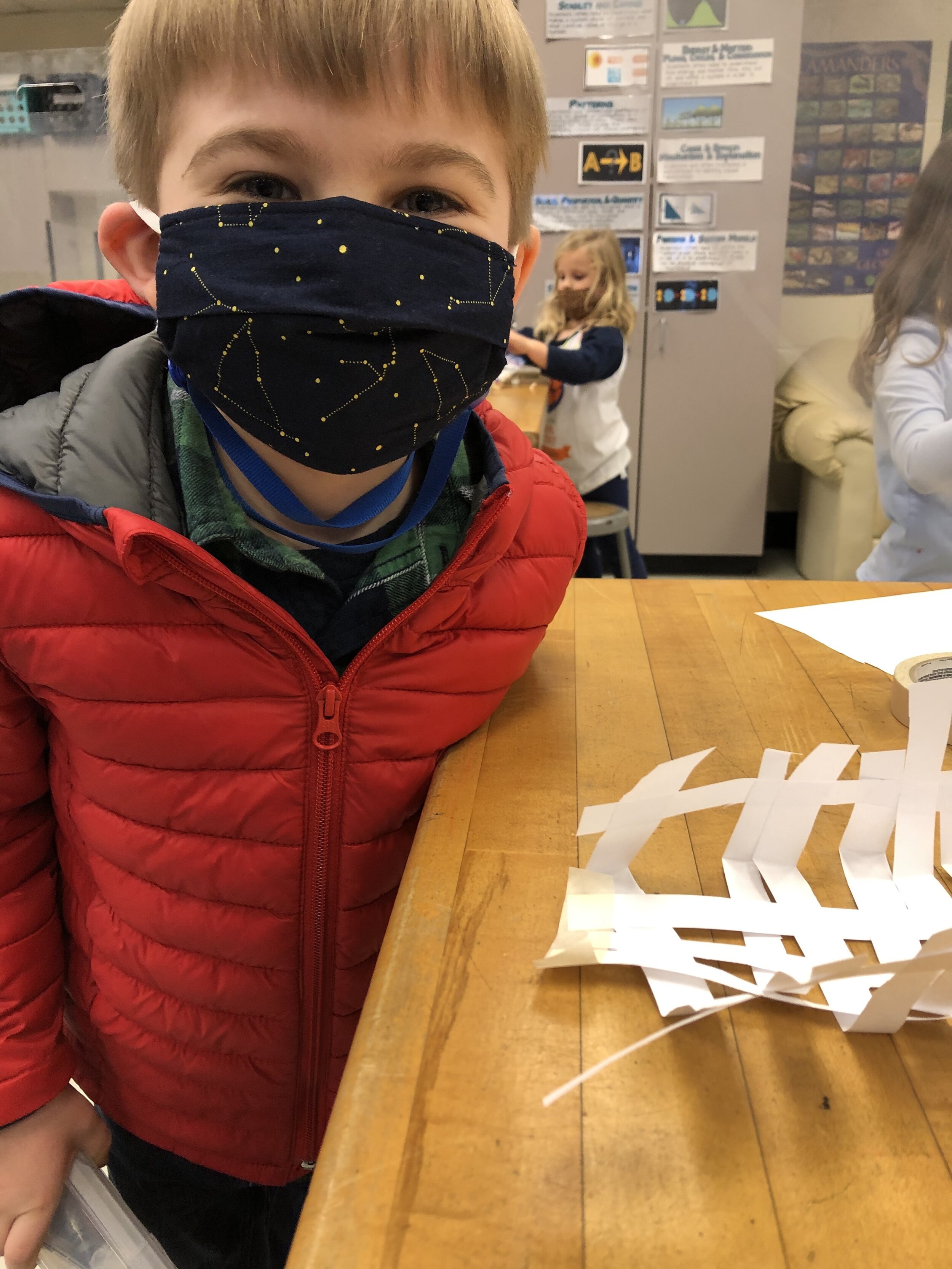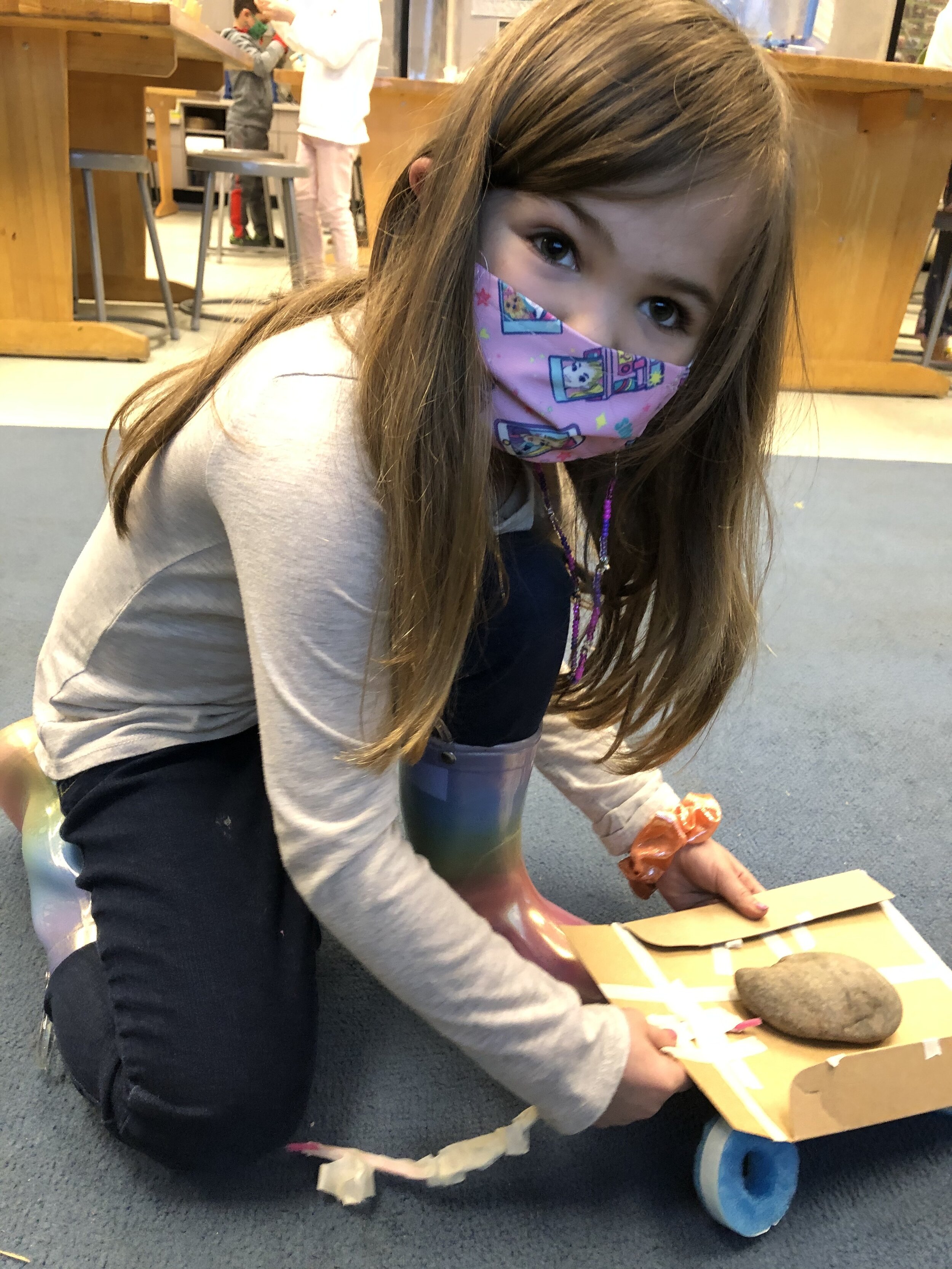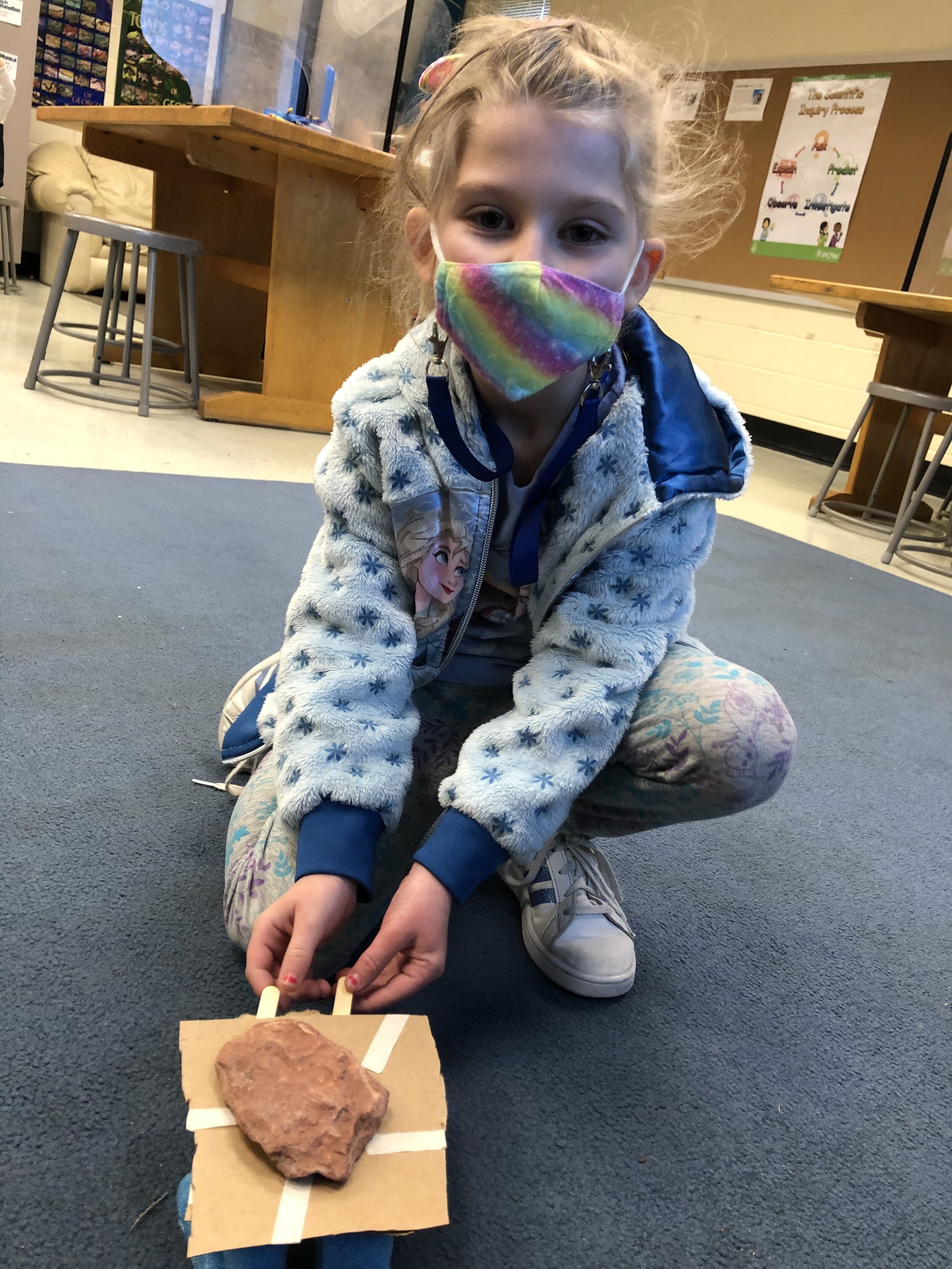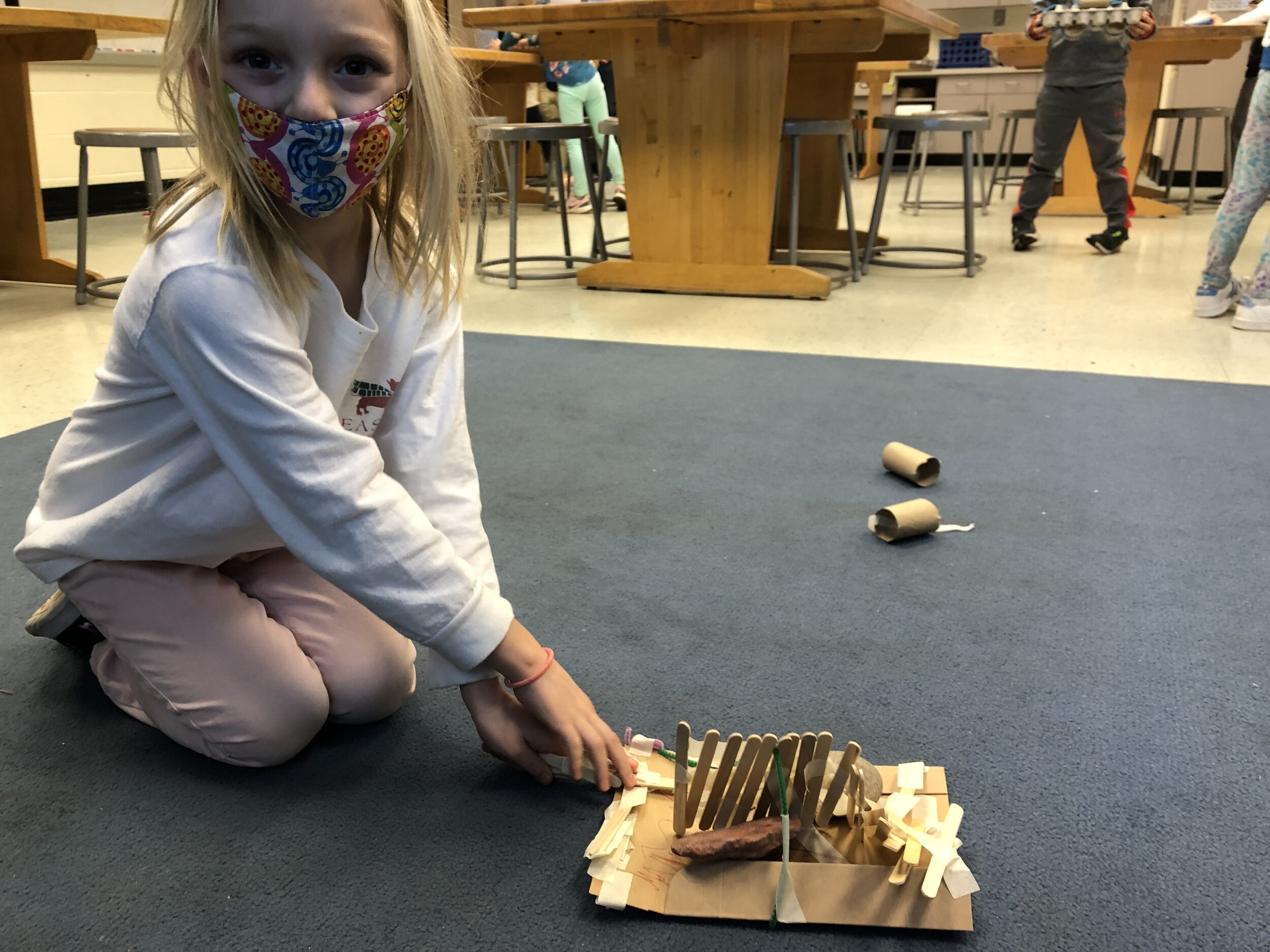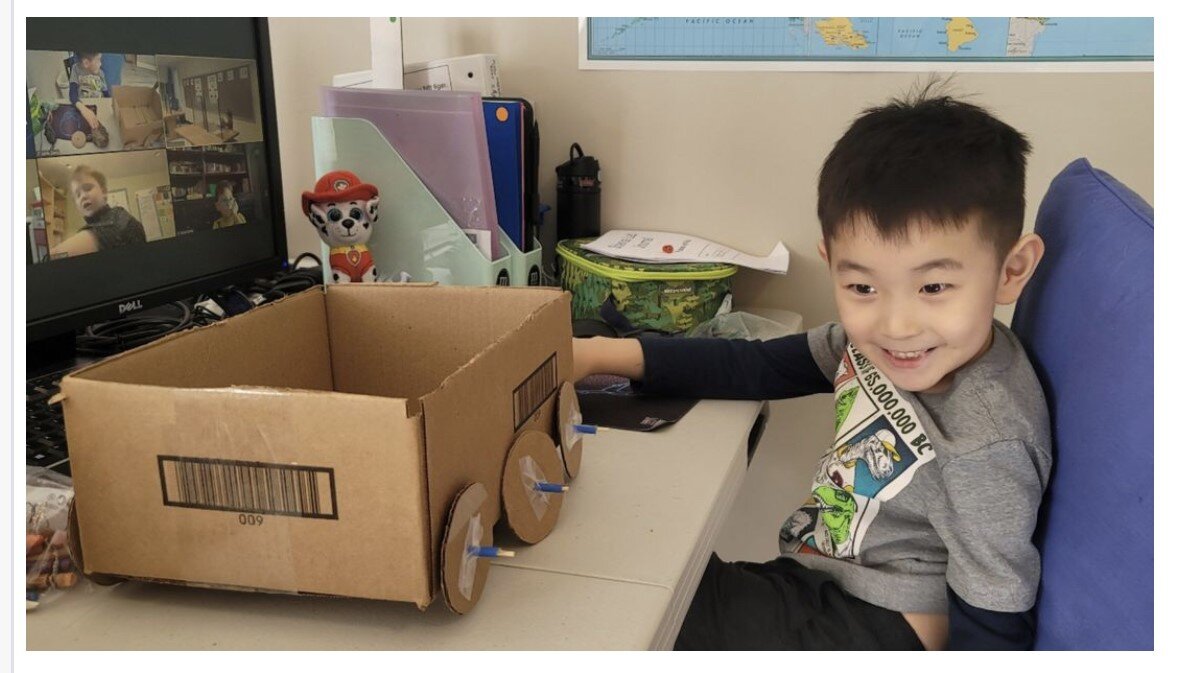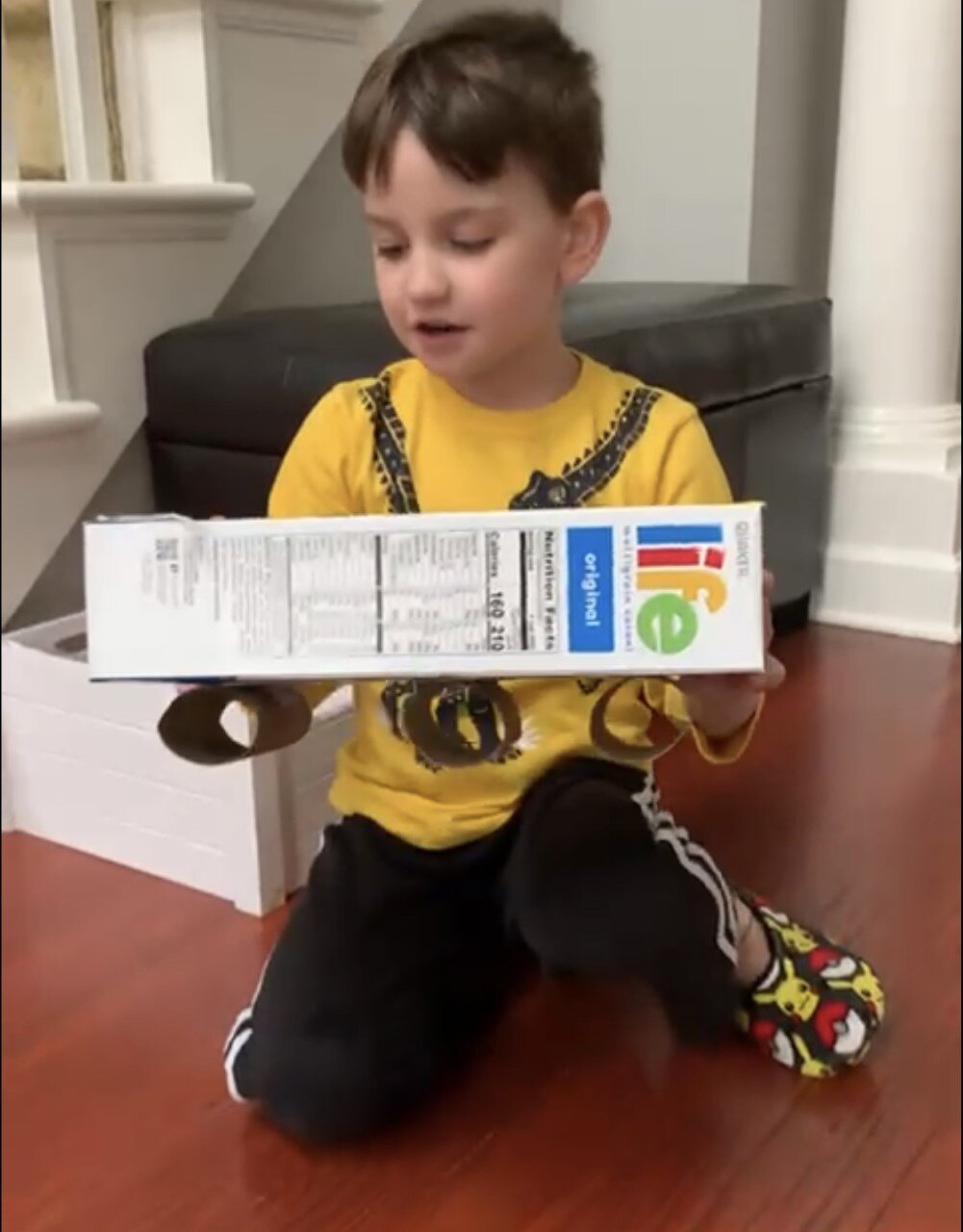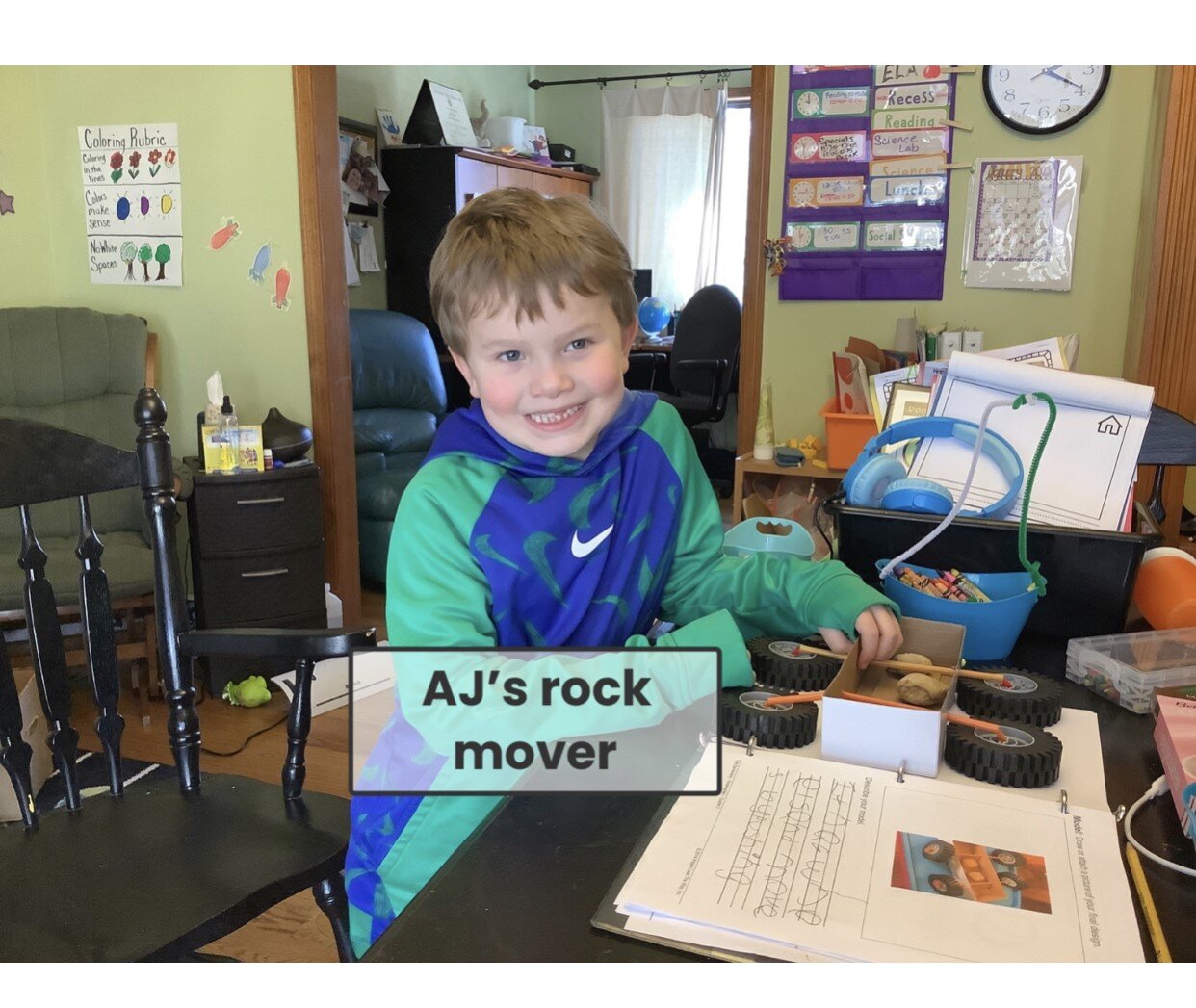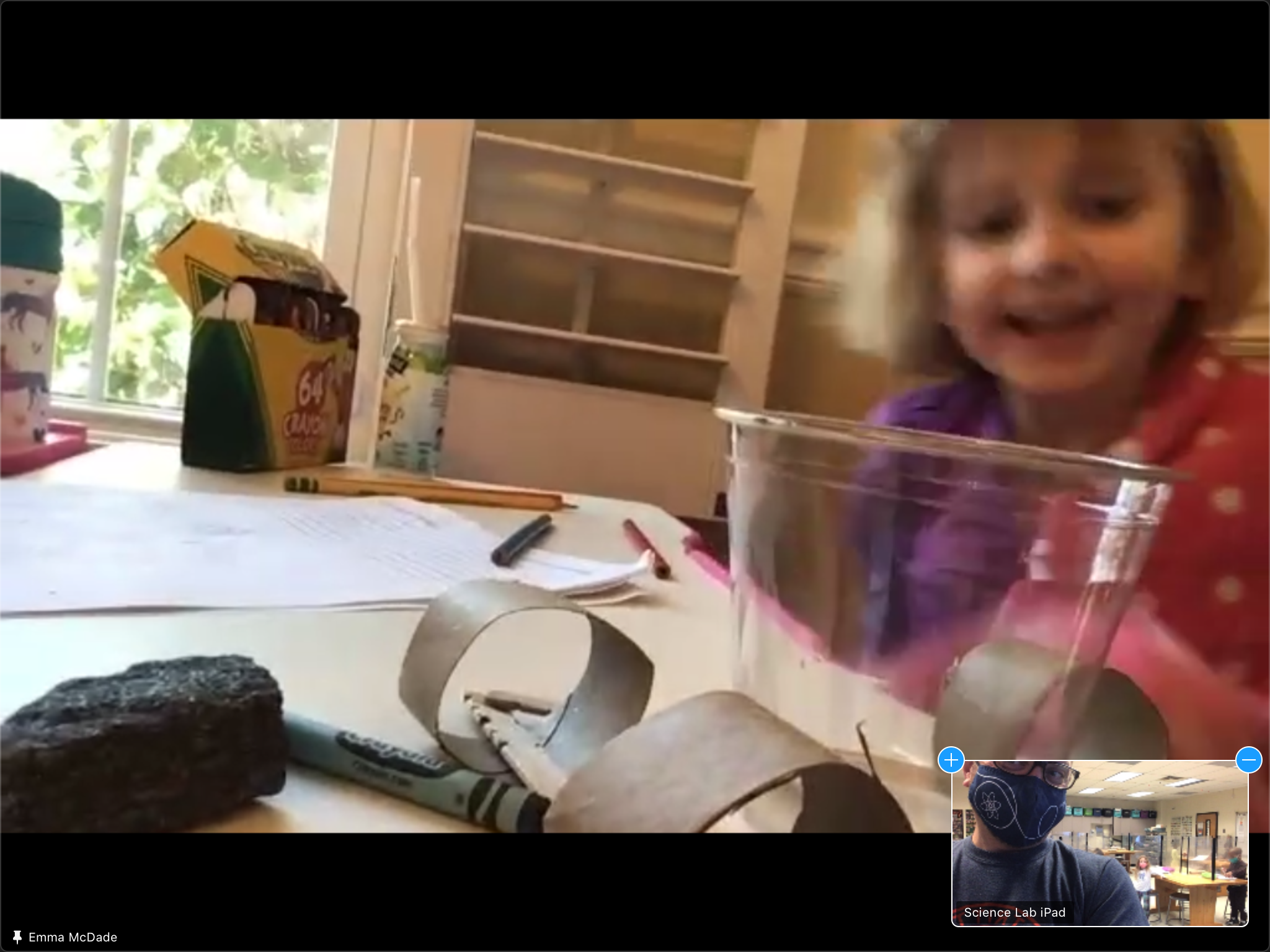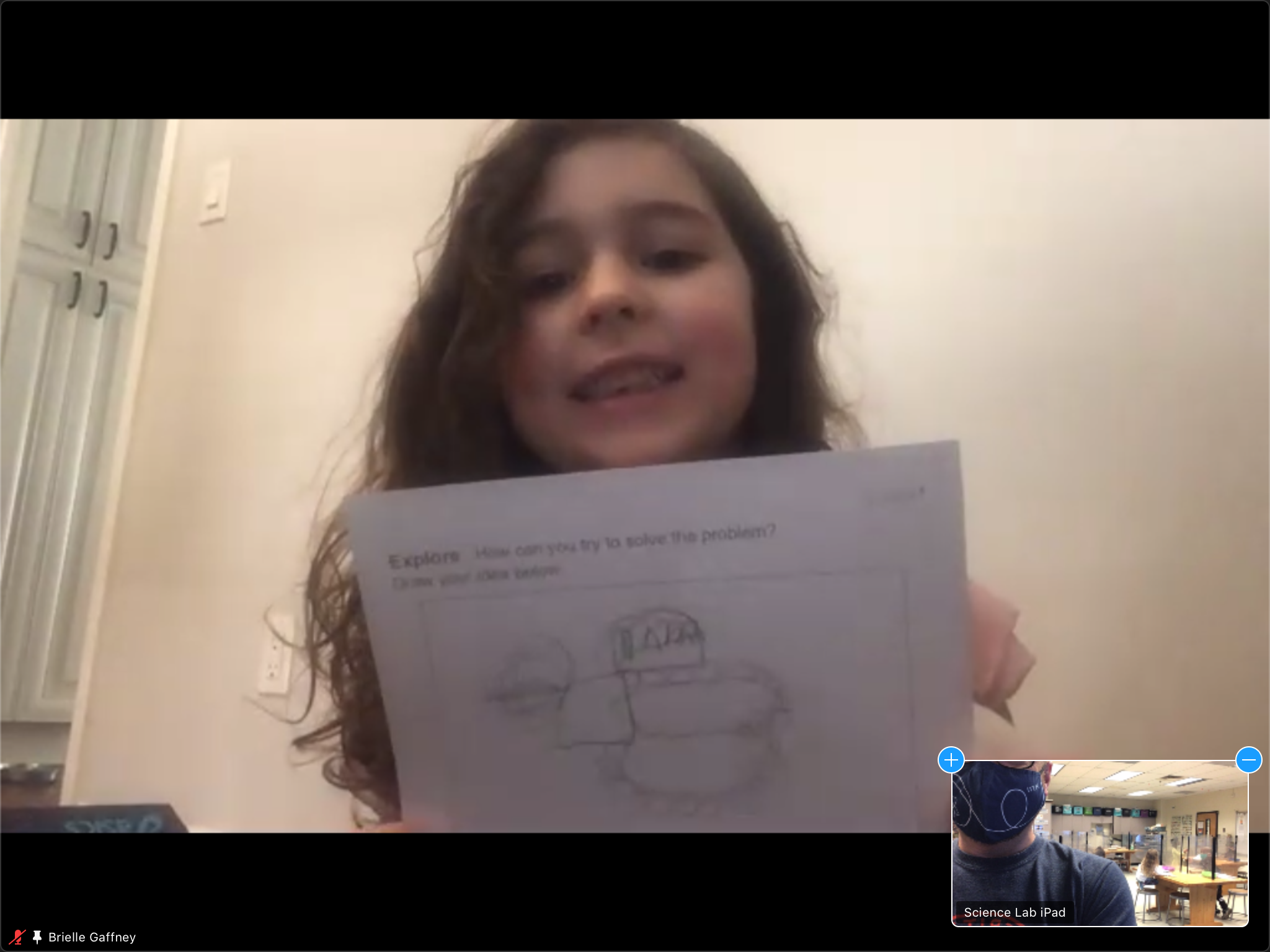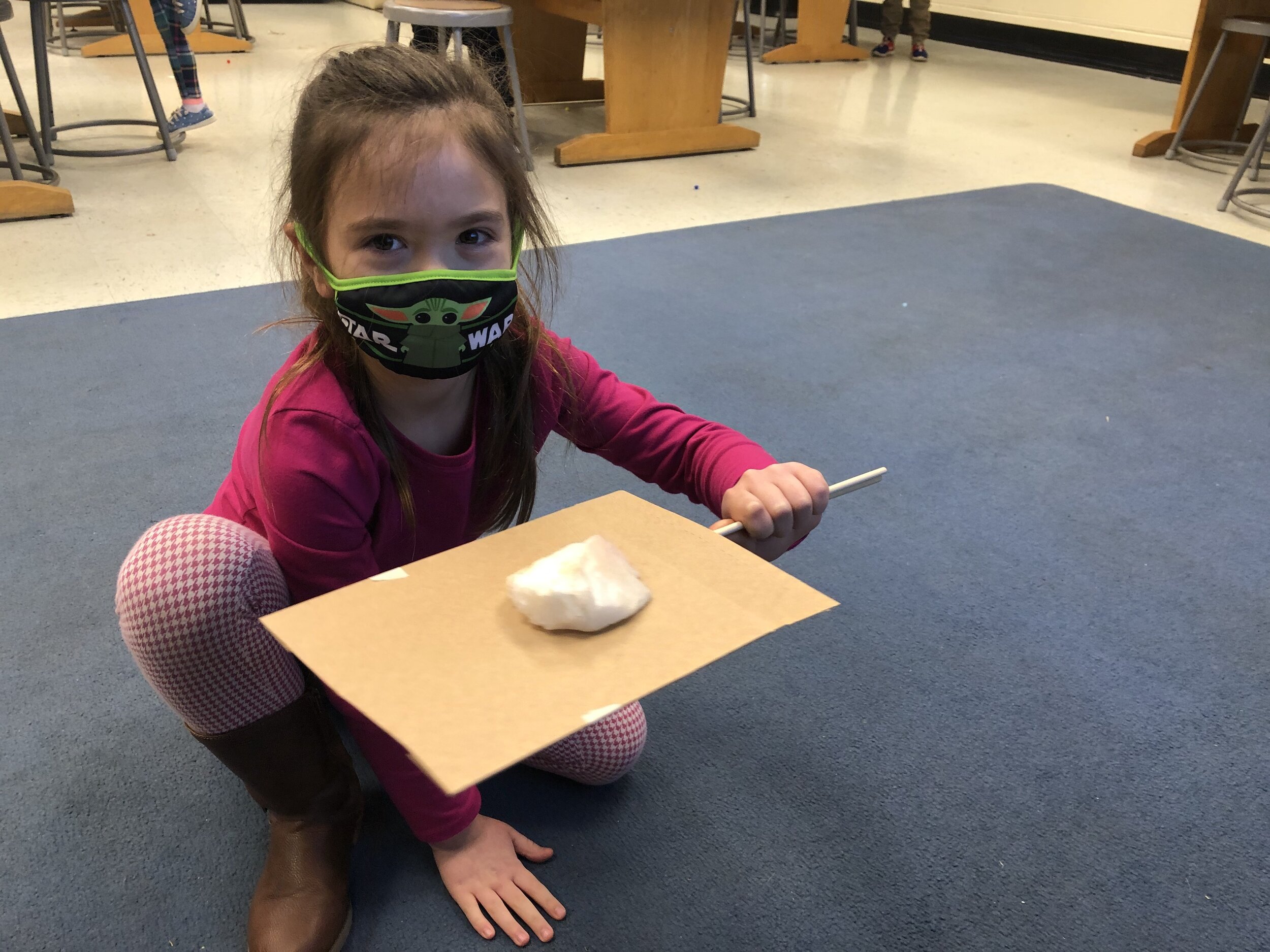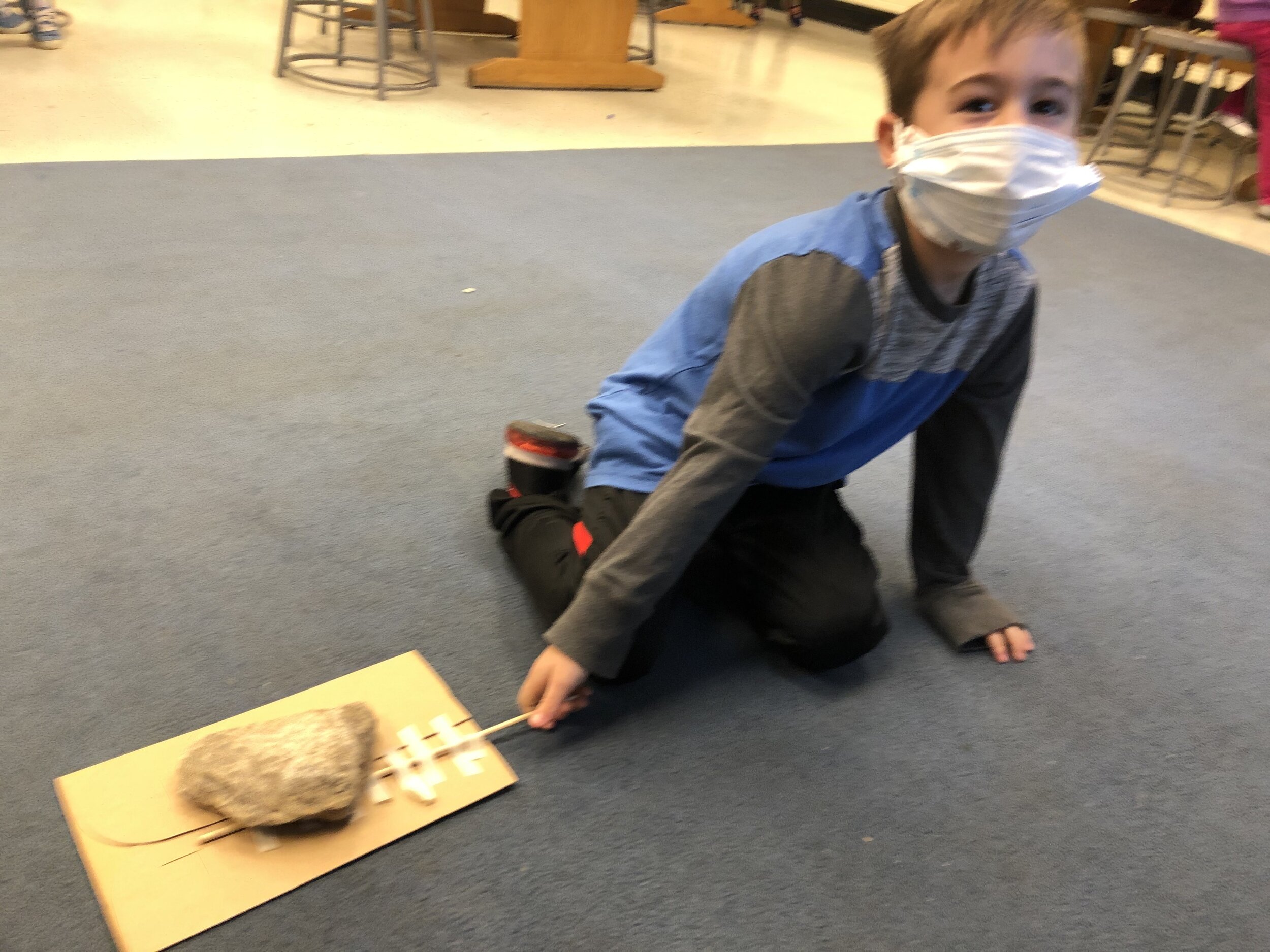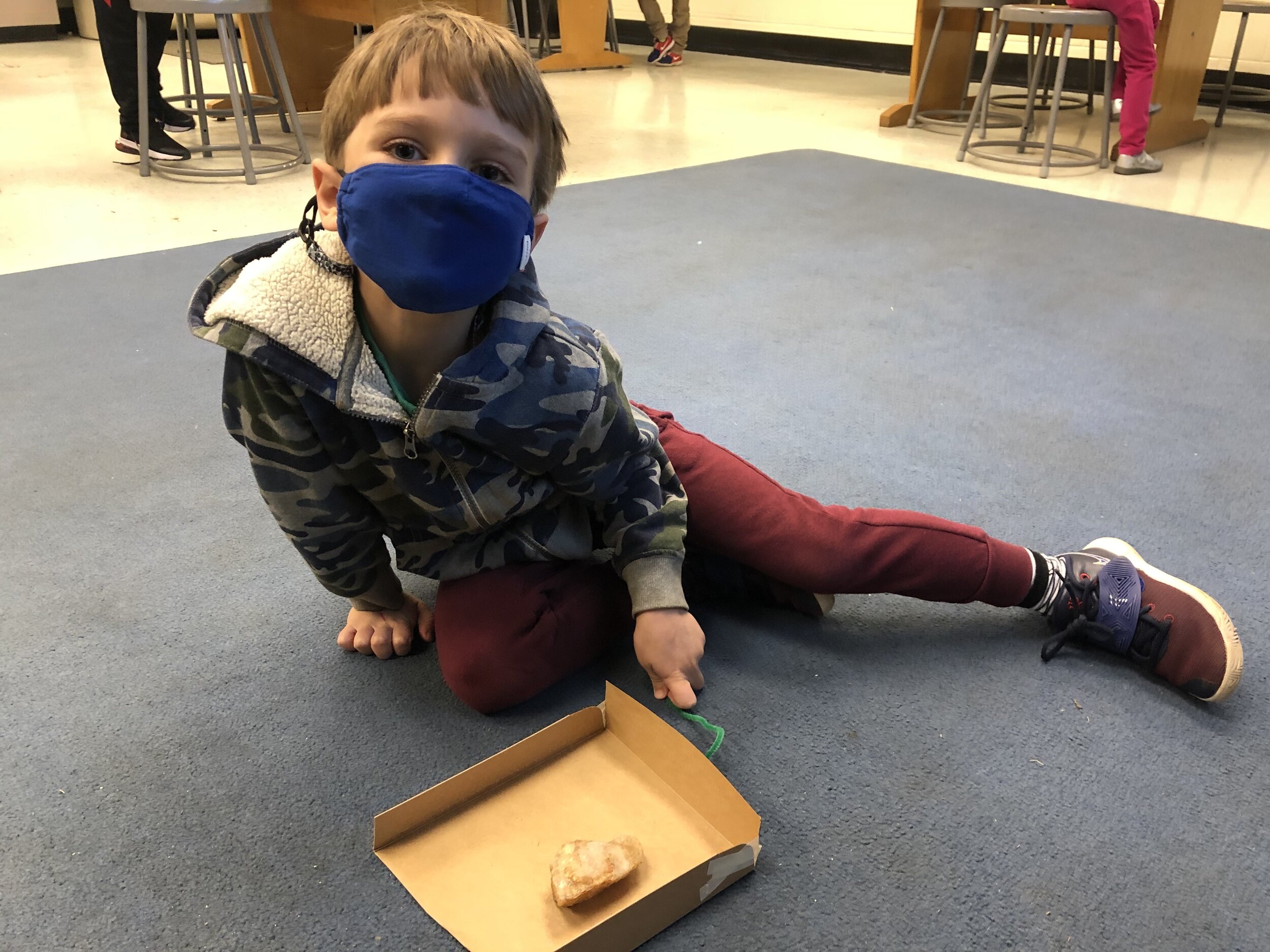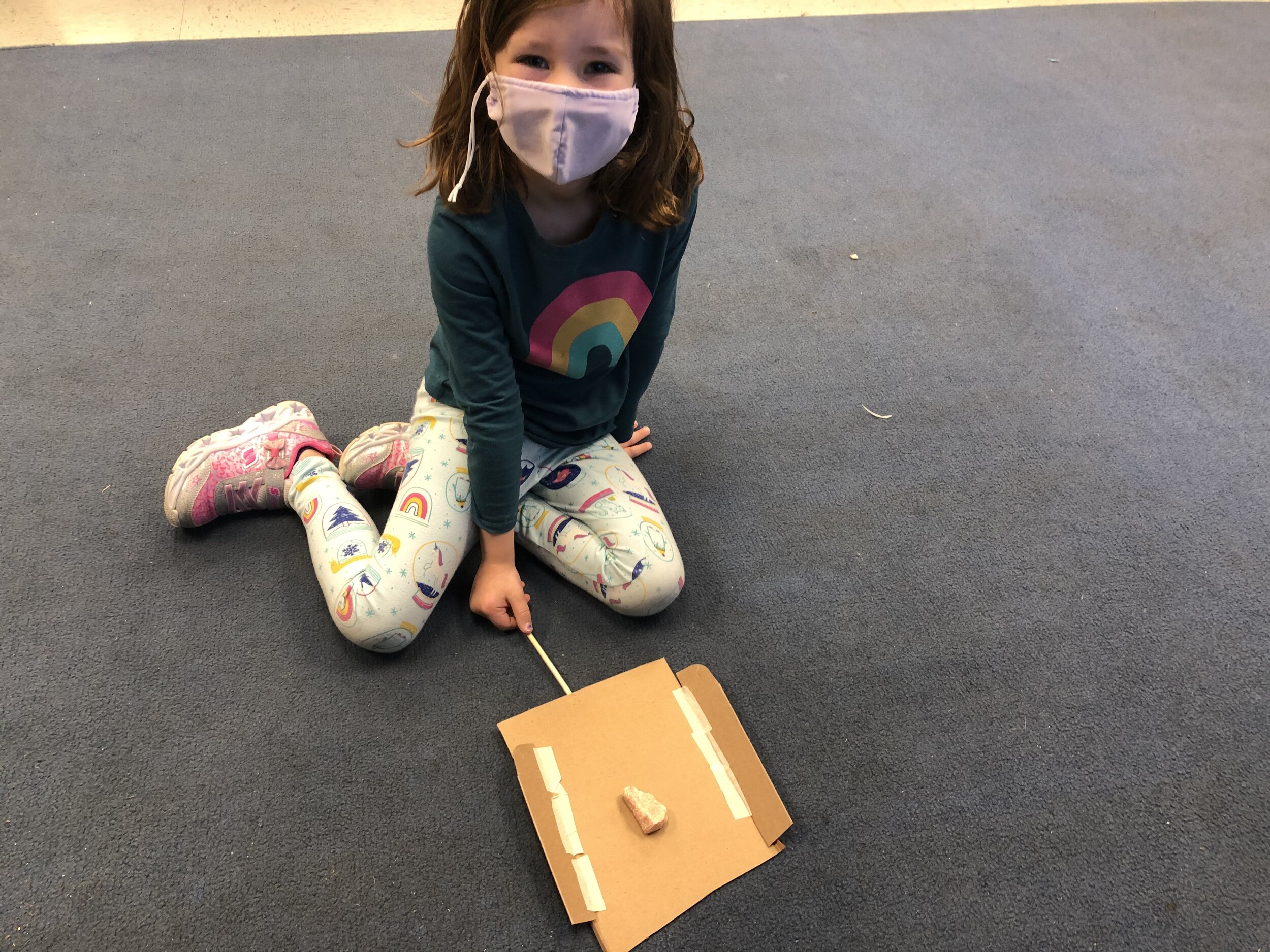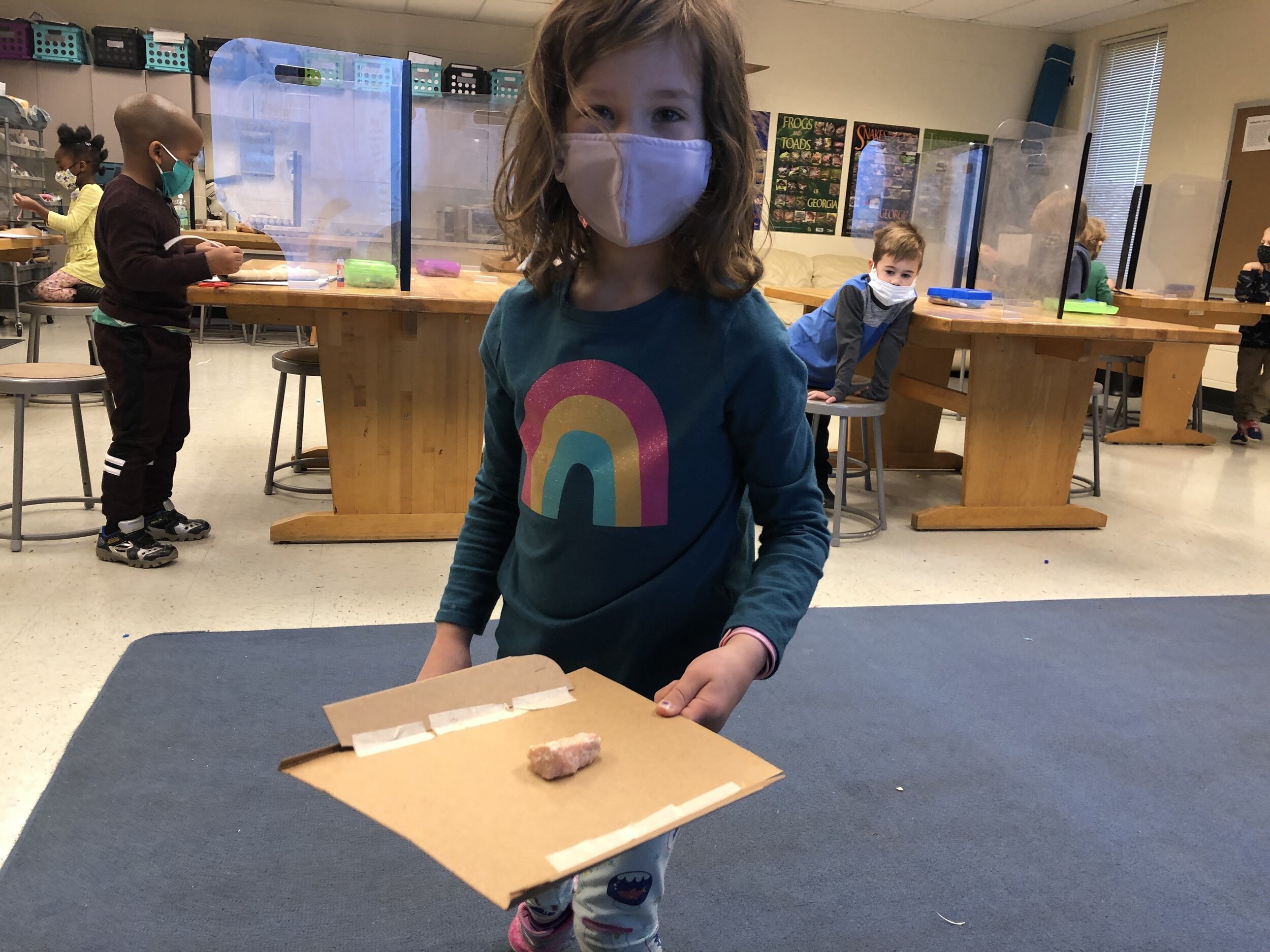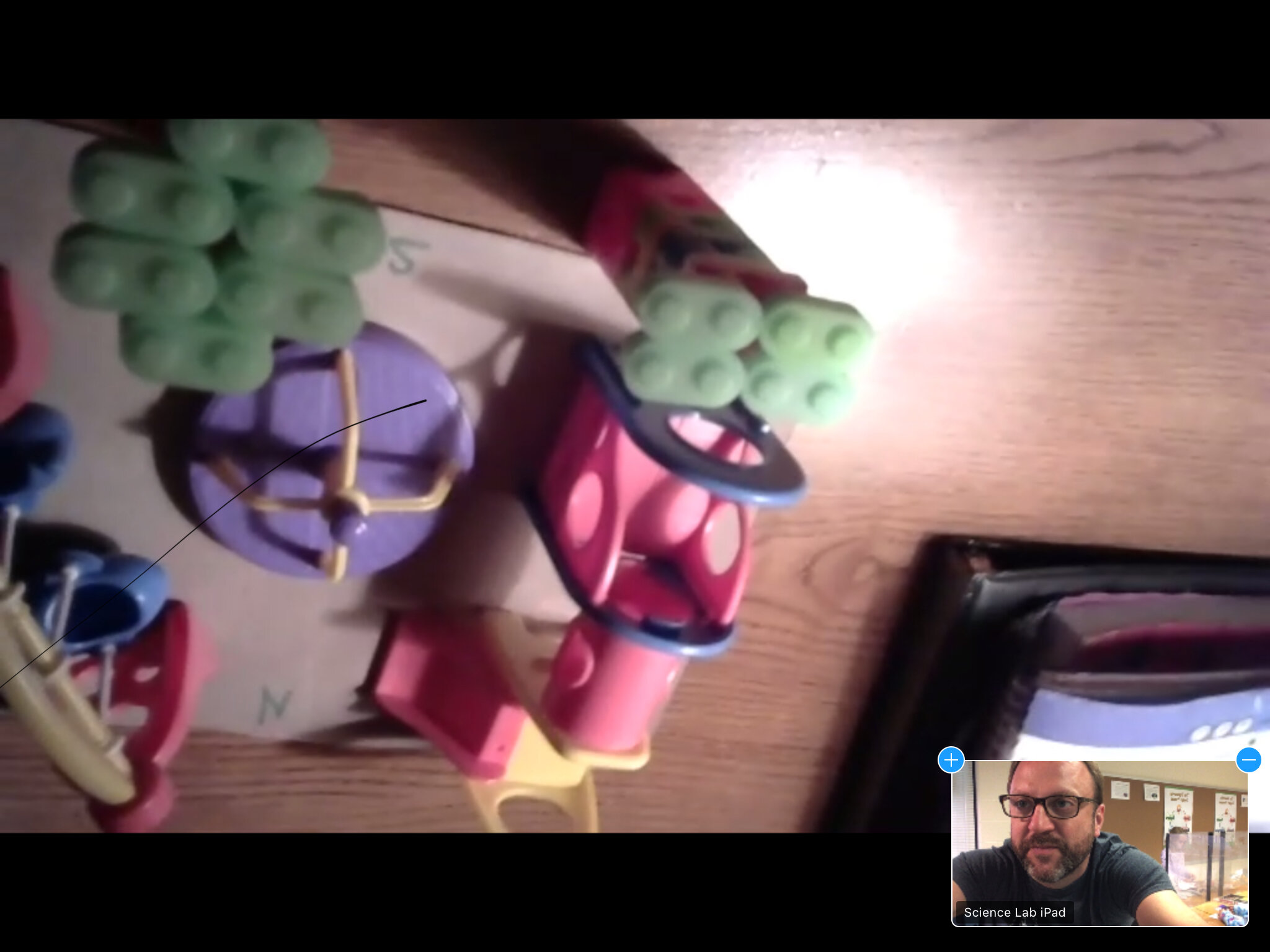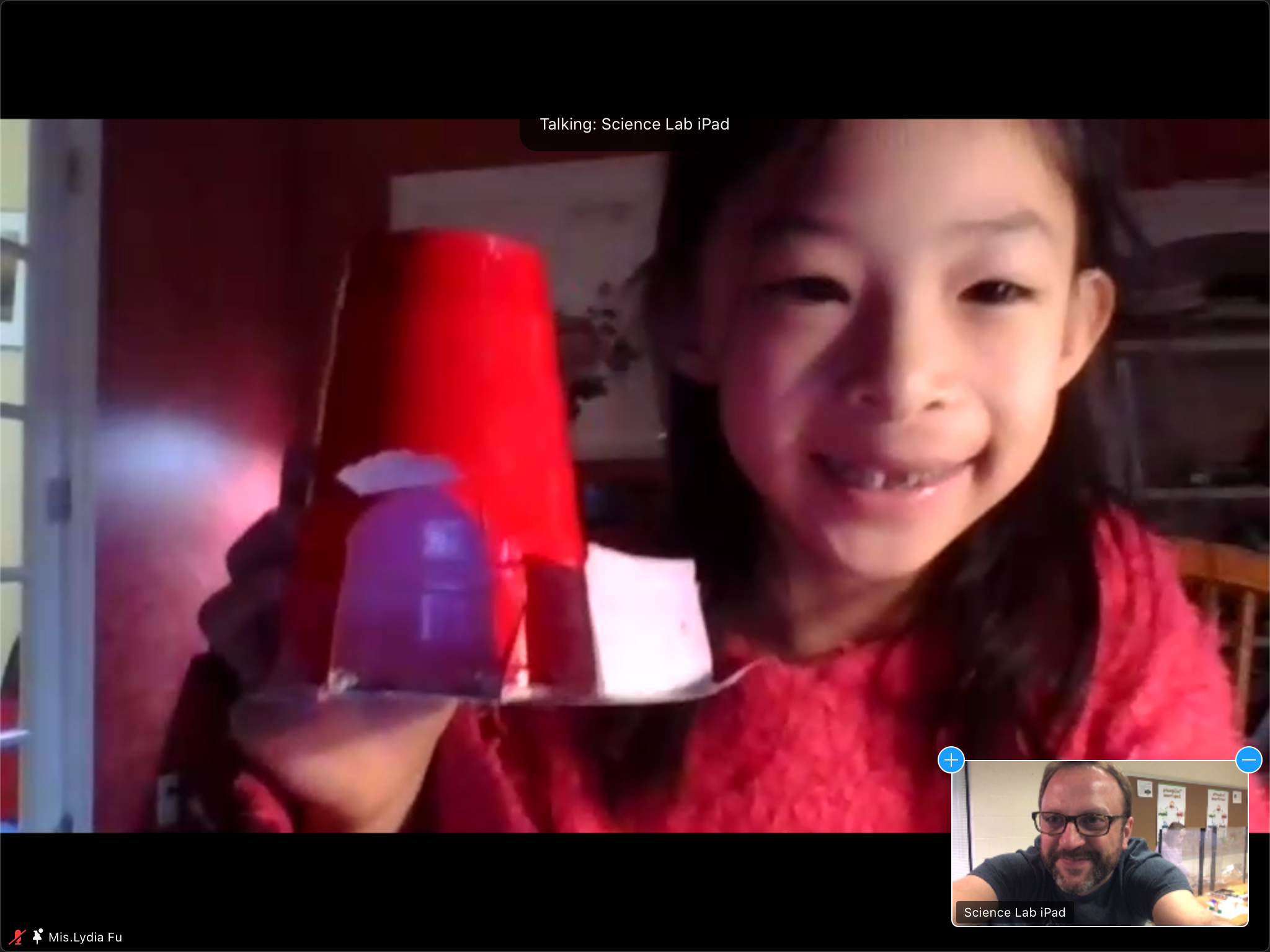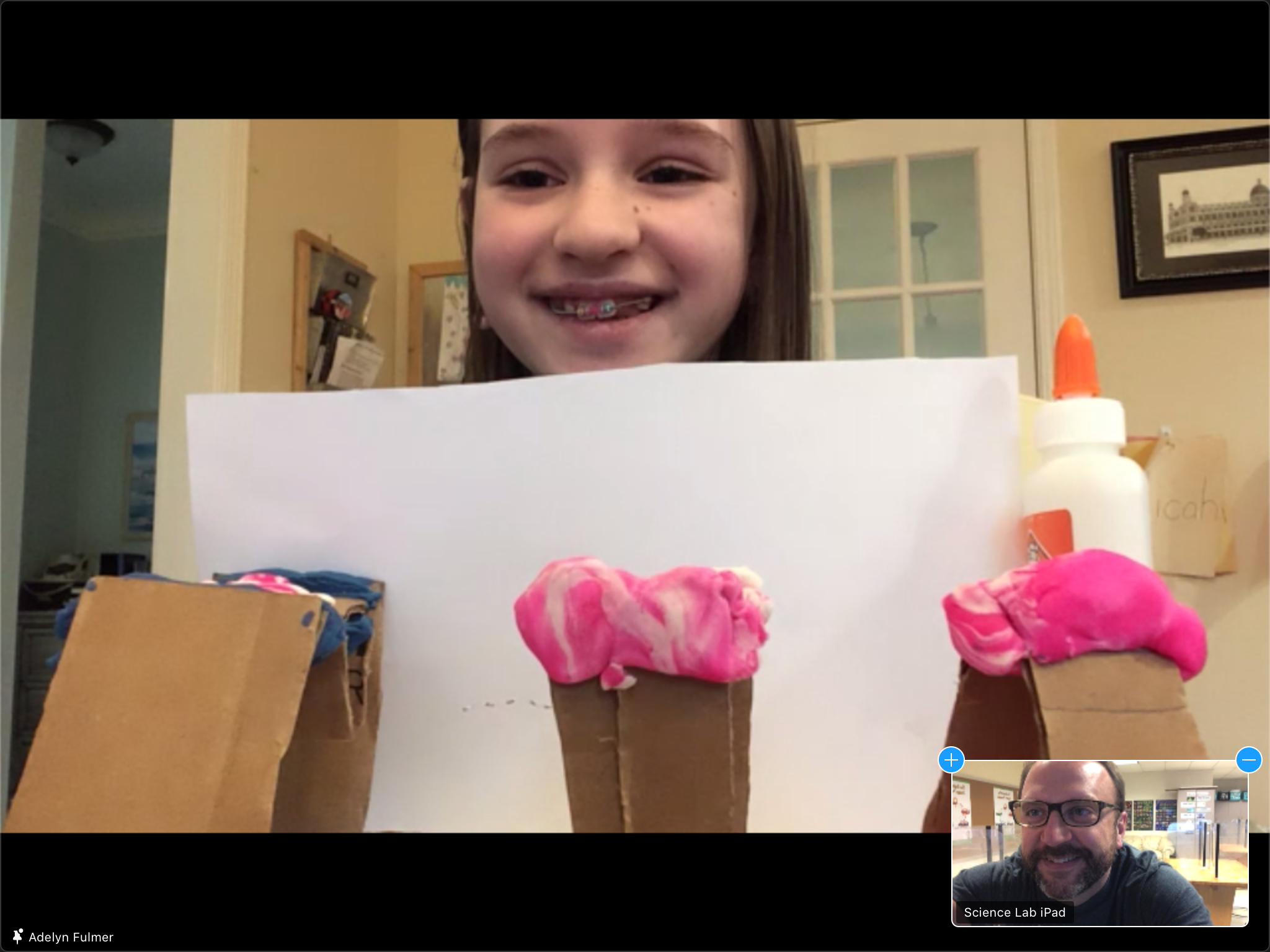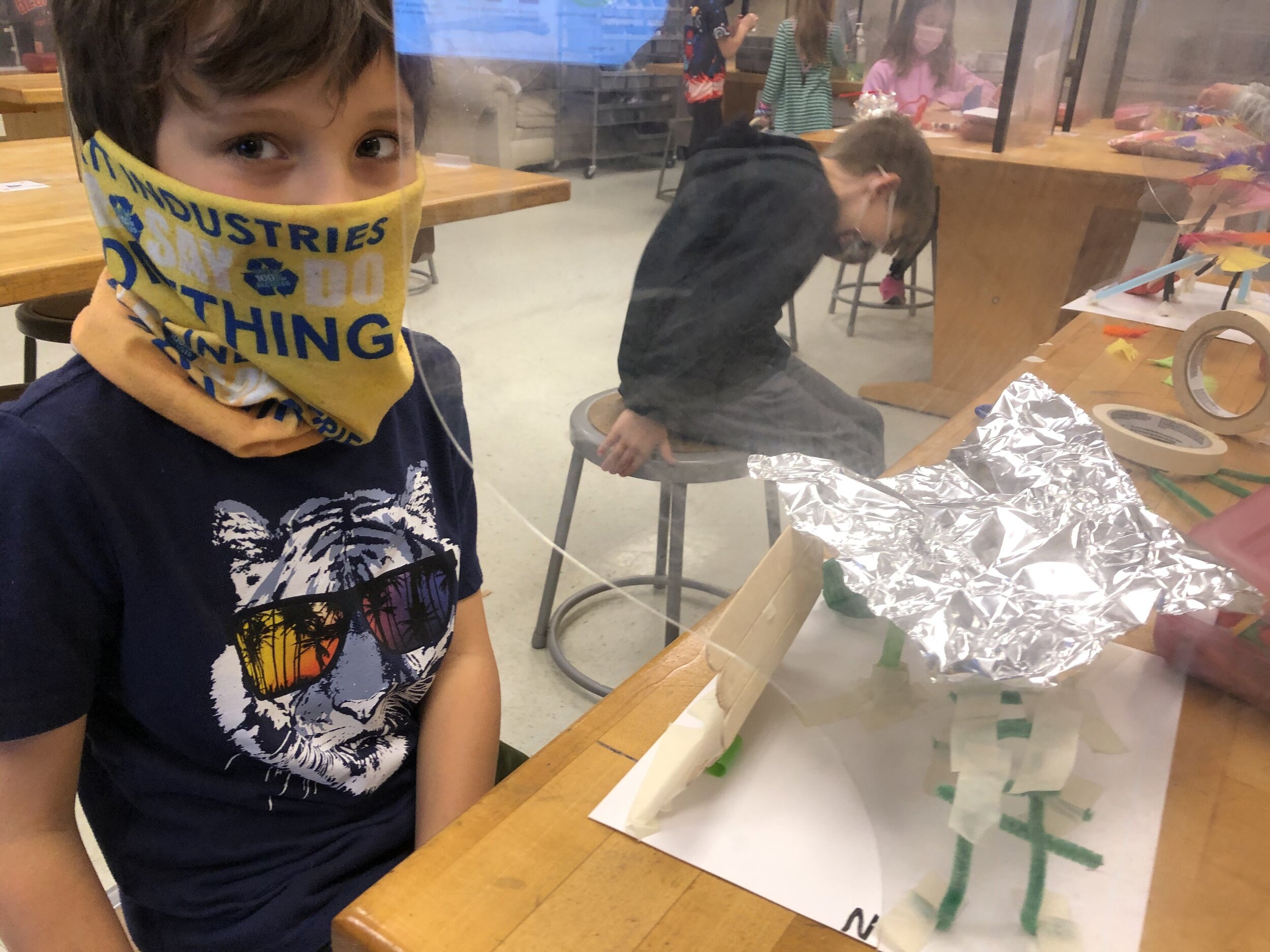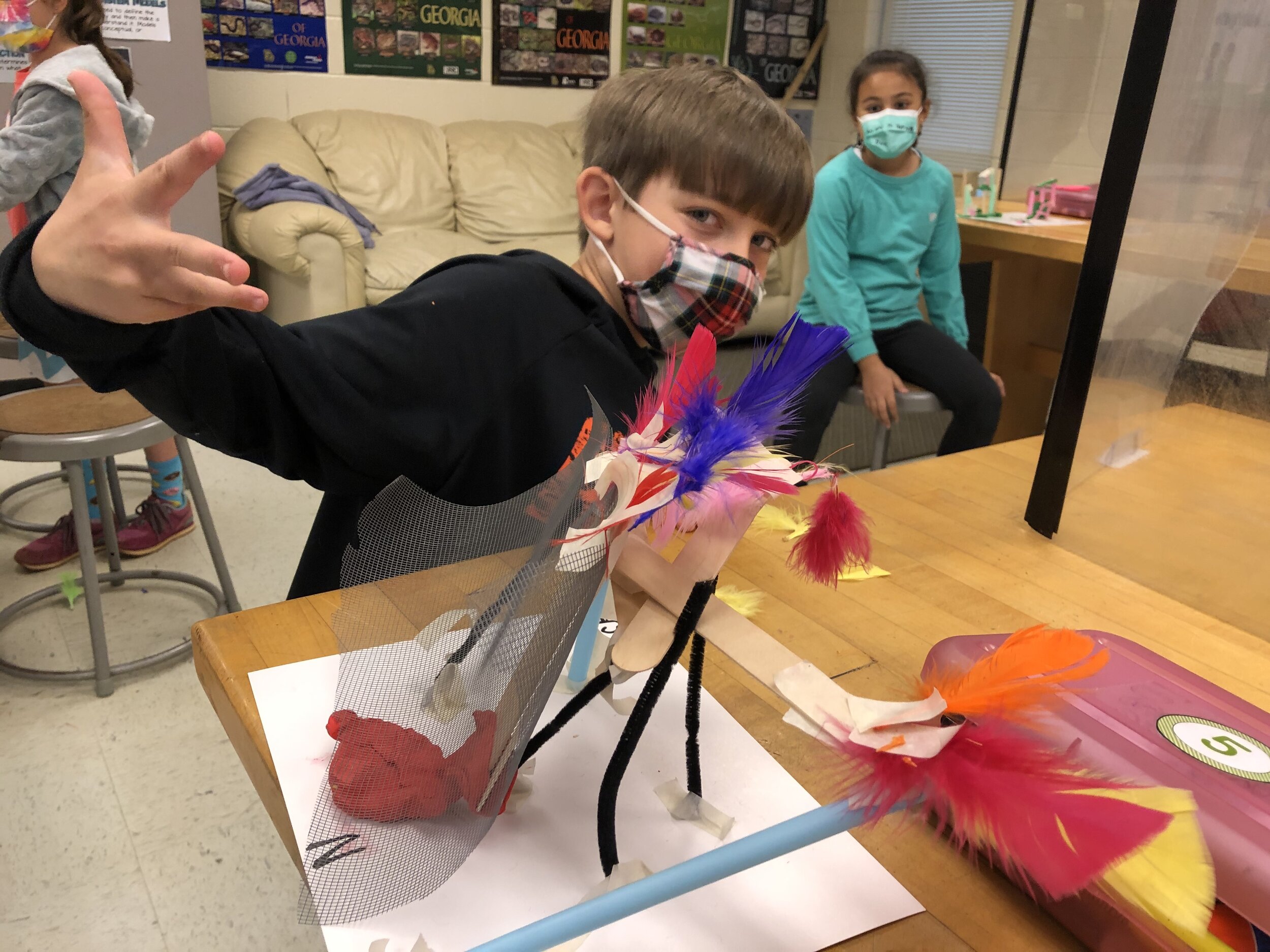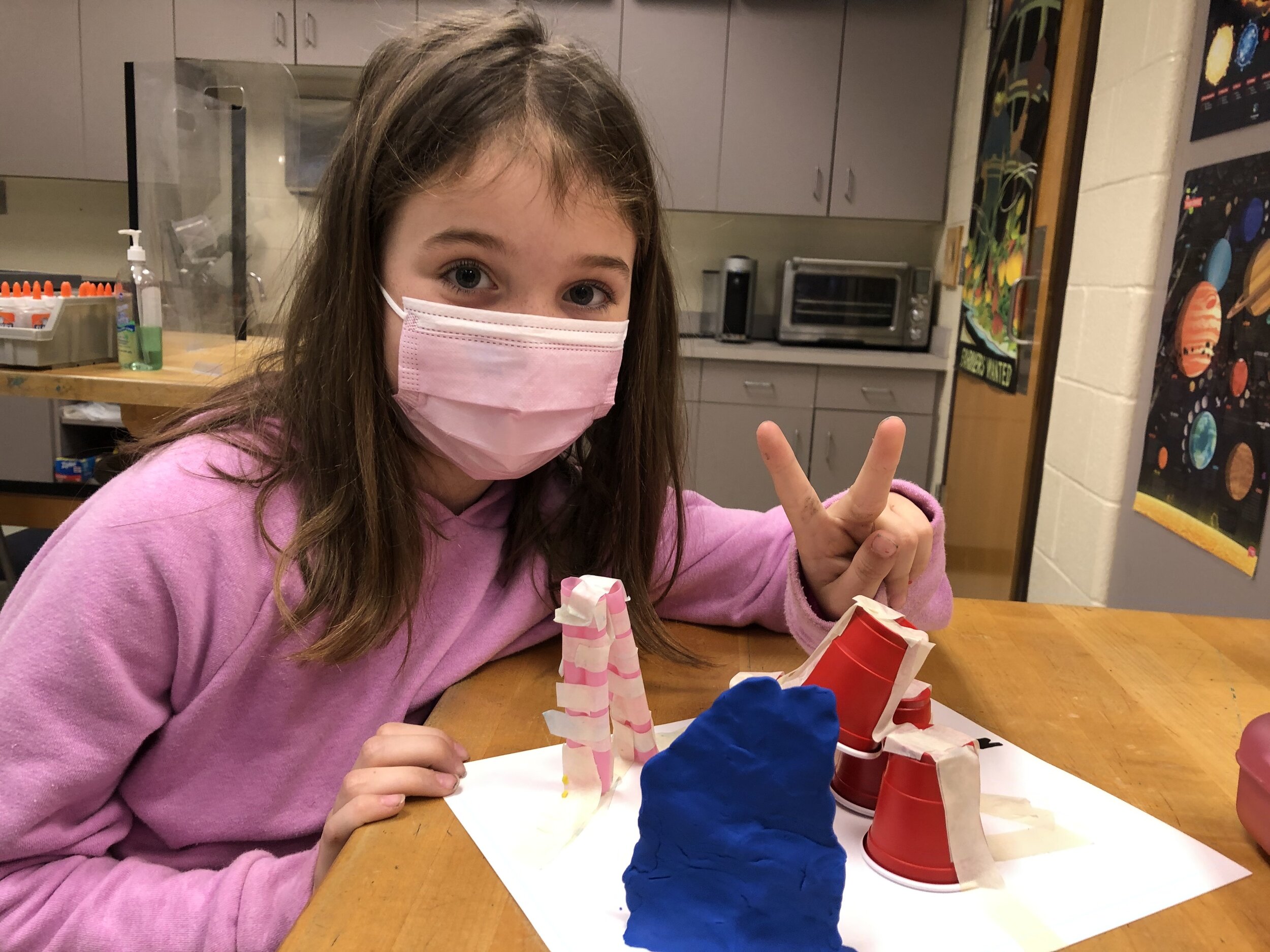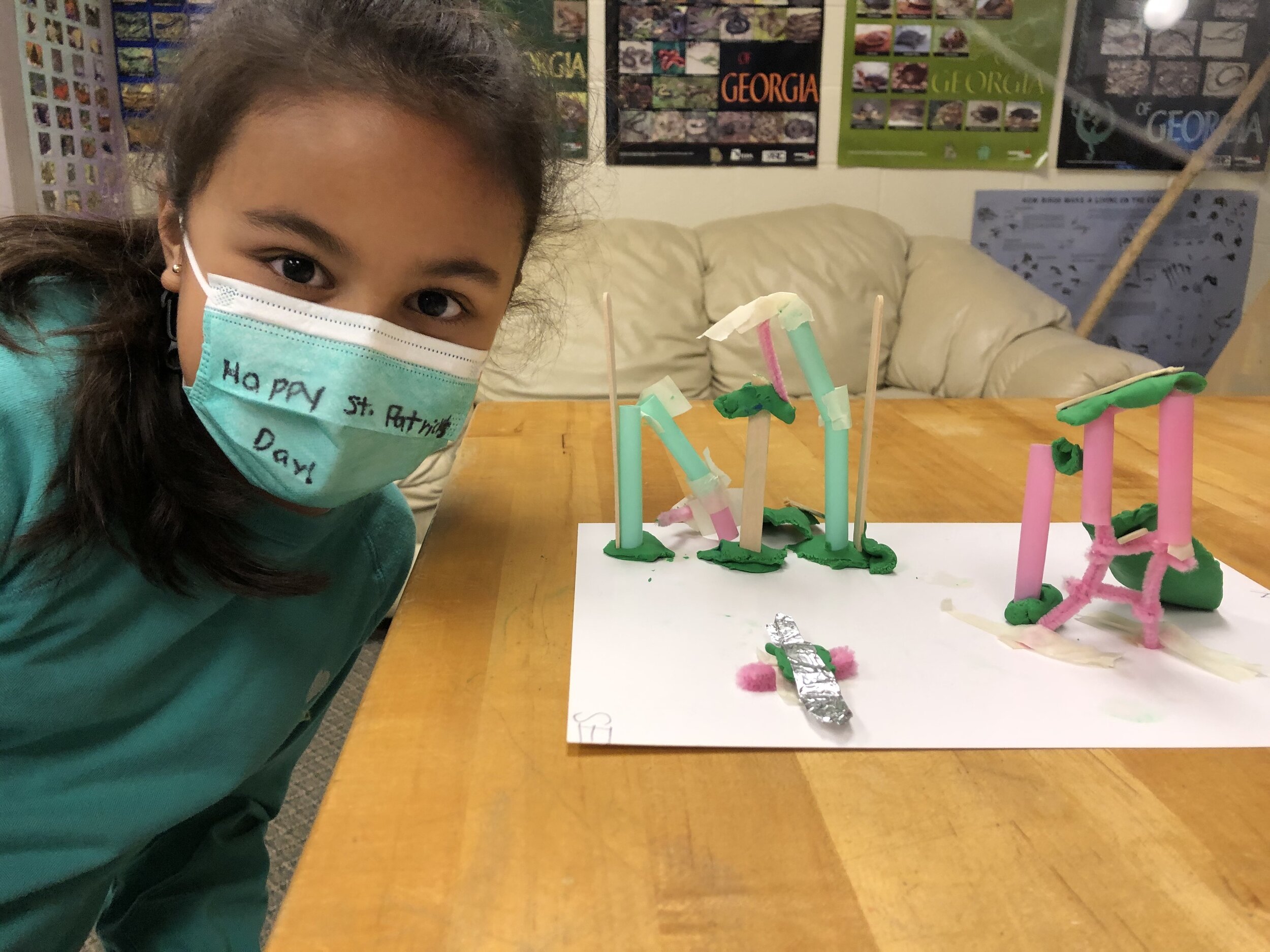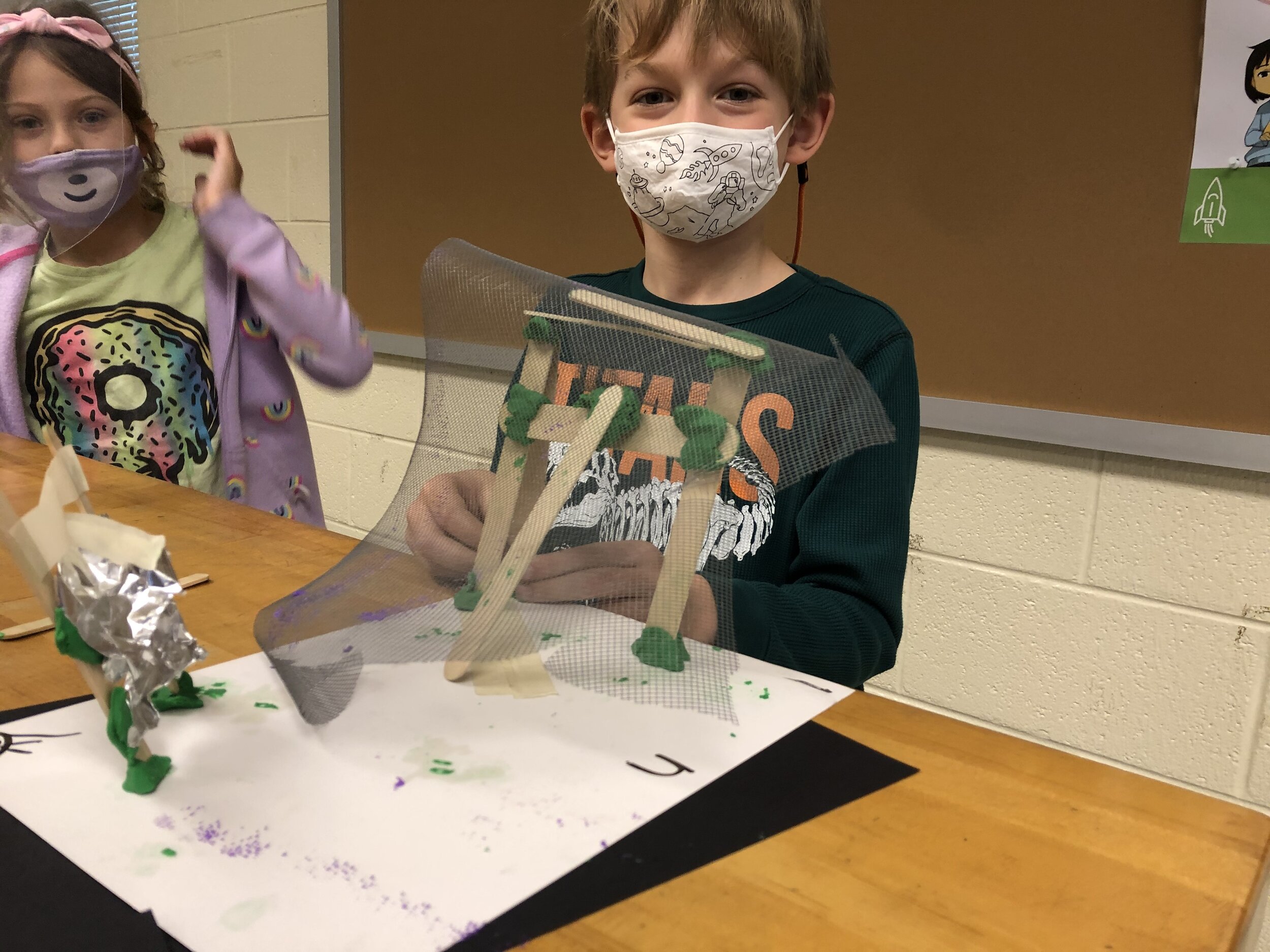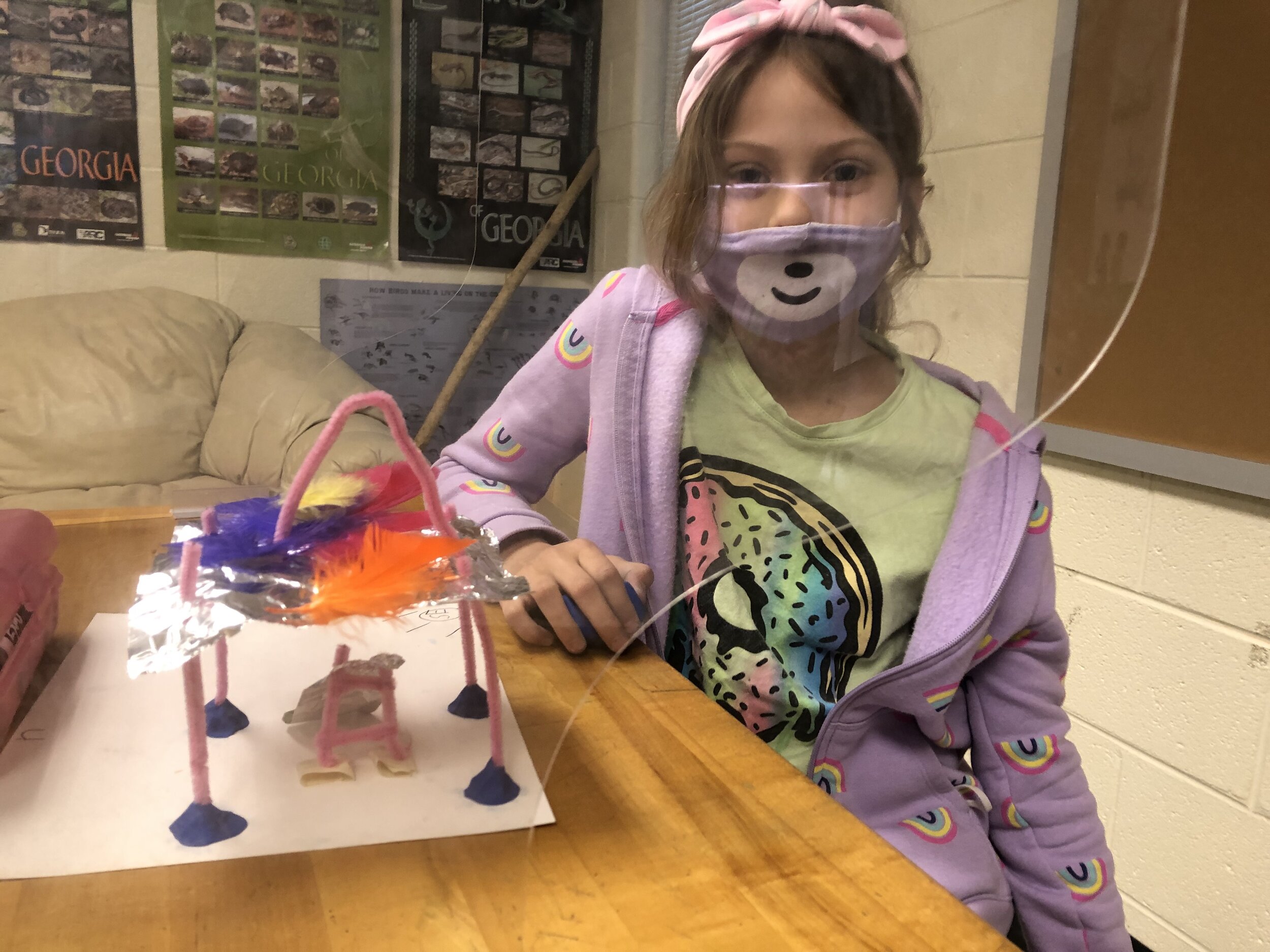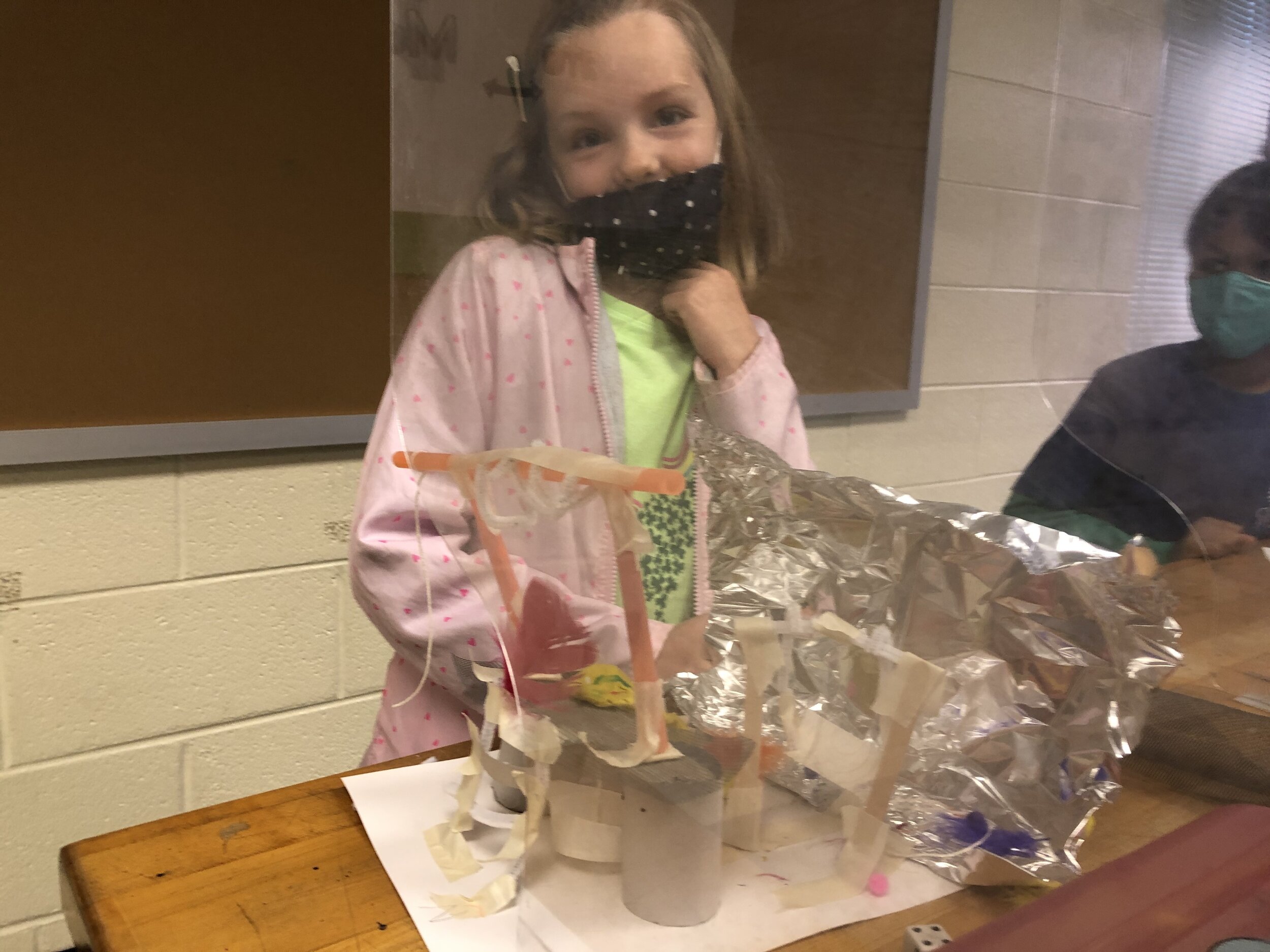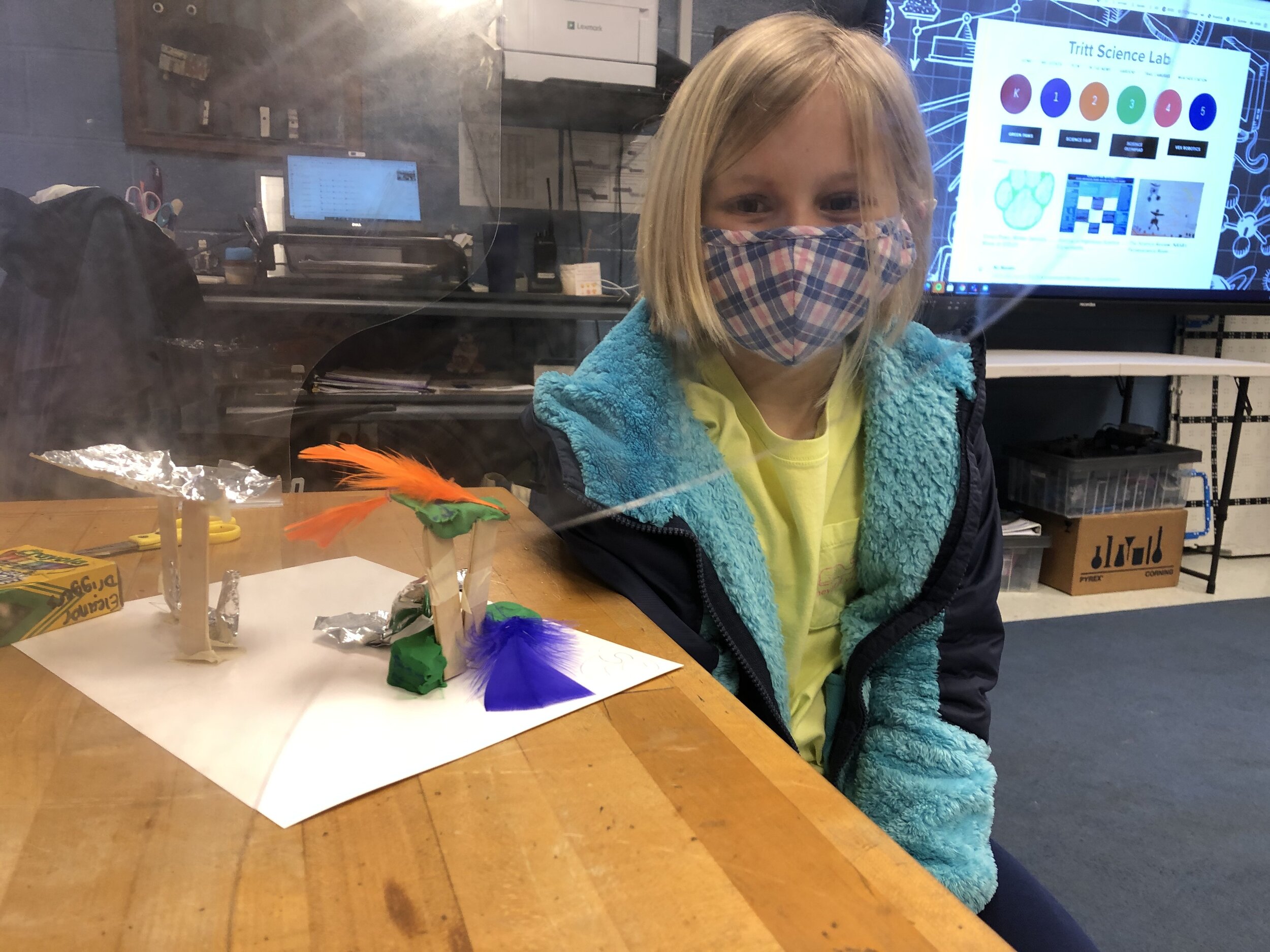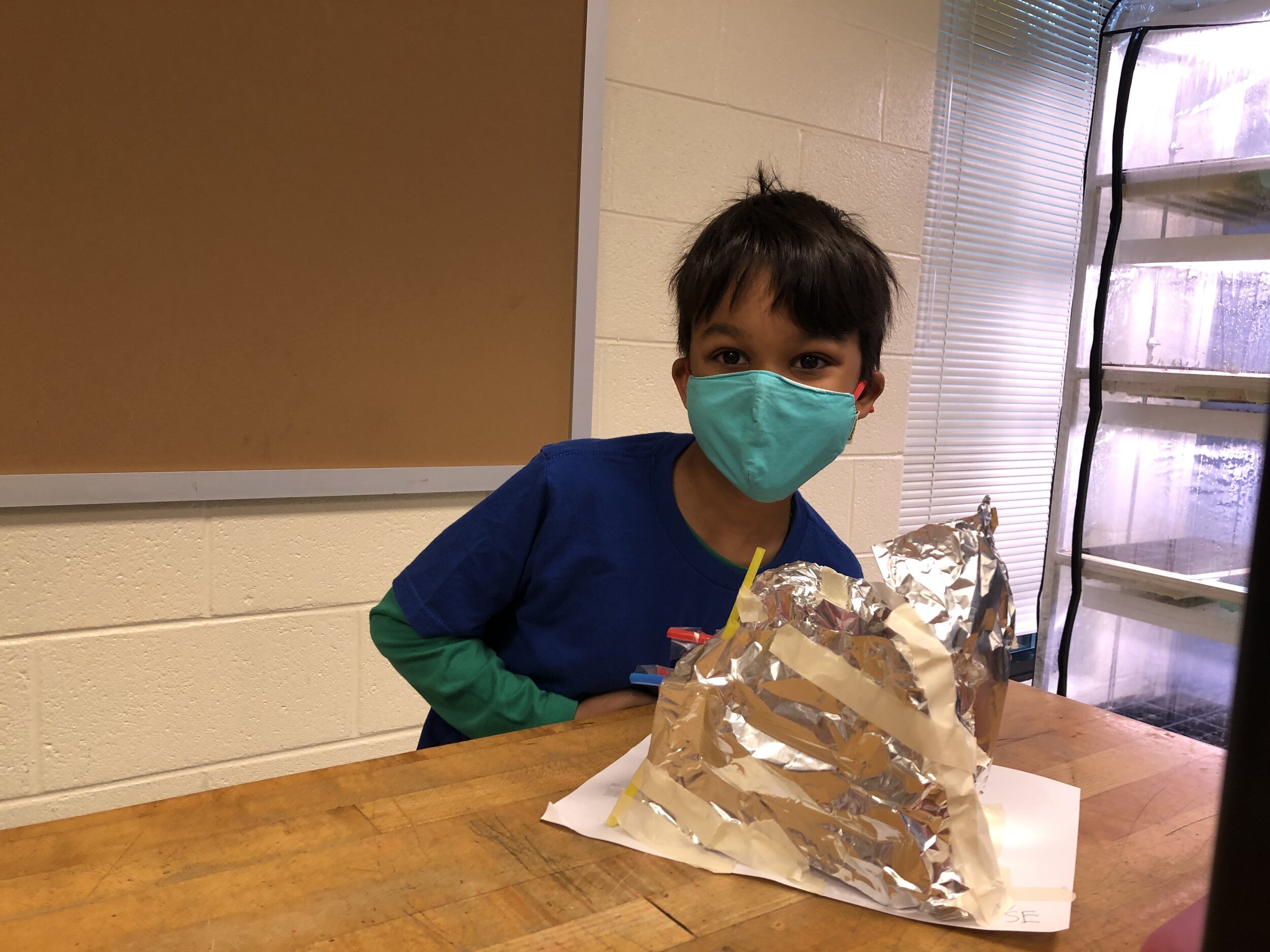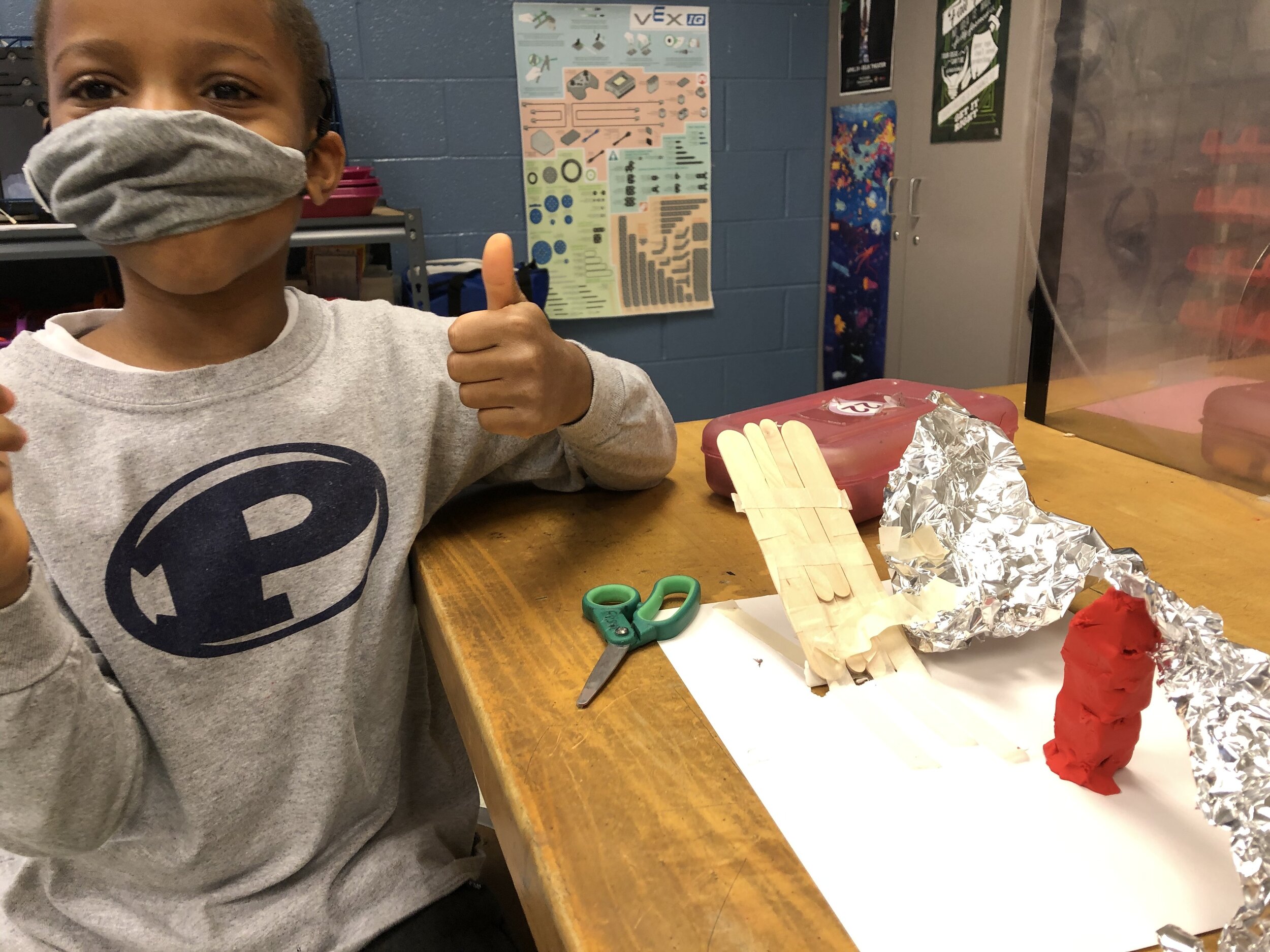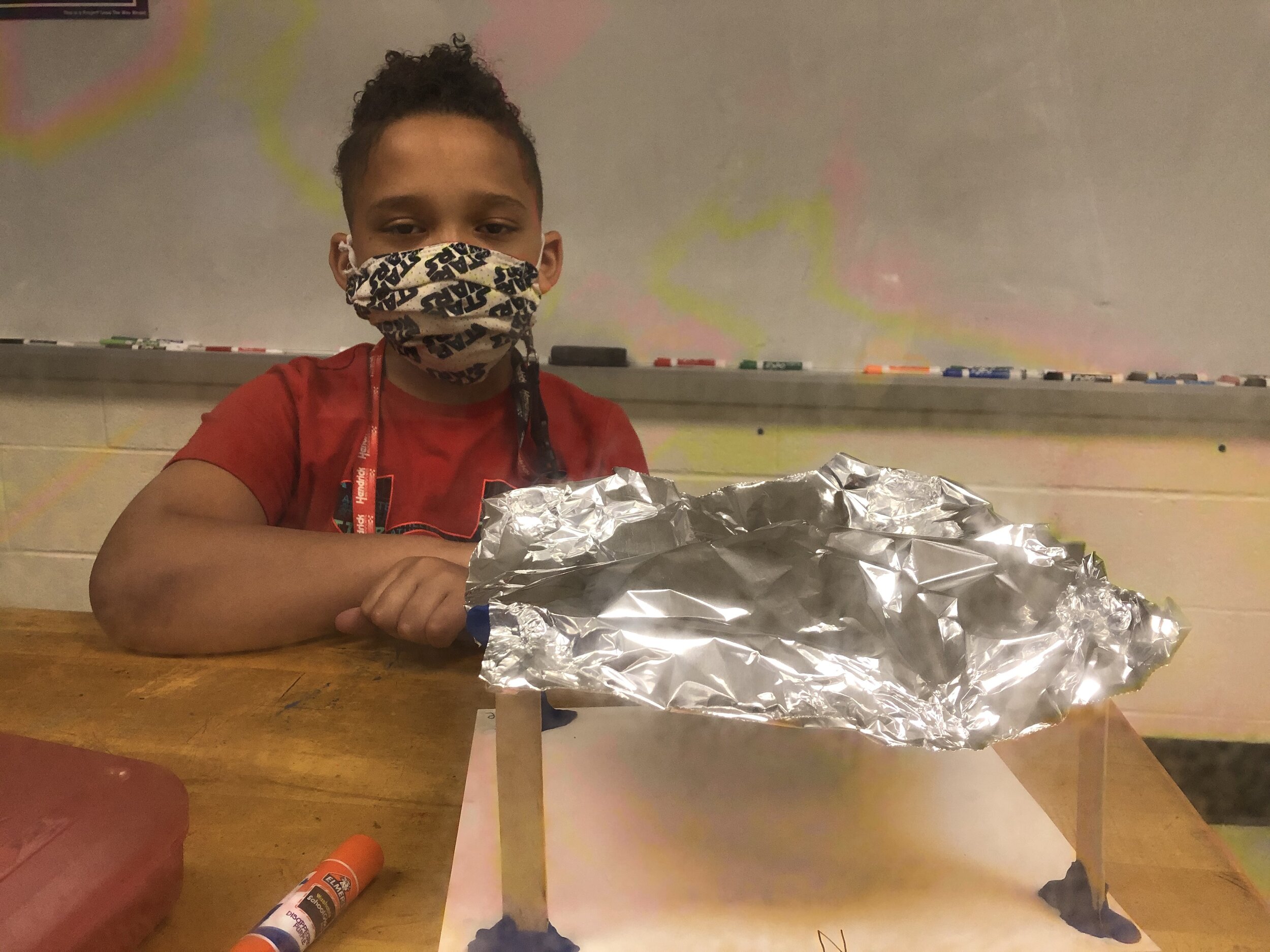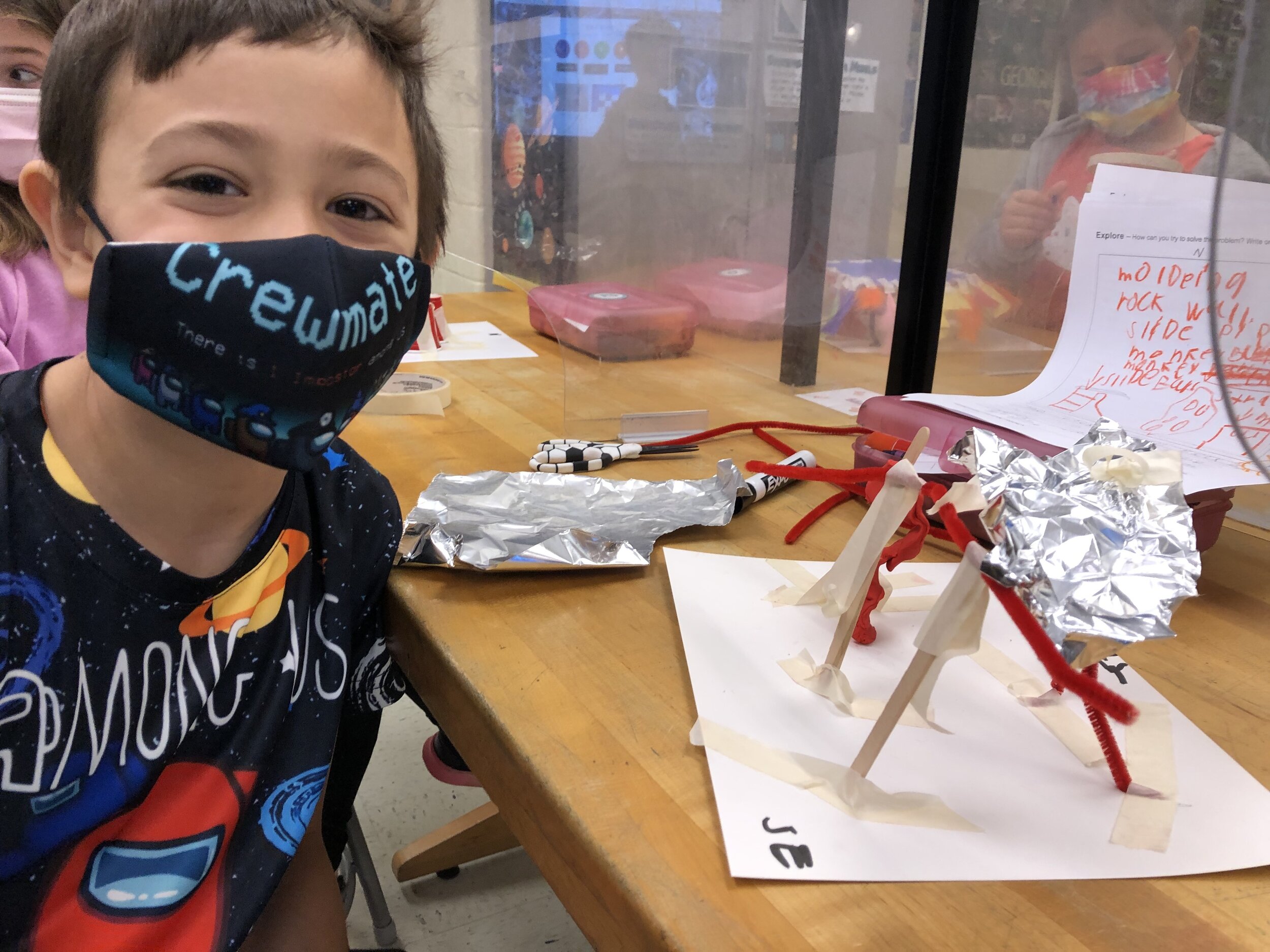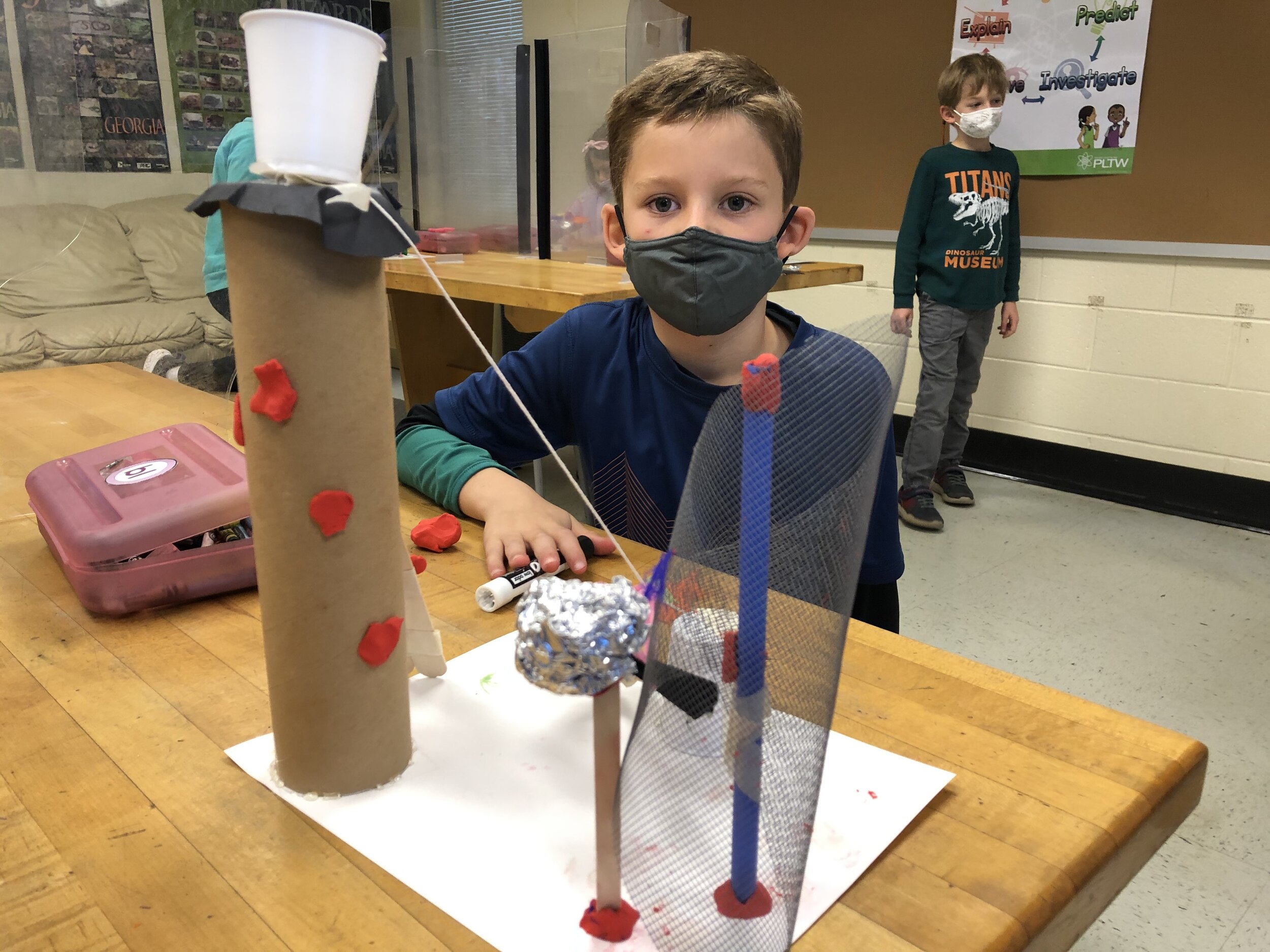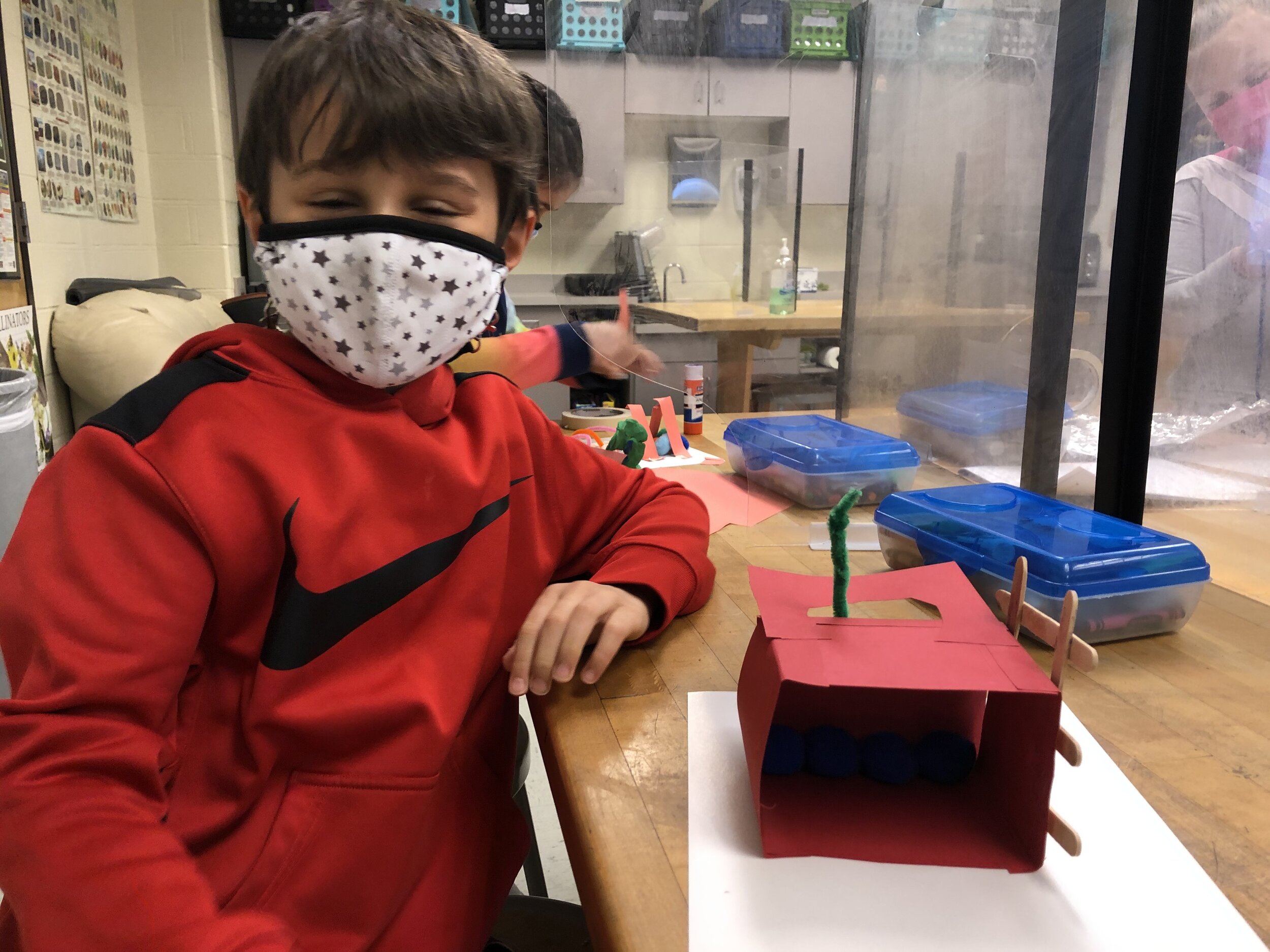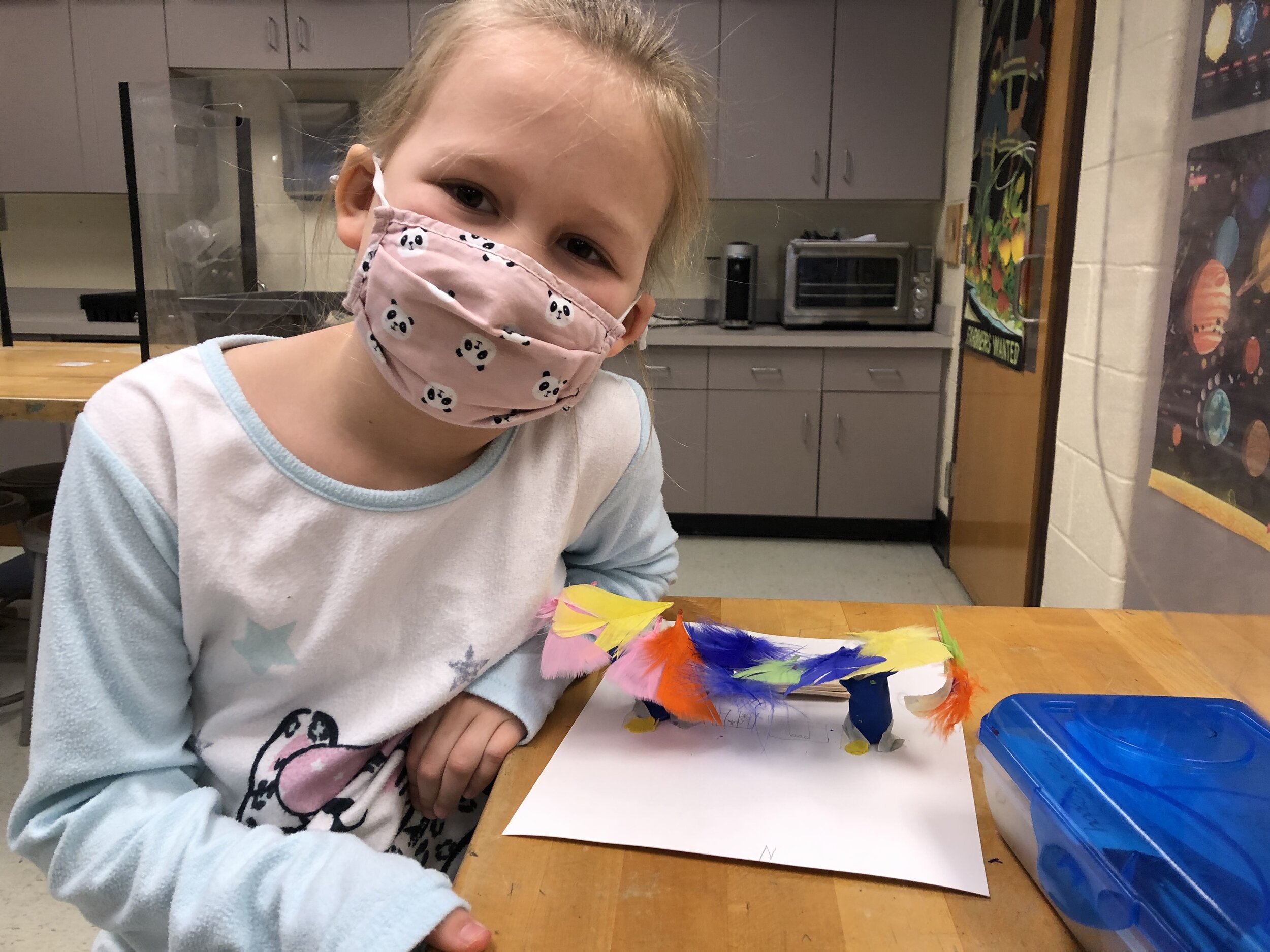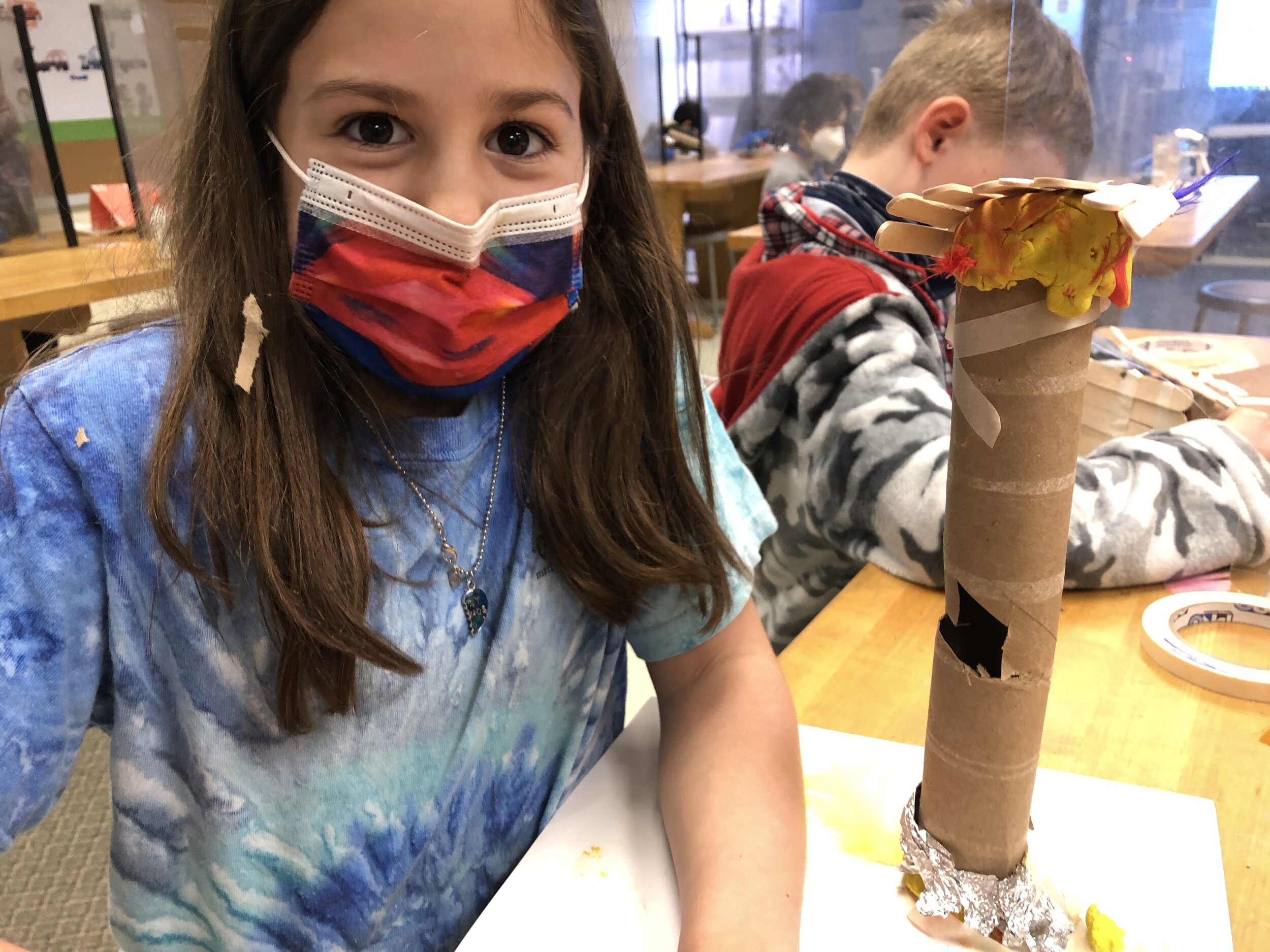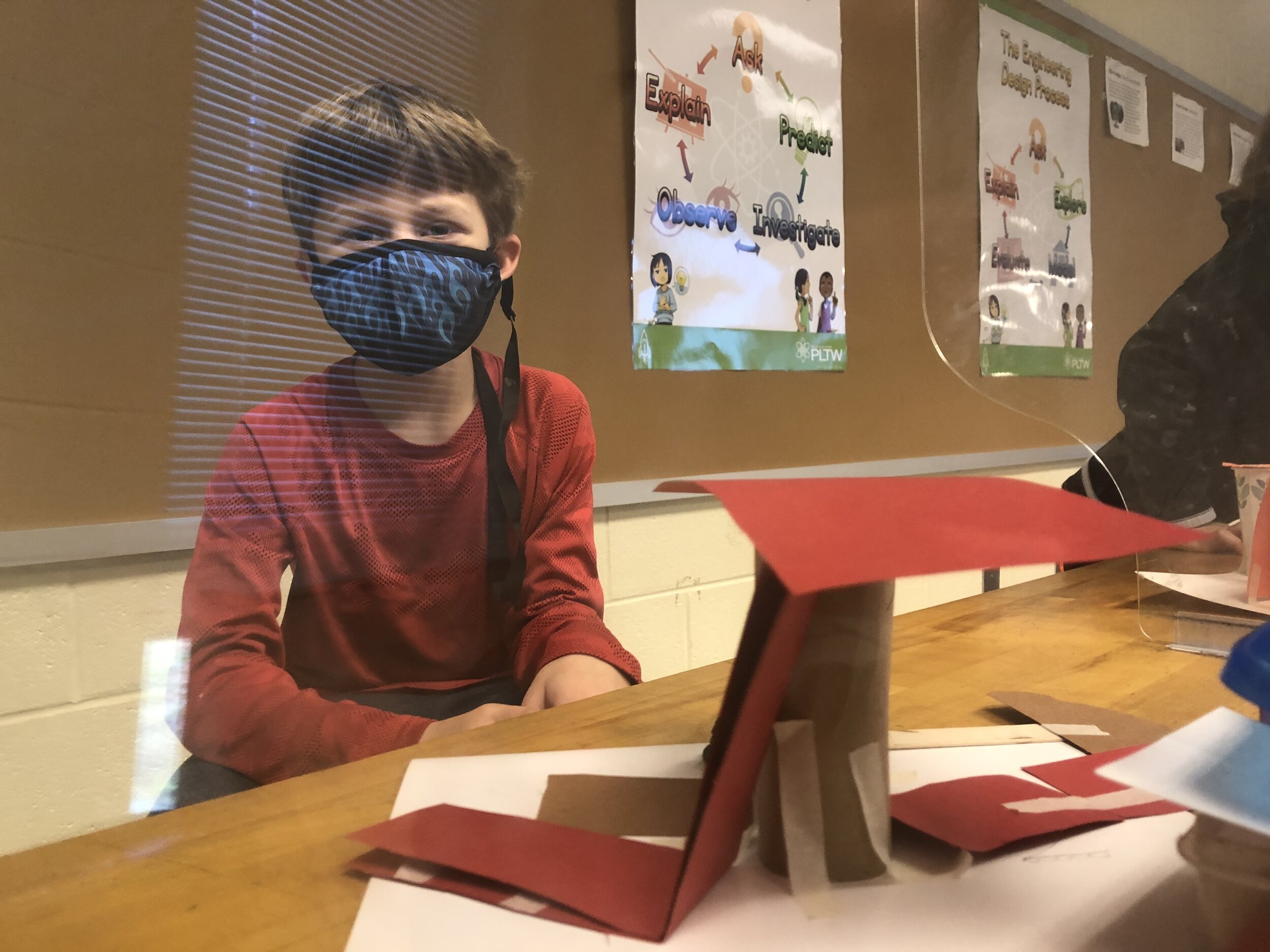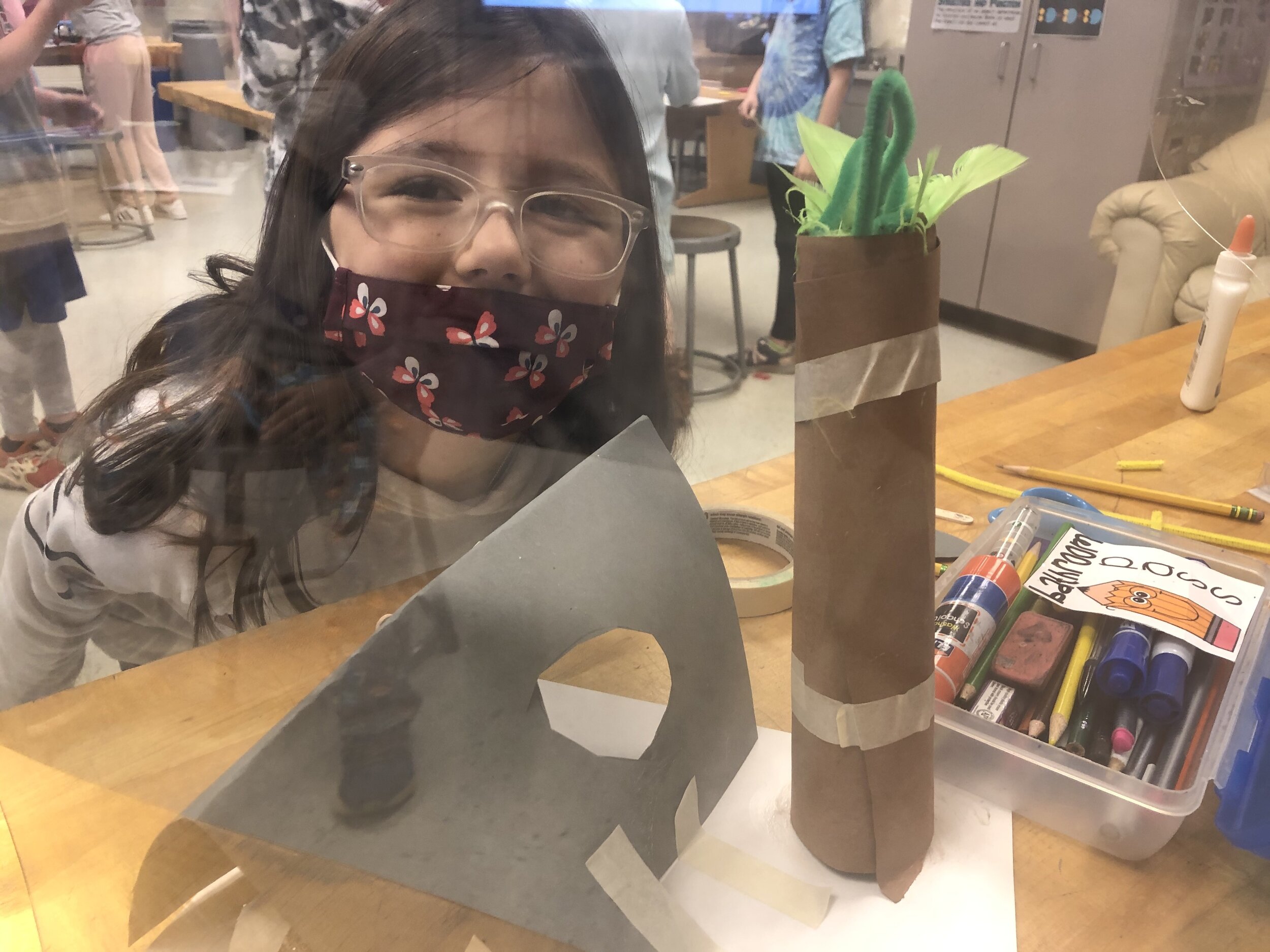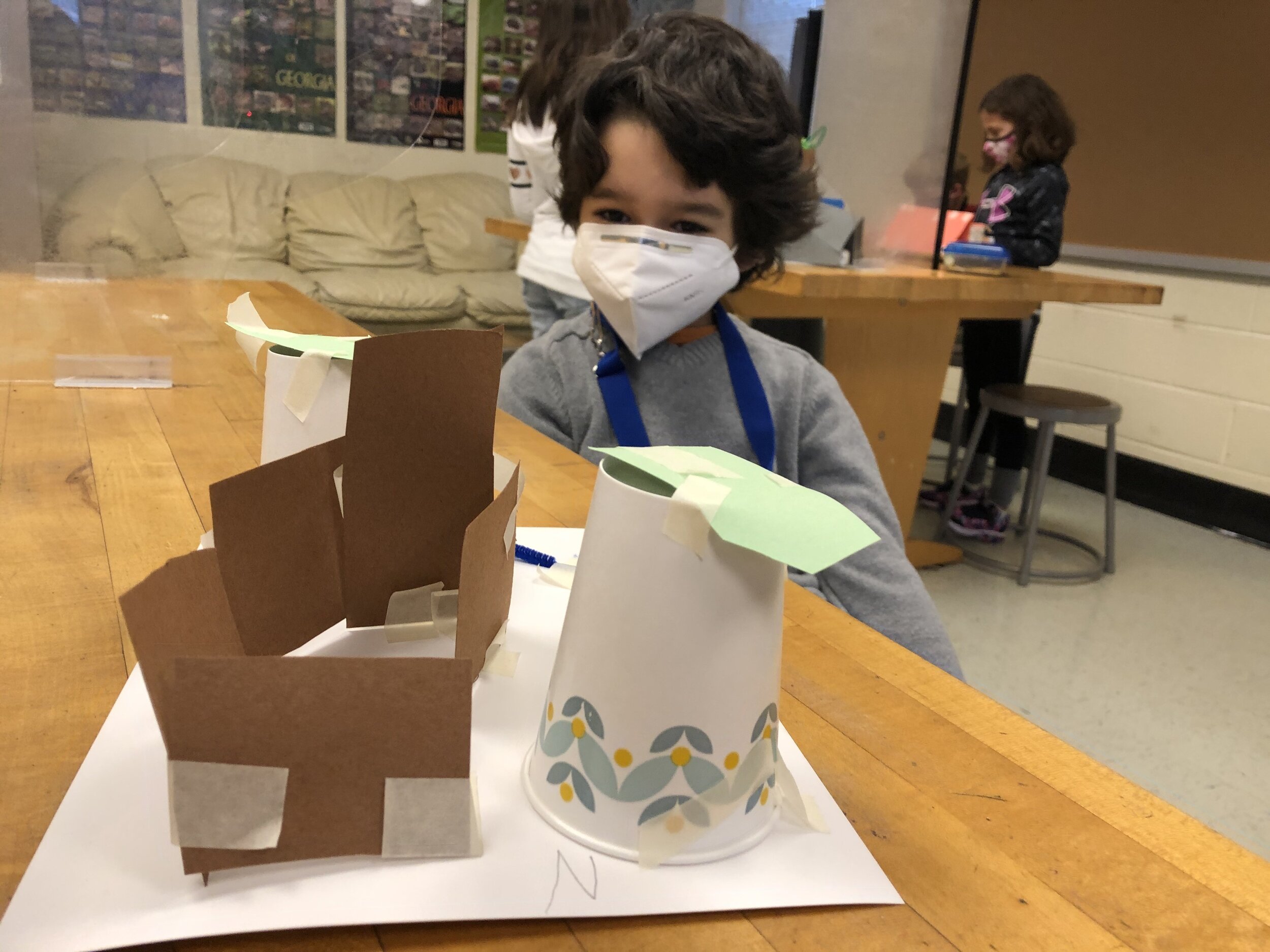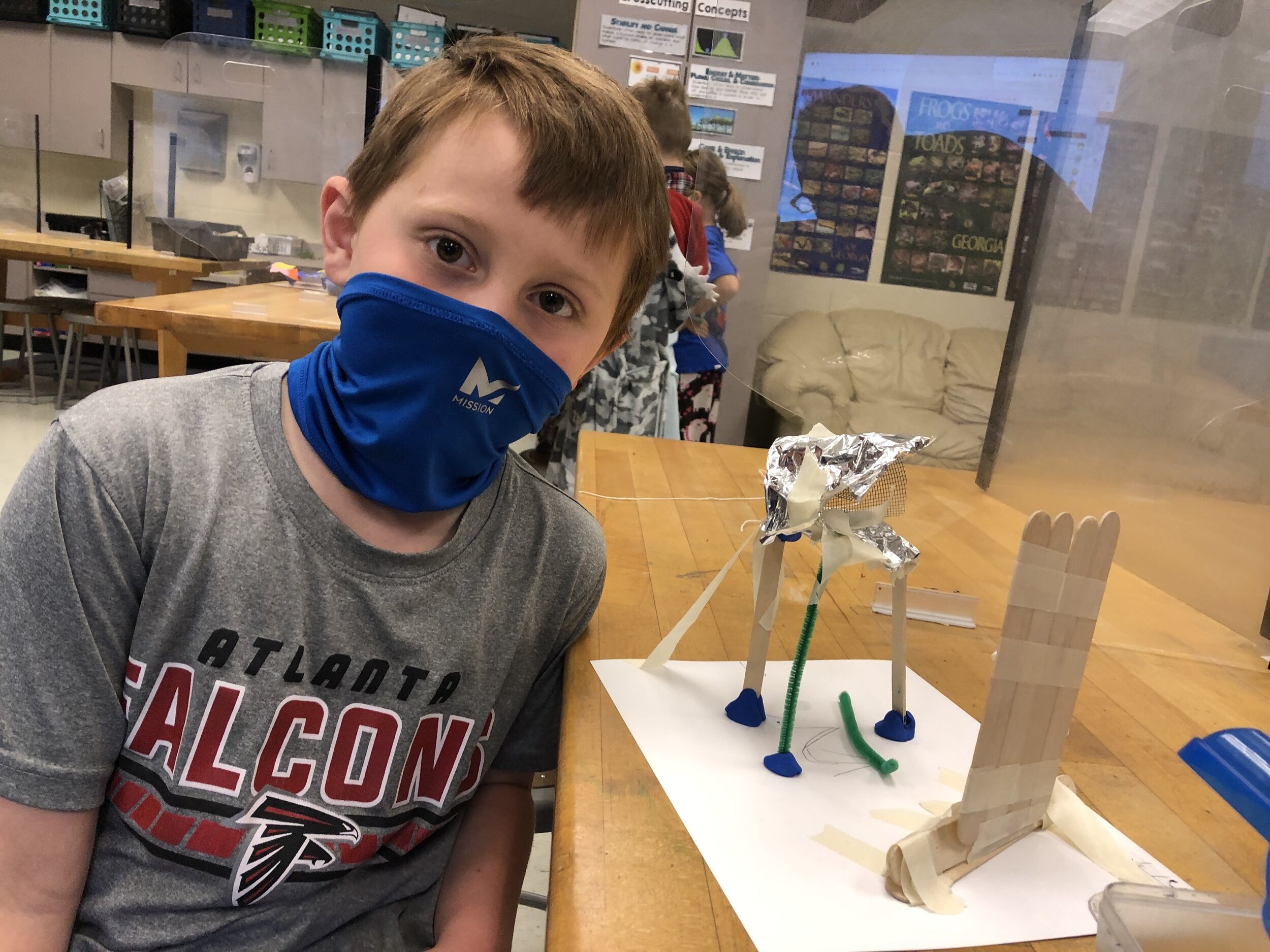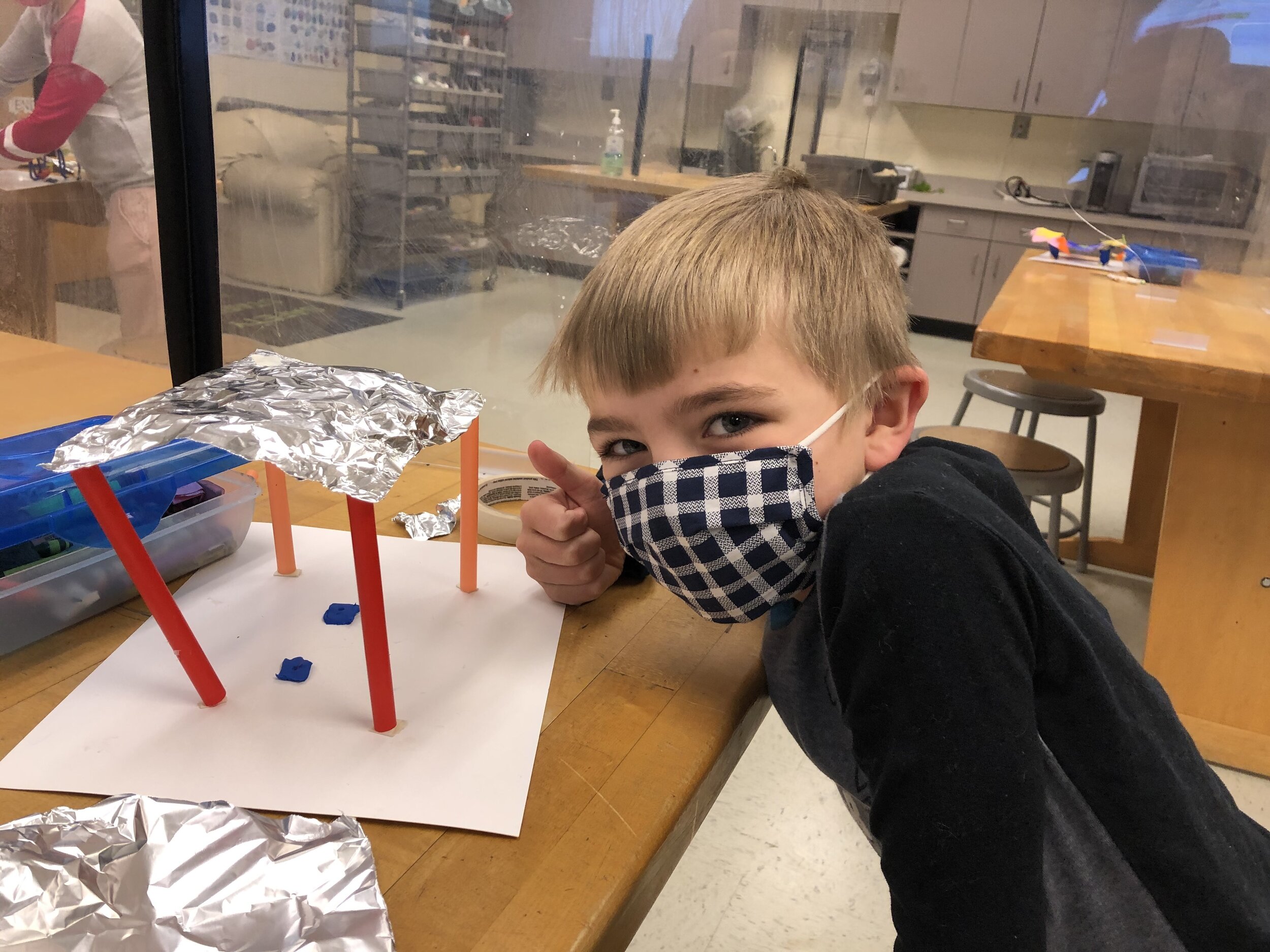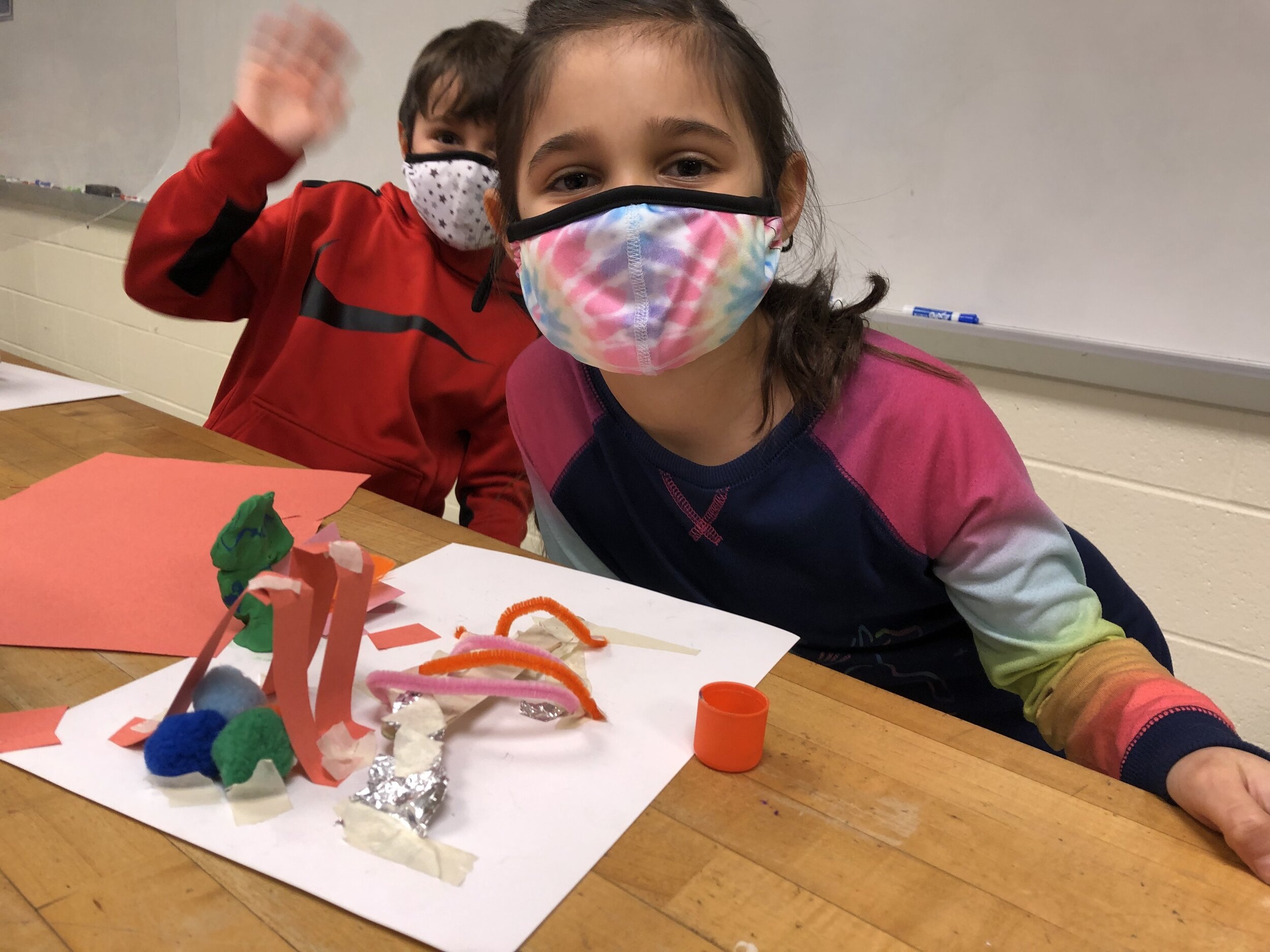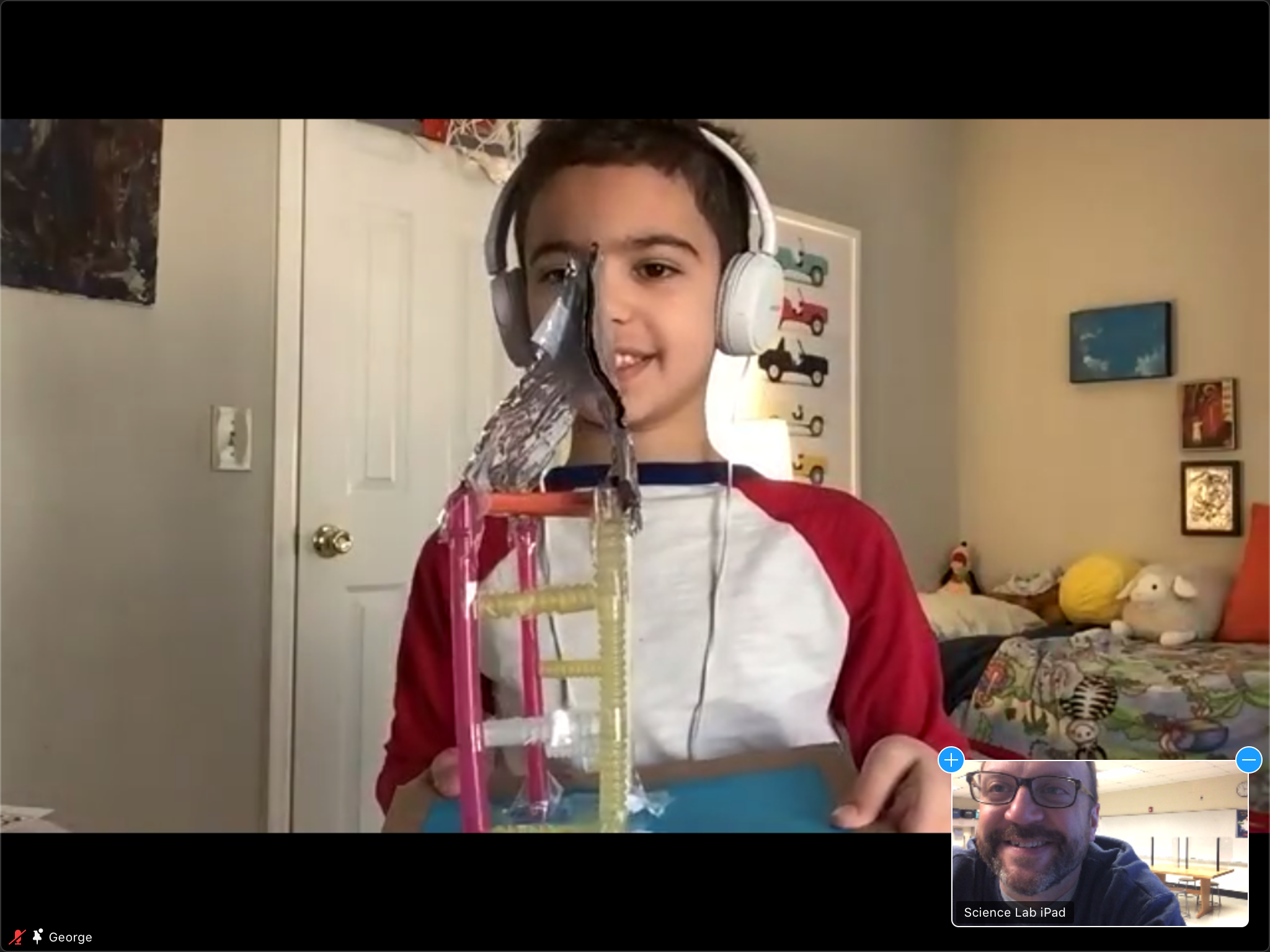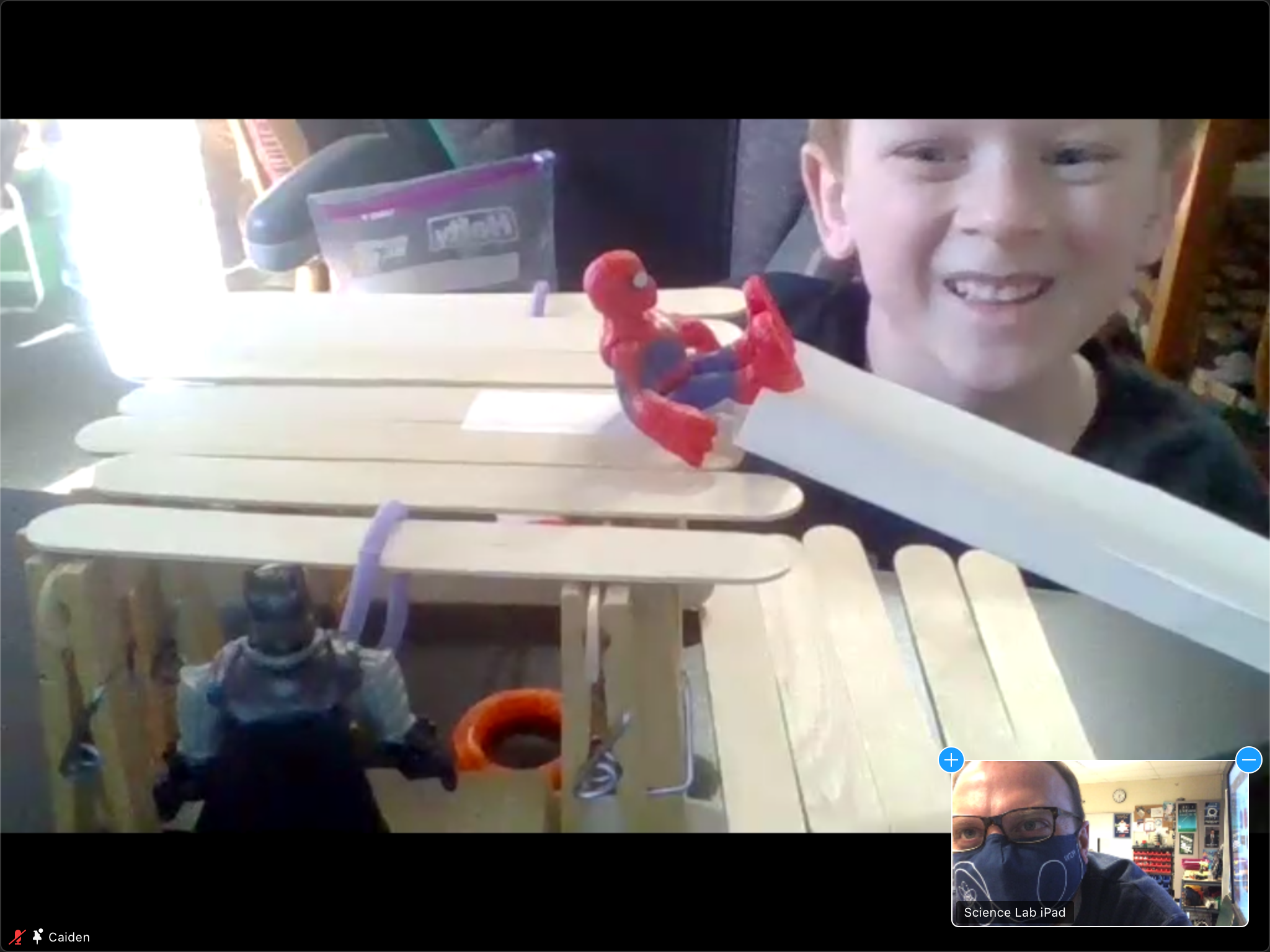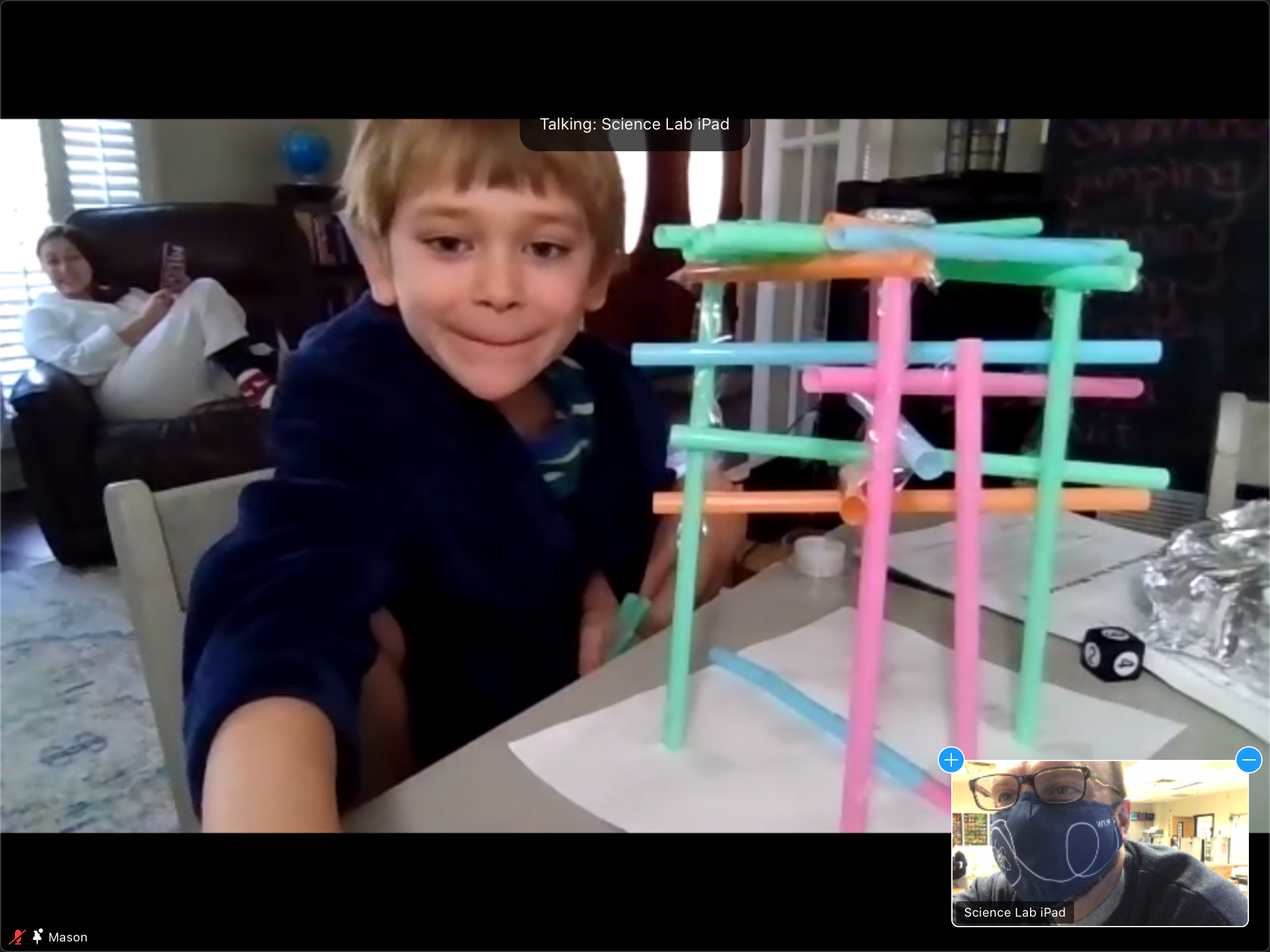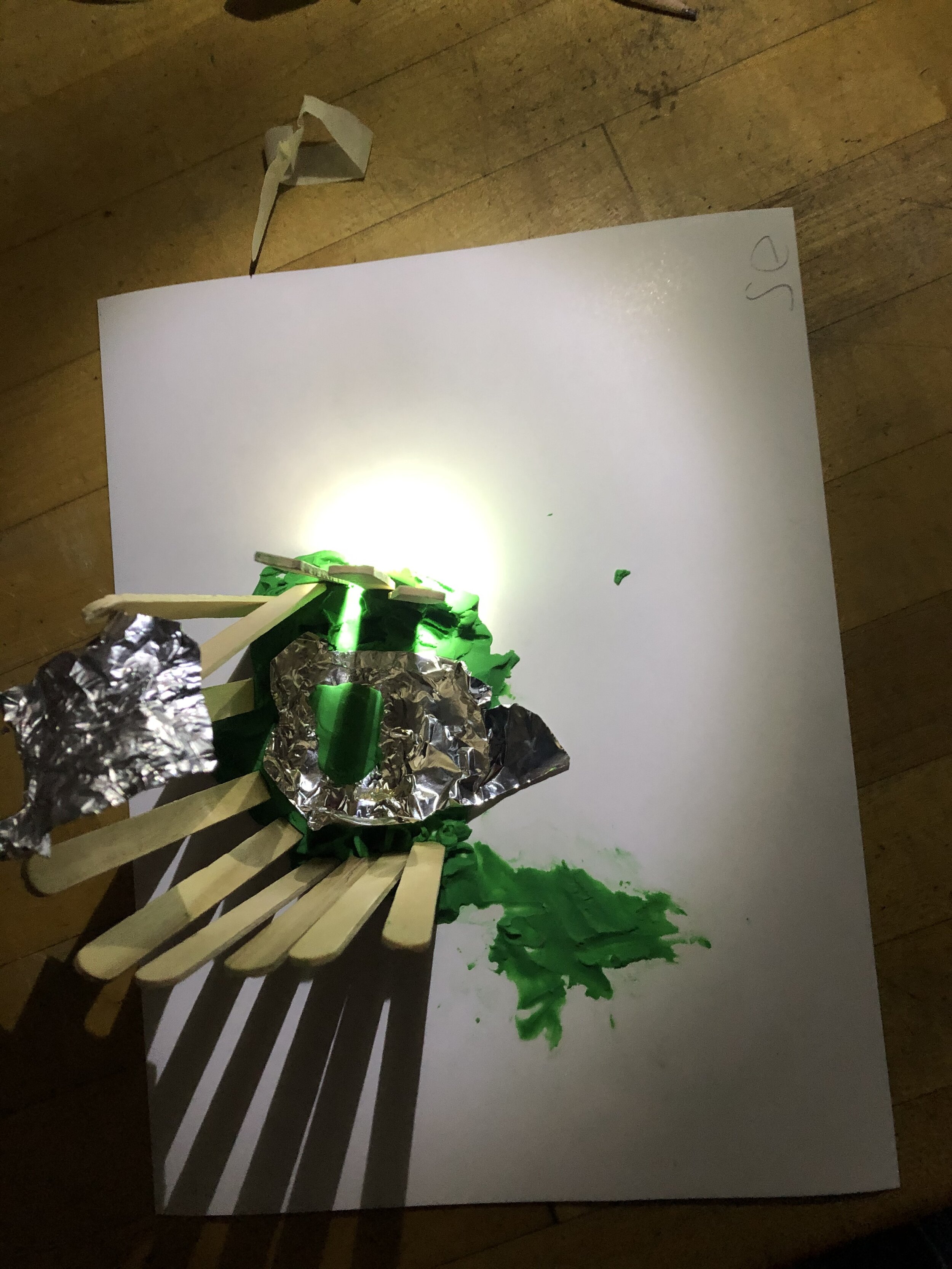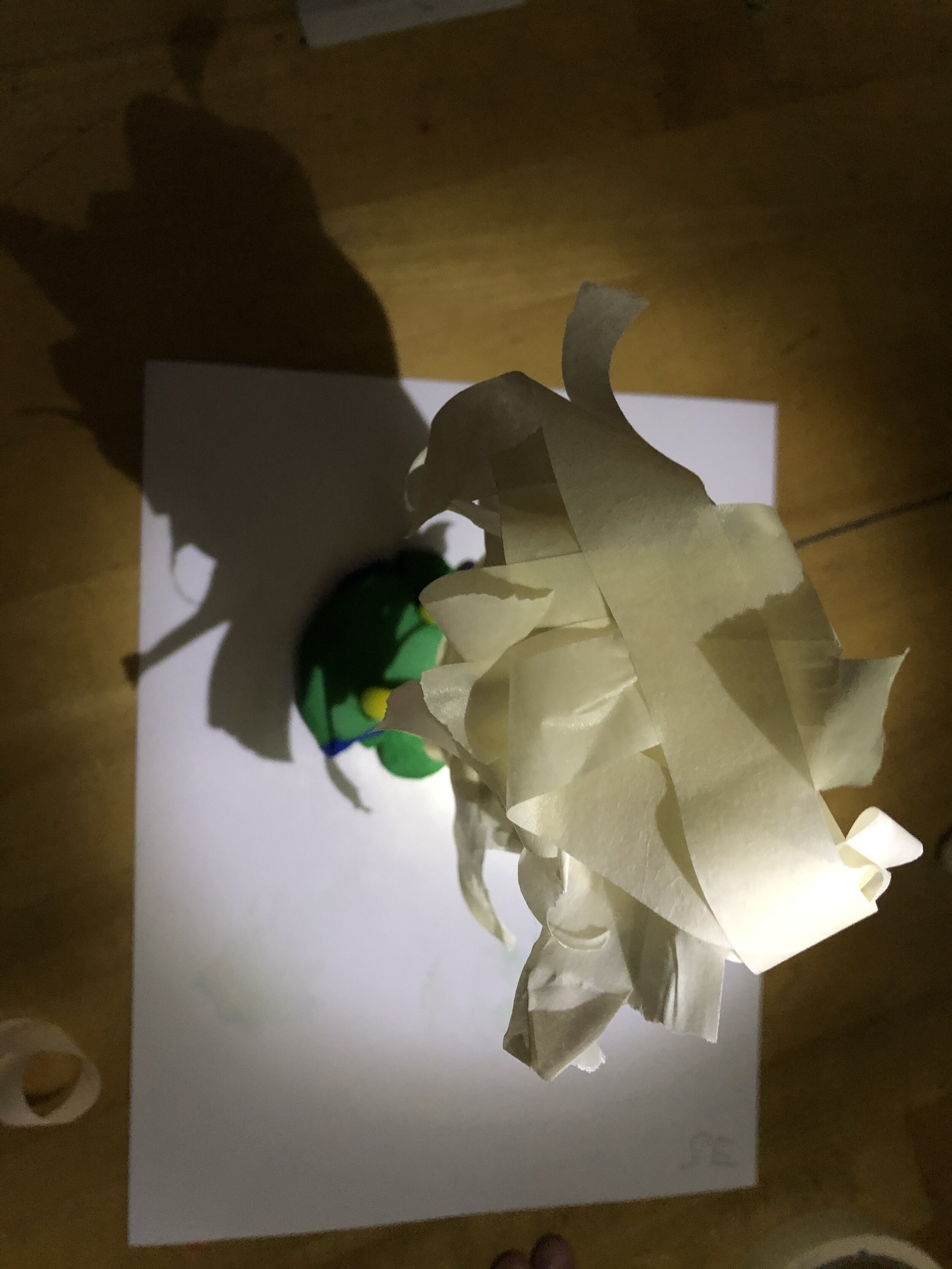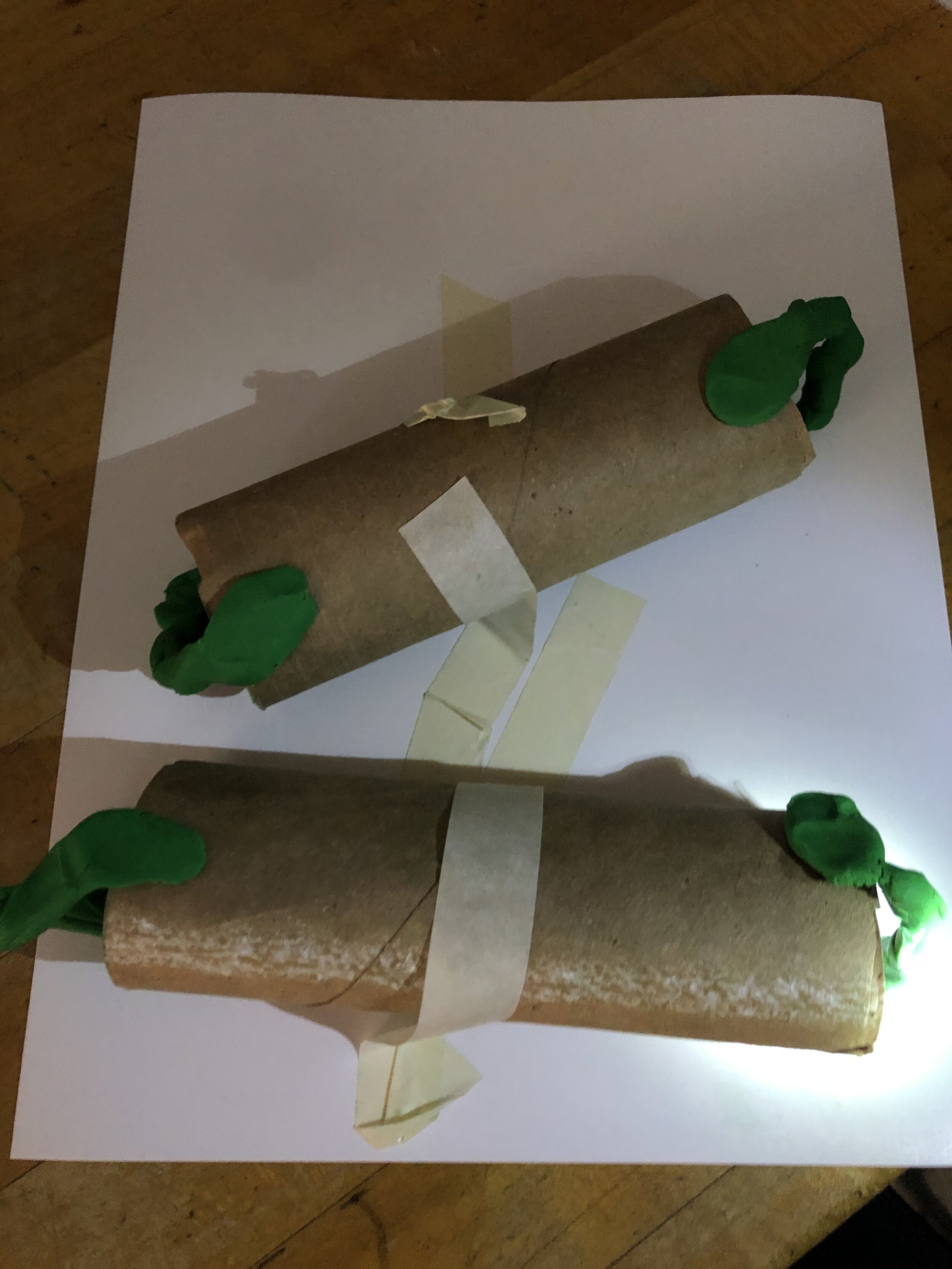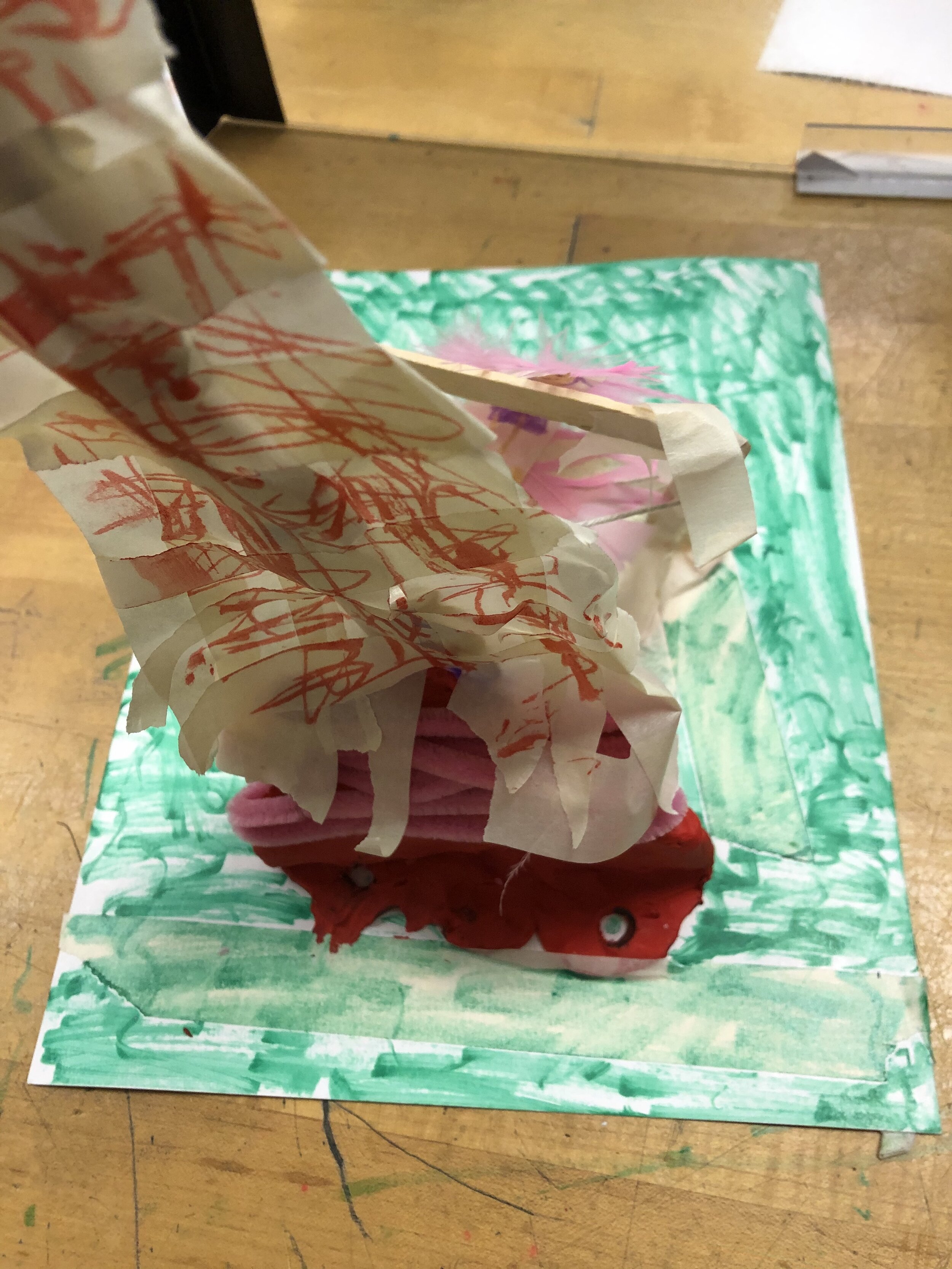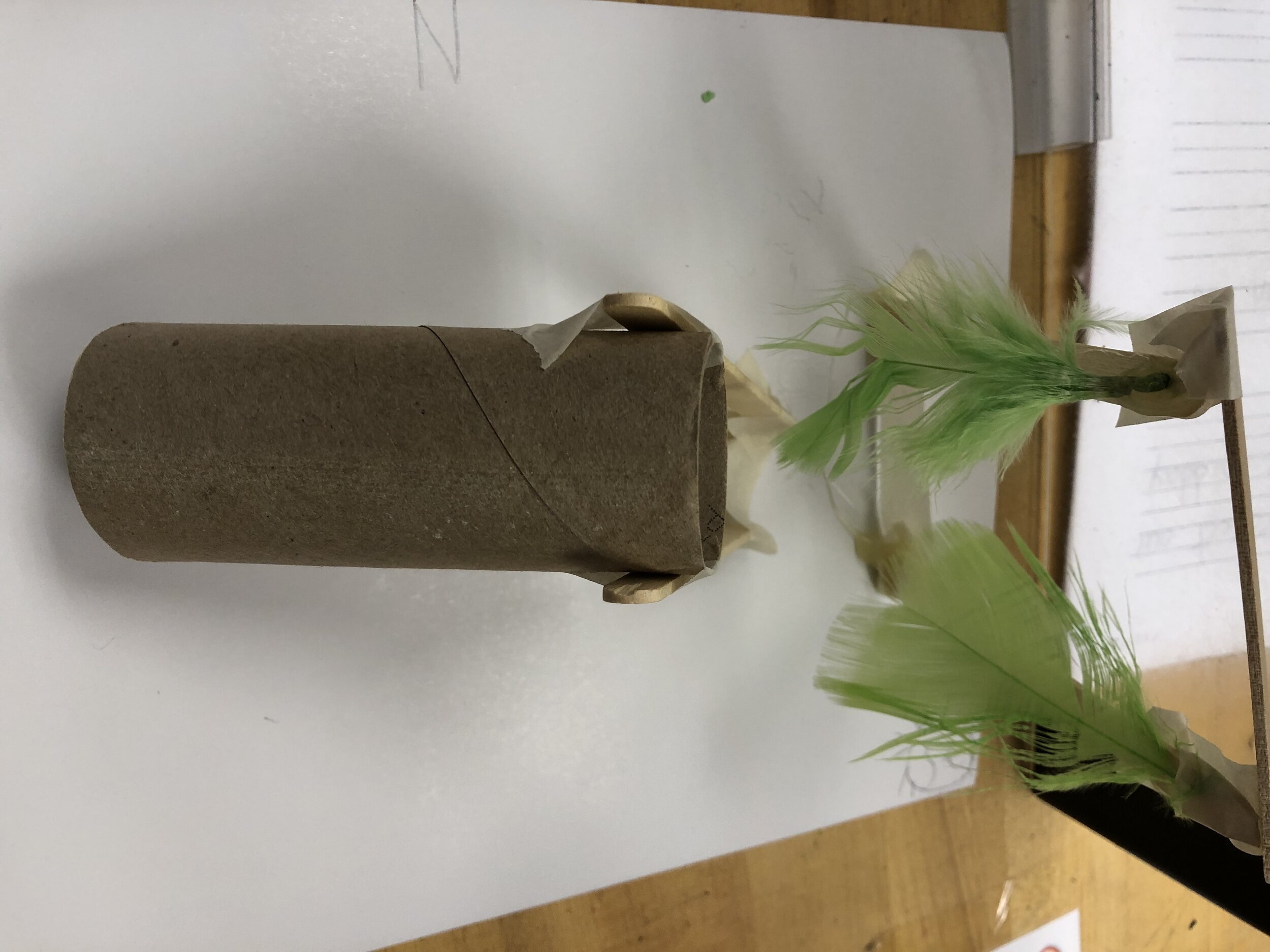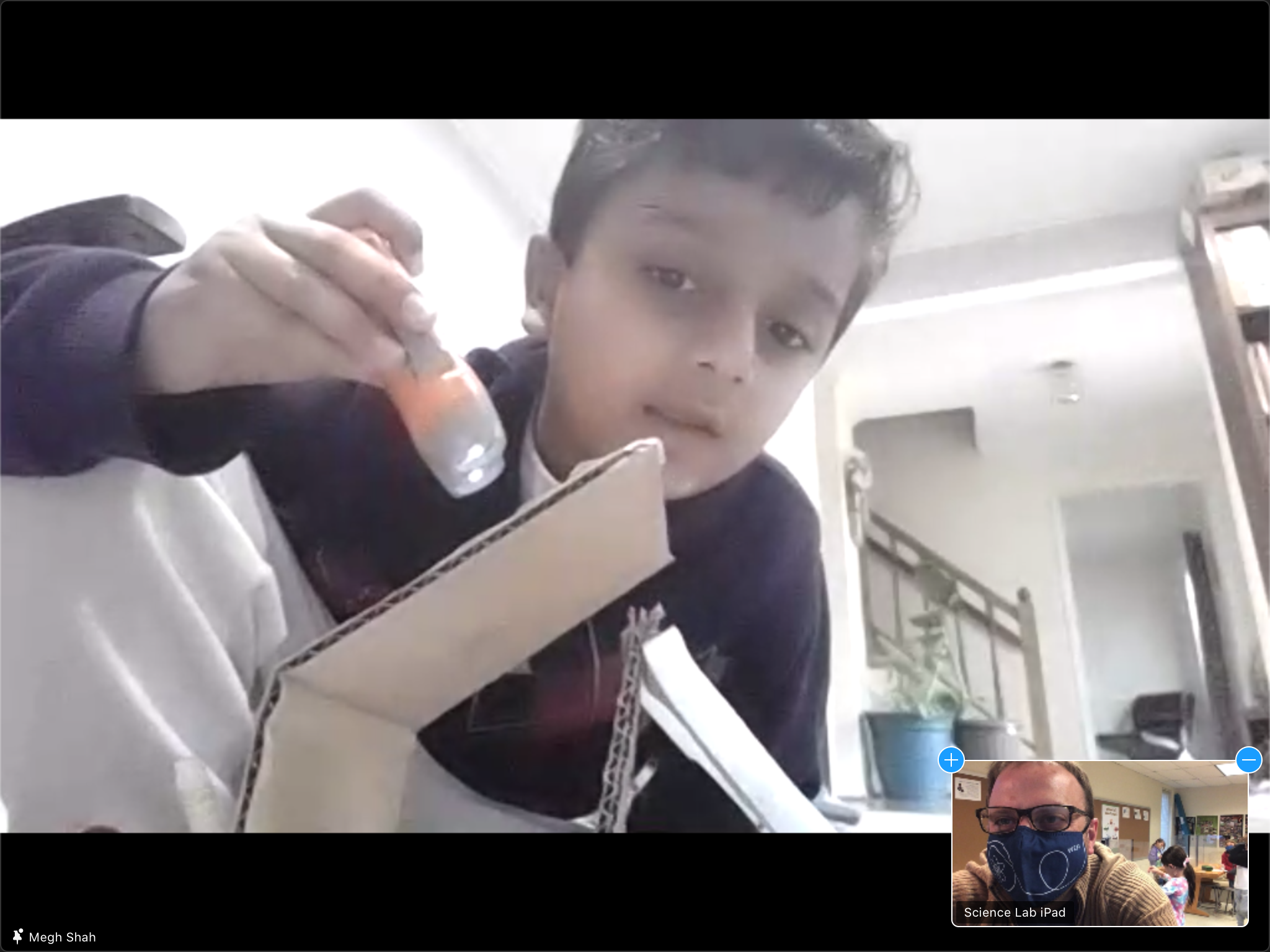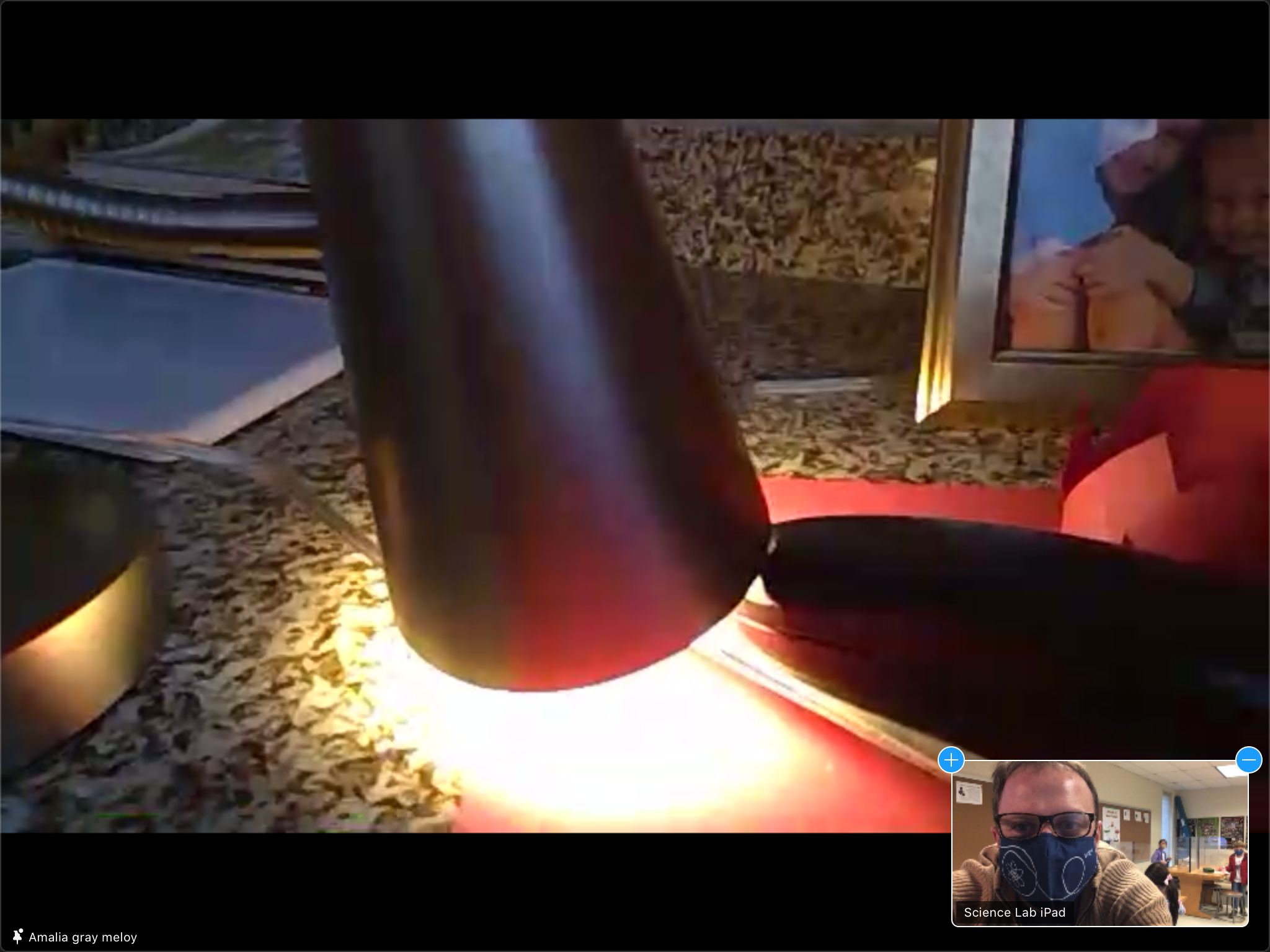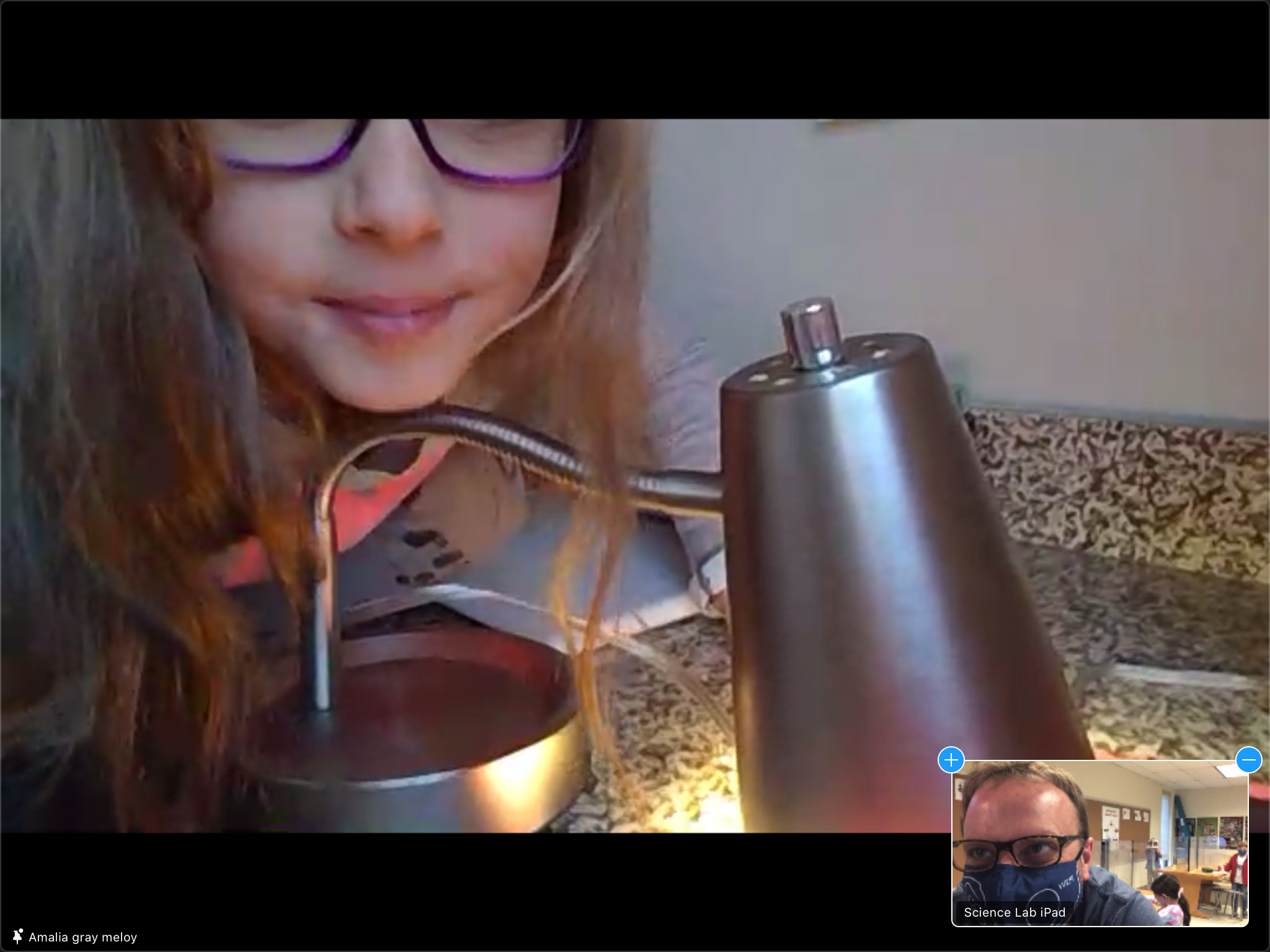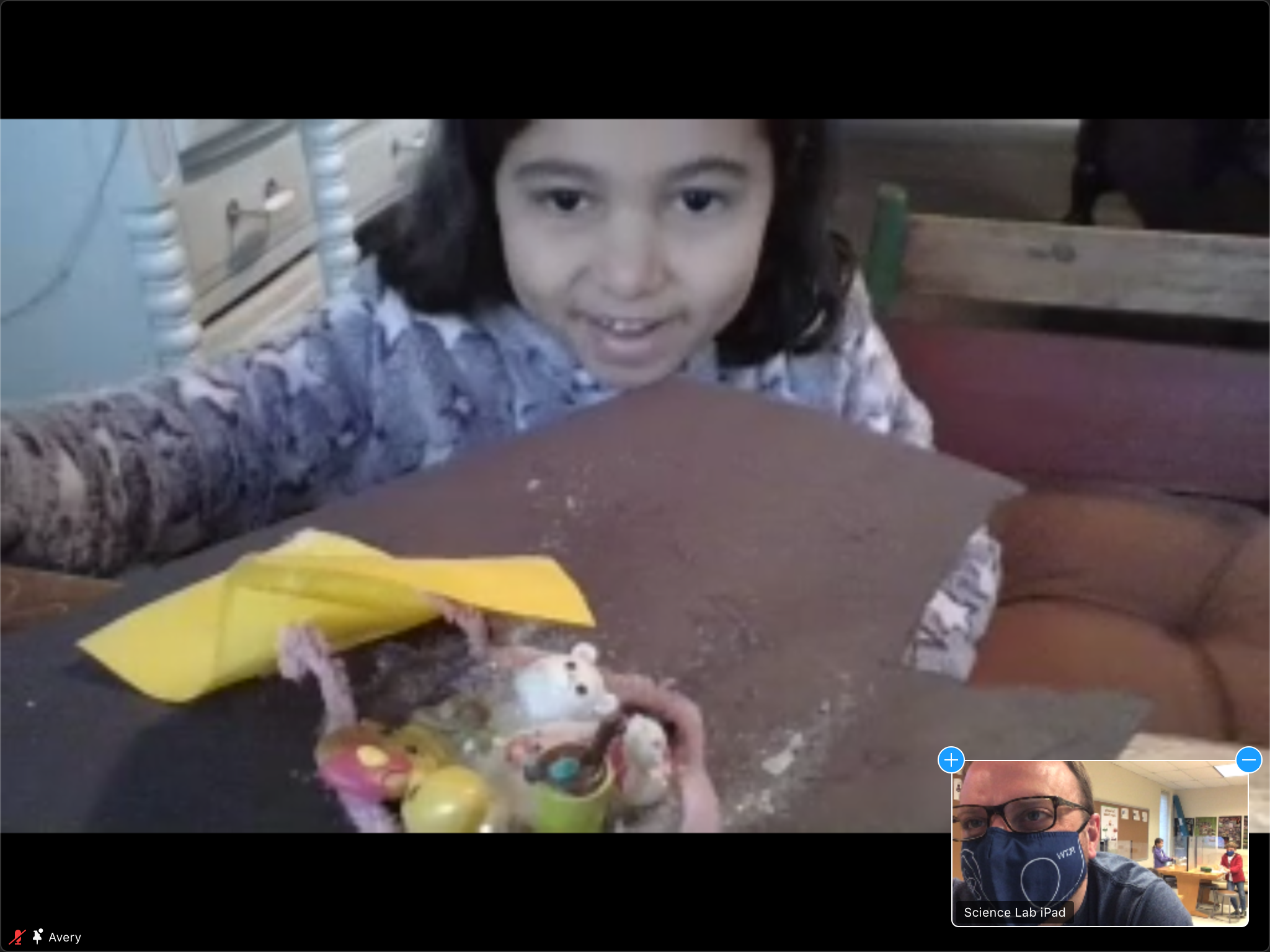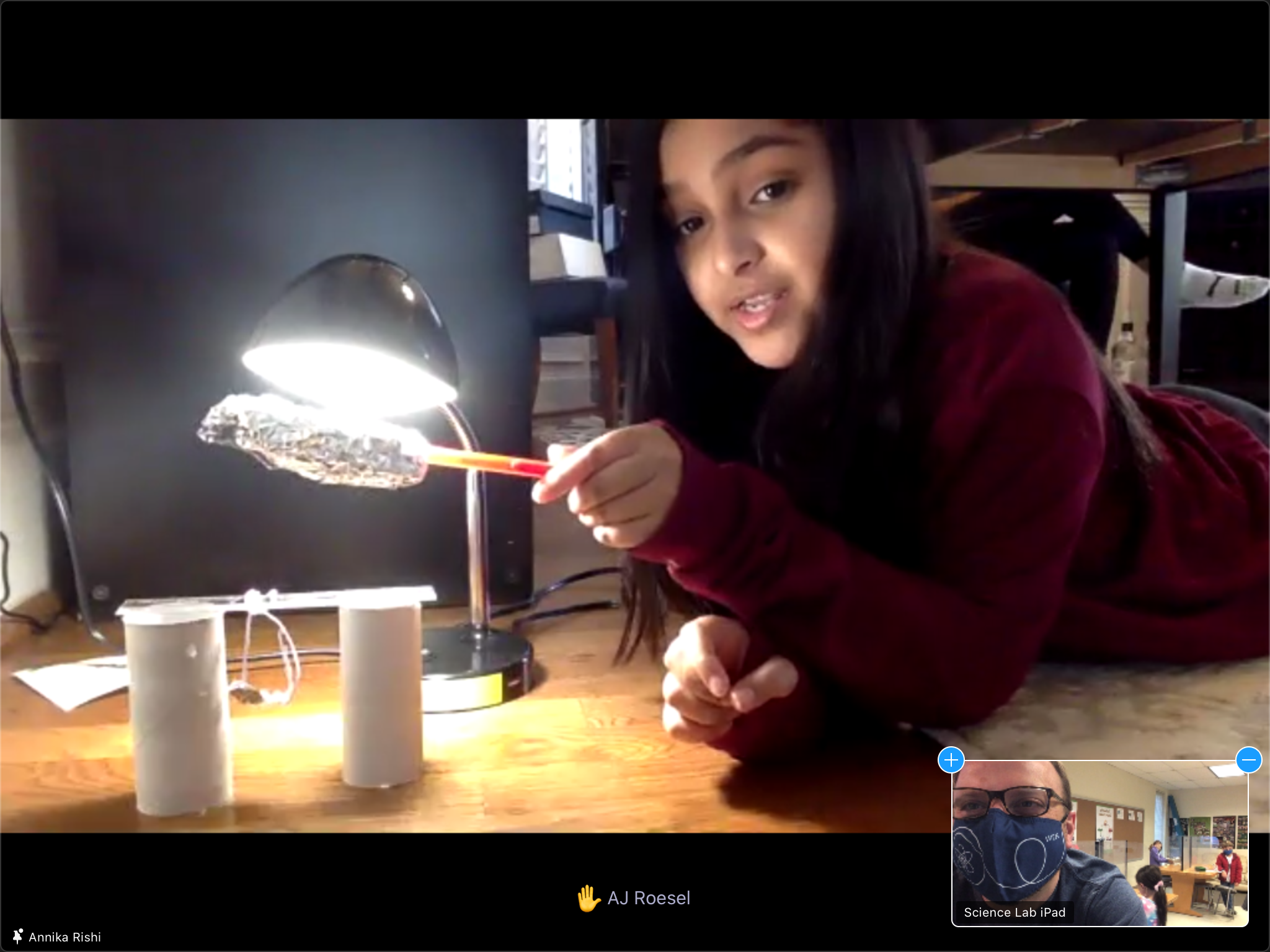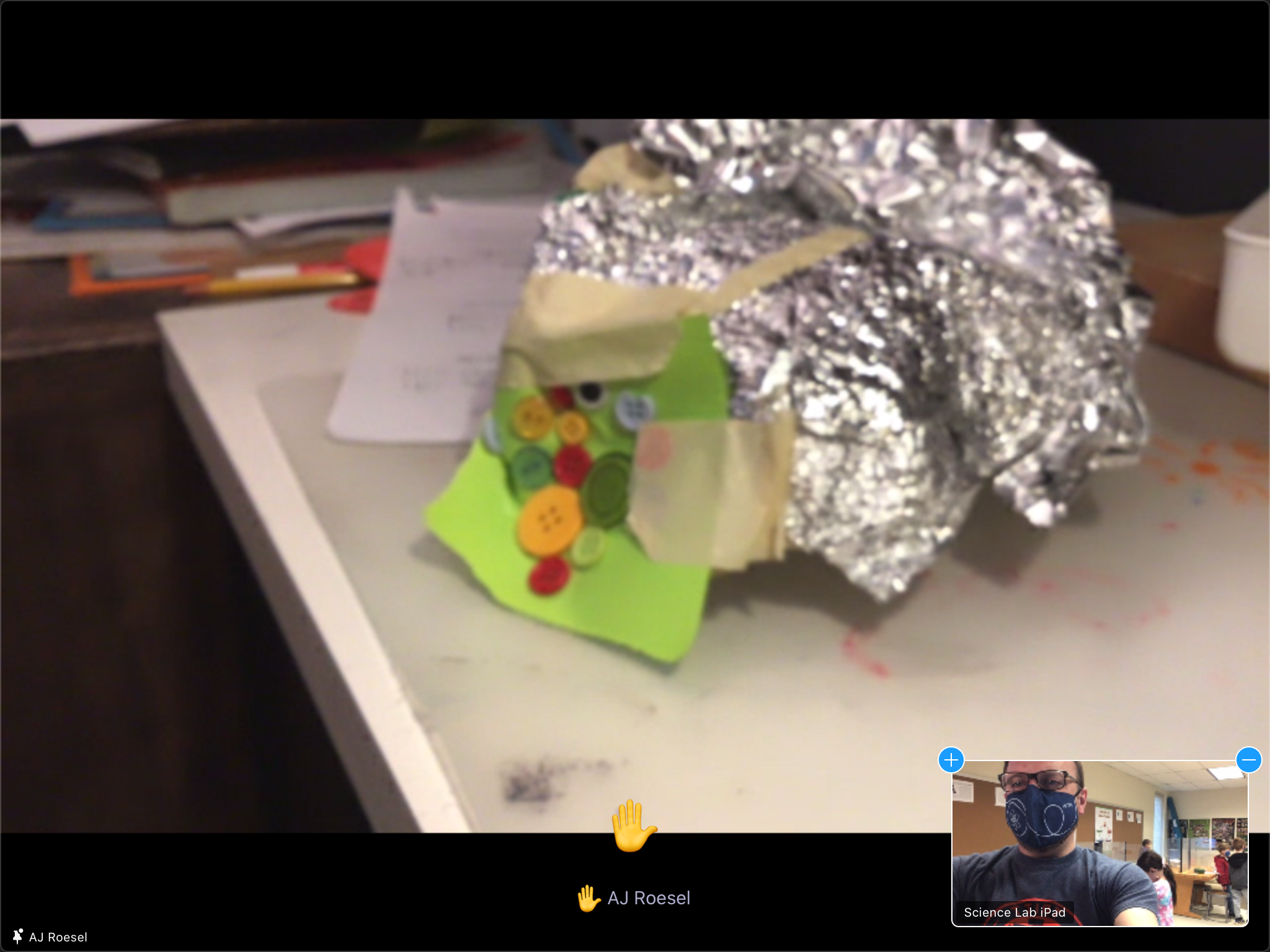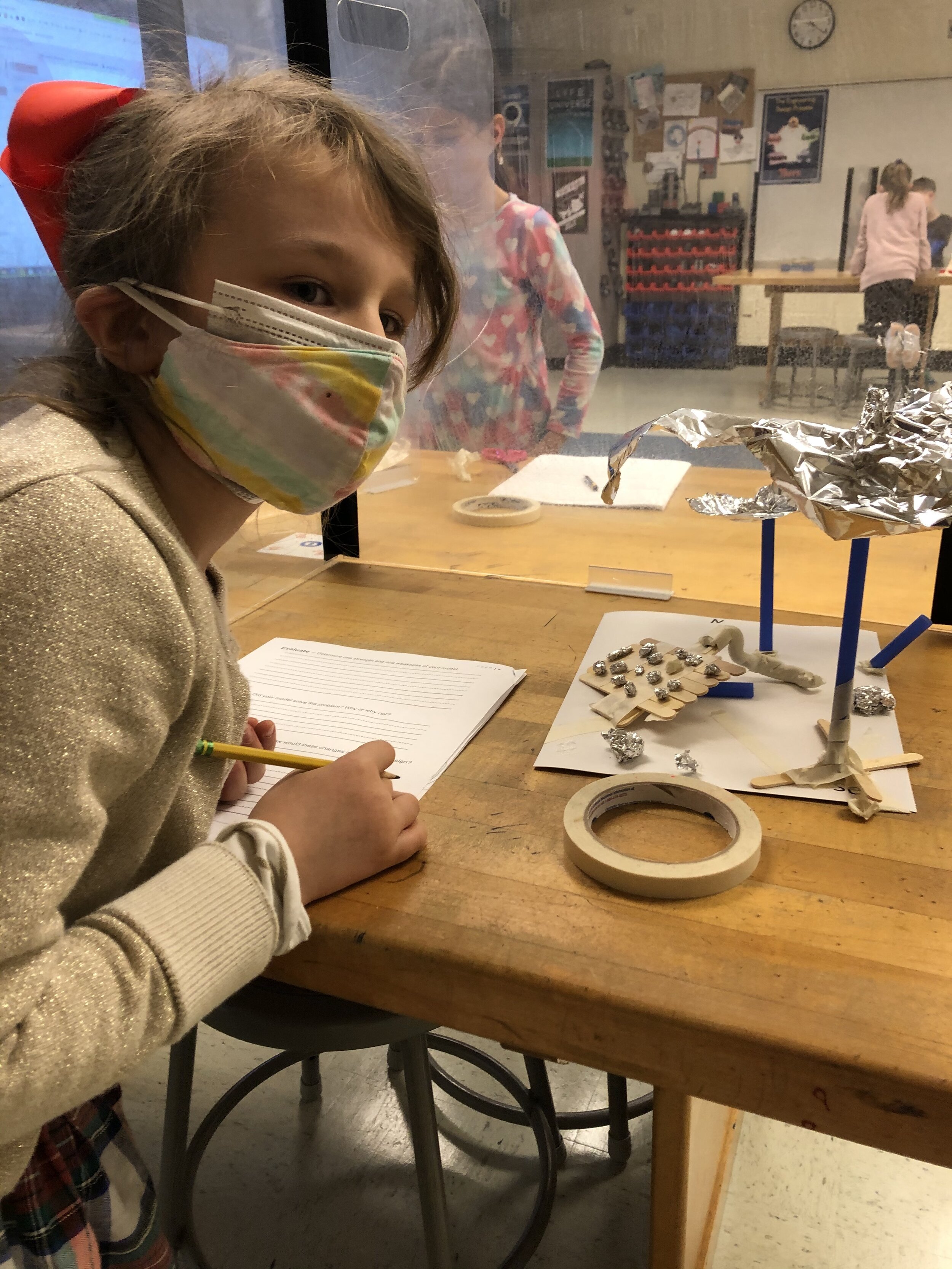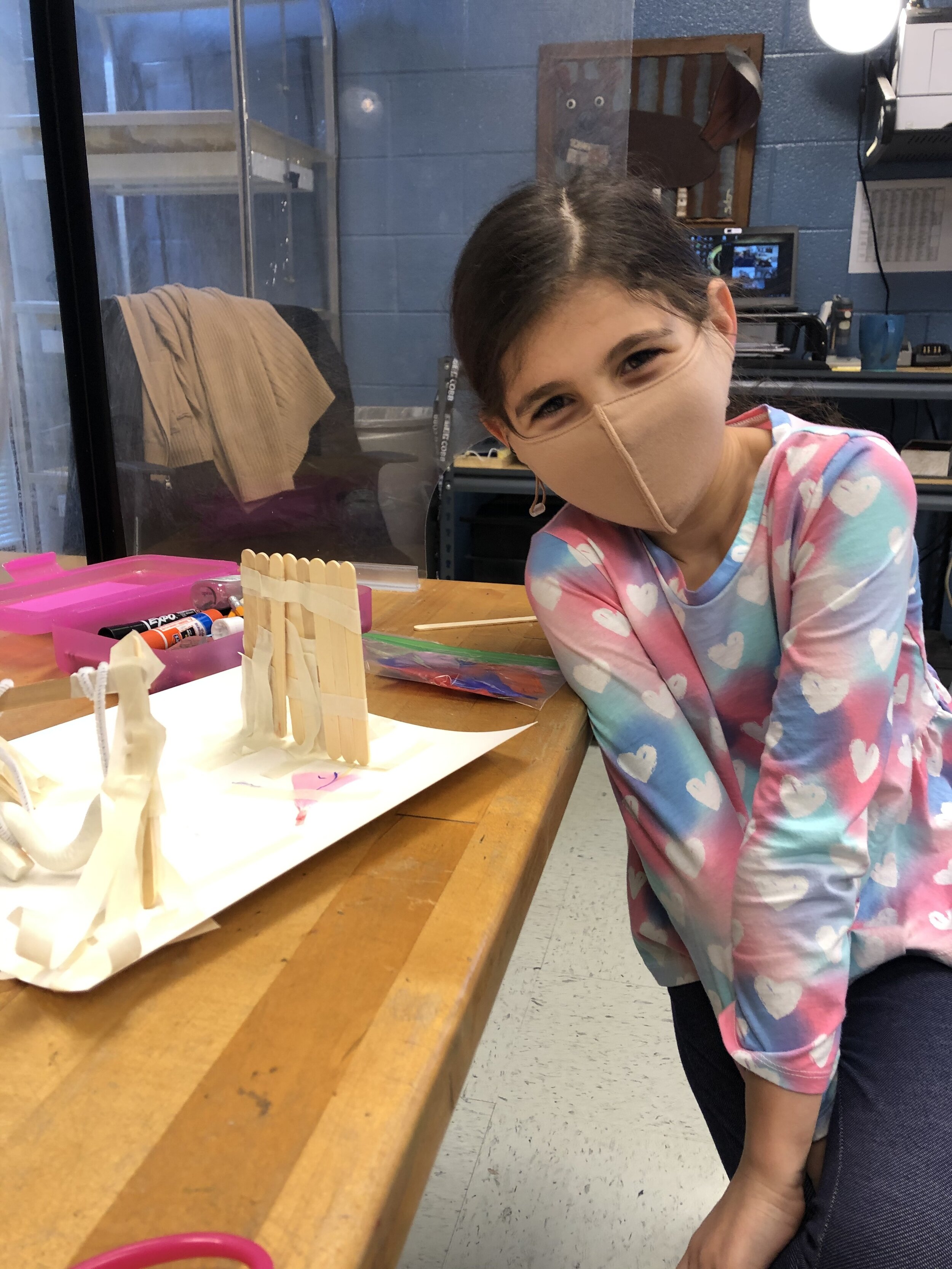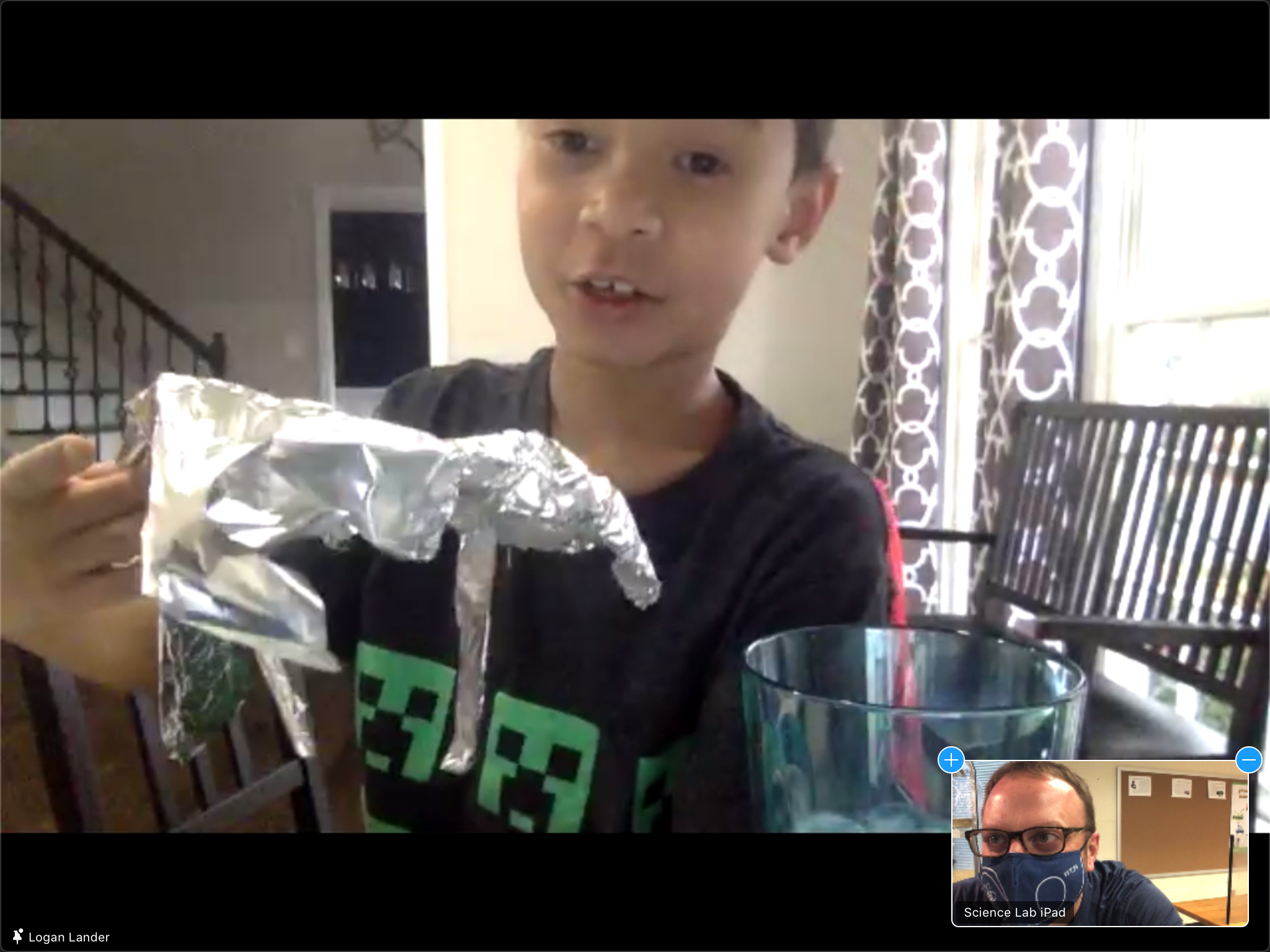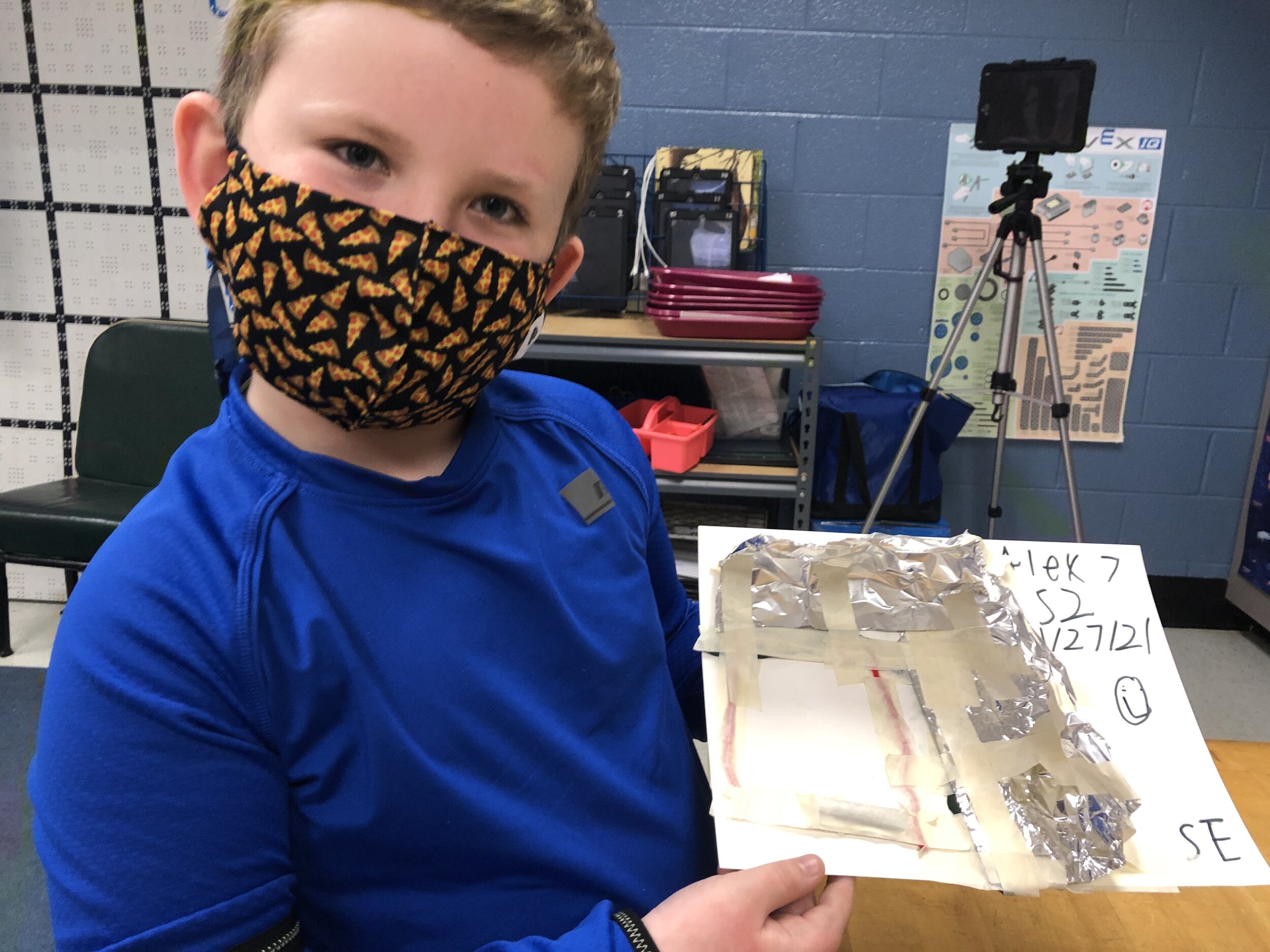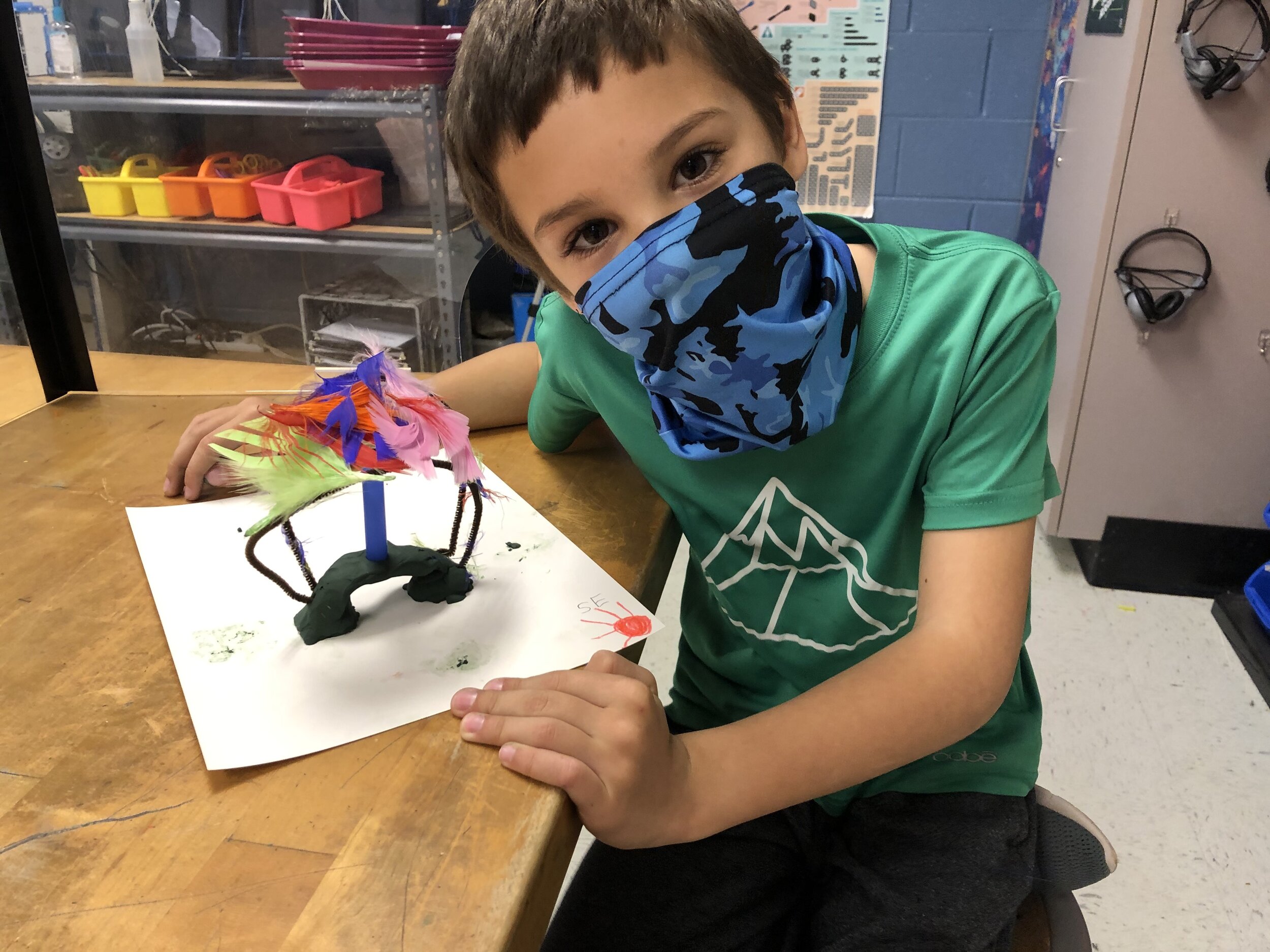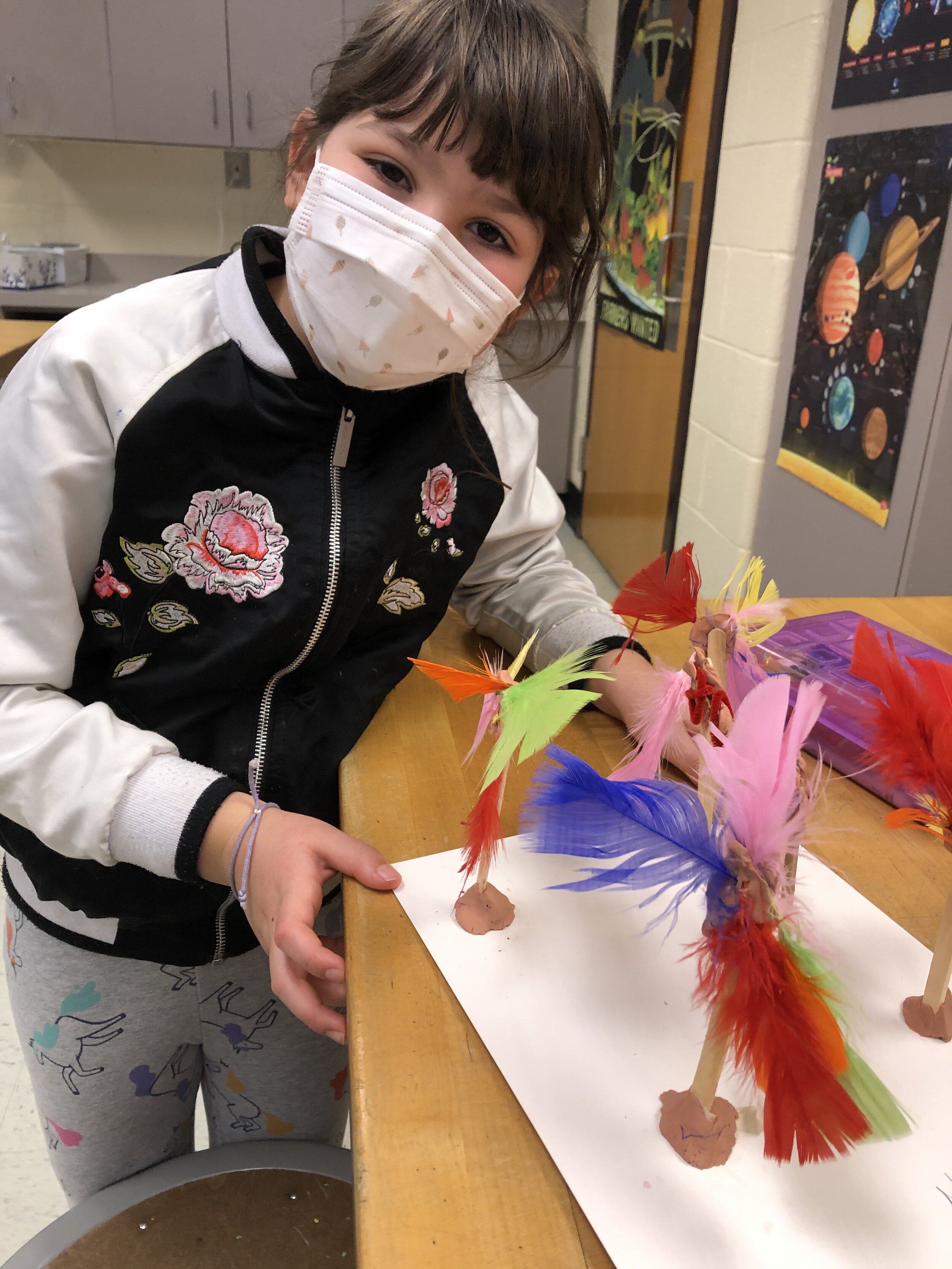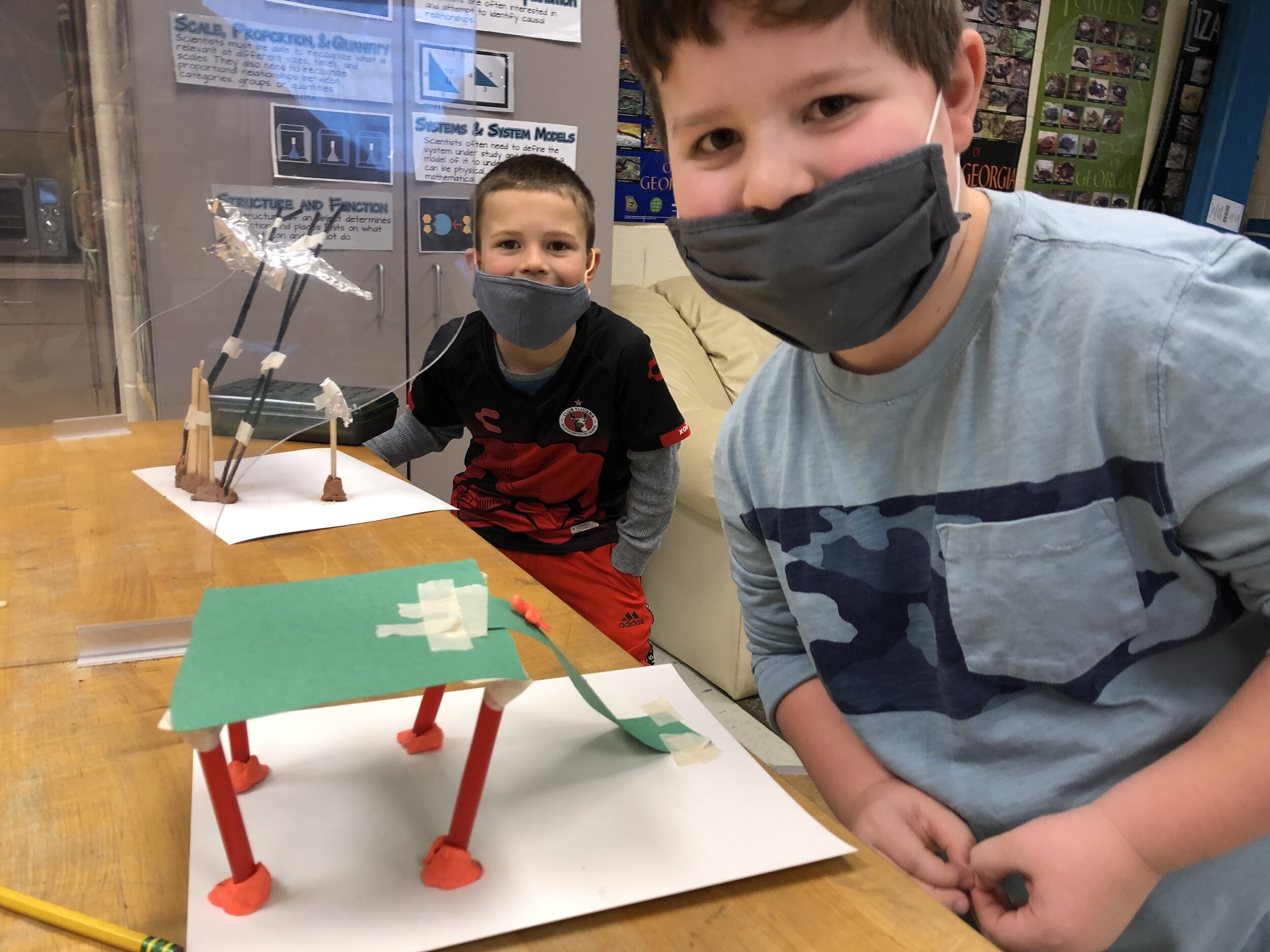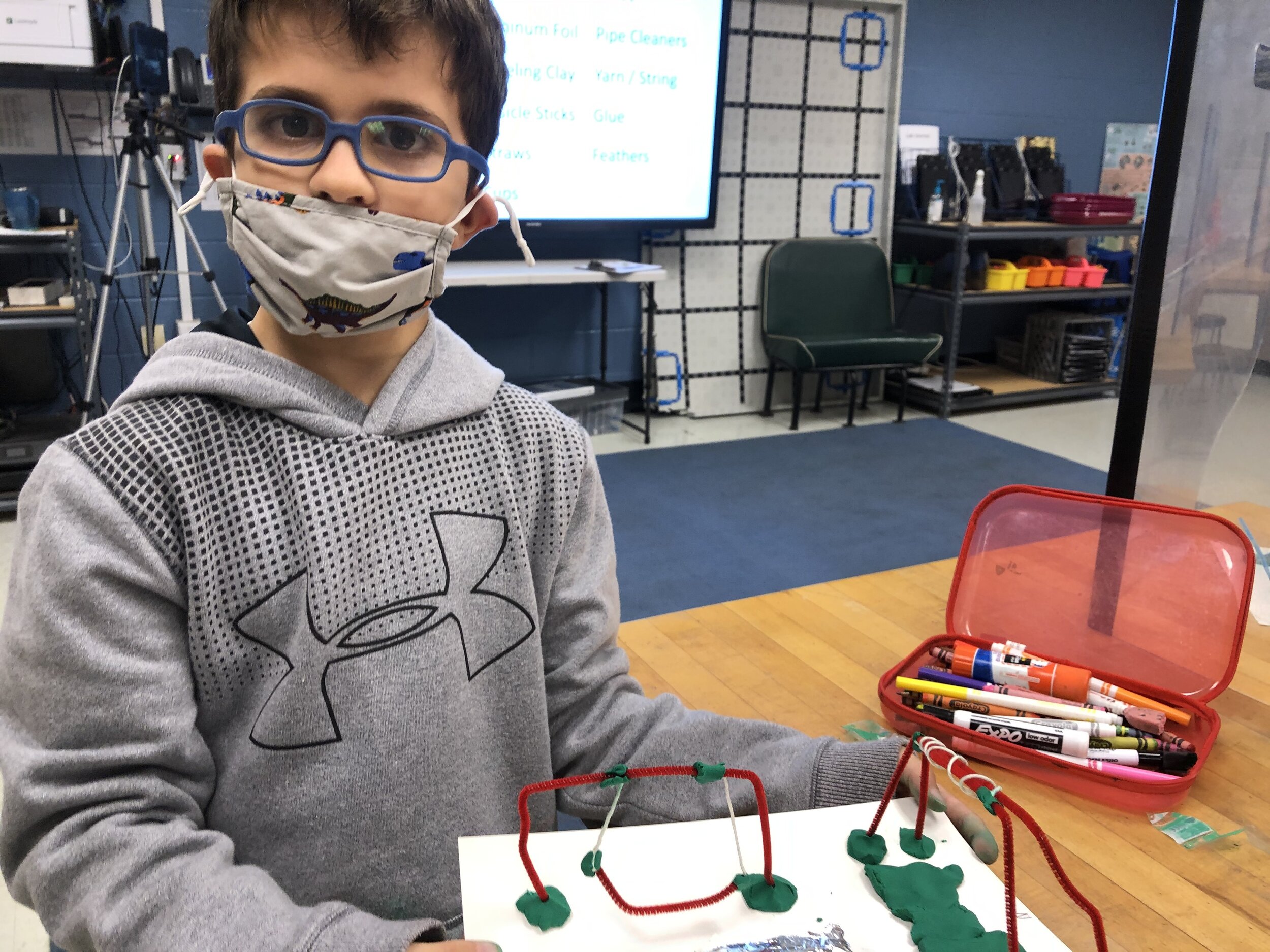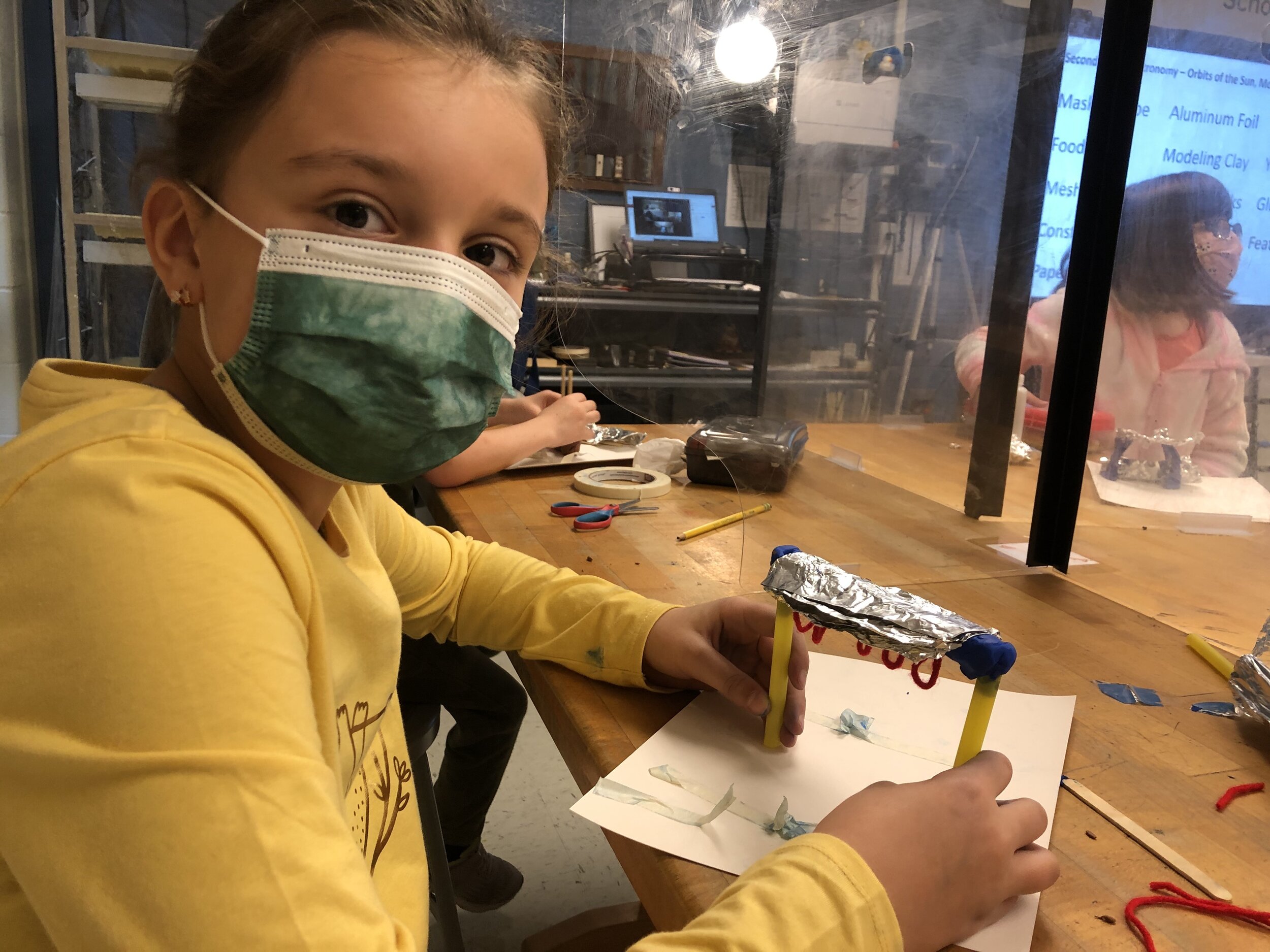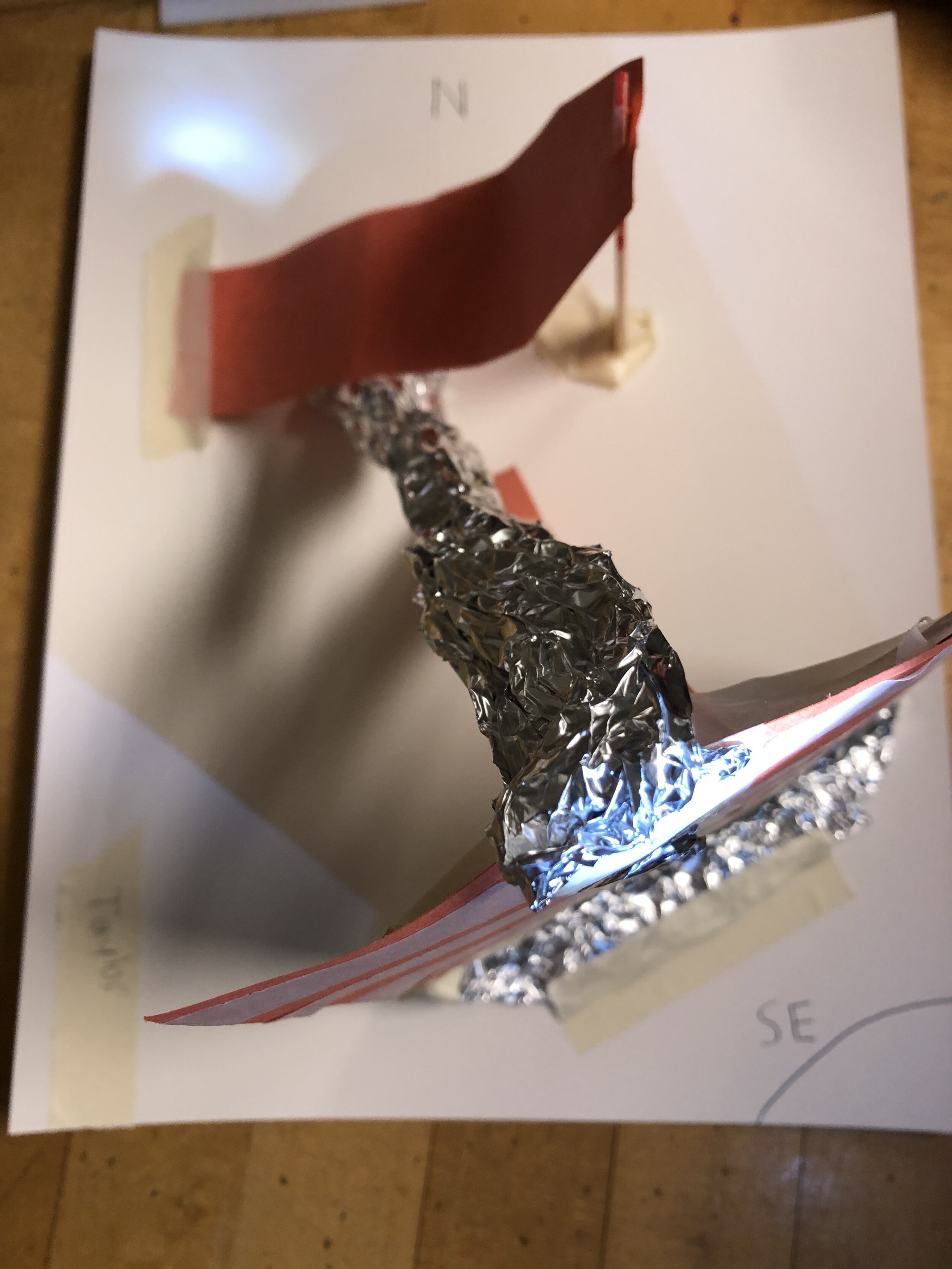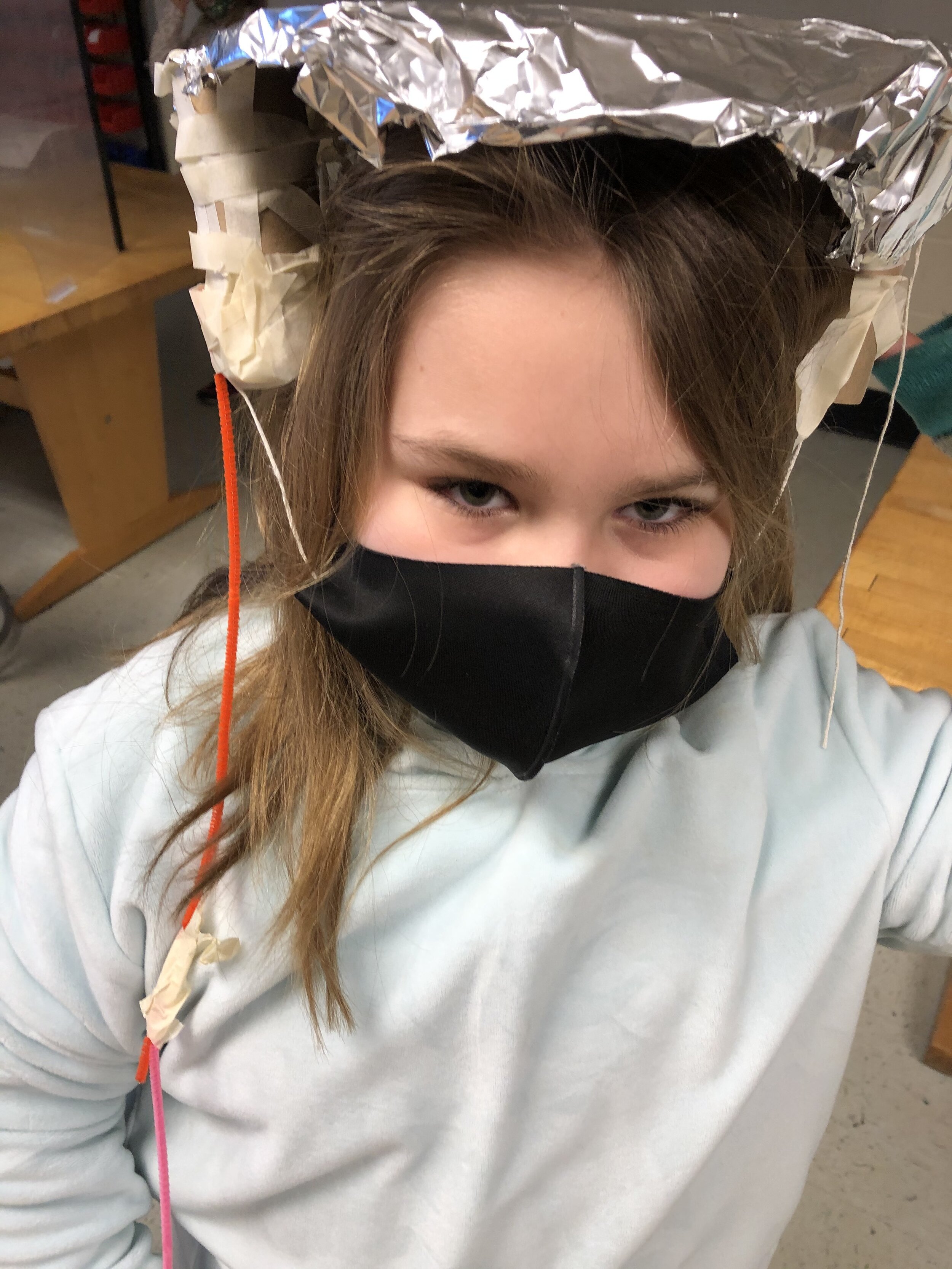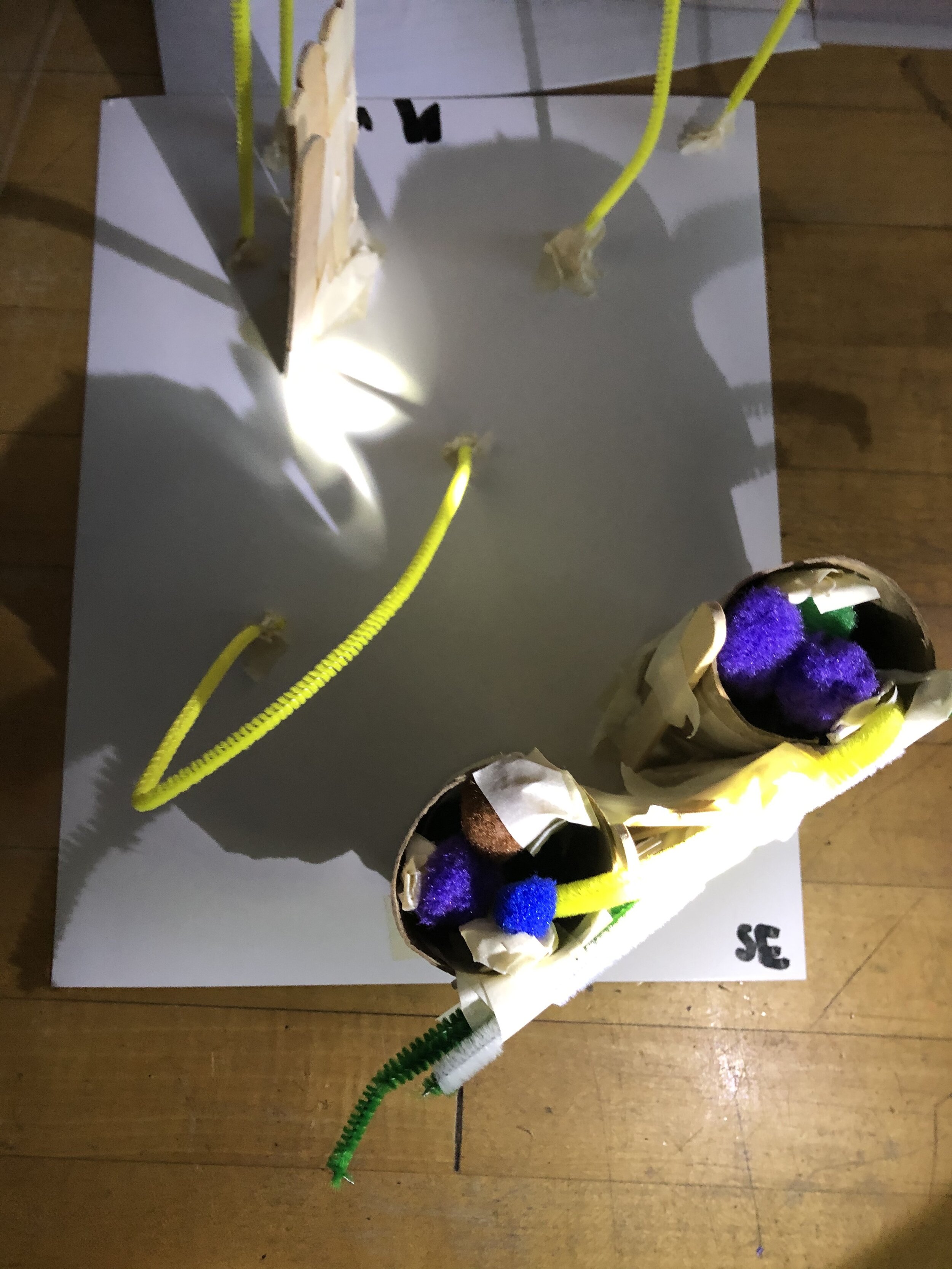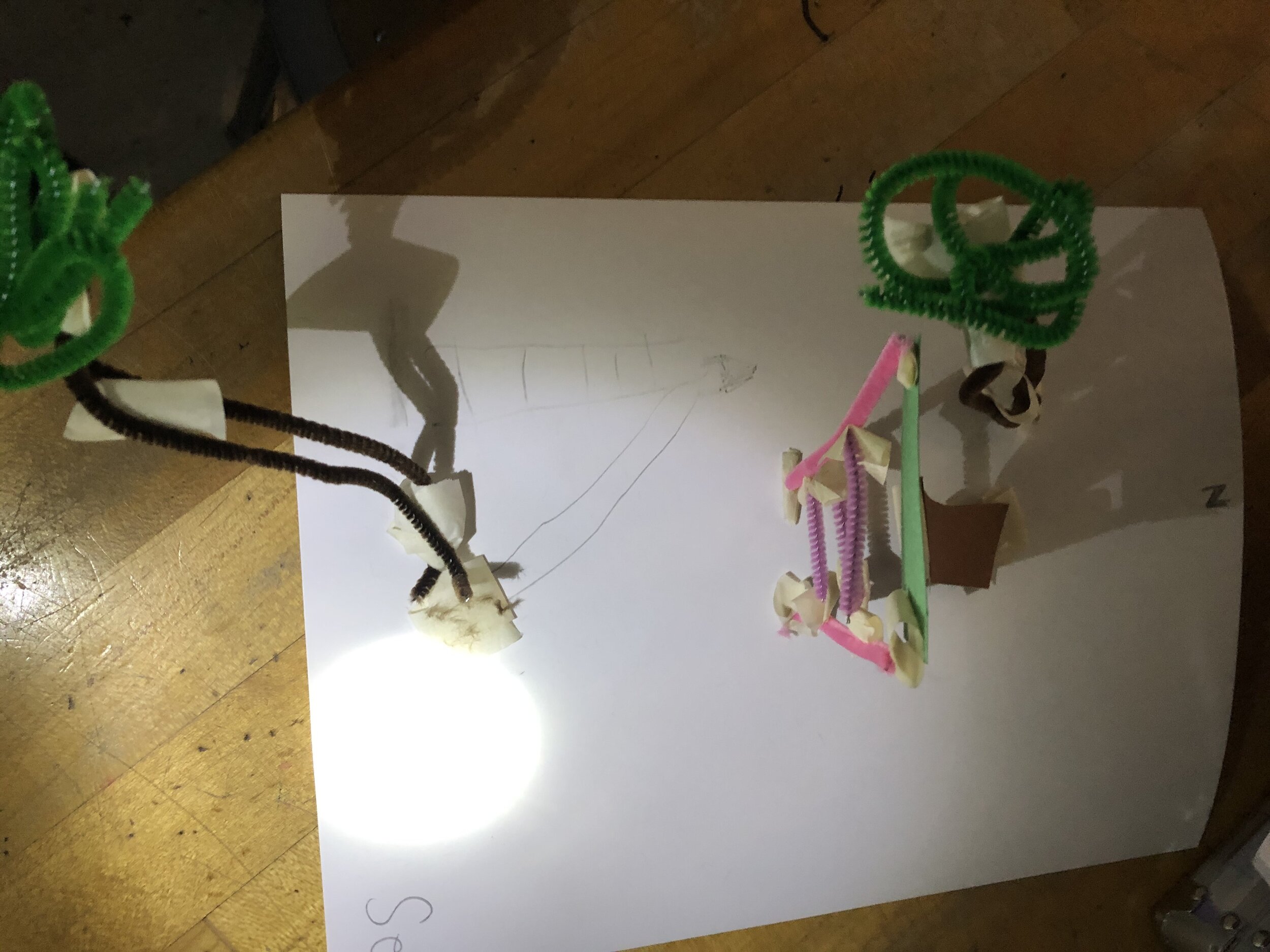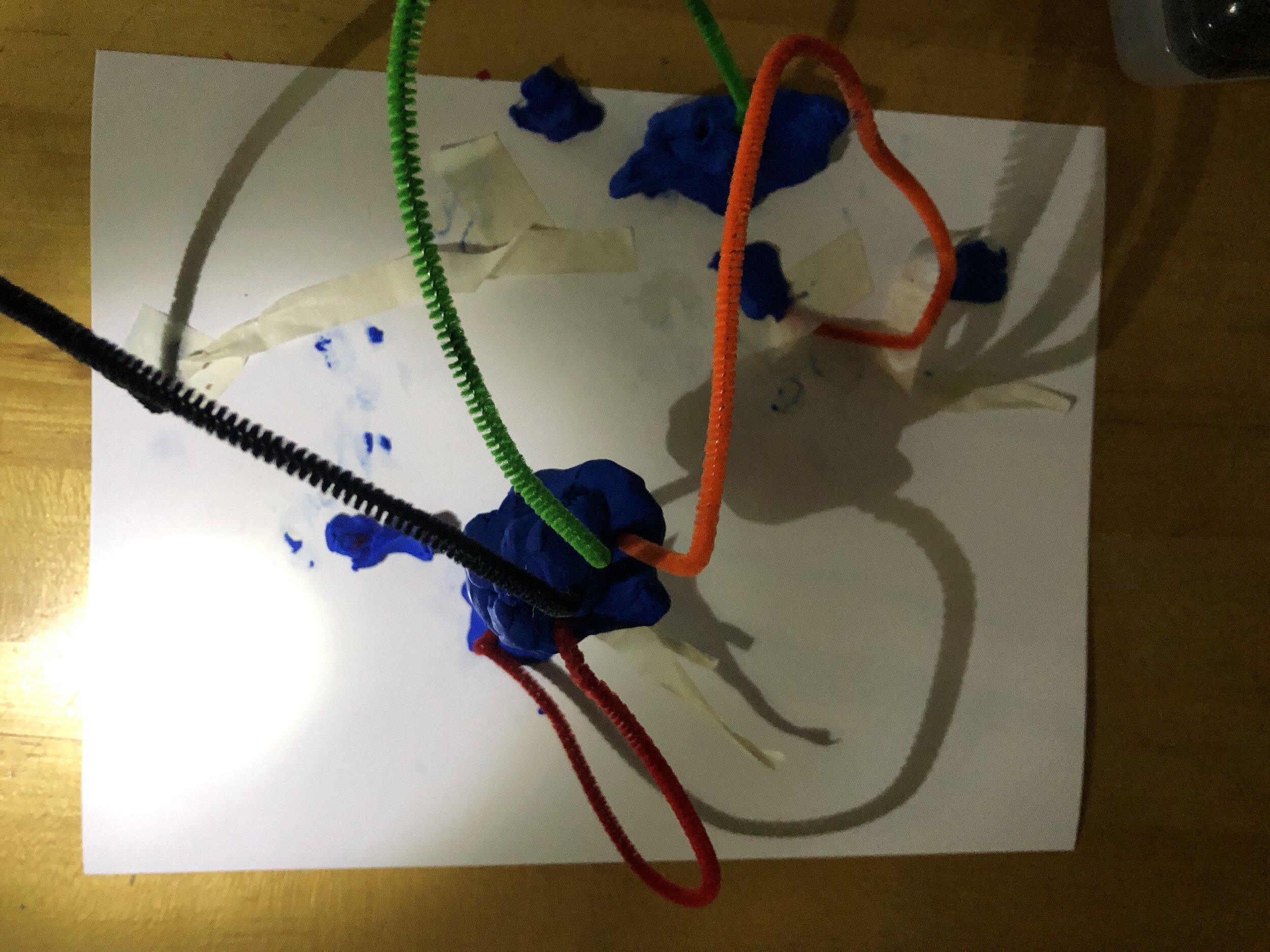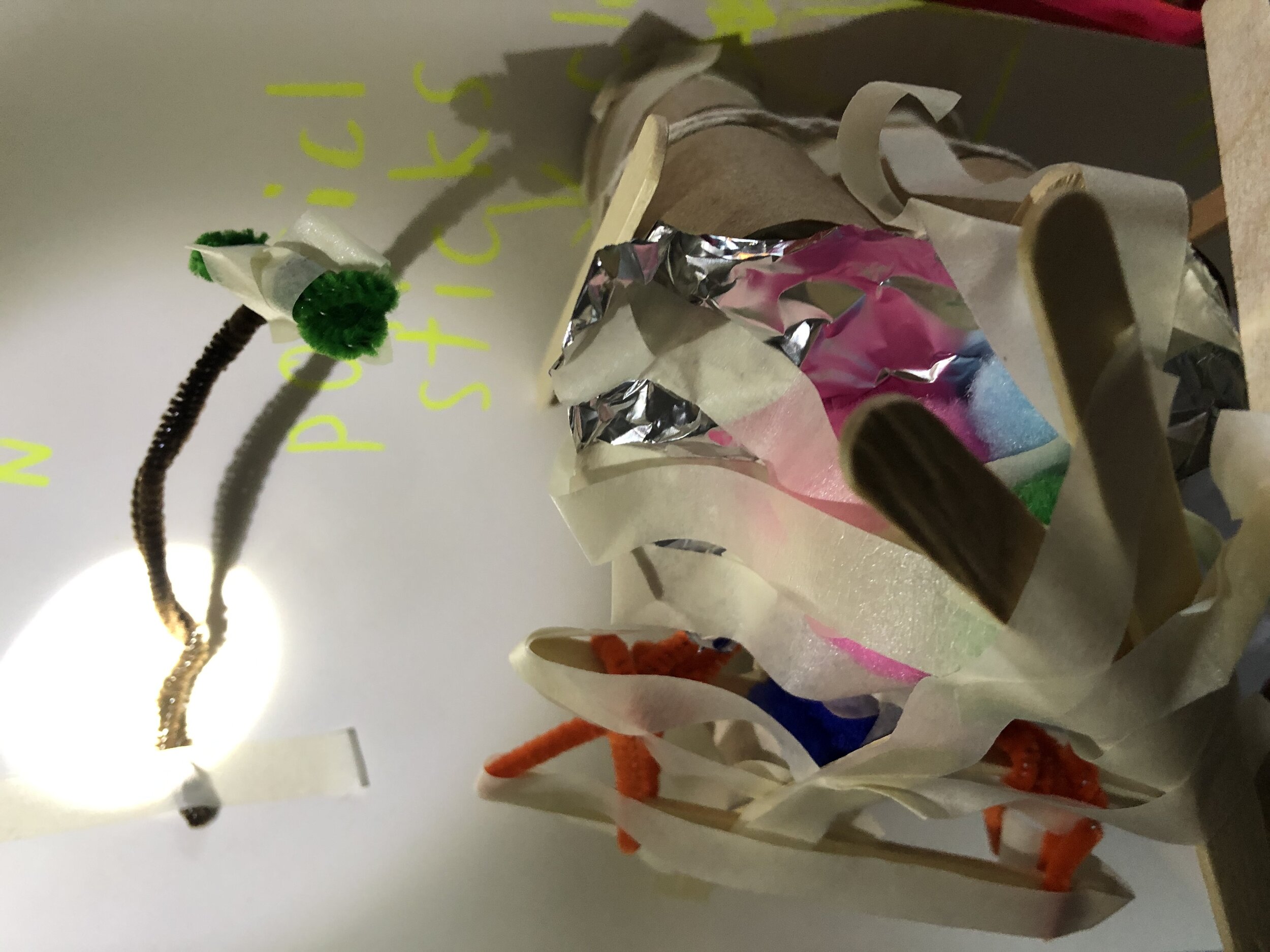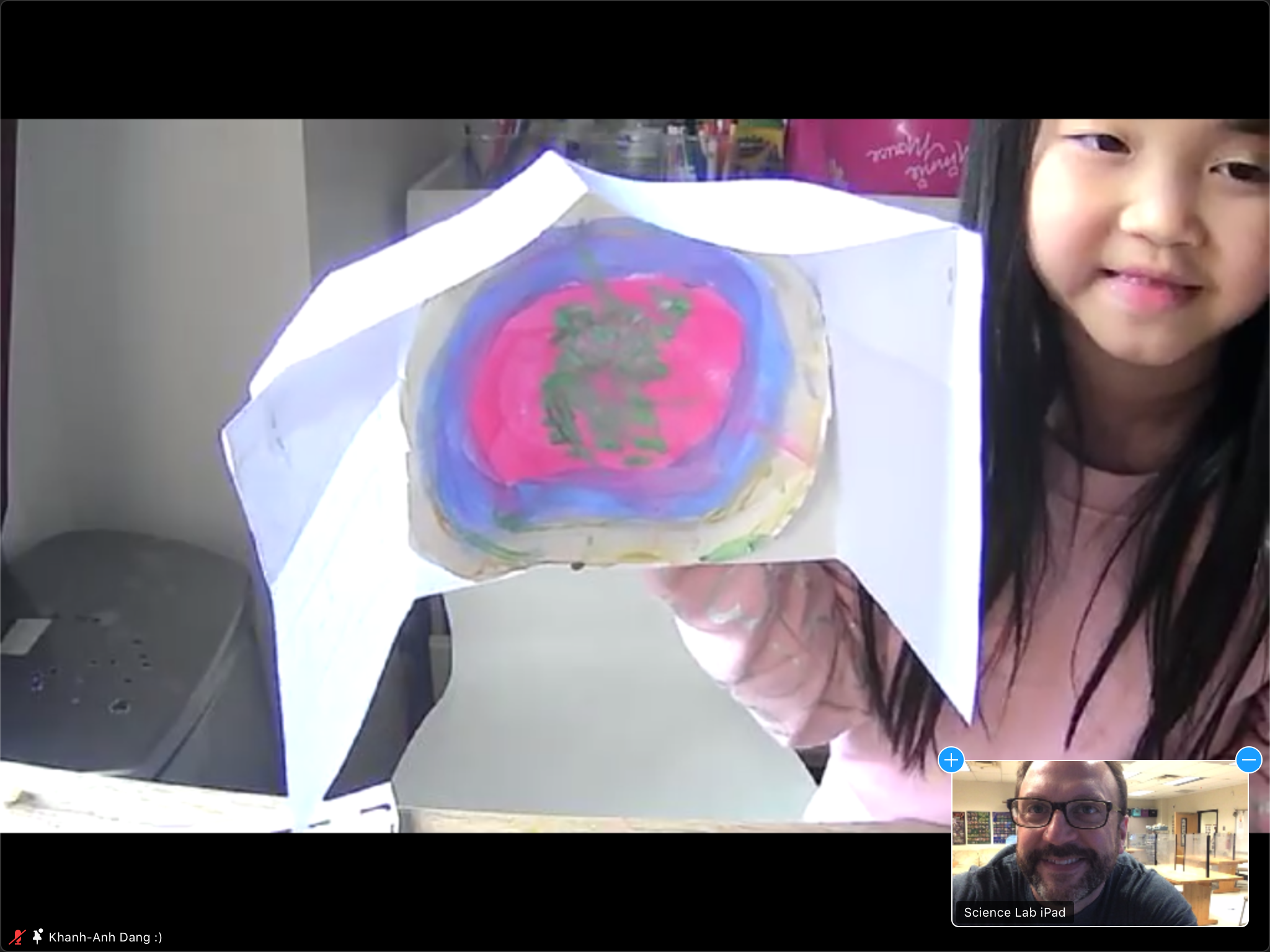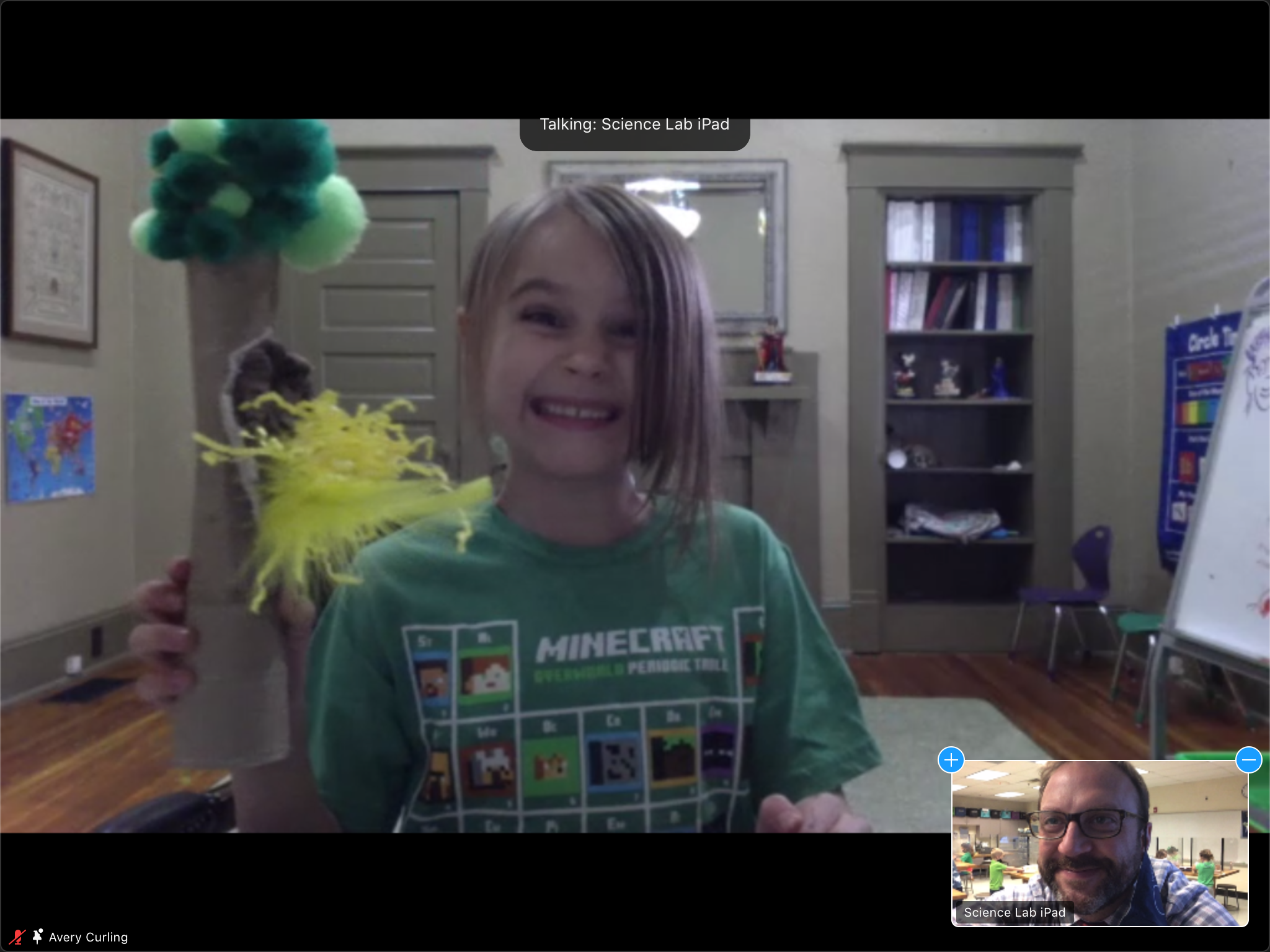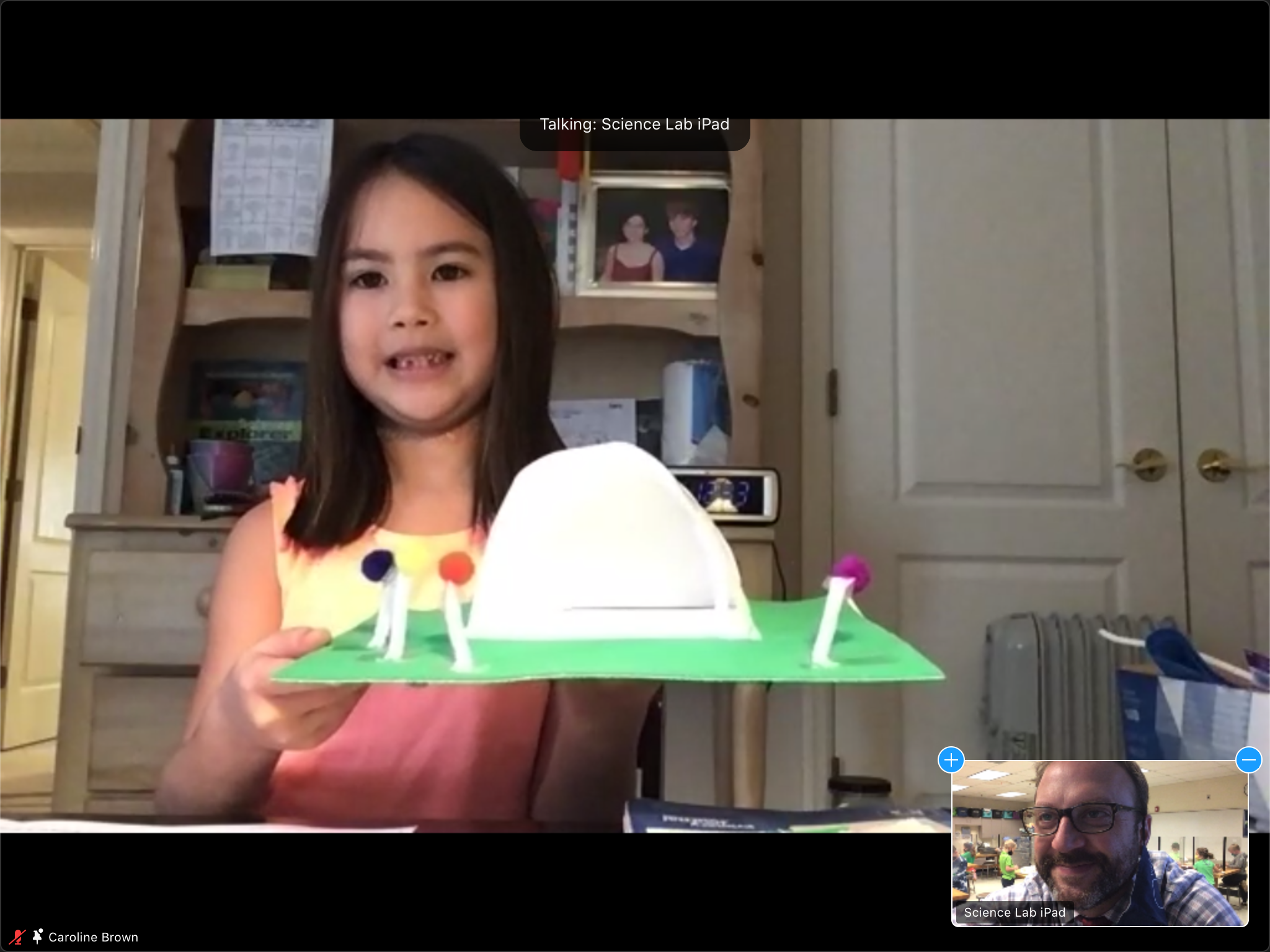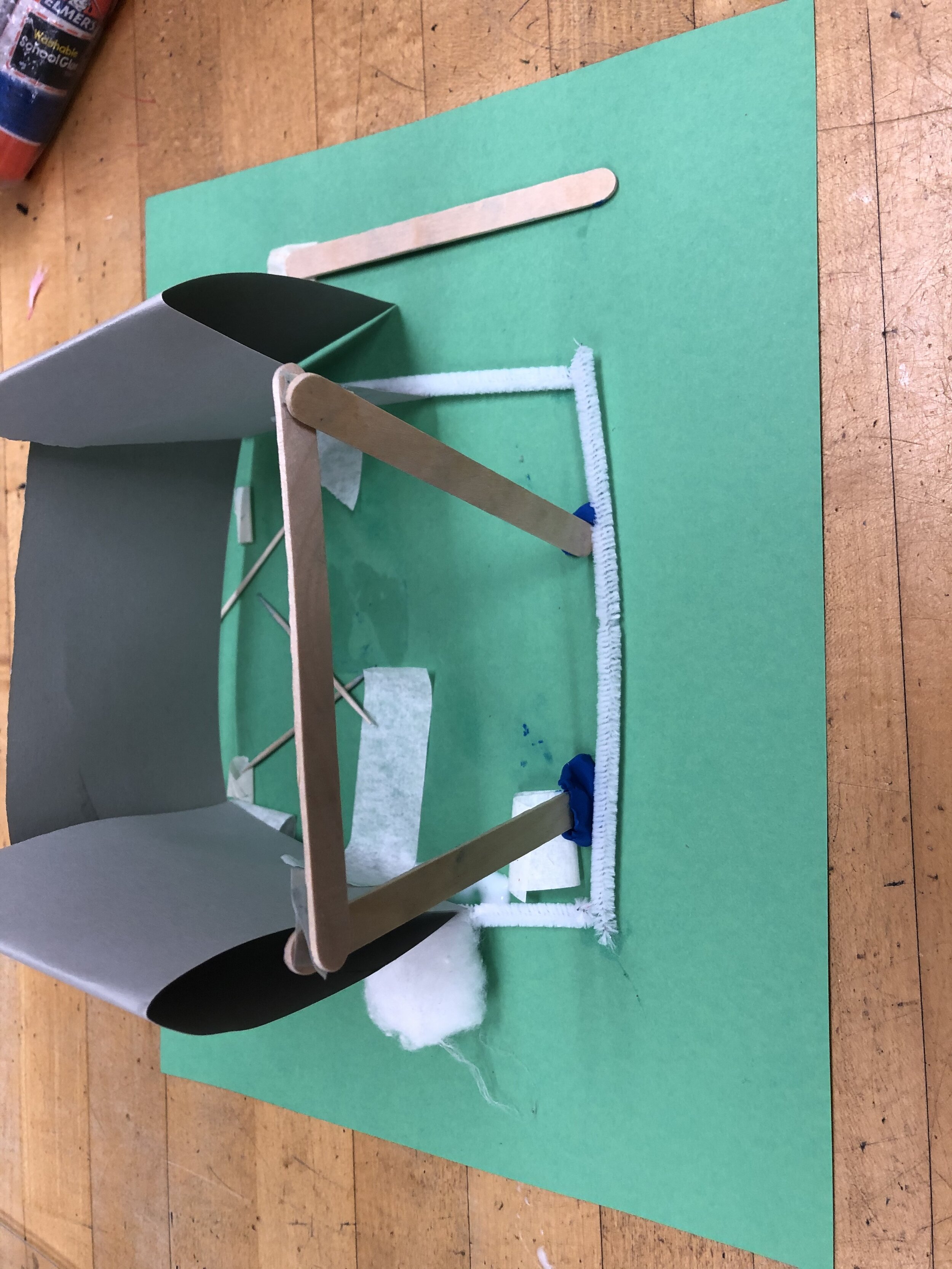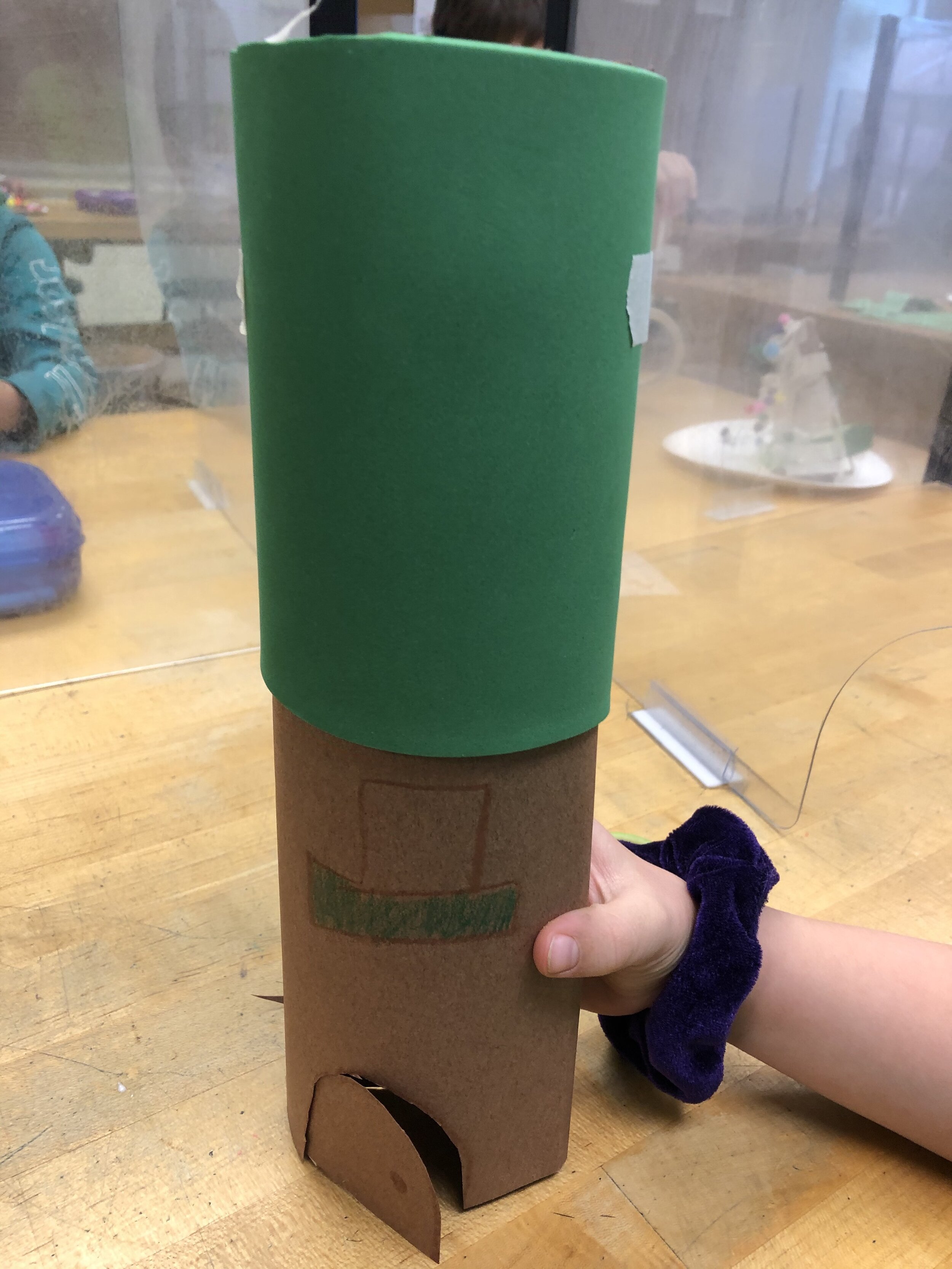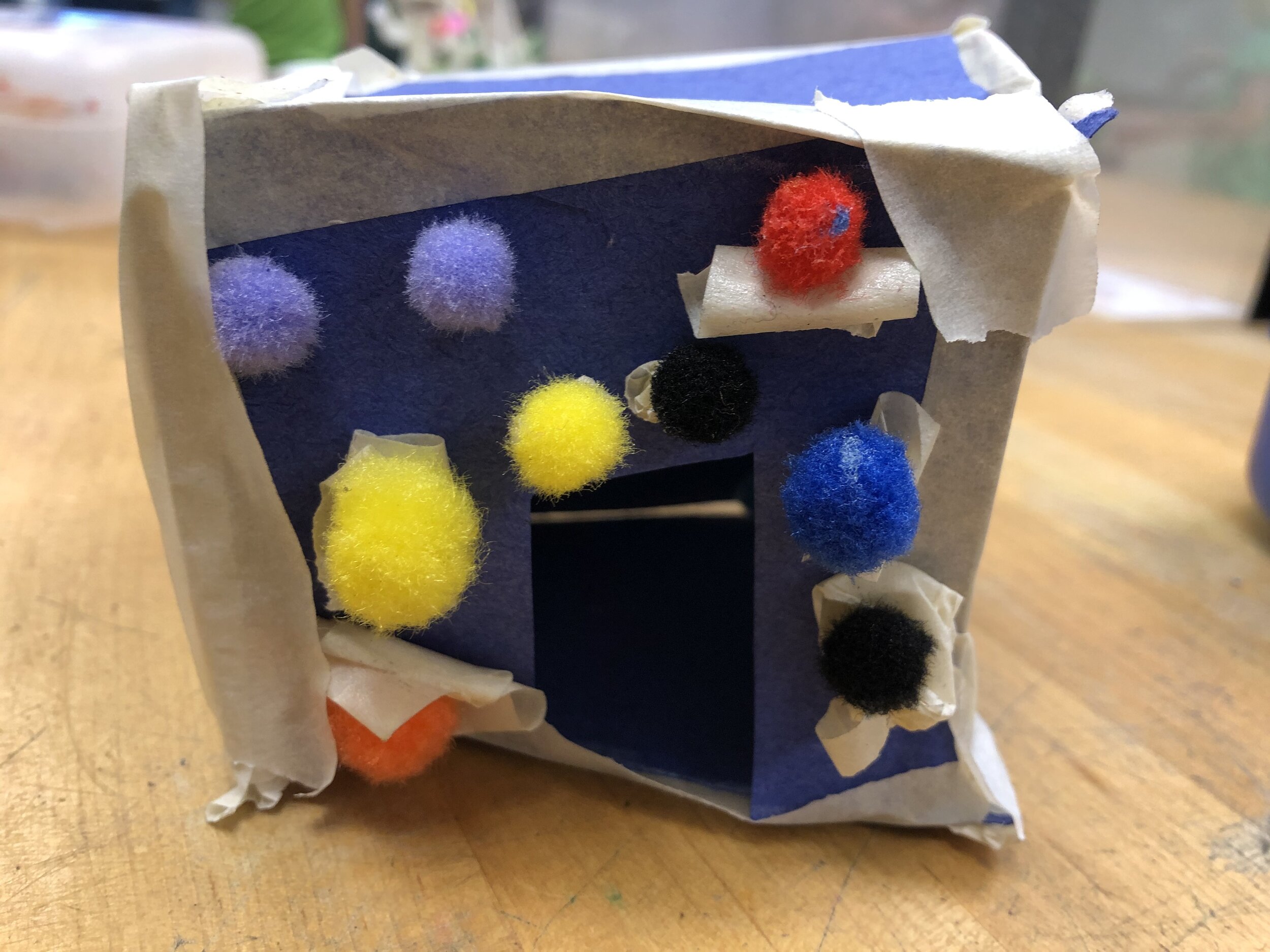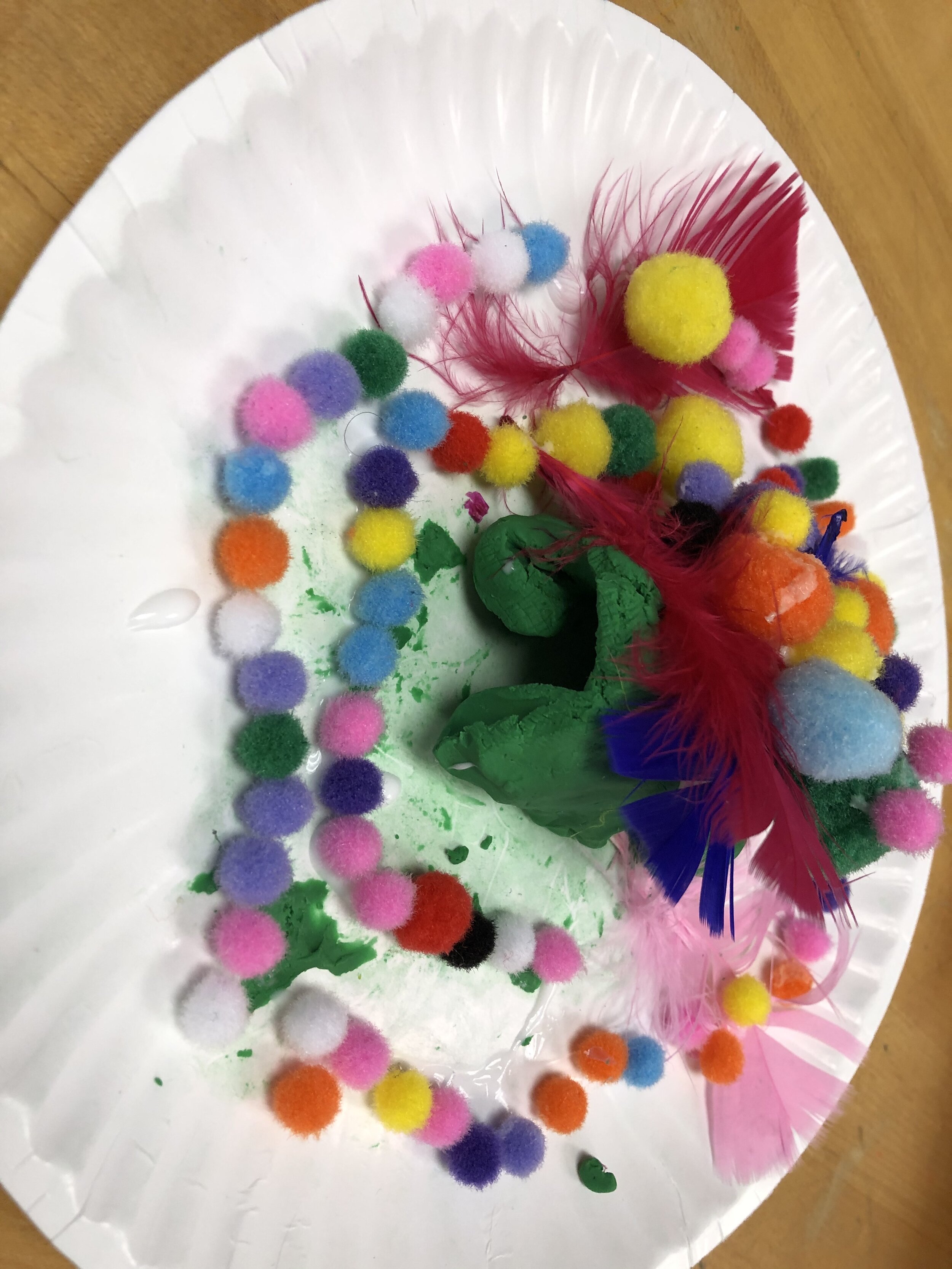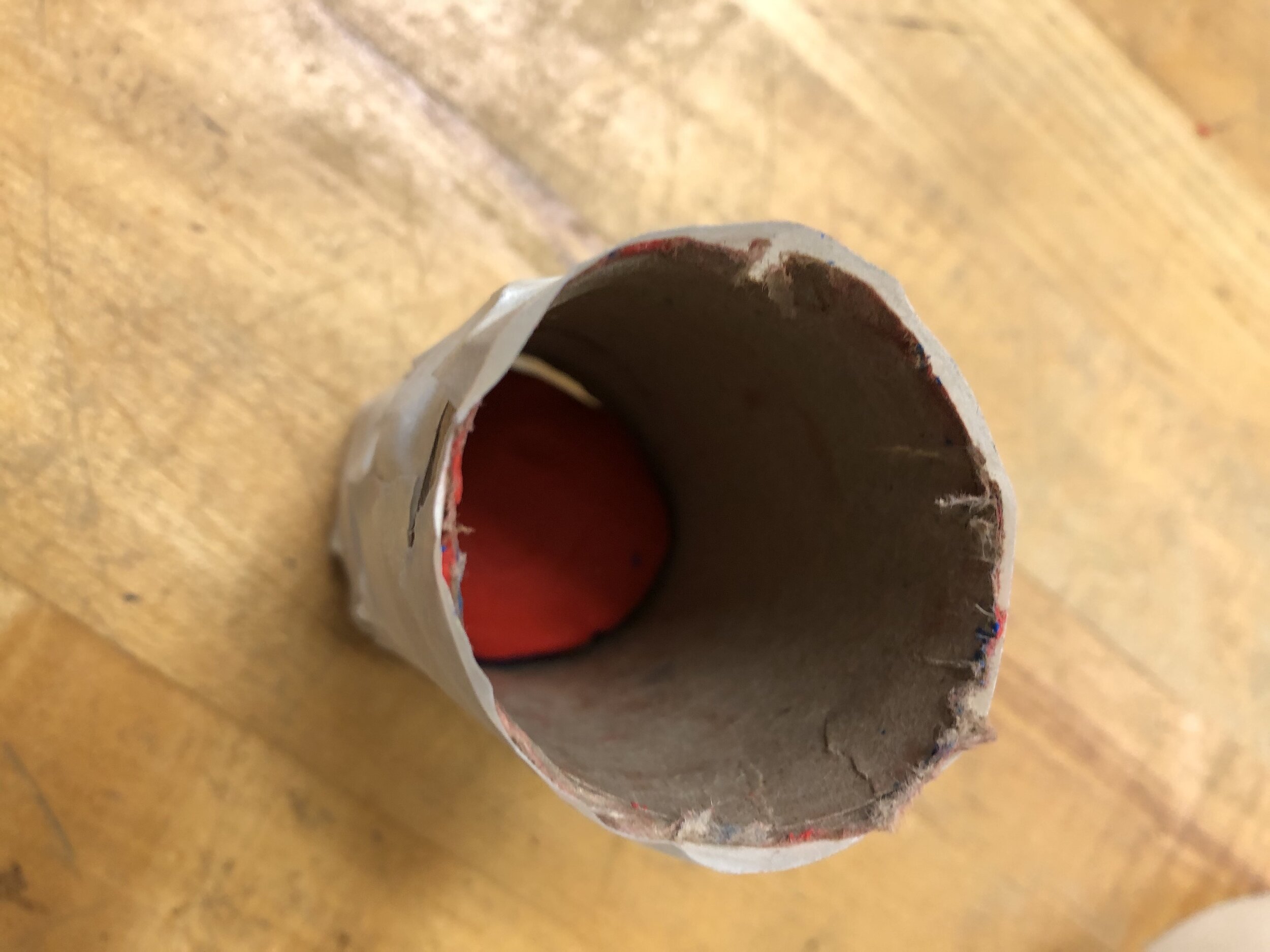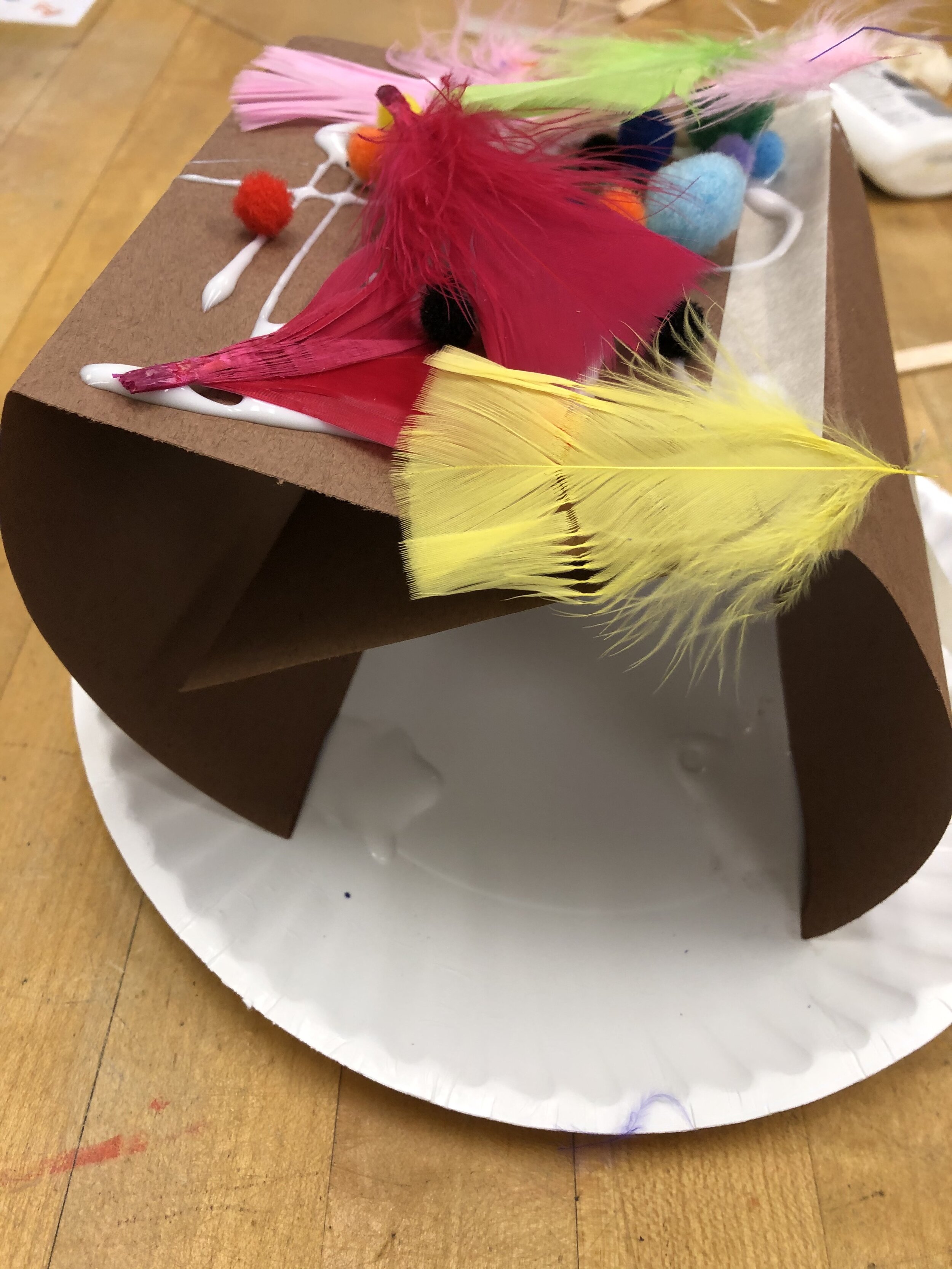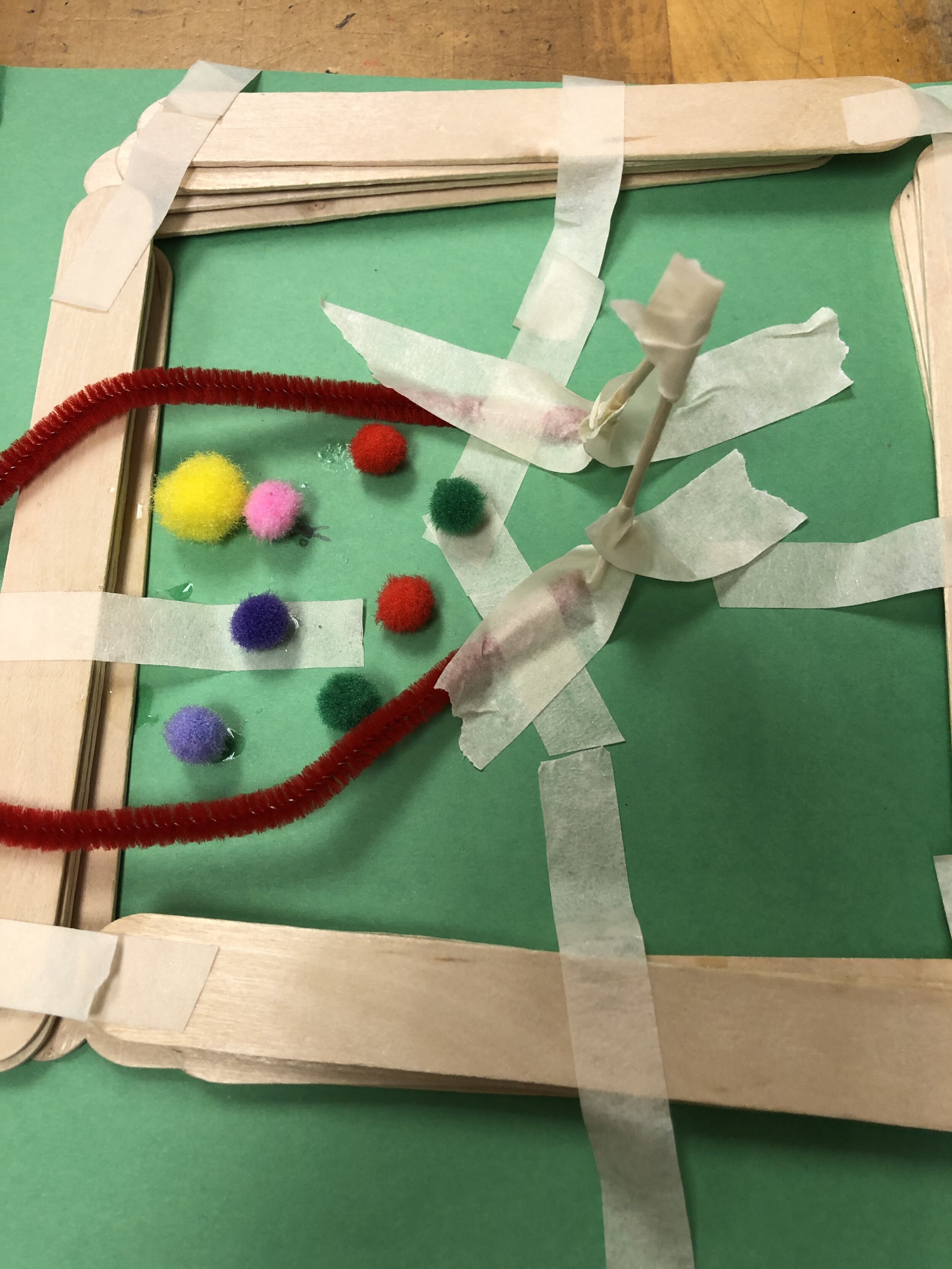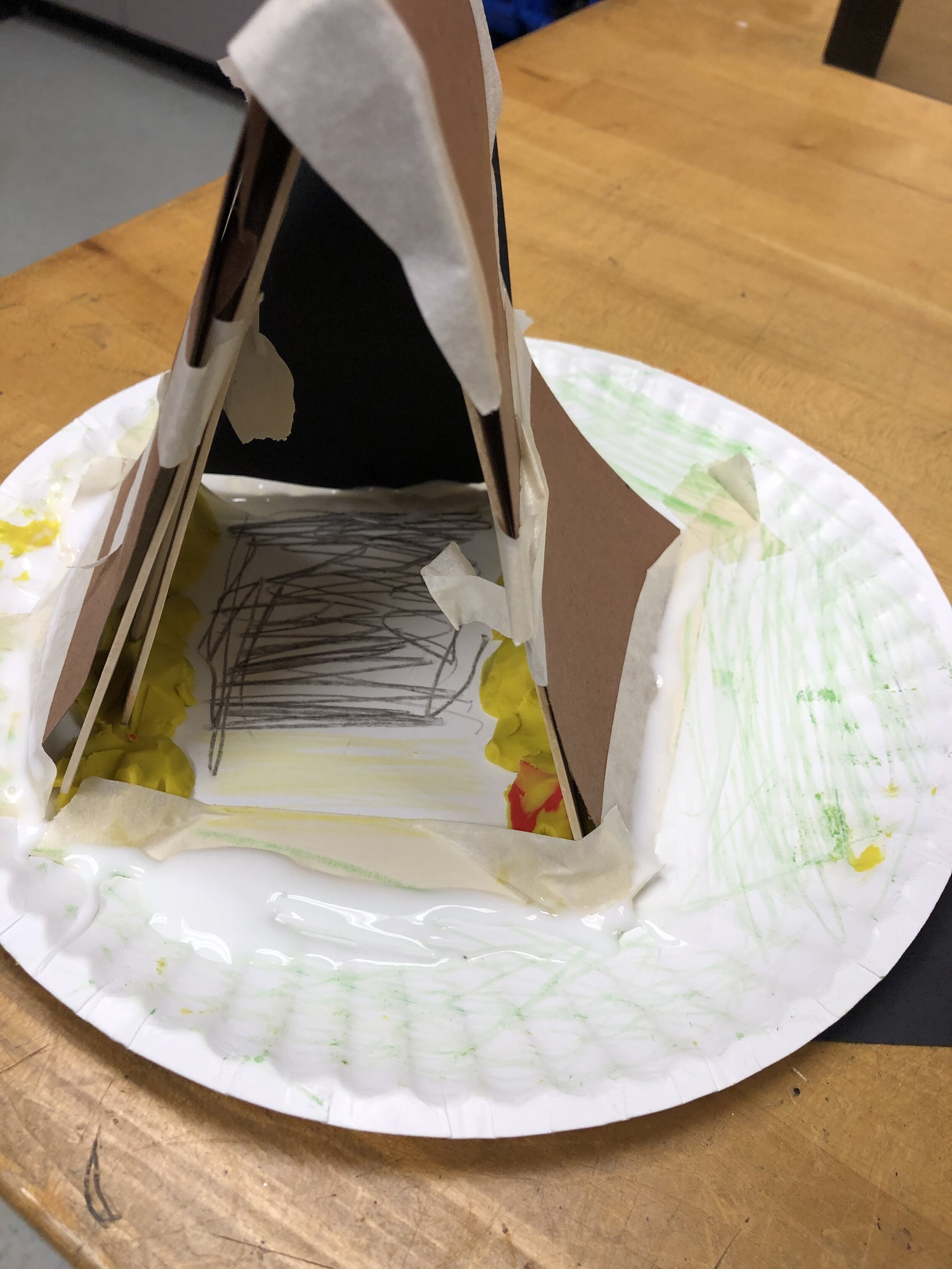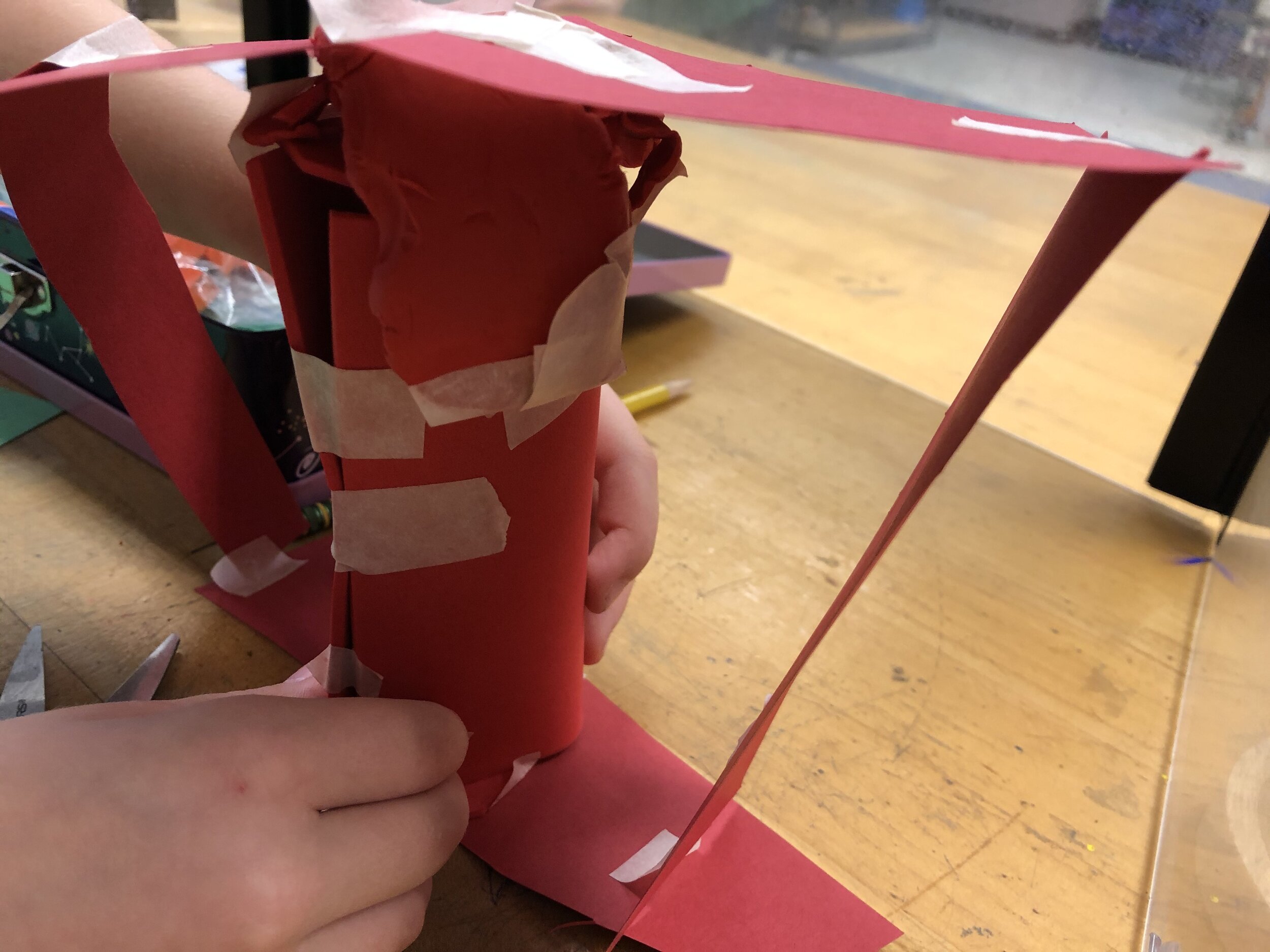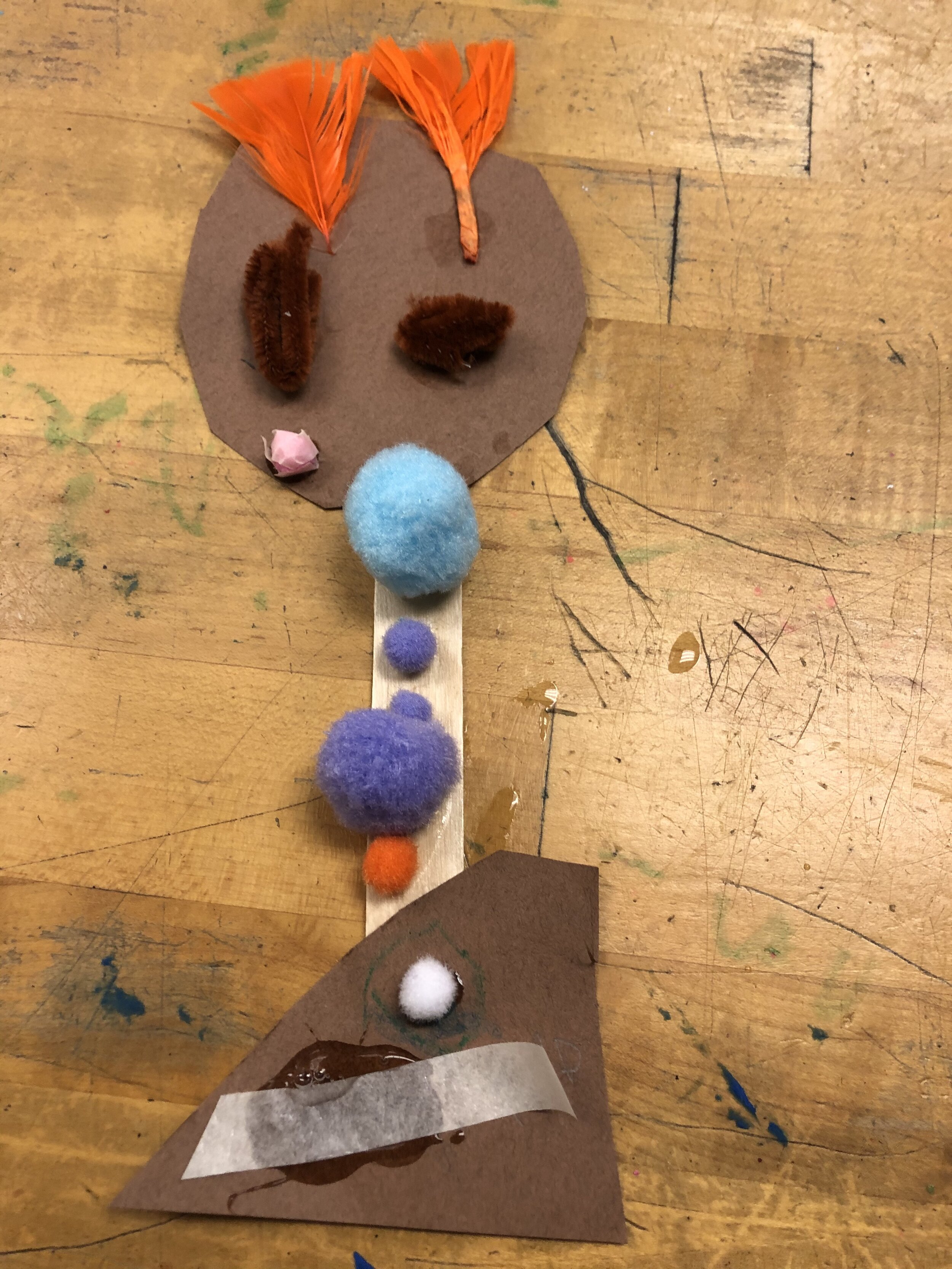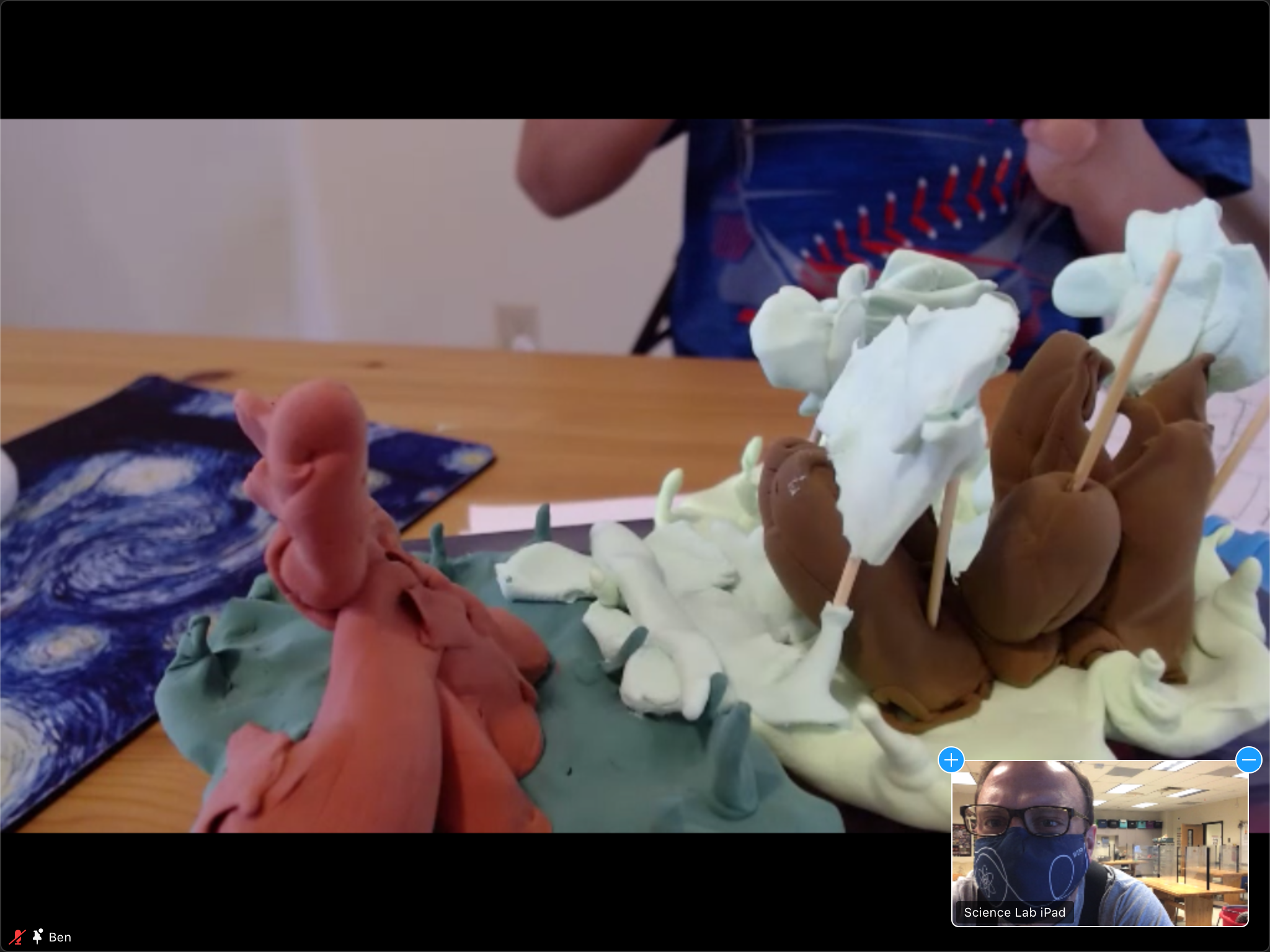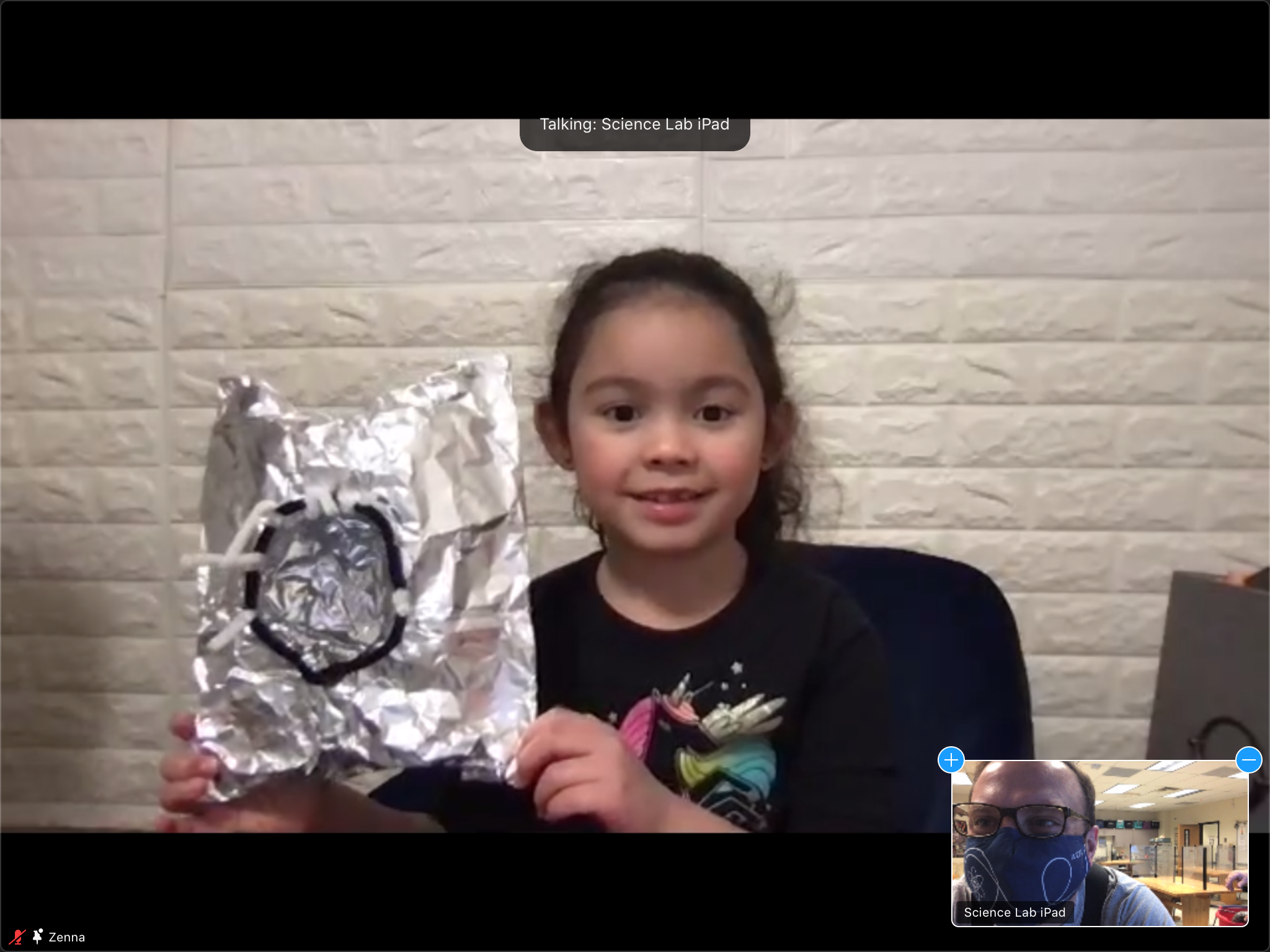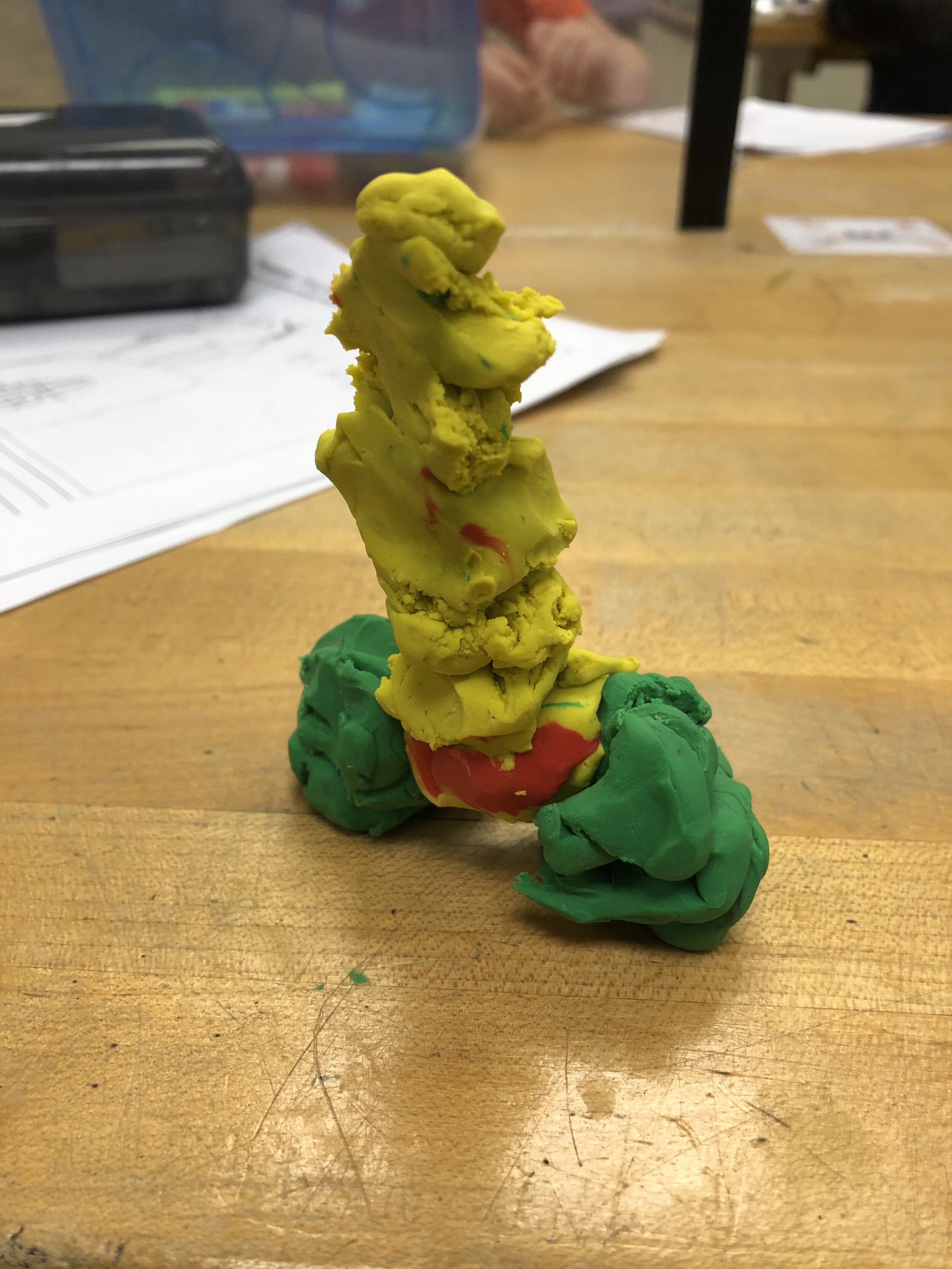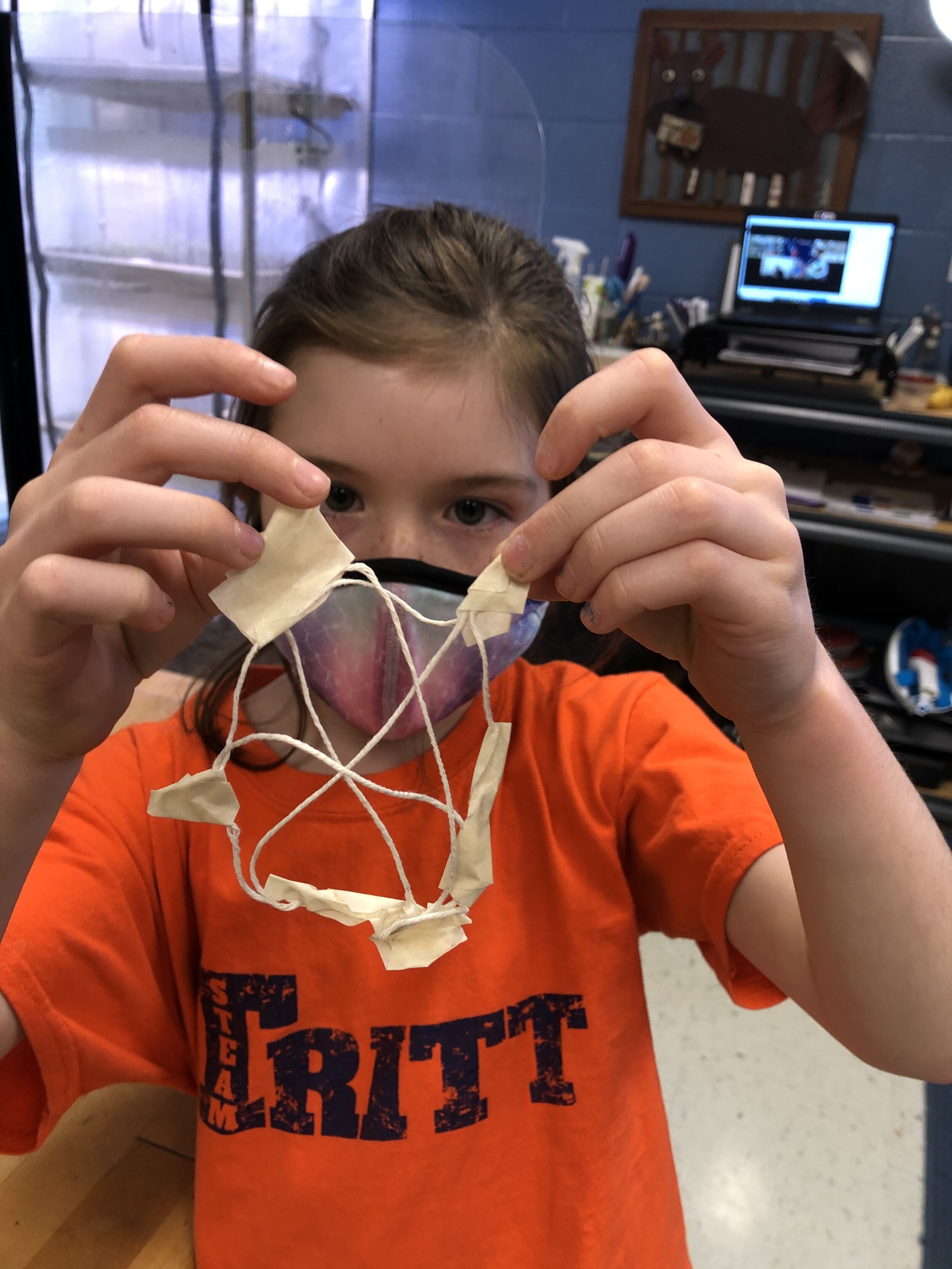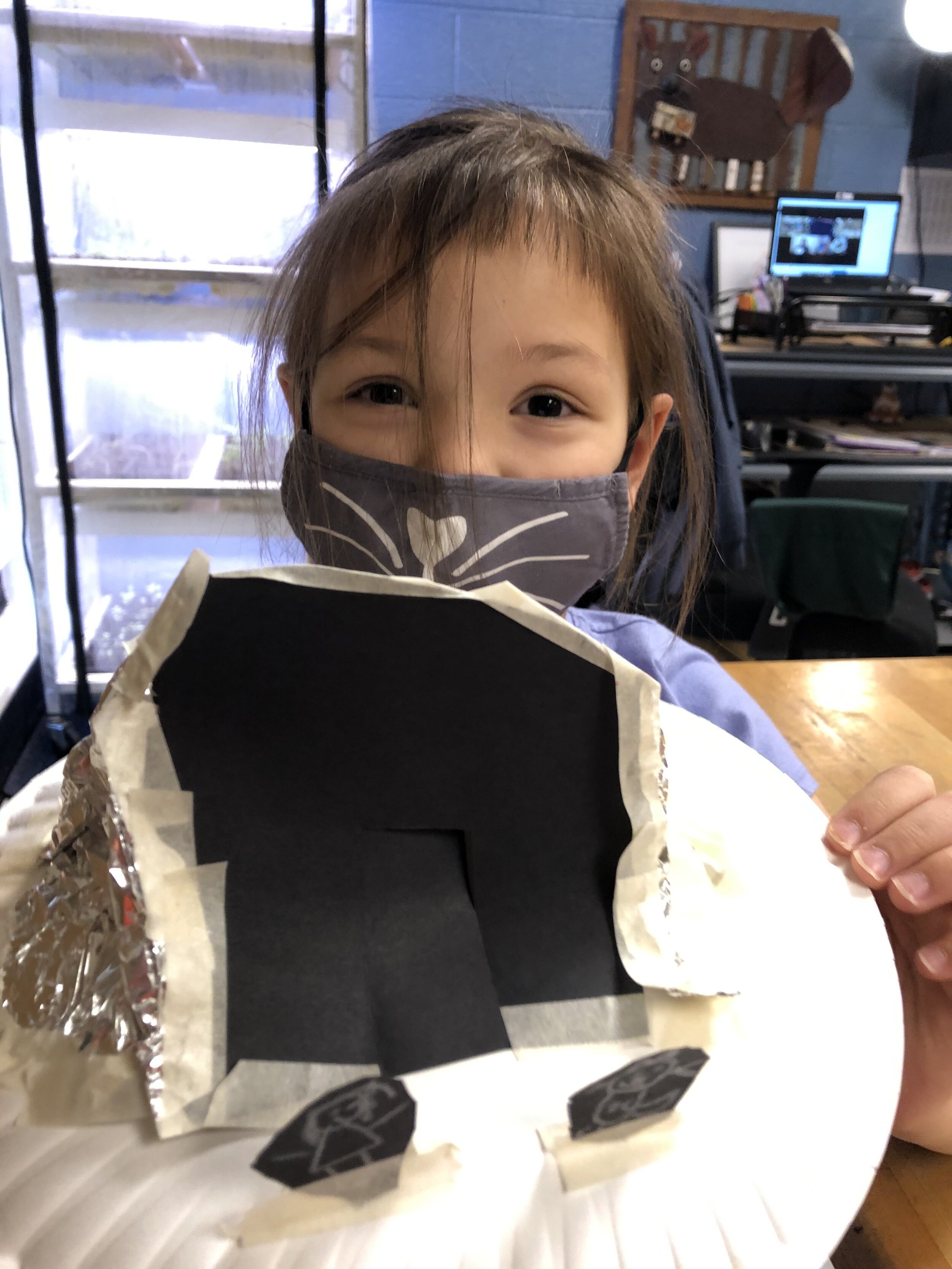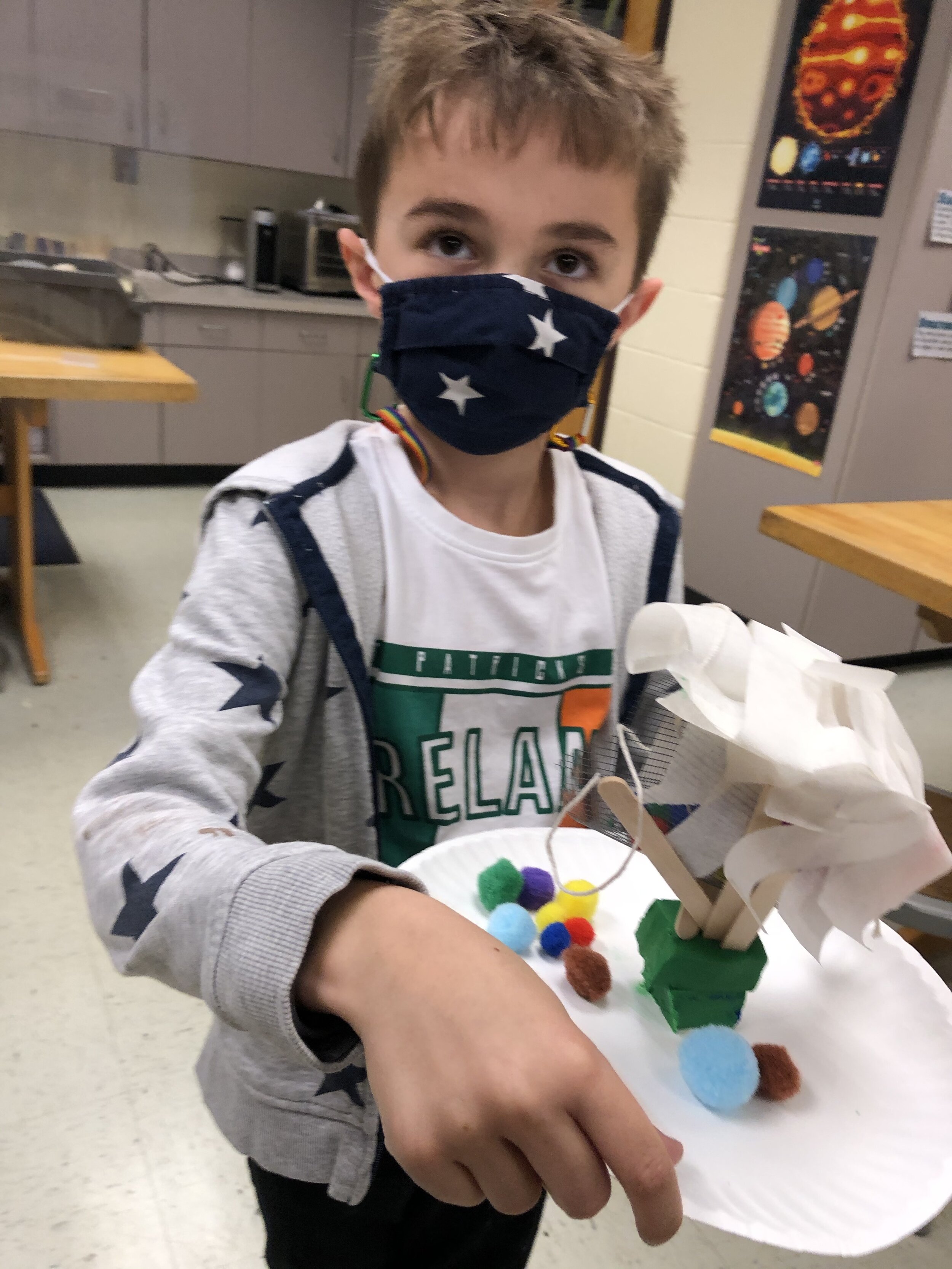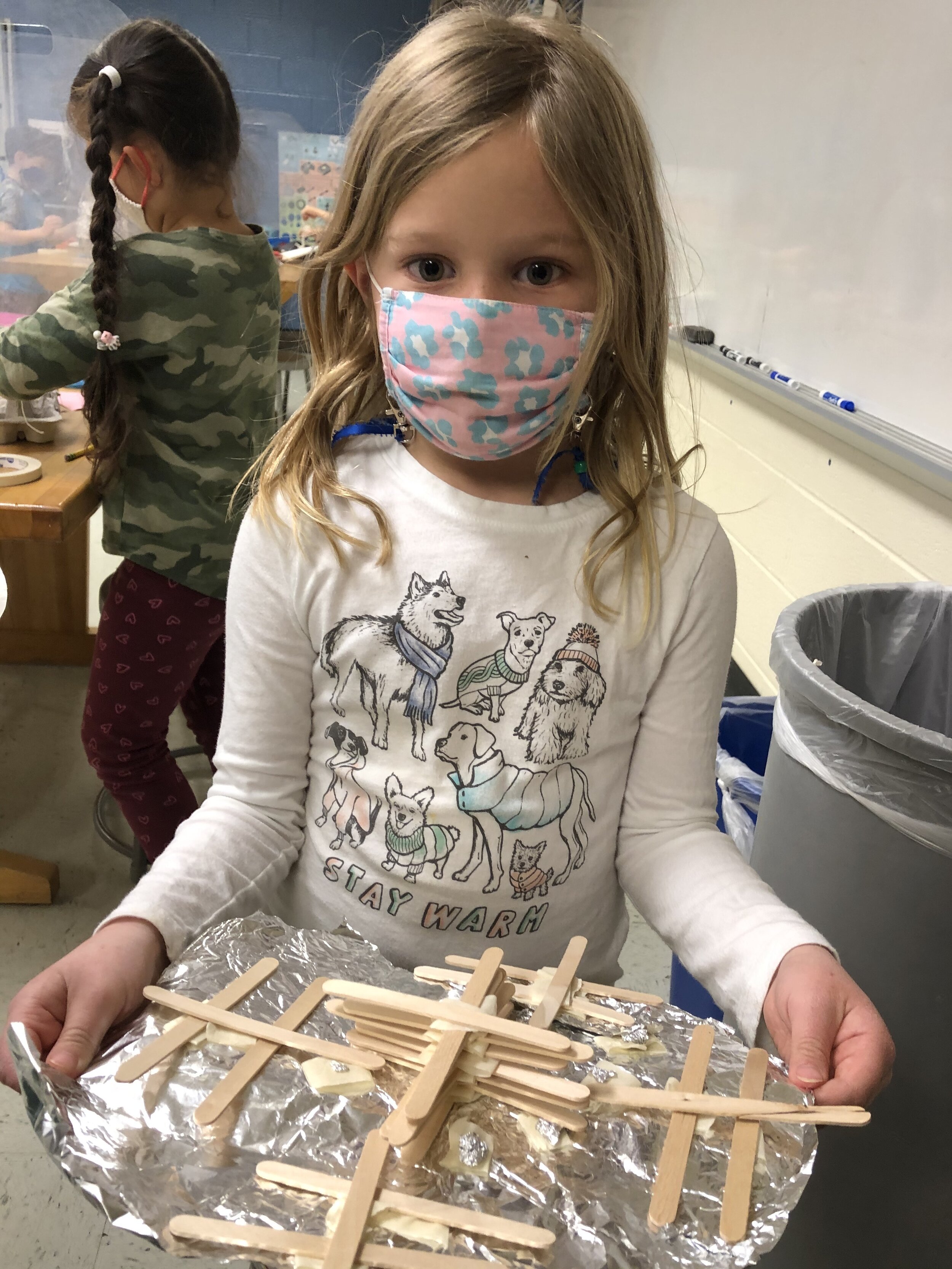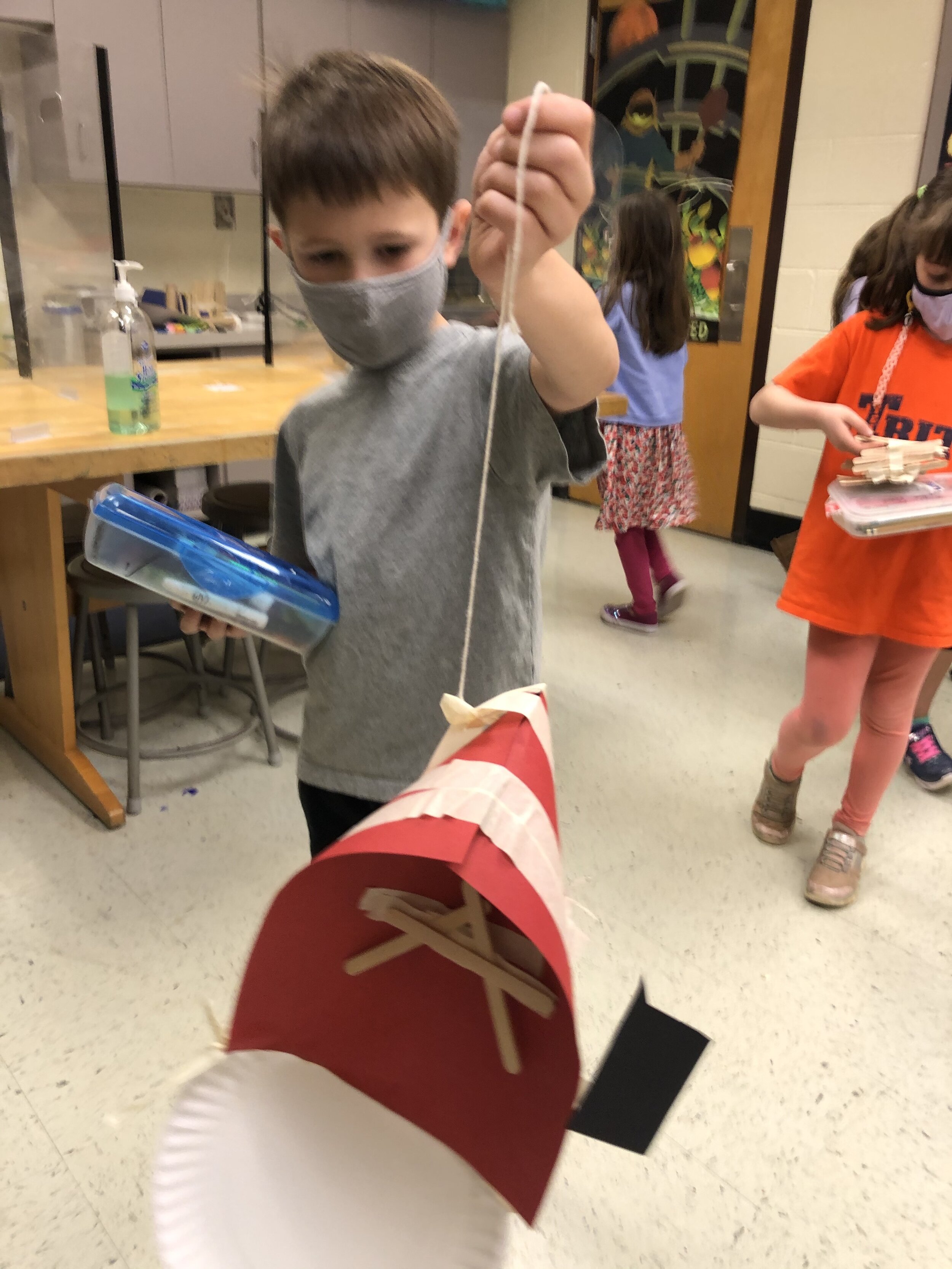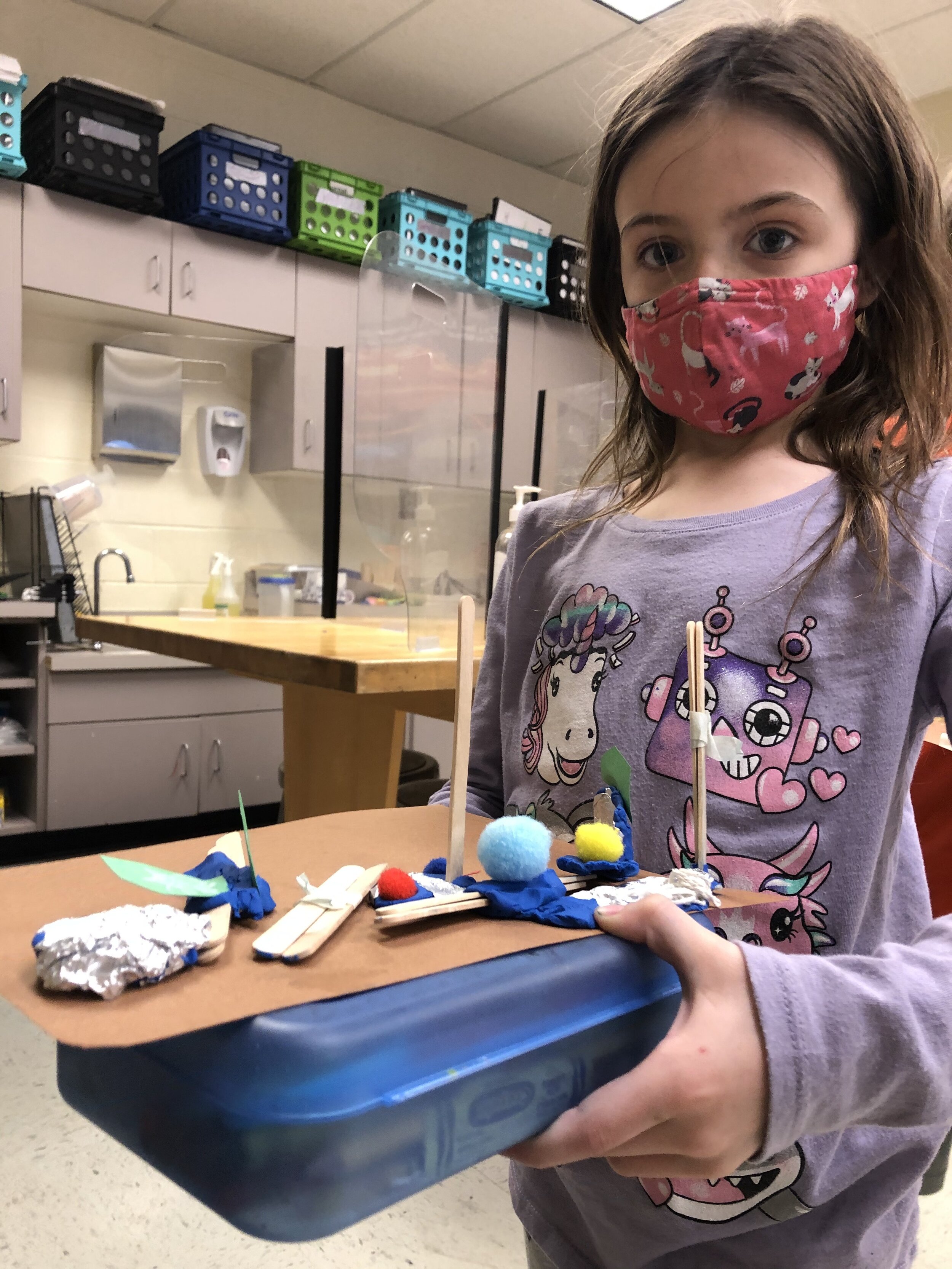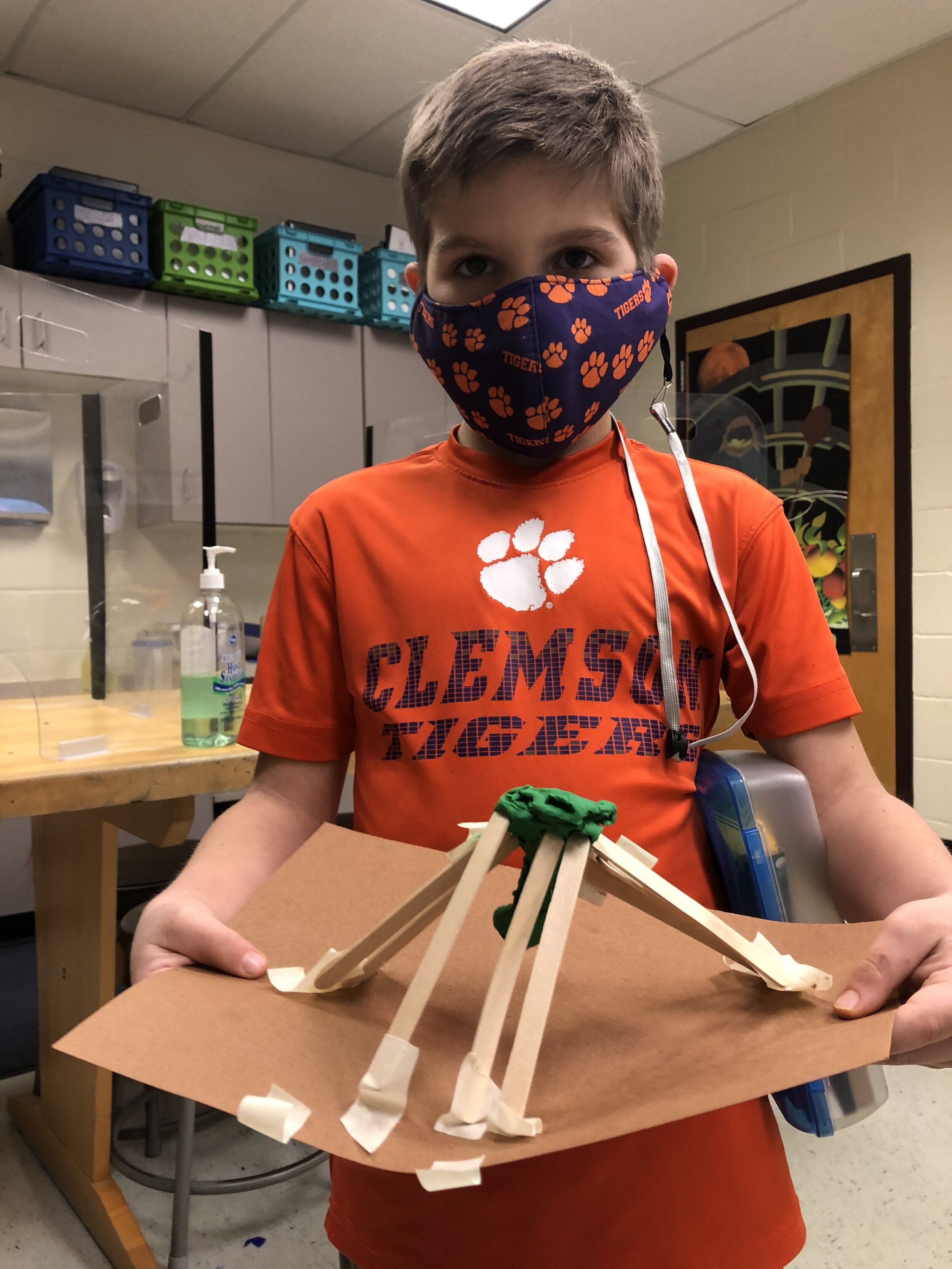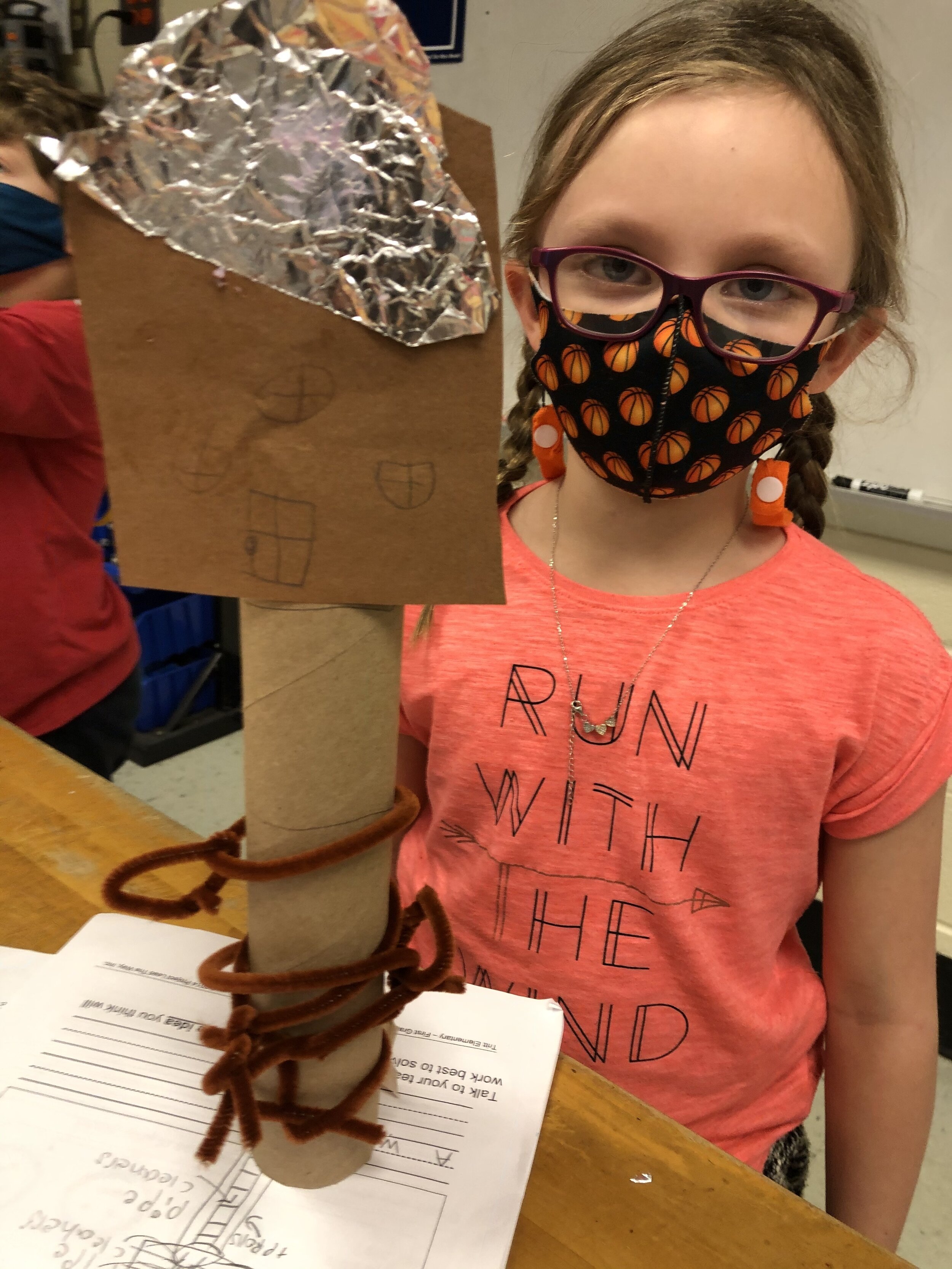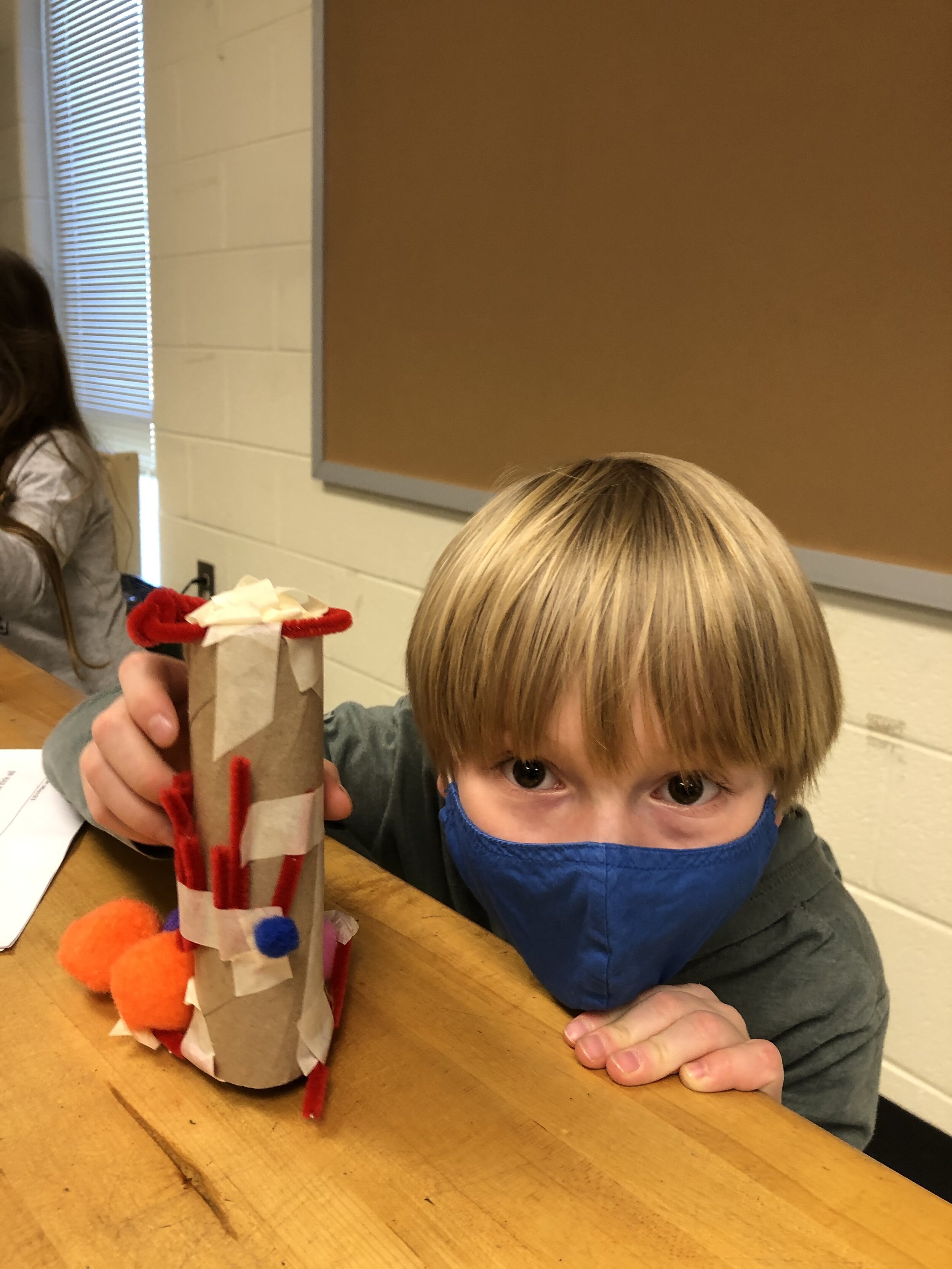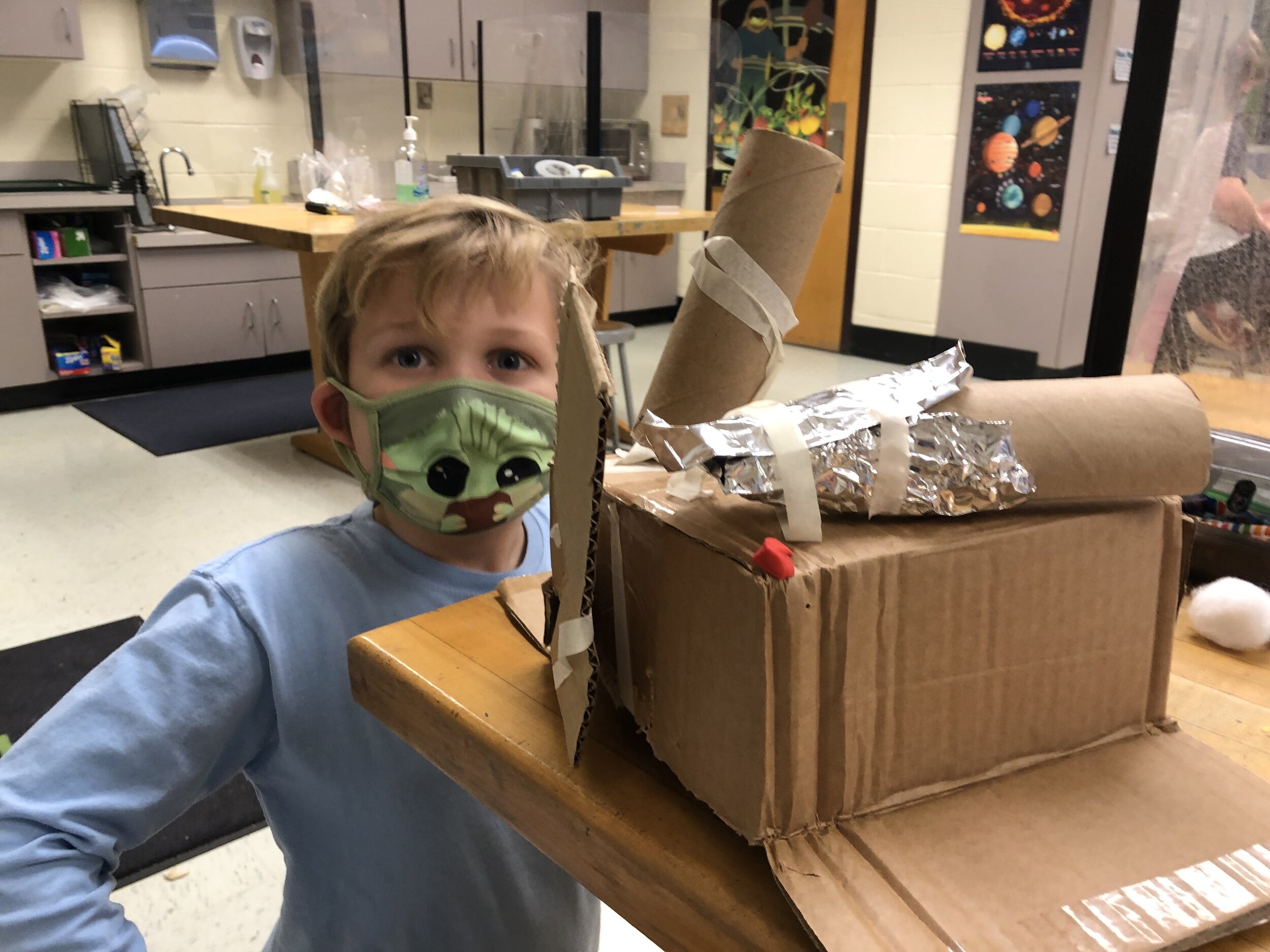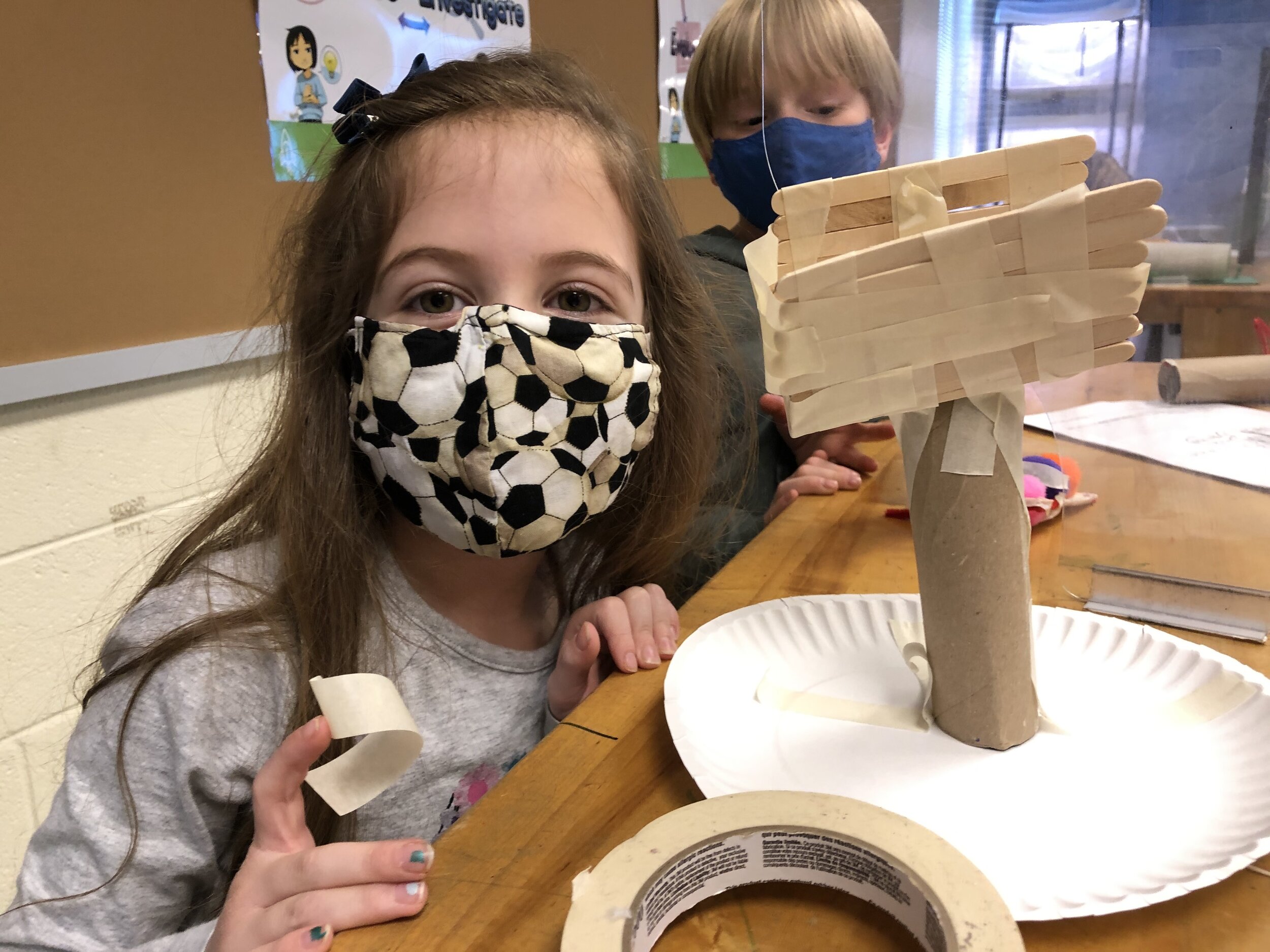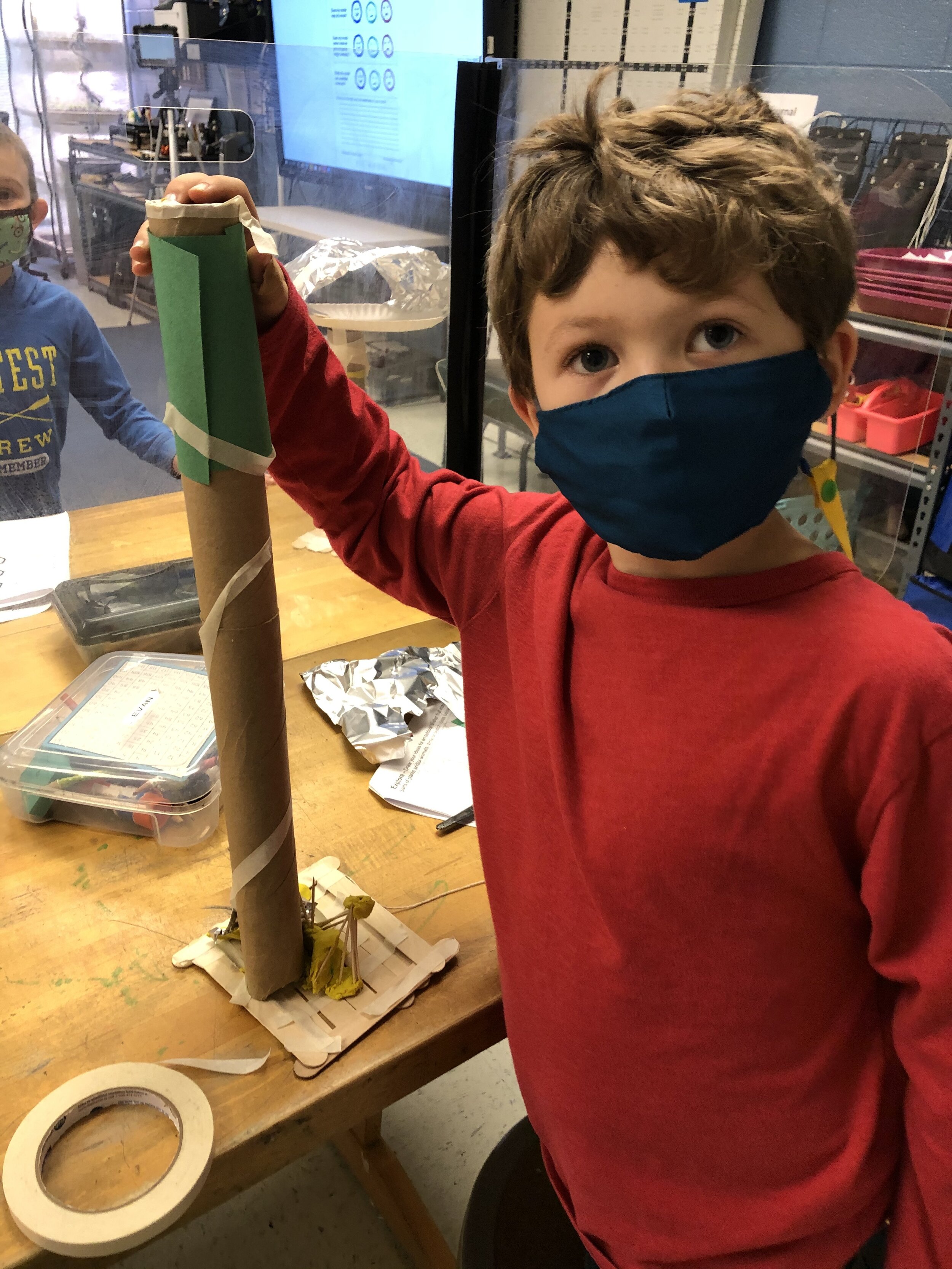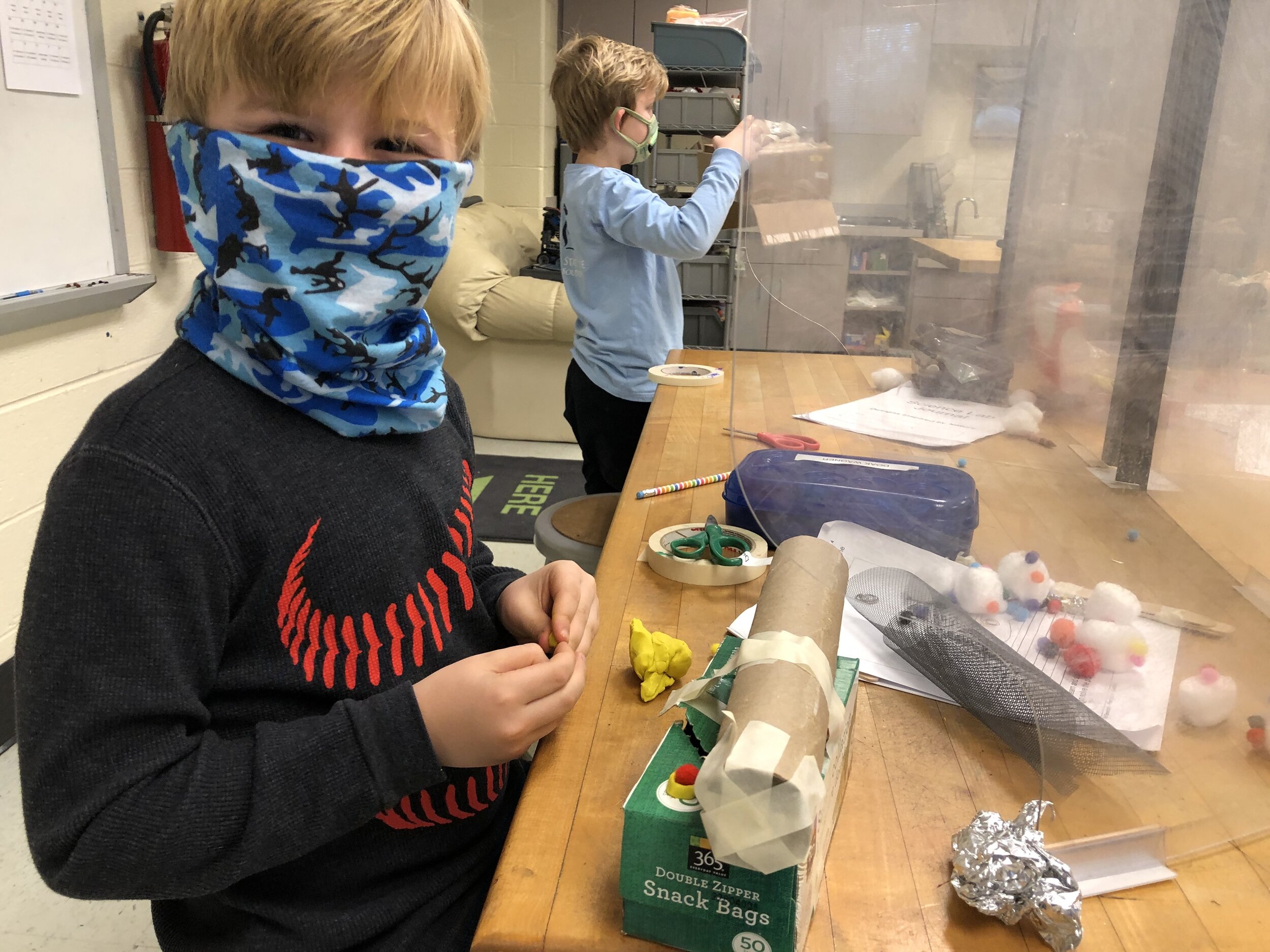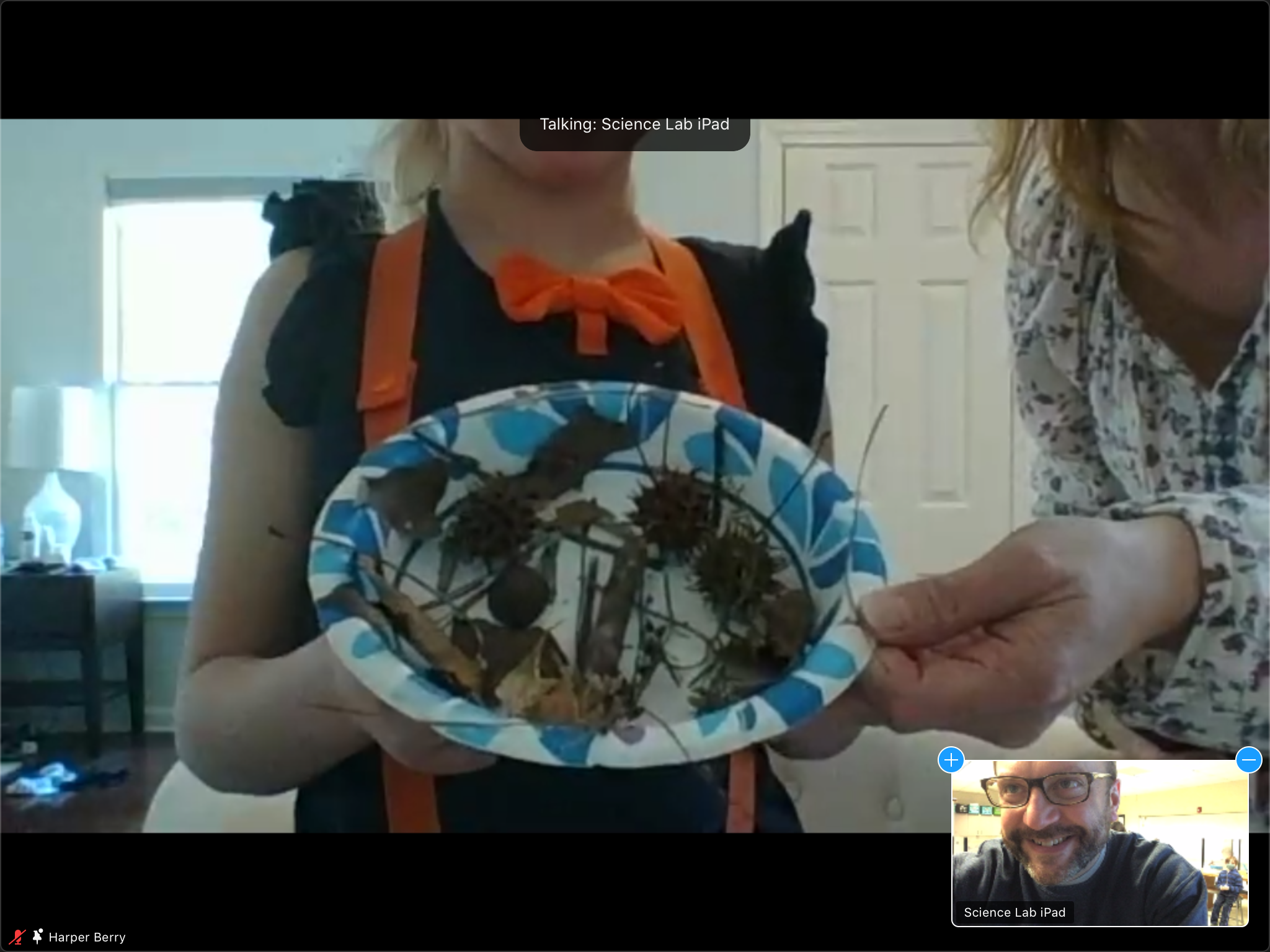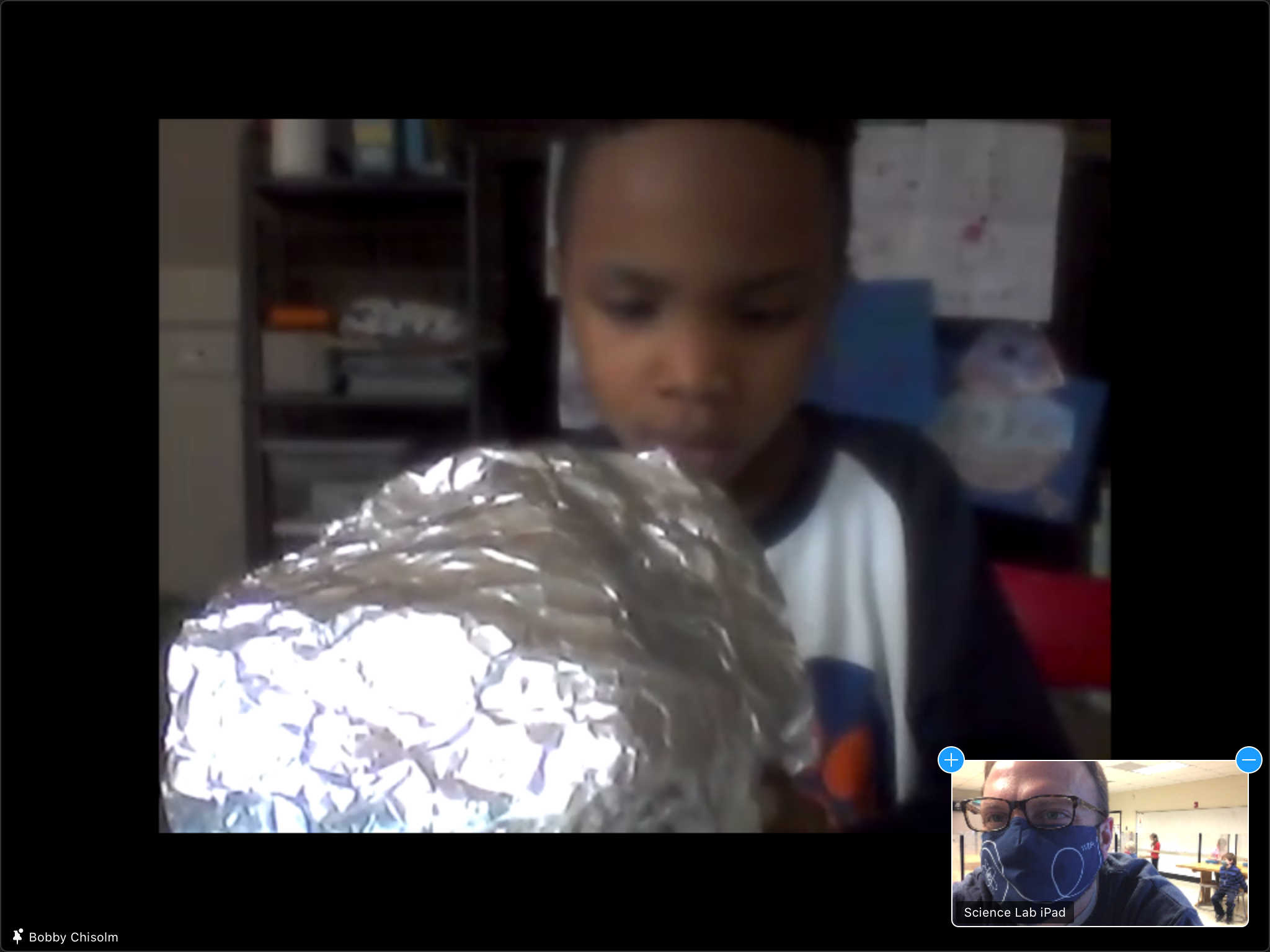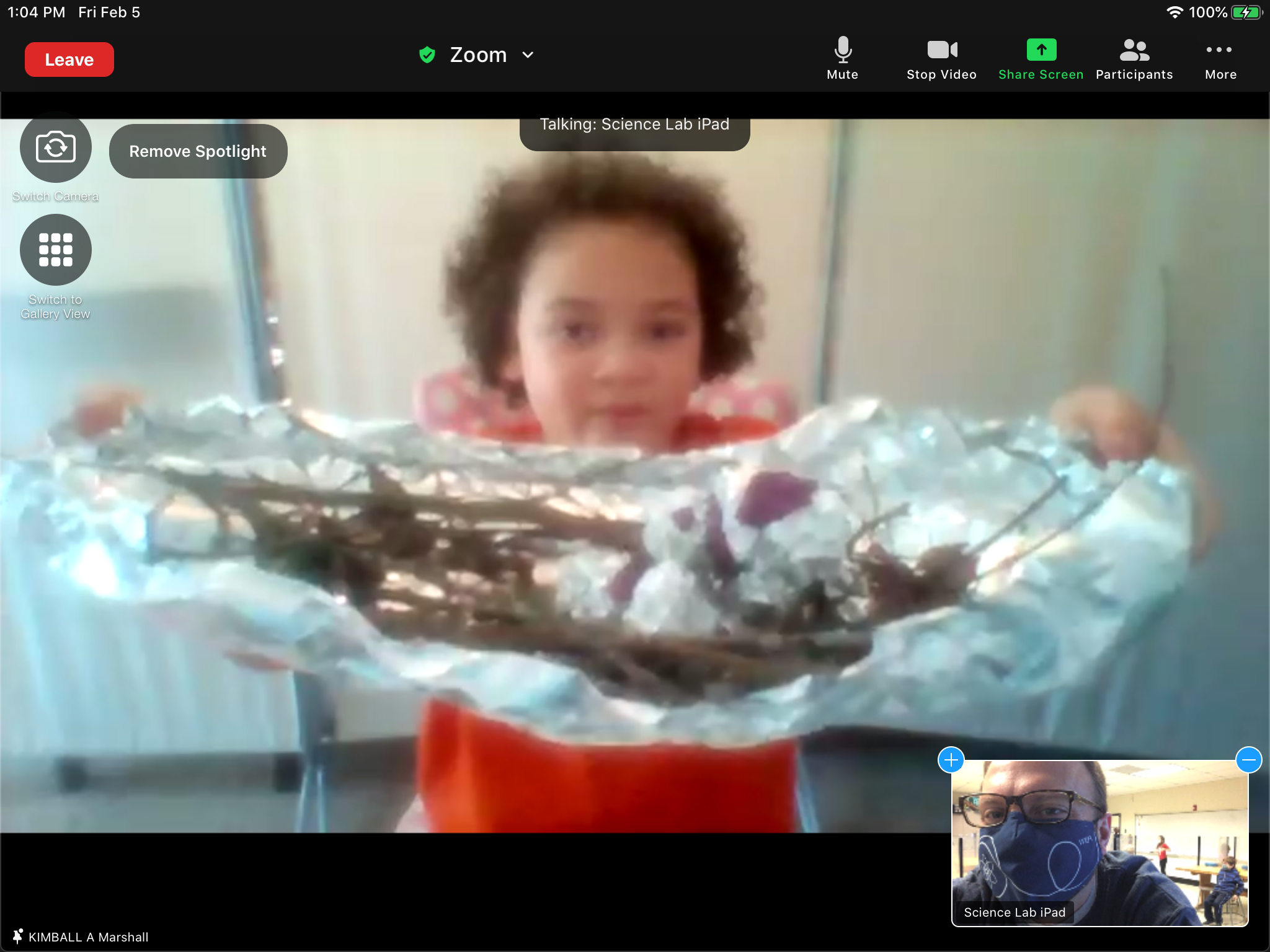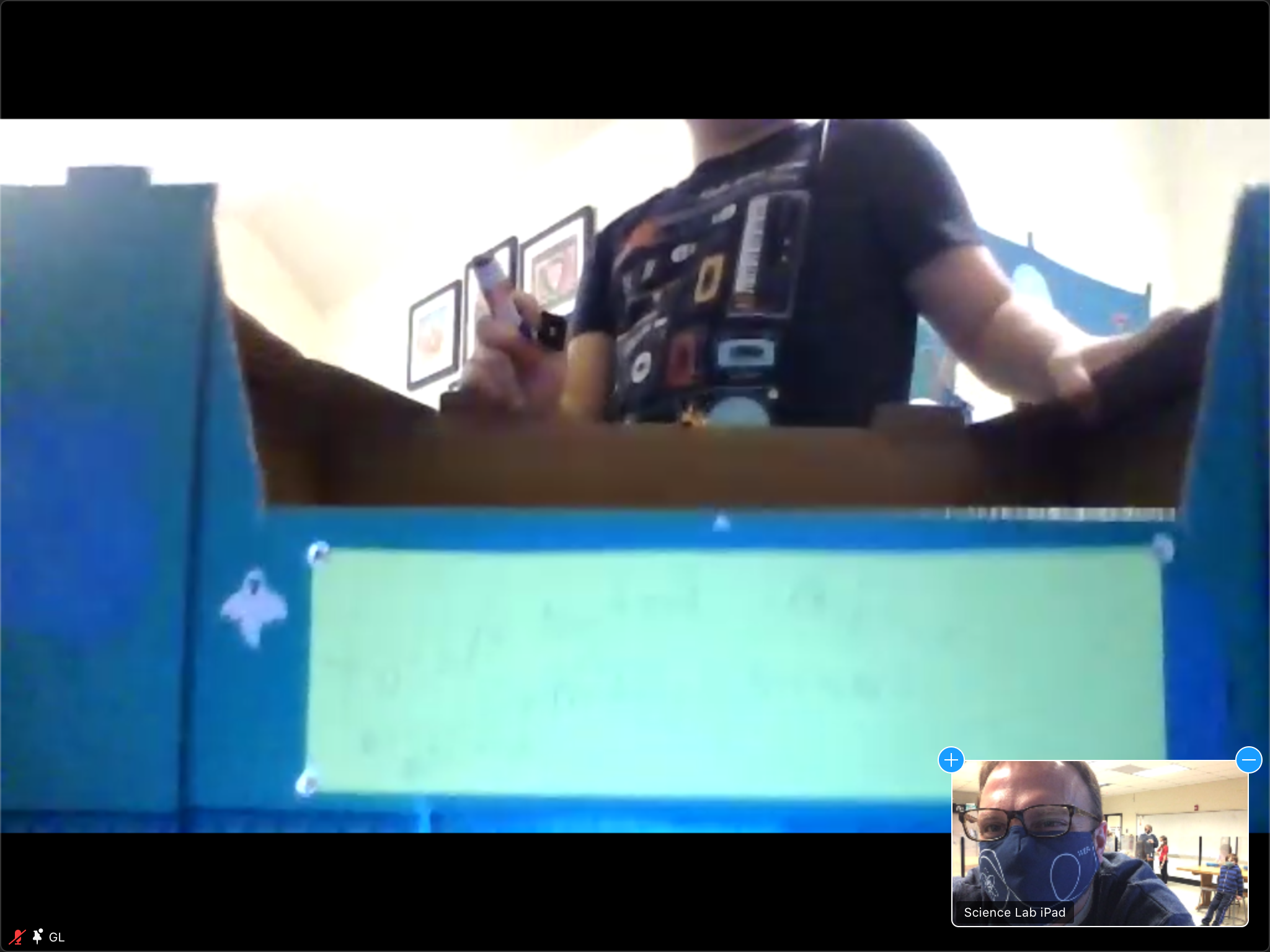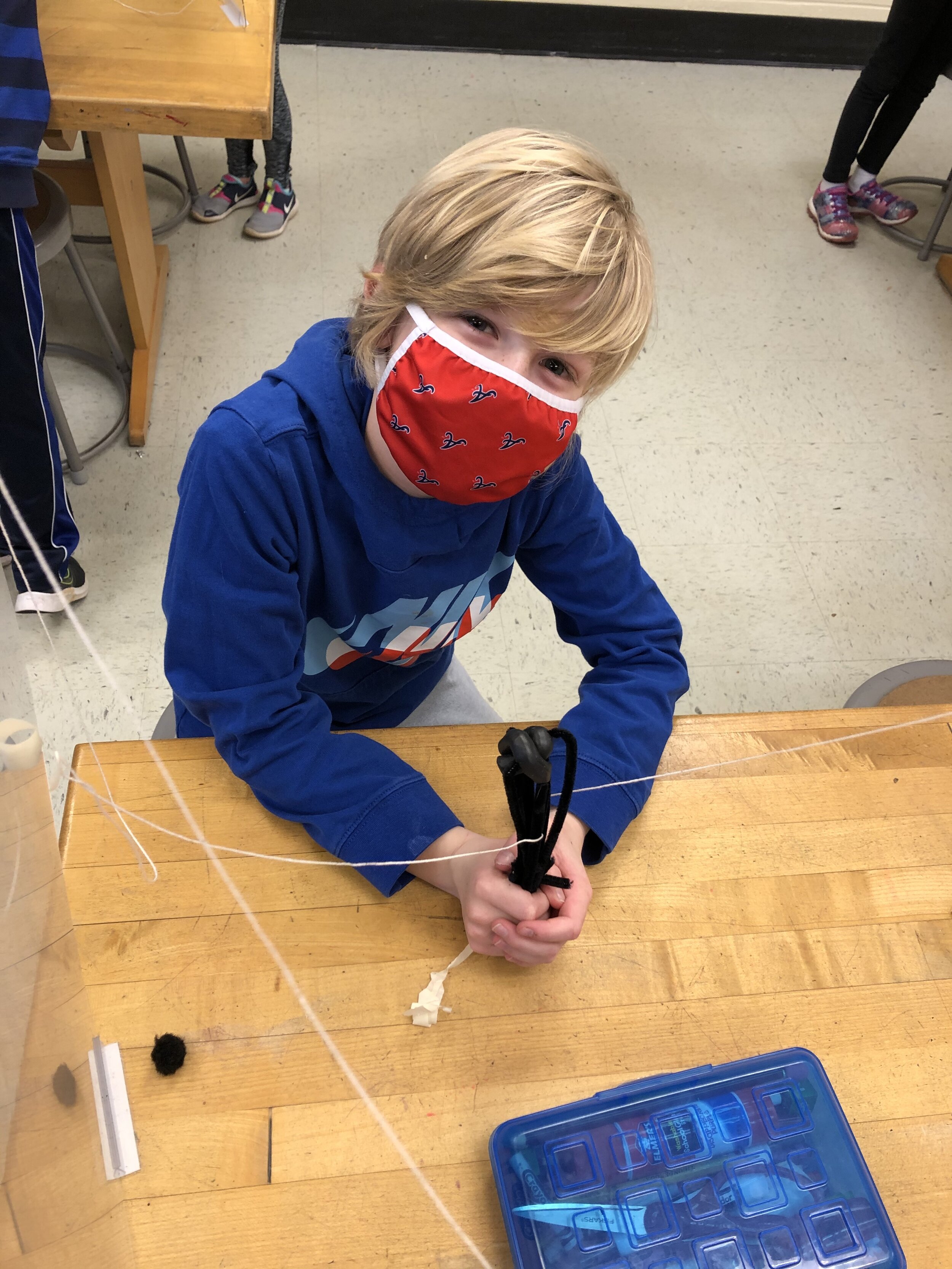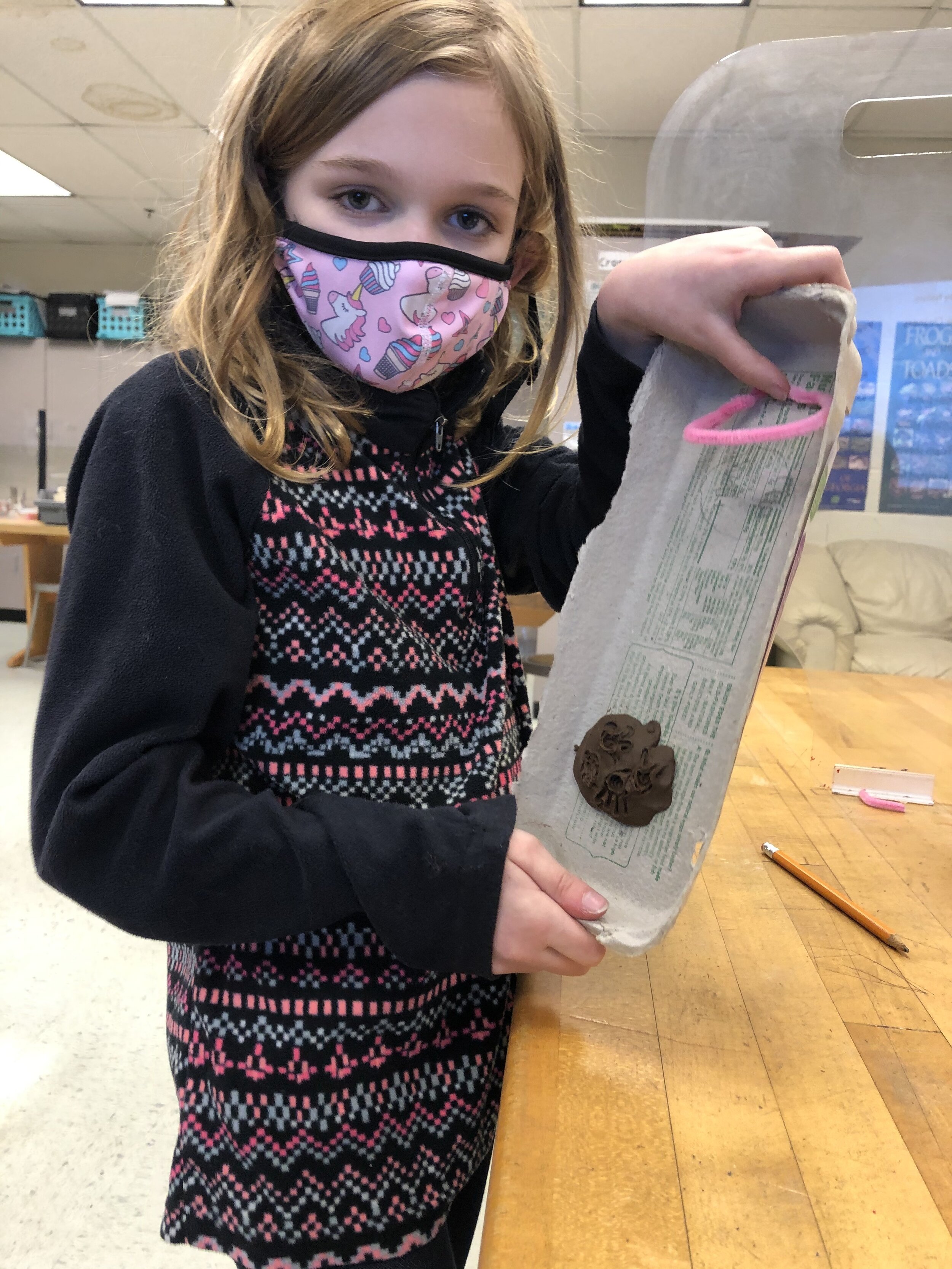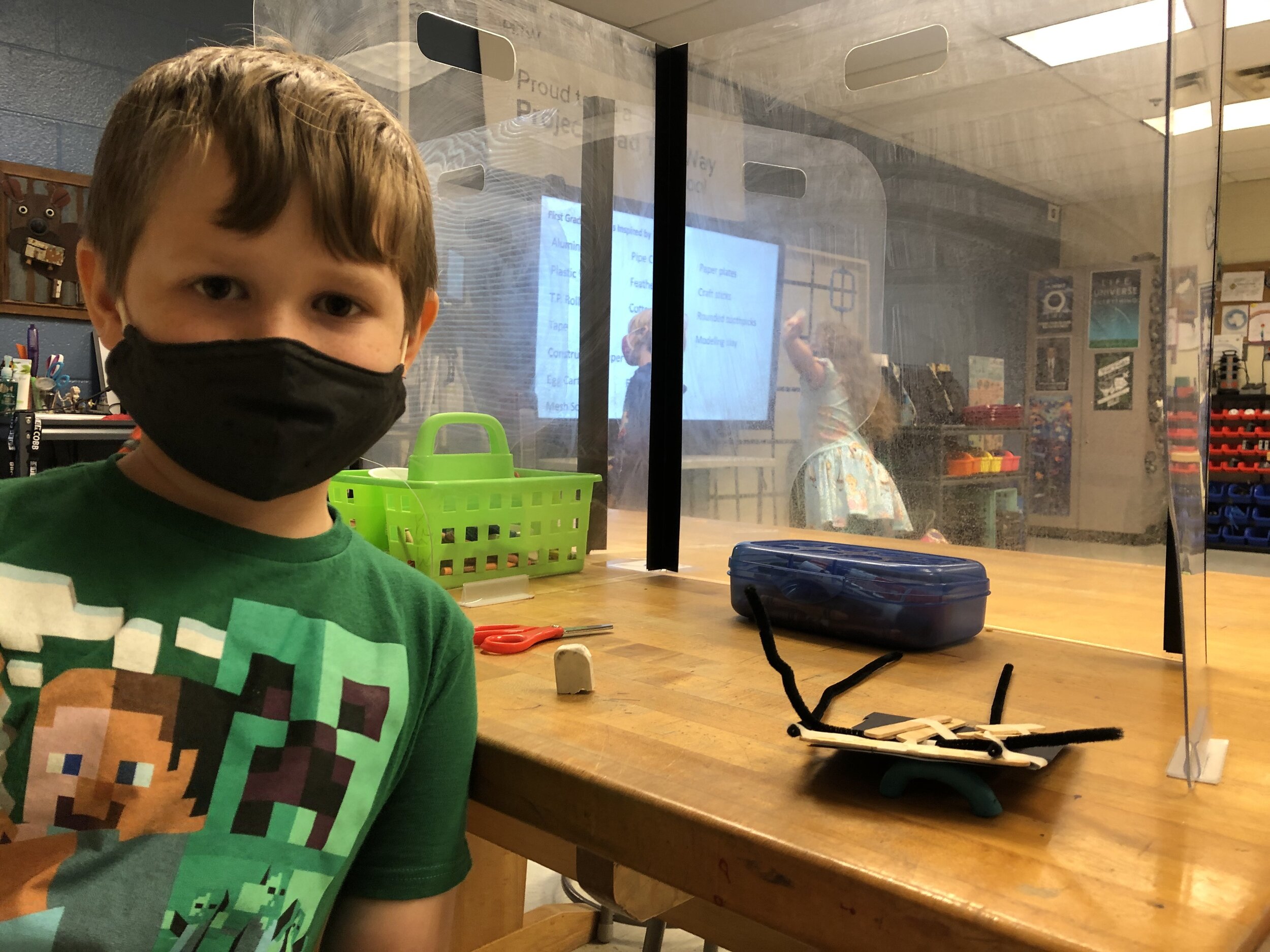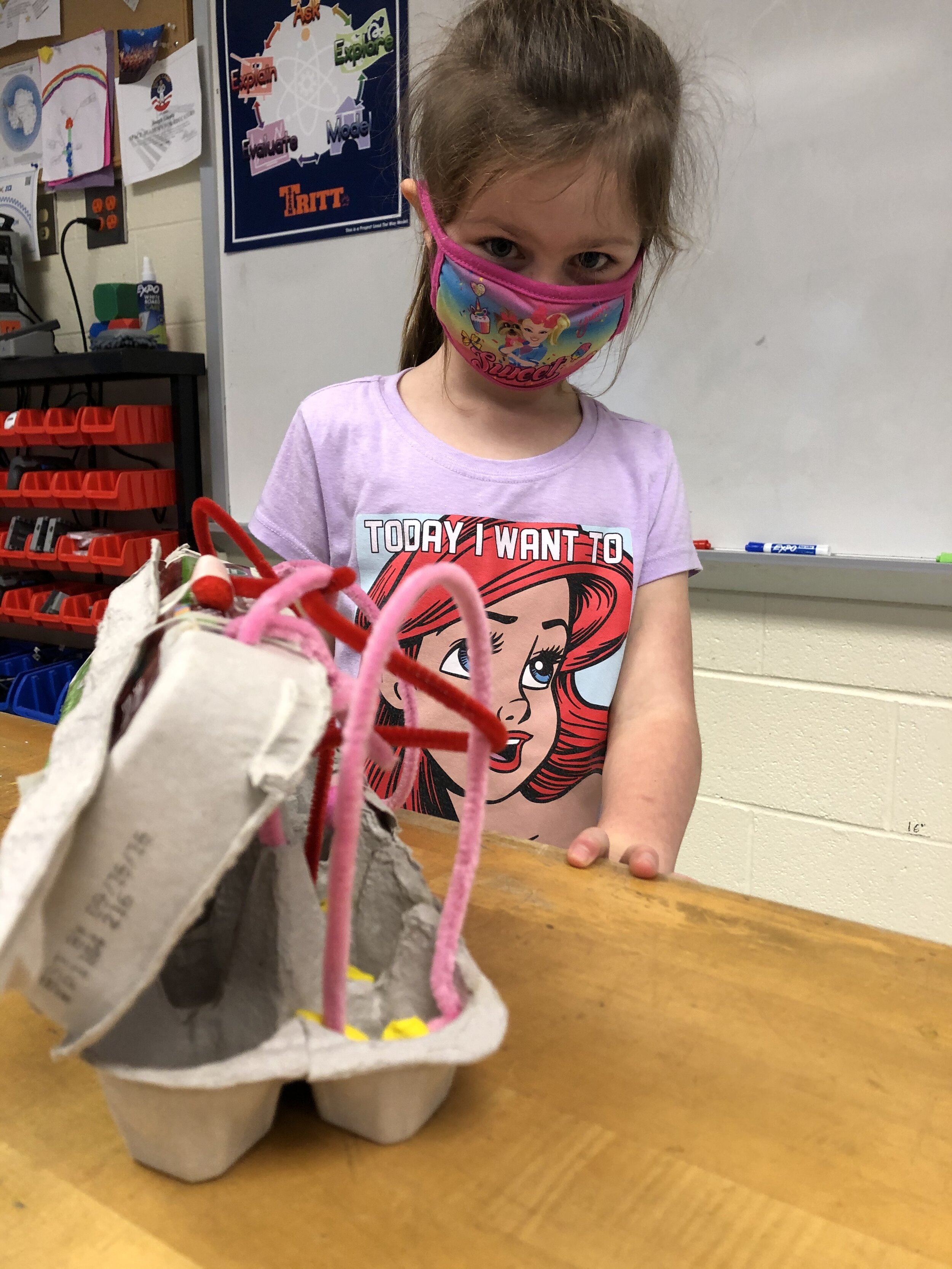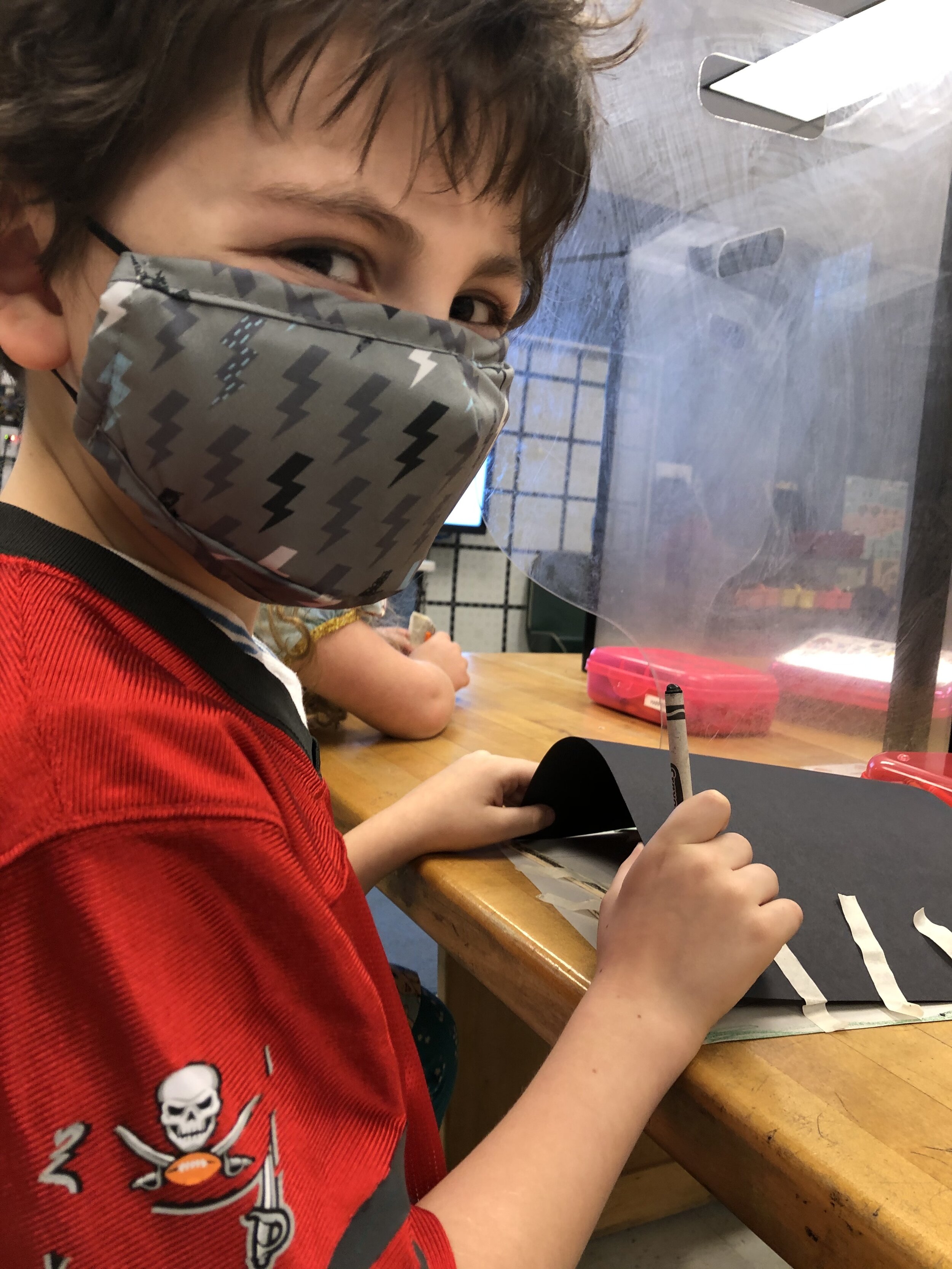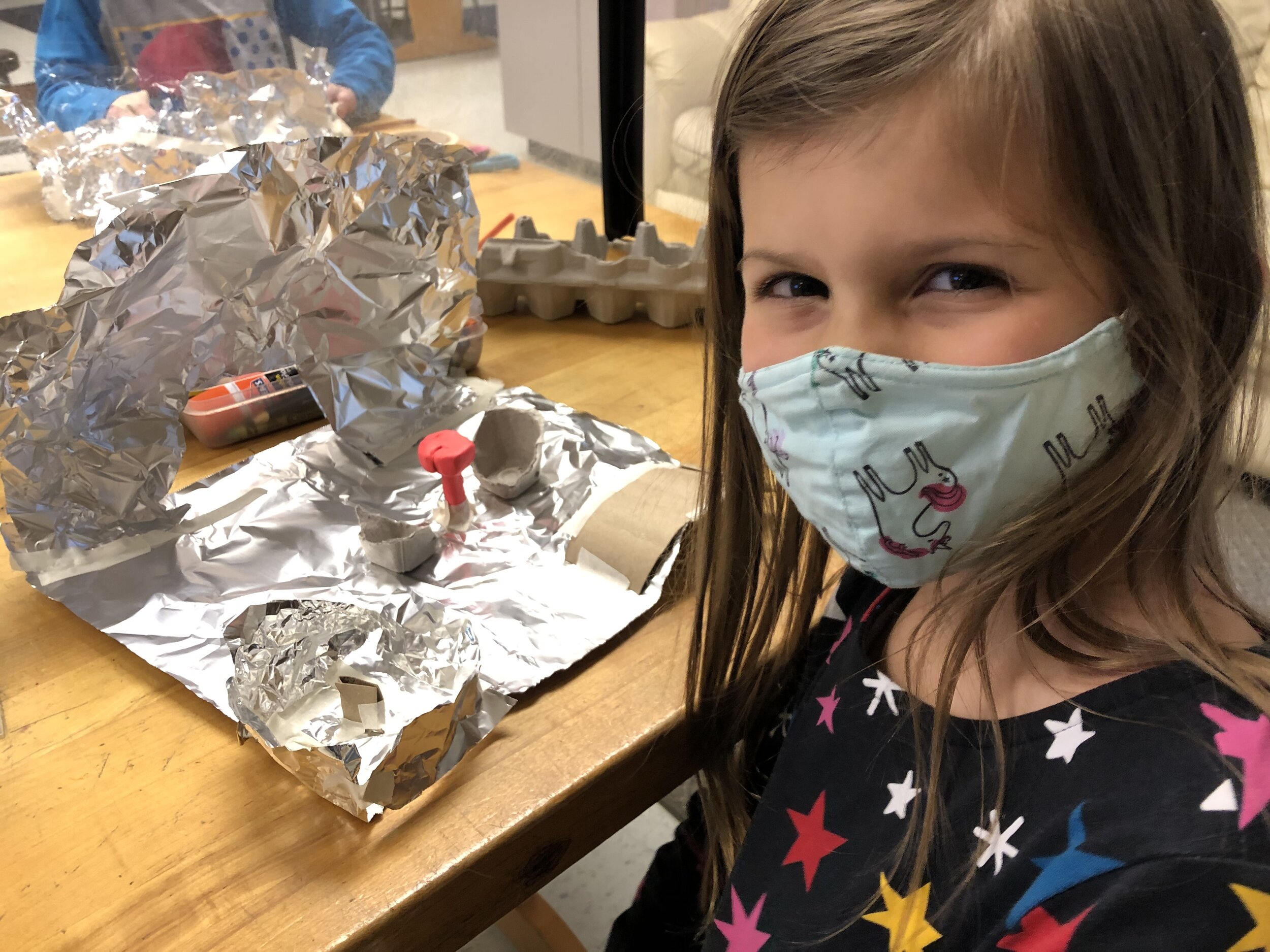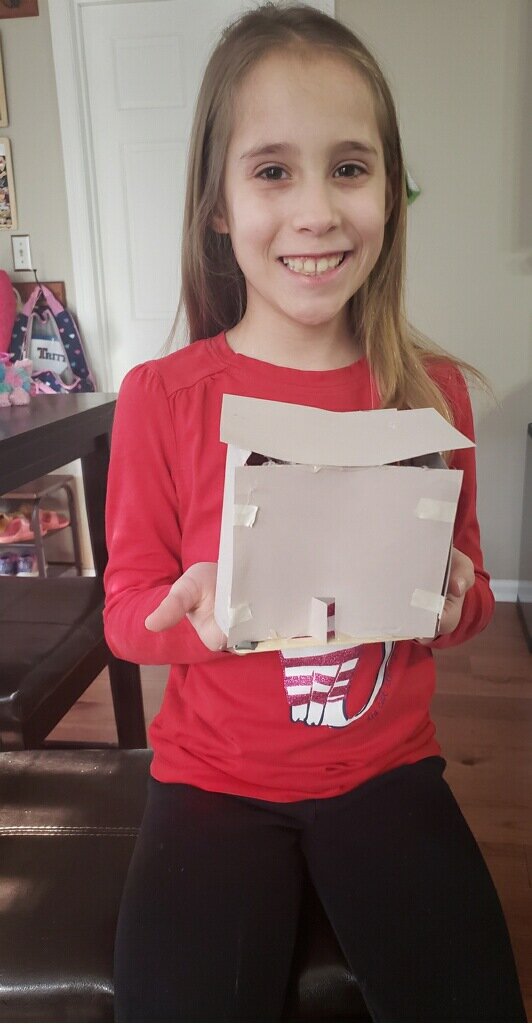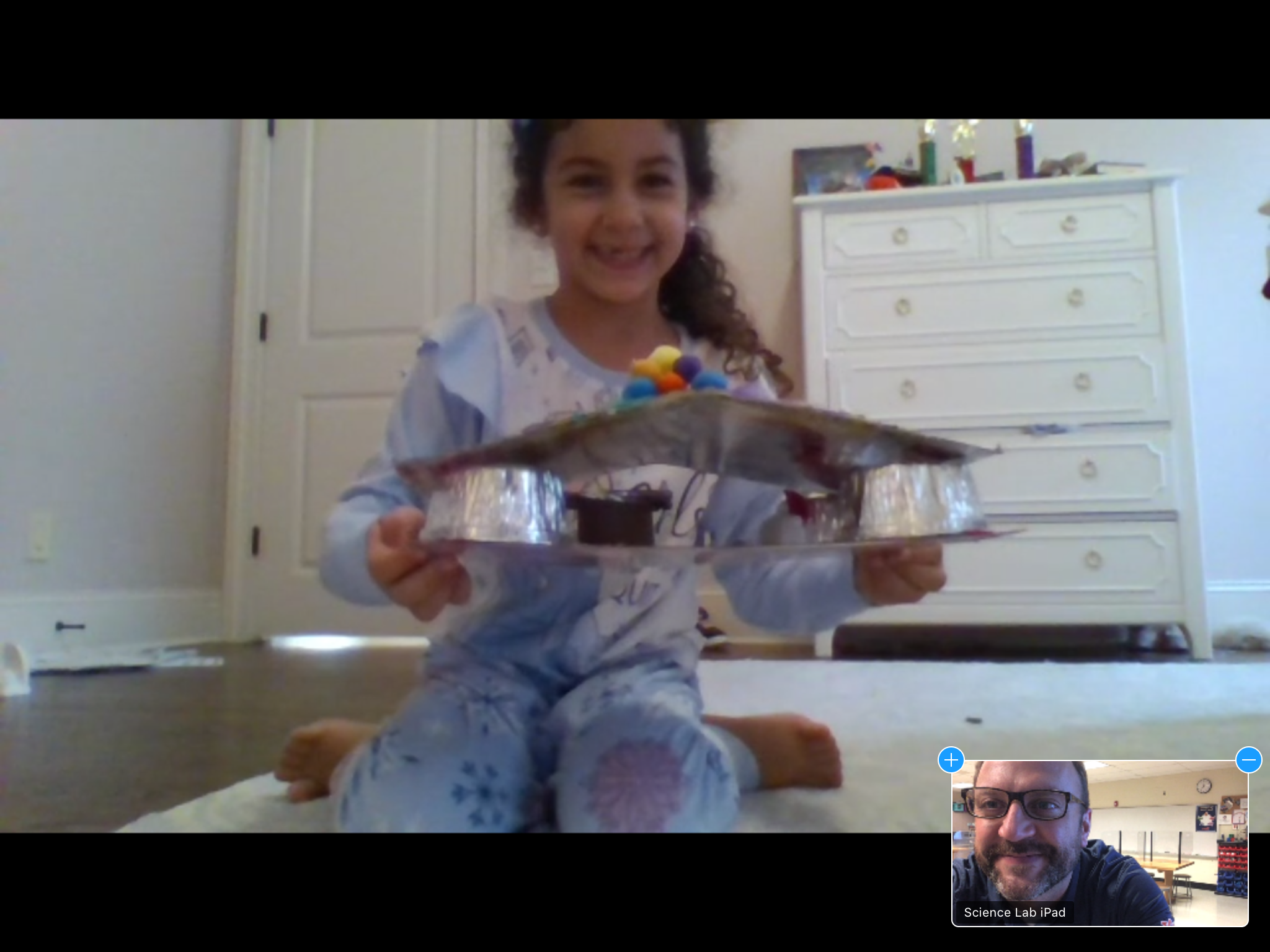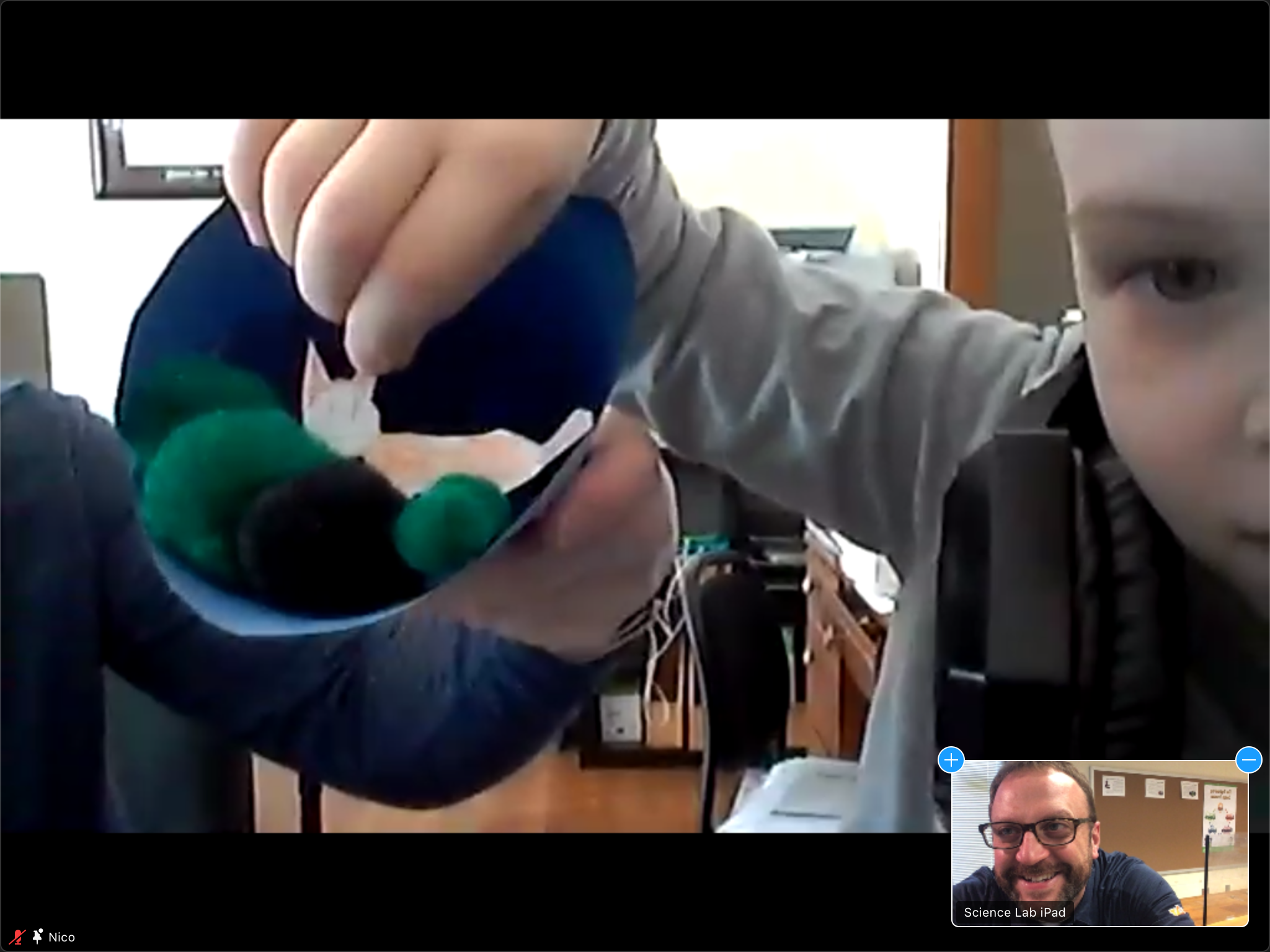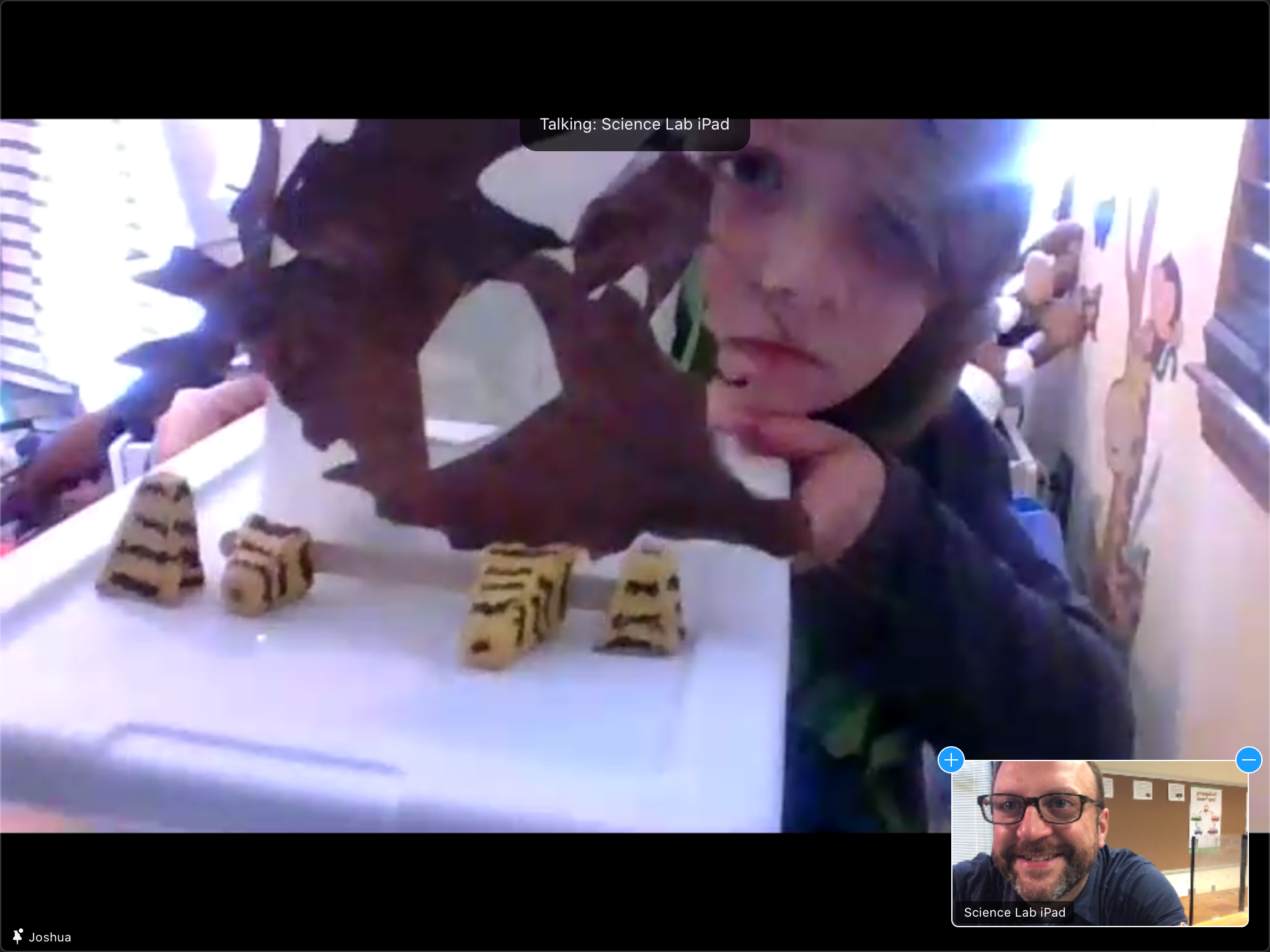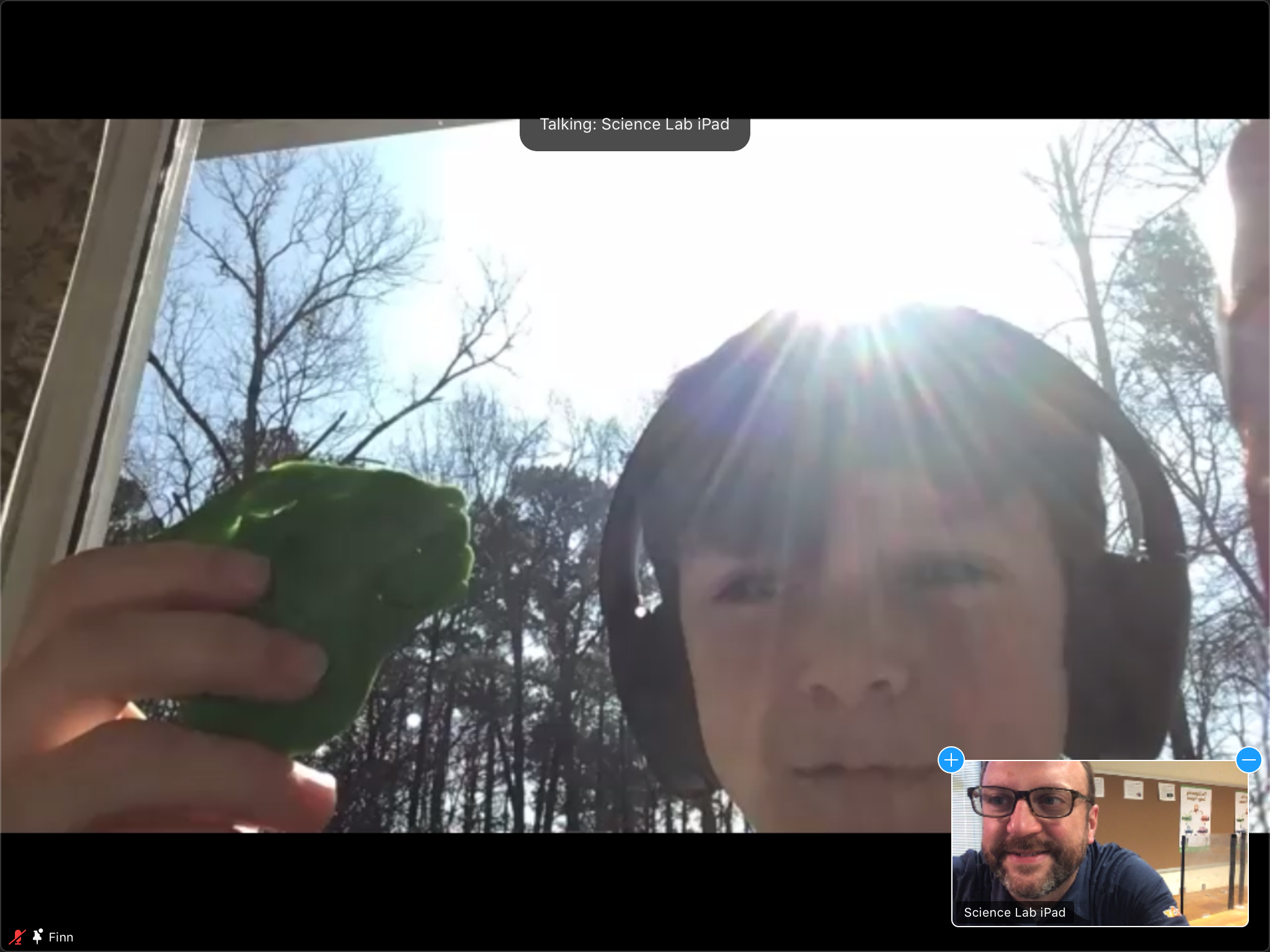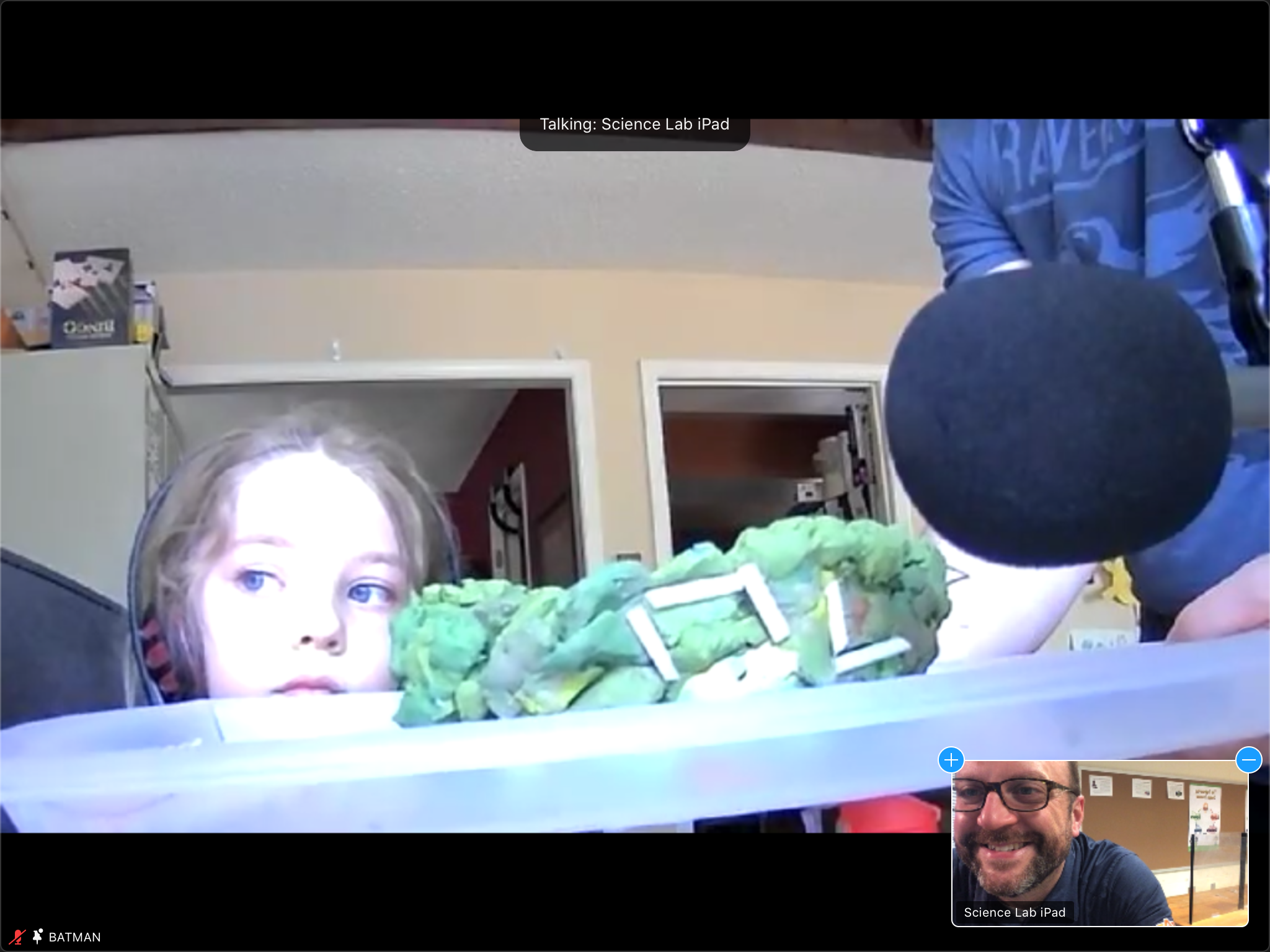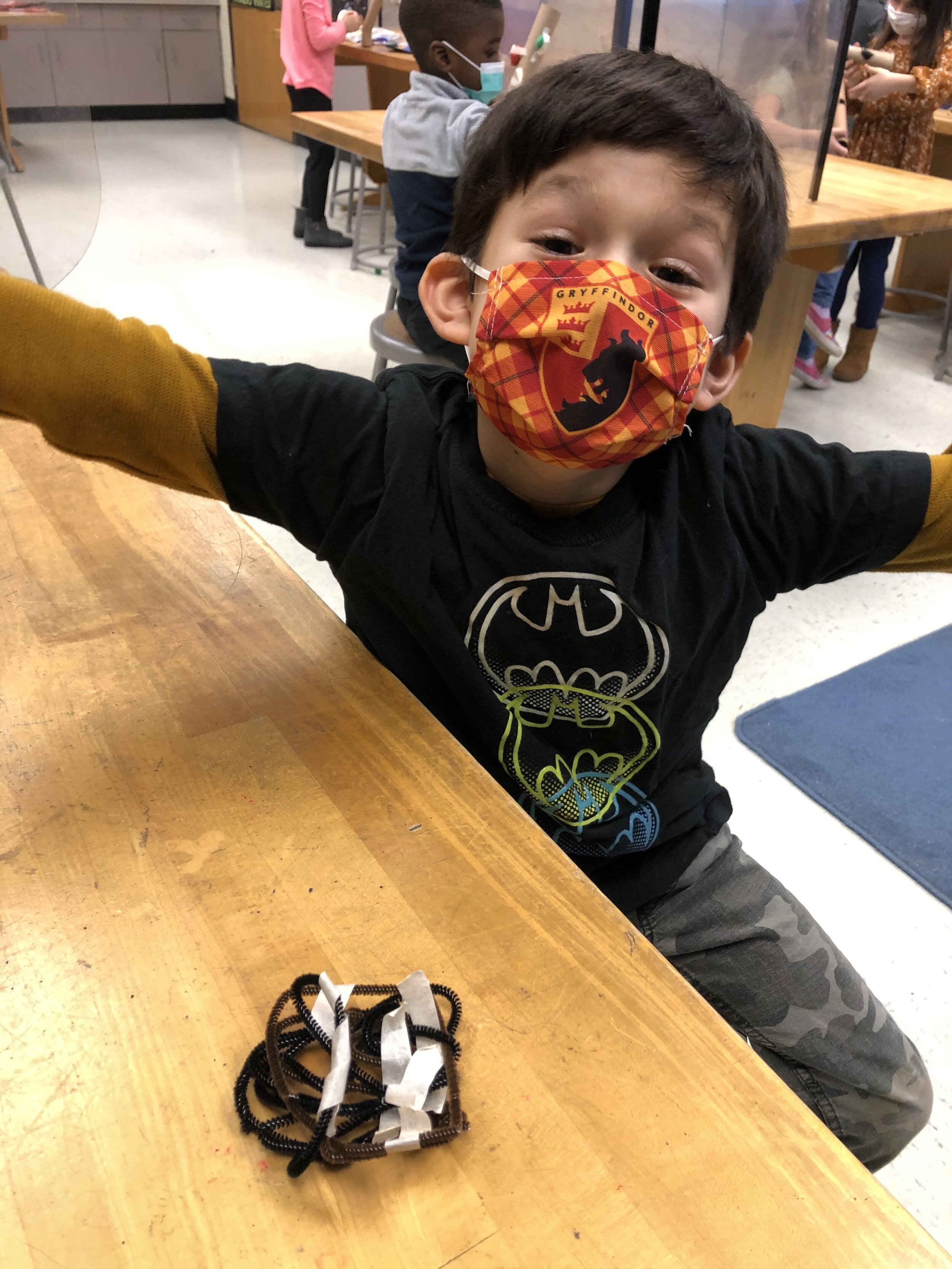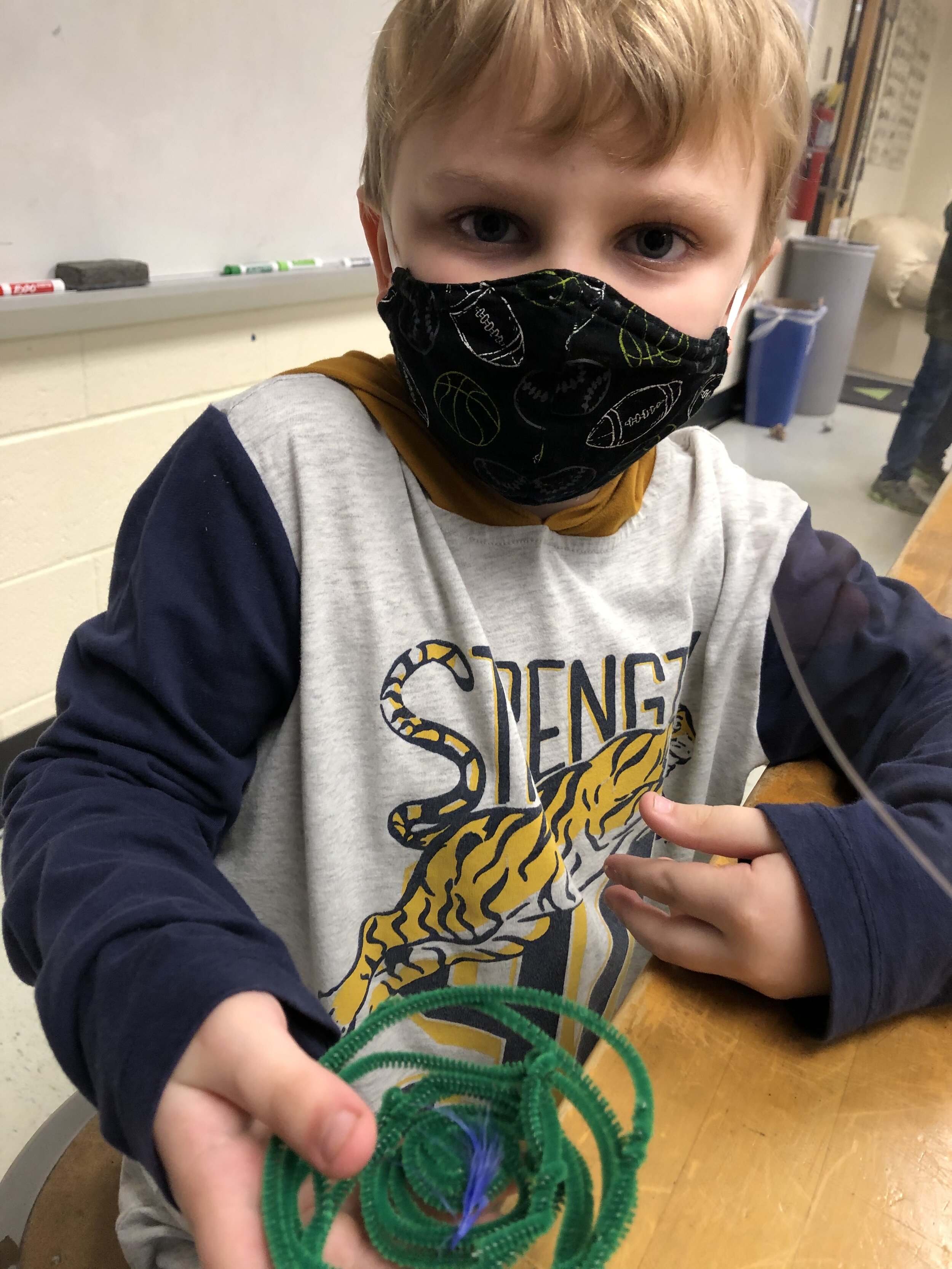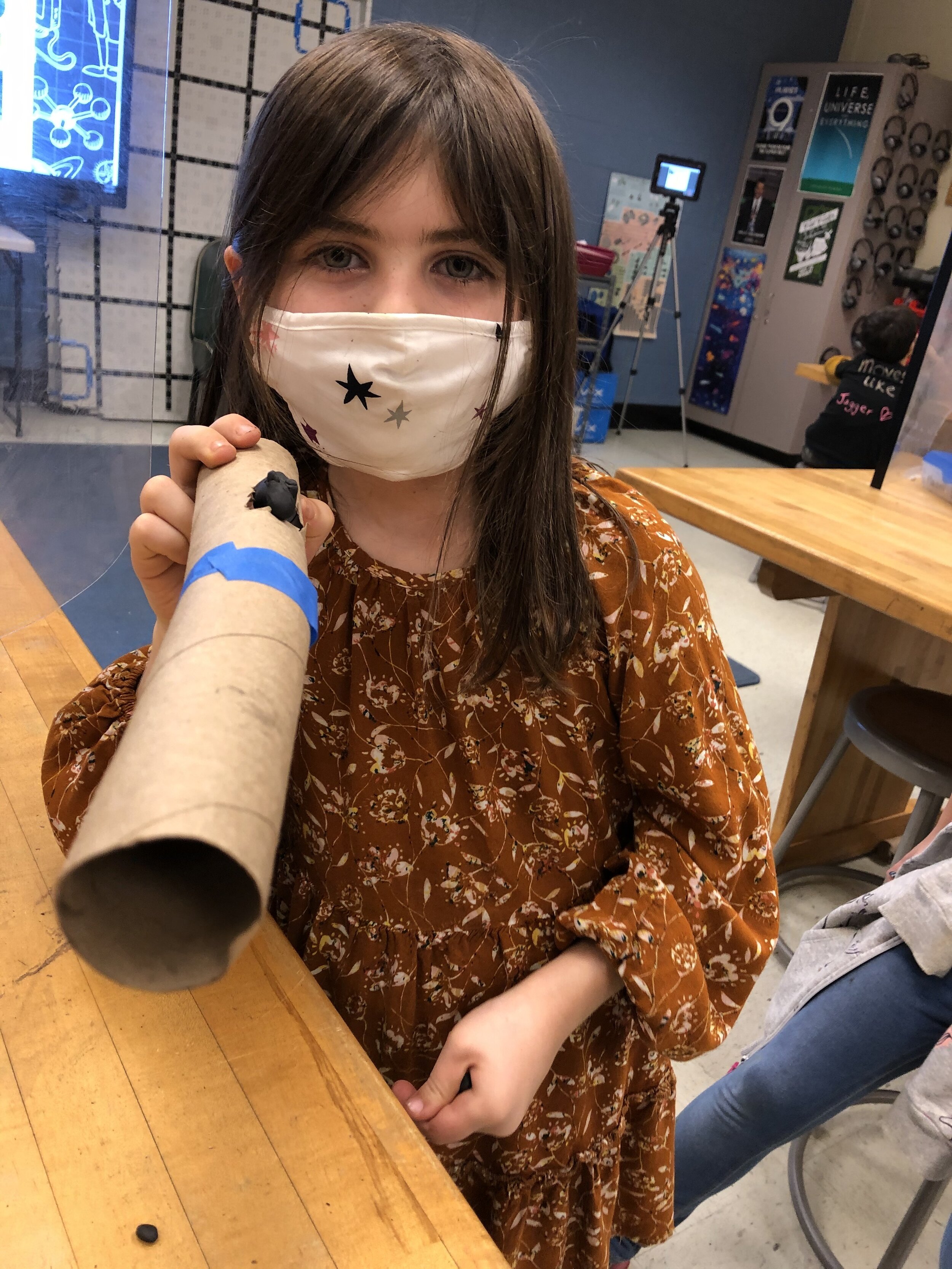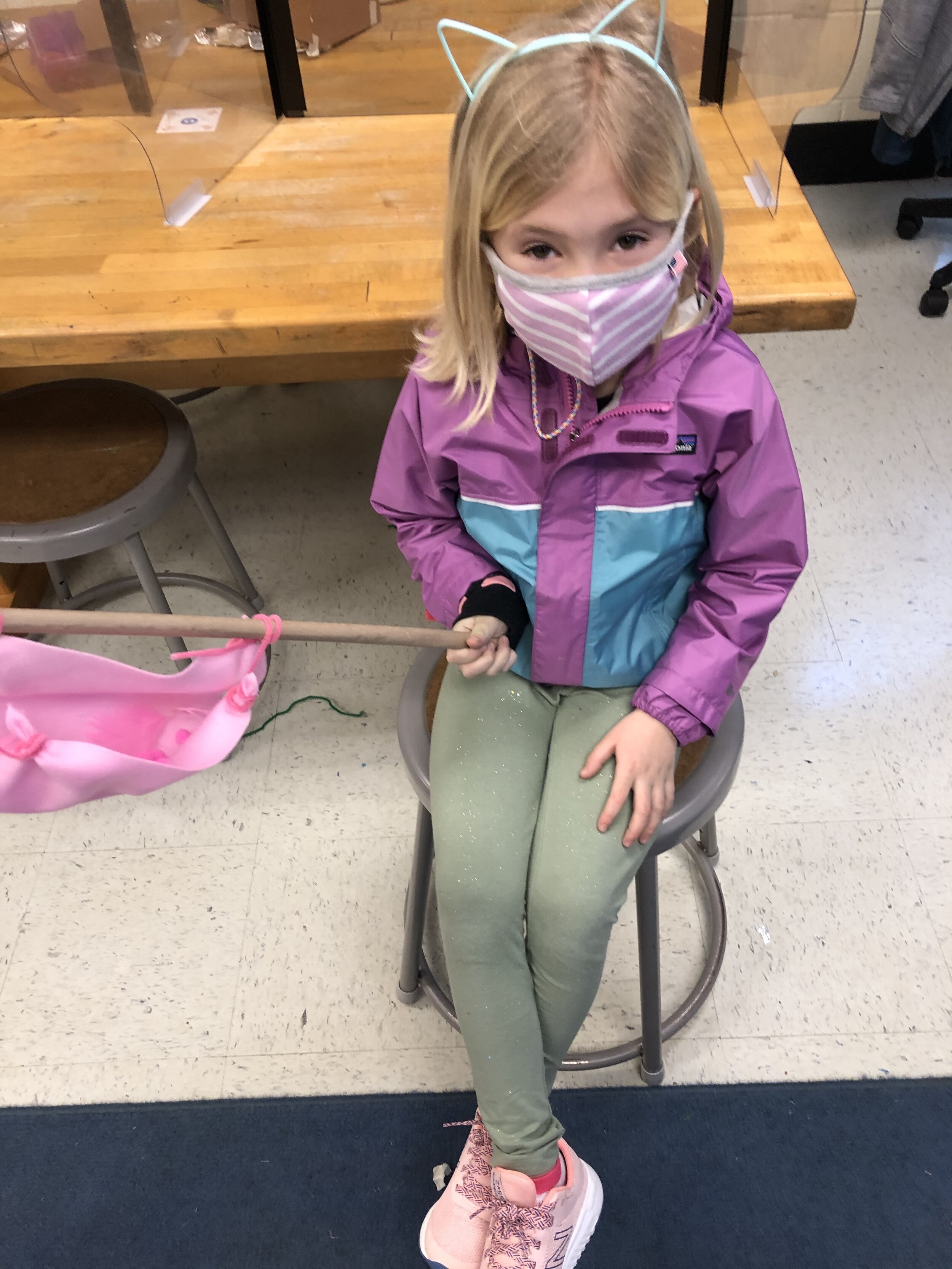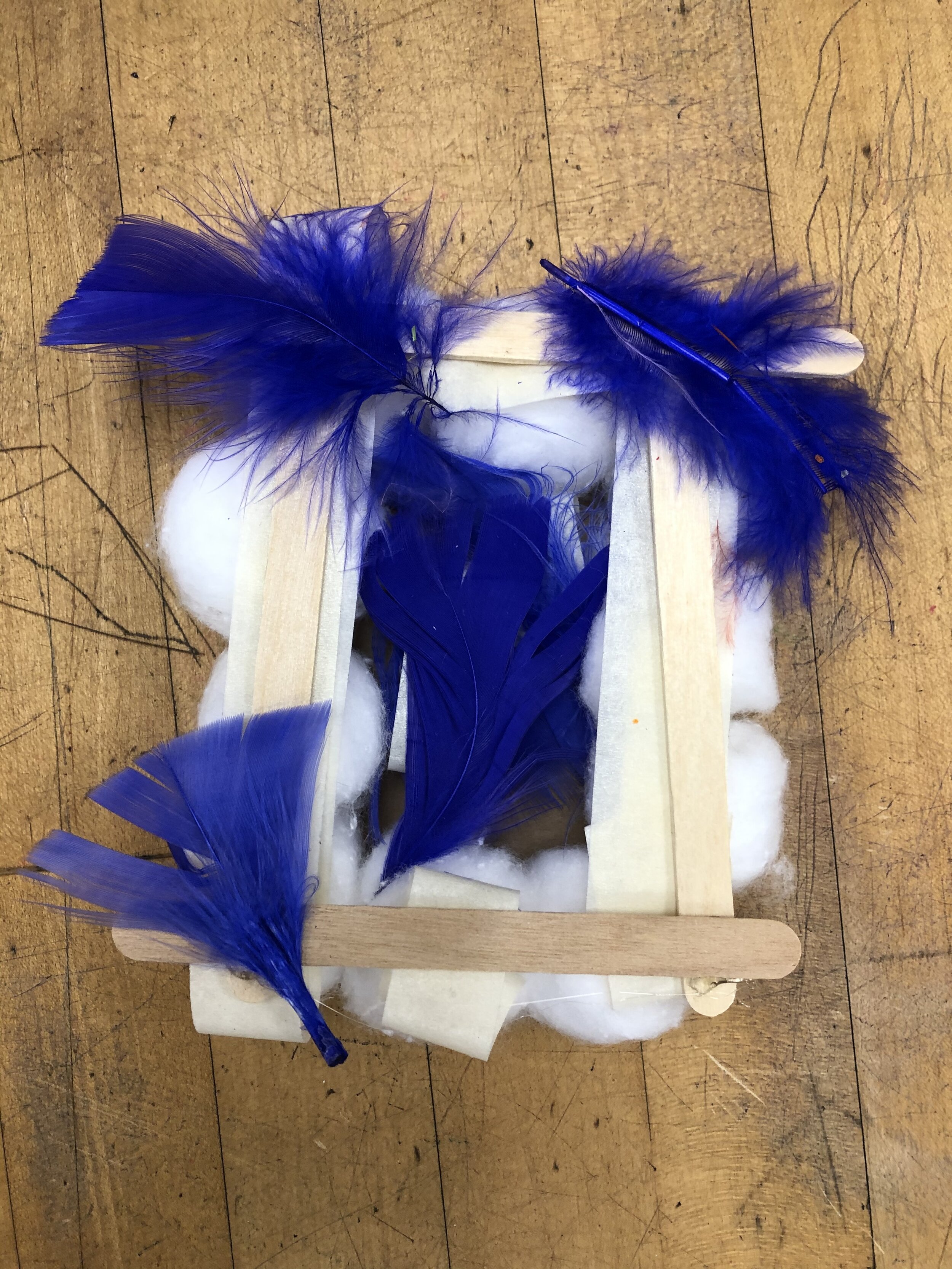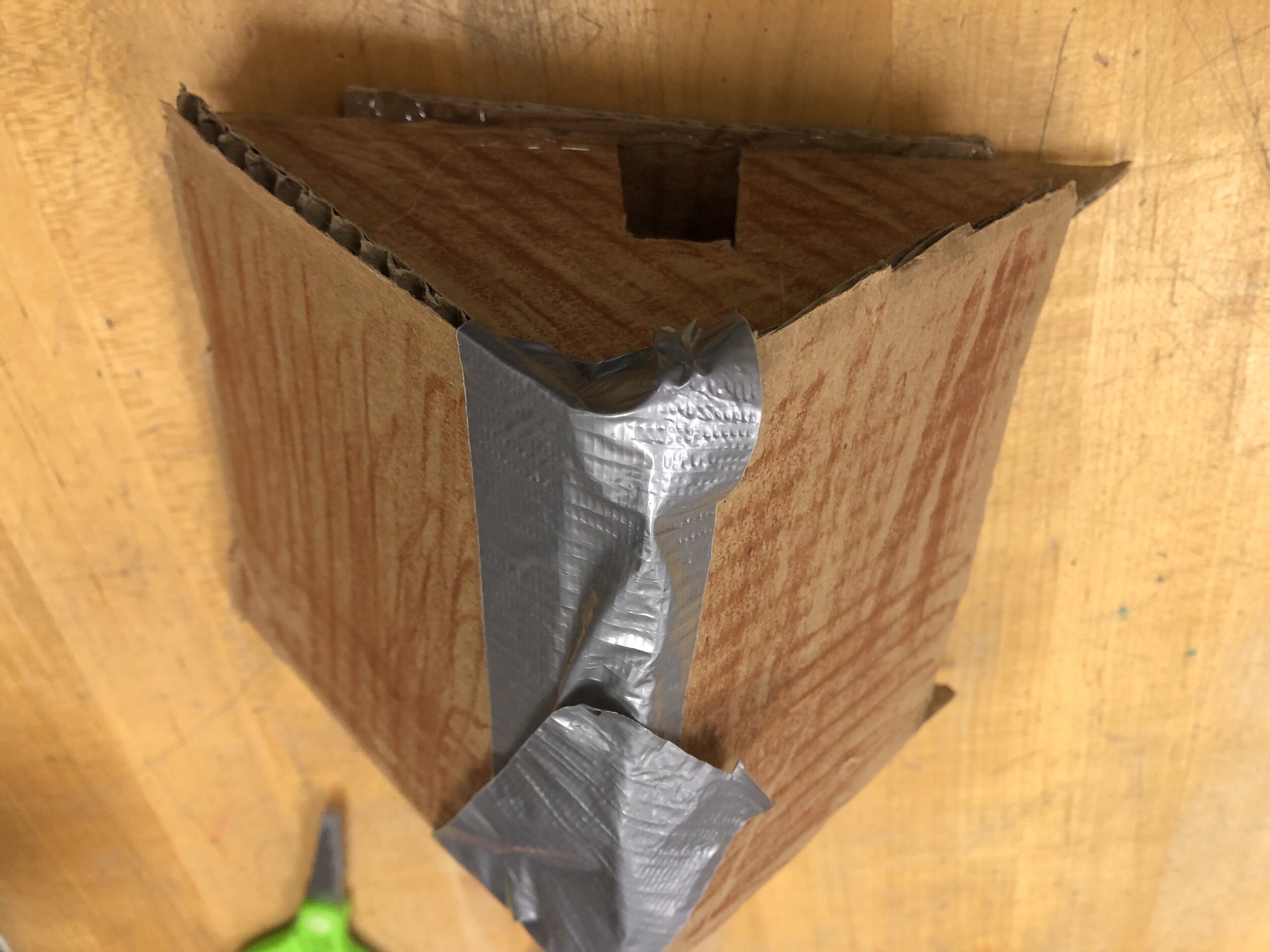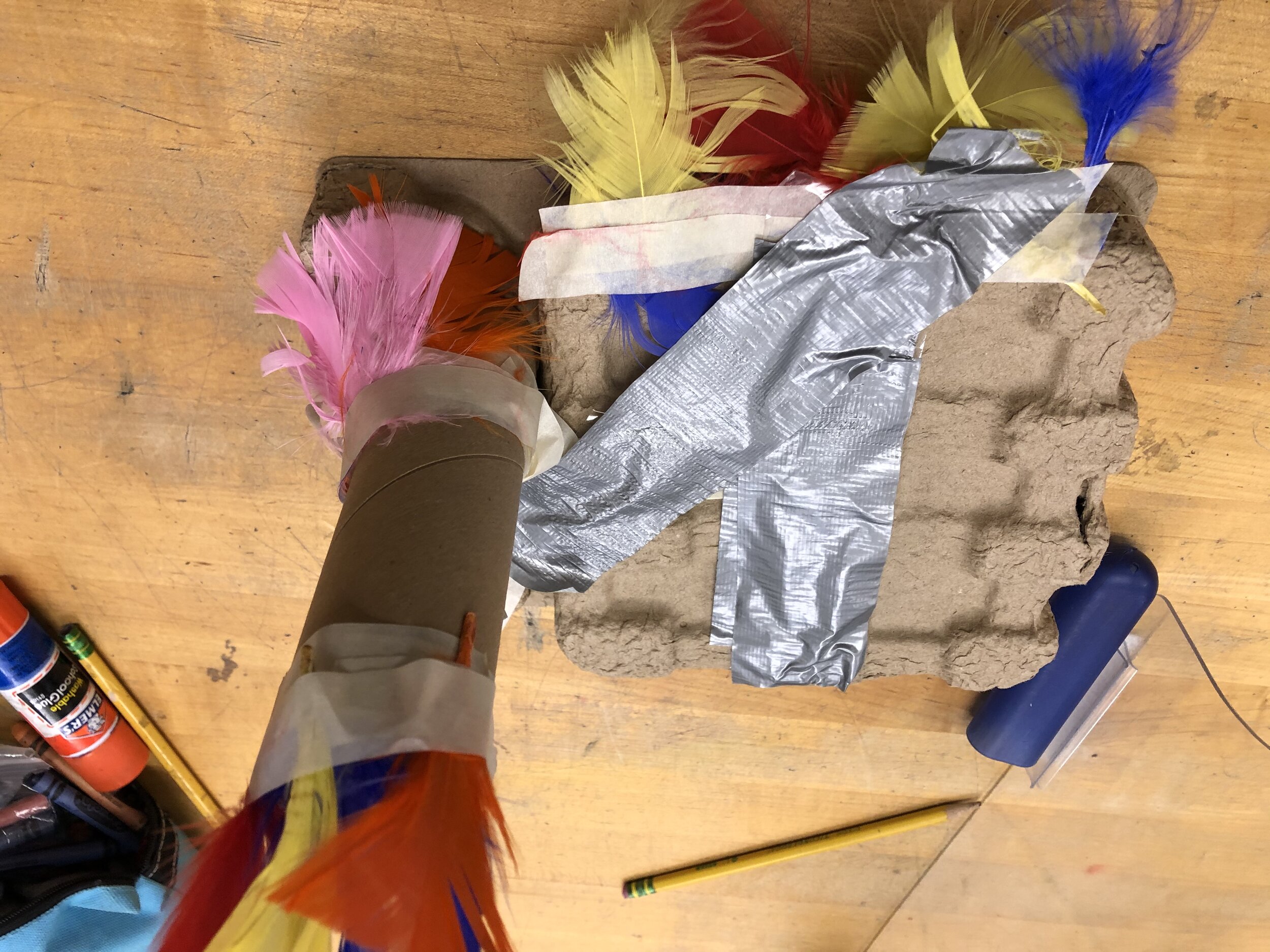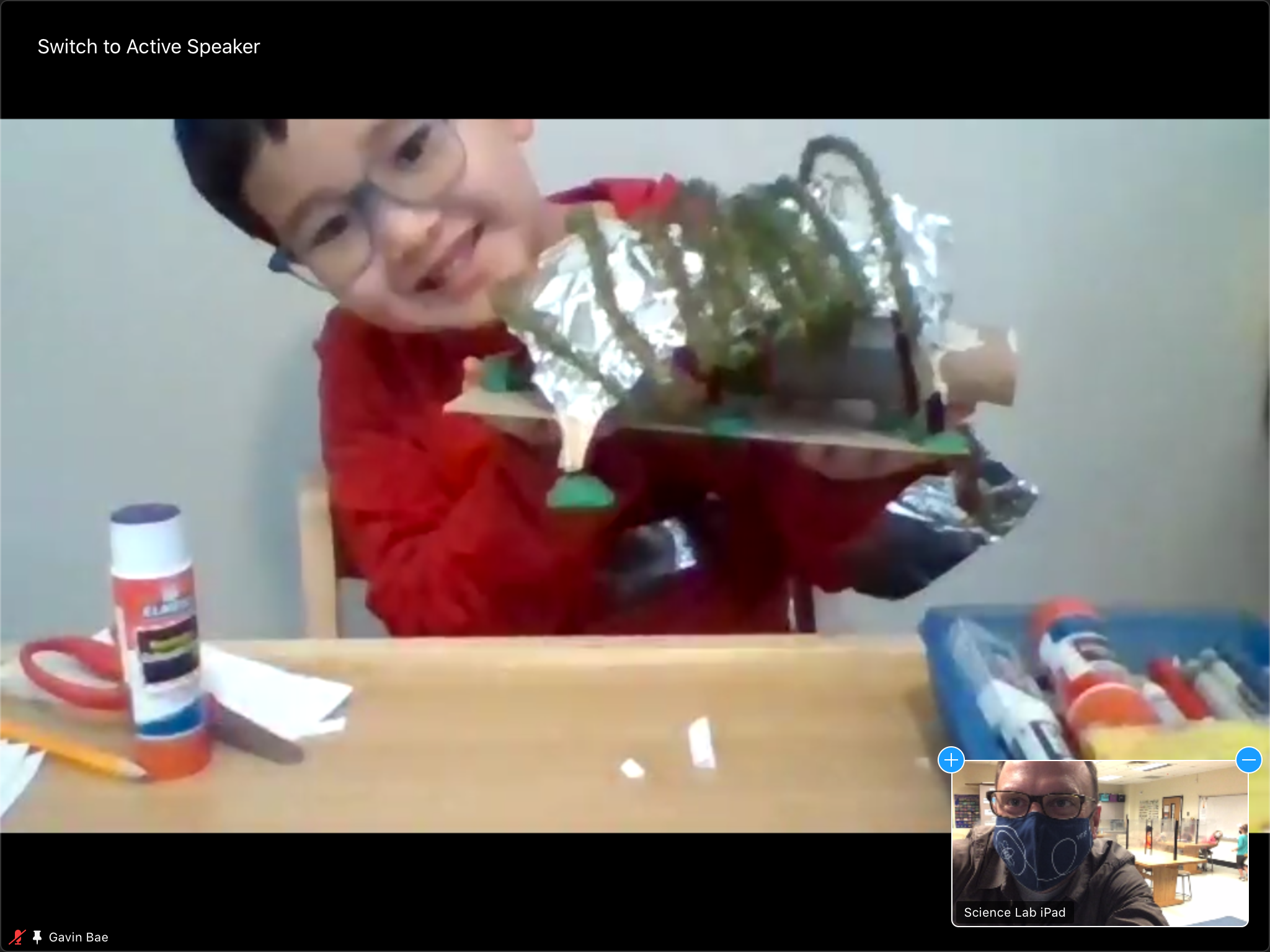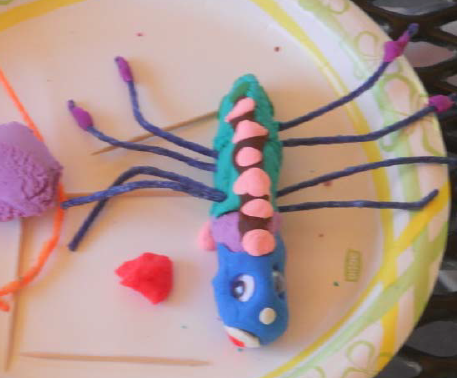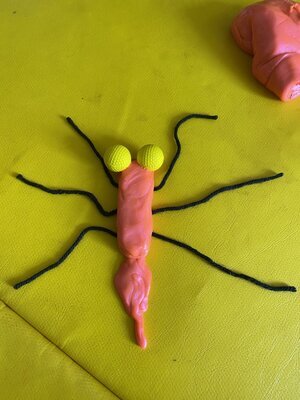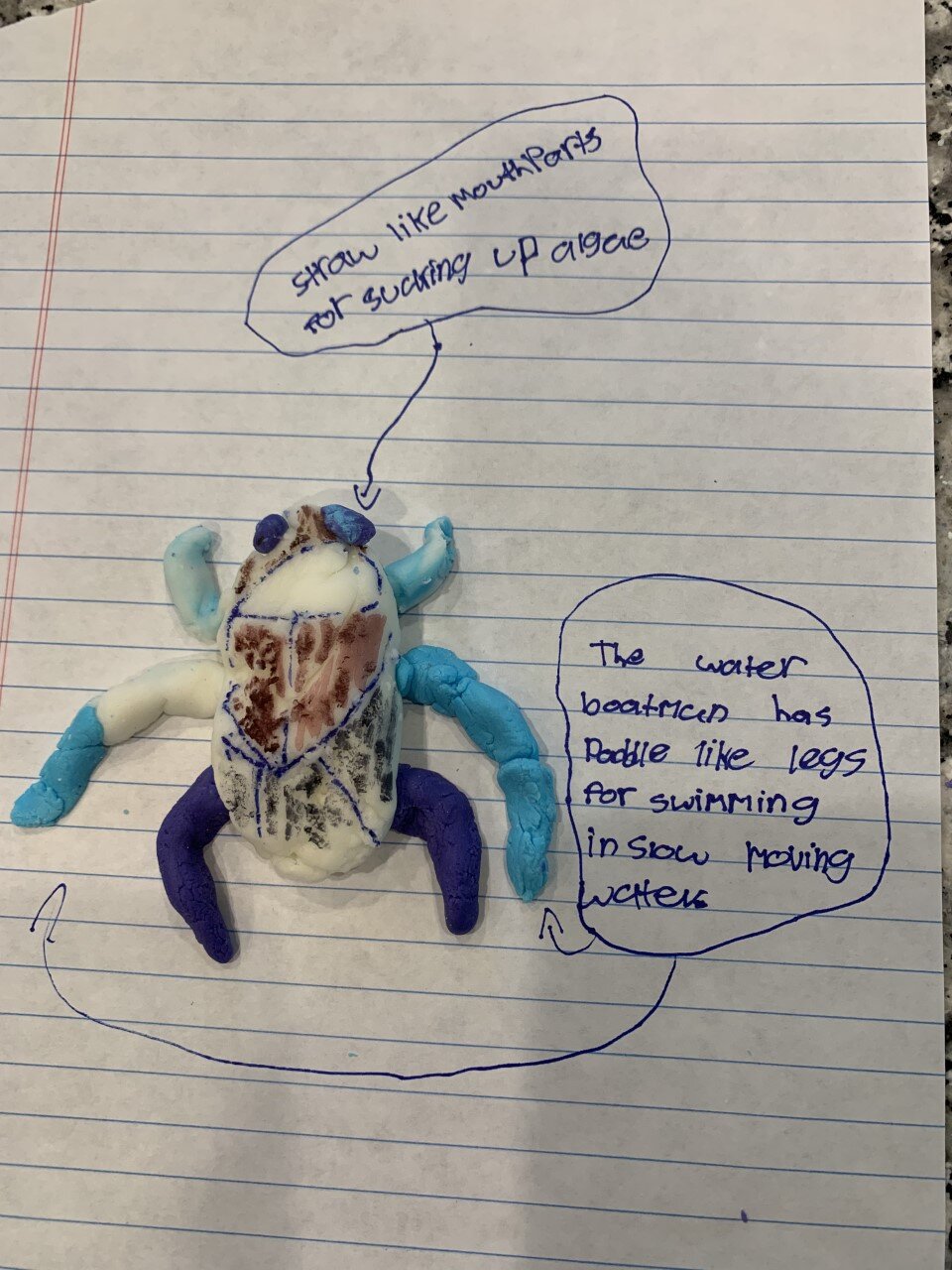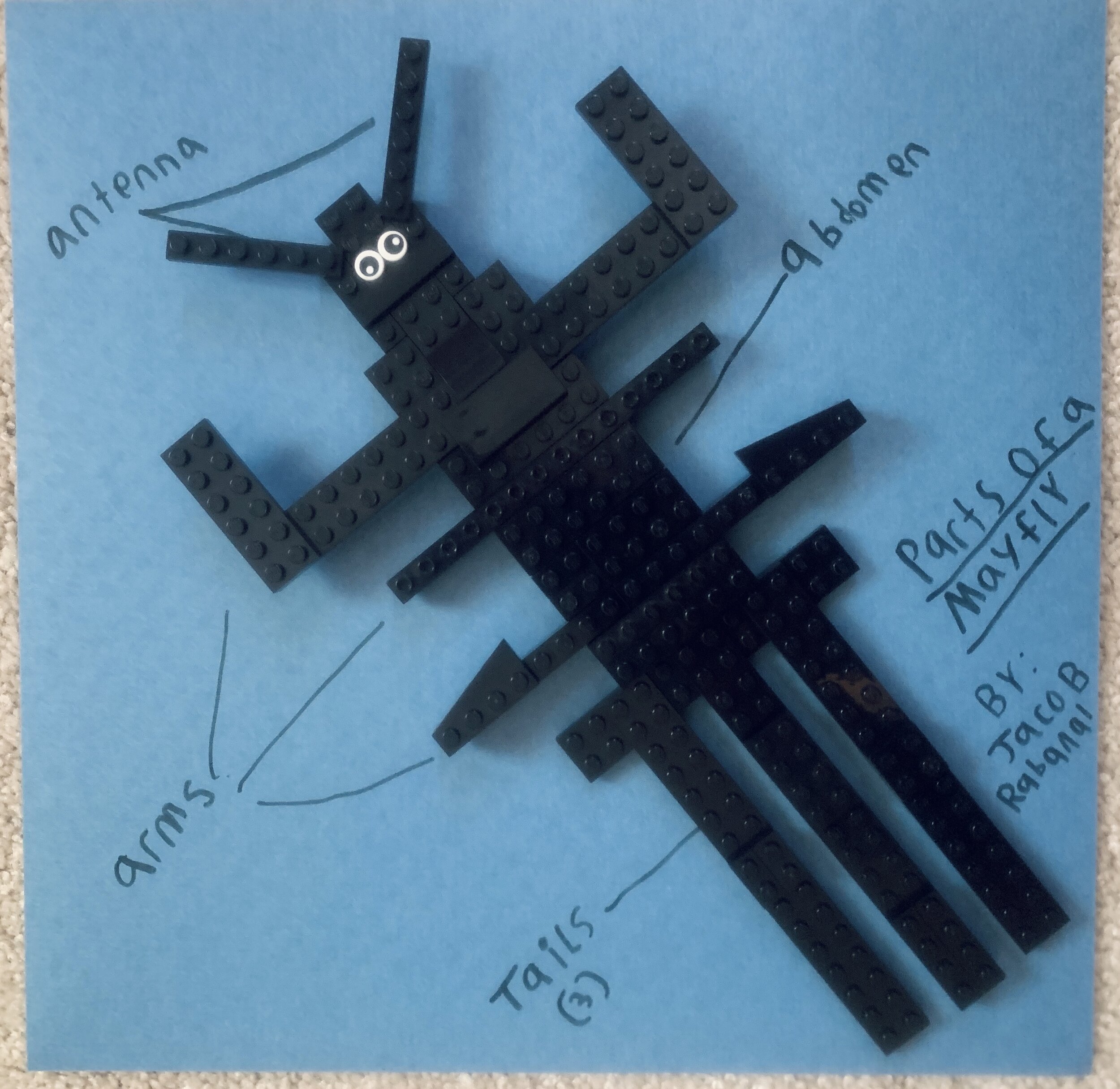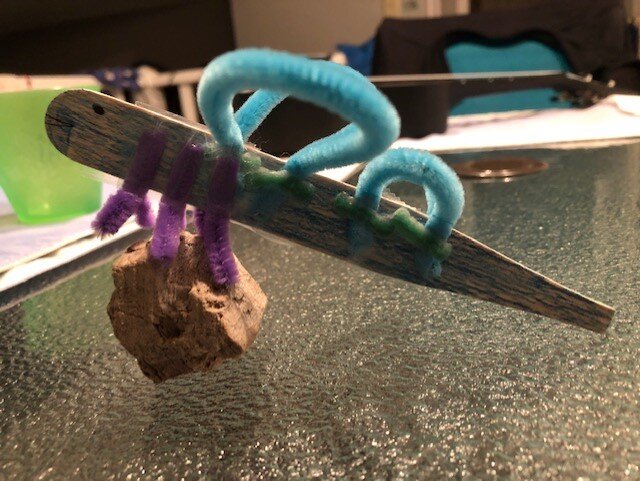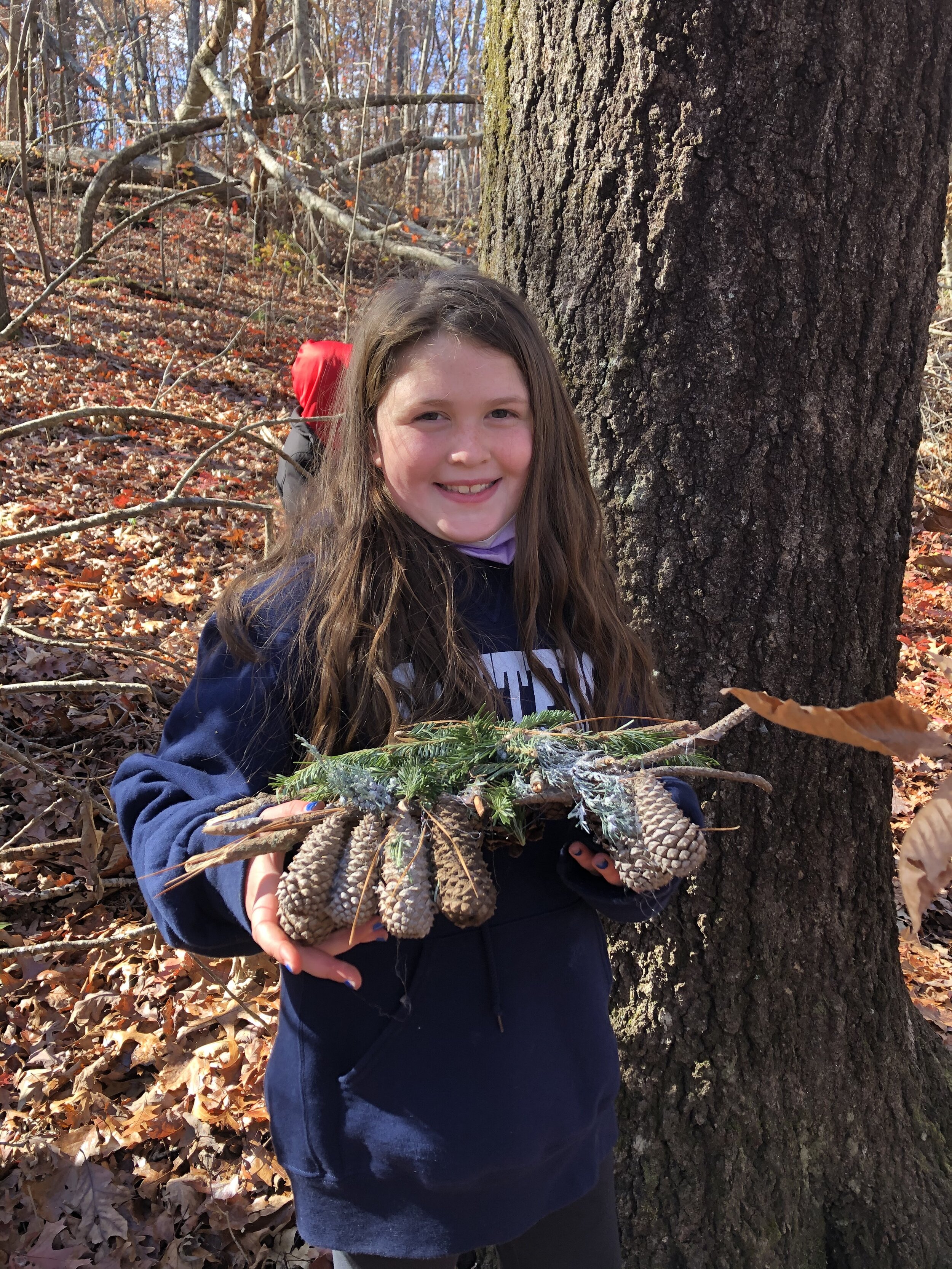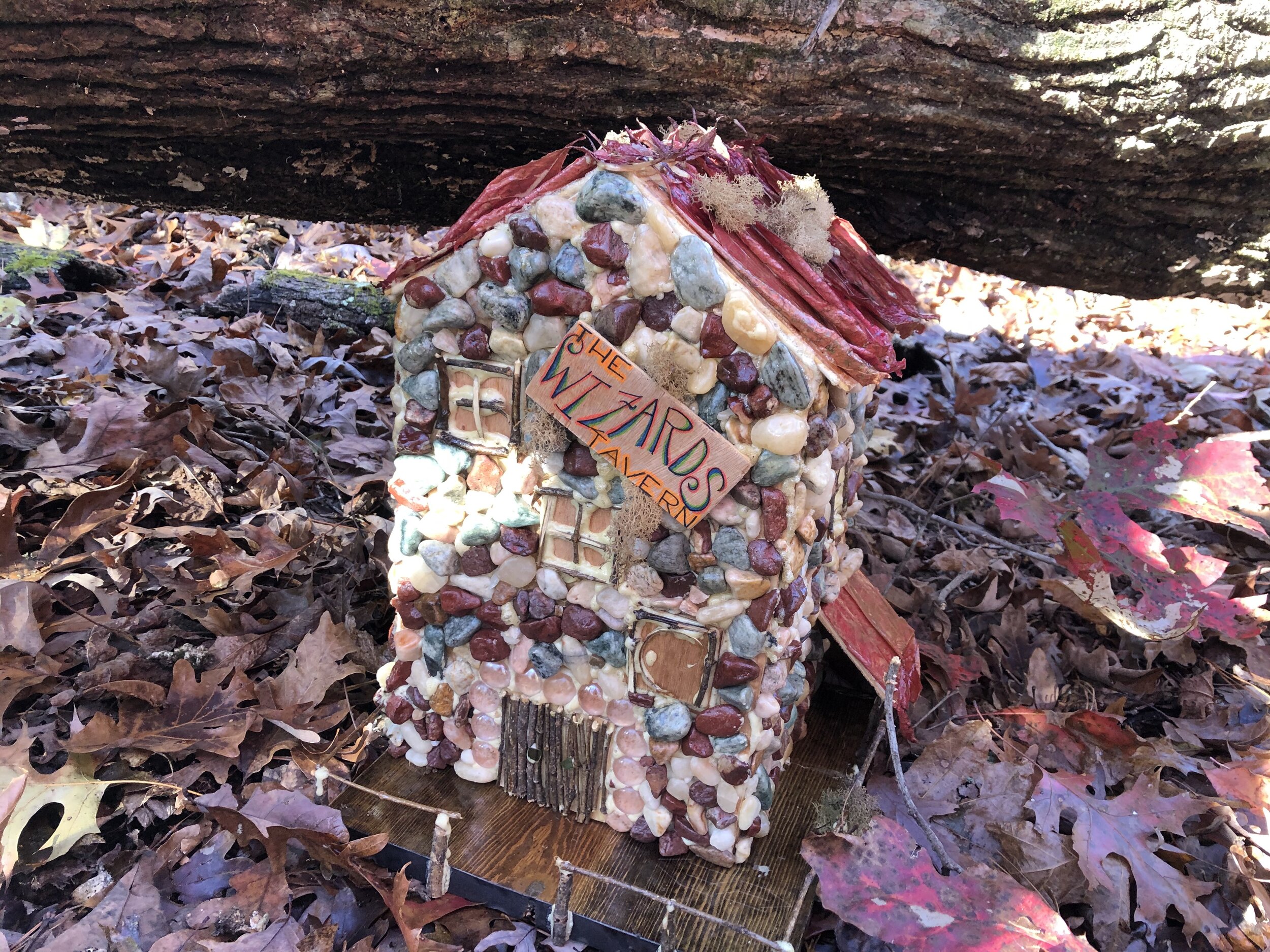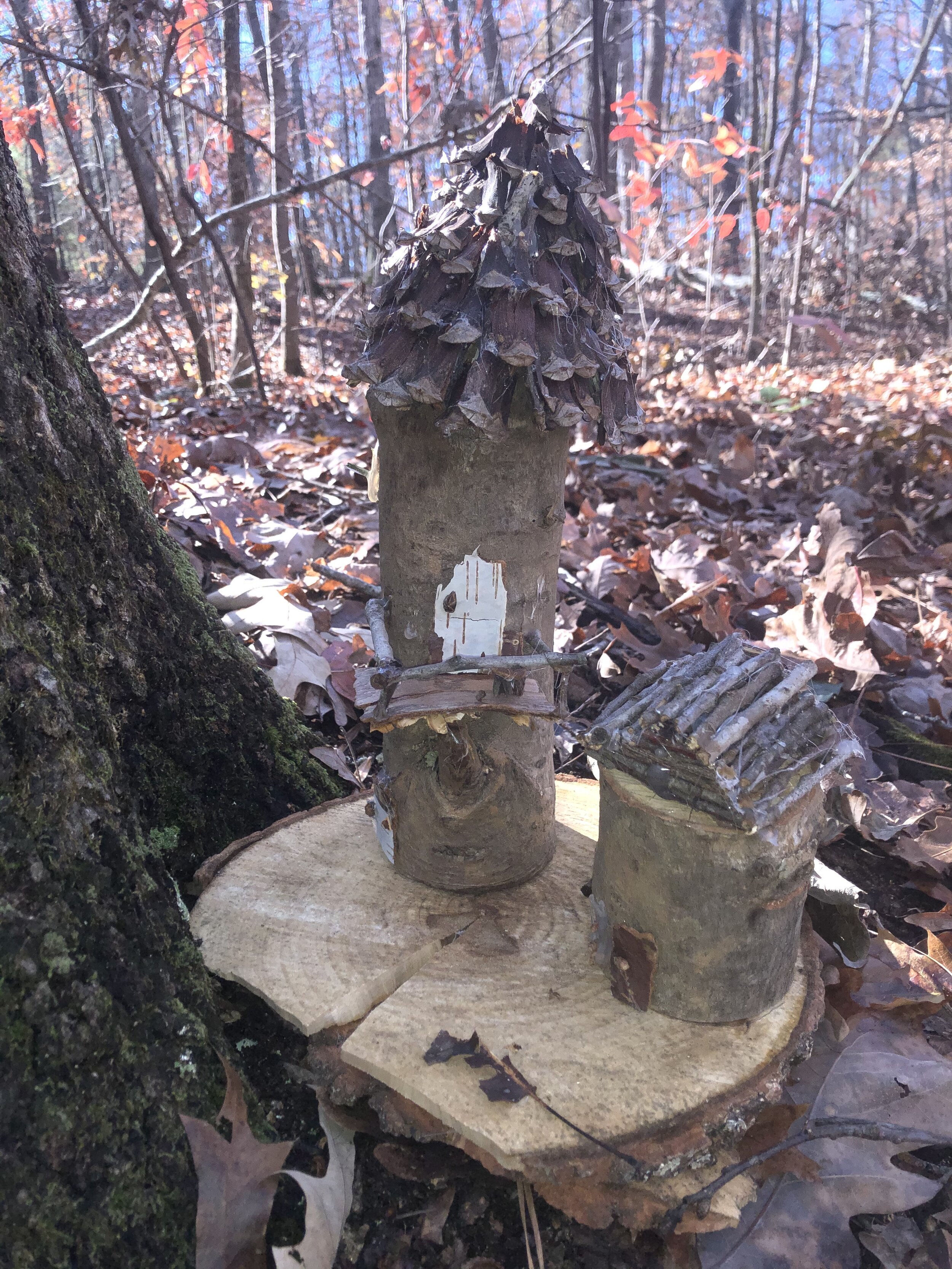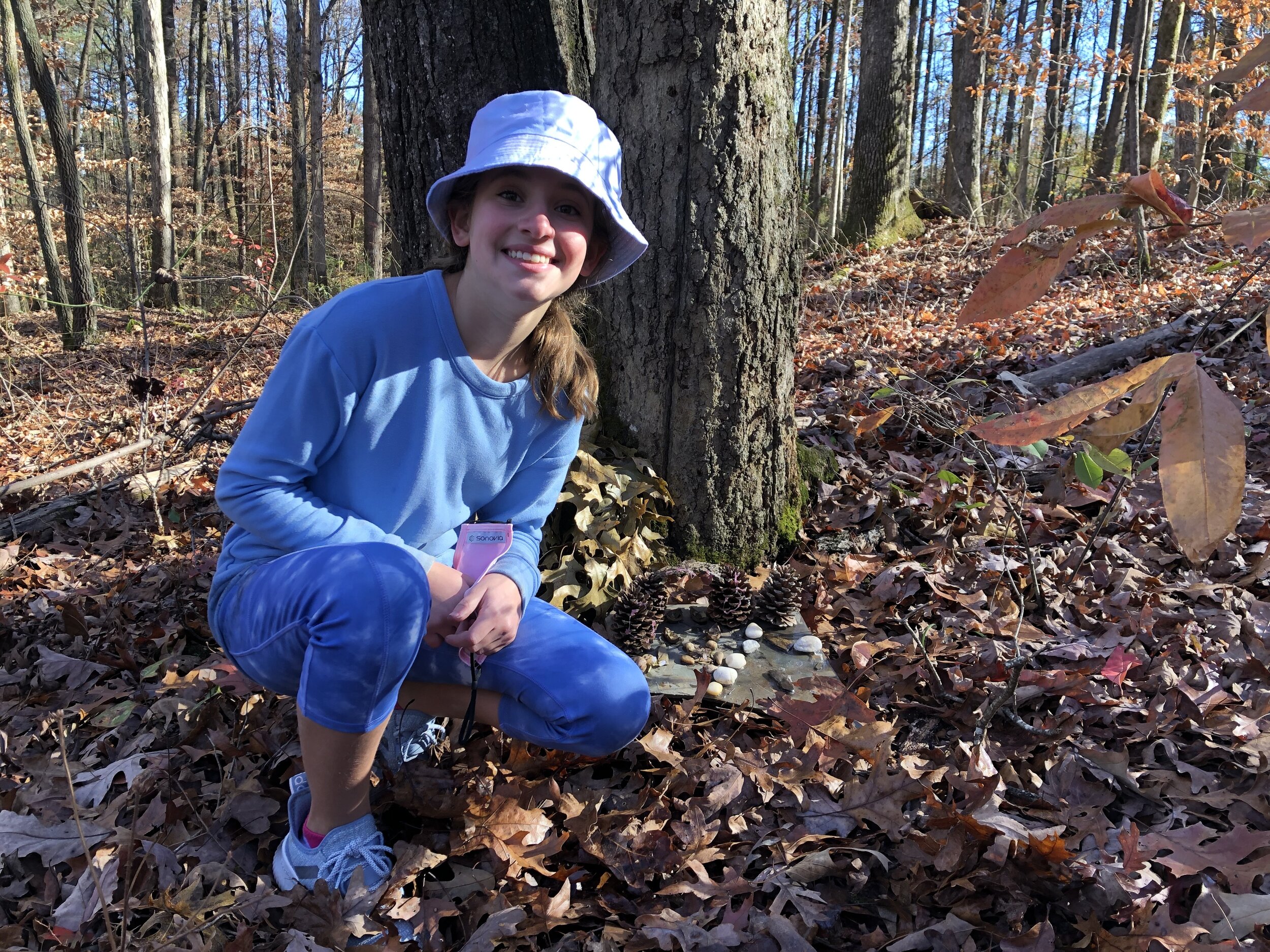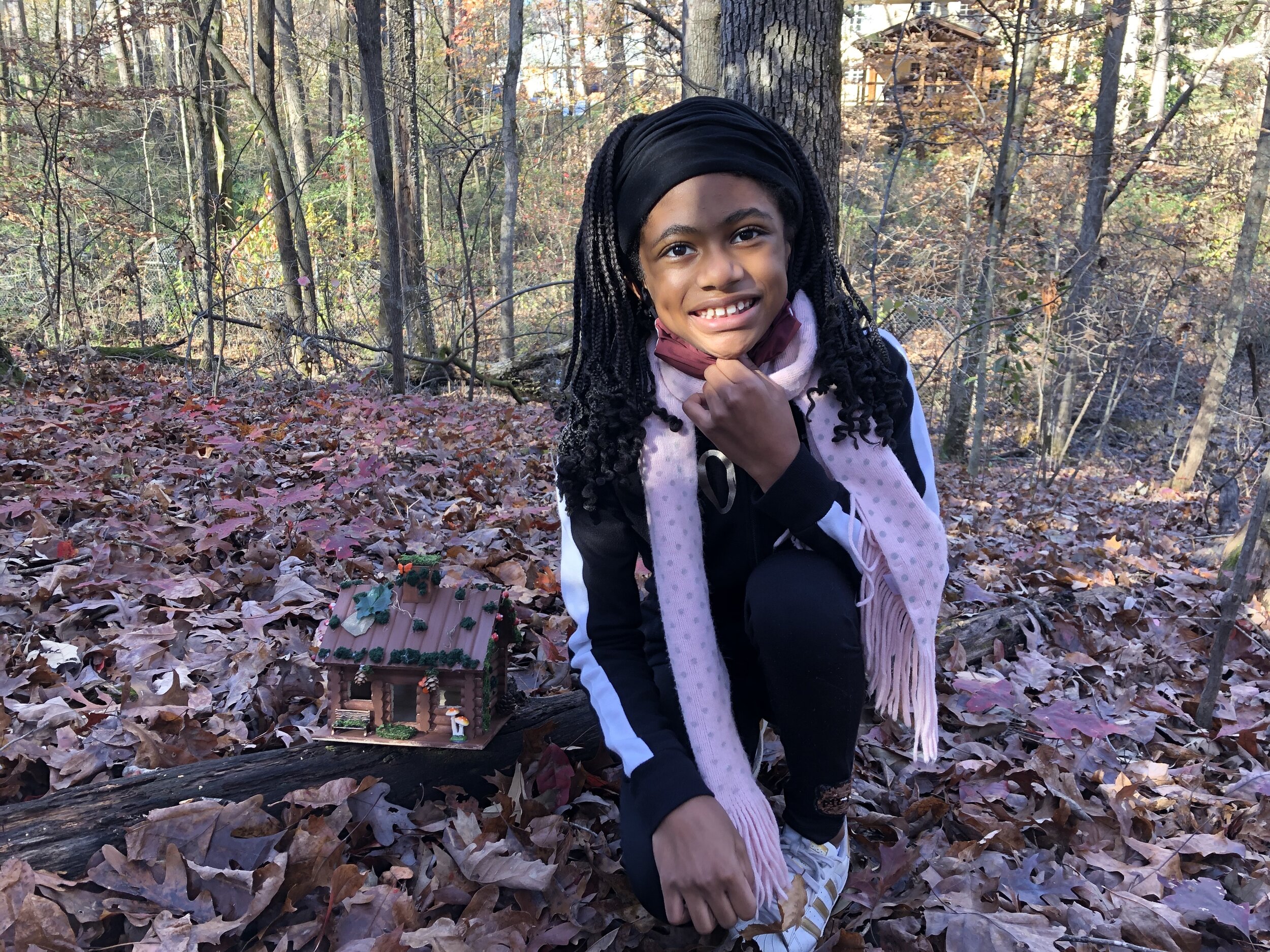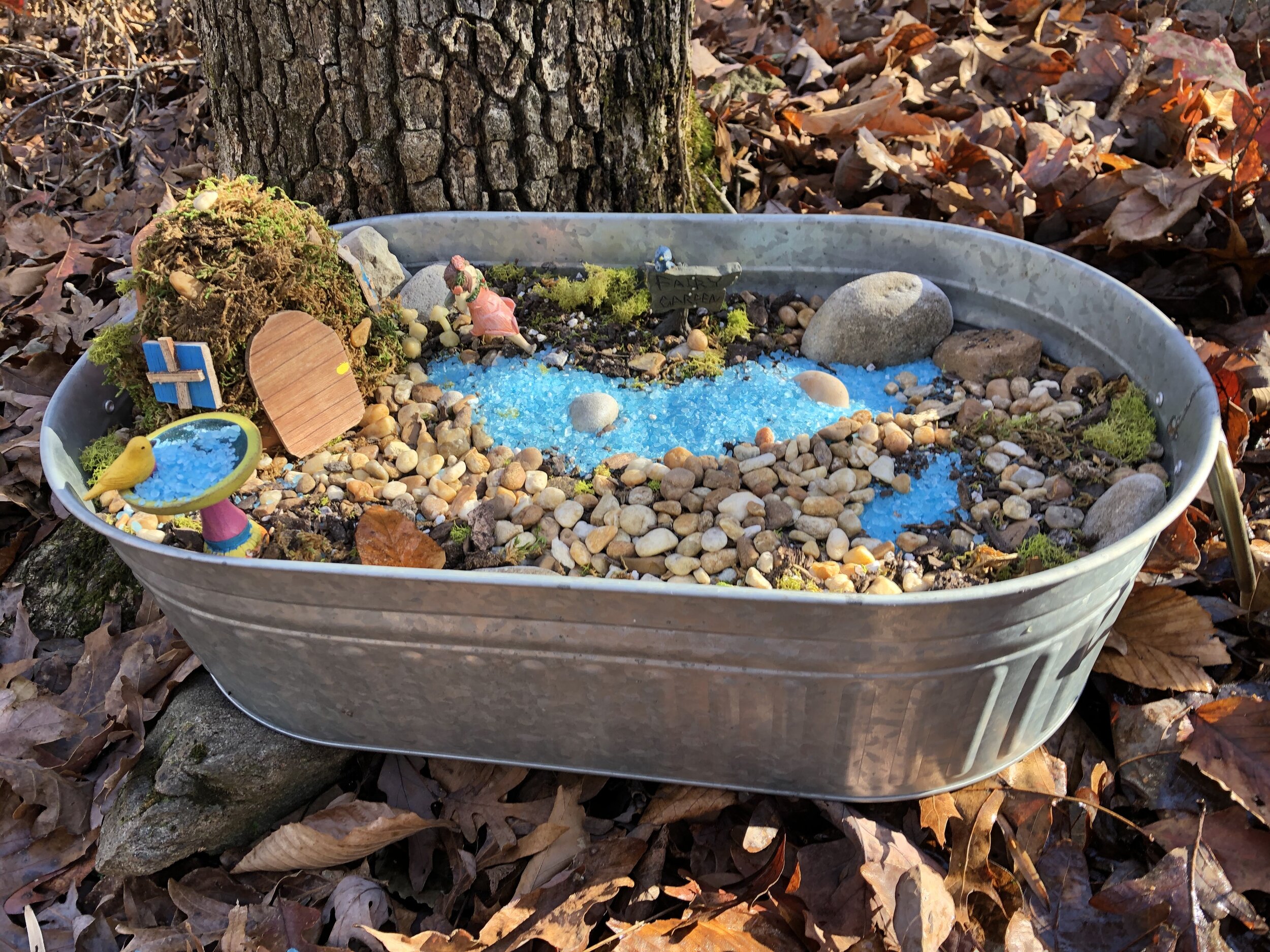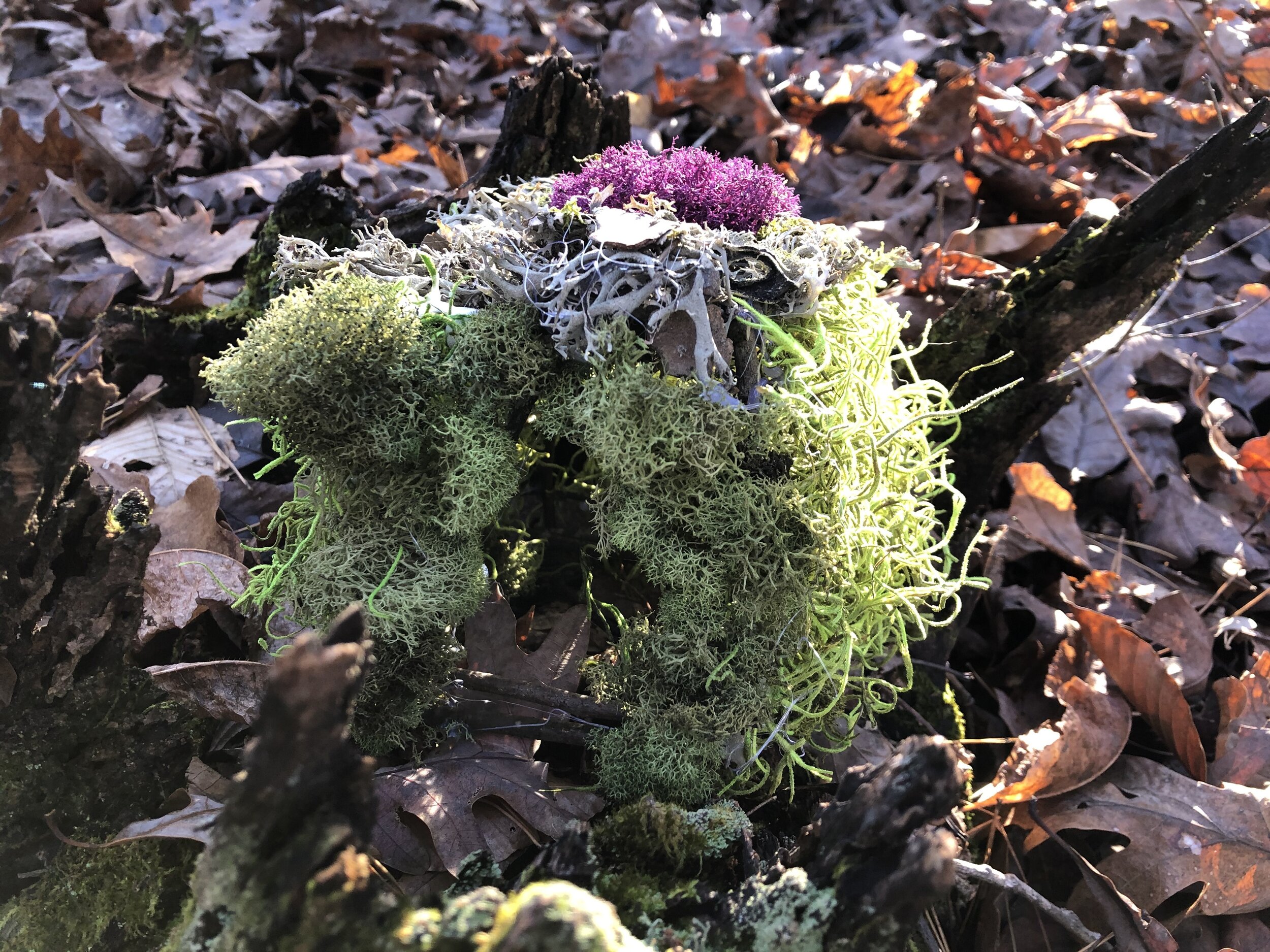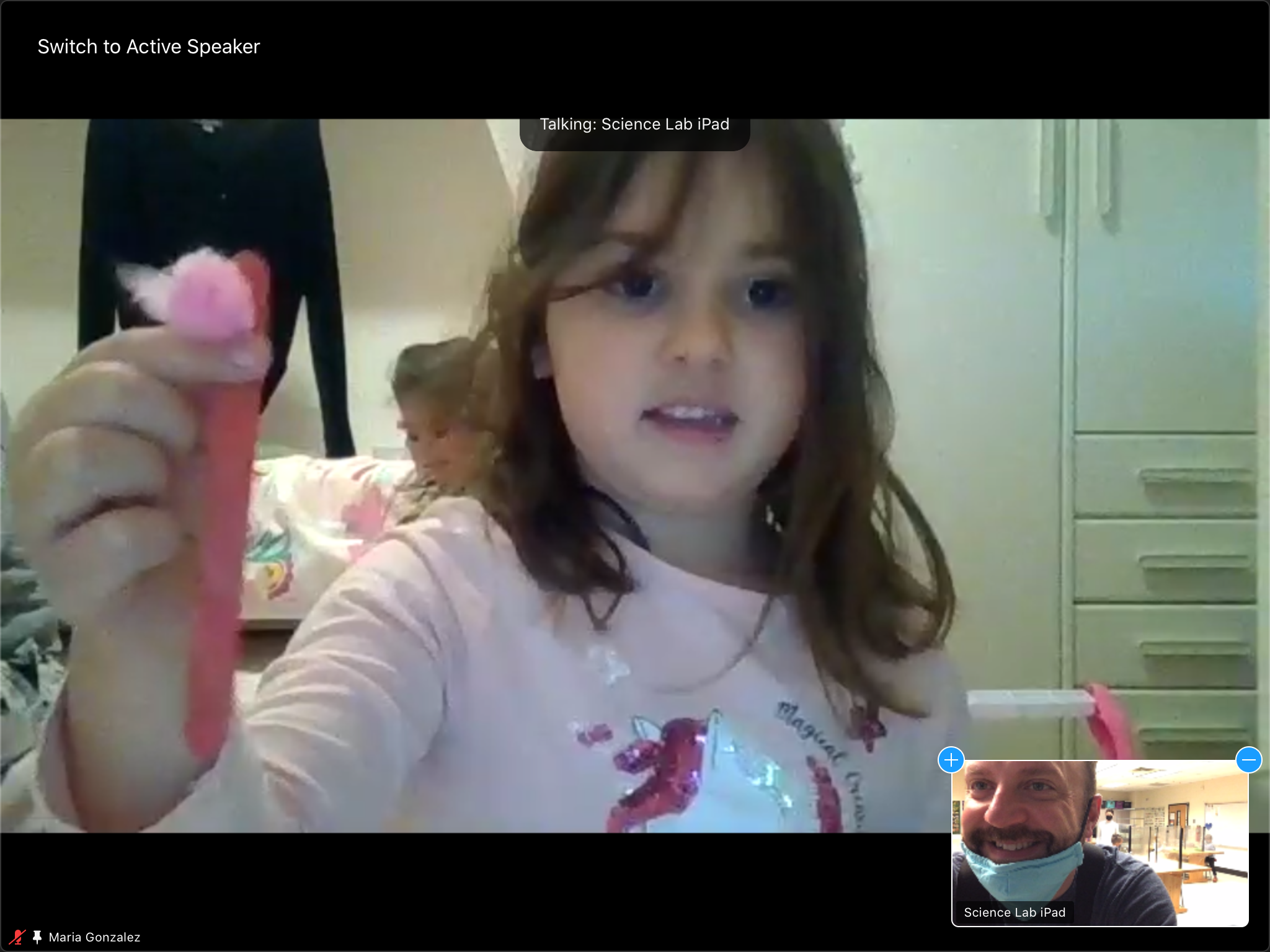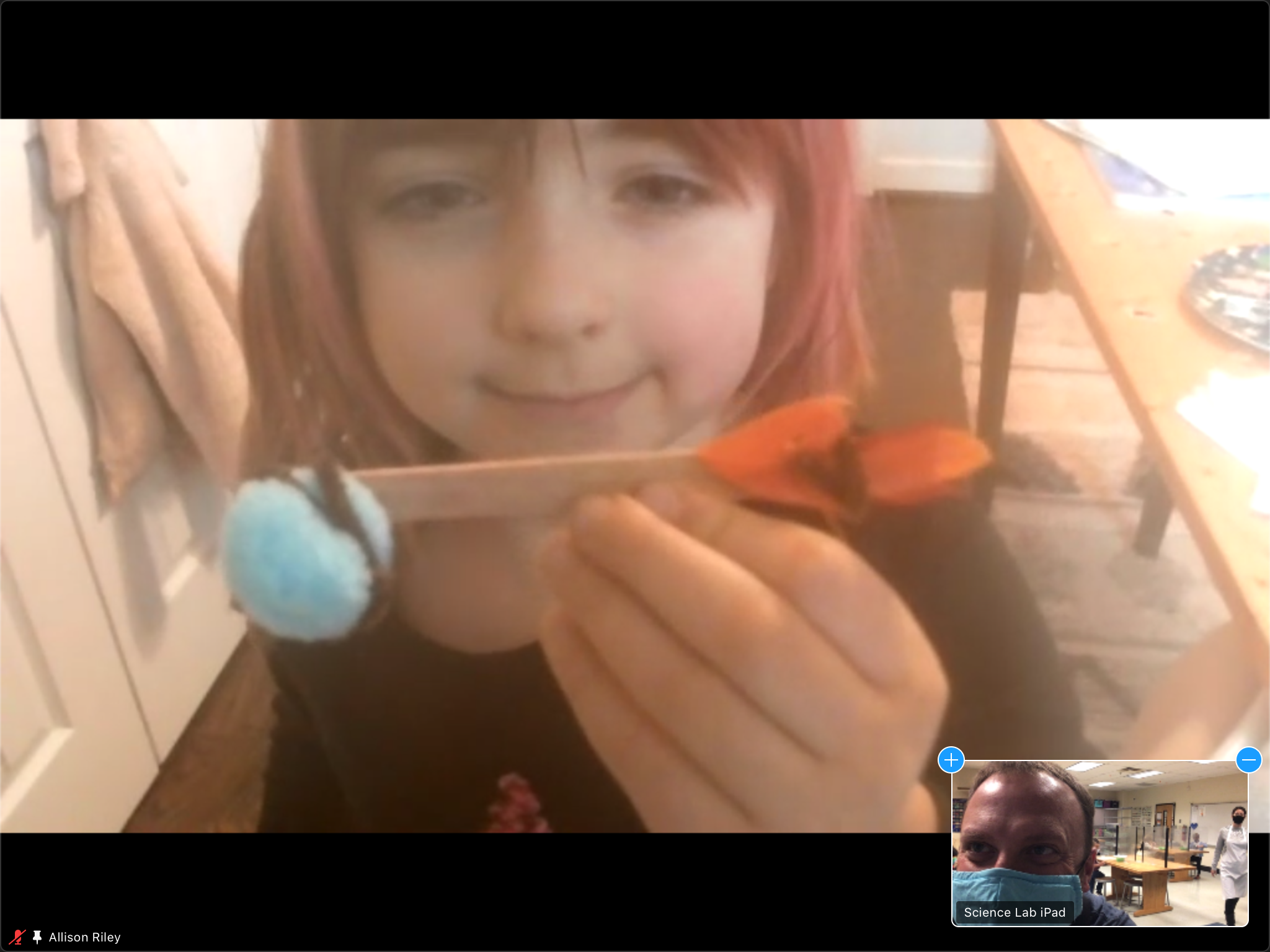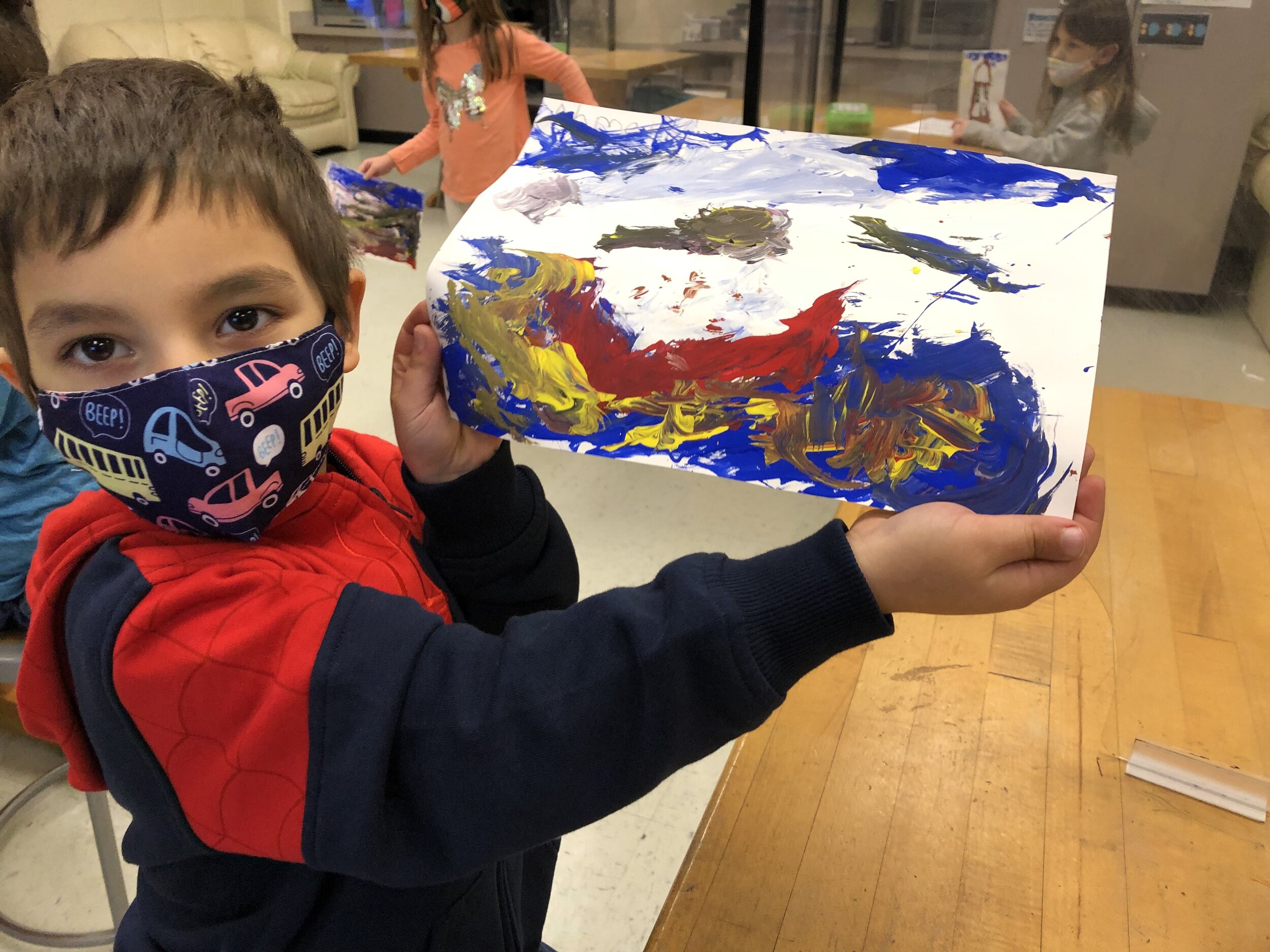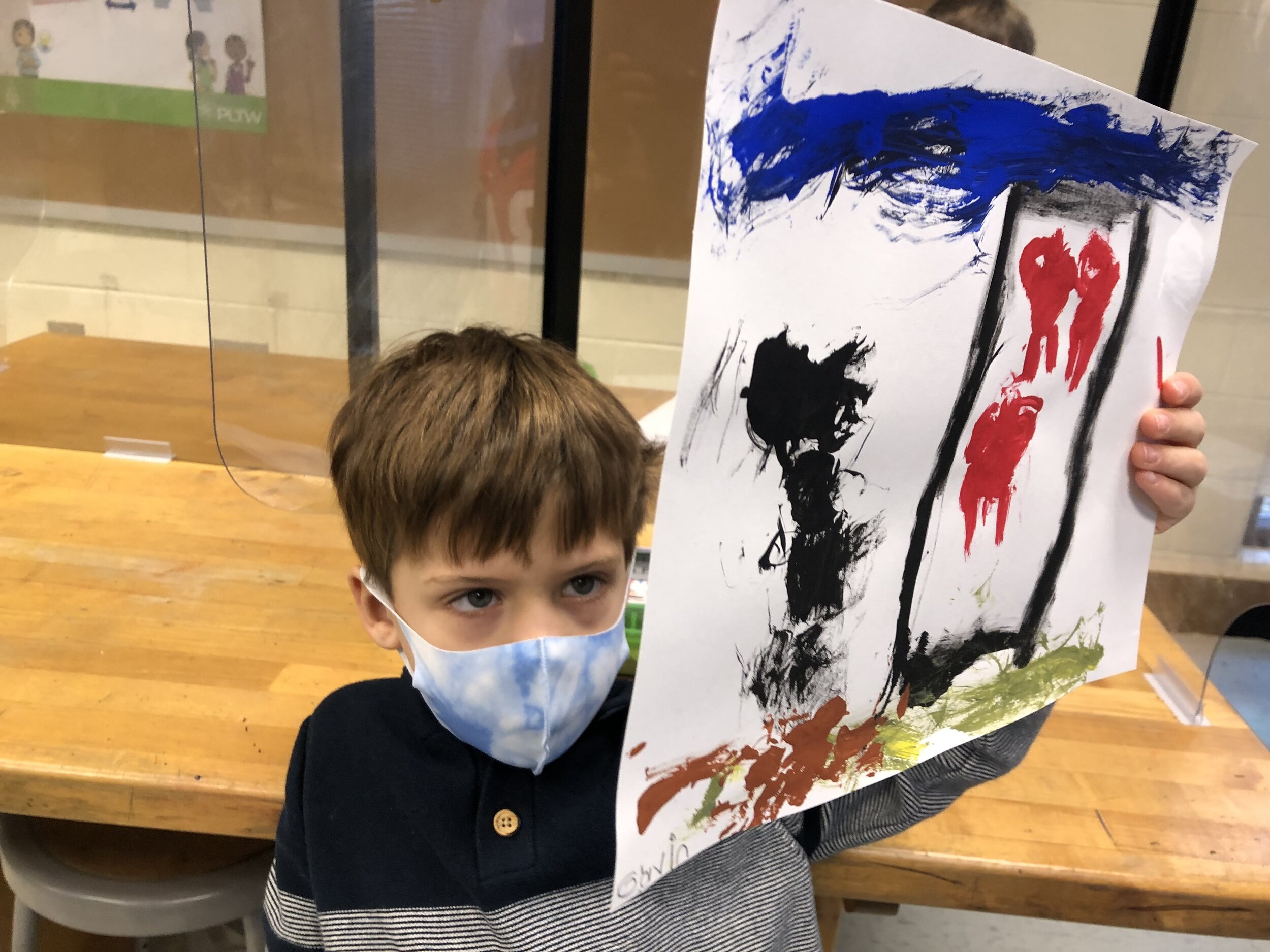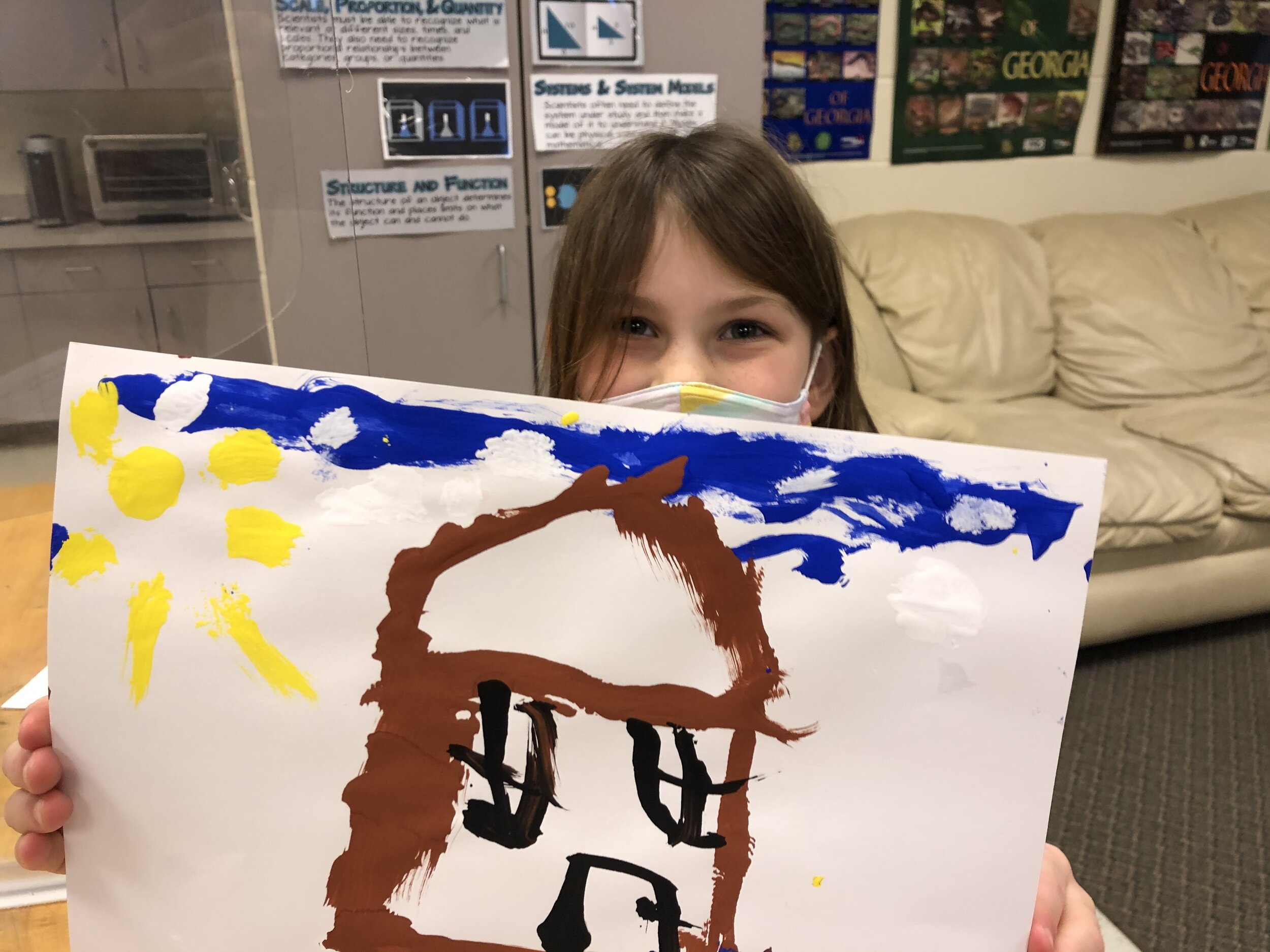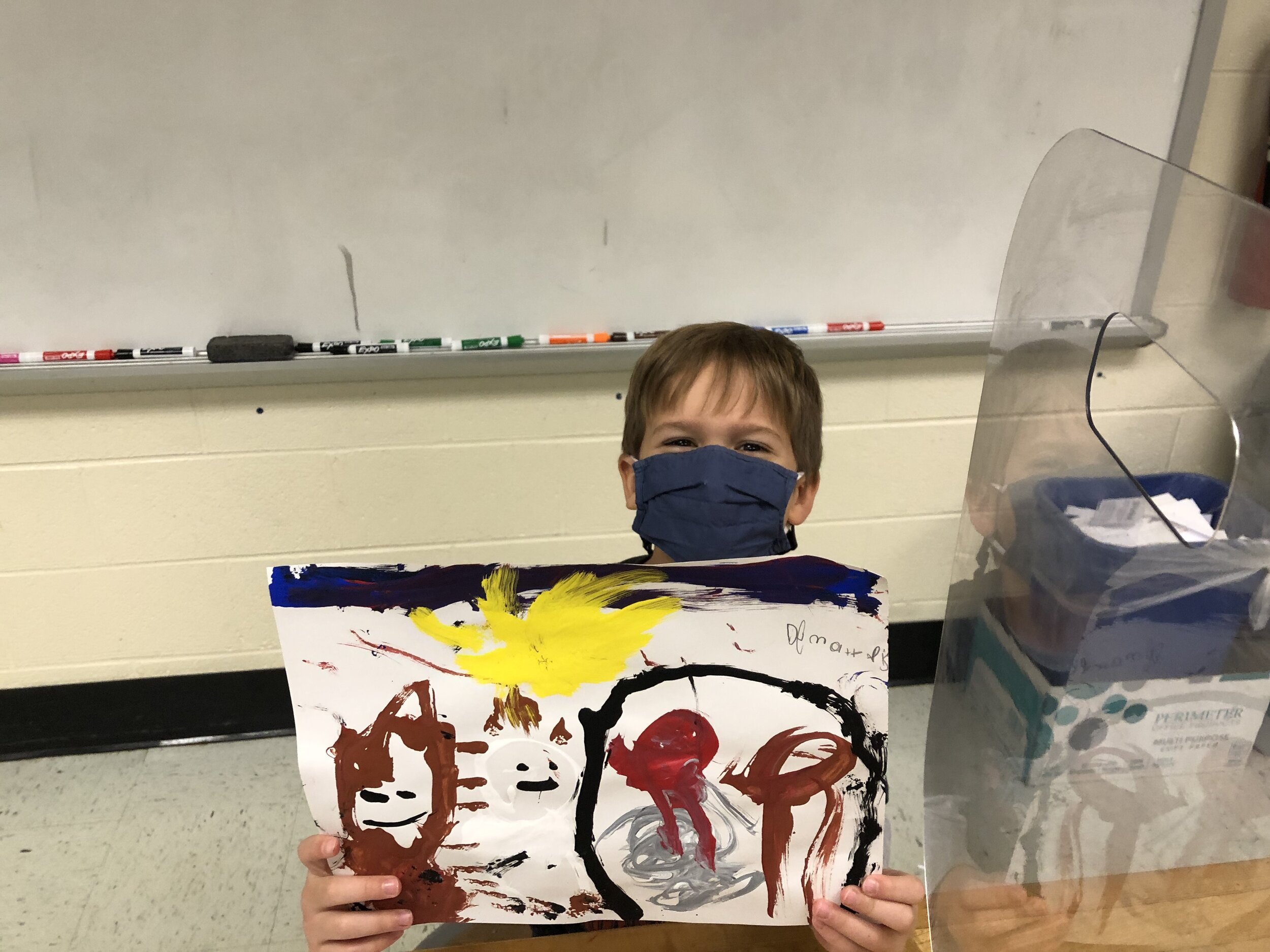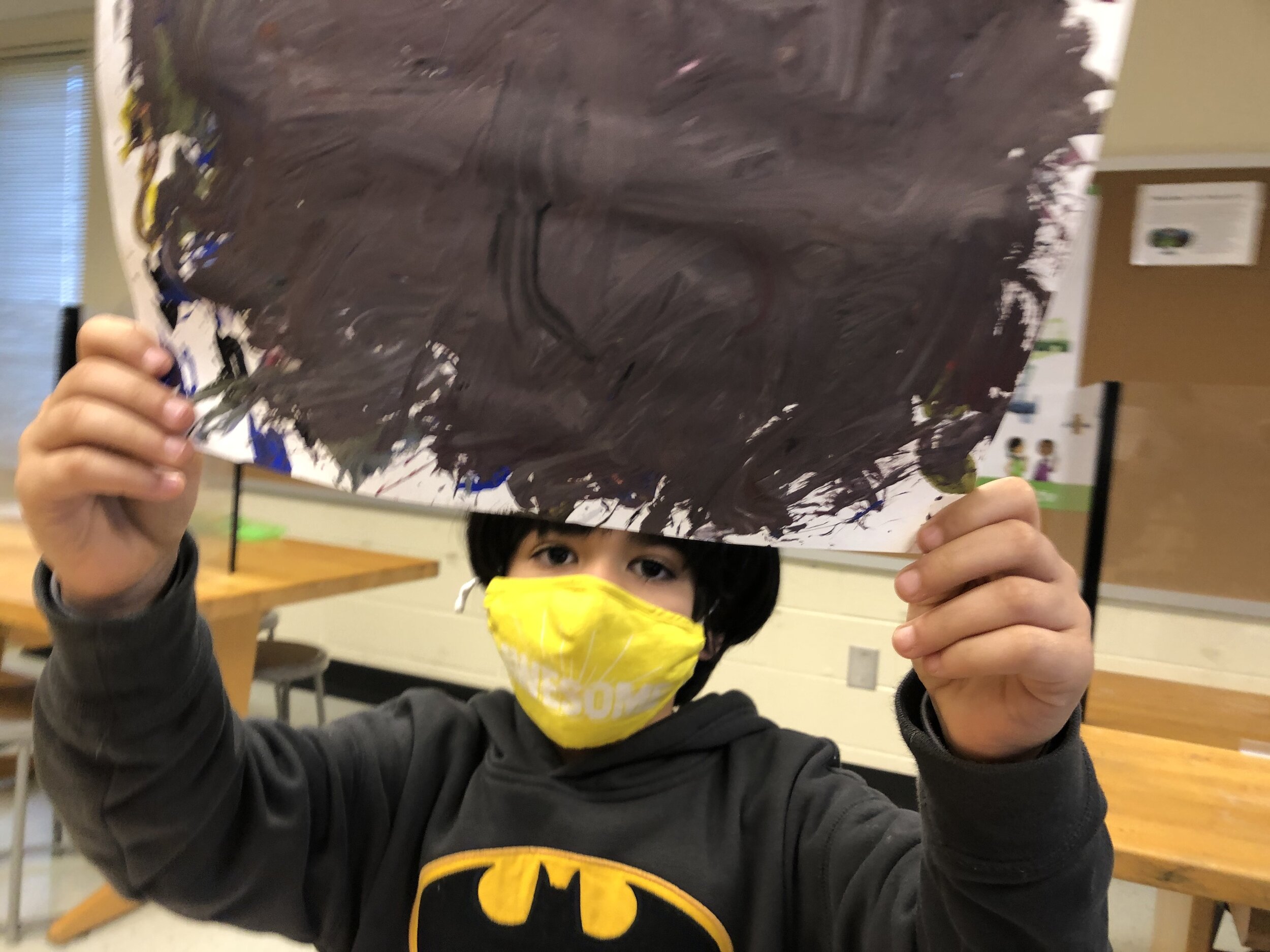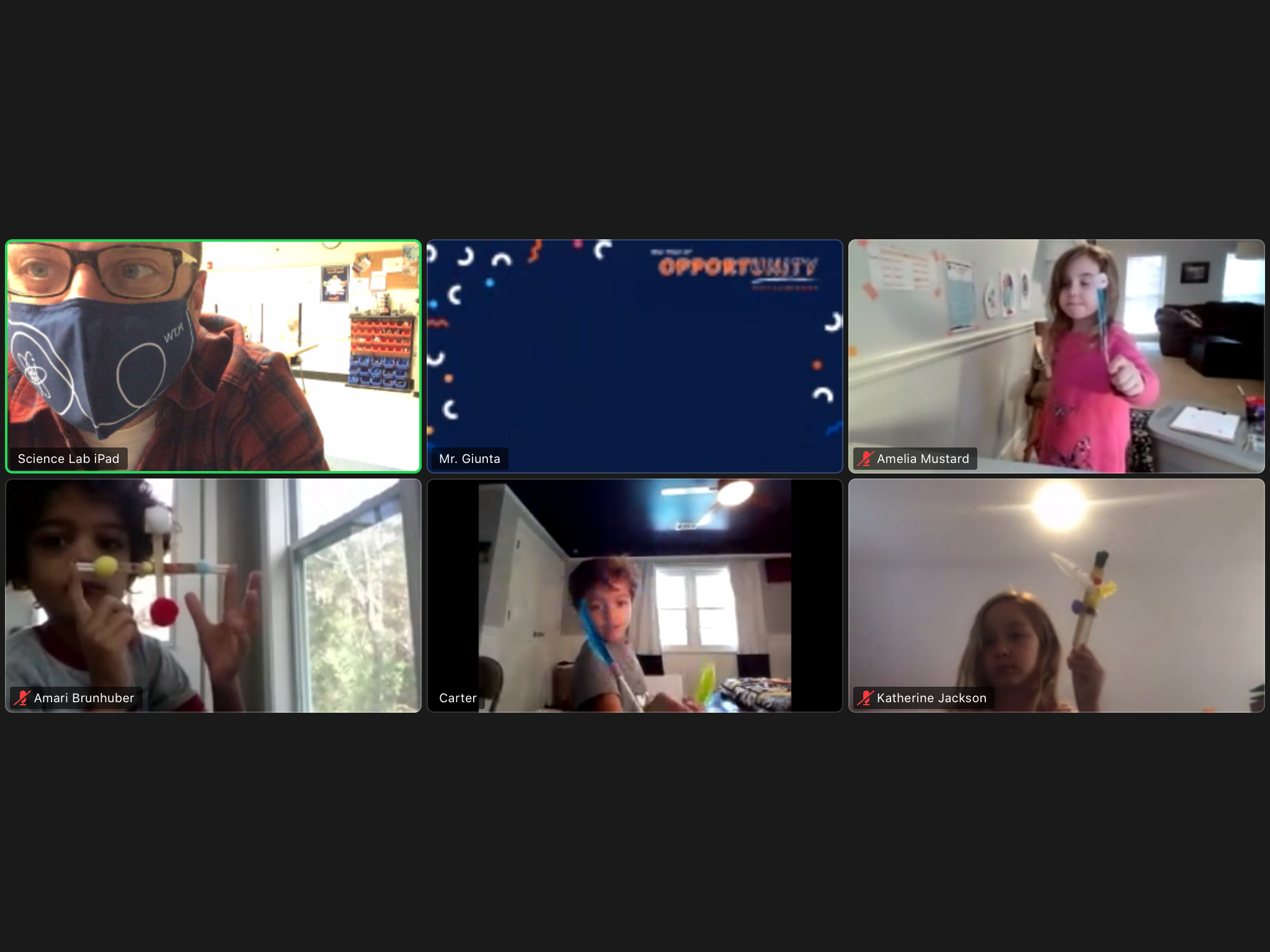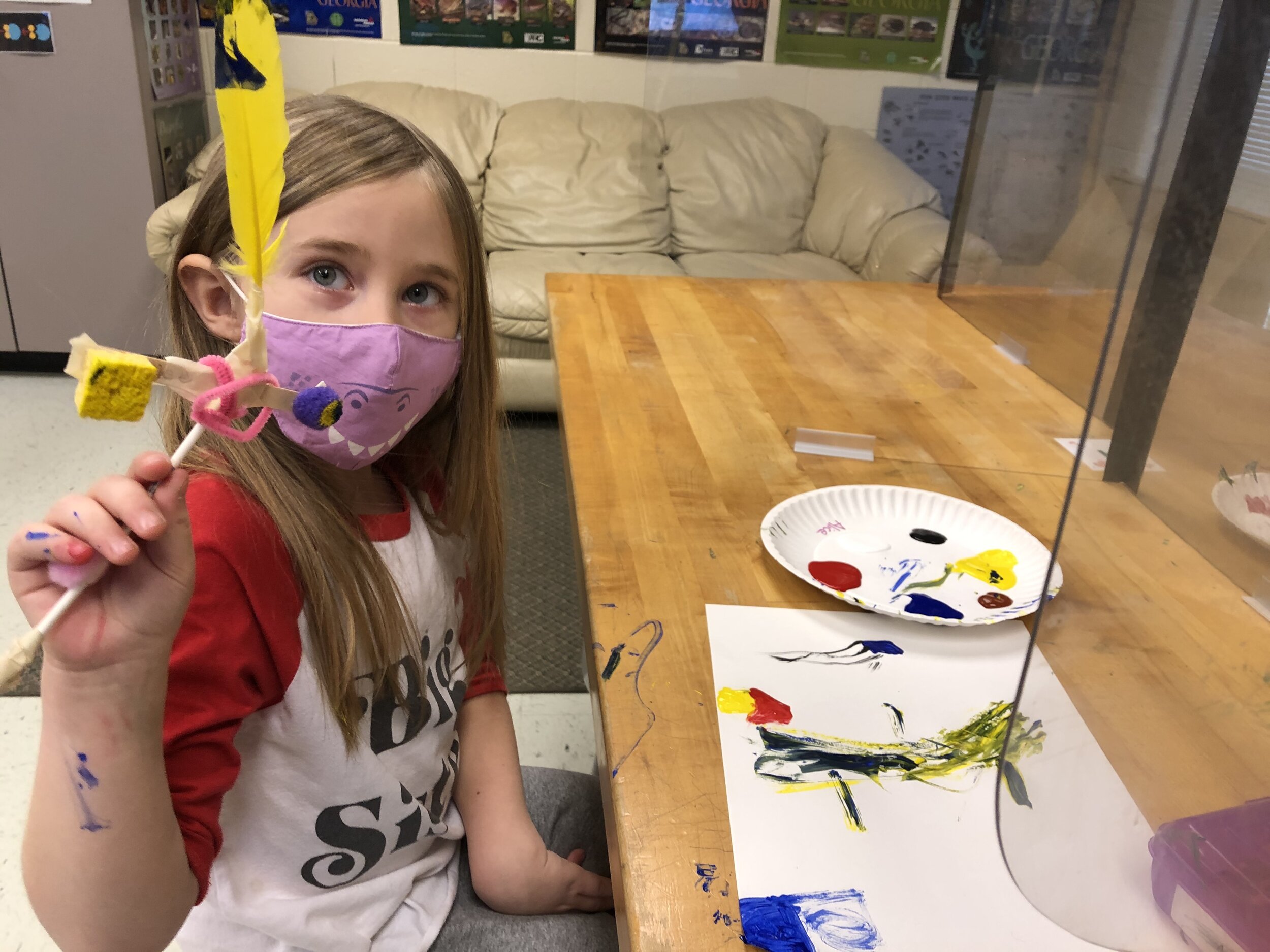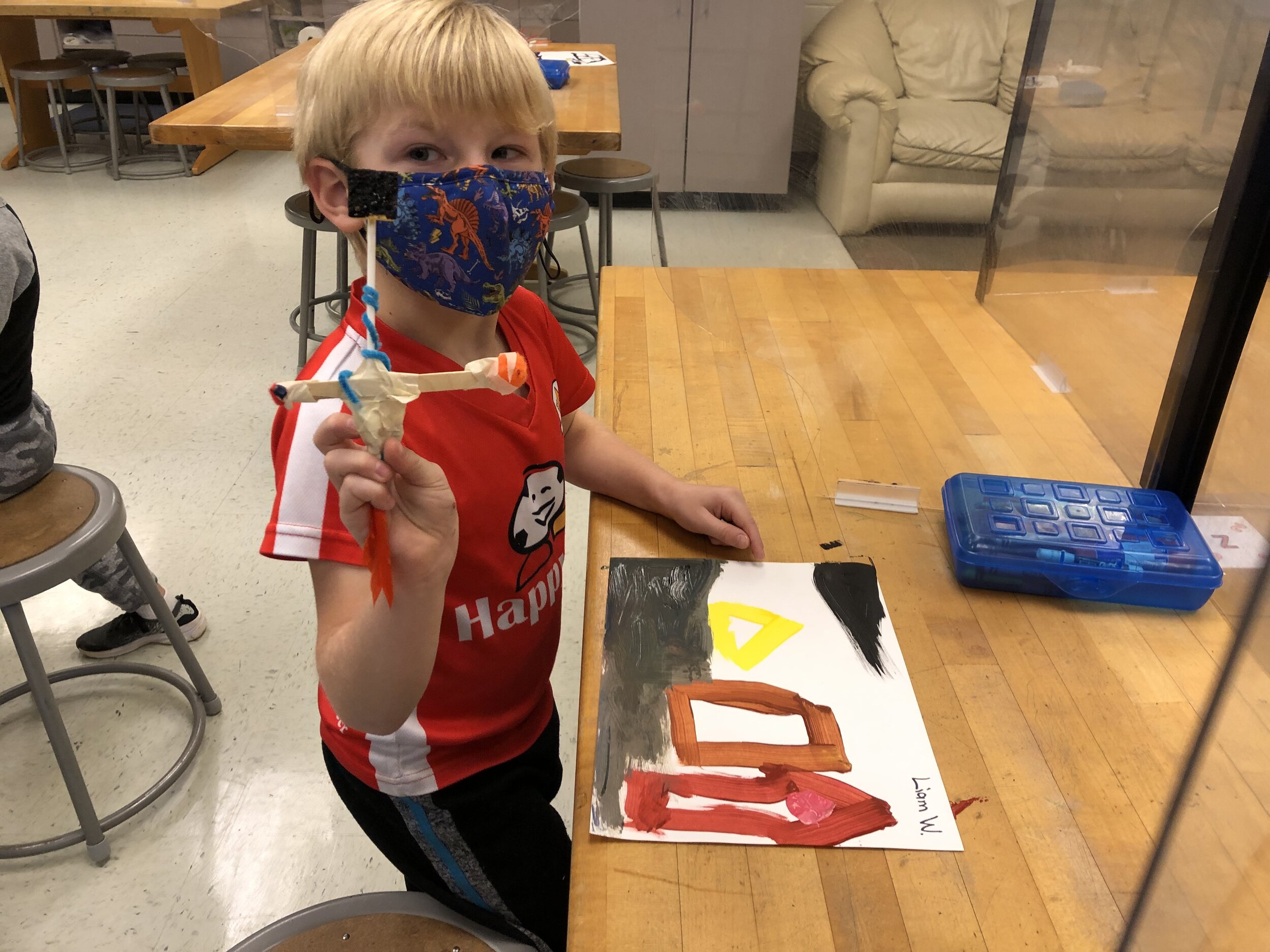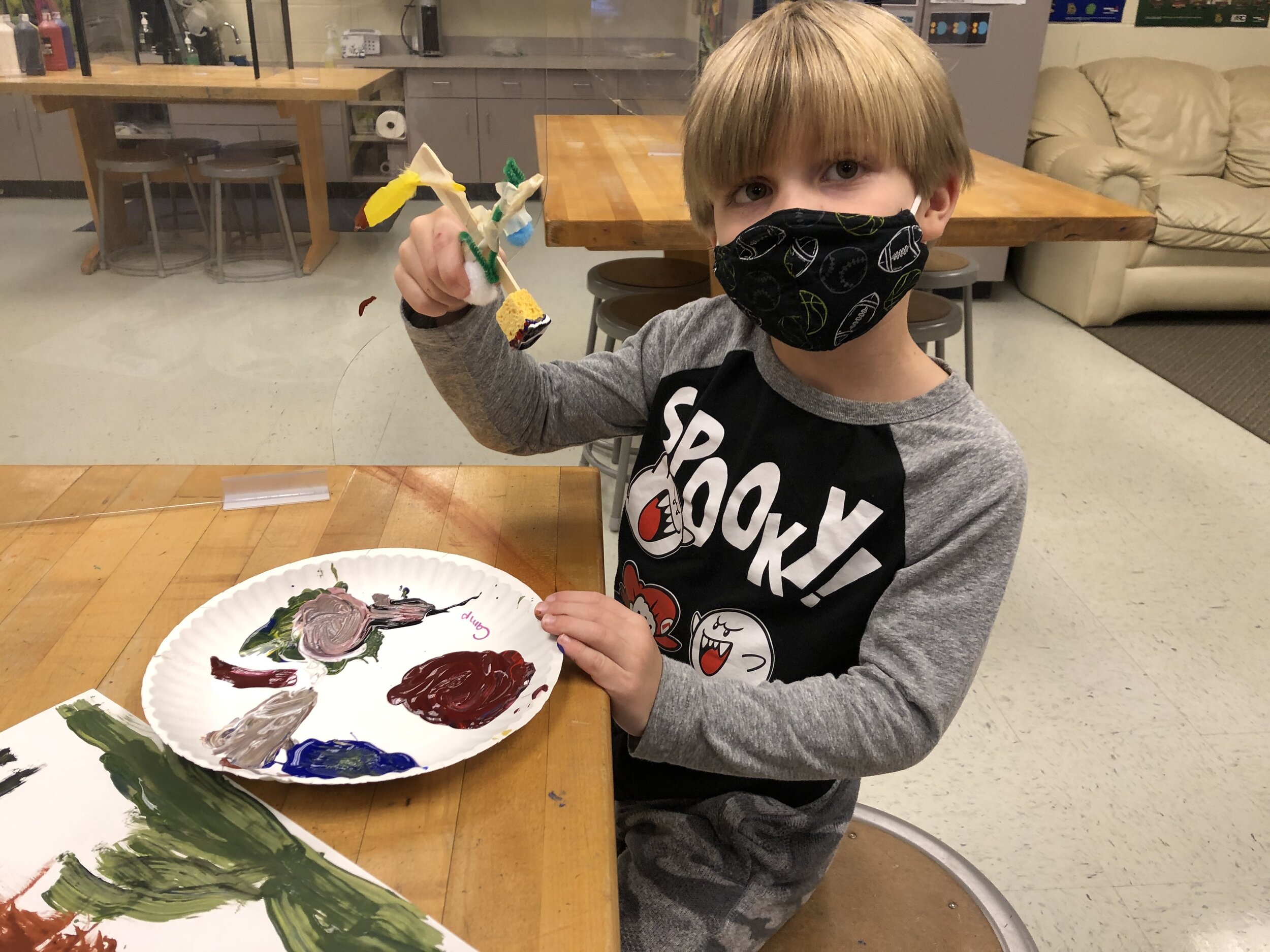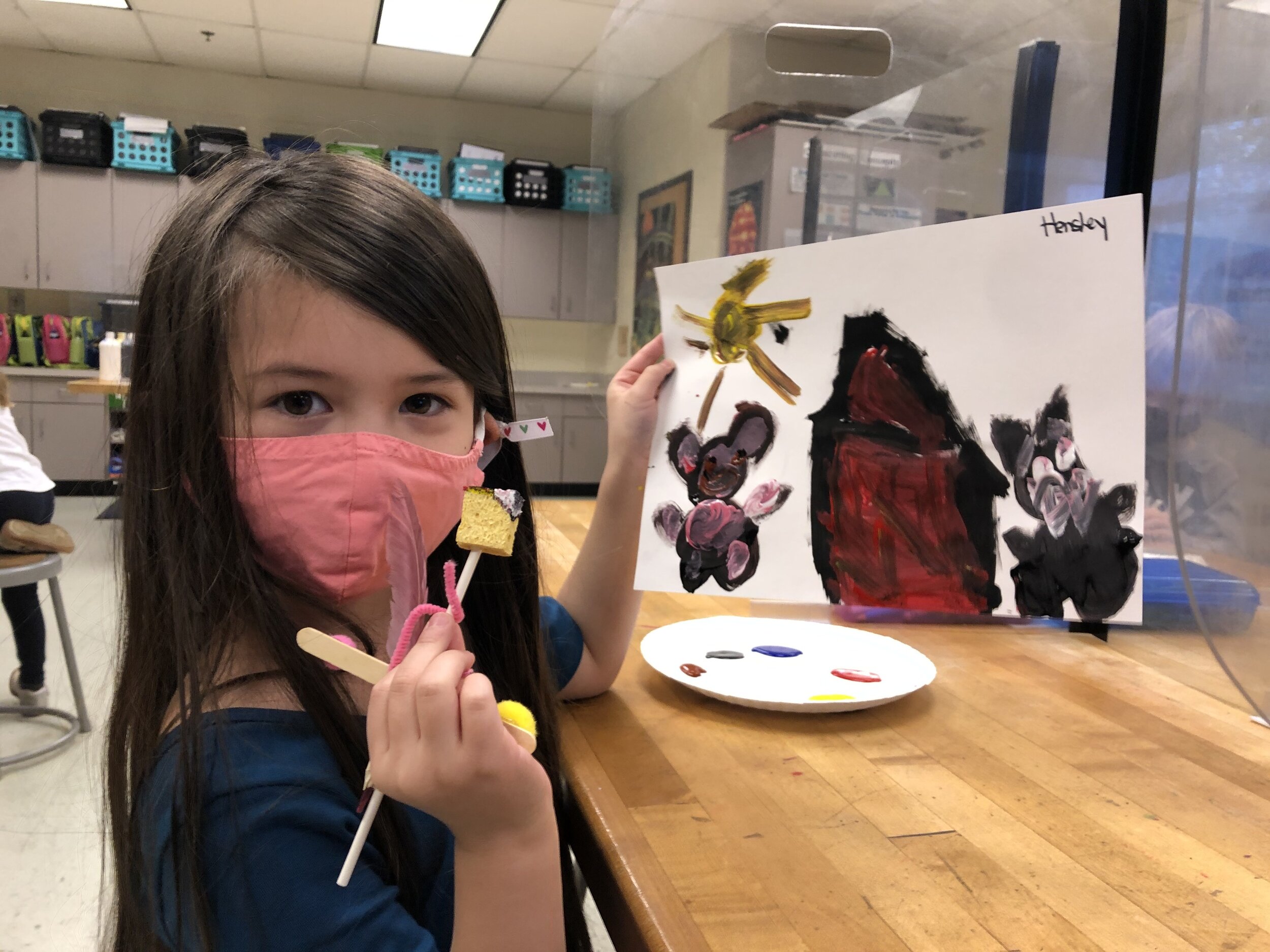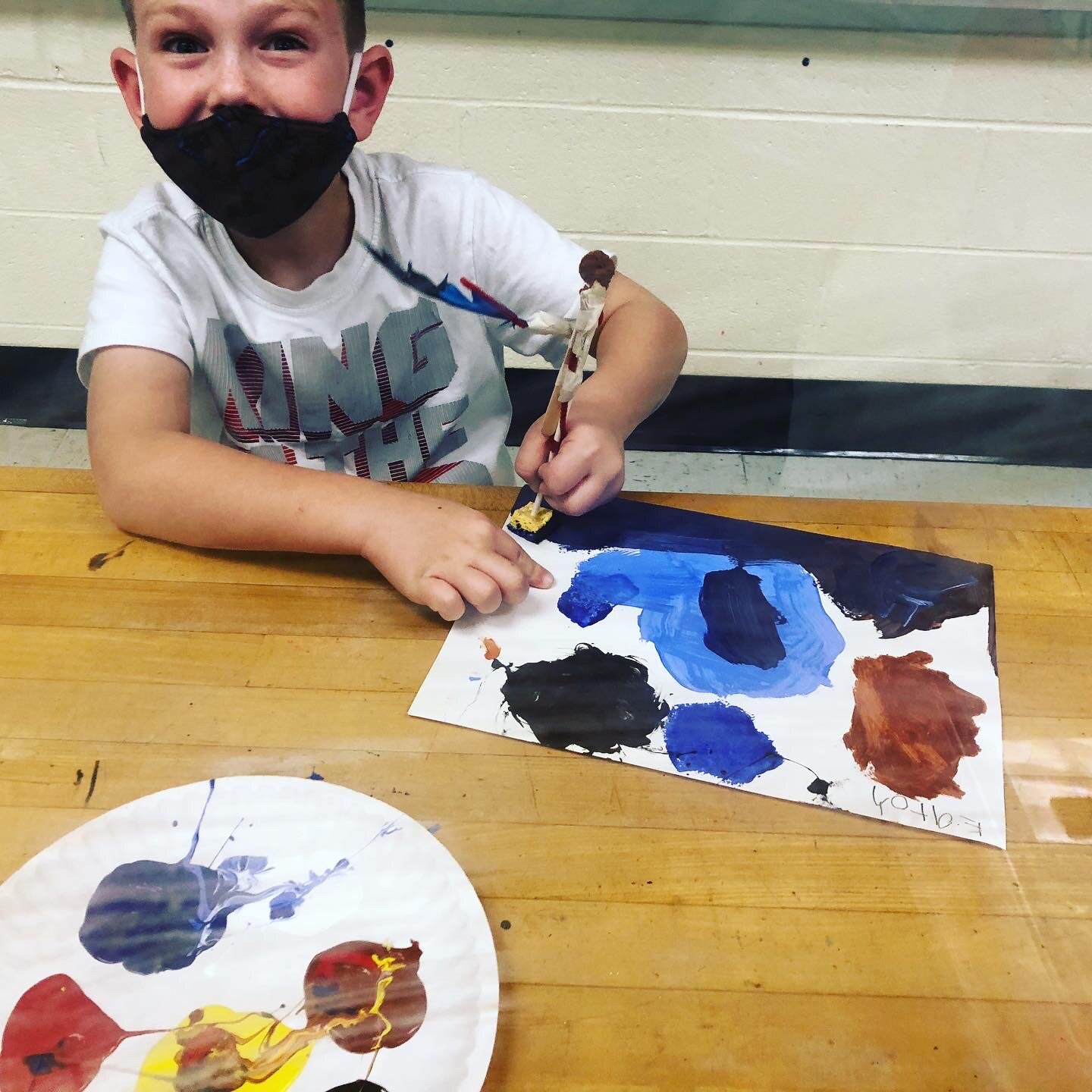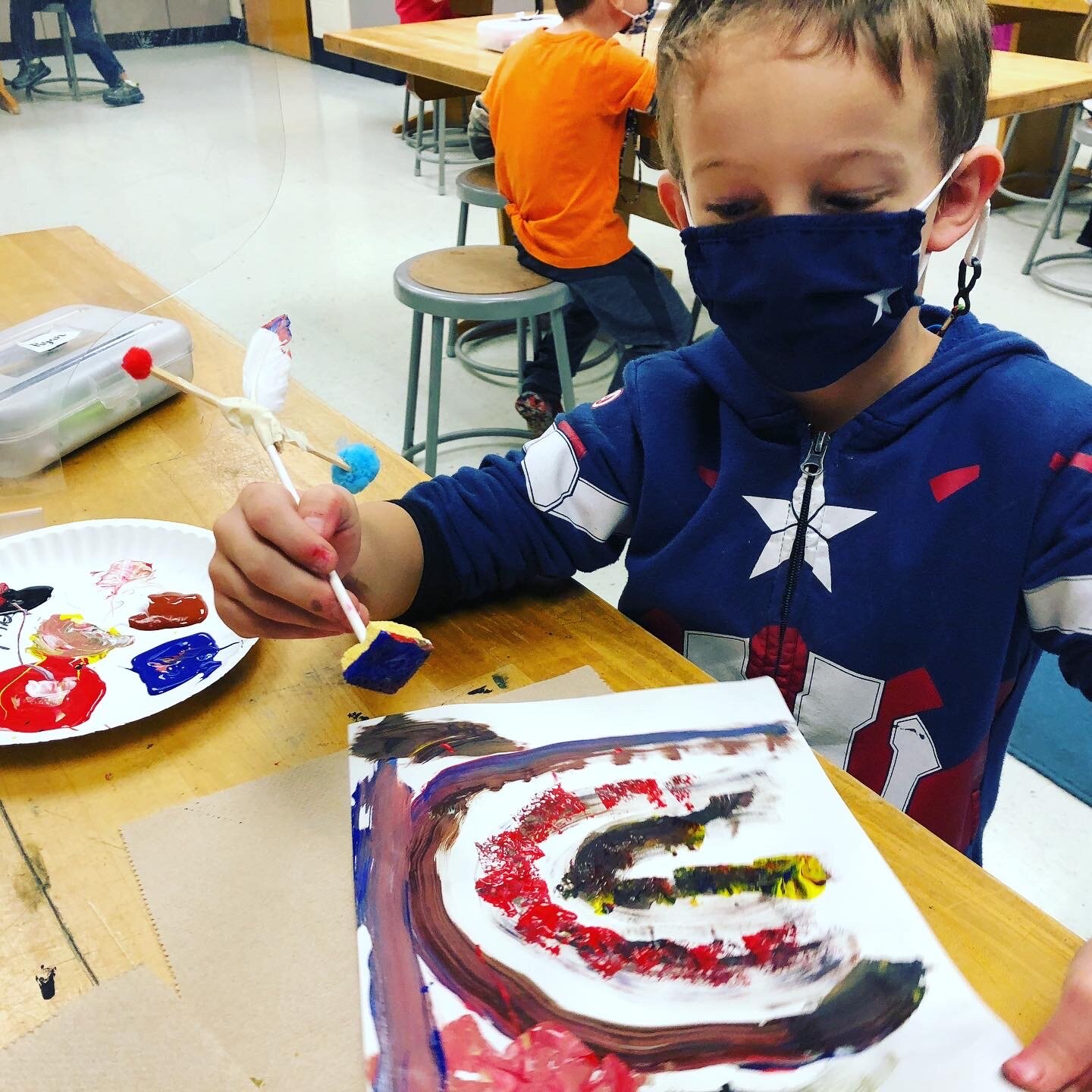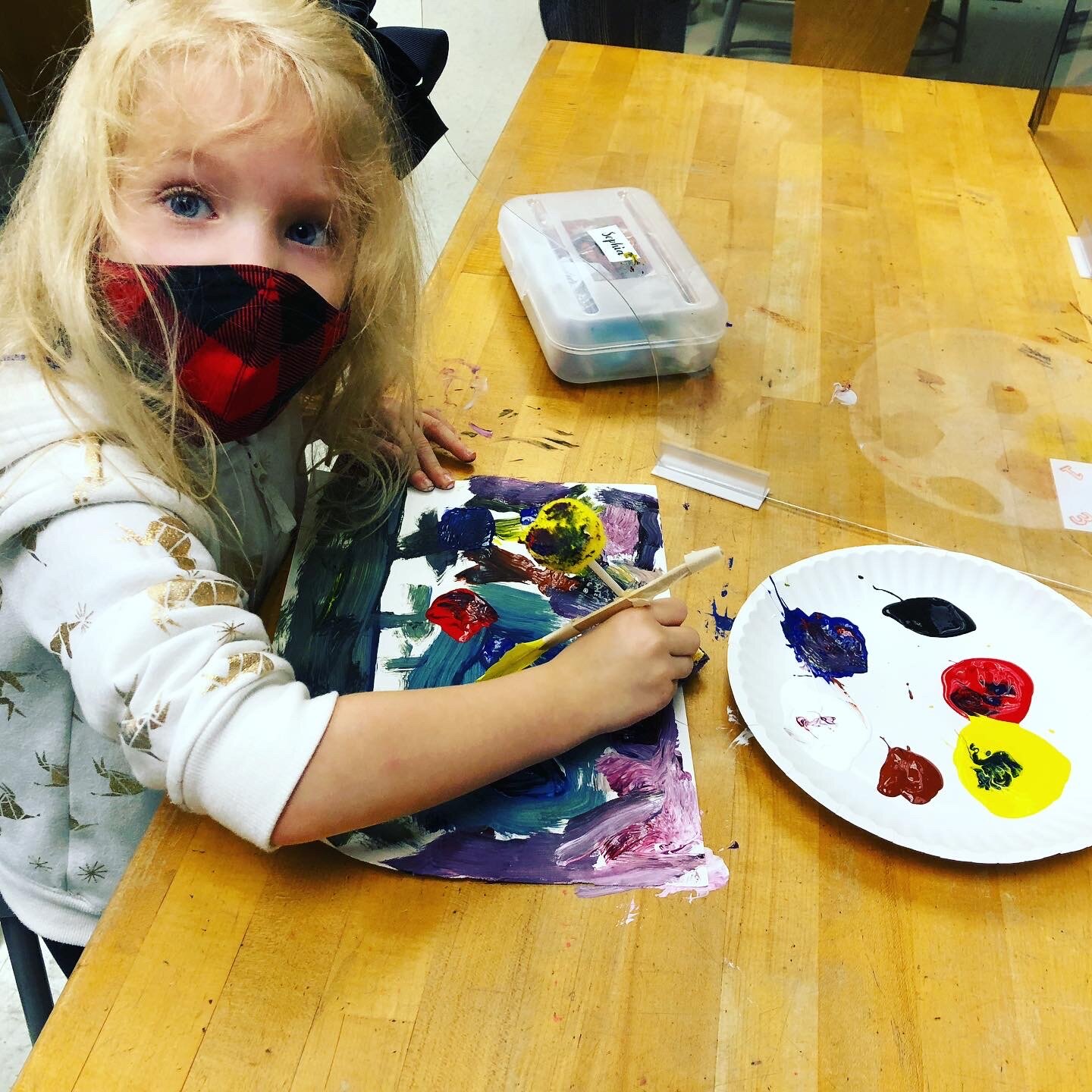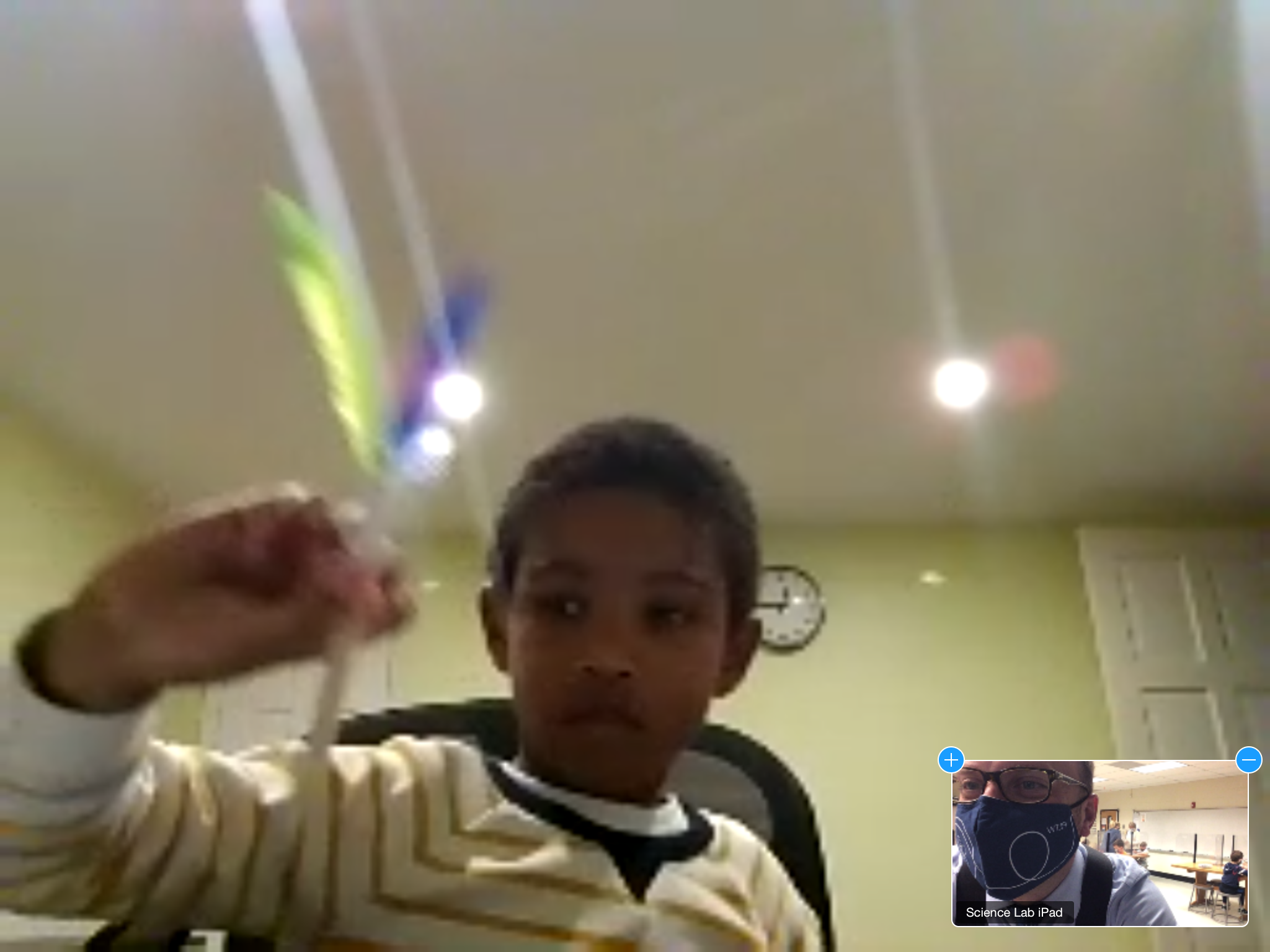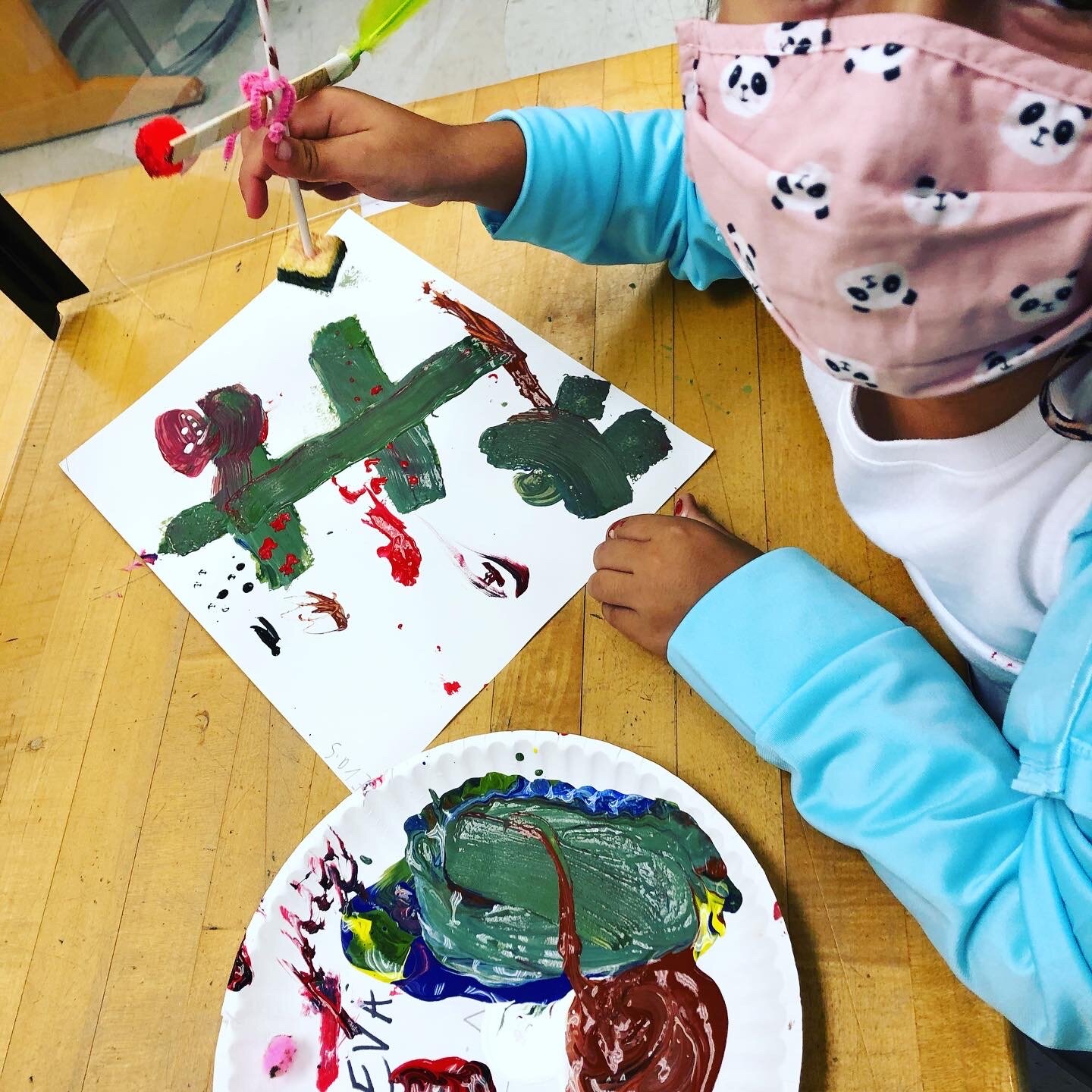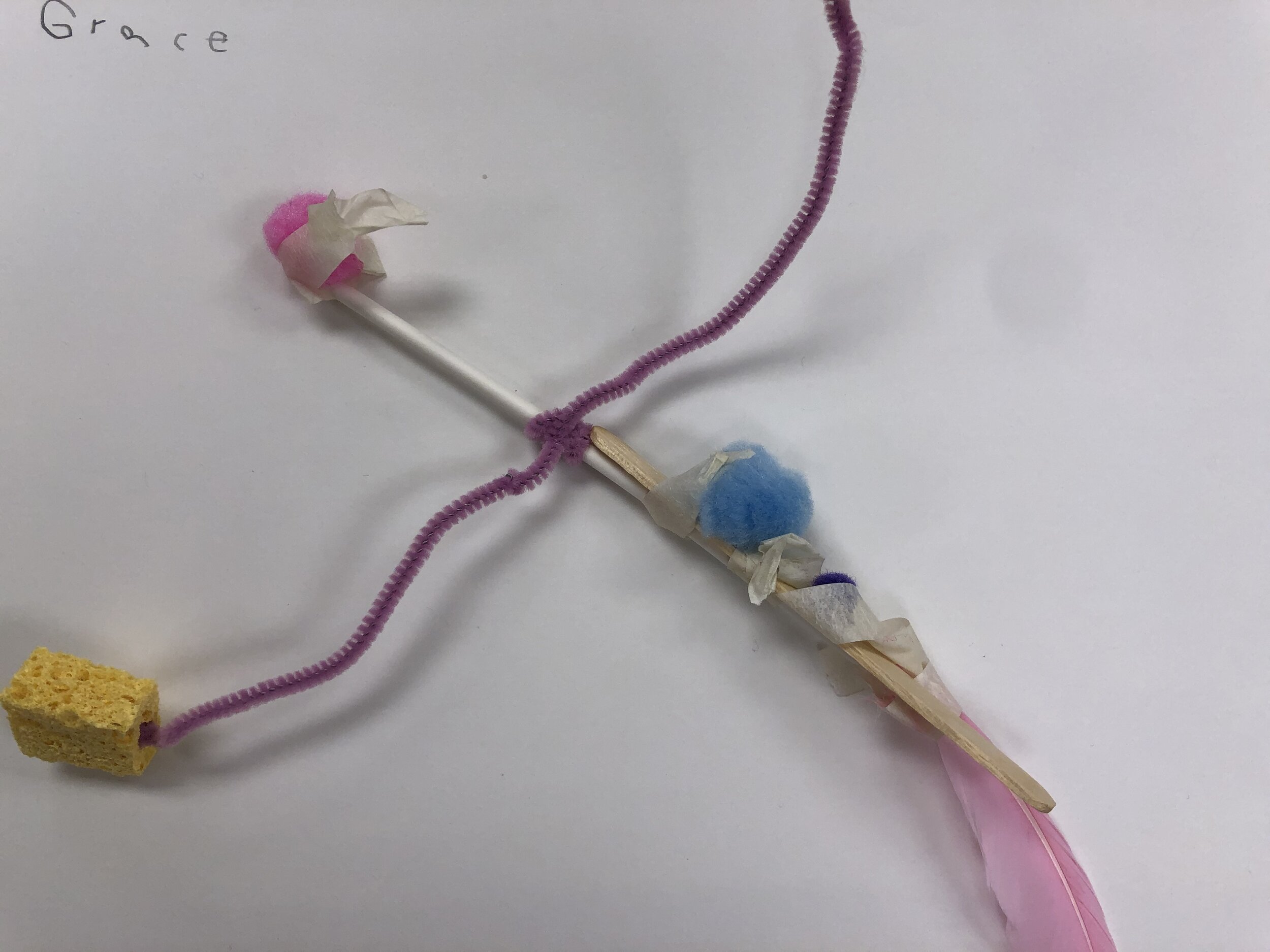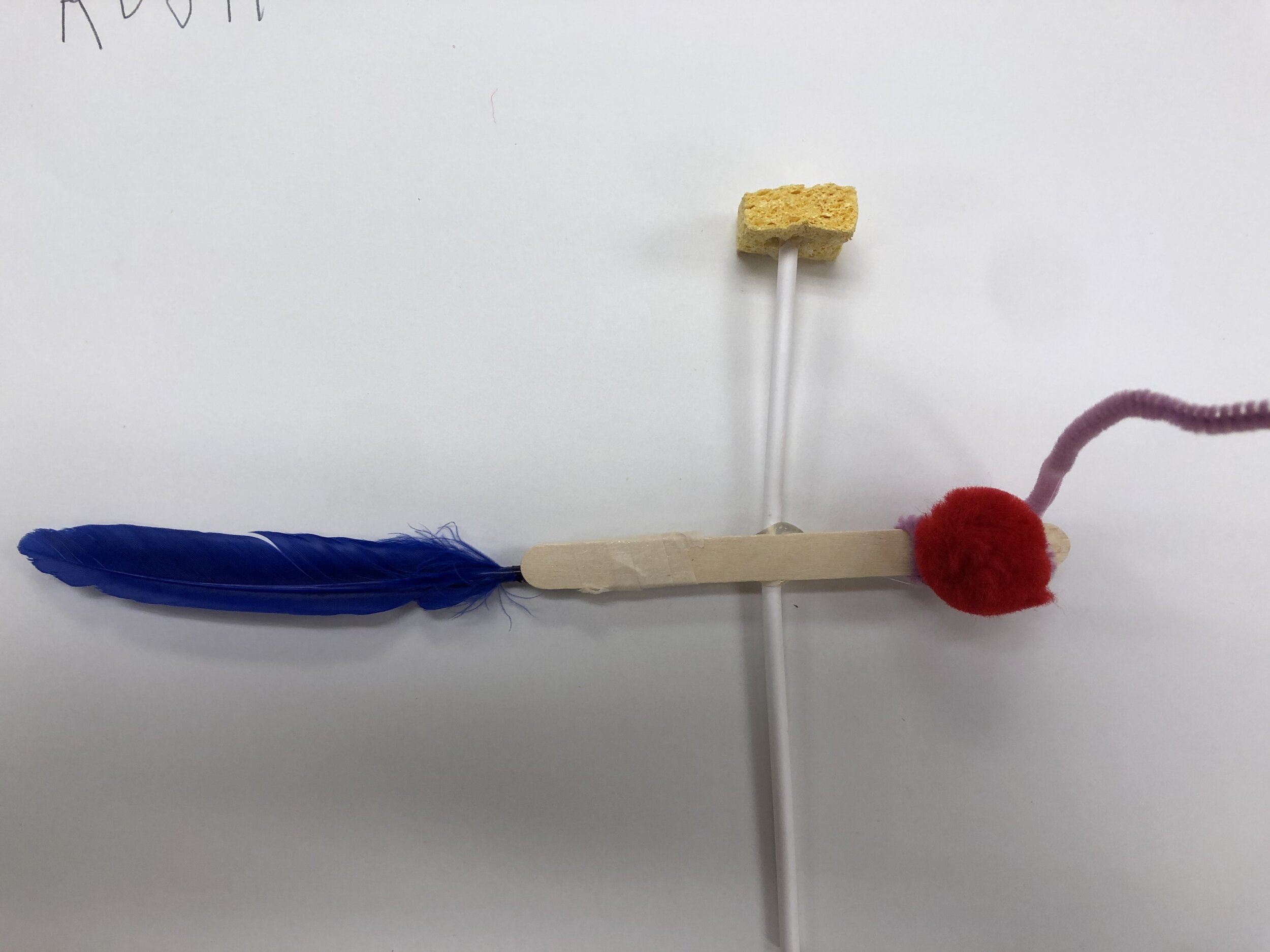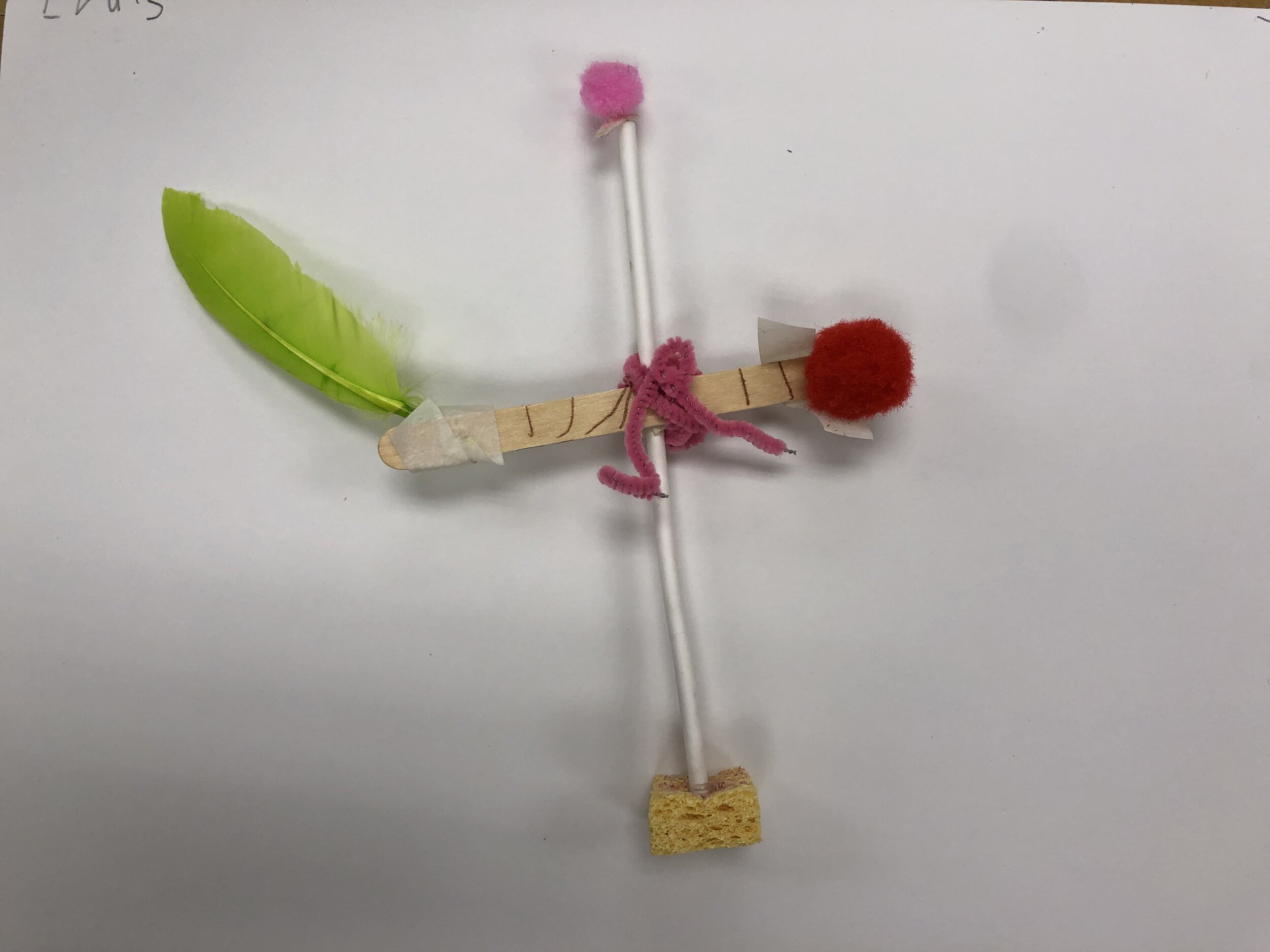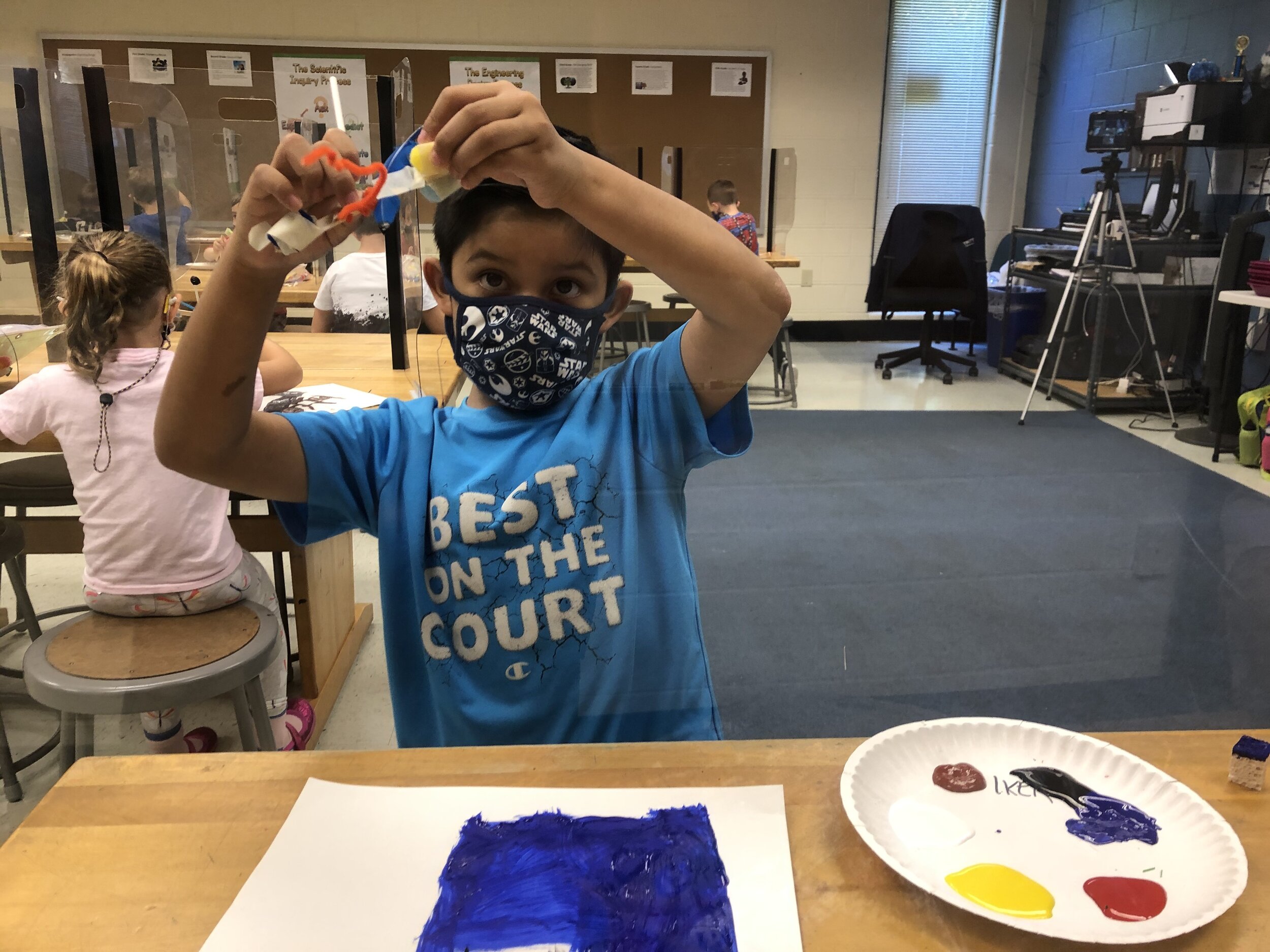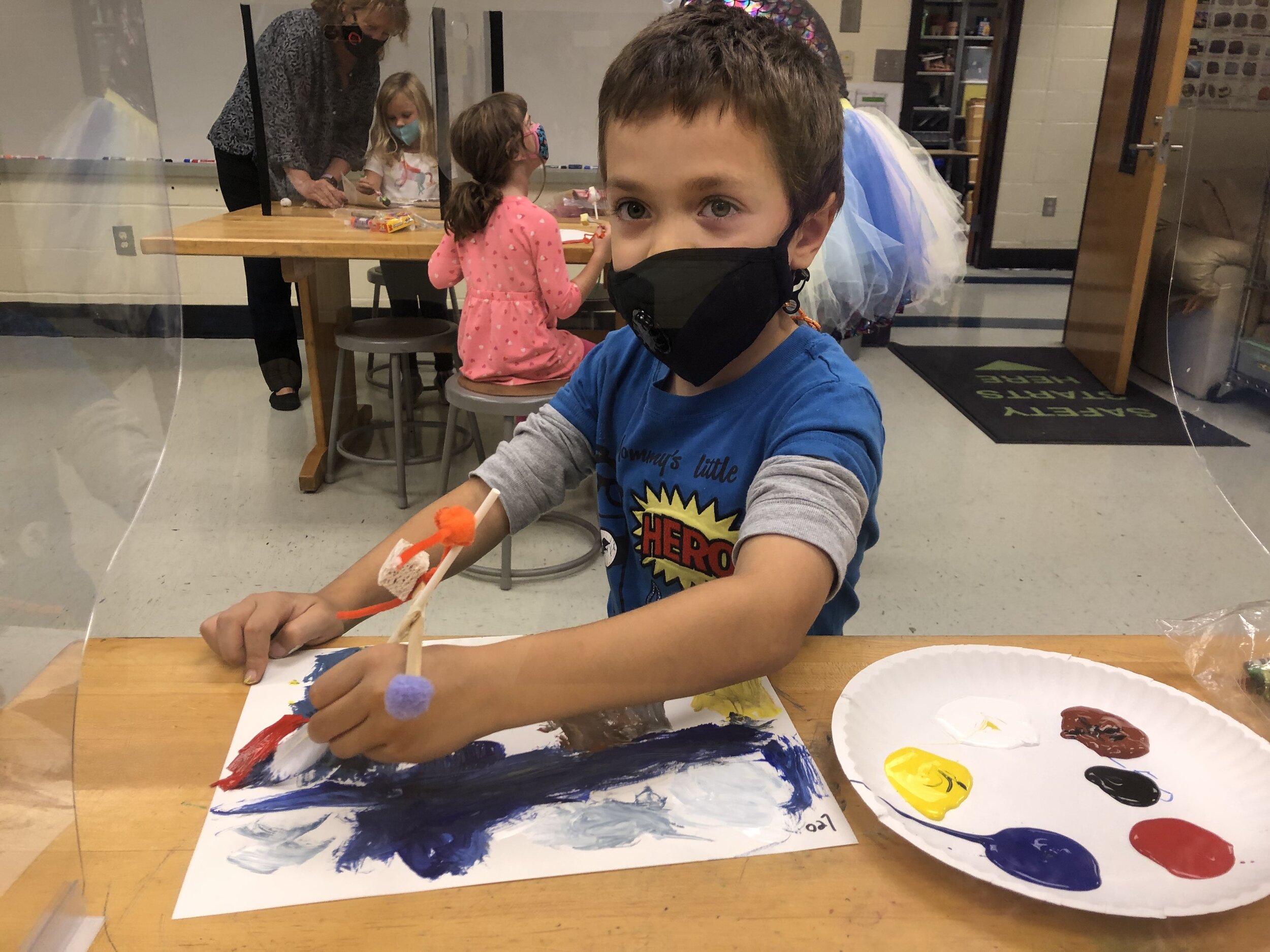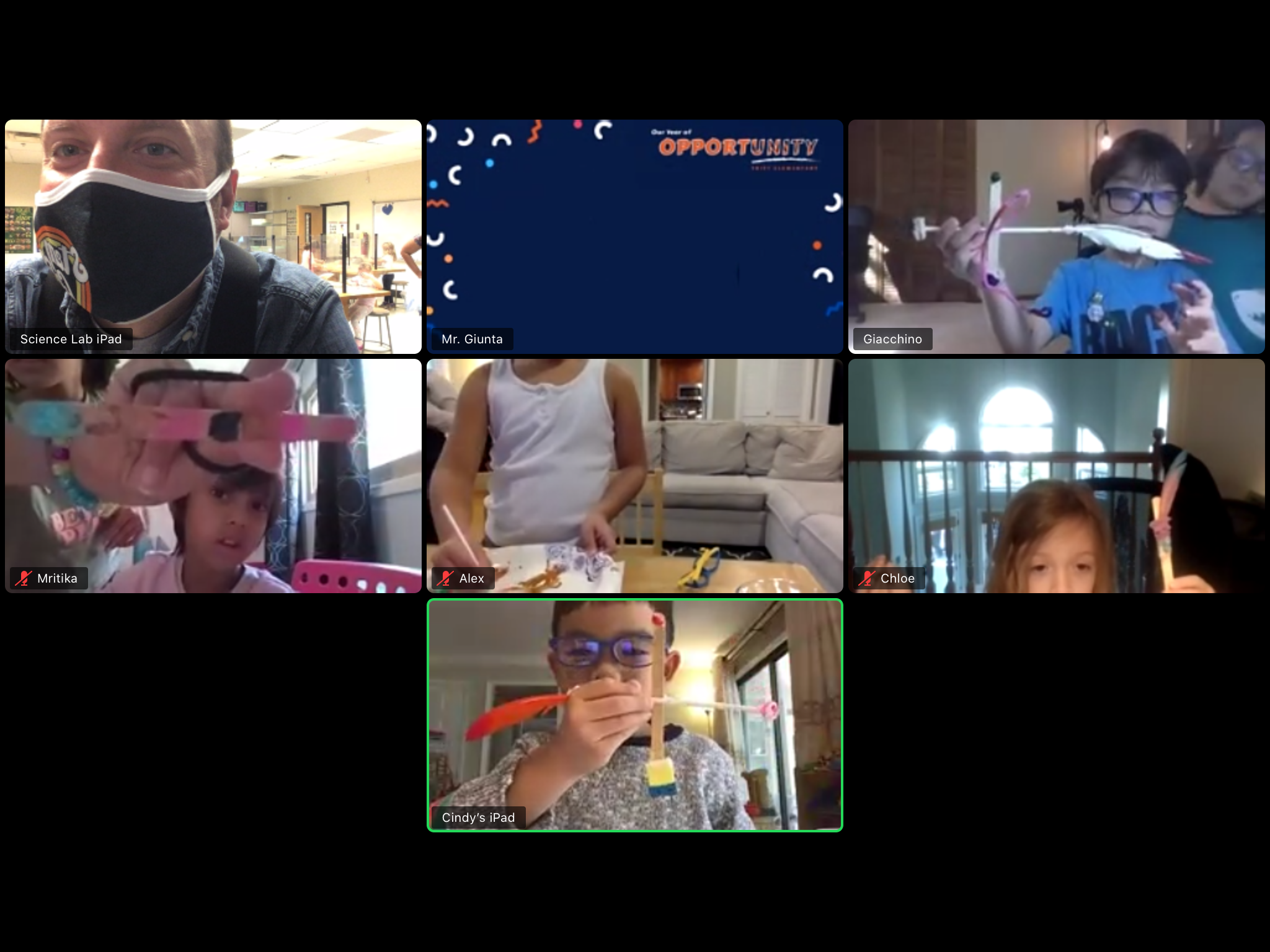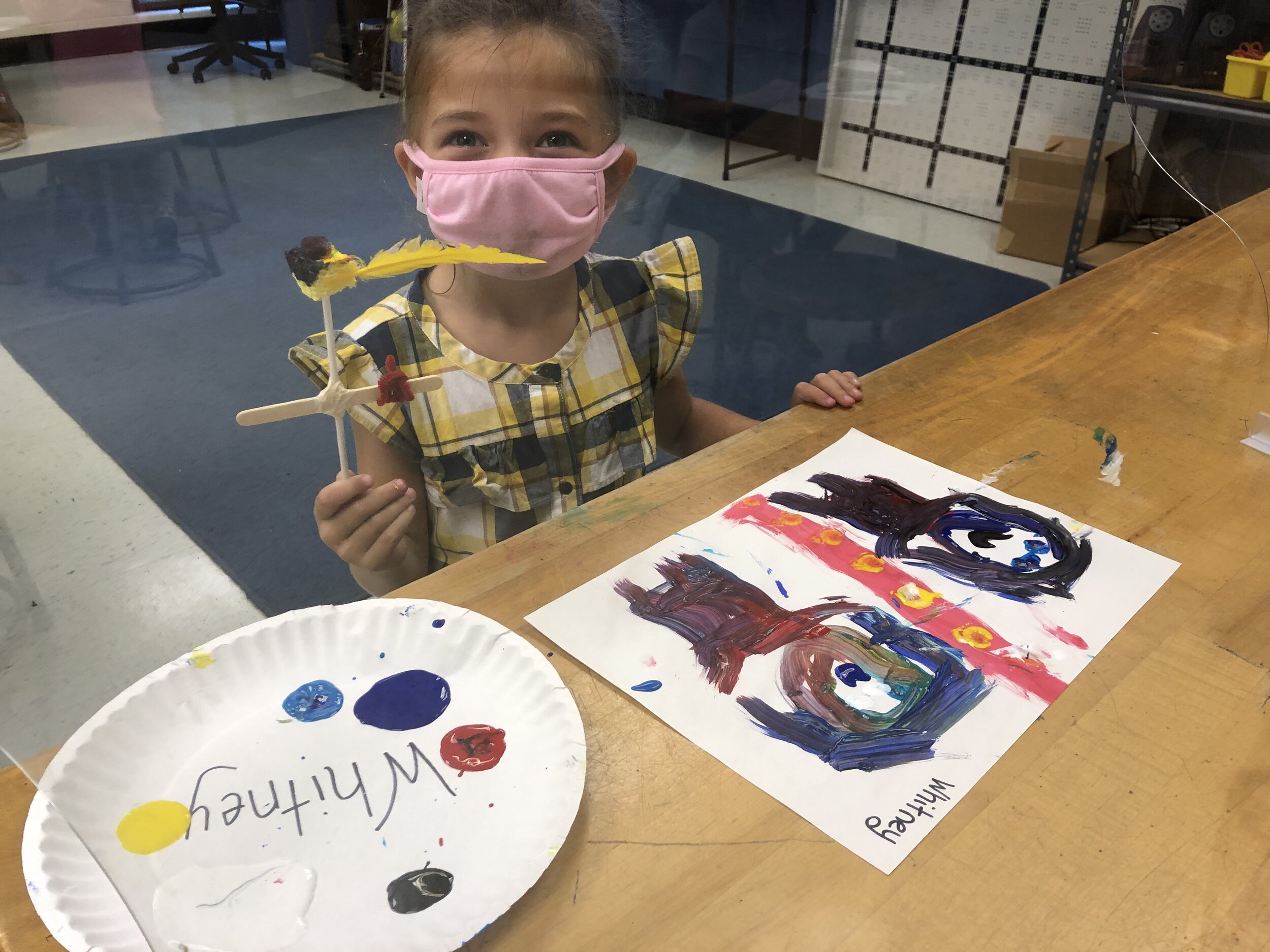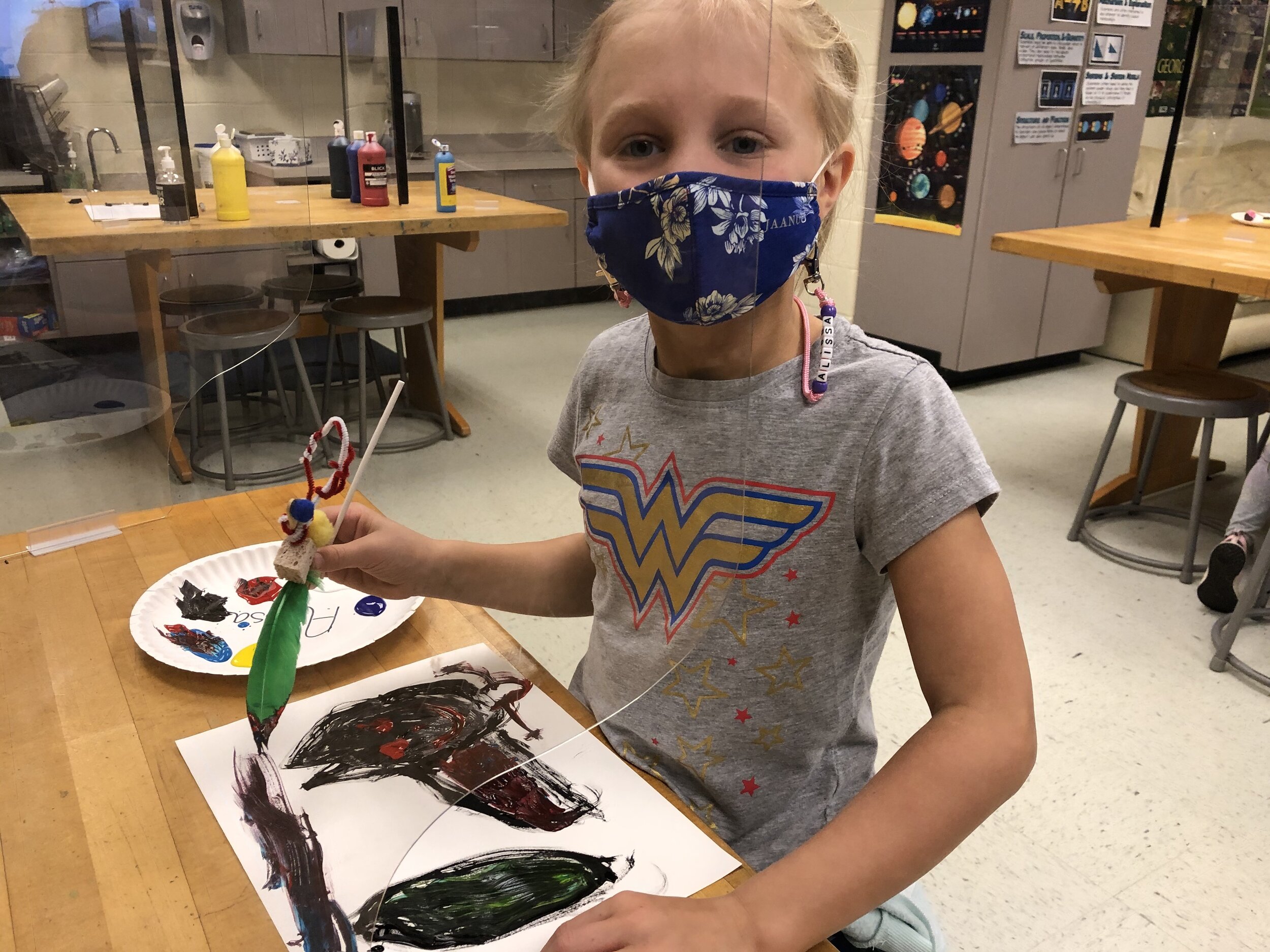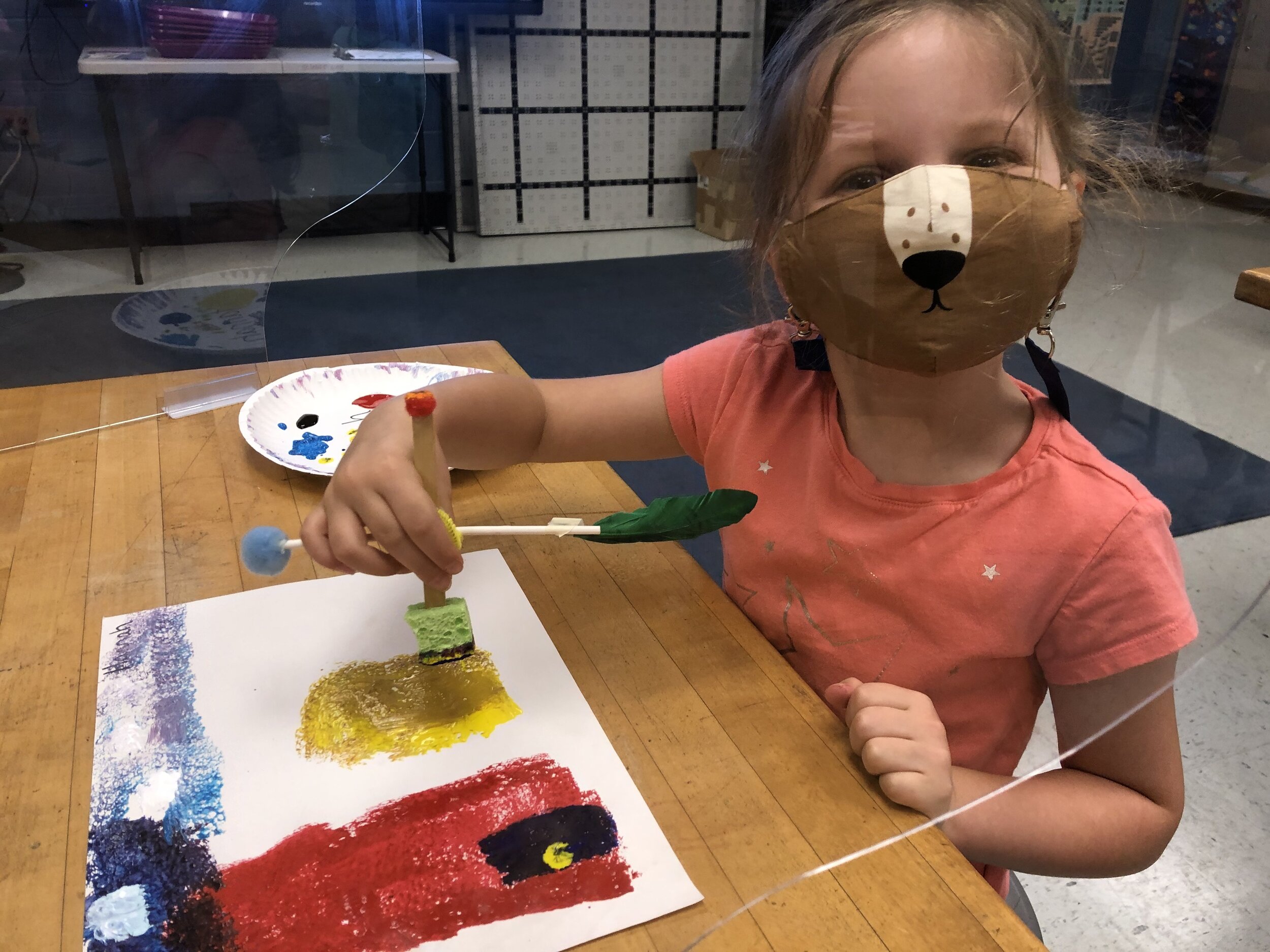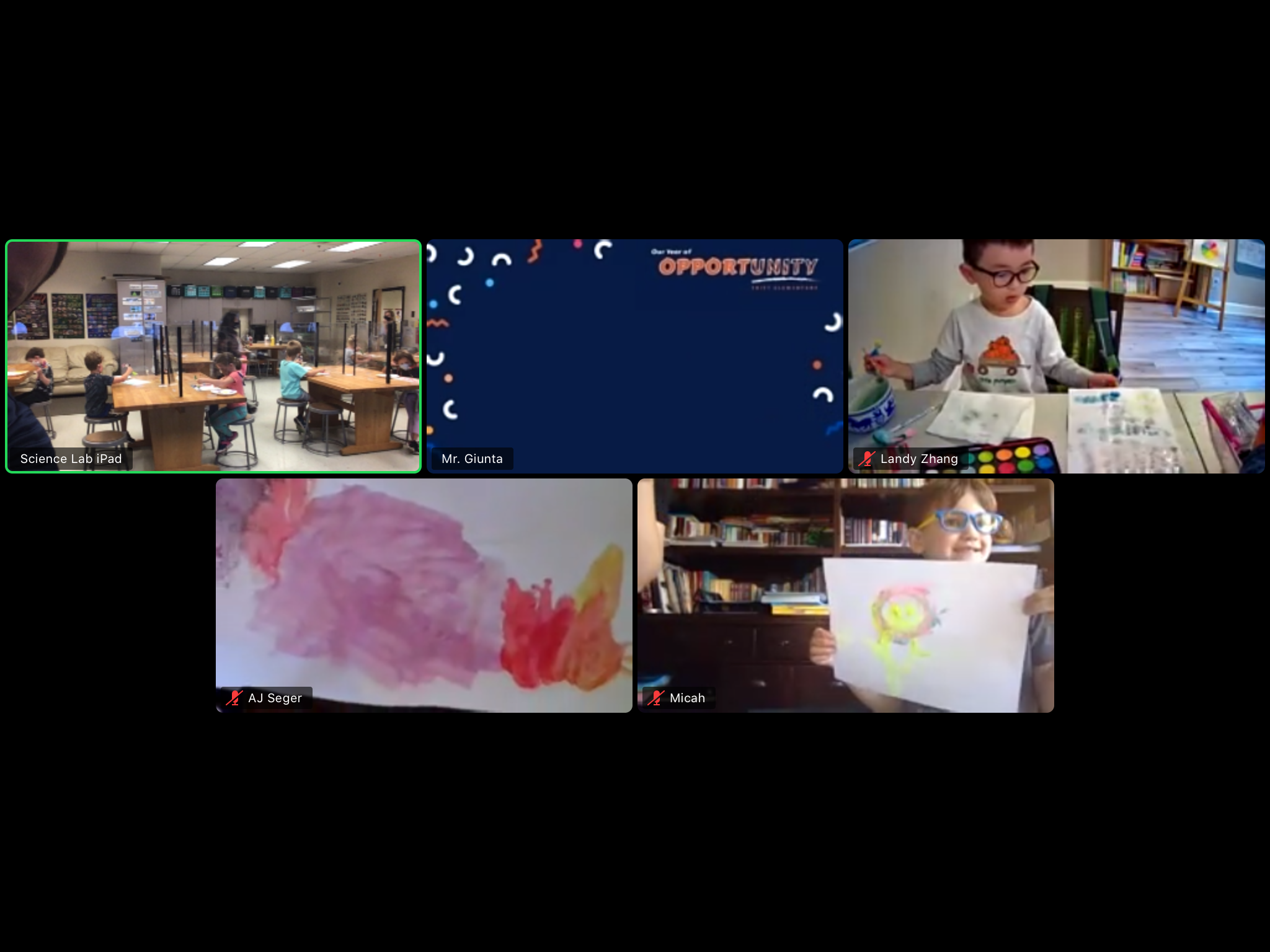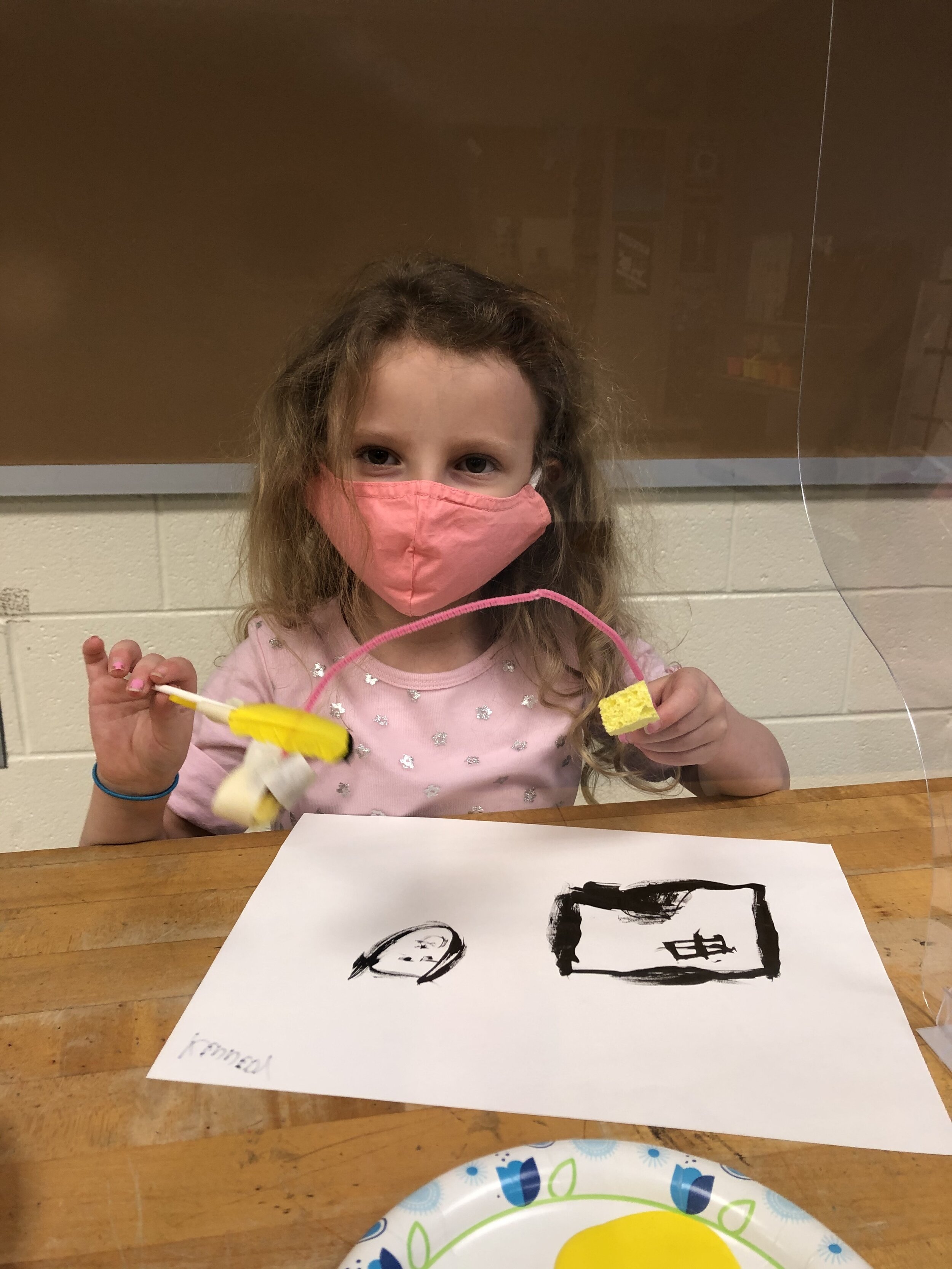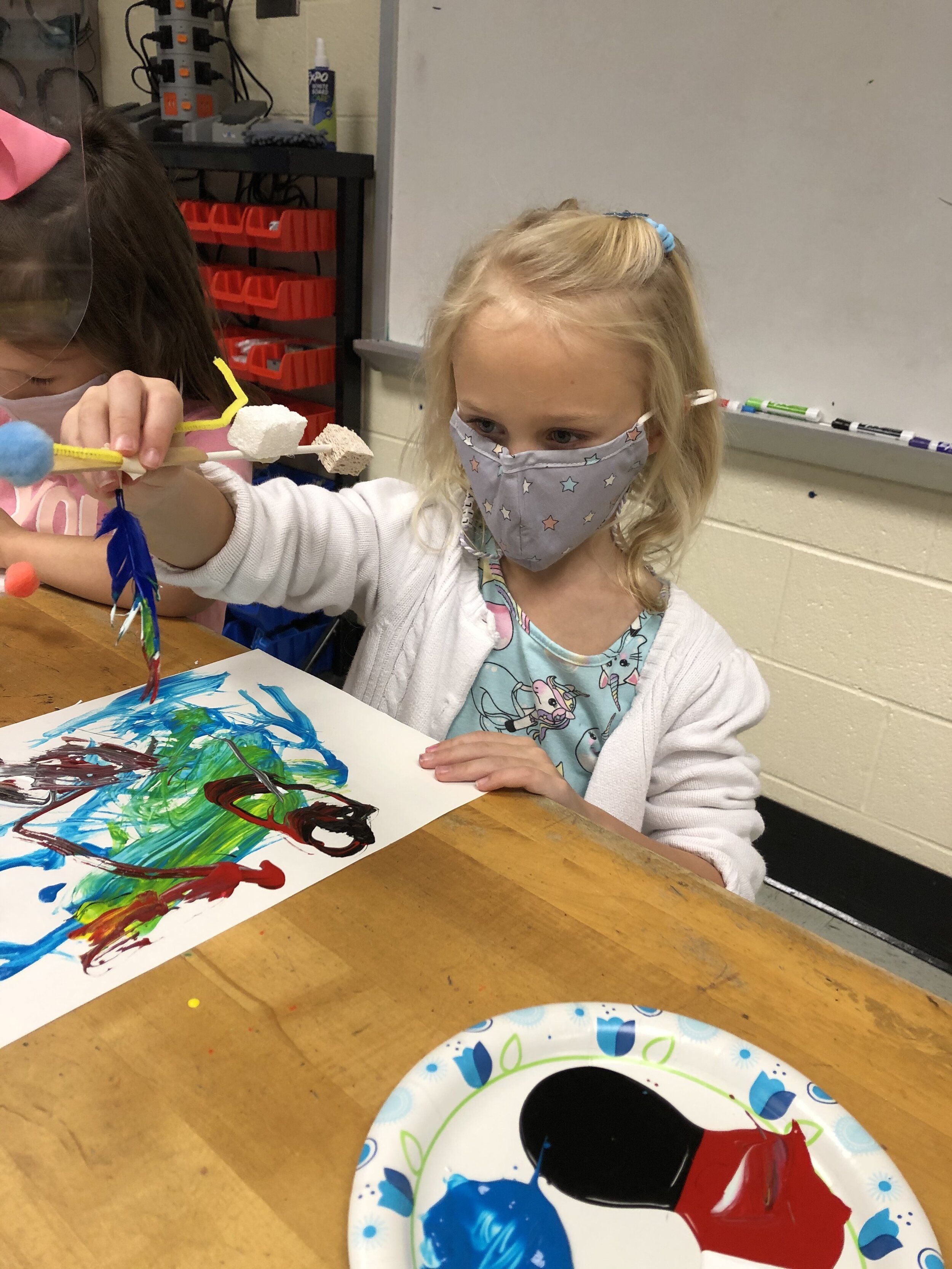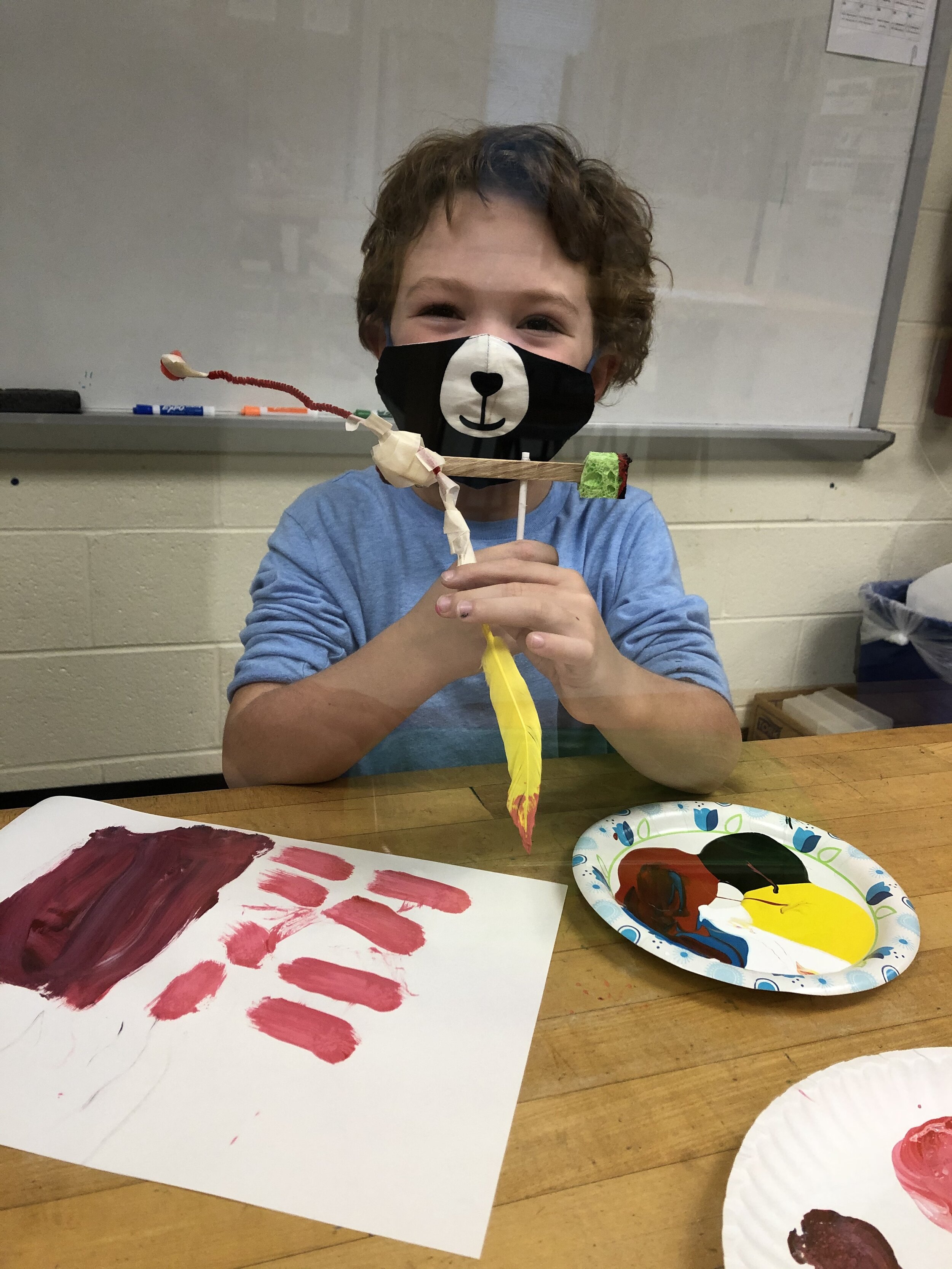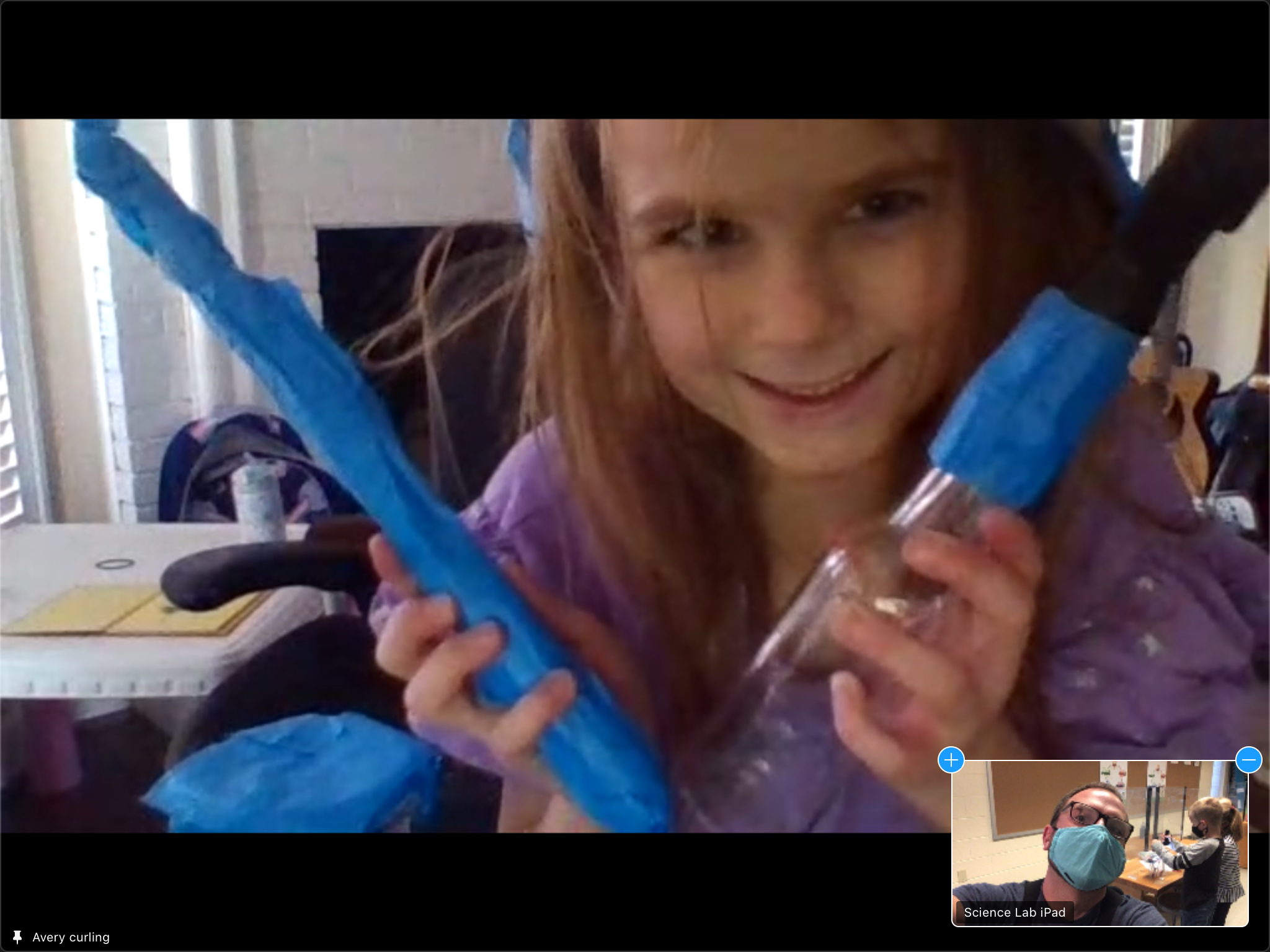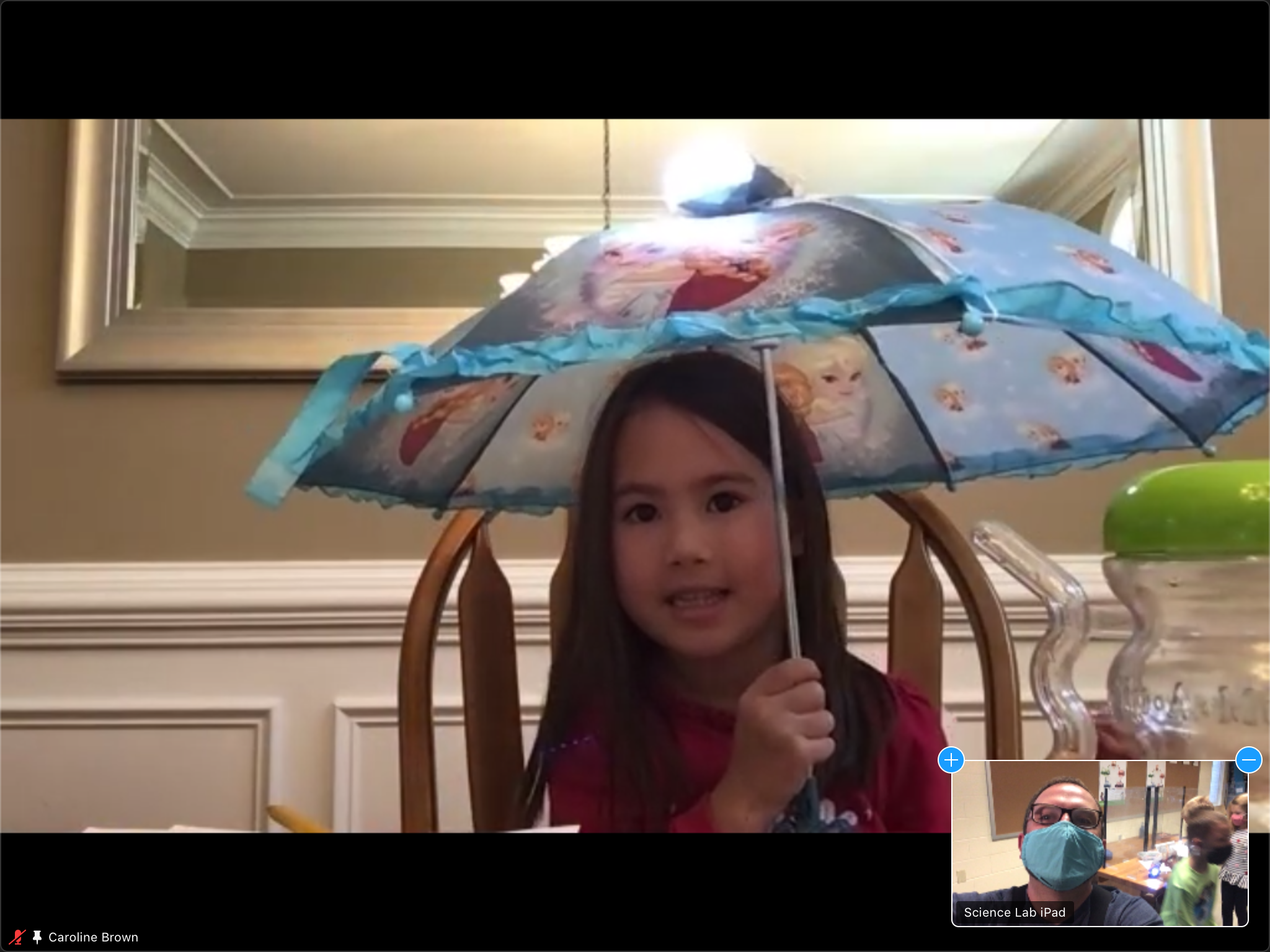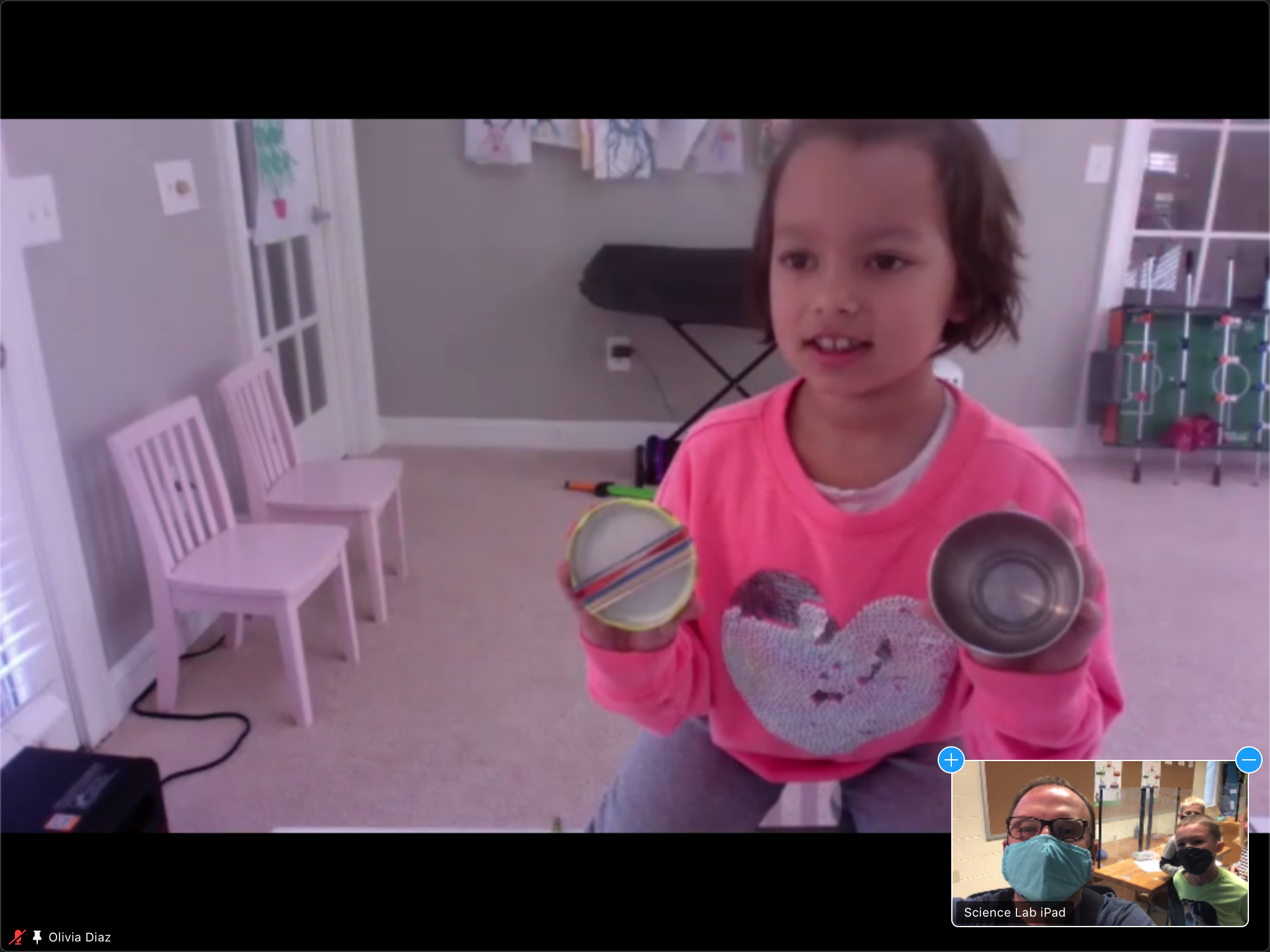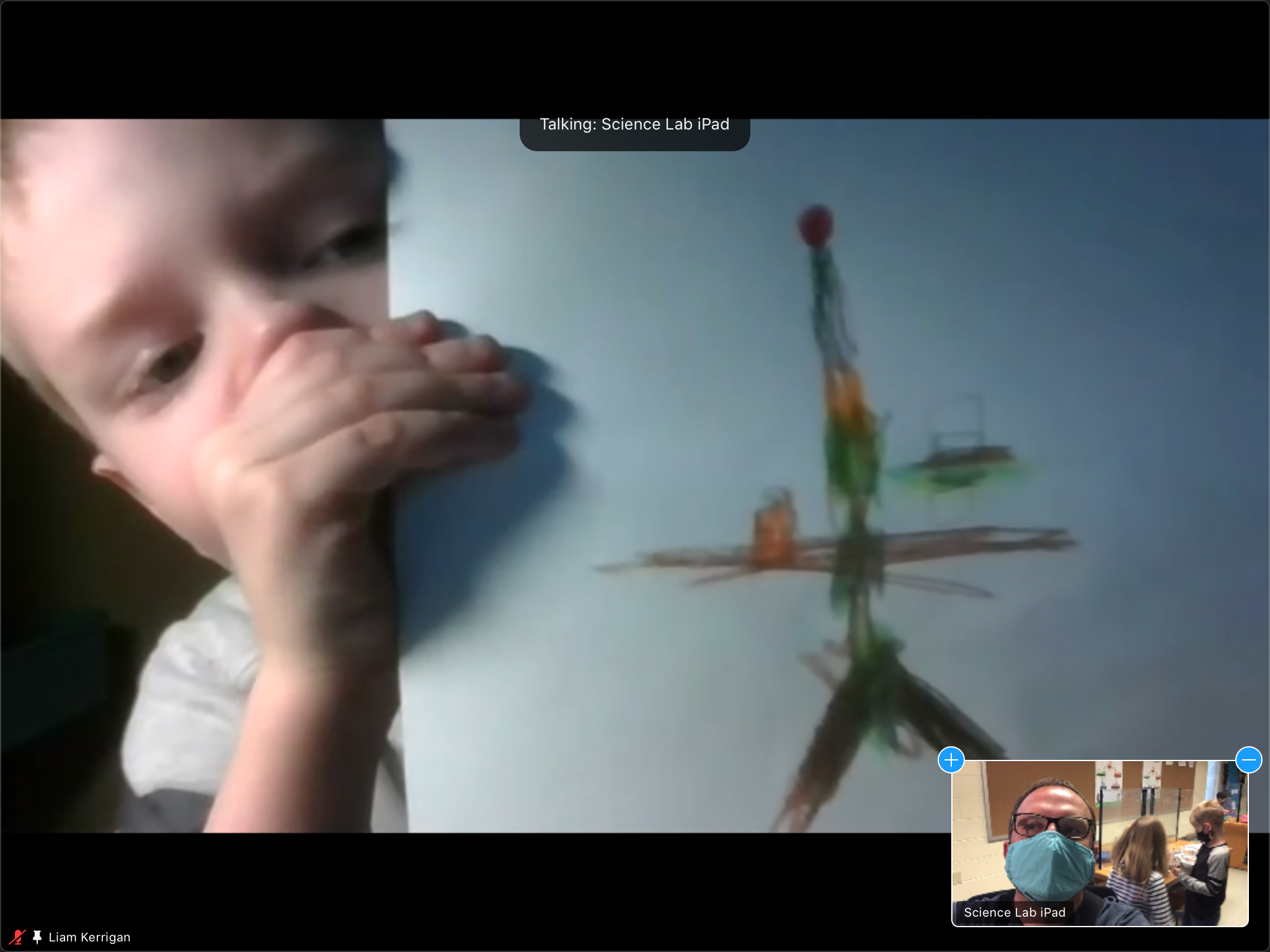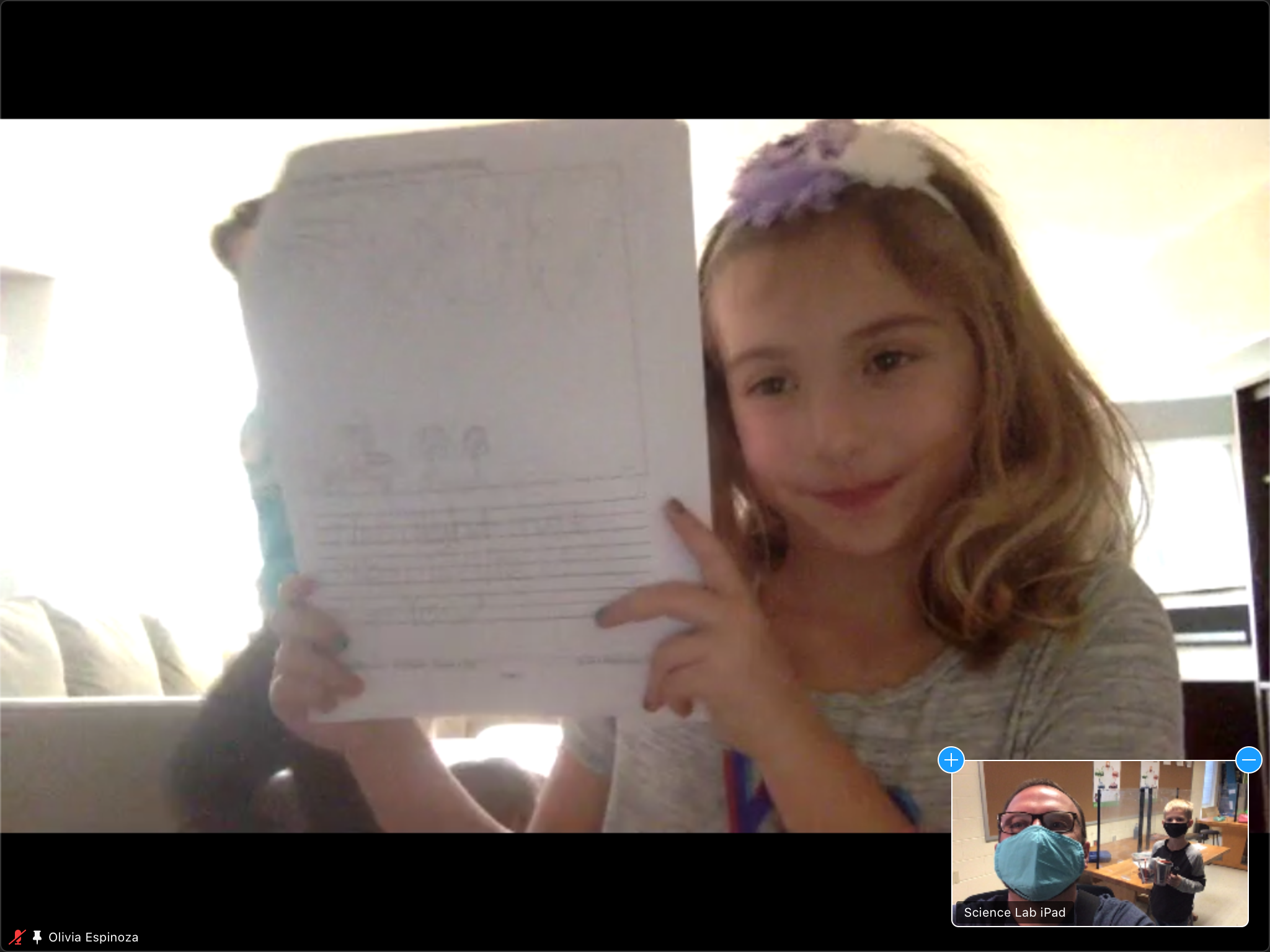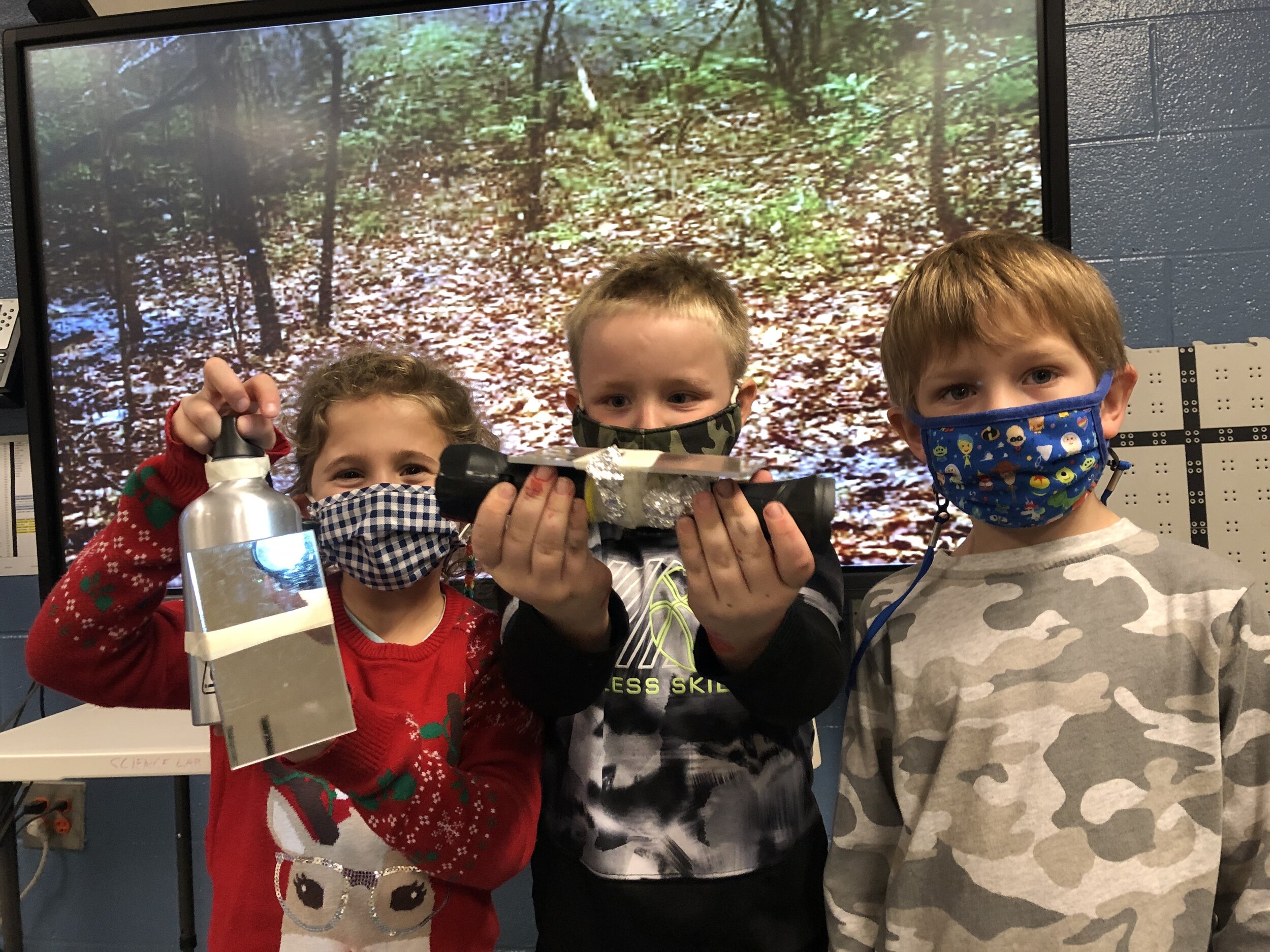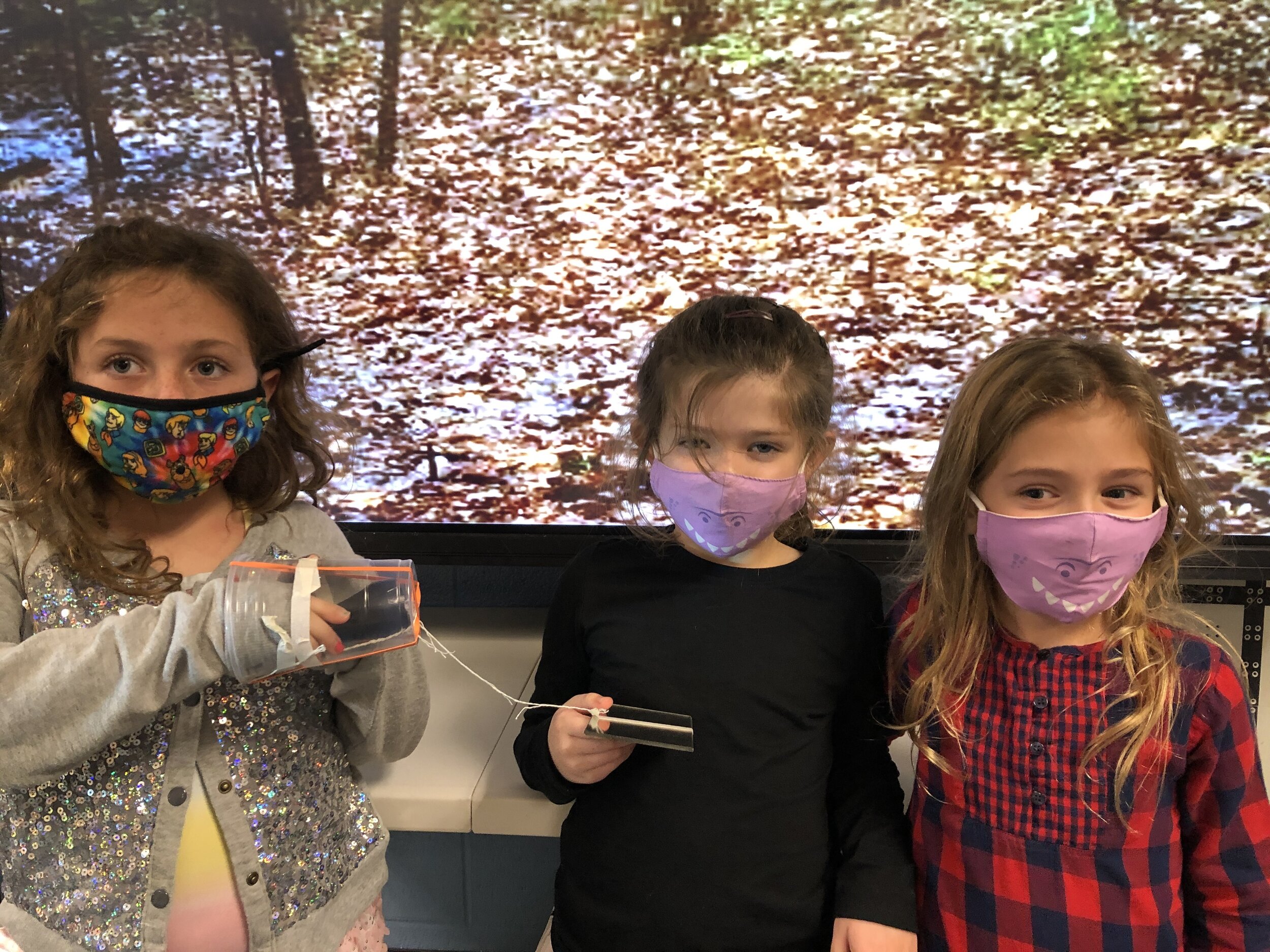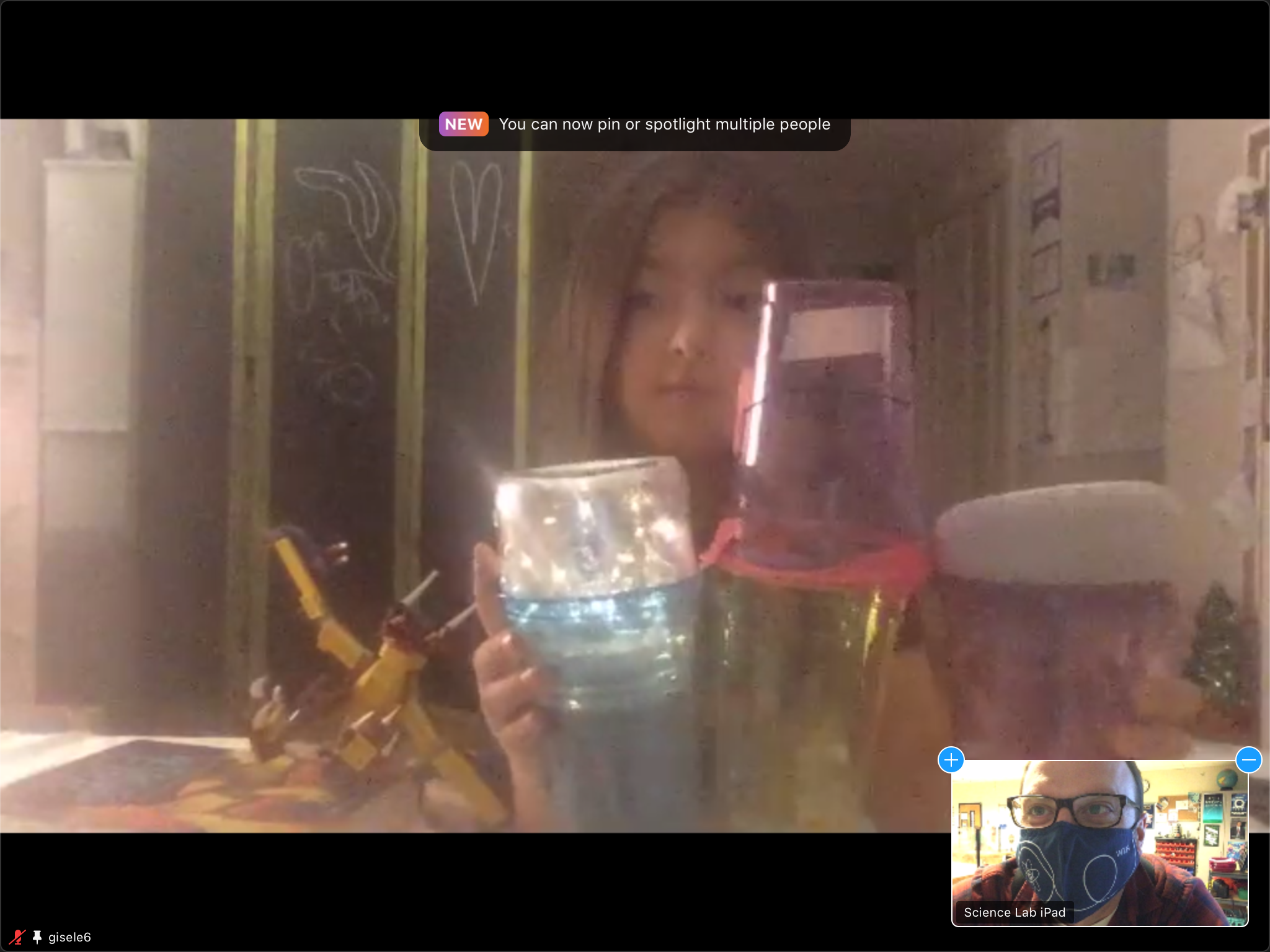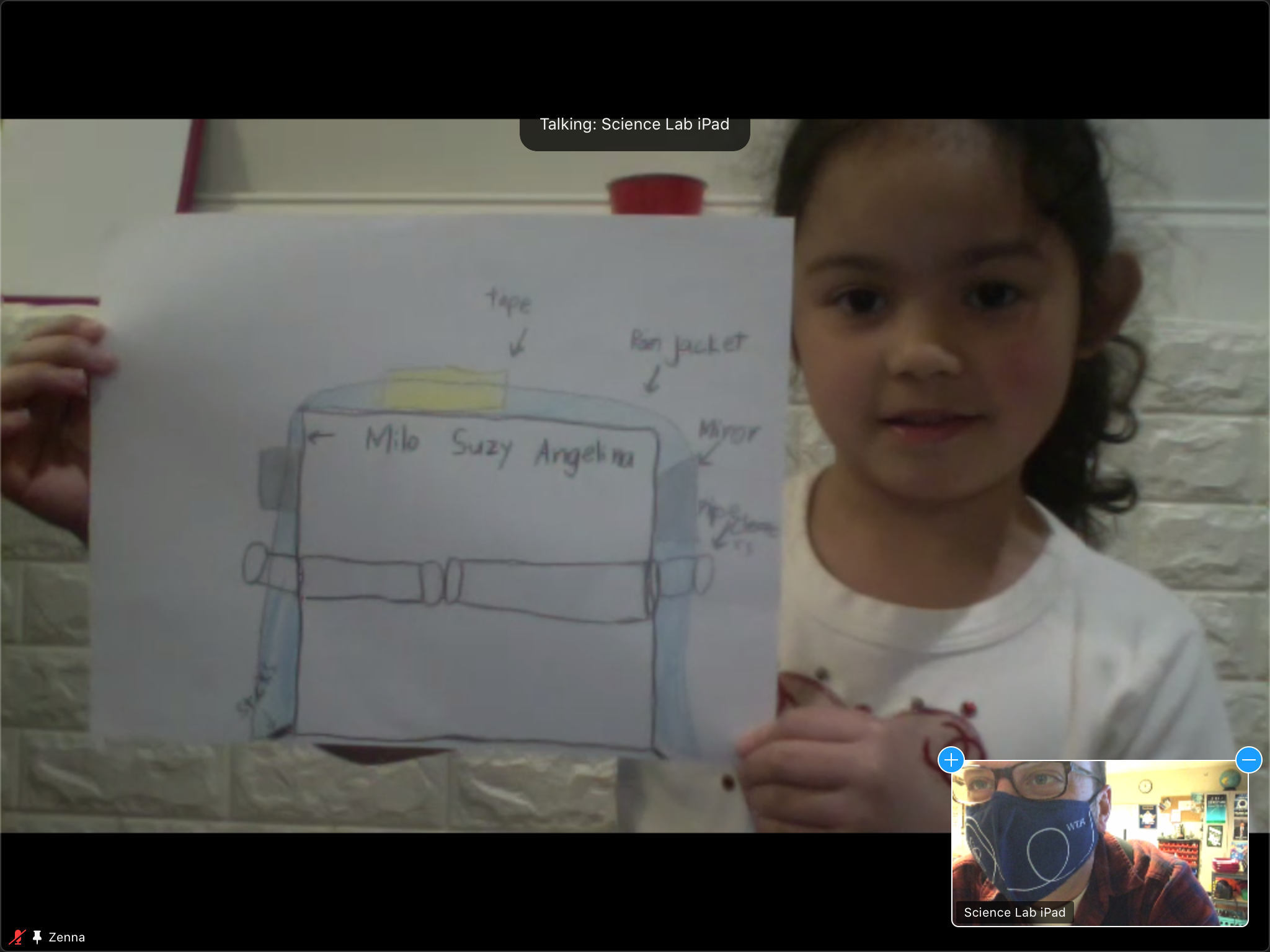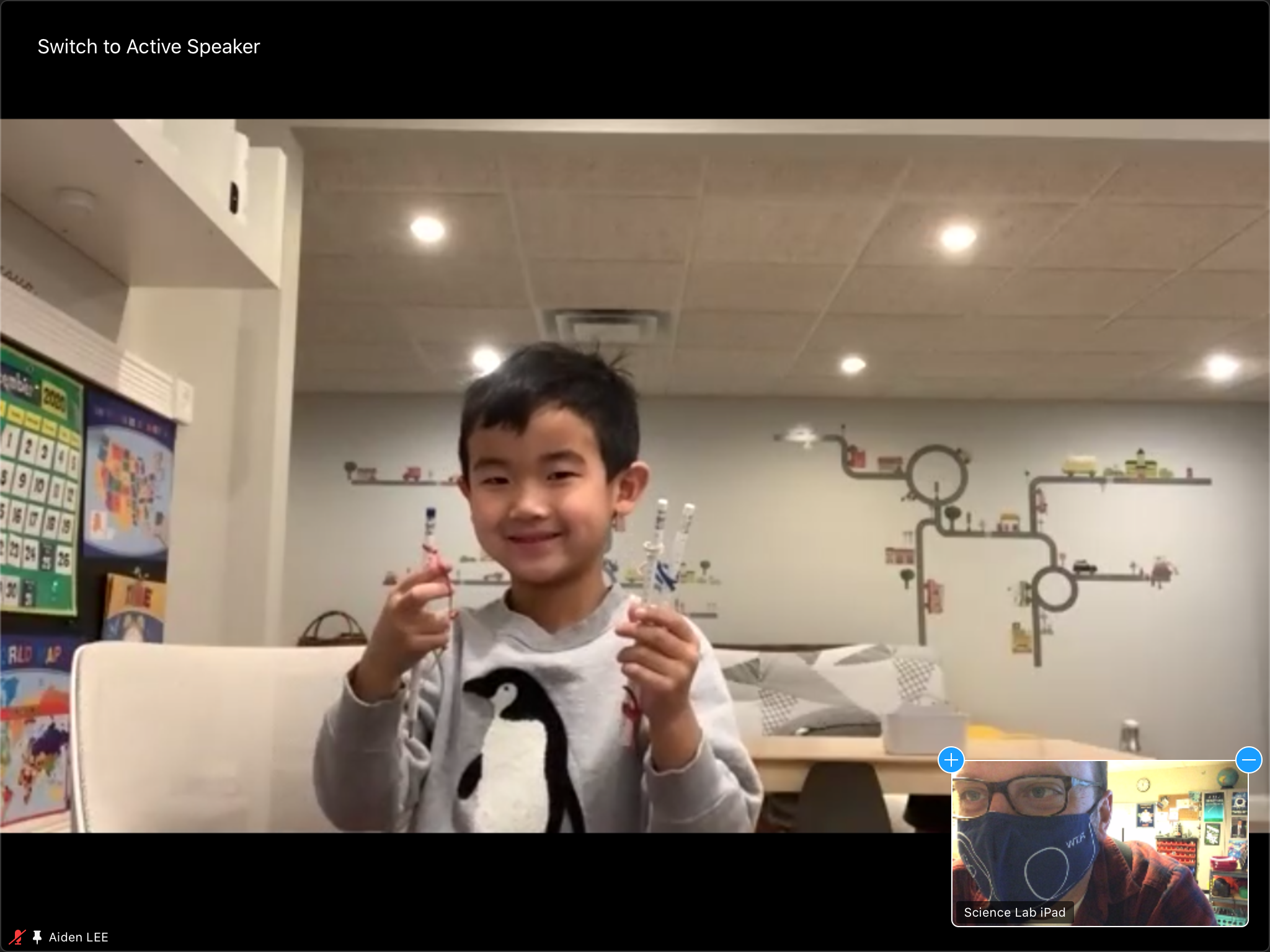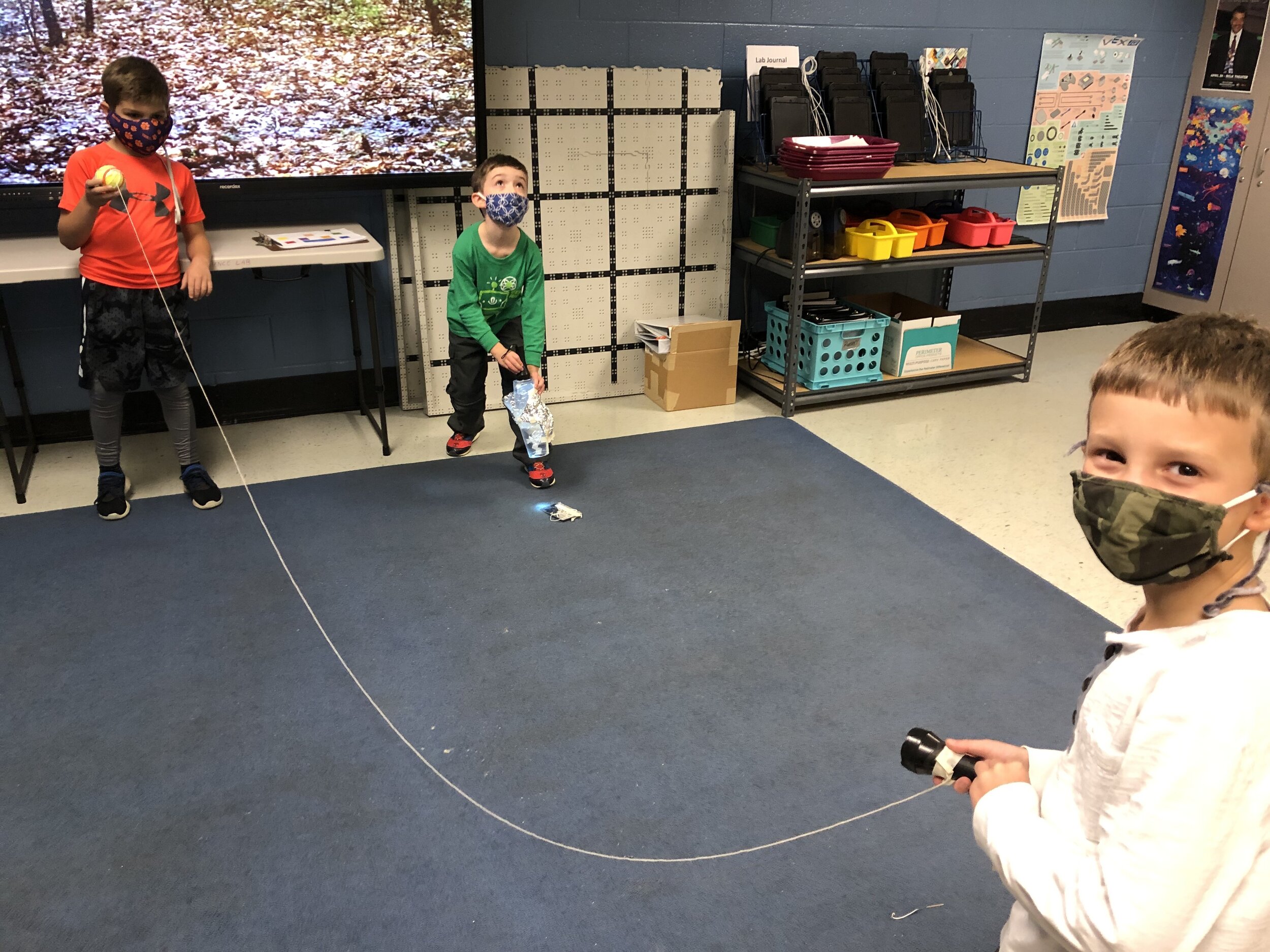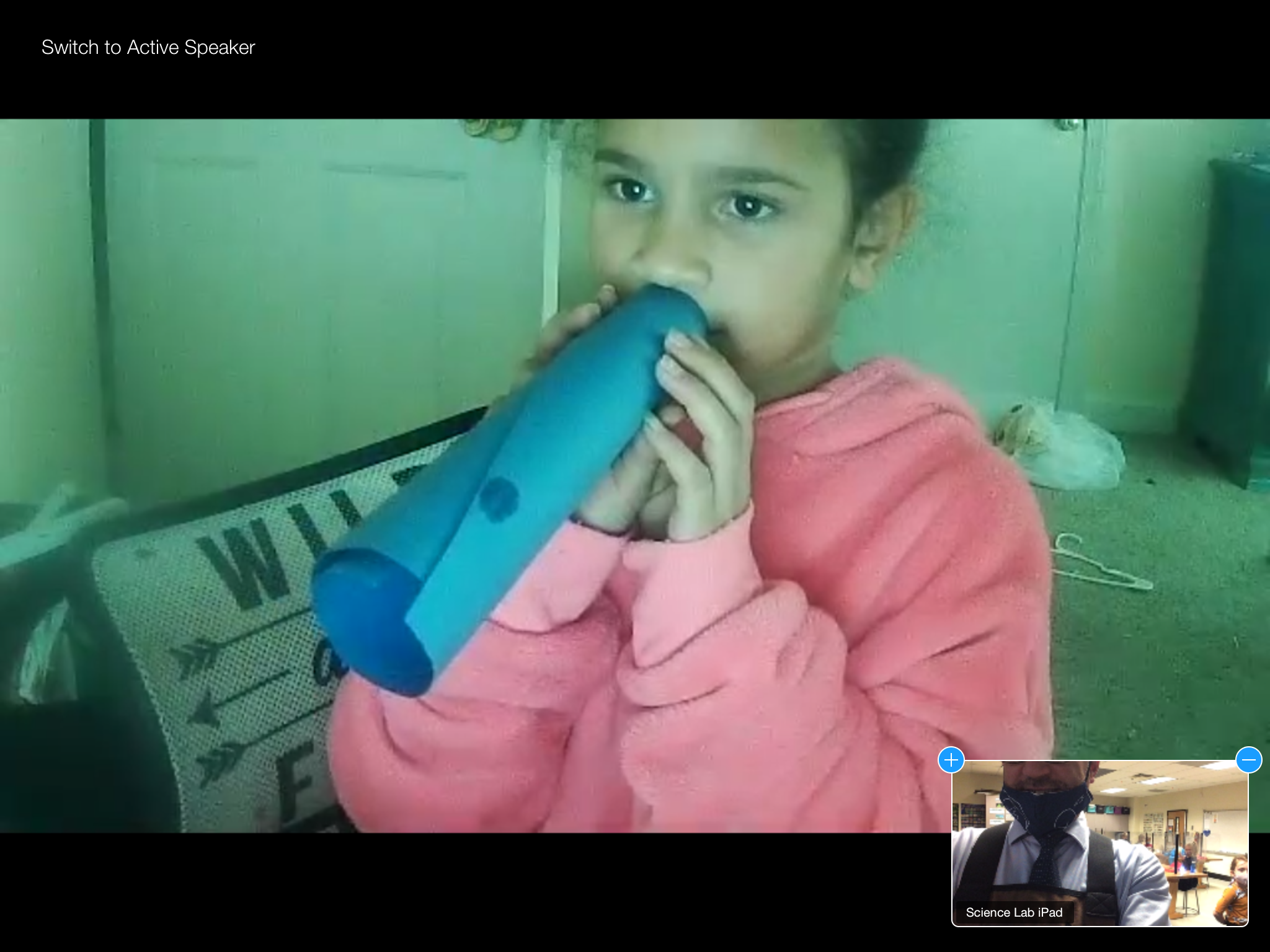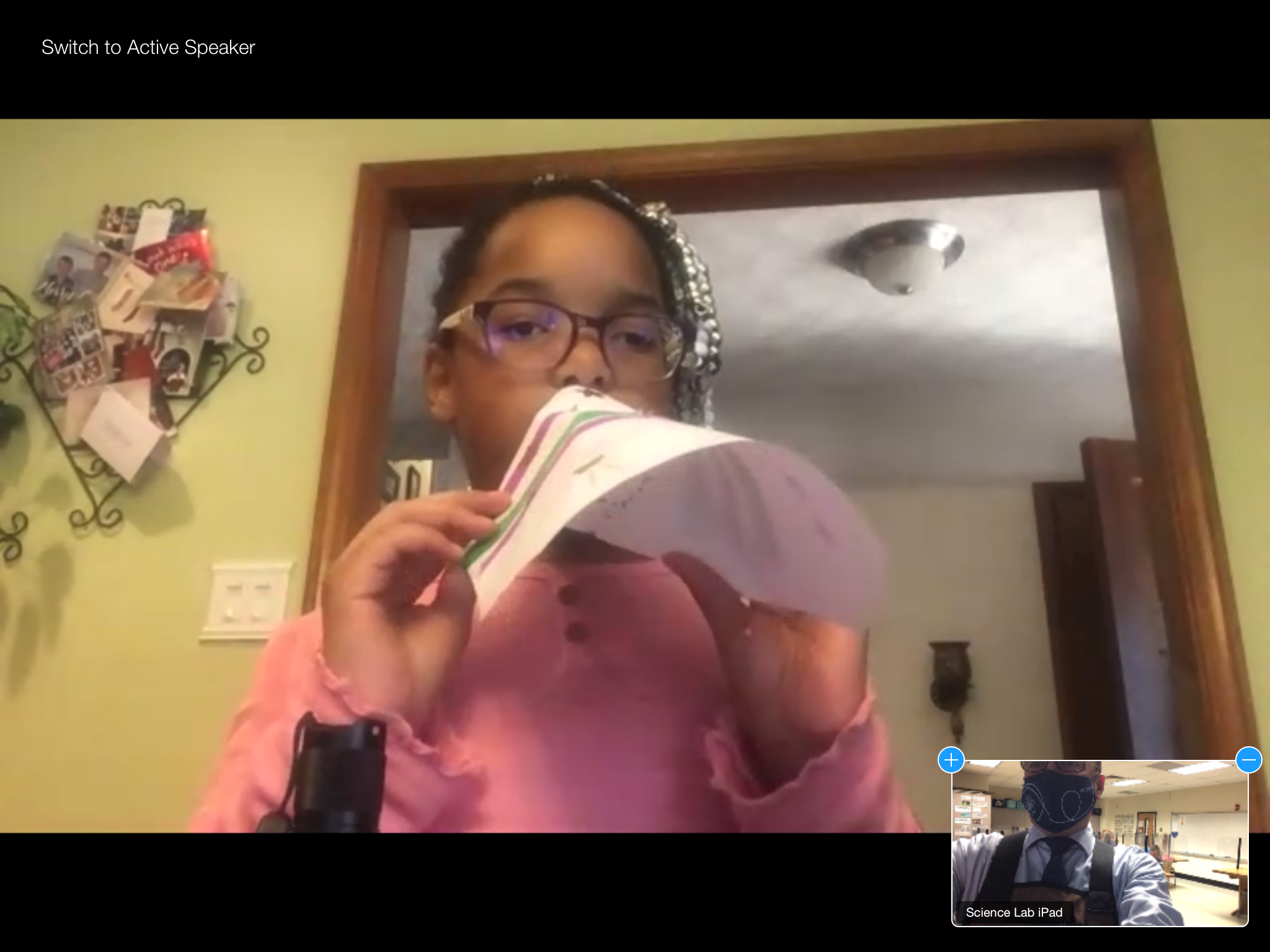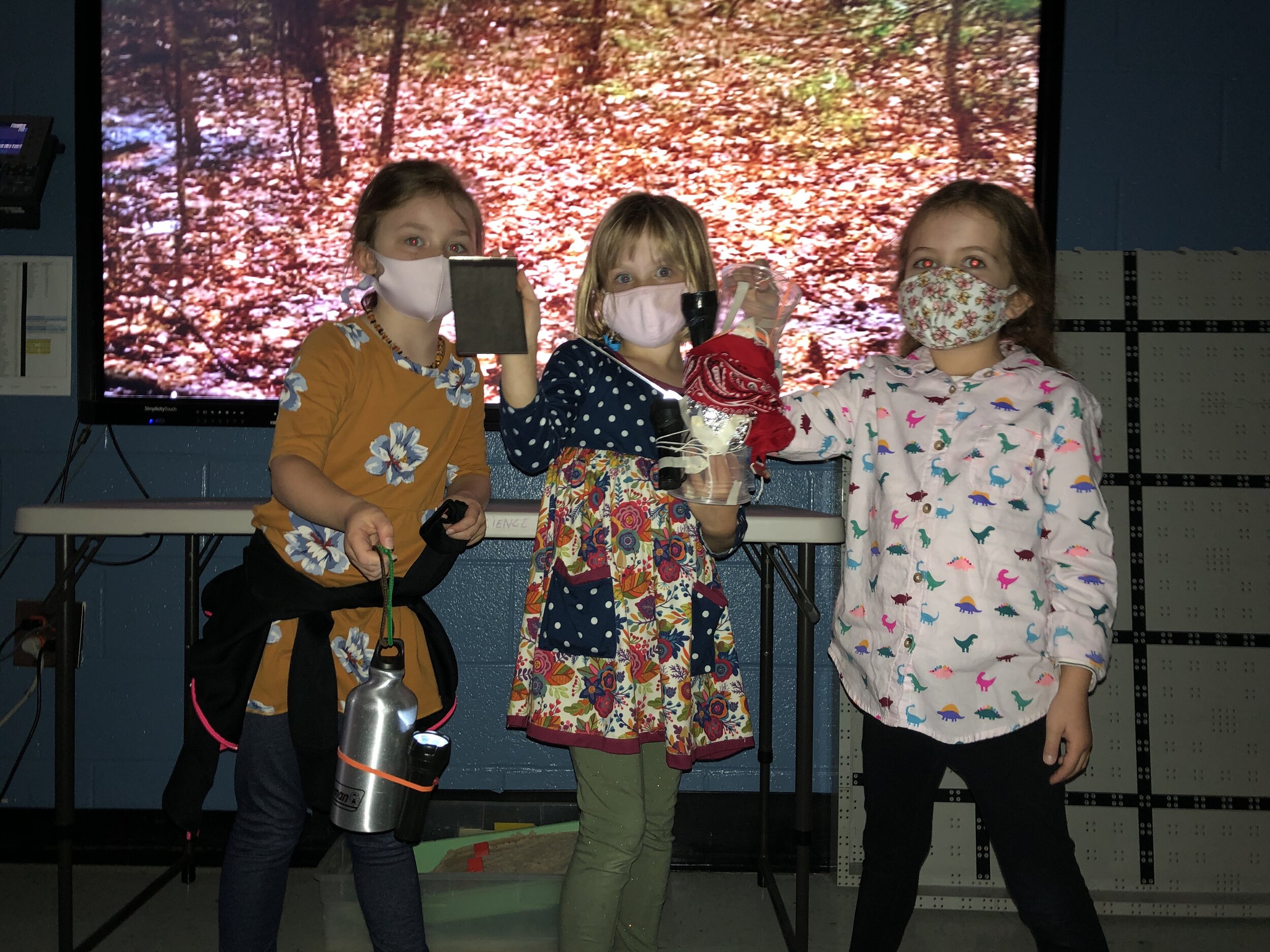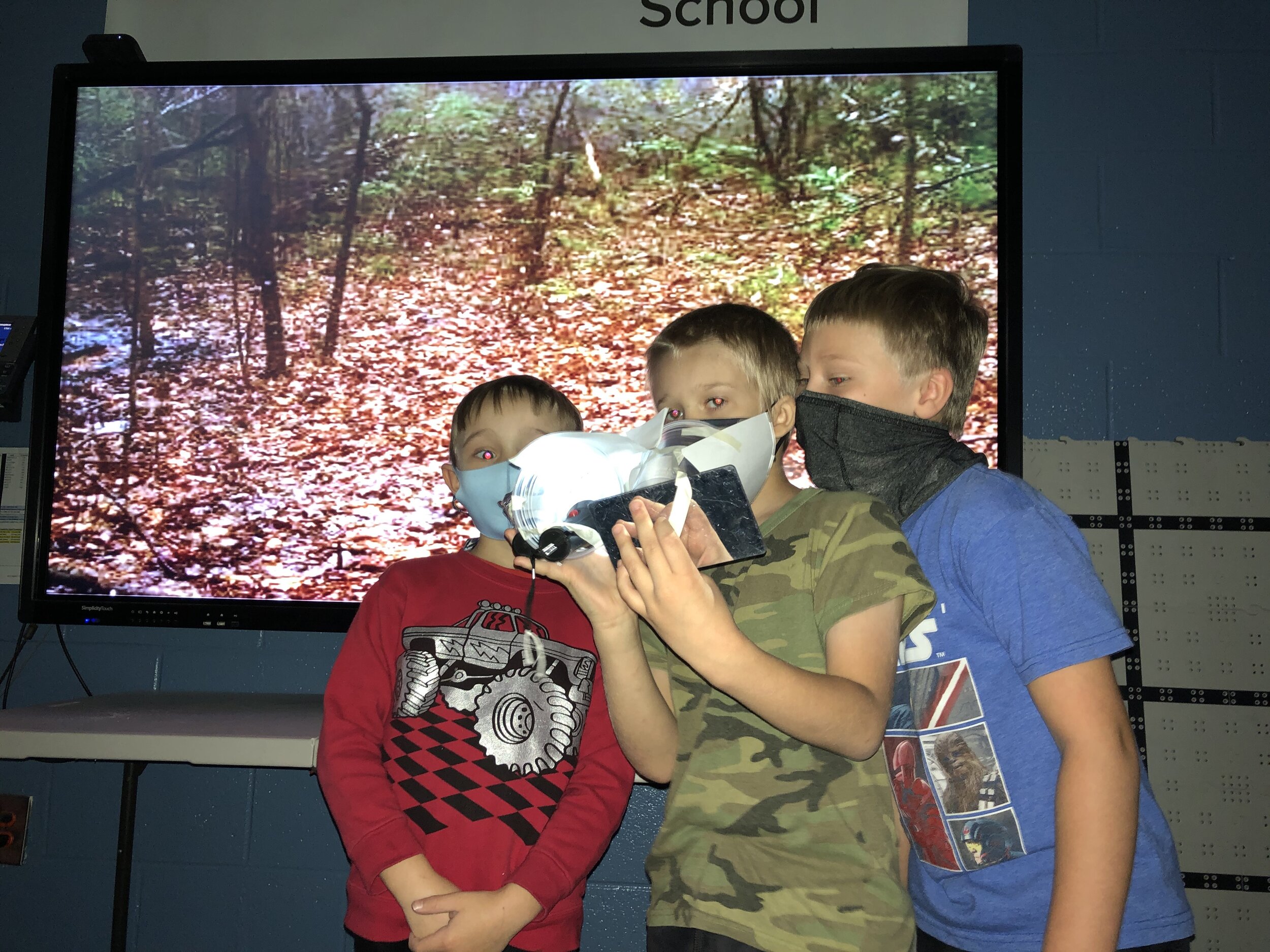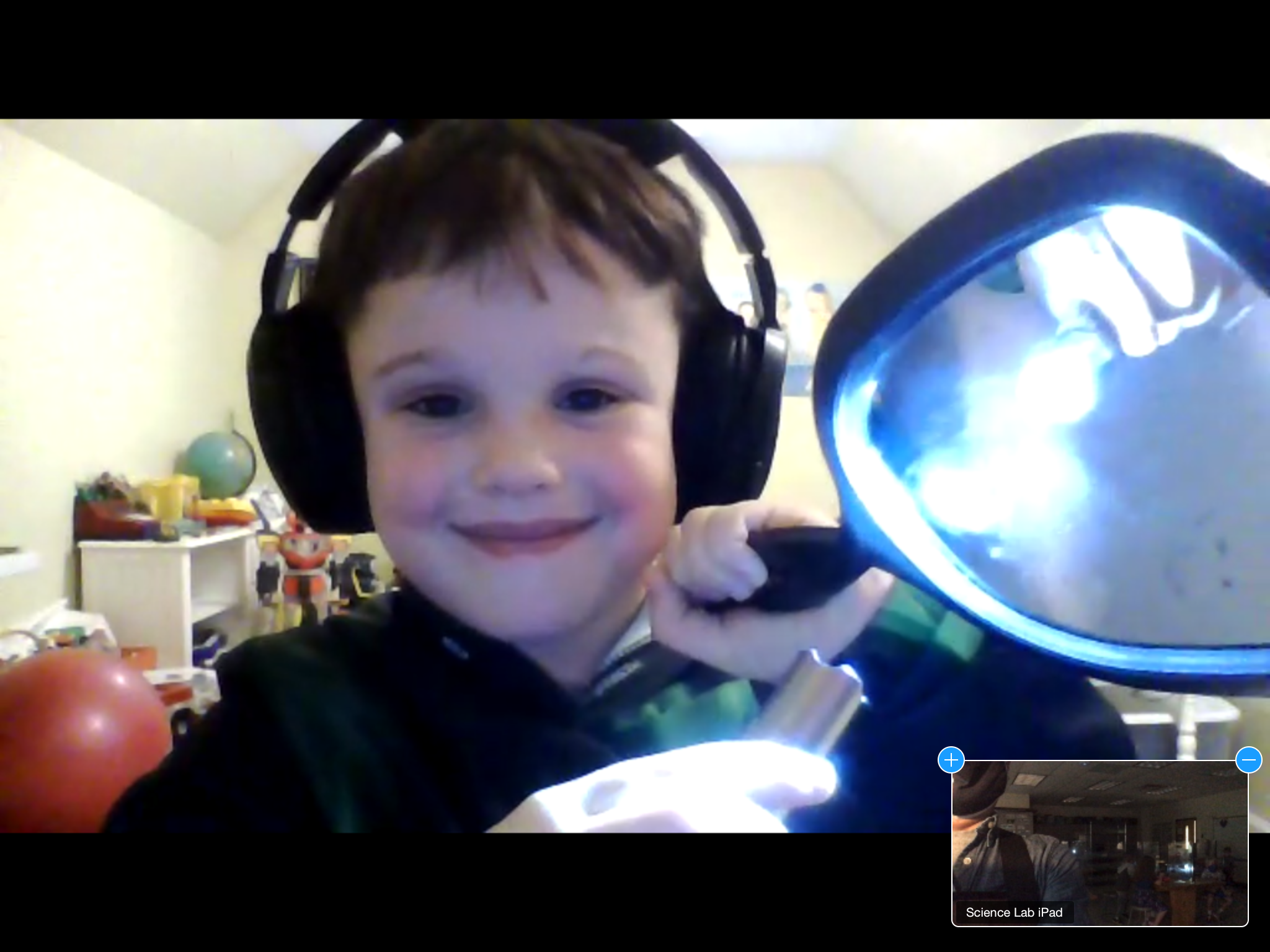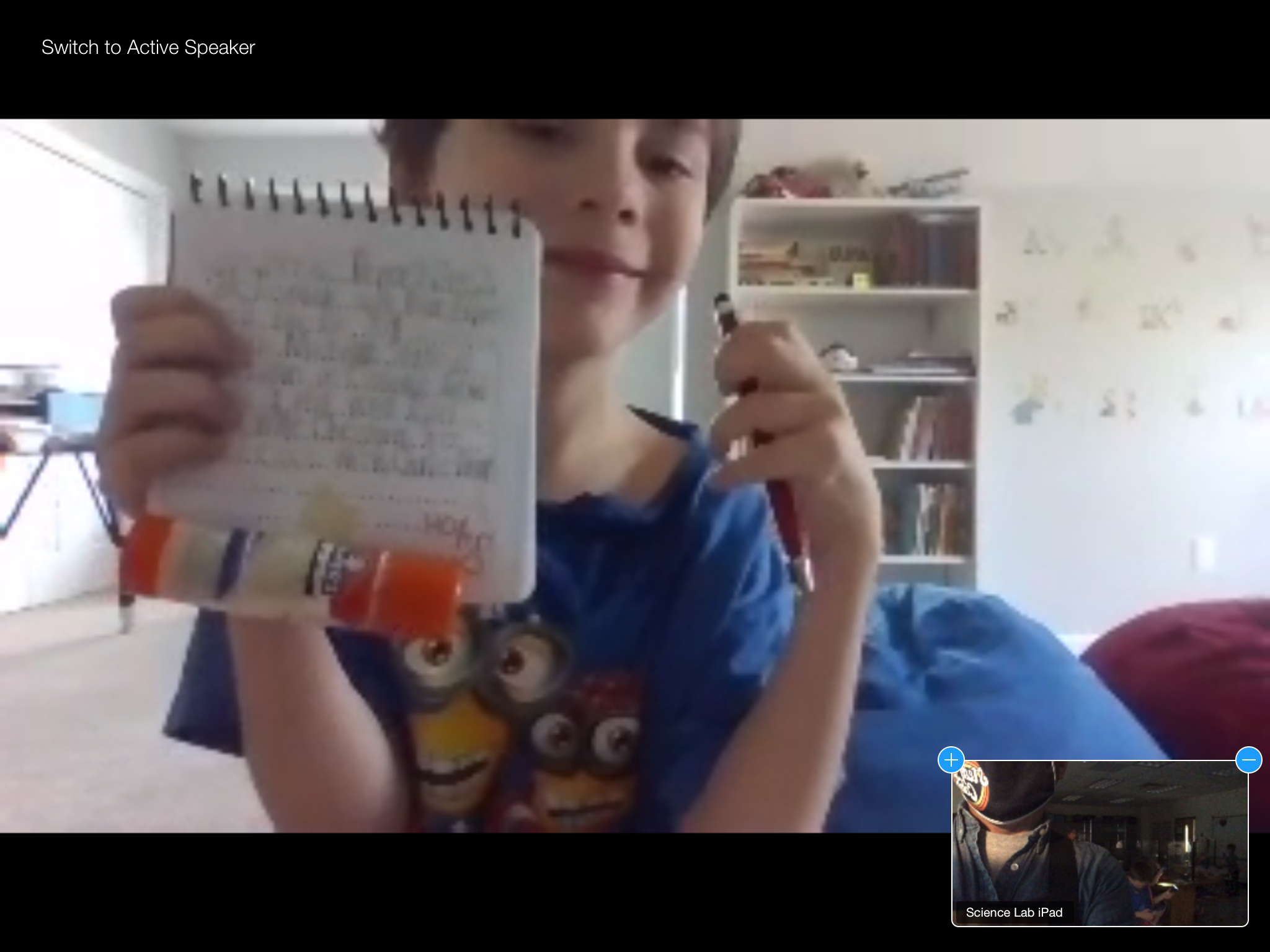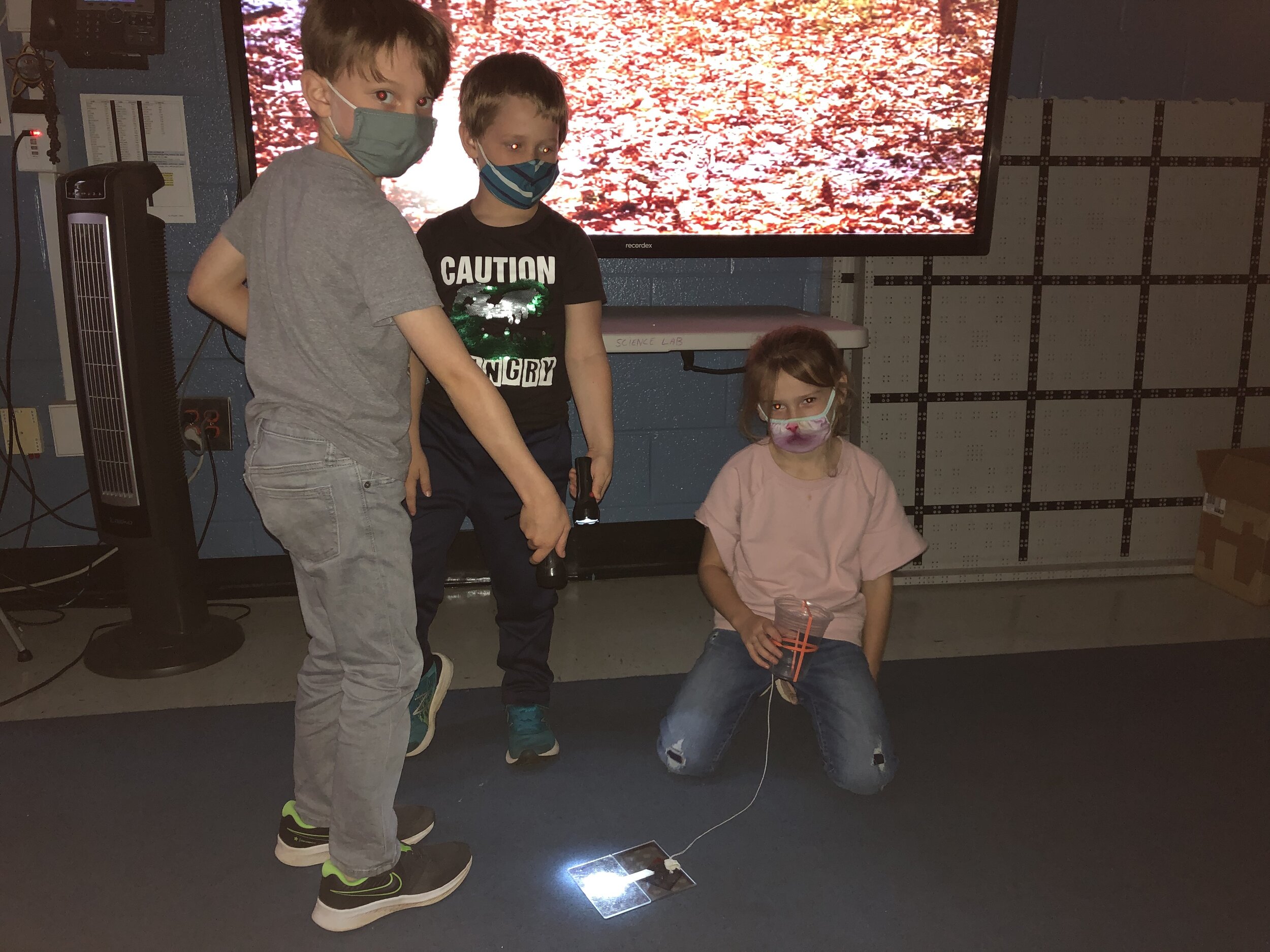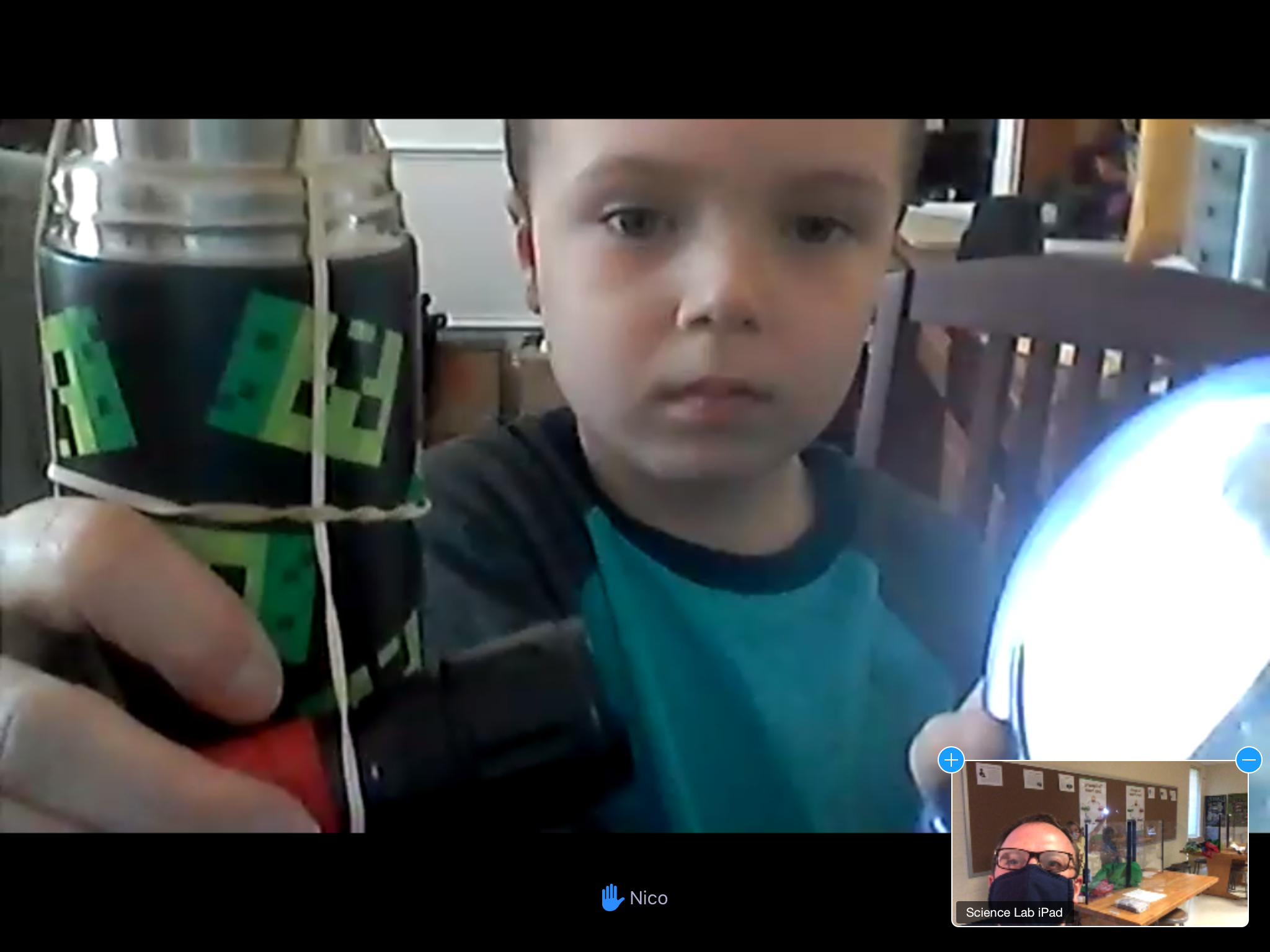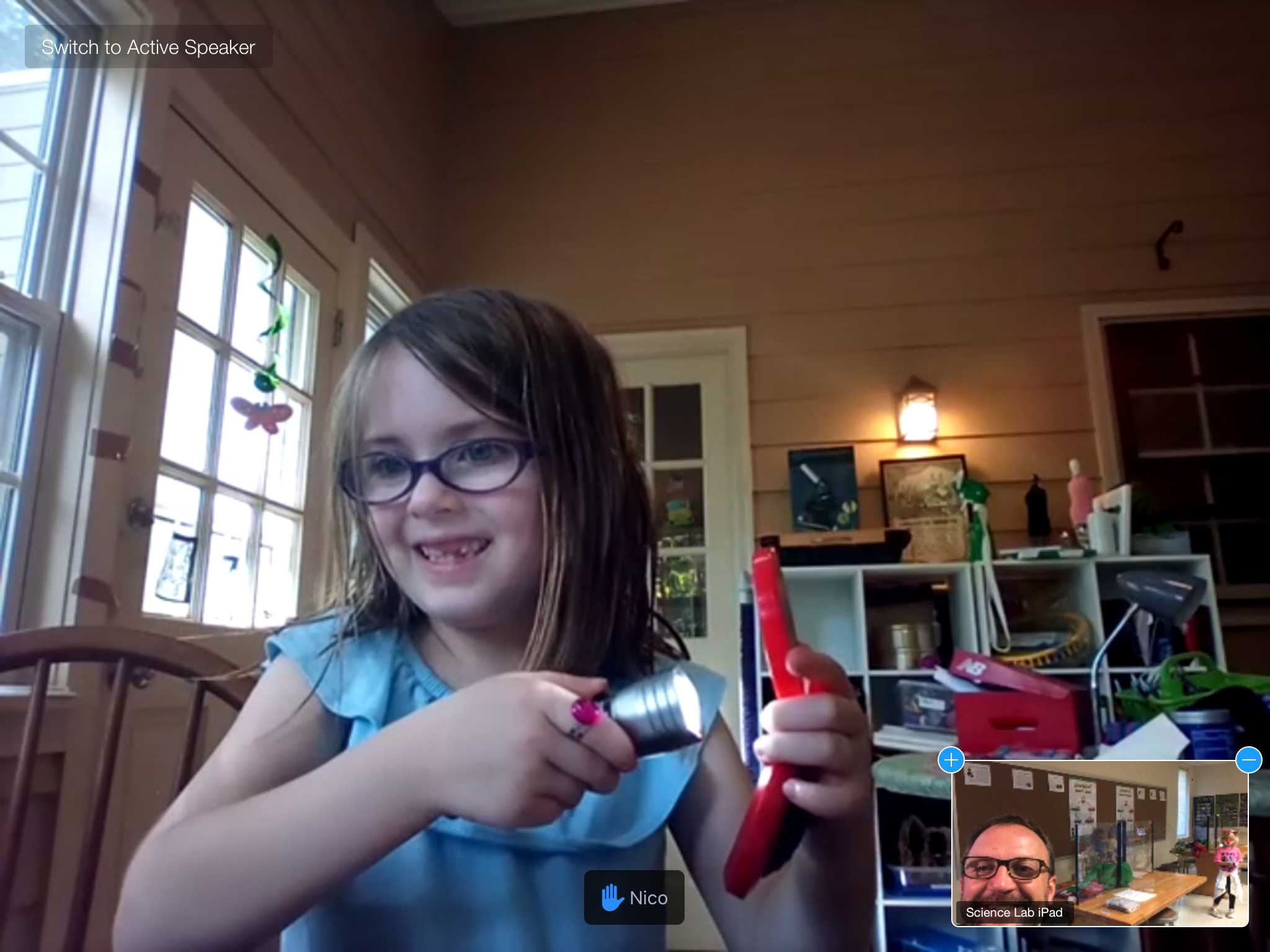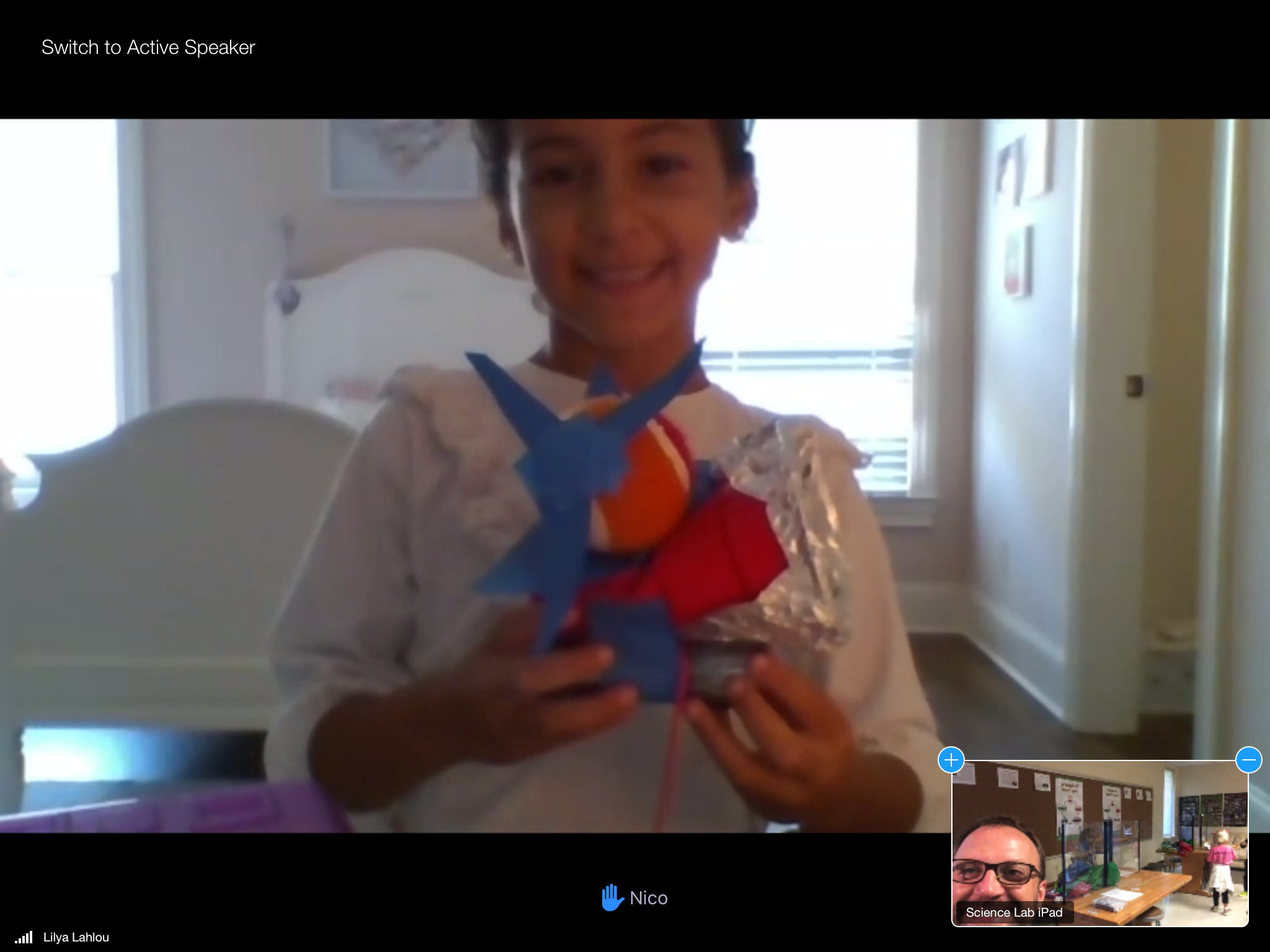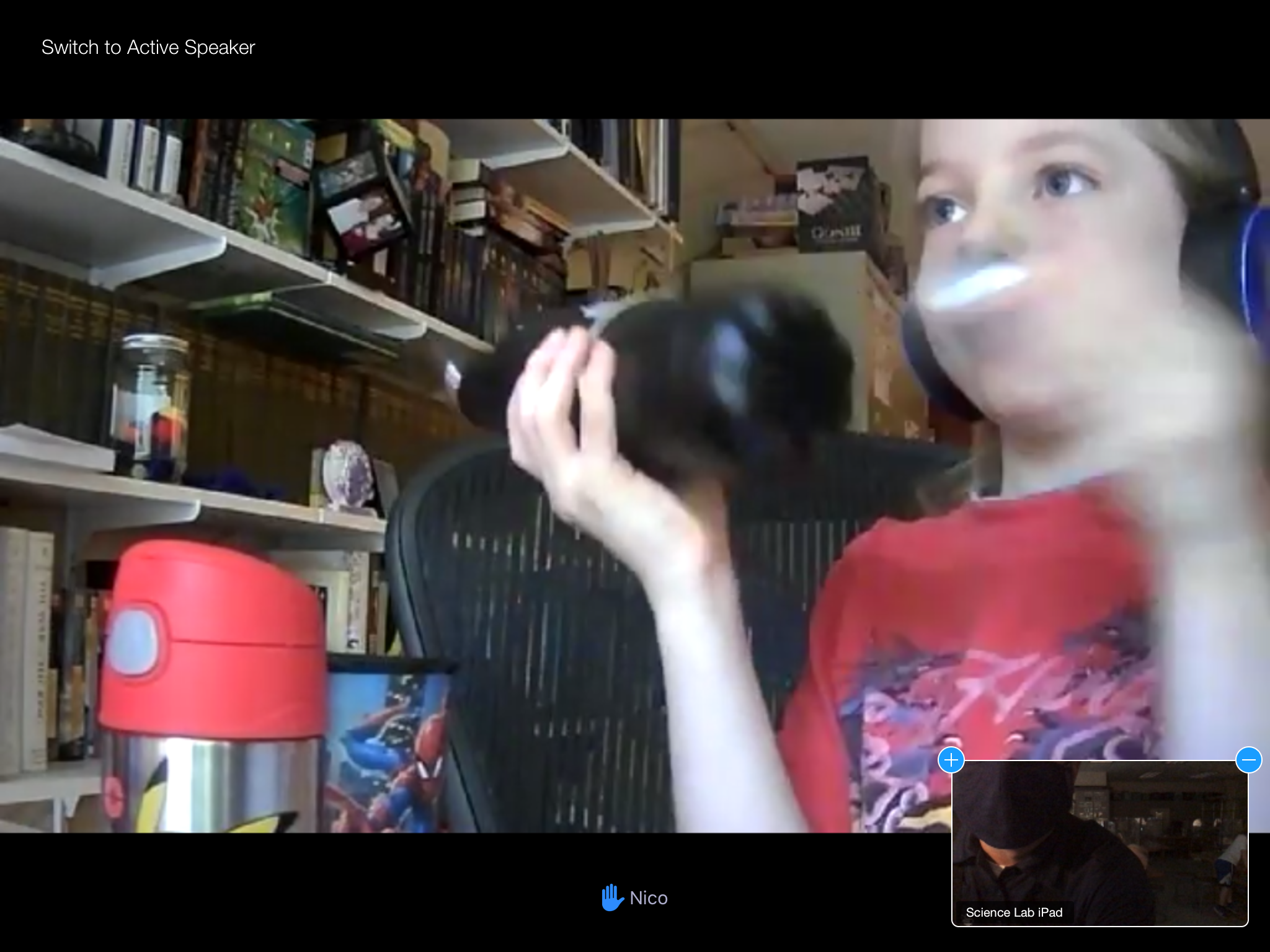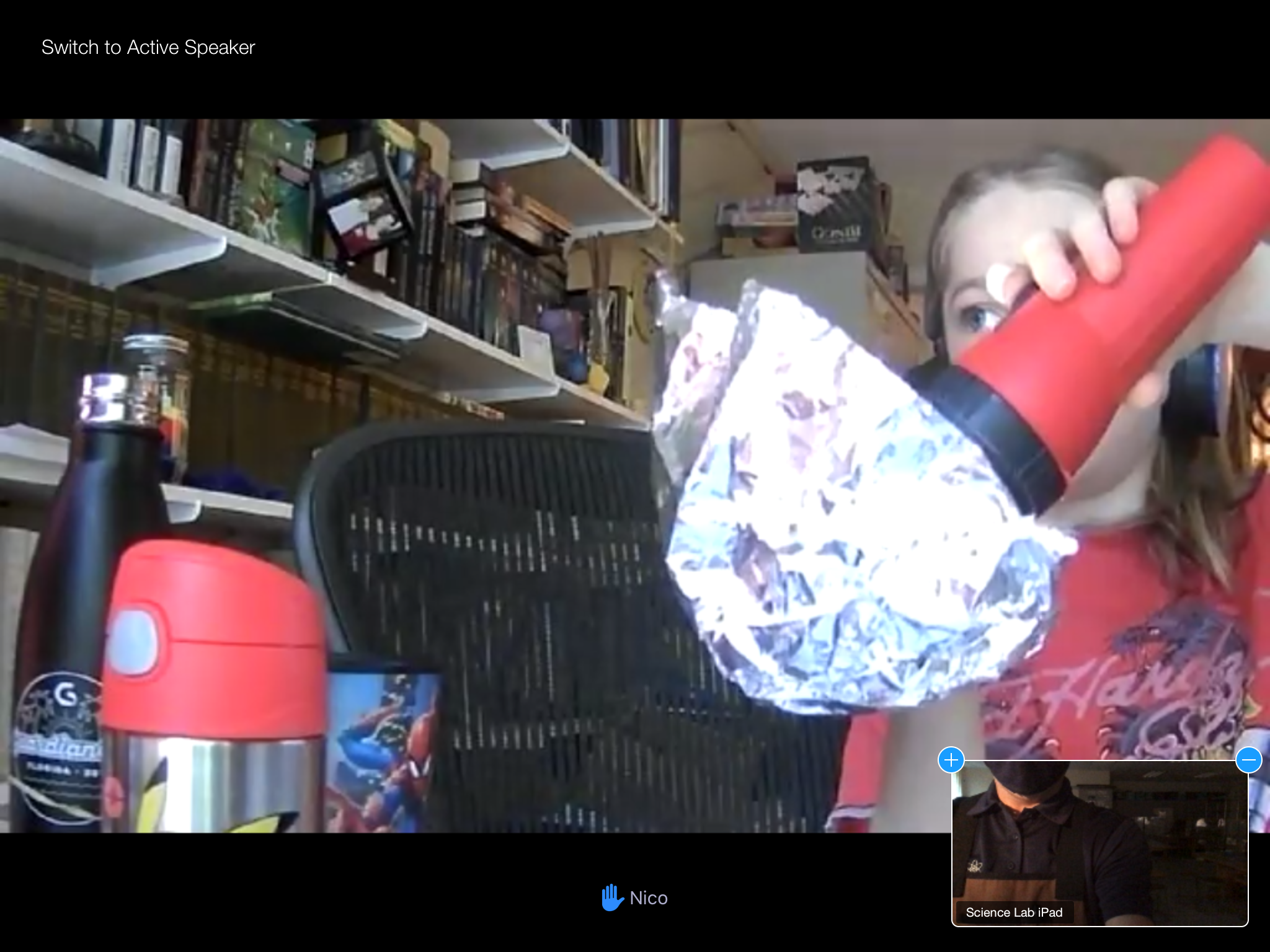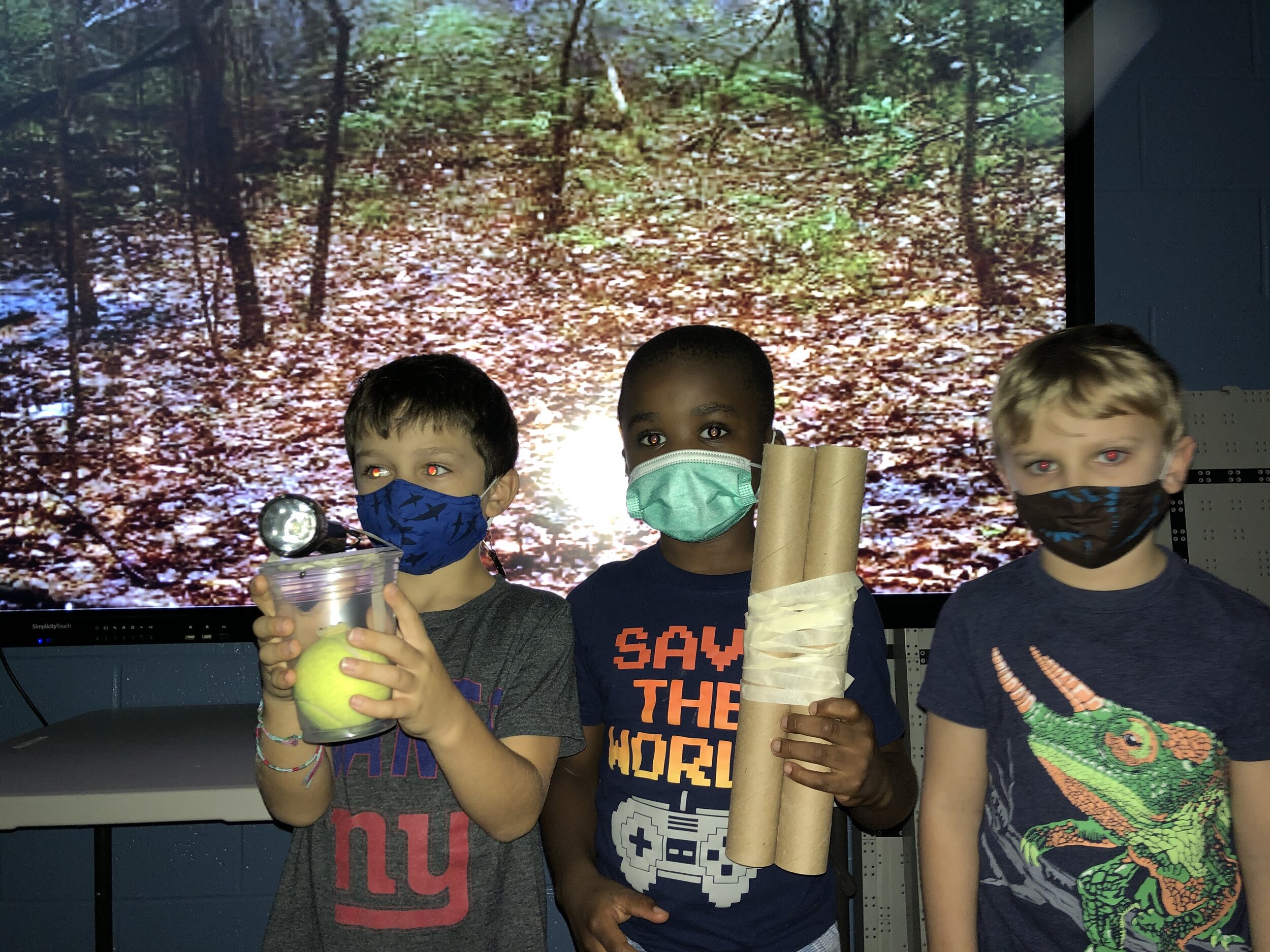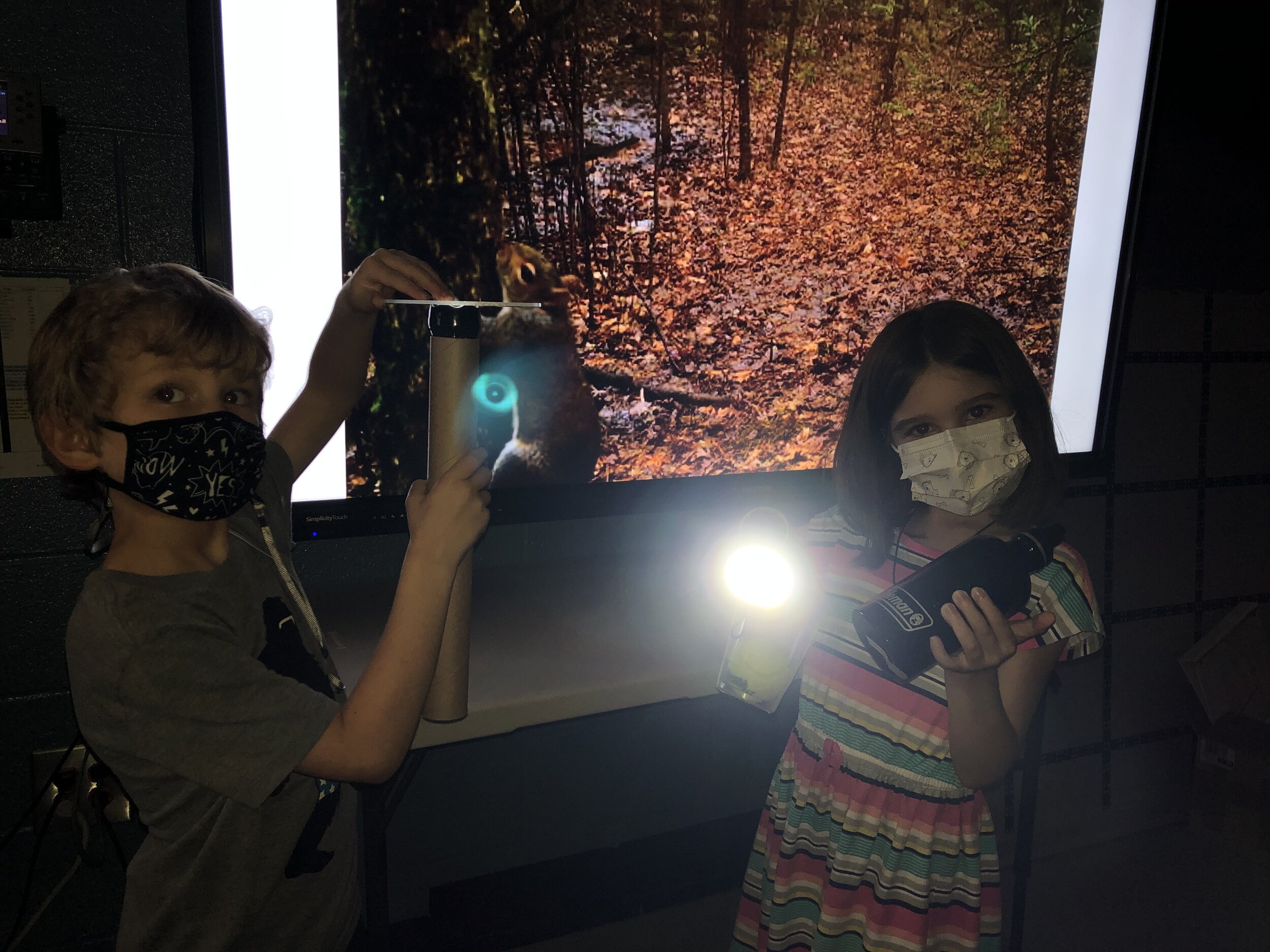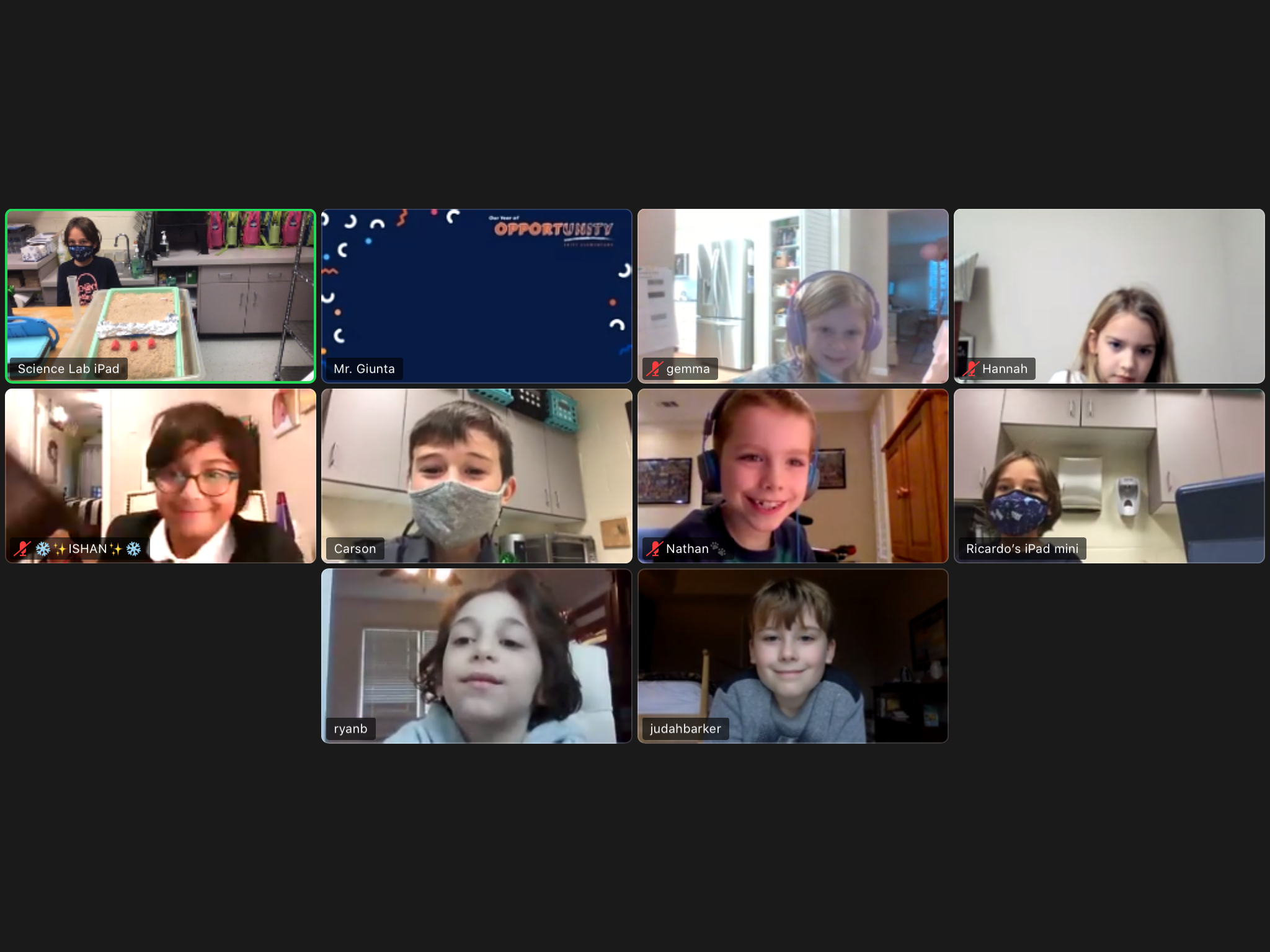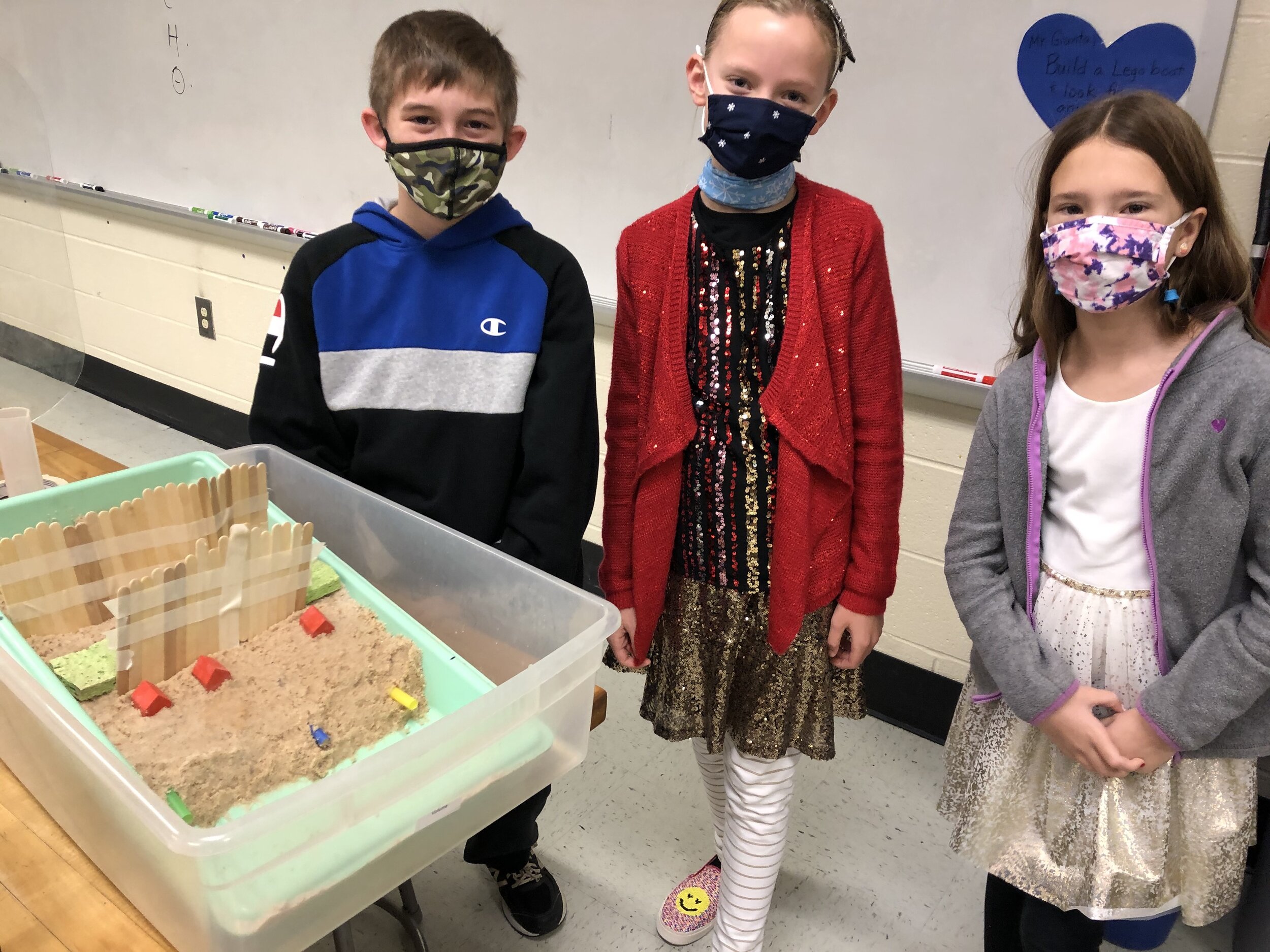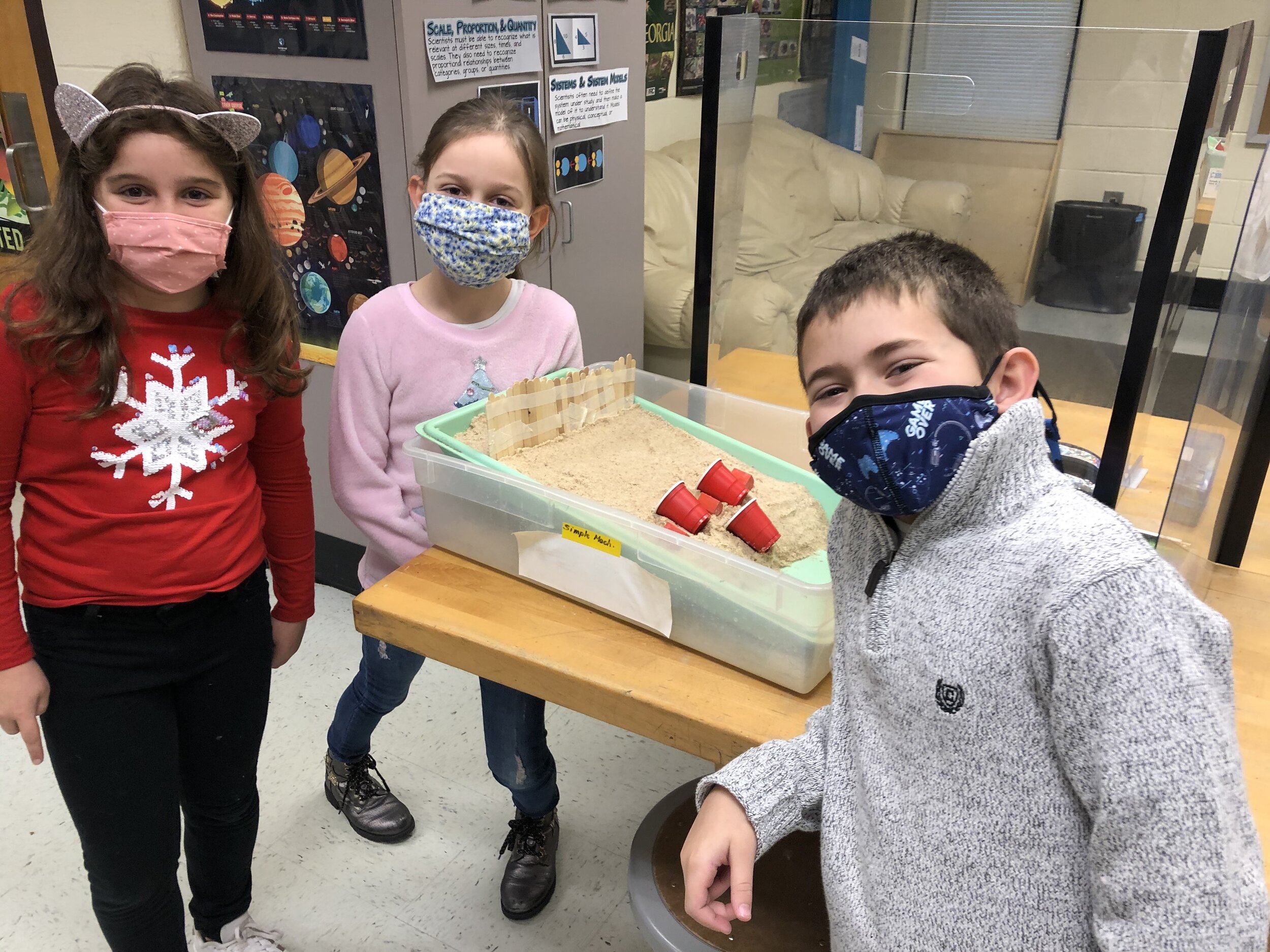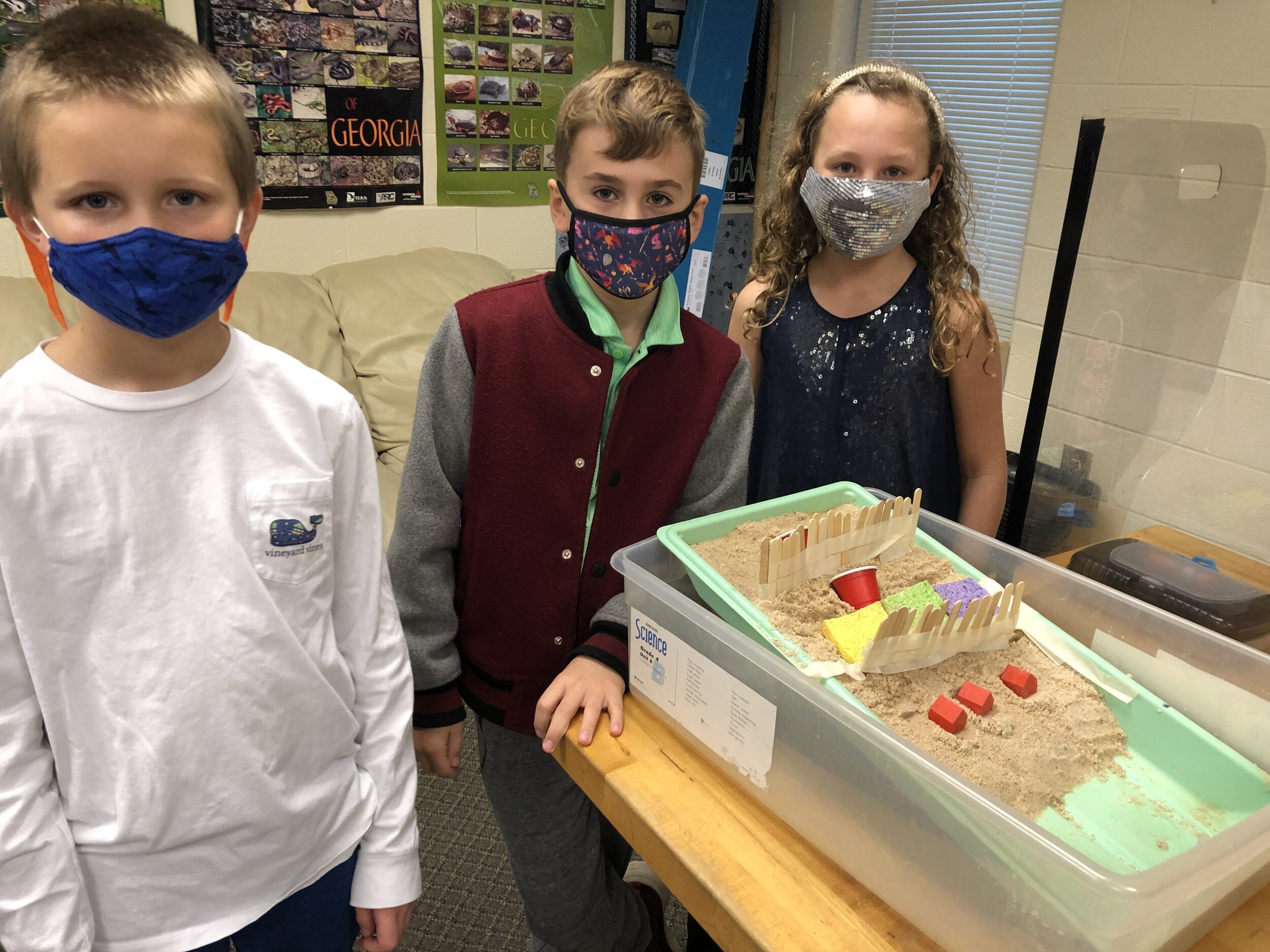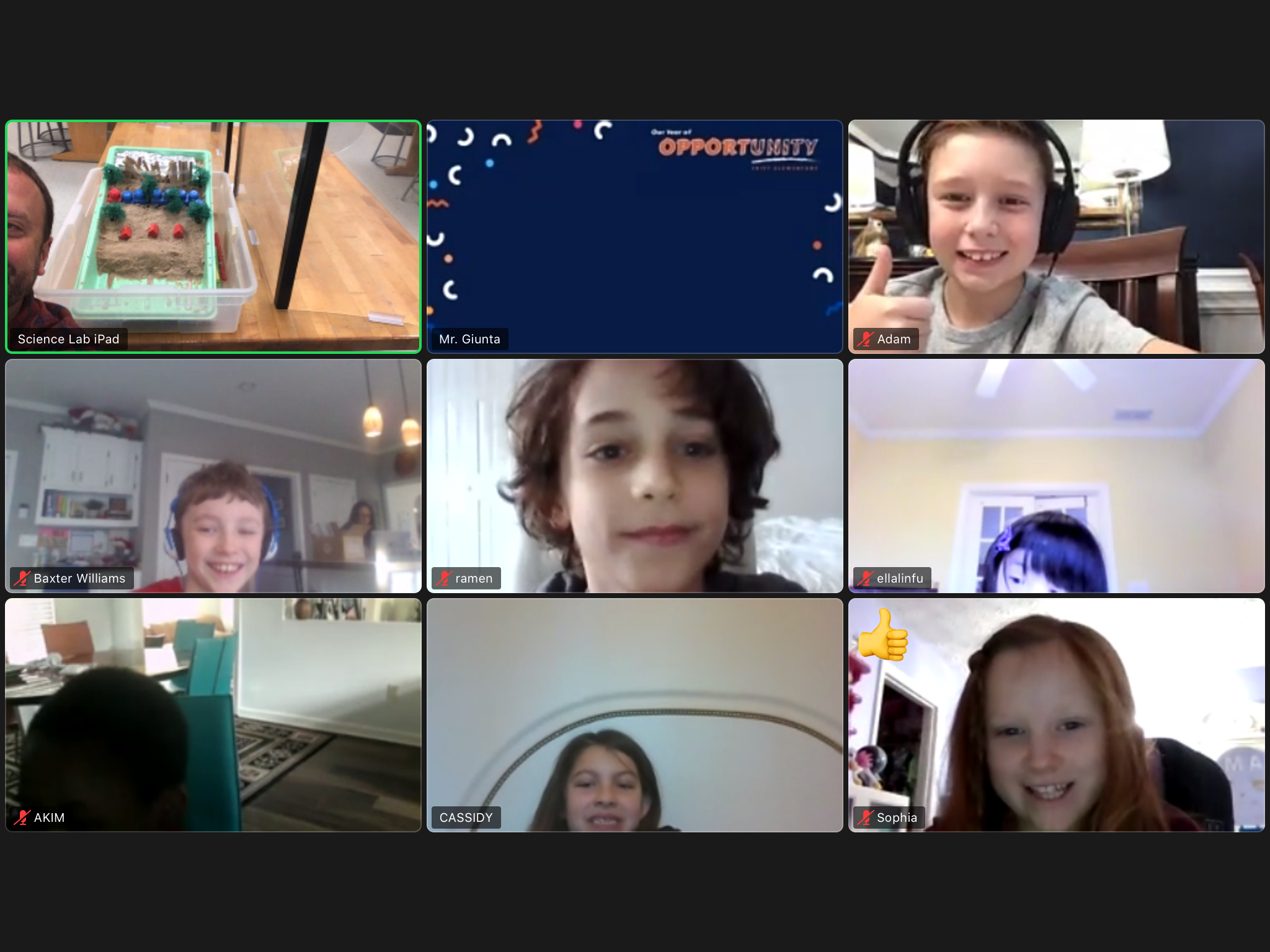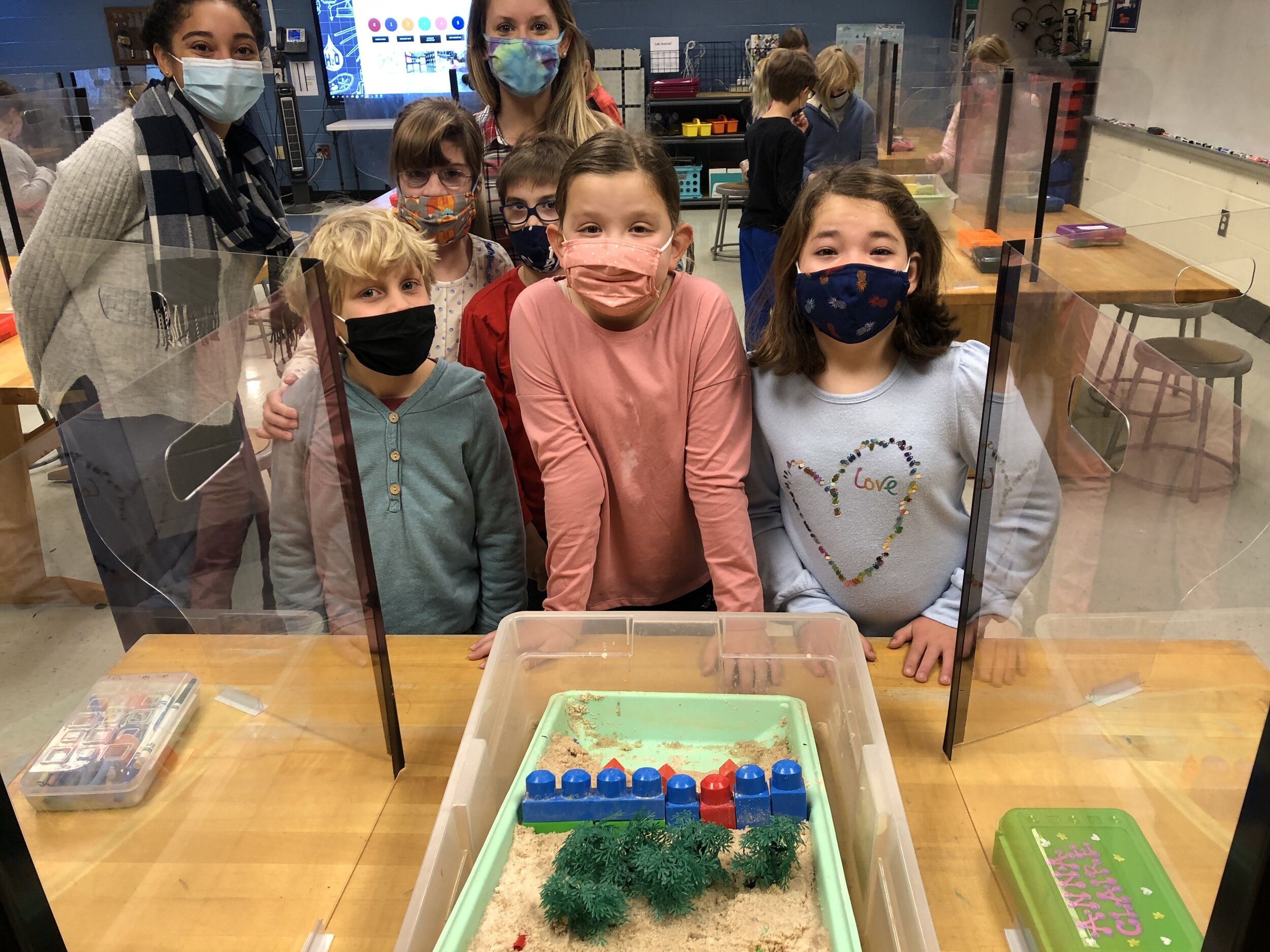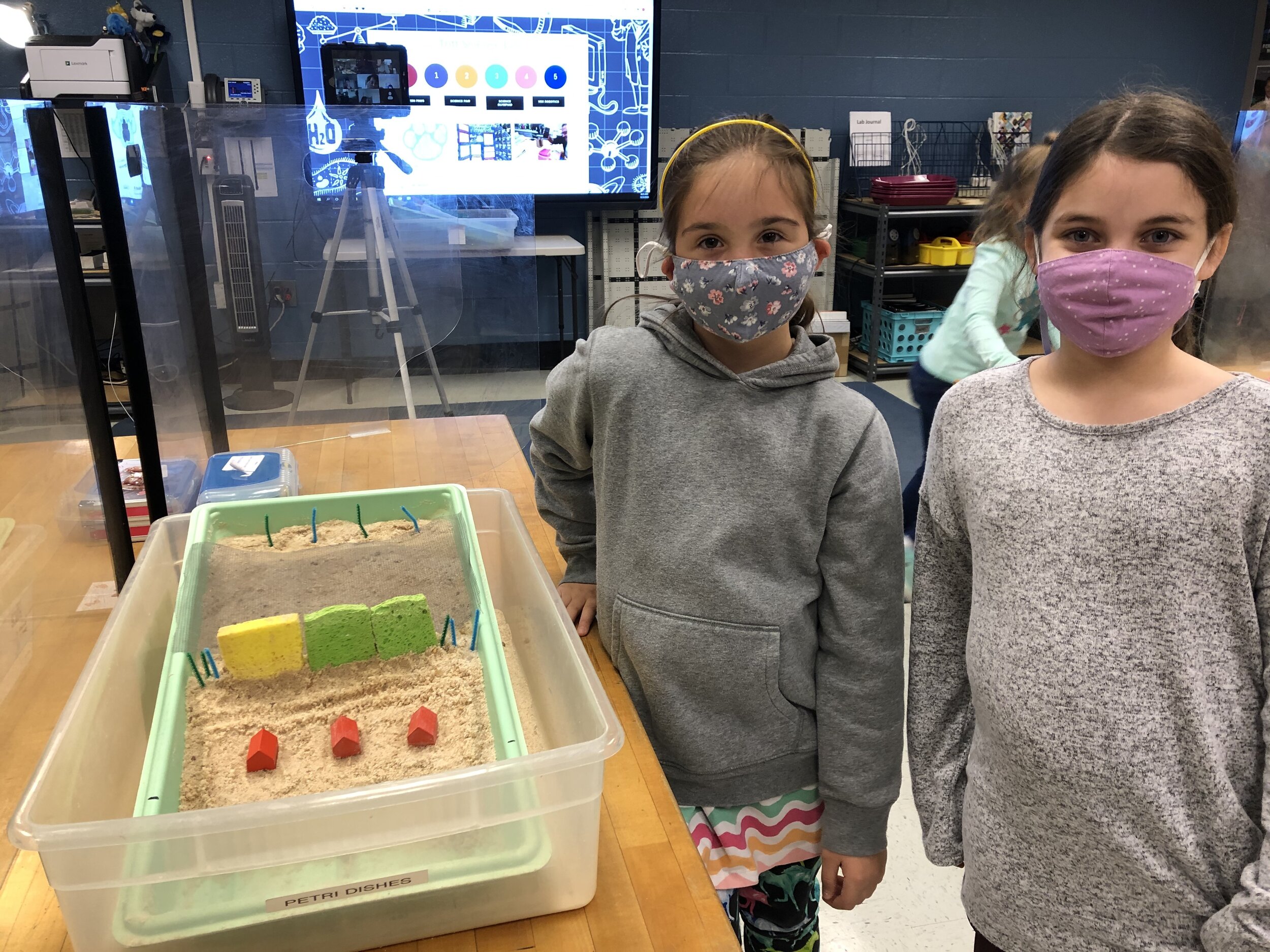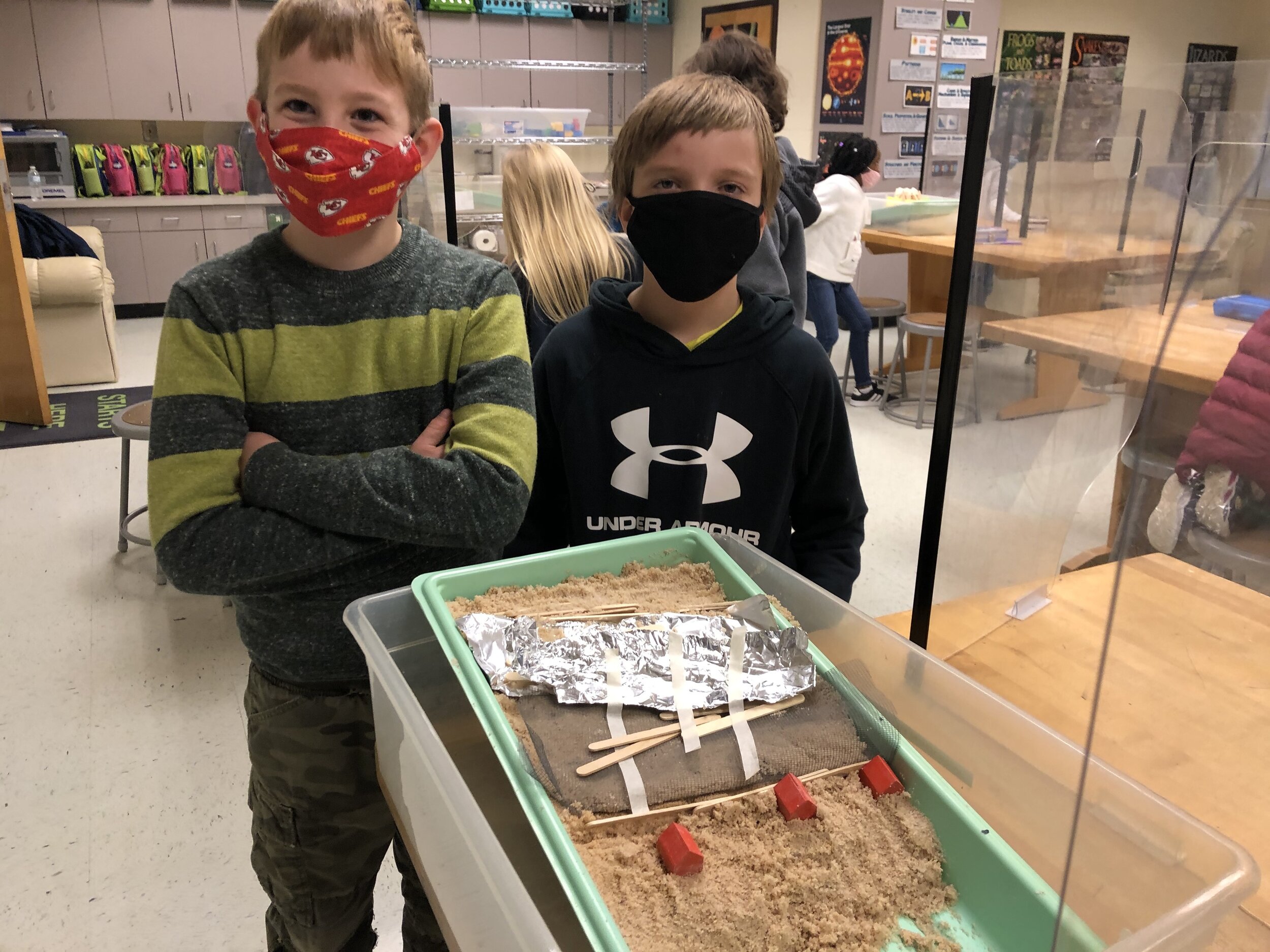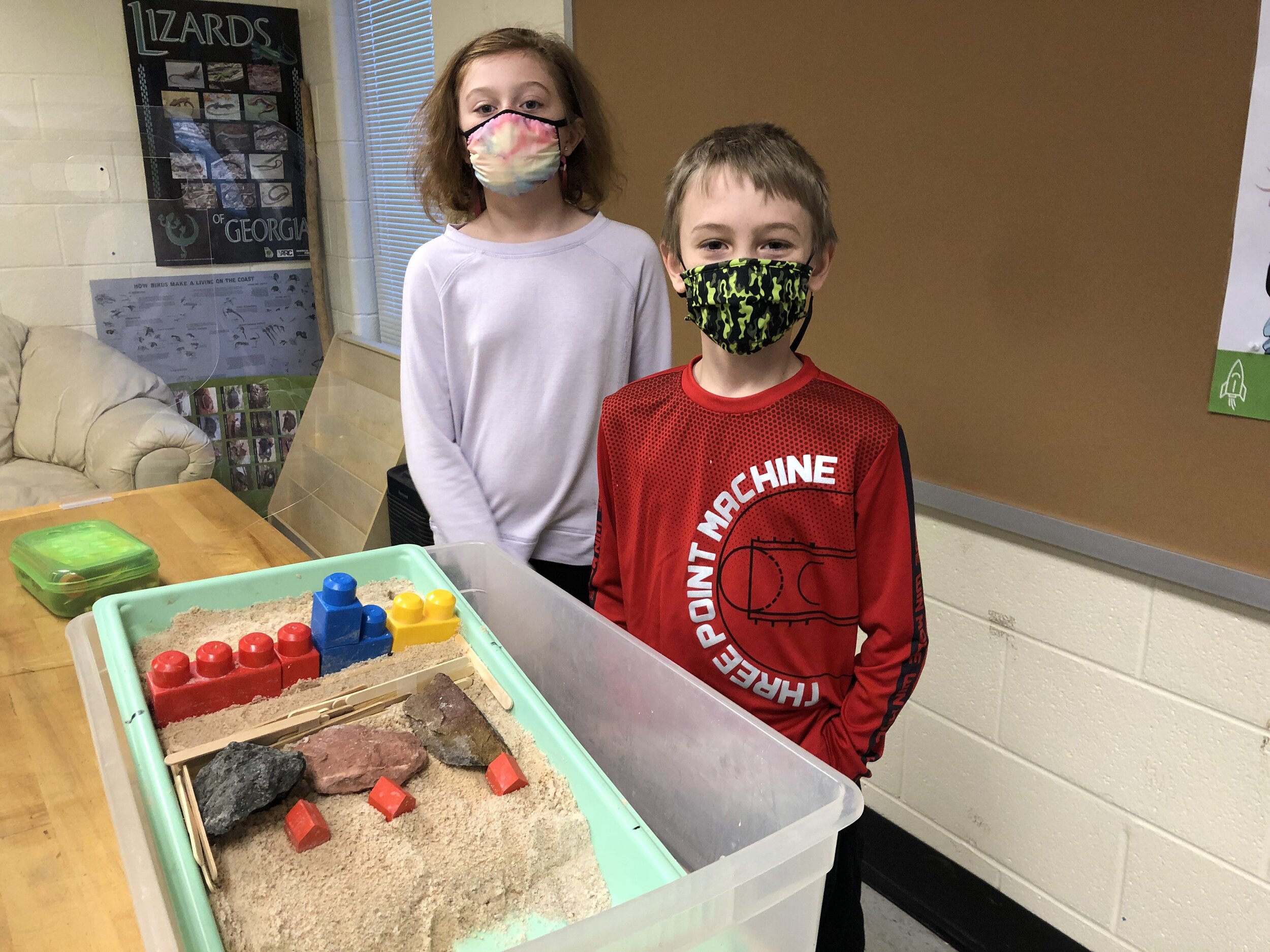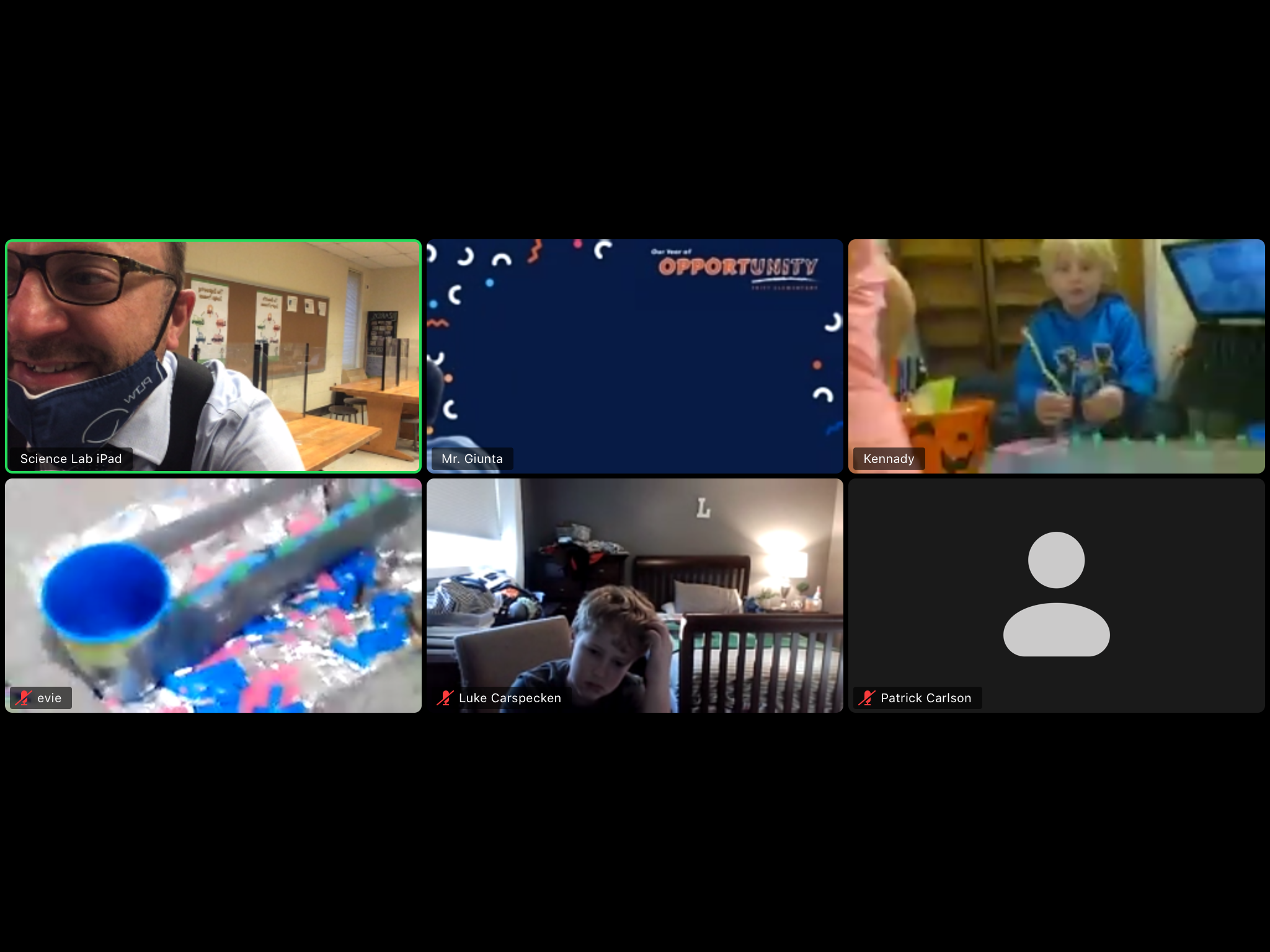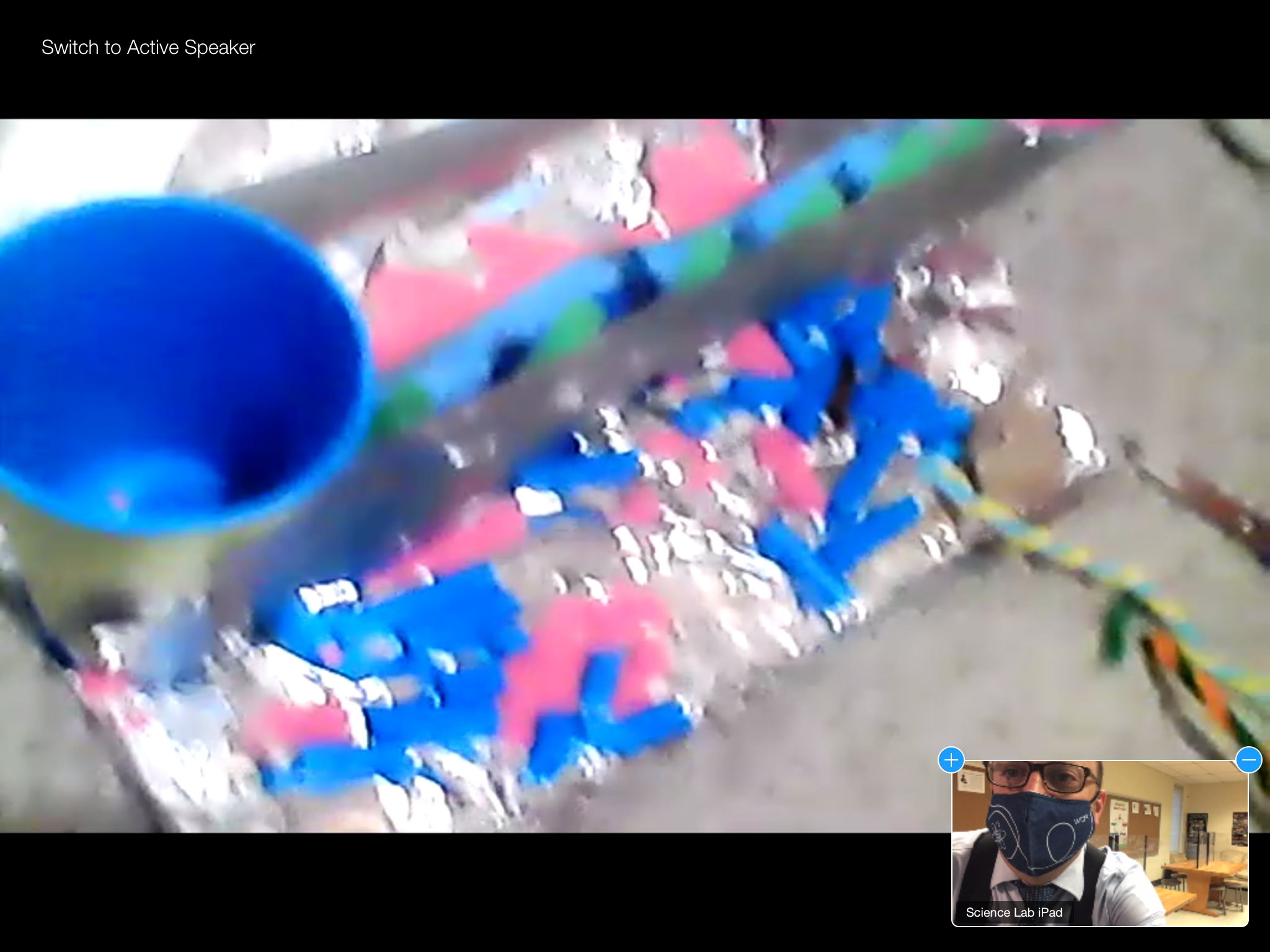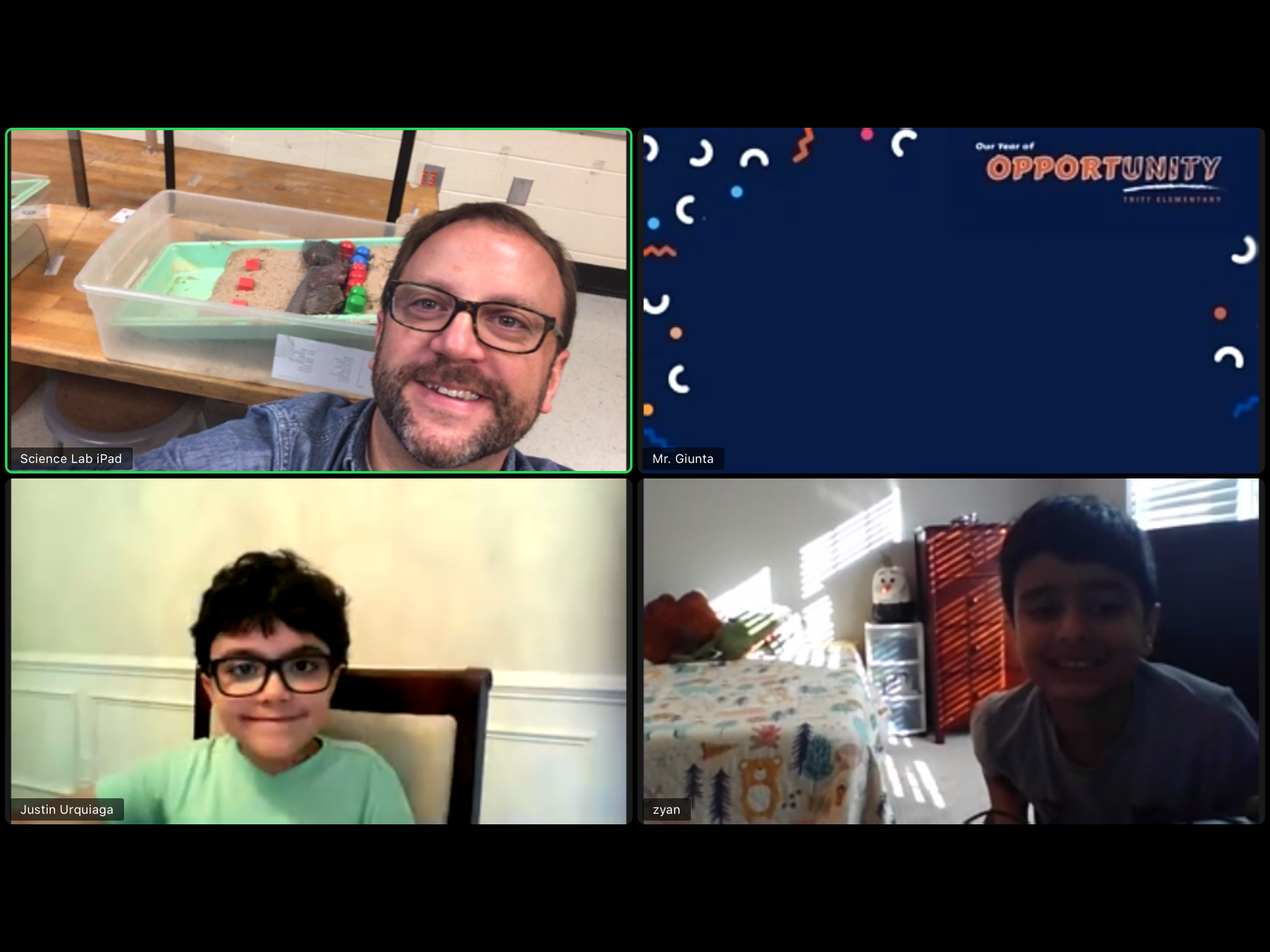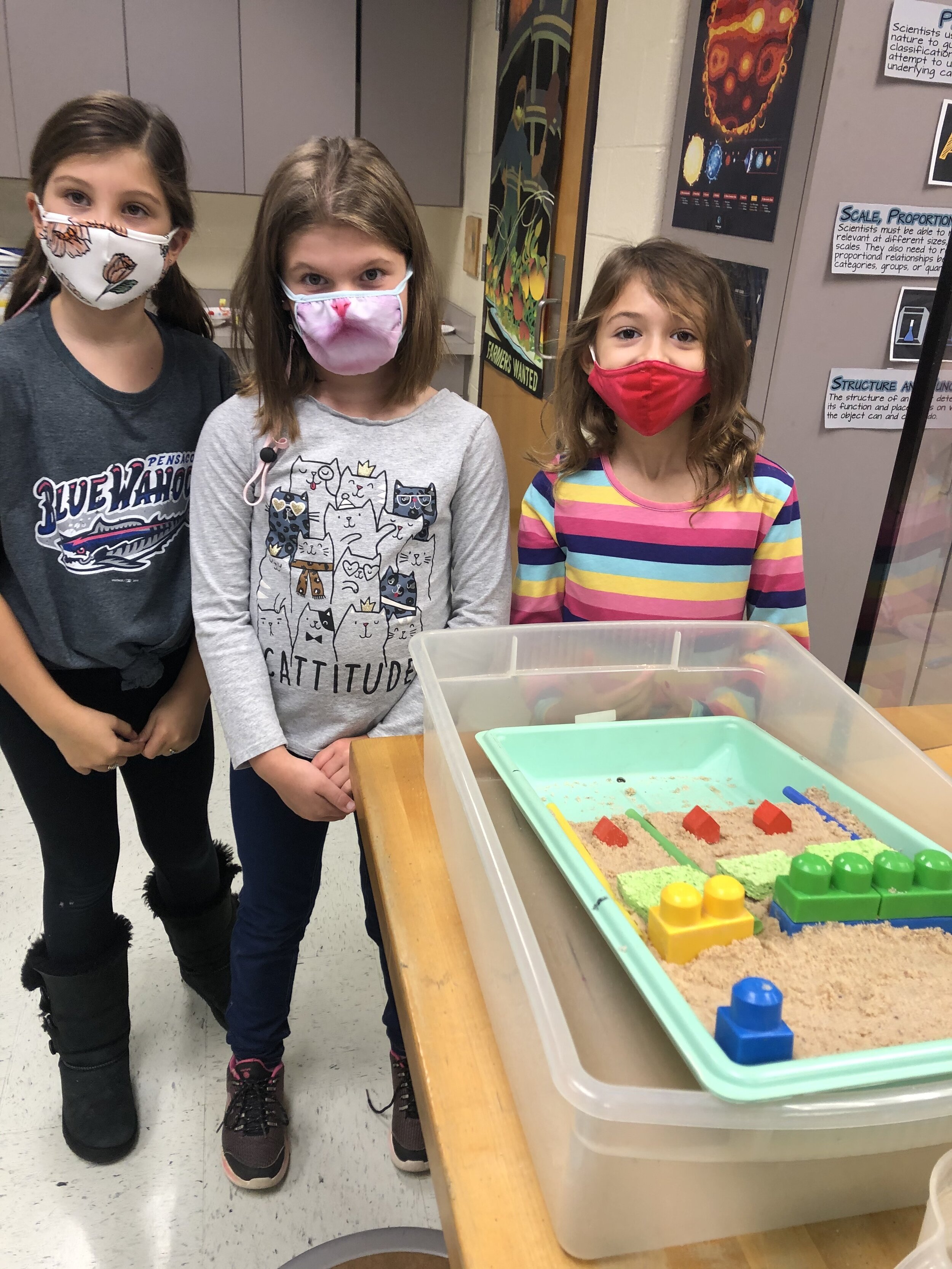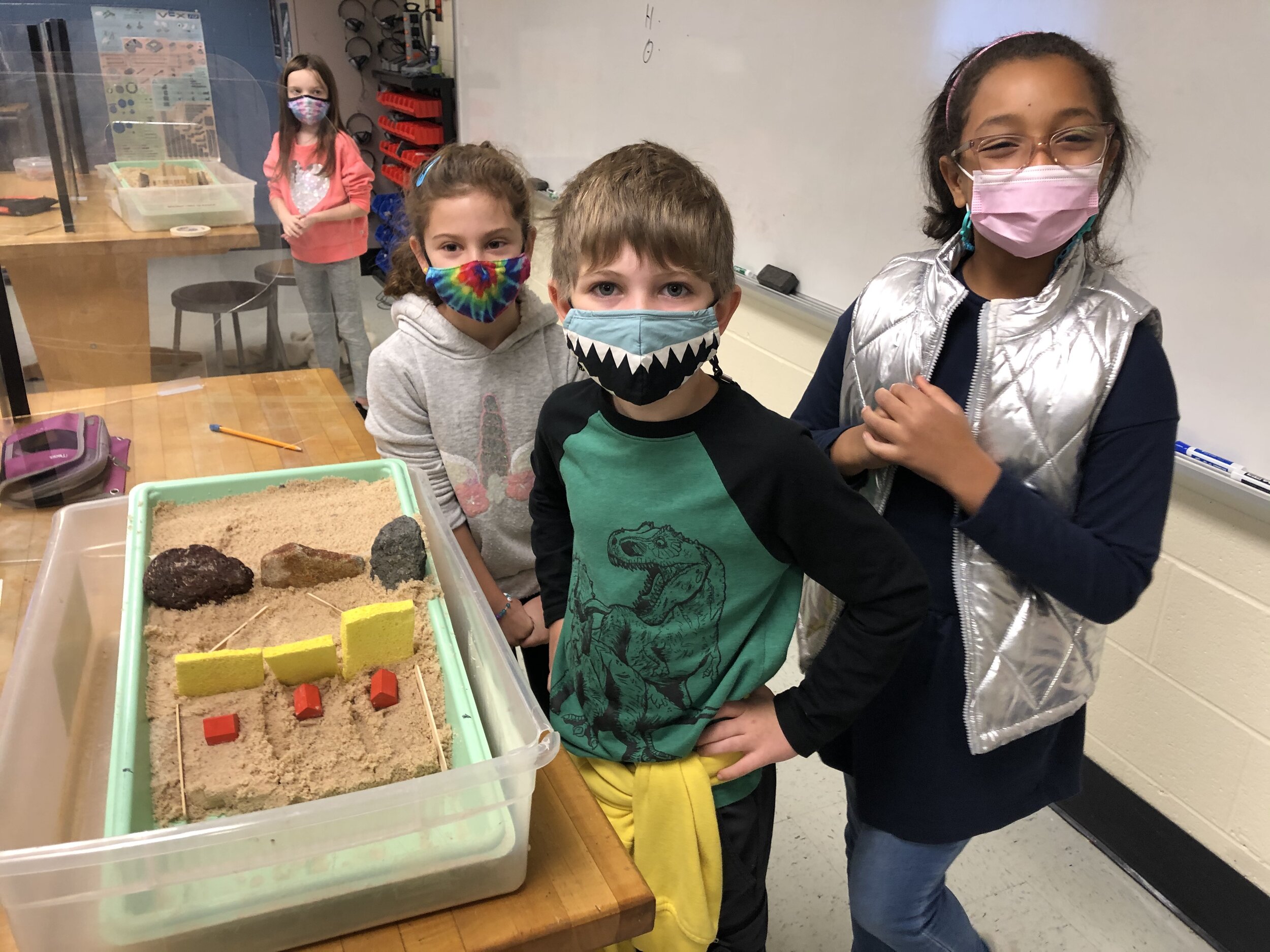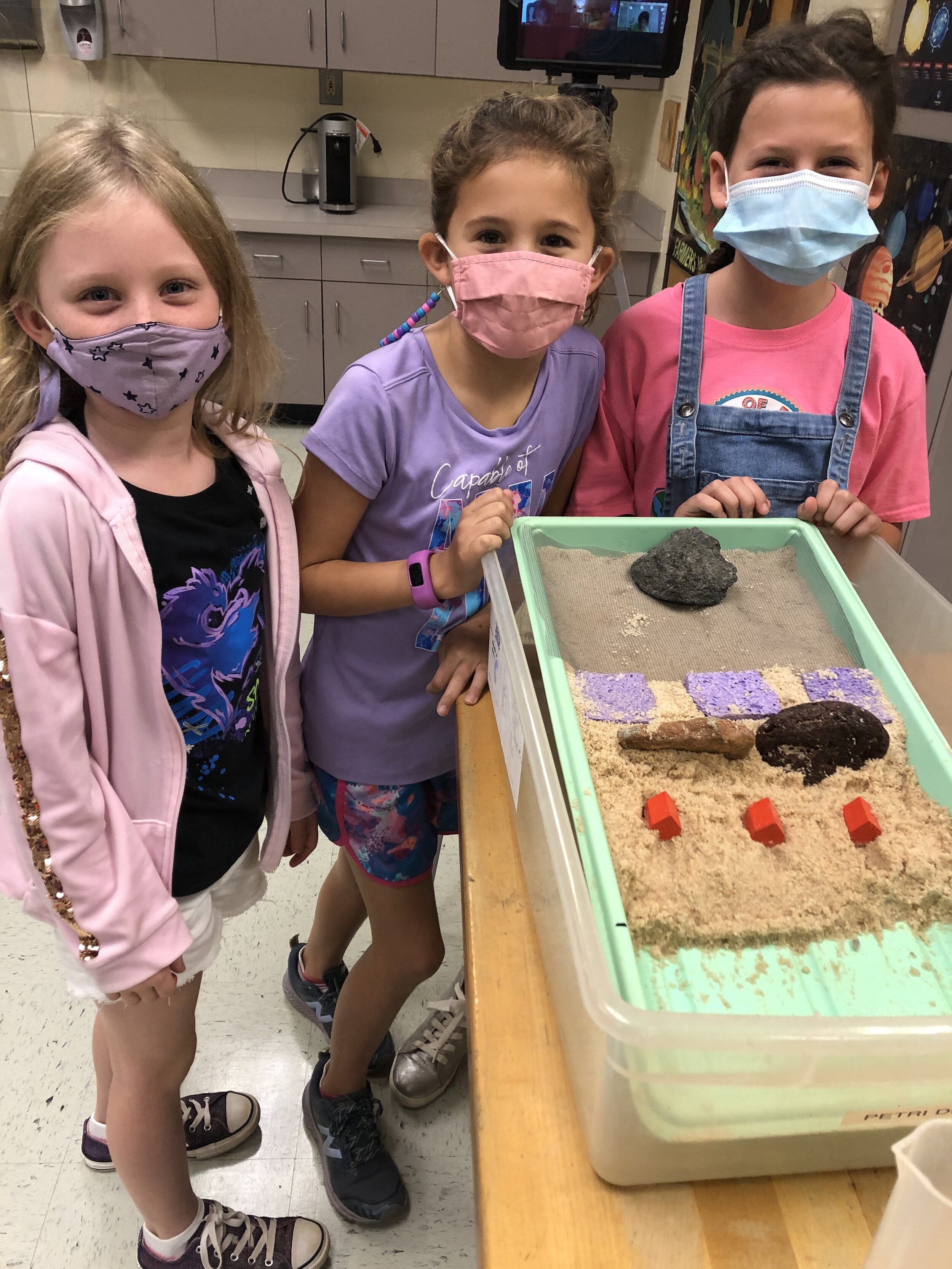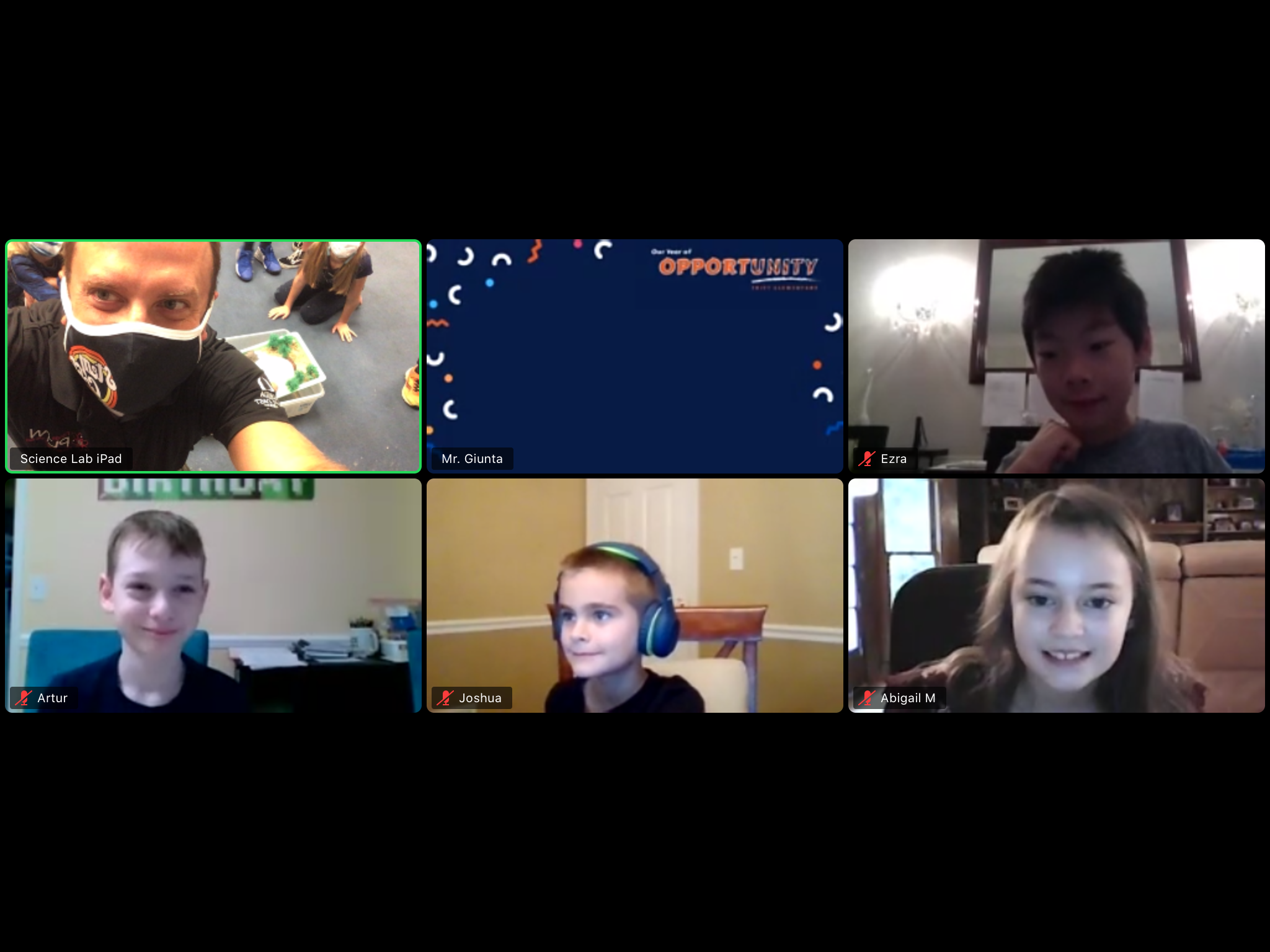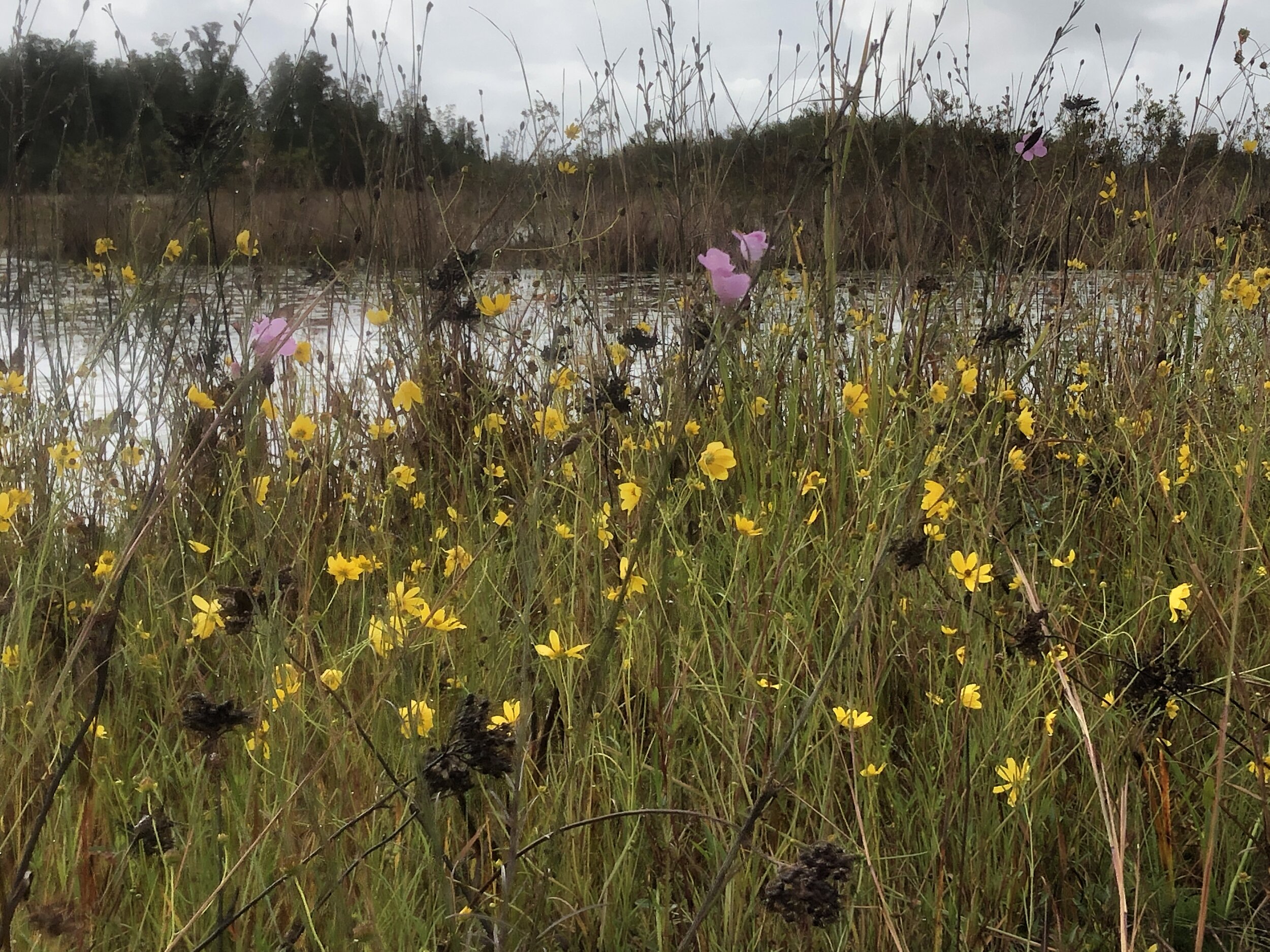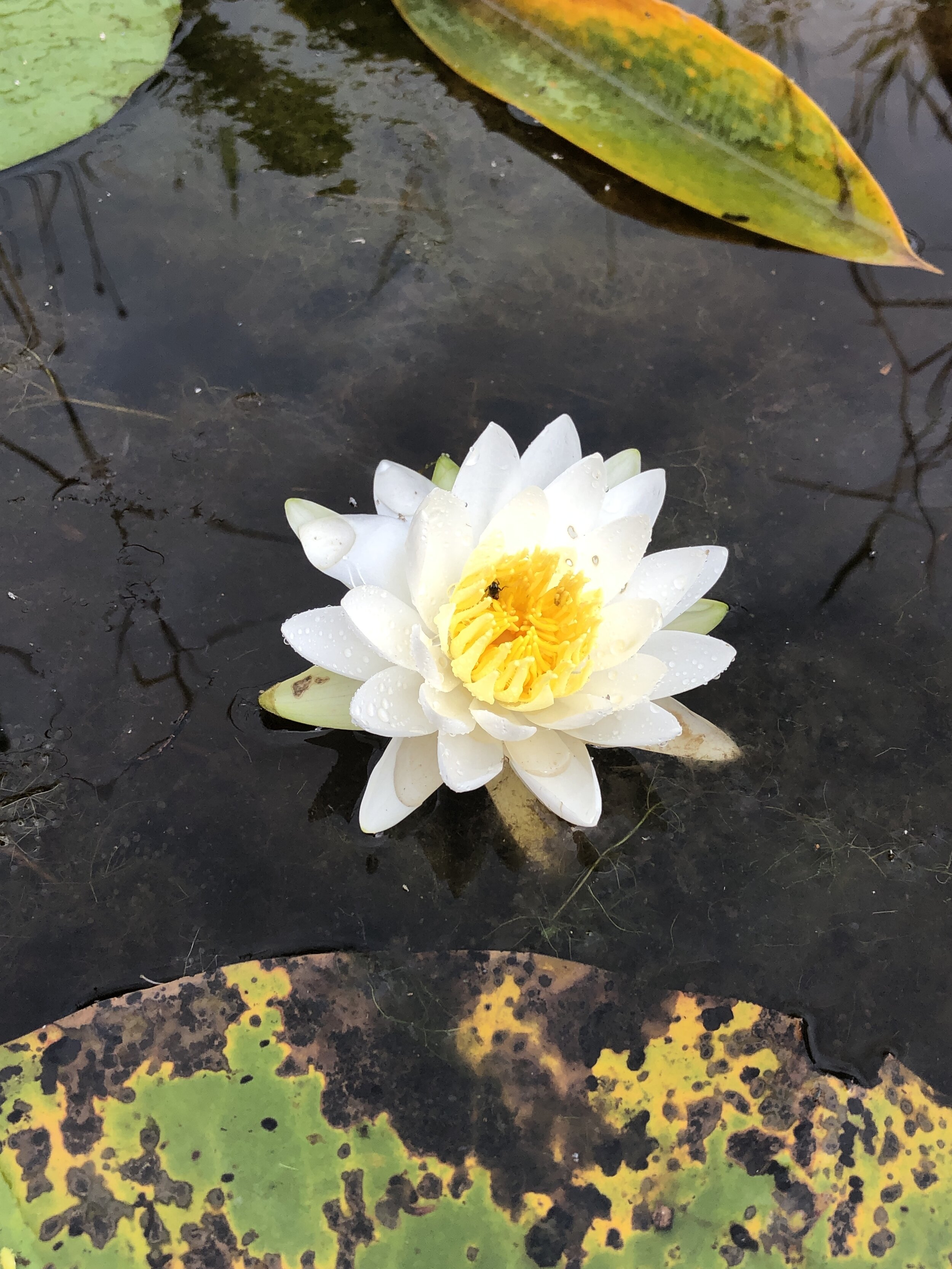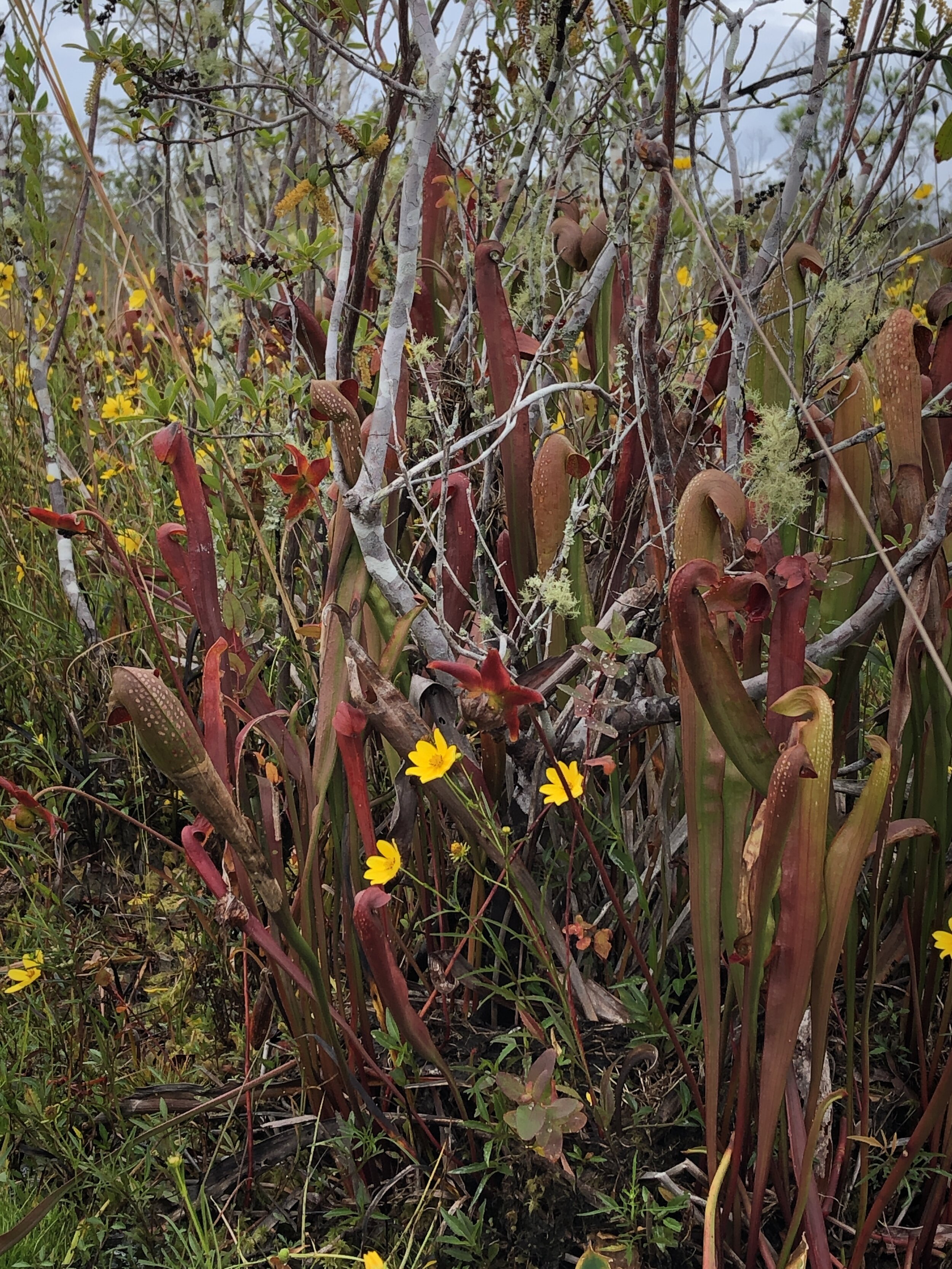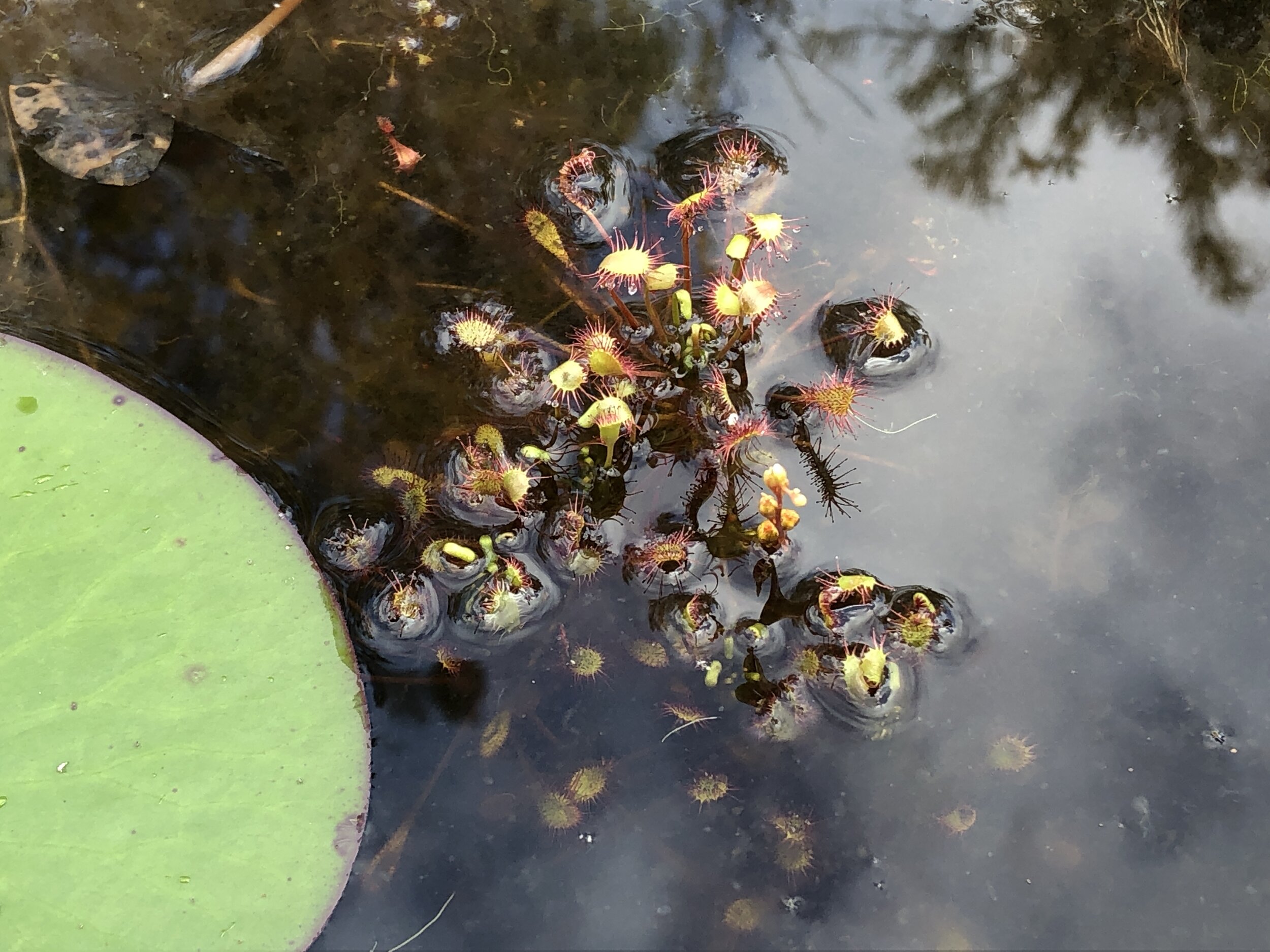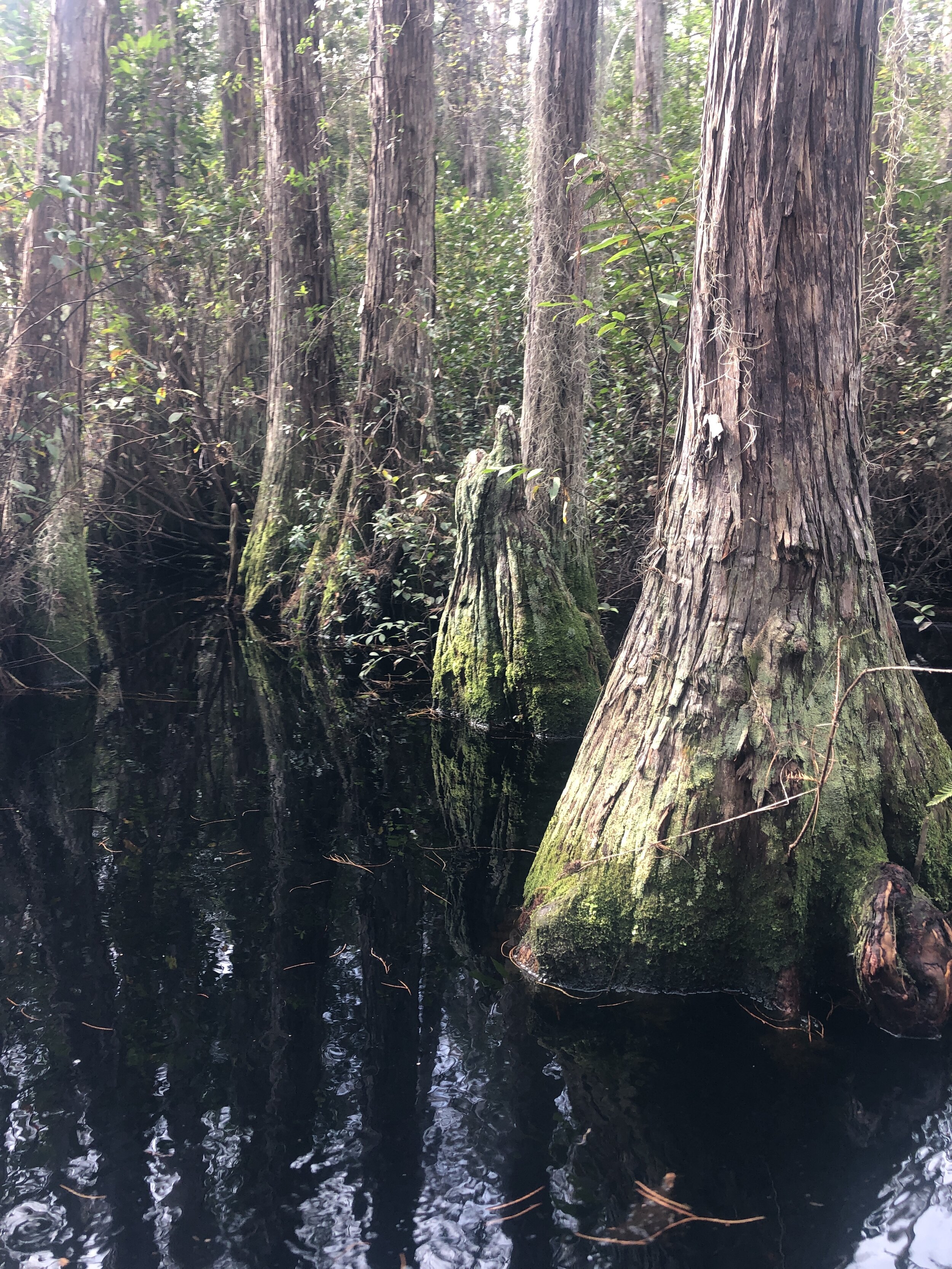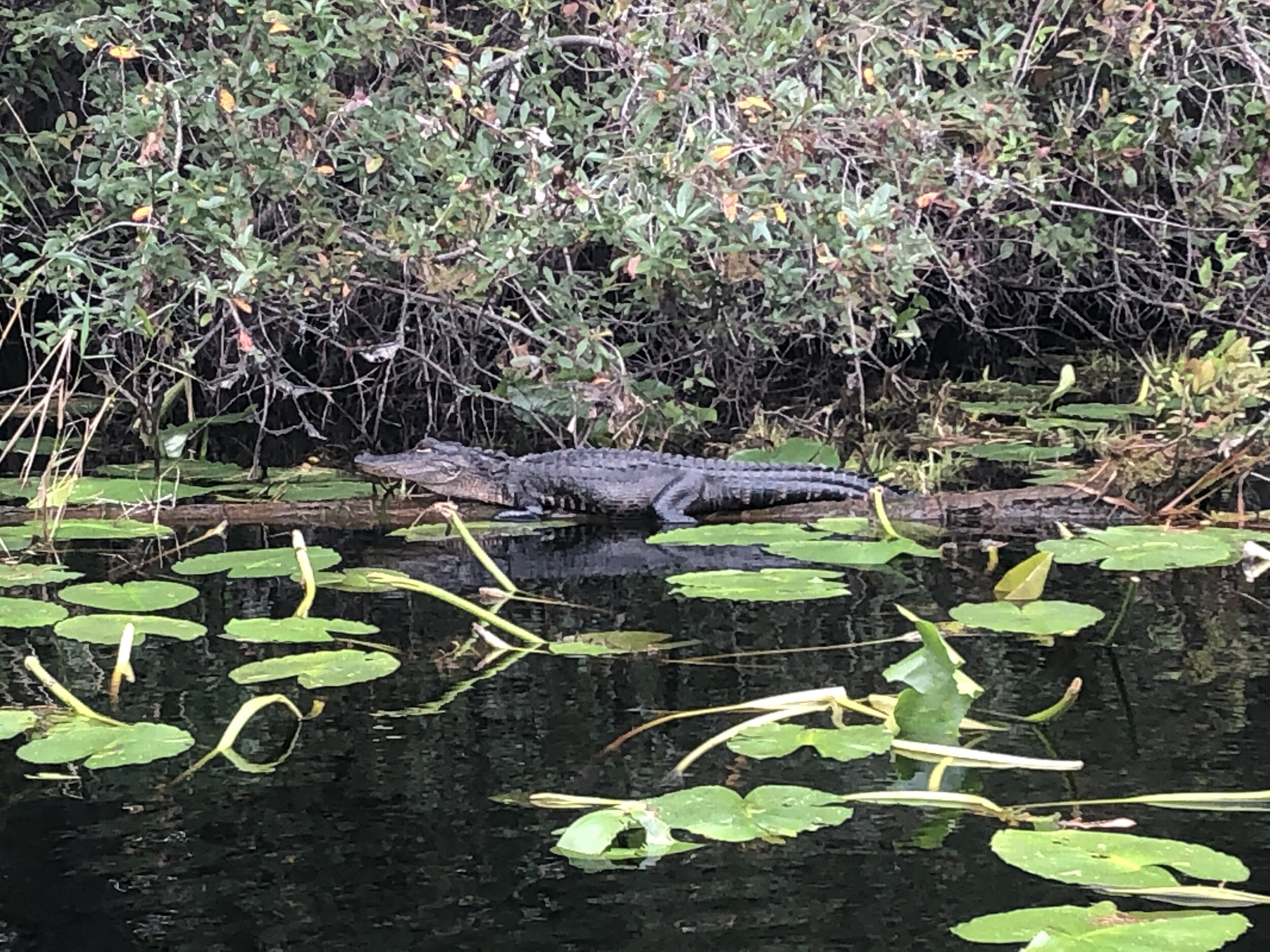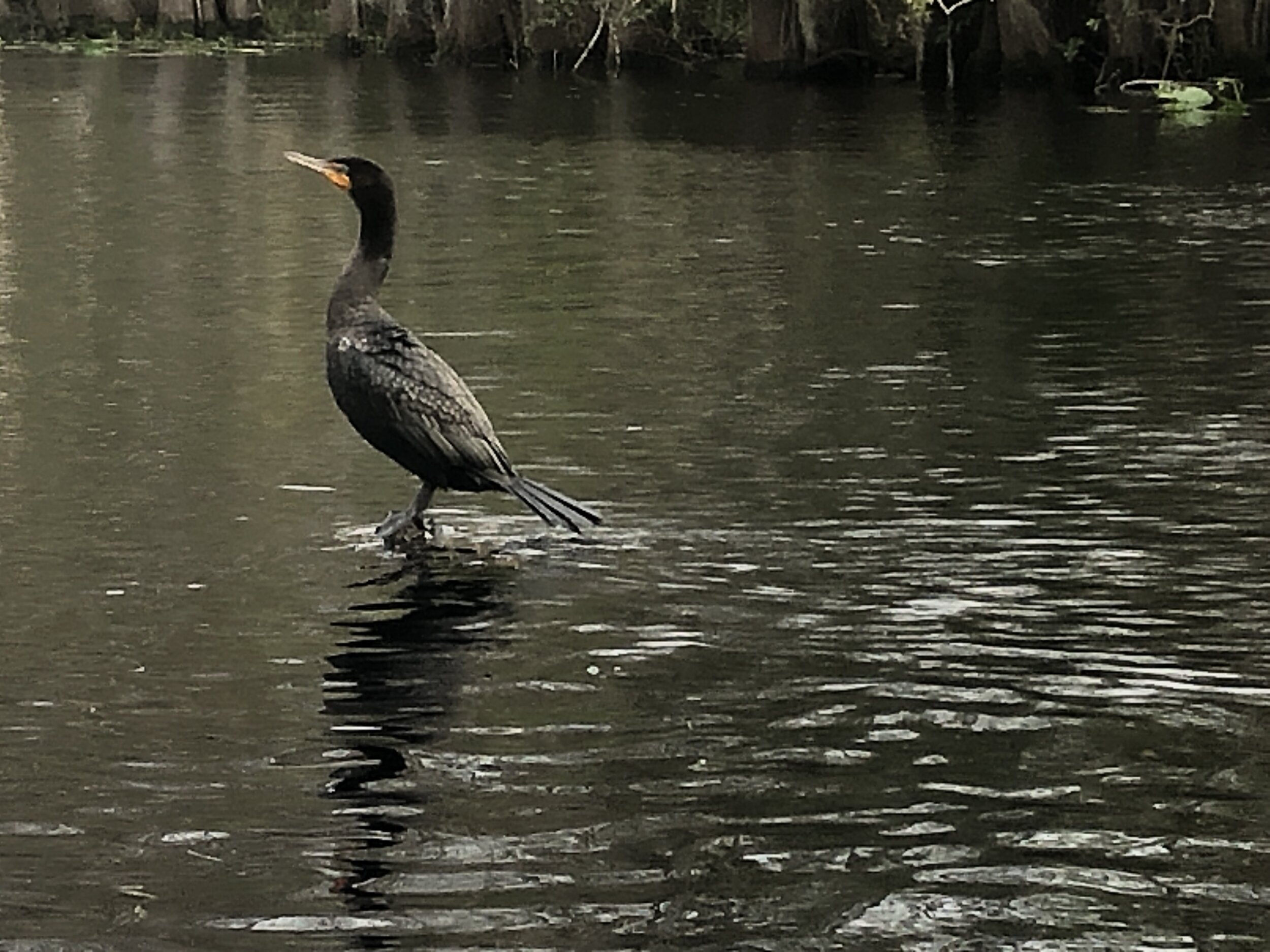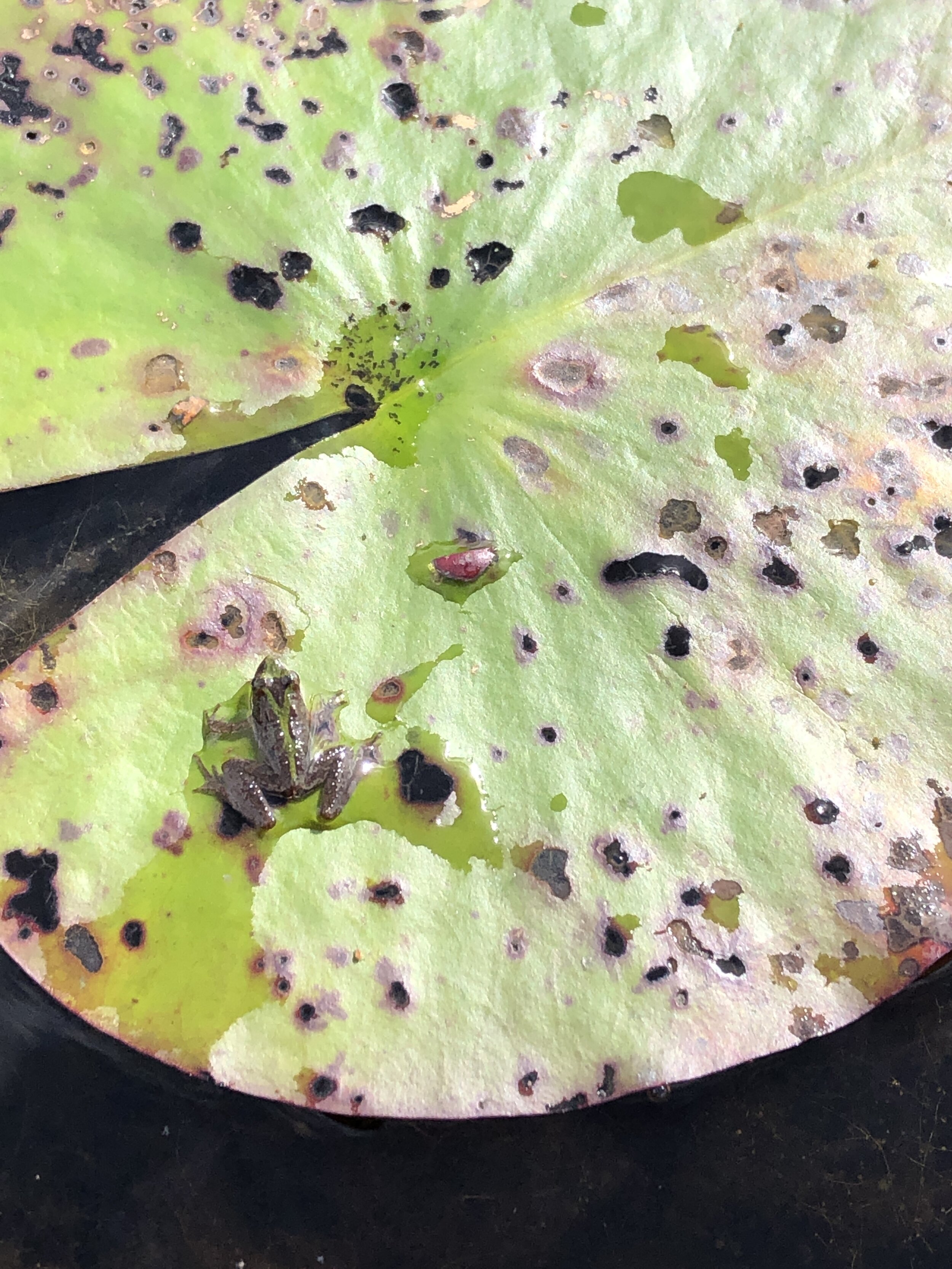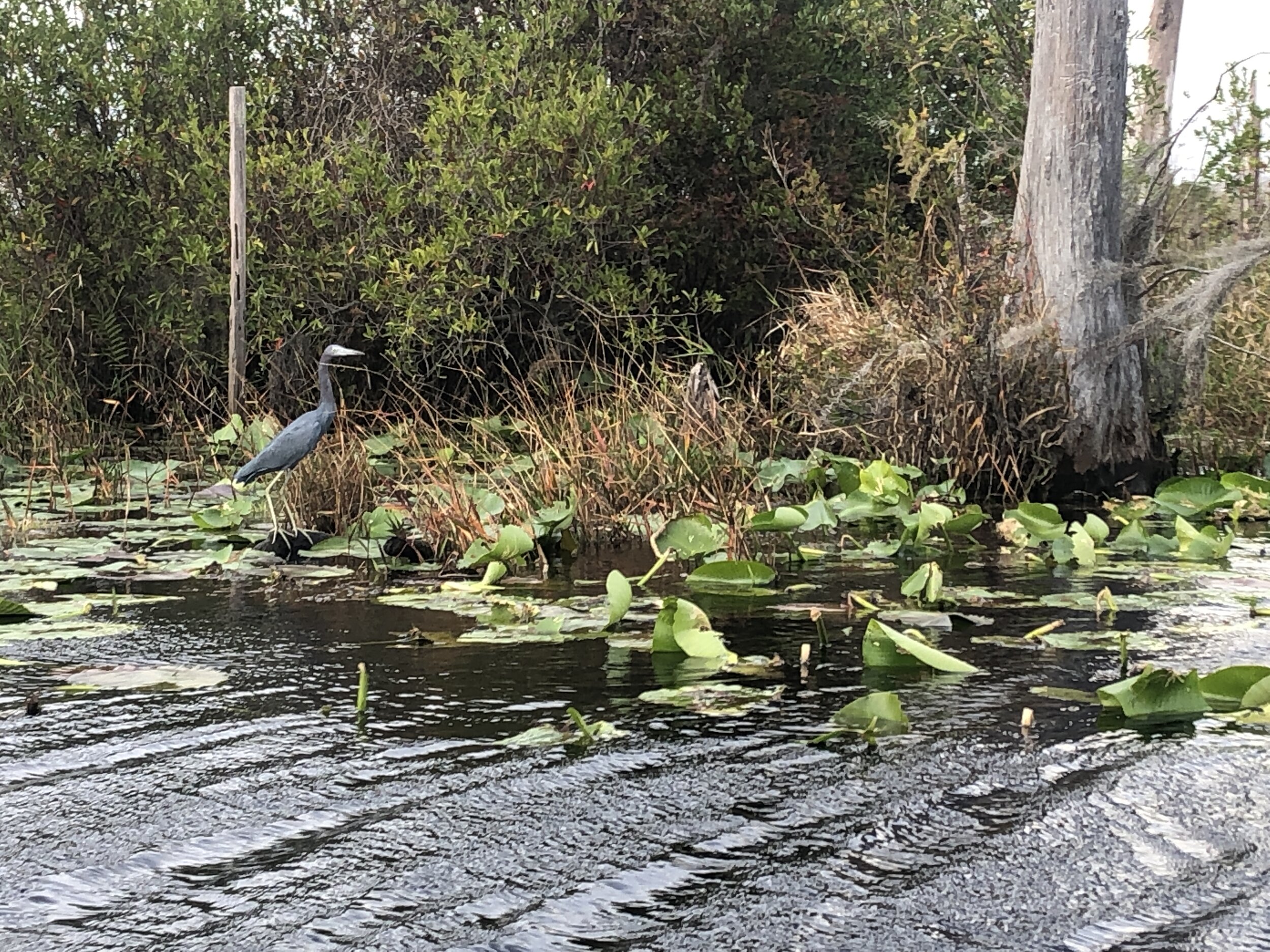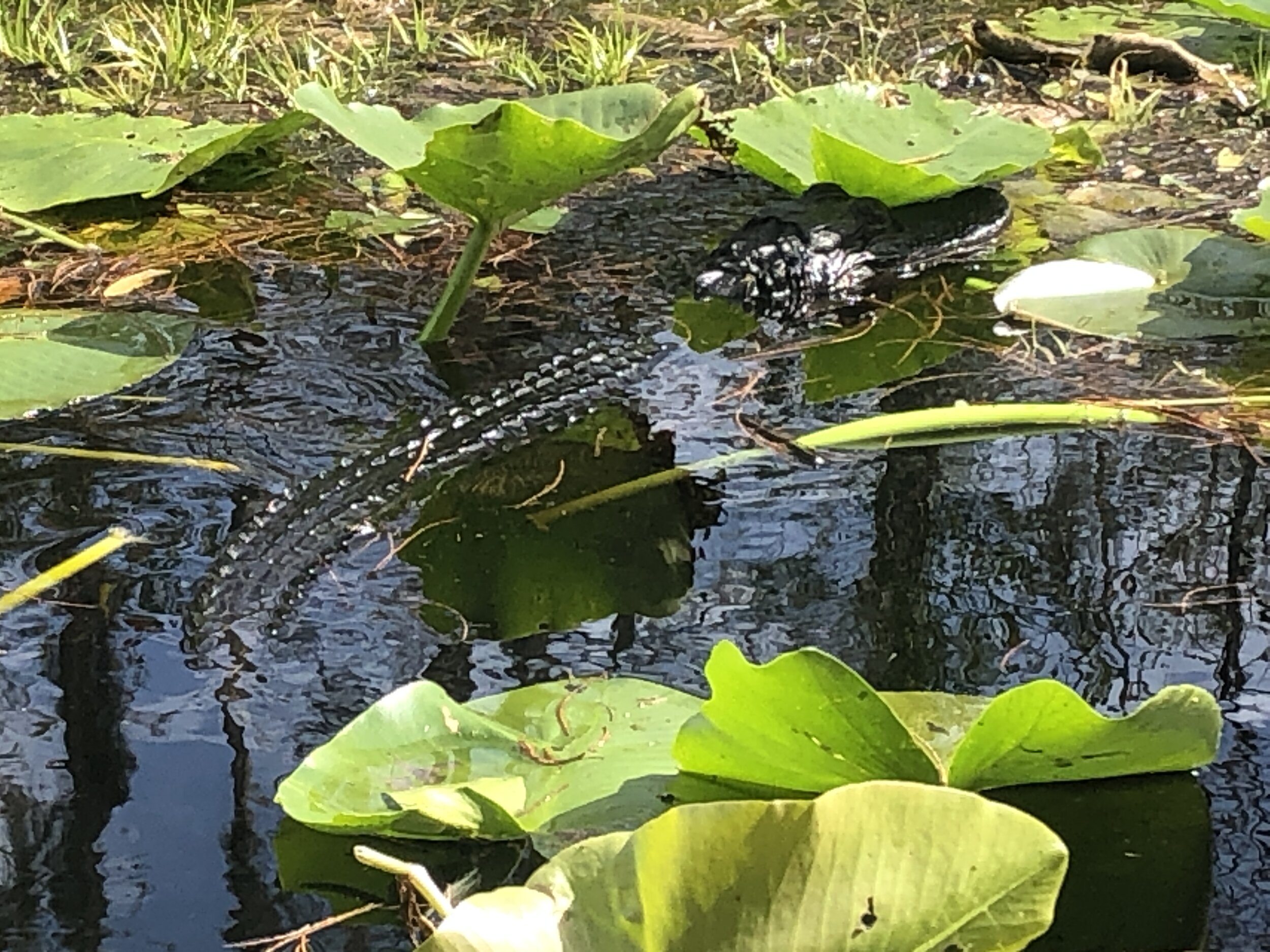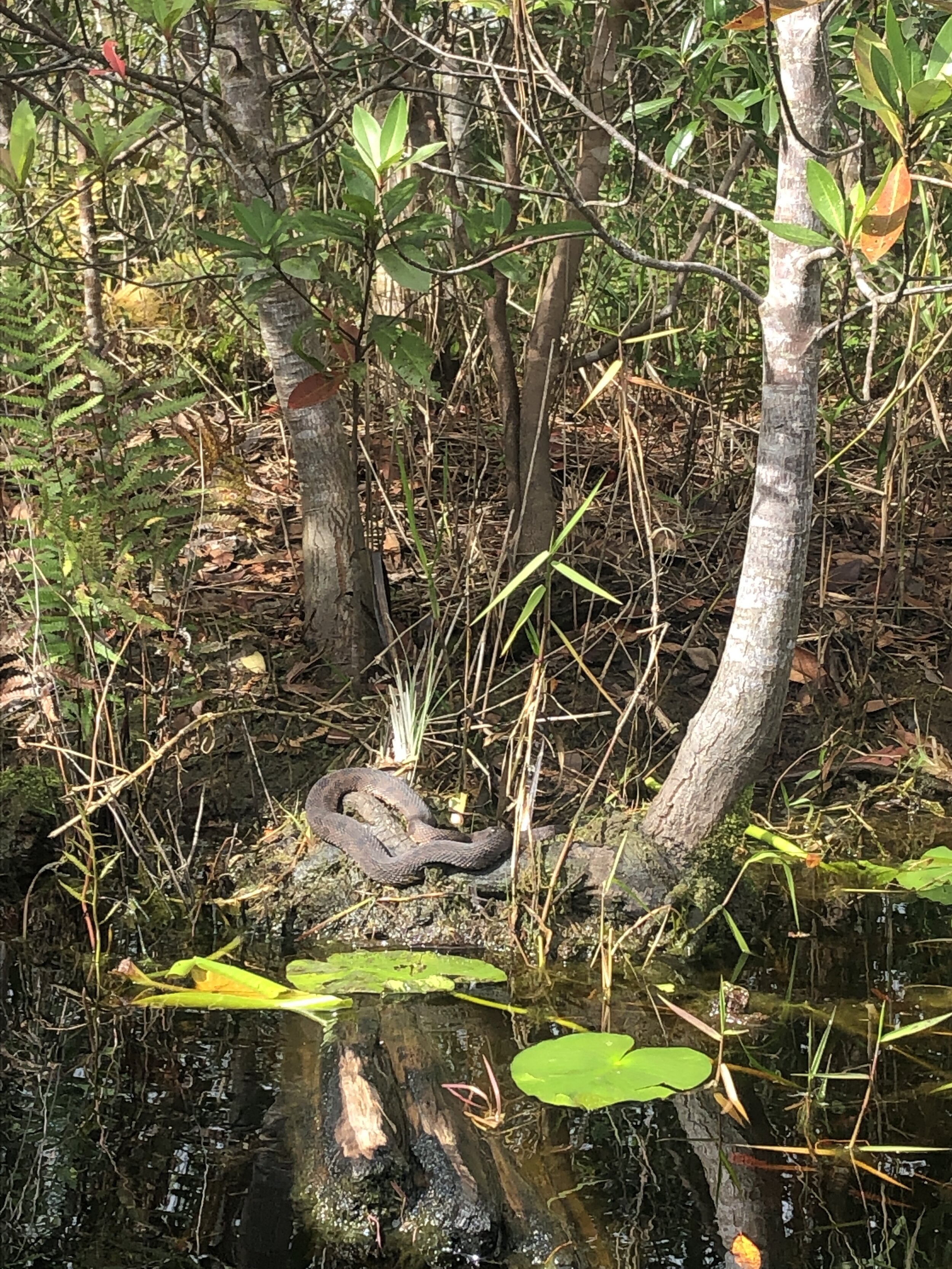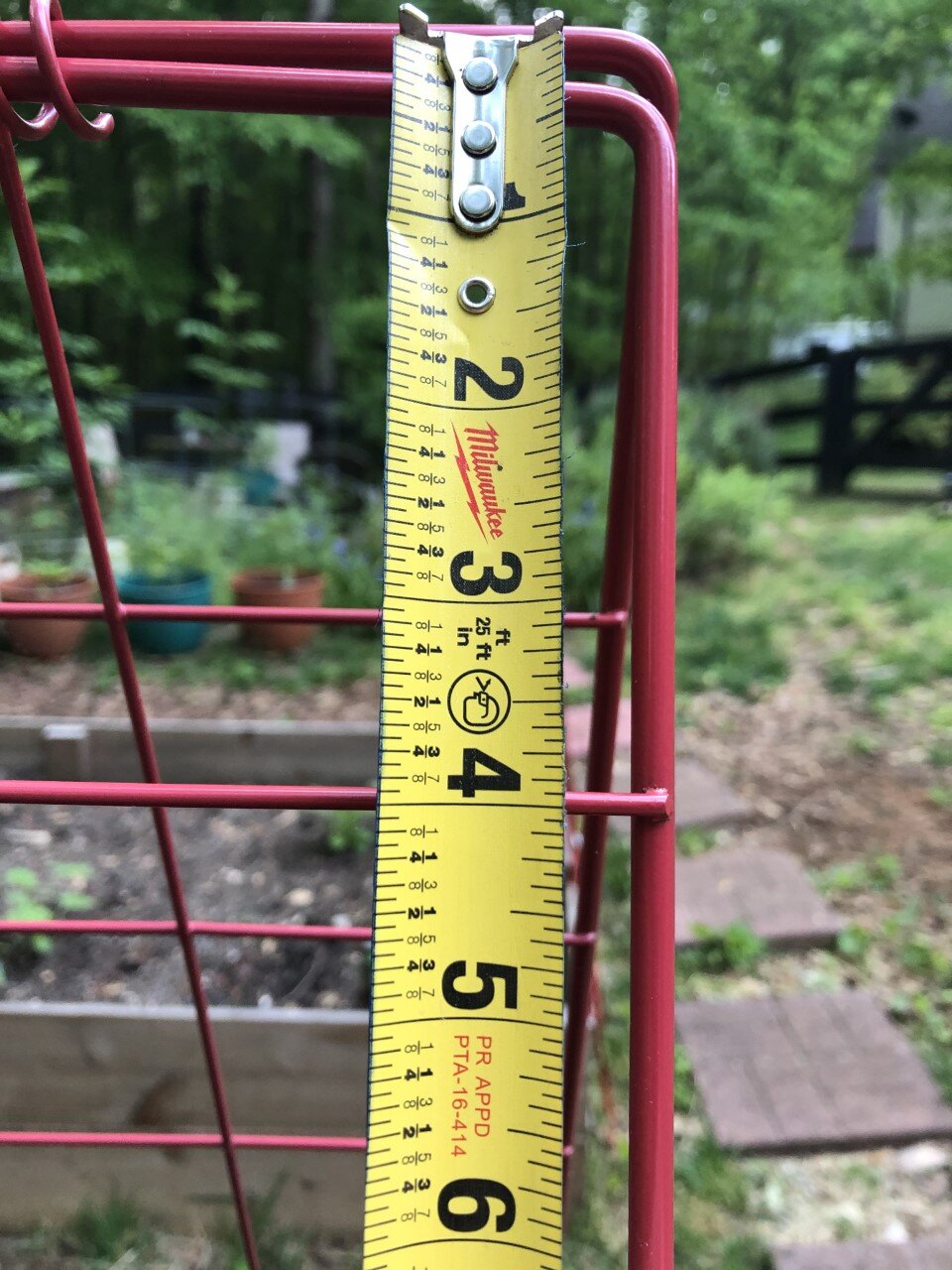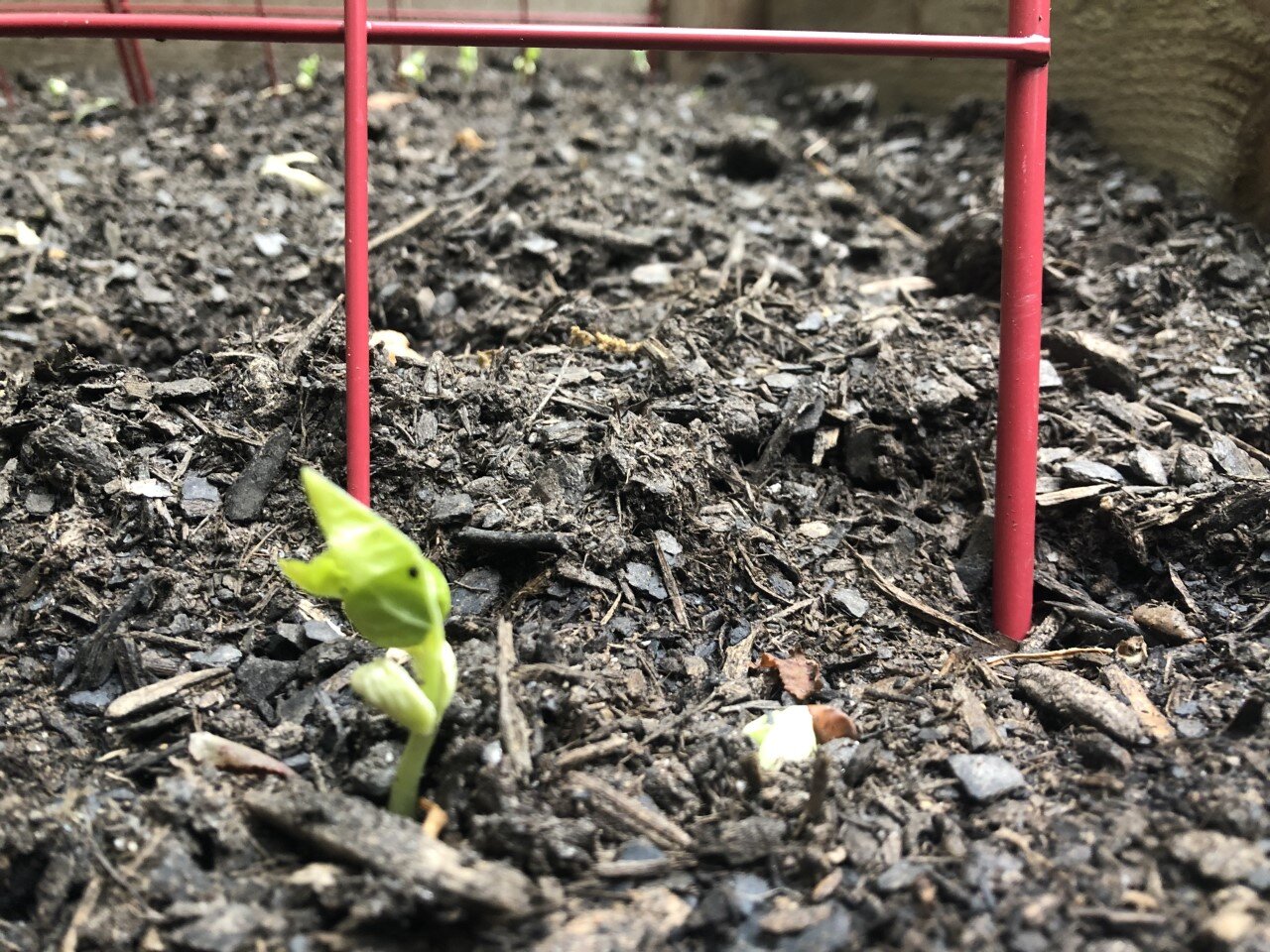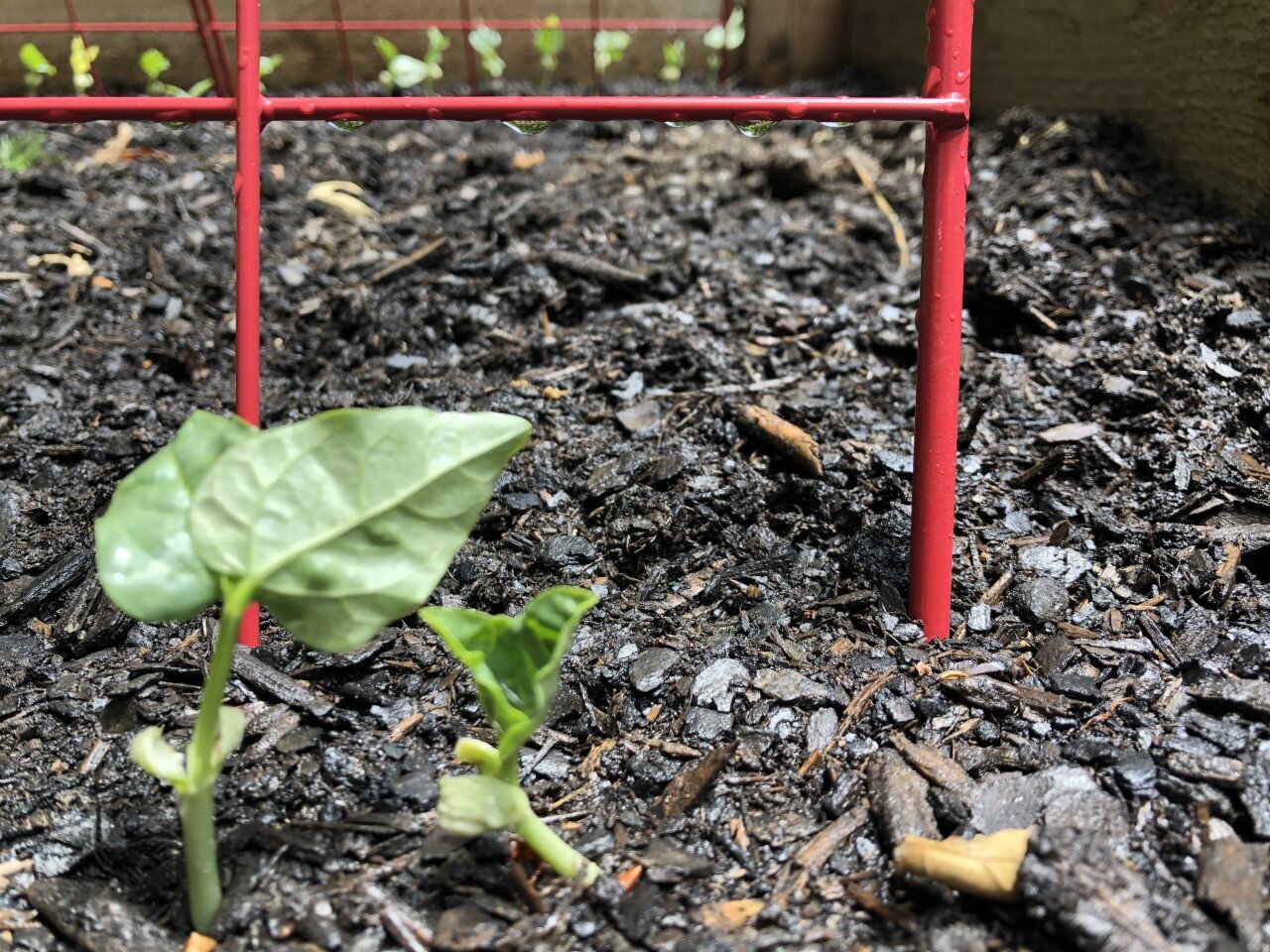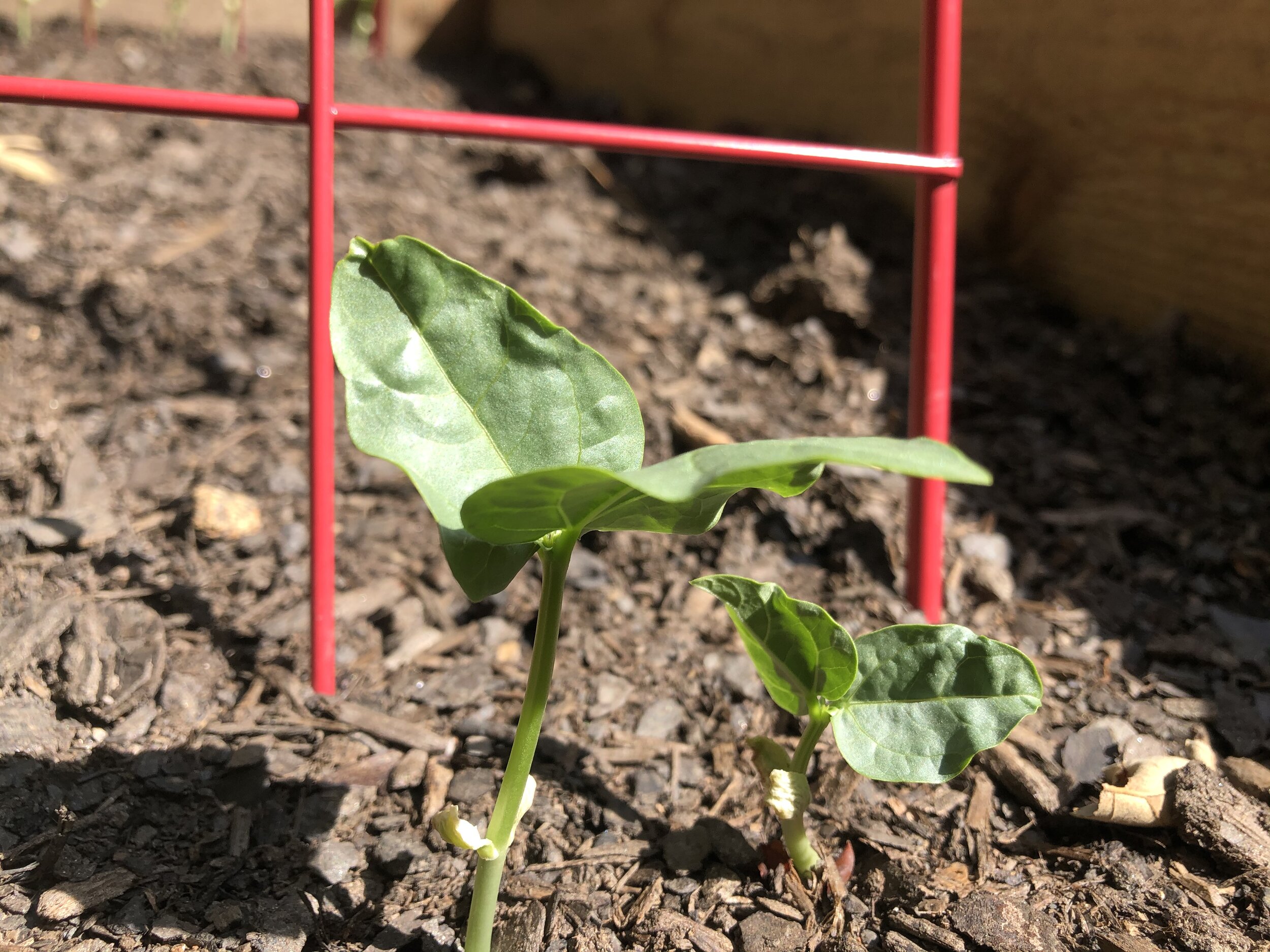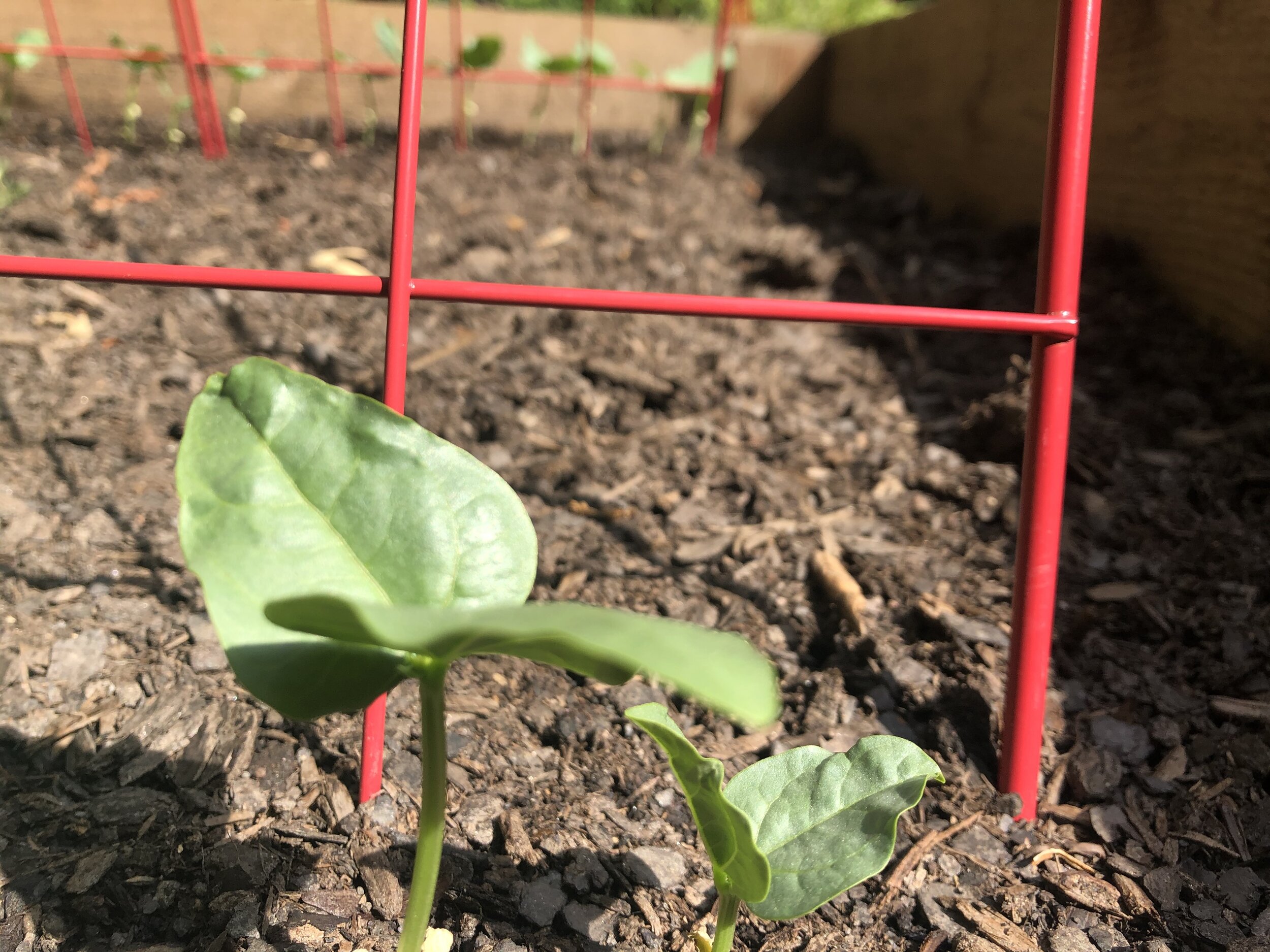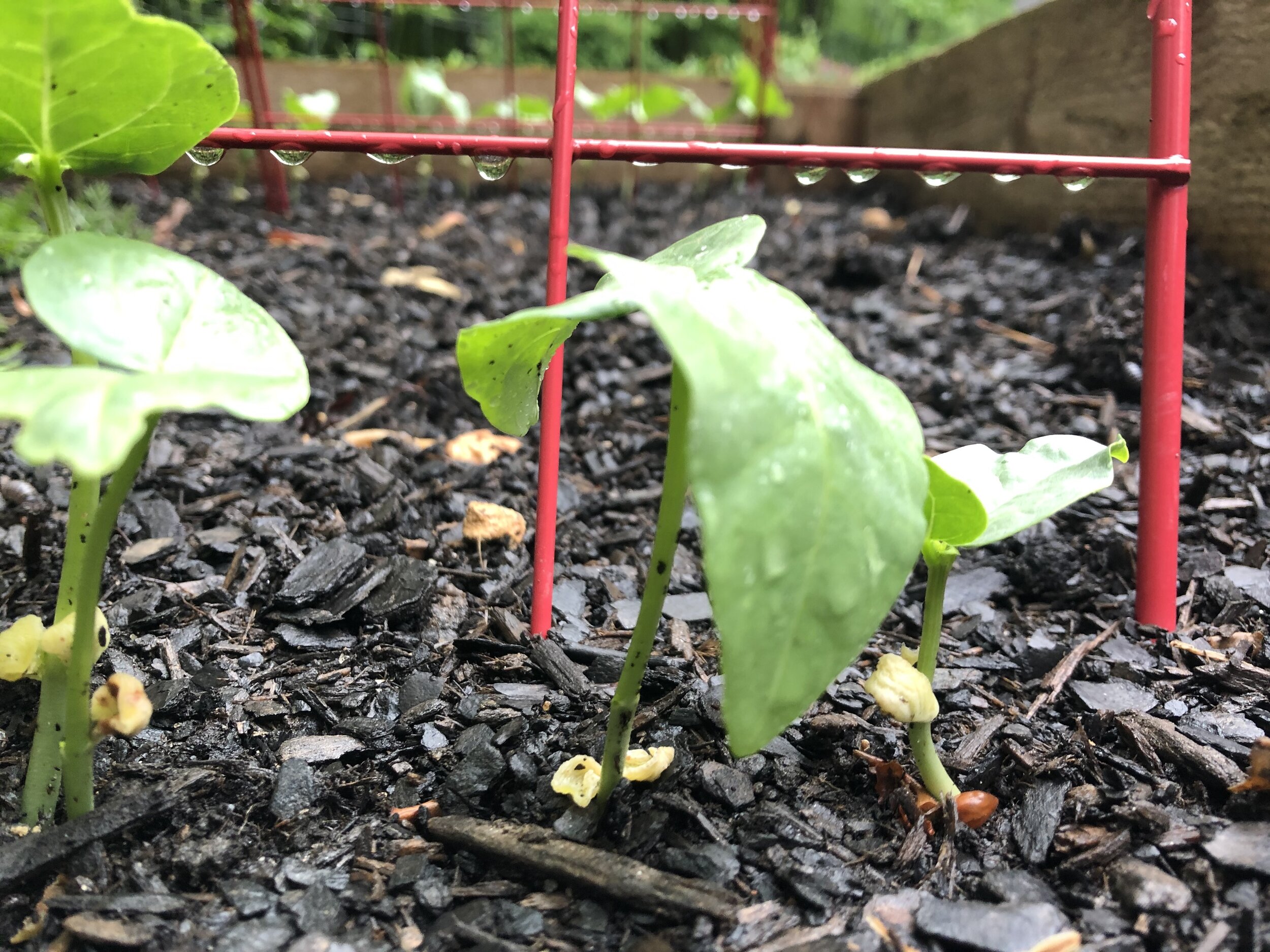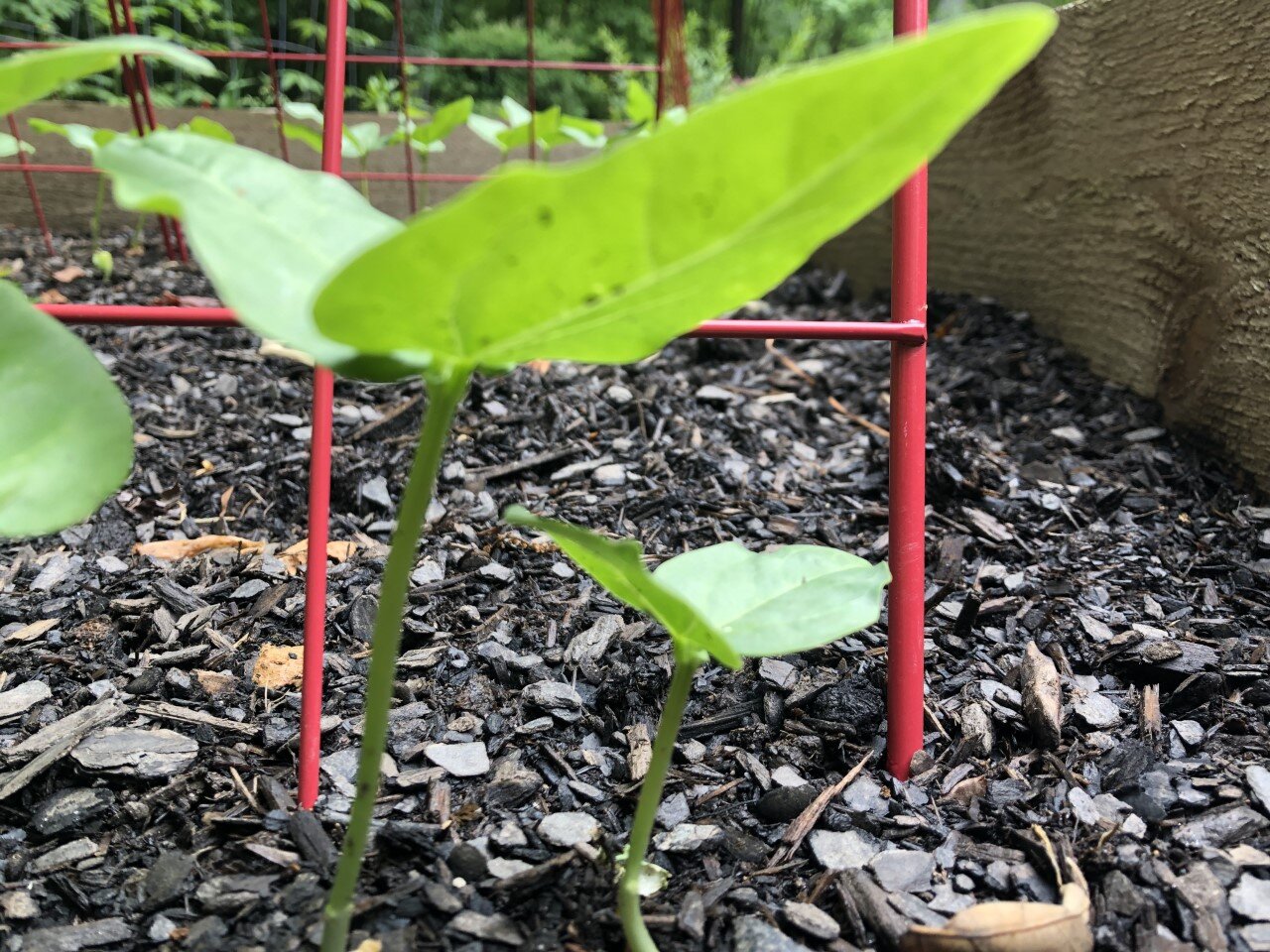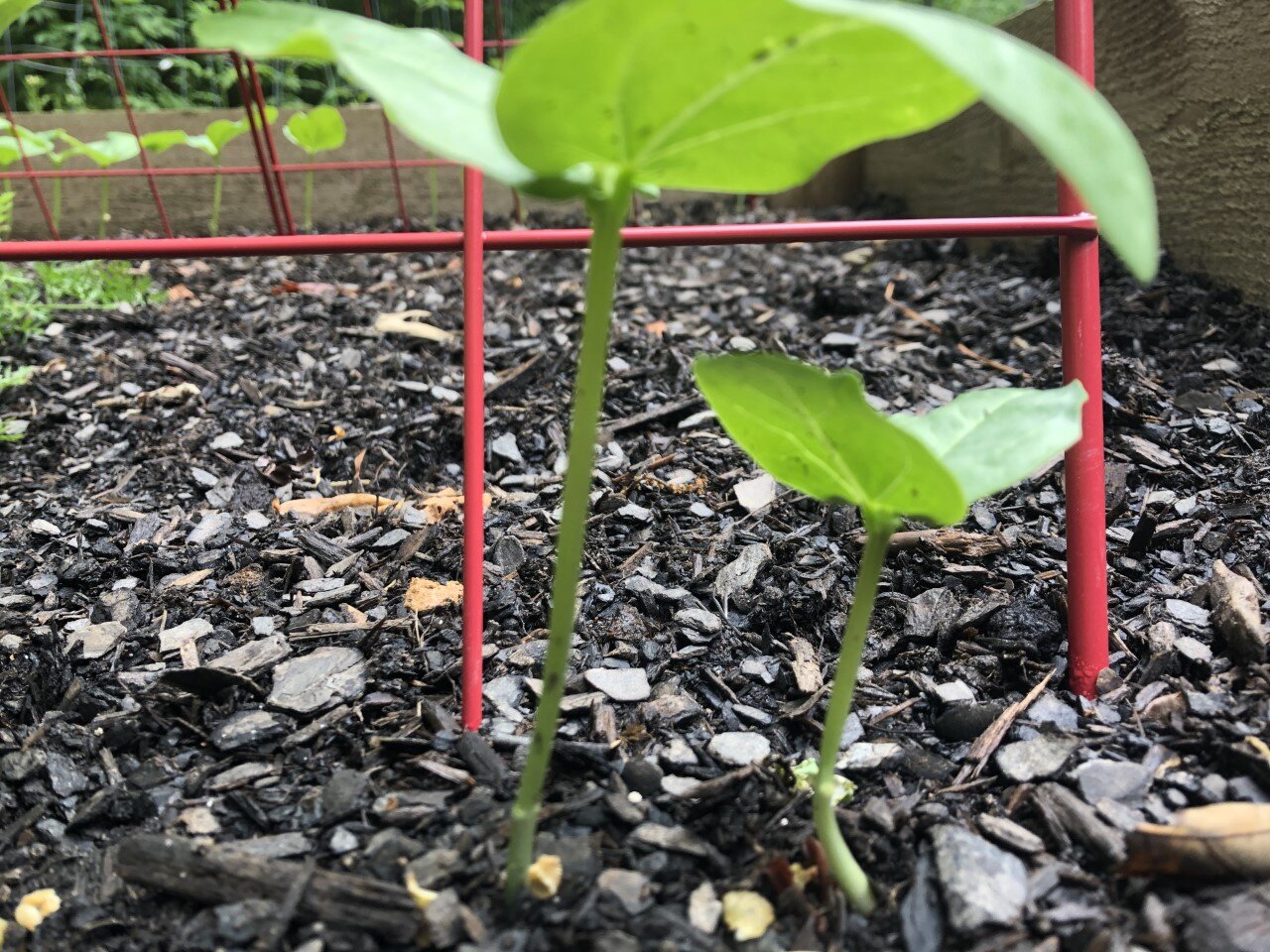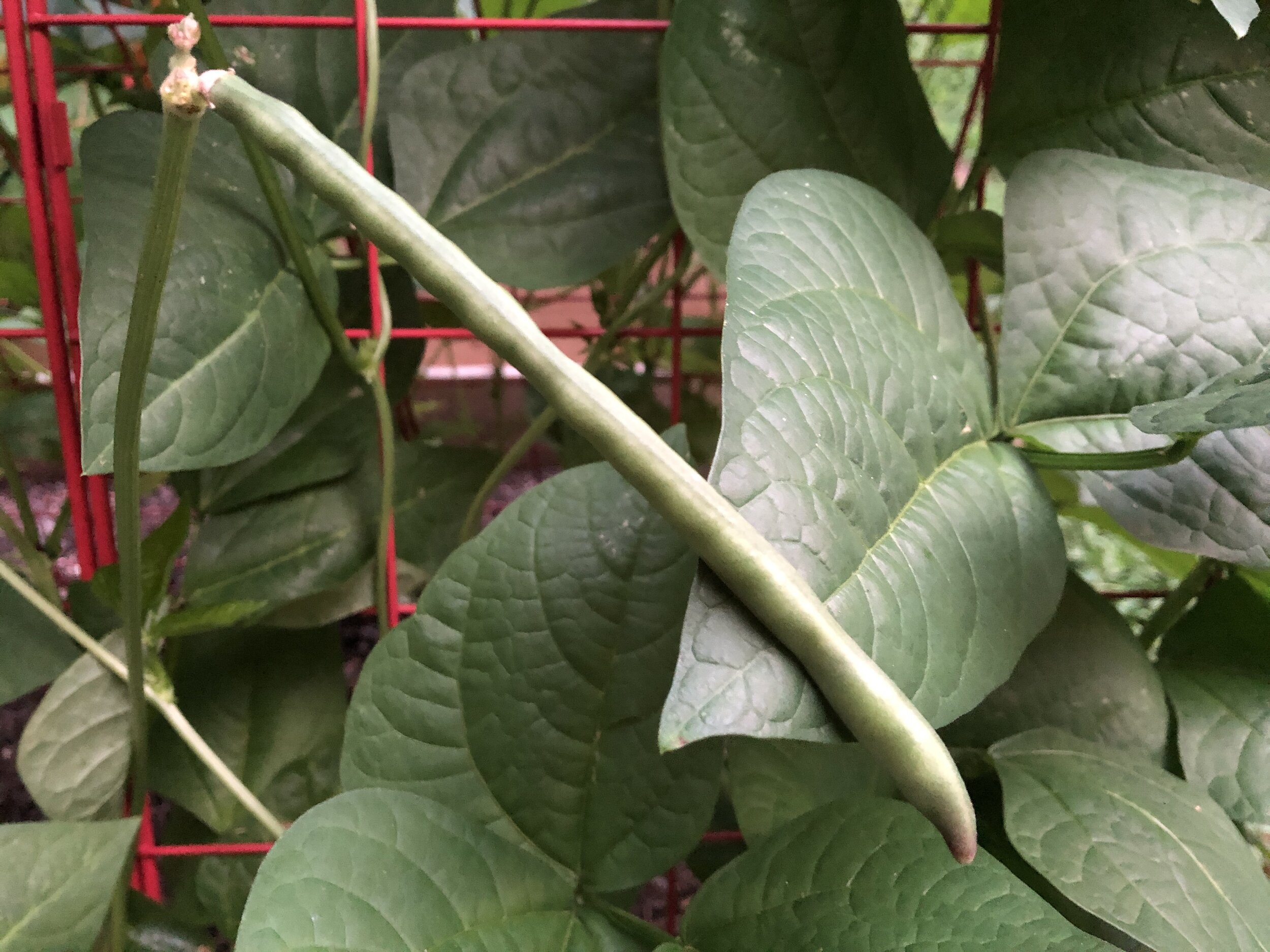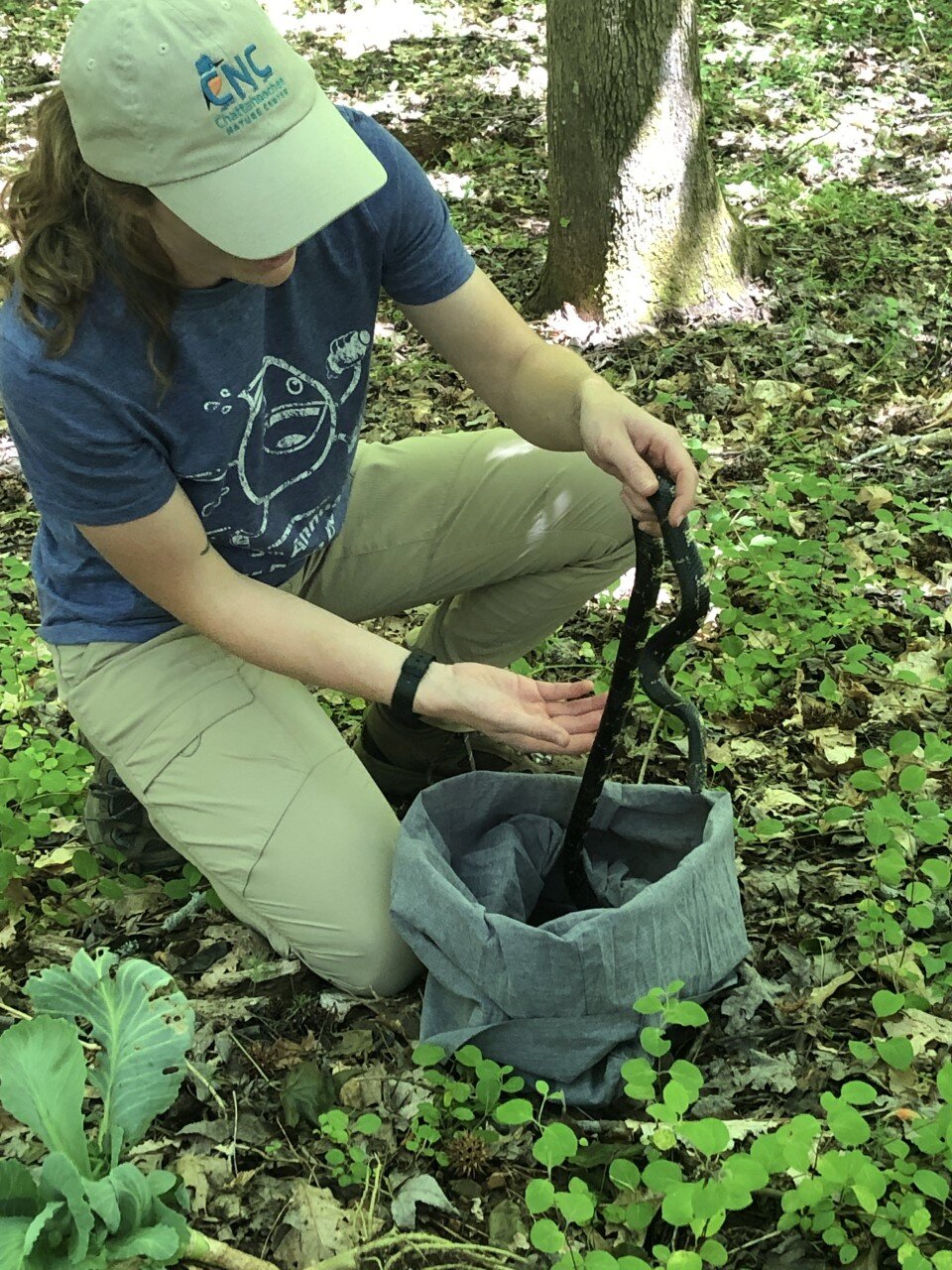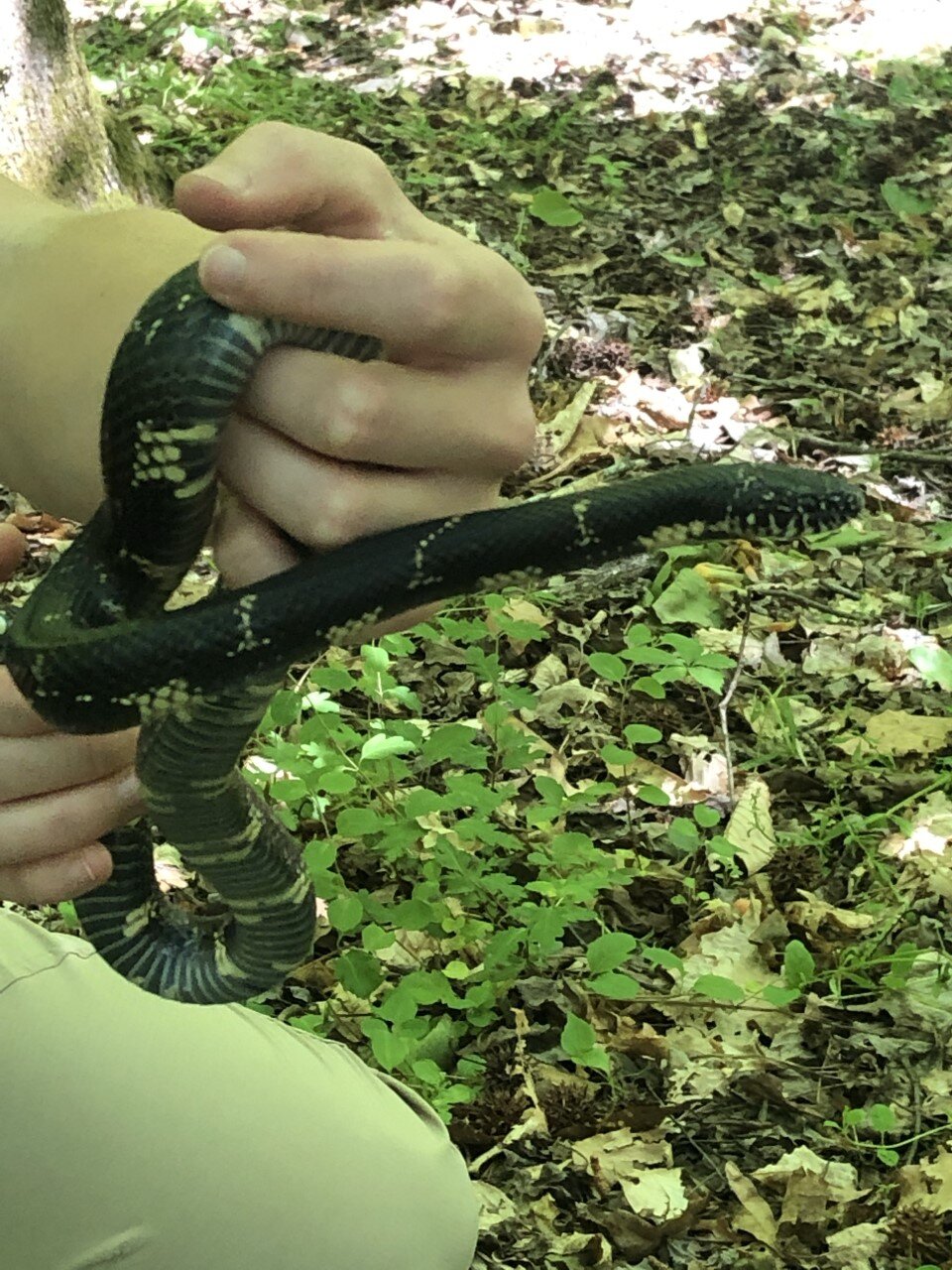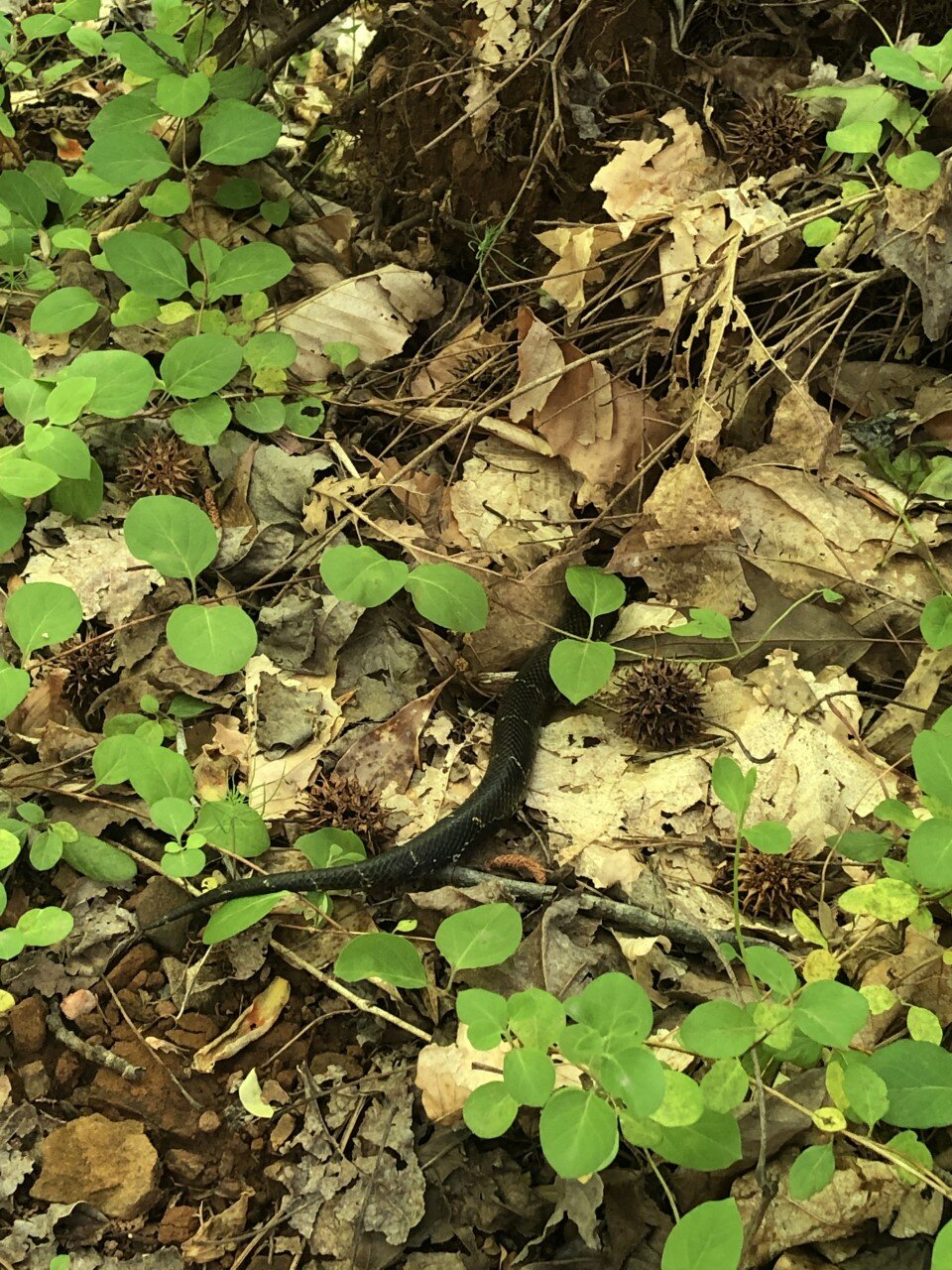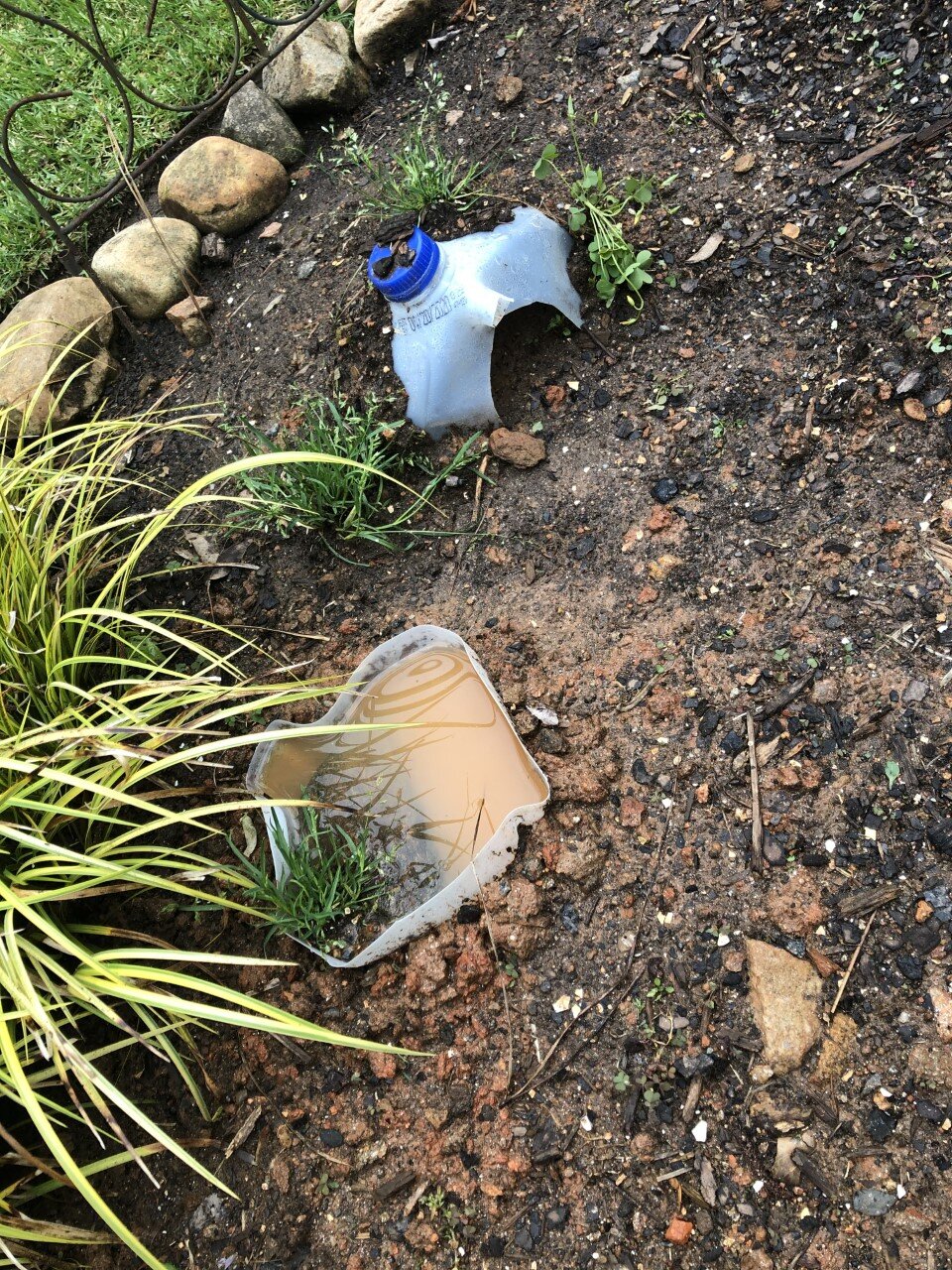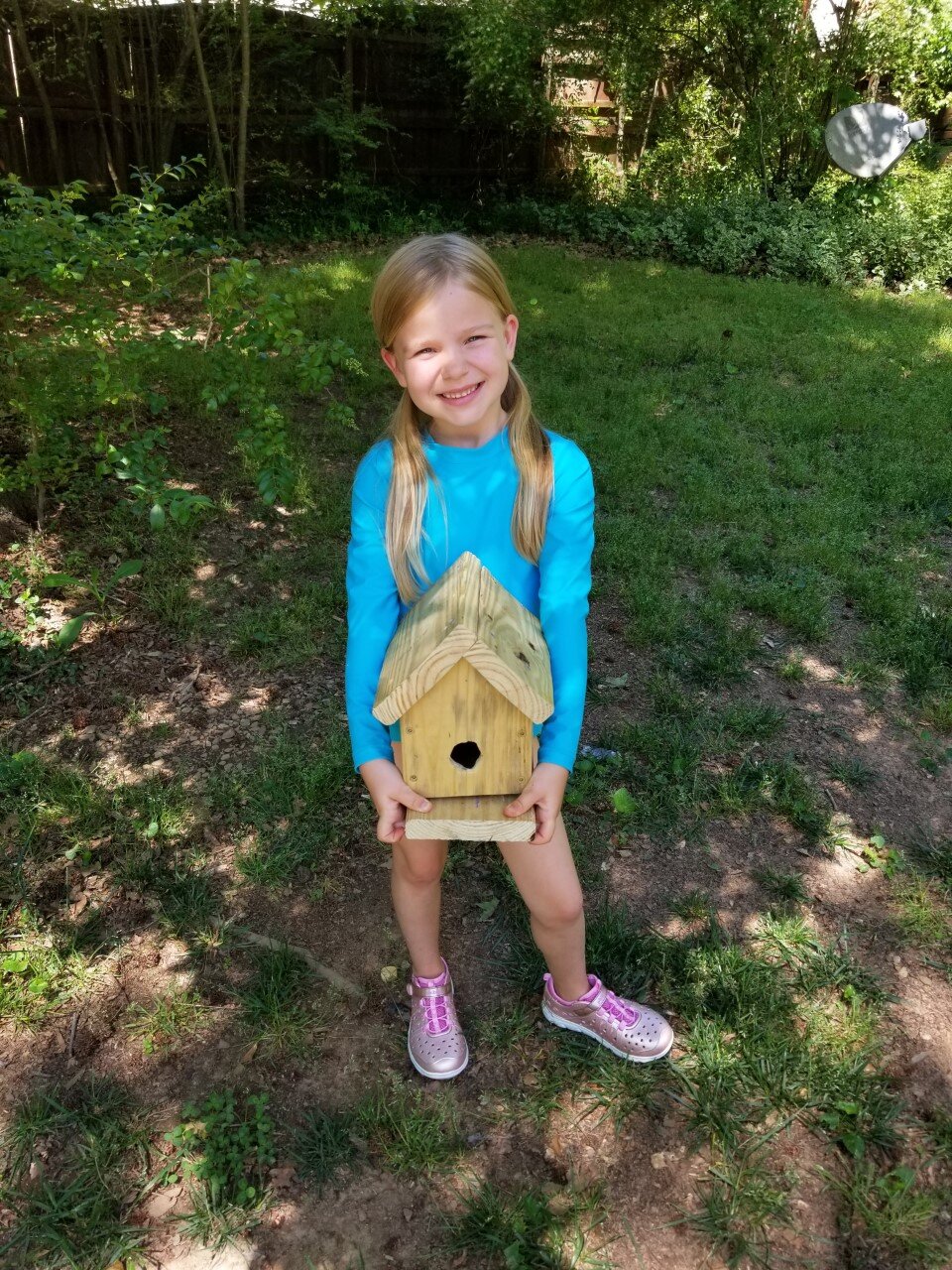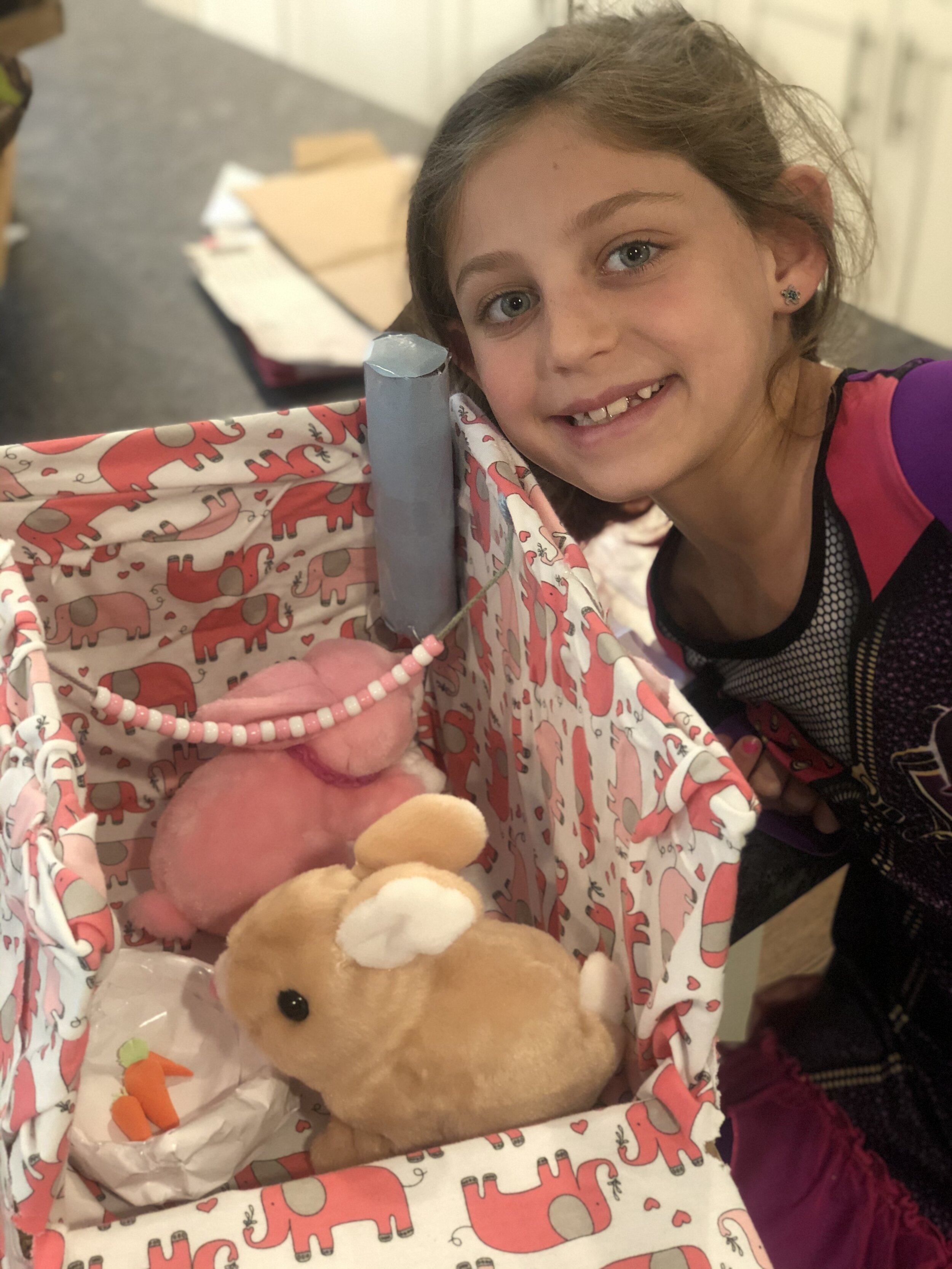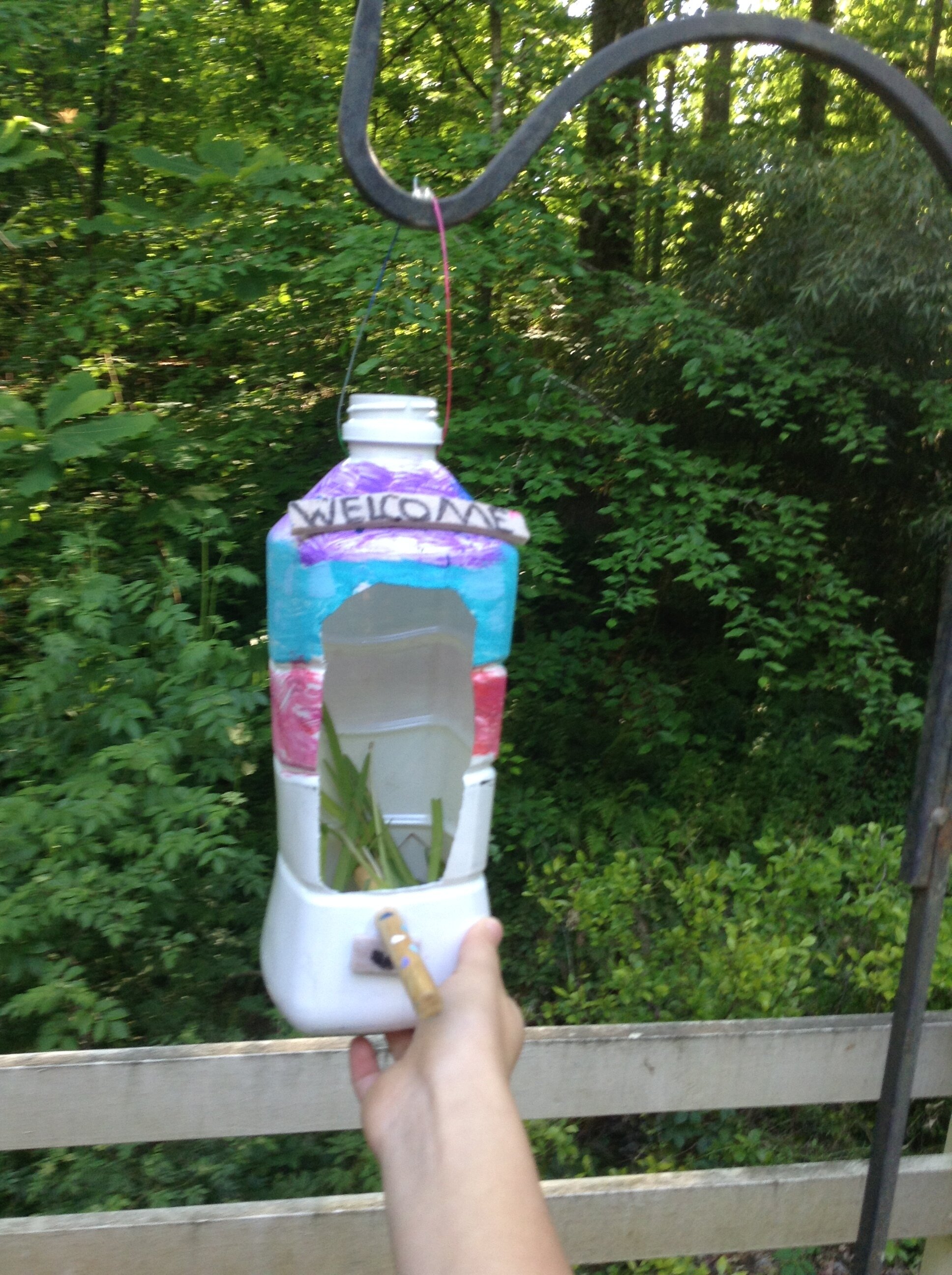Check out some of the lessons your students are completing in the Science Lab this Quarter!
Green Paws, Winter Session, Week of 2/8/21
Welcome to the Winter Session!
Field Trips: We had such a great time hiking at Sope Creek National Park this weekend! Follow me on Instagram (@trittscience) and Facebook (@Green Paws) for even more pictures.
Keep March 14th on your calendar for our next weekend adventure!
#WaterWednesday: There are two opportunities to meet up this week, Noon and 3:30PM, for the Seed Swap. Next week we’ll be doing test to figure out the nutrient level in our garden beds.
eARTh Project: We still haven’t decided between these two ideas: 1) Decorating the stone pavers at the front gardens; or 2) Mushroom themed seats for the Enchanted Woodland Trail we created last Fall. What do you guys think? I’m open to suggestions!
Environmental Engineering: Music Chimes for the Nature Trail / Garden! We’ll work on these throughout the season. Do some research for natural-made or upcycled wind chimes :-)
Seed Swap: Time for the first ever Green Paws Seed Swap! We have seeds for 17 different lettuces and other greens coming our way! Thanks for being so creative in your choices yall.
This Wednesday we’ll be planting some seeds in trays to start off in the Science Lab indoor greenhouse! After the break our lettuces and greens will be moved to the new Nature Nook greenhouse. In about a month they’ll be planted outdoors here at Tritt and at Crossroads!
Seed-to-Stomach: Let’s get cooking! Send Mr. Giunta your suggestions for Zoom meals!
Rocks and Rolls!!! (Kindergarten)
Kindergarten is studying rocks this quarter, as well as pushes and pulls (forces); culminating in a model rock mover creation!
Garrett:
Rinehart:
Tommasello:
Wiggins:
Bower:
Smith:
Here comes the sun do, do, do (2nd Grade)
Second Grade is studying the patterns of sky during Science Lab this quarter; culminating in creating shade for the playground during recess!
Fleming:
Cervi:
Lupiani / Bourg:
Waters:
Smith:
Teuchert:
Shelter from the storm! (First)
First Grade is studying the needs of animals this quarter, including creating a shelter!
Fernandes:
East:
Moffett:
Paine / Davis:
Foote:
McElwain:
3rd Grade #TrittAtHome - Science Lab Lesson 3
We read that Mylo, Suzi and Angelina weren’t finding the animals they expected to see at the creek by their school. But just how closely did they look? Sometimes the best indicators that a body of water is healthy are the smallest creatures: macroinvertebrates!
From Cobb County Water: “Freshwater macroinvertebrates include aquatic insects, worms, and other invertebrates with limited mobility that live on or within the sediment or other substrates in streams, rivers, and lakes. These organisms spend all, or significant portions, of their lives immersed in water, therefore, aquatic insects are particularly susceptible to localized short-term water quality changes.
The population size and population structure of these macroinvertebrates respond to the effects of acute and chronic pollution as well as changes in the physical environment; therefore, macroinvertebrates serve as continual monitors of environmental quality.”
These macroinvertebrates serve as bioindicators. What is that? Check out this video from the St. John’s River Water Management District to learn more. (Fun fact: These guys were right down the street from where I went to college).
I went on a hunt for macroinvertebrates in creek behind my house! What did I find? Is my creek healthy?
Open this Aquatic Macroinvertebrate Field Guide for Georgia's Streams to try and figure out what I found. Be sure to put your guesses in the comments below!
Family Art Project:
Create your own macroinvertebrate with all the built in adaptations necessary for it to survive in its habitat! Download this PDF for material suggestions and structural adaptation examples!
Be sure to share pictures of your creations (with a design key) with me via email and I will post them to this website!
3rd Grade #TrittAtHome Habitat Hike
Backyard Habitat Investigation
Take an outdoor walk around your neighborhood.. On the walk, observe local plant life, animal life, water sources, and the land around you. Take photographs and record your observations in a journal or piece of paper. Reflect on the outdoor walk with your classmates in the comments below. Consider these questions:
What plant and animal life did you observe?
What type of water sources are available for the plants and animals?
How would you describe your local area?
Are all areas around the world the same? Why do you think this?
Think of one organism you observed on the outdoor walk. Create a concept map of that organism’s basic needs. Email your concept map to Mr. Giunta or your classroom teacher.
For my concept map below I listed the basic needs of a Cooper’s Hawk from my backyard, and then showed how it overlapped with a Barred Owl. I used the Popplet app, but ShowMe is another good one, and of course colored pencils and paper do the trick!
Family Extension:
Discuss your favorite animals. Could you keep them as a pet in your own home? How would your home be a good or bad habitat for that animal?
If you could live in any habitat, where would you choose to live? Why would you live there? What would you need to survive in this habitat?
The first Science Olympiad game is up: Barge Building!
Are you a 3rd thru 5th grader who loves STEAM activities! Sign up to be on the Science Olympiad team for access to fun engineering projects and science experiments all school-year long. These are great activities for asynchronous learning days, rainy days, holidays, or any day!
Visit the Science Olympiad page from my Home page for more information!
Green Paws: Fall Session, Week of 12/7/20
#WaterWednesday: This Wednesday we’ll be meeting at Tritt from 11:30-12:30. There is no sign-up, just meet at the front gardens. We’ll be working on one last art project, a waldgeist, to decorate the new Enchanted Woodland Trail we created last Saturday.
Next Wednesday we’ll visit the Crossroads Garden for the last time this calendar year, and hopefully we’ll be able to pick the cabbage!
Seed-to-Stomach: Save the date - Wednesday, December 16th at 5pm.
Fairy Houses: Your projects came together so nicely! Take a look at some of the completed projects below. If you haven’t completed one, it isn’t too late - they would make a great addition to our Nature Trail :-)
What's red and smells like blue paint?
What is red and smells like blue paint?!
Red paint! Kindergarten looked for opportunities to learn about engineering from fairy tales: houses from The 3 Little Pigs, boats from The Steadfast Tin Soldier, and towers from Jack And The Beanstalk. Once we had a pretty good idea of the properties of materials, we designed, built and tested our own unique painting tools!
Garrett:
Rinehart:
Tommasello:
Wiggins:
Bower:
Smith:
Can you hear me now? Emergency Signals in 1st Grade.
First Grade is creating an ‘emergency signals’ for students lost in the forest out materials you might have backed for a hike. They studied vibrations, shadow and reflections in order to use Light & Sound!
Fernandes:
East:
Moffett:
Paine:
Foote:
McElwain:
The landslide brings you back. Erosion in 3rd Grade.
Third grade has been studying earth sciences: watersheds, rocks, soils, fossils and weathering & erosion. For our design challenge, students collaborated to prevent a landslide from taking out houses on a hillside!
Cook:
Gillespie / Levetan:
Love / Adams:
Lamphere:
Baer:
Herman:
Six Experiments in Sixty Seconds, Part III
Check out what our Tritt students are learning during Quarter 2 in the Science Lab!
Okefenokee Adventures
This weekend I took a trip to Okefenokee Swamp down in south Georgia! It was my first time visiting there. I was able to paddle about 20 miles with some friends from the Georgia River Network. Here are some of my pictures!
We saw really cool carnivorous. plants ones that don’t get enough nutrients from the soil, so they capture and dissolve small insects! We also saw lots of flowers, towering cypress and billowing Spanish Moss.
We also saw a lot of wildlife! Woodpeckers and Catbirds, turtles and snakes, and lots of Alligators!
Six Experiments in Six Minutes: Part 2
Check out what we are up to in the Science Lab this week! Two versions: six minutes, and sixty seconds!!!
Green Paws: Summer Session, Week of 9/14/20
Hey there Green Paws kiddos! Take a look below to see what we are up to this week!
Kitchen Experiment: Send in your recipes for EGGPLANT!!! This purple fruit gets its roots from India and east Asia, where it is often used as a meat substitute for its ability to soak up fats, sauces and flavors , but is also popular in Mediterranean dishes like baba ghanoush, ratatouille and parmigiana.
#WaterWednesday: Meet at our Crossroads plot (on Post Oak Tritt Road, between Johnson Ferry Road and HTMS). Sign up here: https://www.signupgenius.com/go/30E0D4DA4AC29A2F94-waterwednesday1
This week we are watering / weeding, but next week we’ll plant seedlings for our Fall crops.
Environmental Project: Build your own Beaver Dam! Last week we looked at water wheels and how they create energy for people to use, but as we saw at Vickery Creek, a water wheel needs a steady supply of water - in that case, from a dam. Of course, we aren’t the only animals that engineer dams. Watch the video below and then follow this link to complete the beaver dam challenge at home!
Save the Date: It was wonderful to see so many of the Green Paws in person over the weekend for our Vickery Creek field trip. We’ll have one more field trip for this quarter on: October 10th. Sign-up to follow.
Water Wheel Results:
Six Experiments in Six Minutes
Check out what we’ve been up to in the Science Lab during our third rotation this quarter!
1st Grade #TrittAtHome - Science Lab Lesson 4
You all know that I love working in the garden! We’ve used science outdoors this semester to determine what plants need to grow (soil, water, air and sunlight). Did you know that there is a lot of math required in gardening too?
For example, on the back of the package for the Creel Crowder Cowpea I just planted it read: Sow seed 1 in. deep, 2 in. apart in rows 3-6 ft. apart, thinning to 4 in. apart. That is a lot of measuring!
To read more about growing field peas (aka Southern peas or Cowpeas) and to order heirloom varieties of southern fruits and vegetables, visit the Southern Exposure Seed Exchange.
I thought it would be fun to also measure the growth of these plants over the summer. We already mentioned that plants need light, sun and water; but did you know that depending on the plant it needs different amounts of those things compared to others. And they all grow differently. My field peas will grow as a vine up this red trellis. It will be easy to measure them this way, but you could measure any plant!
Are you growing anything this summer? Want to take the measuring challenge with me?! Send in your pictures and I’ll post them below!
Have you seen this snake?!?!
There is a large stack of bricks (hundreds) by the fire pit in my backyard. I put a piece of plywood on top so it could serve as a table. Well this spring I found an Eastern Kingsnake living in there!!!
A friend of mine is running a citizen scientist project to collect data on Kingsnakes. You can read more about her project here and download a flier here. She came out to collect data on the snake and take pictures, and then we moved it outside my fence to keep it safe from the dogs.
Having worked at the Chattahoochee Nature Center, I was able to identify it immediately as harmless. You can learn to identify snakes of Georgia too by visiting the Savannah River Ecology Lab website.
Green Paws Habitat Challenge - Shelter Results
I’d like to share your animal shelter designs and builds here, as well as any pictures or data you collect of animals!
Lia P created this design plan for the fox family living in her friend’s backyard!
